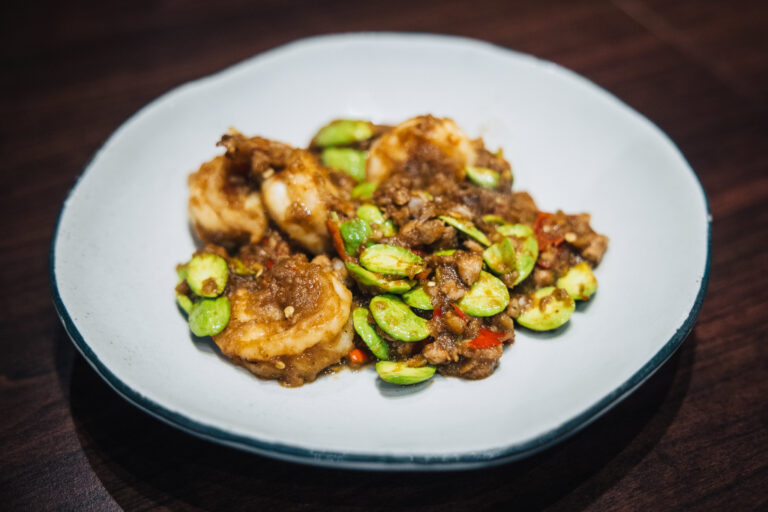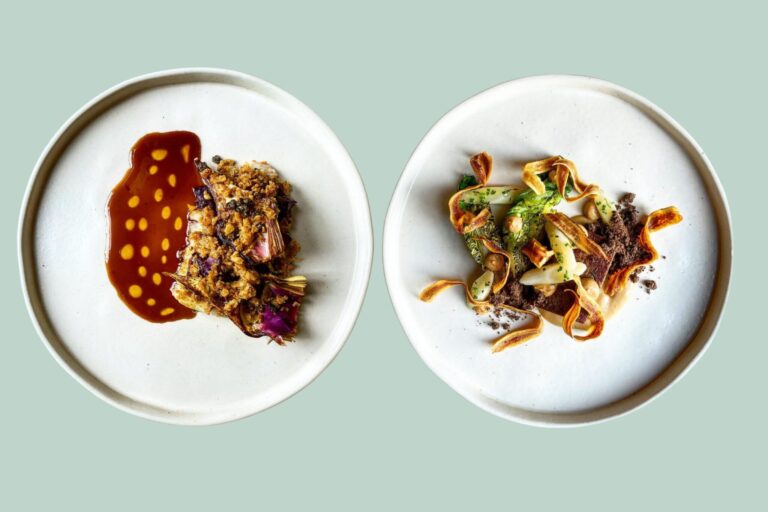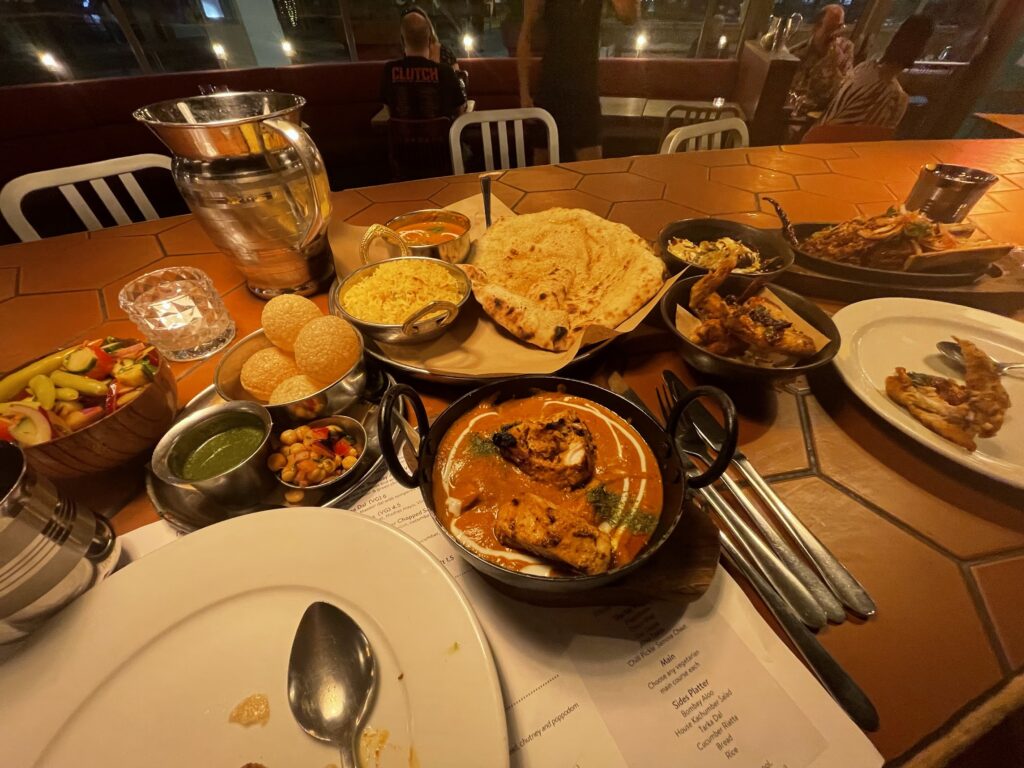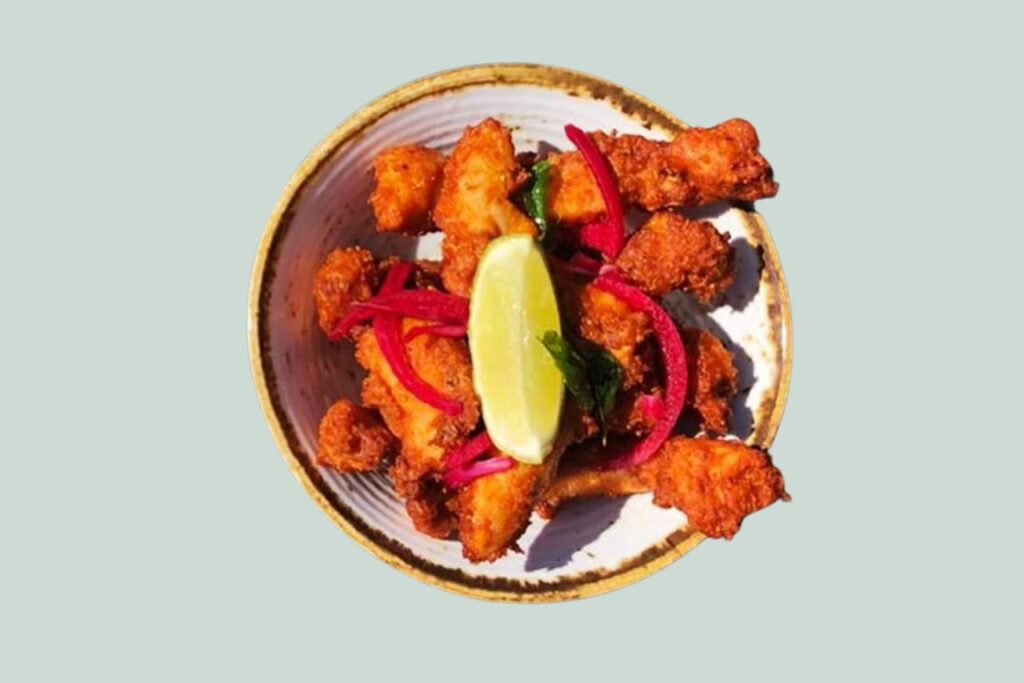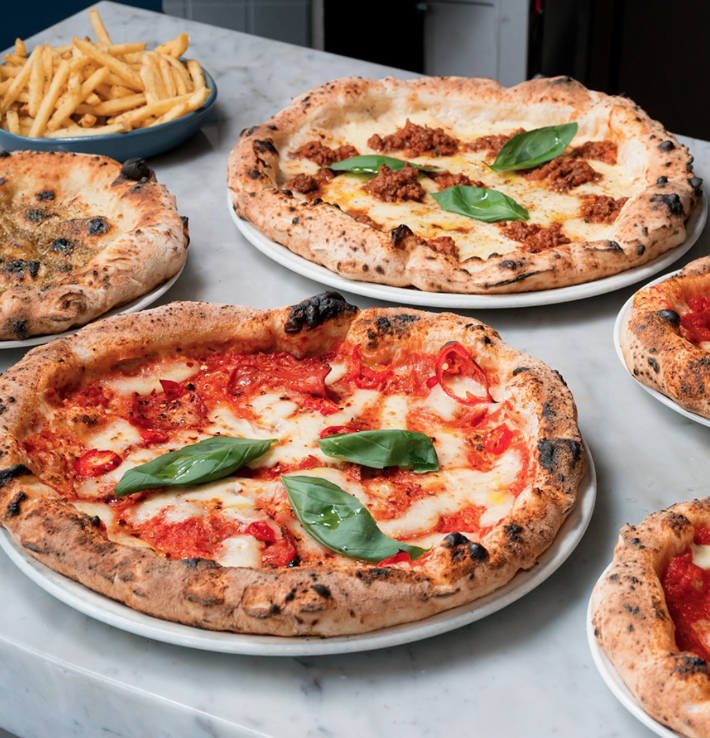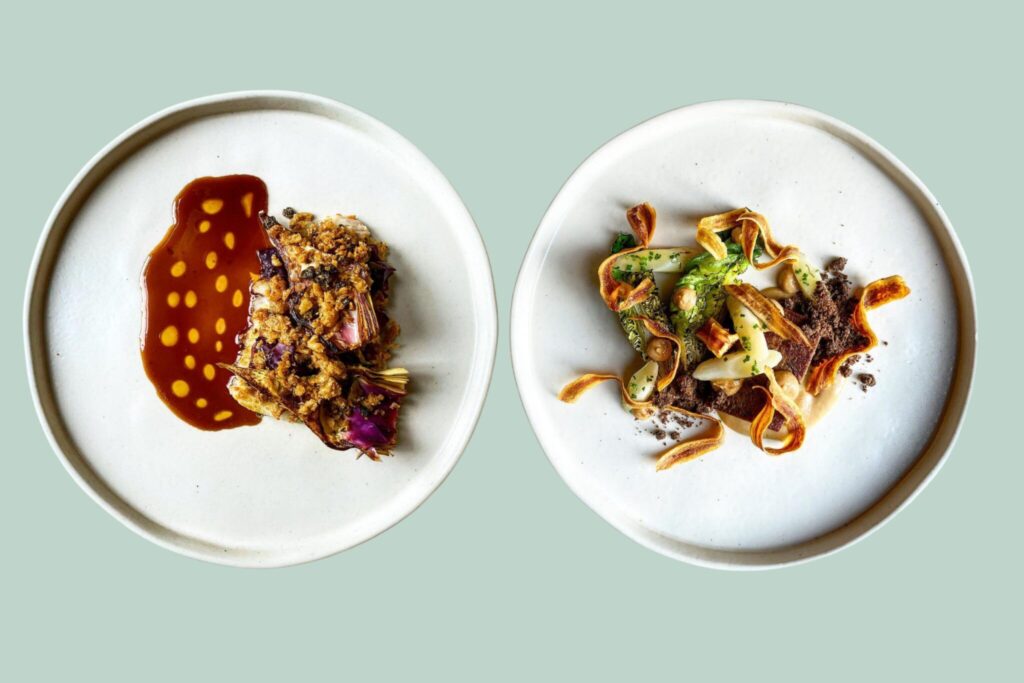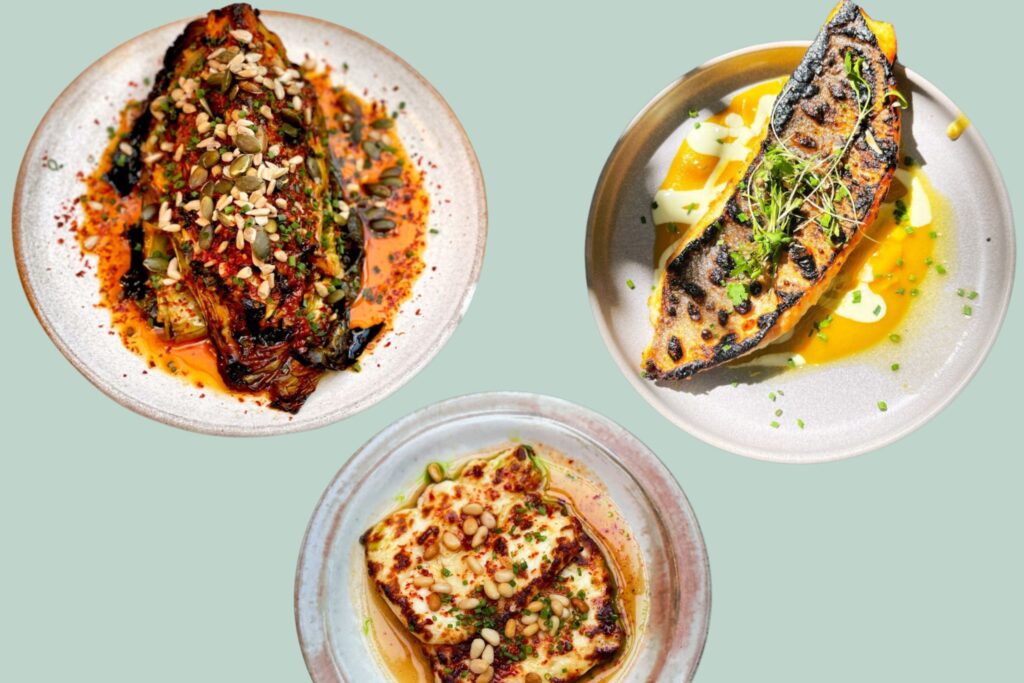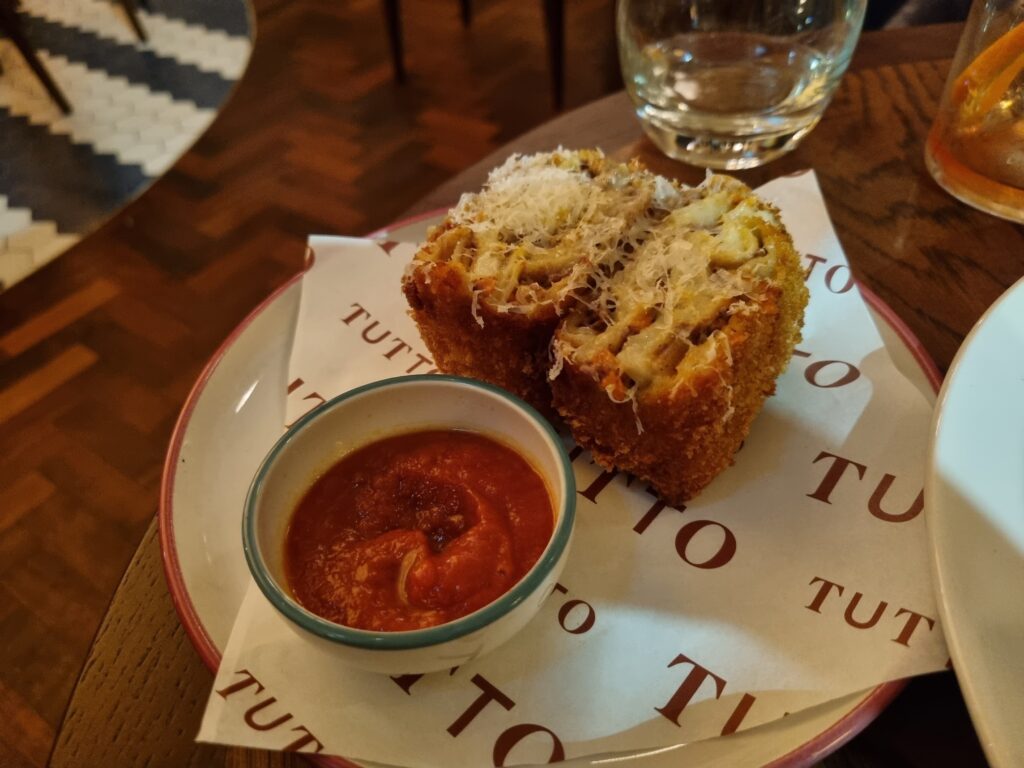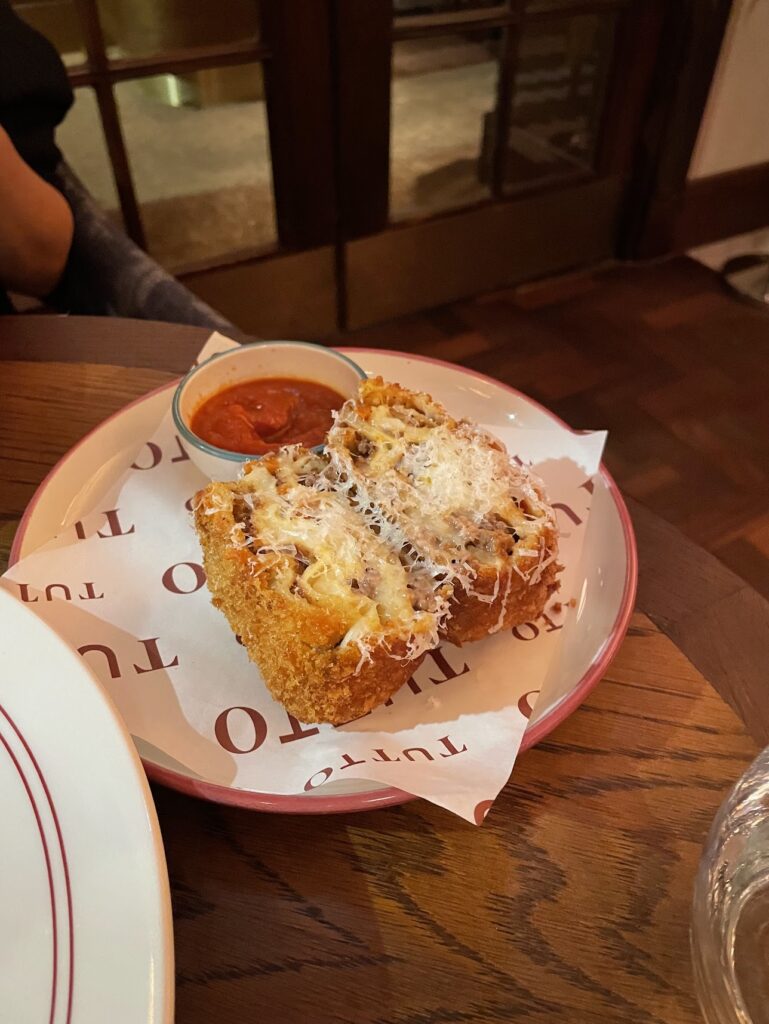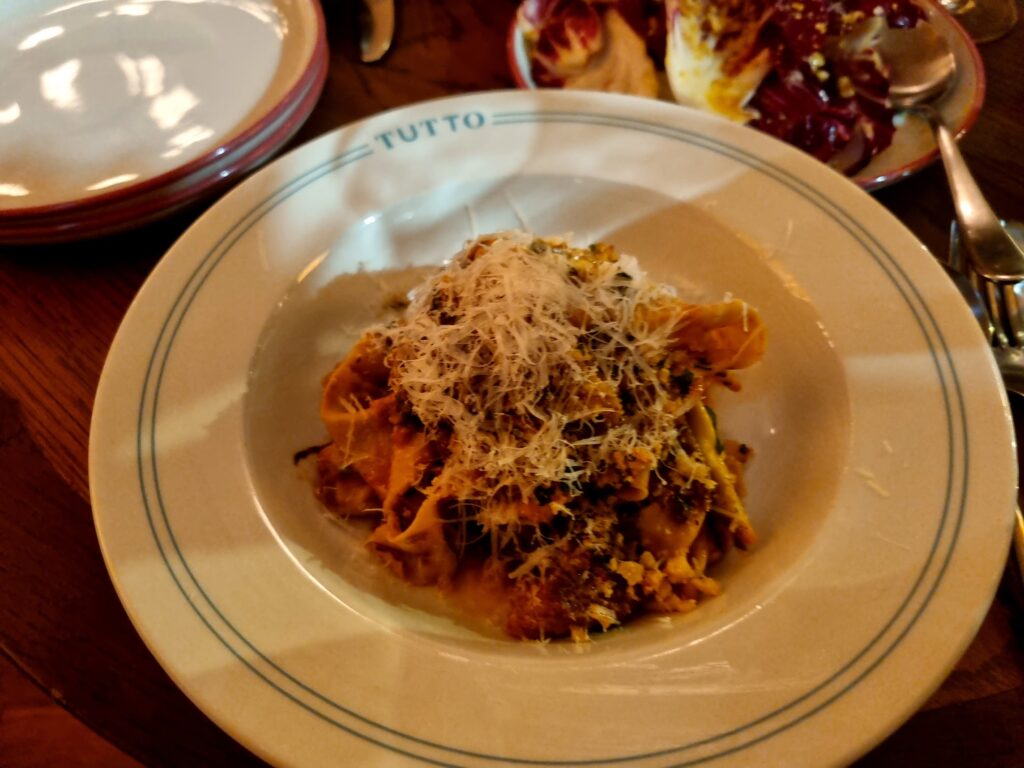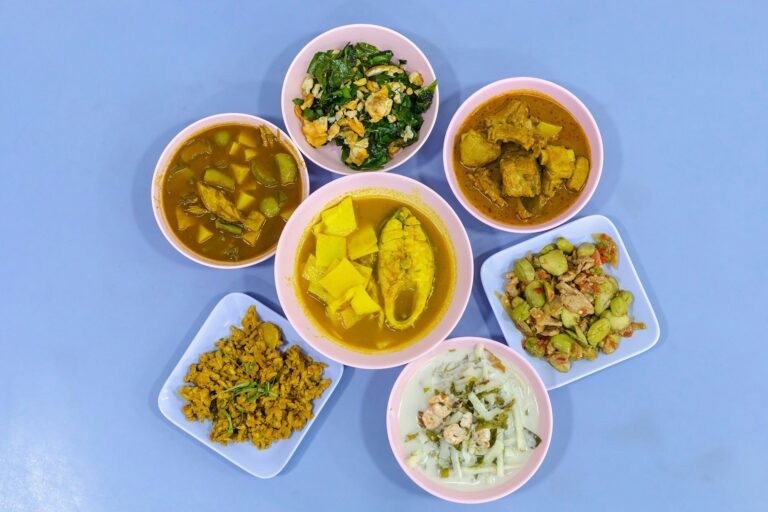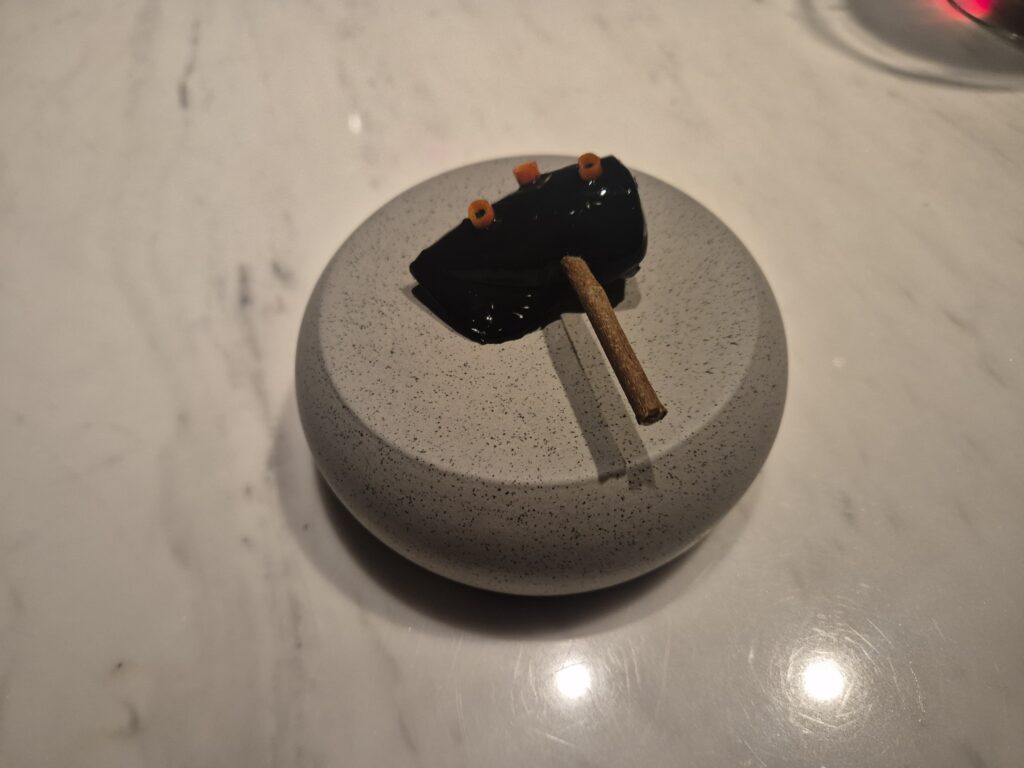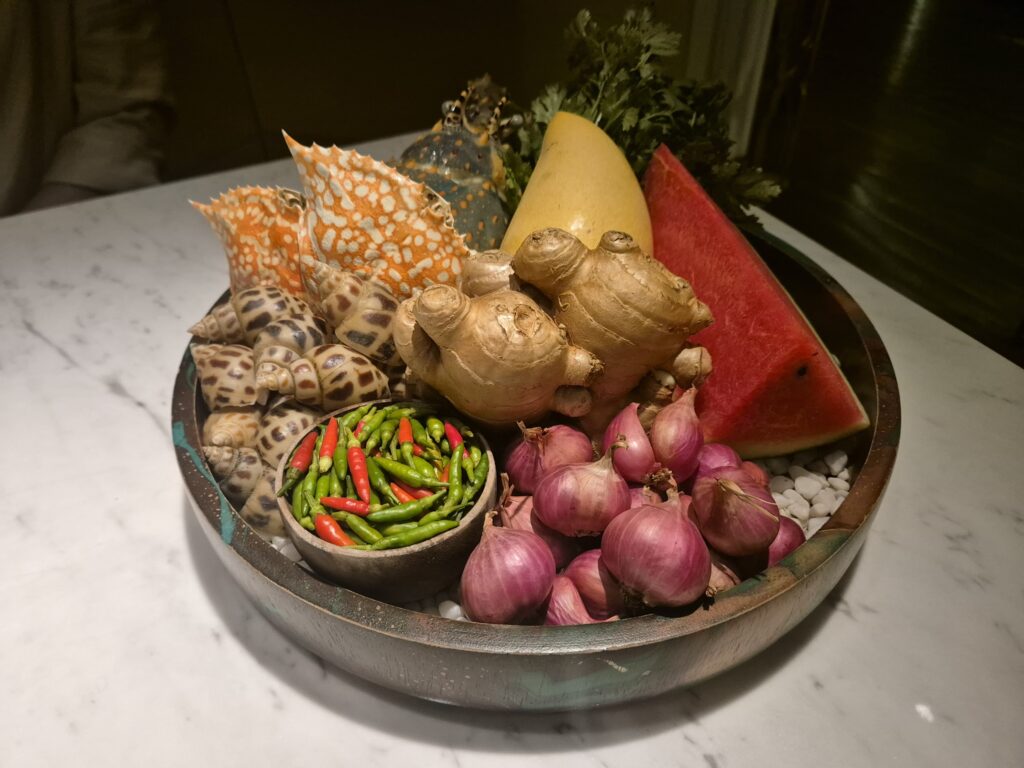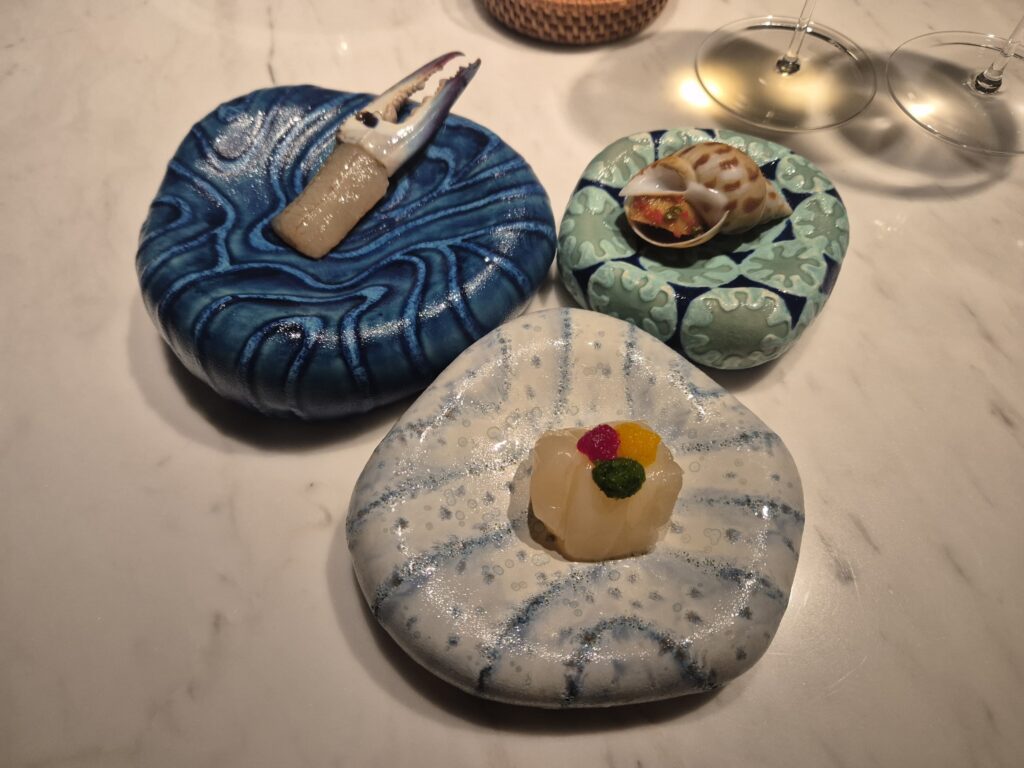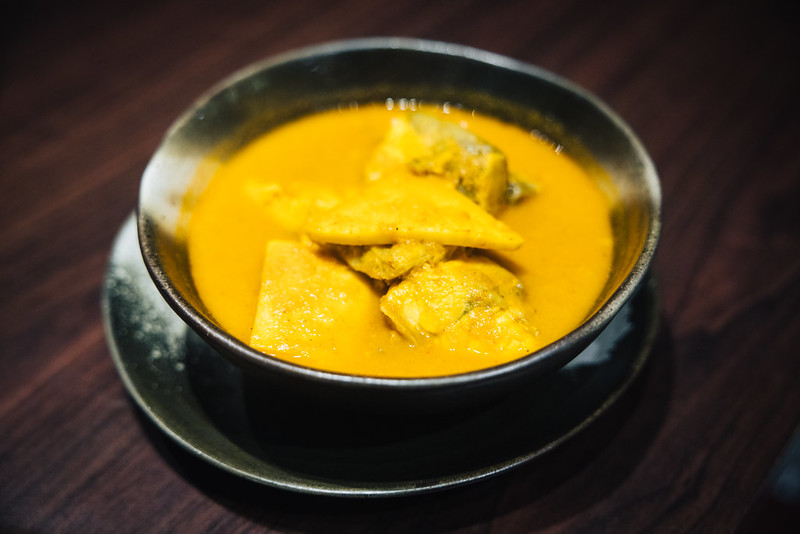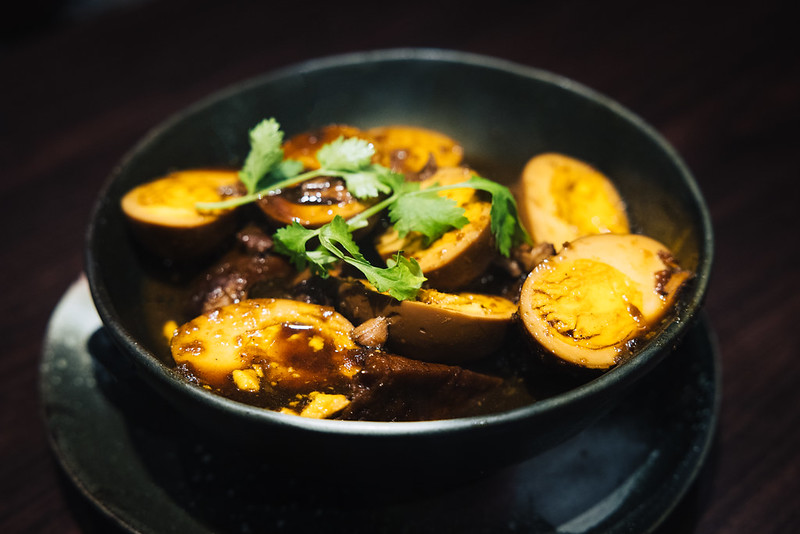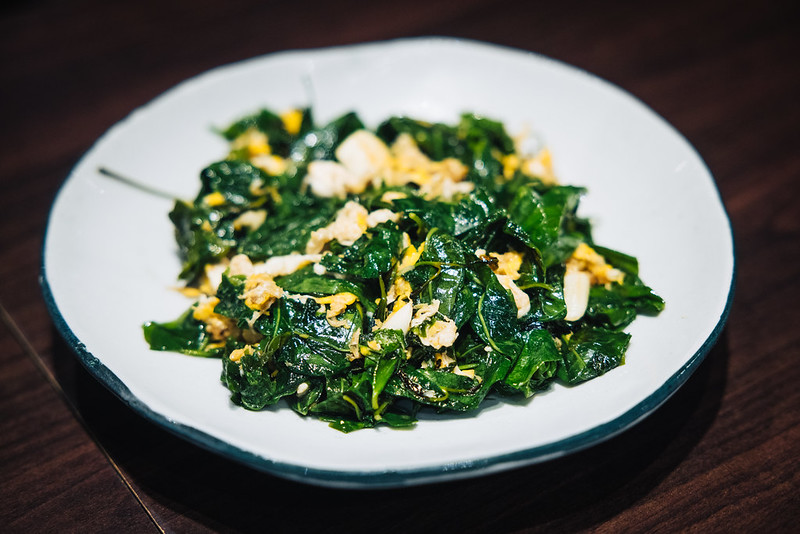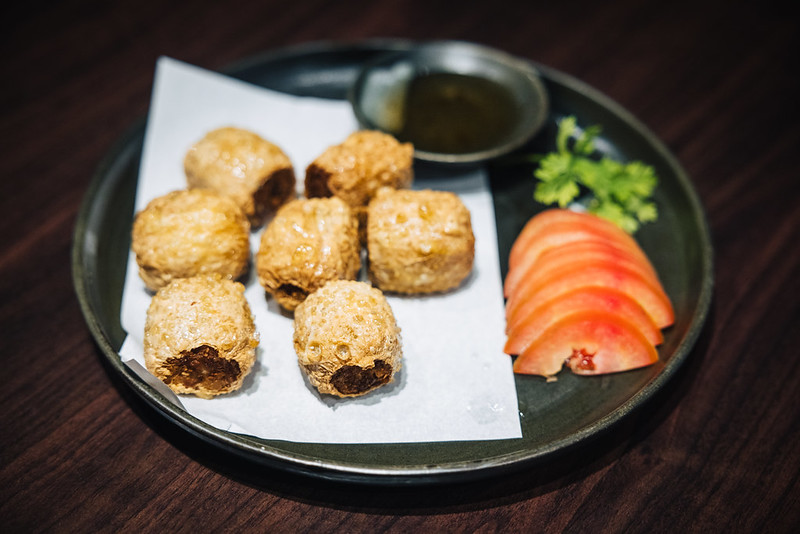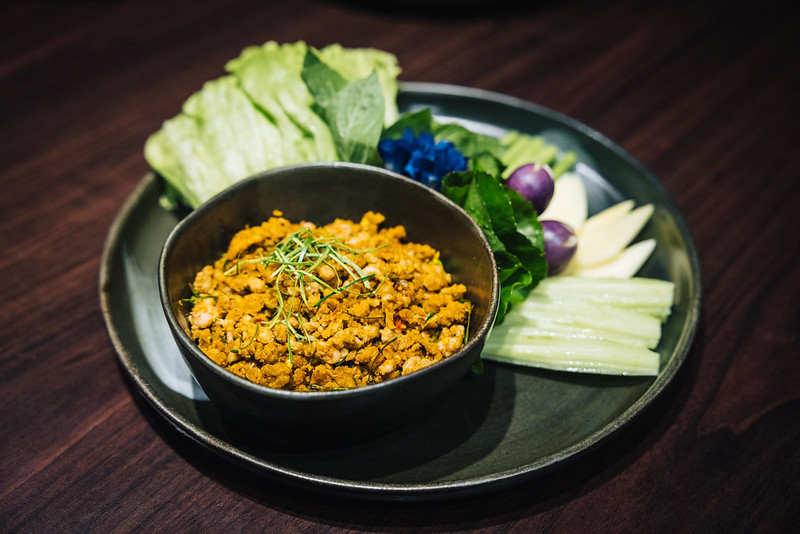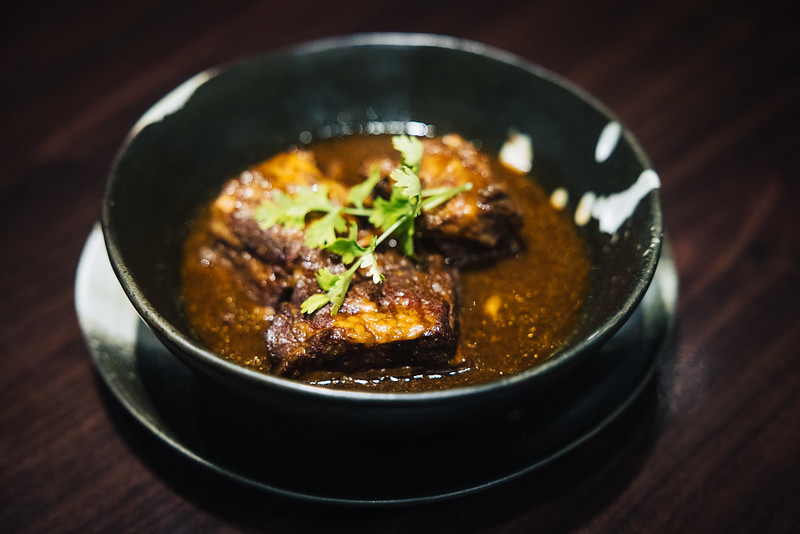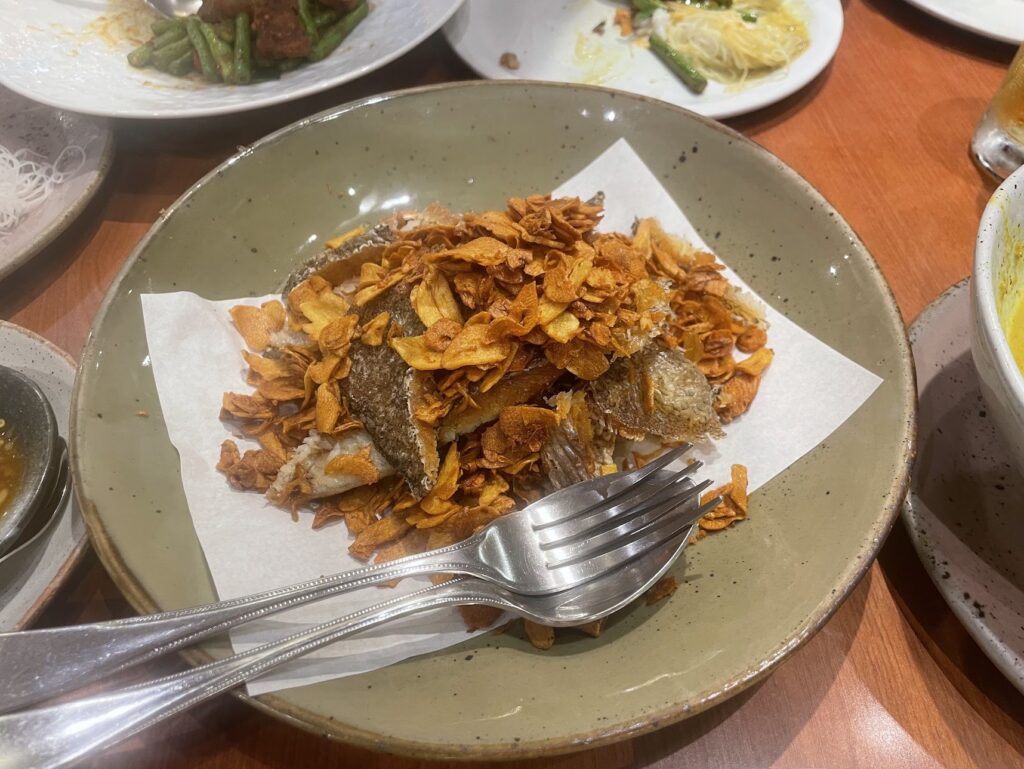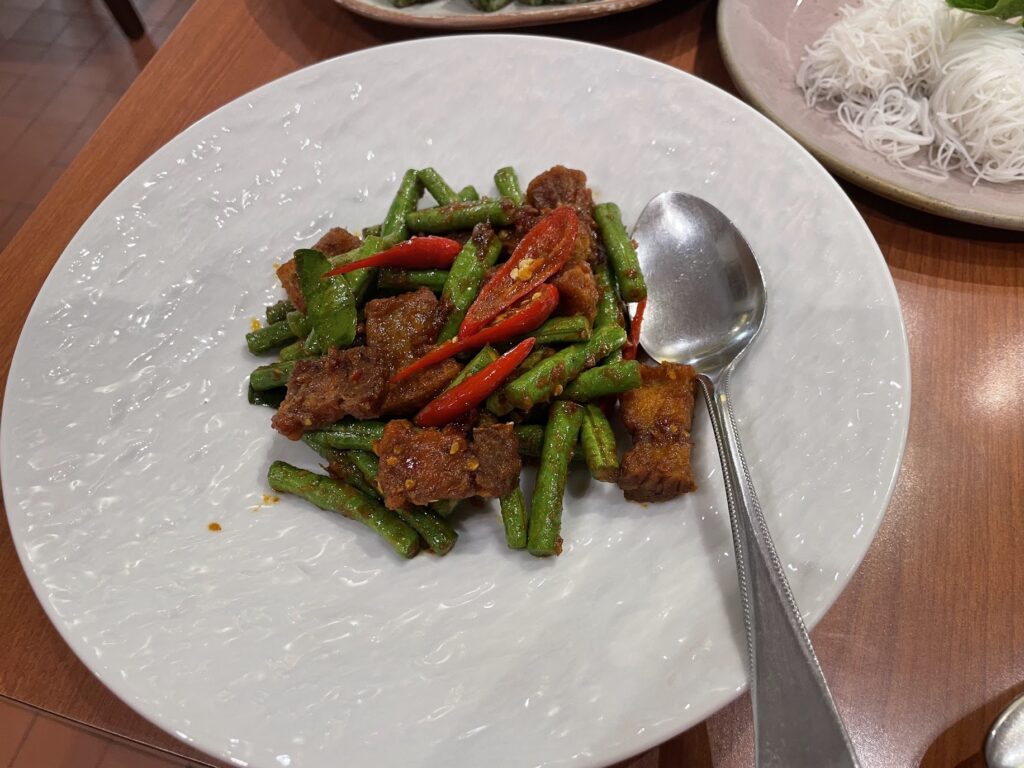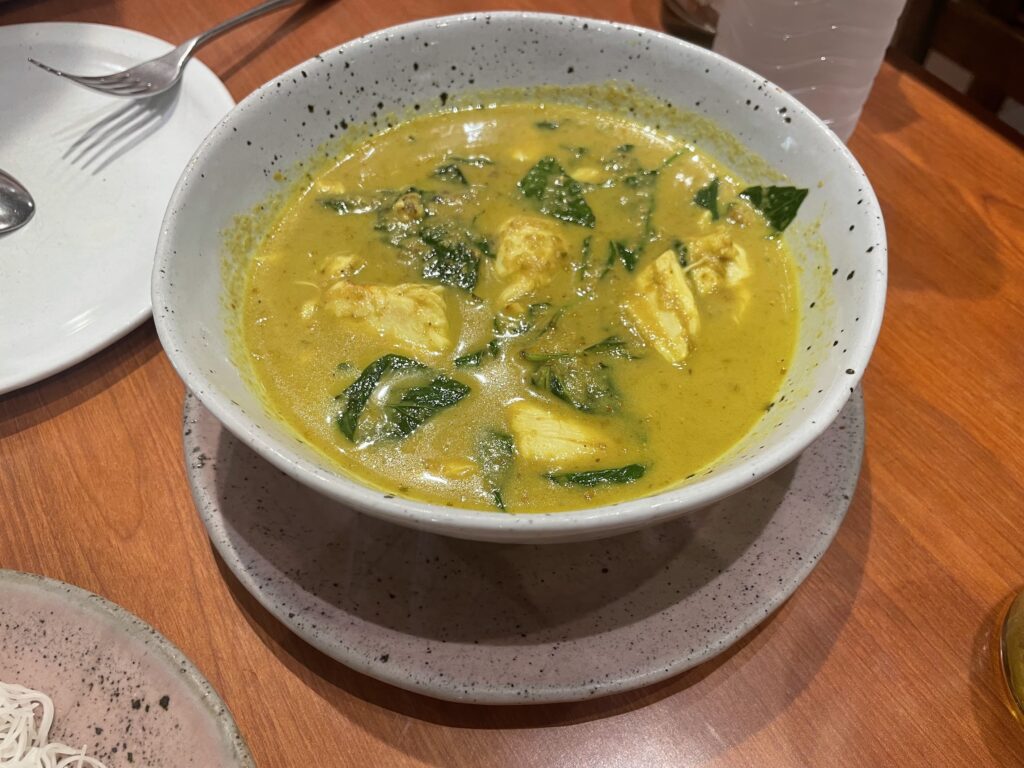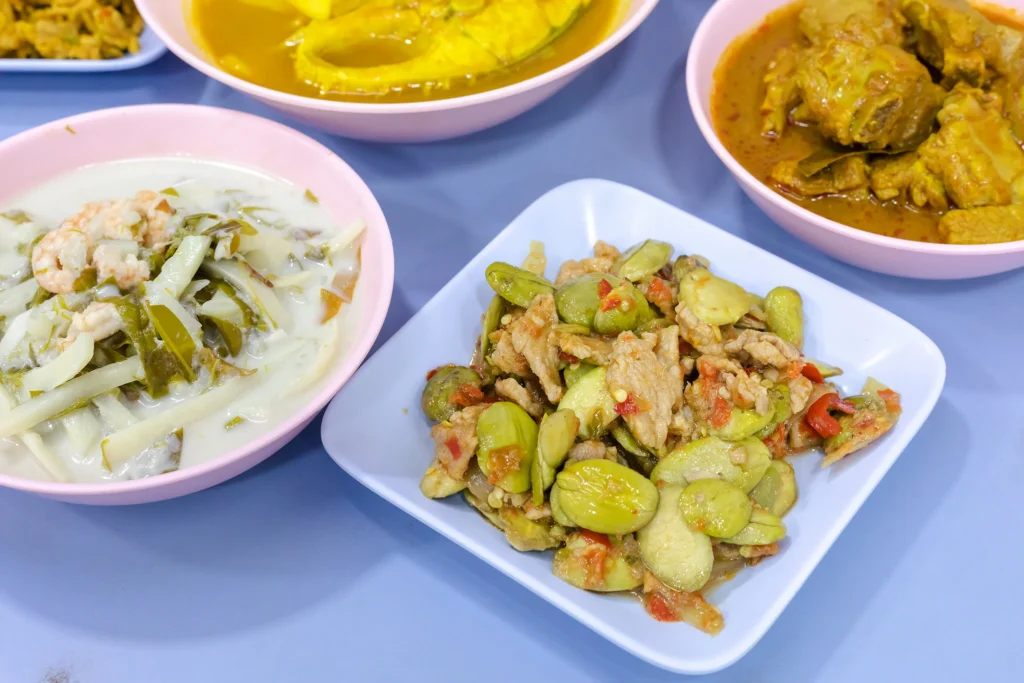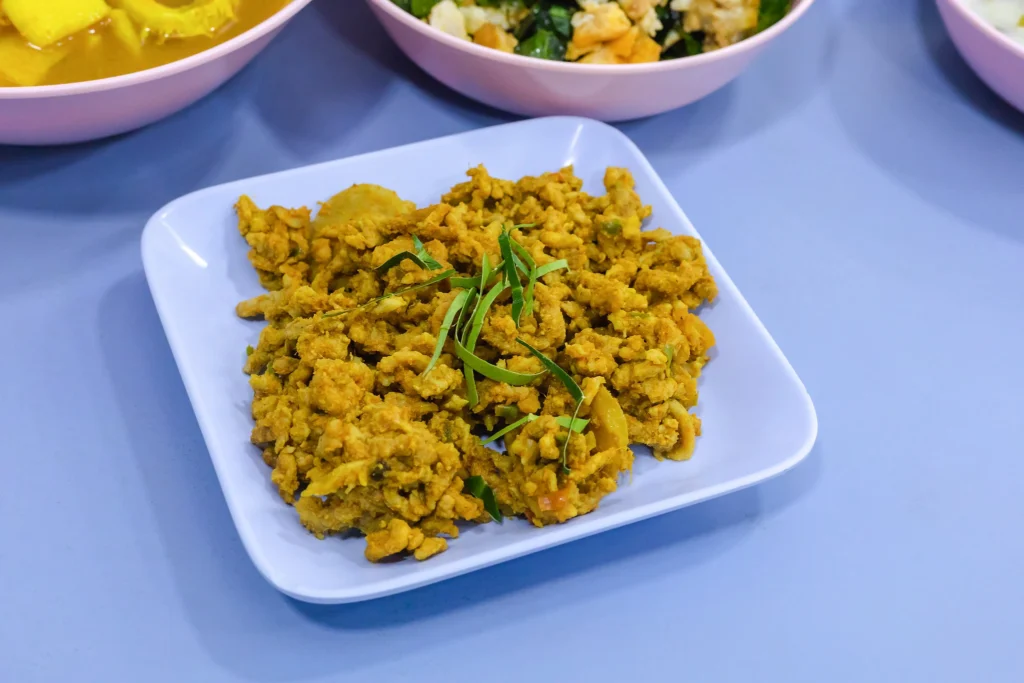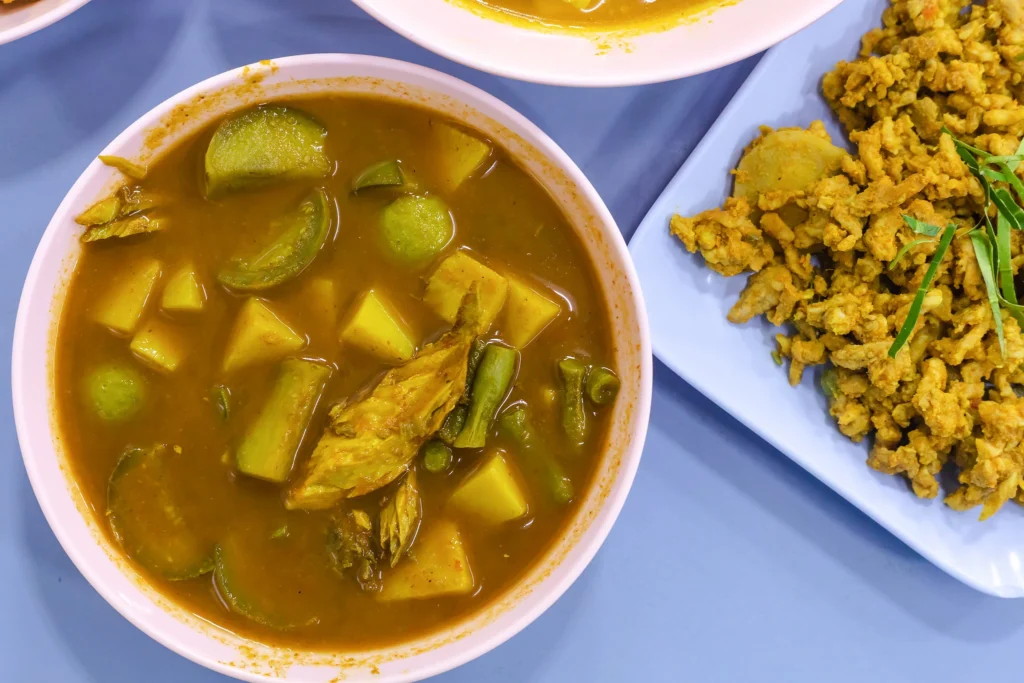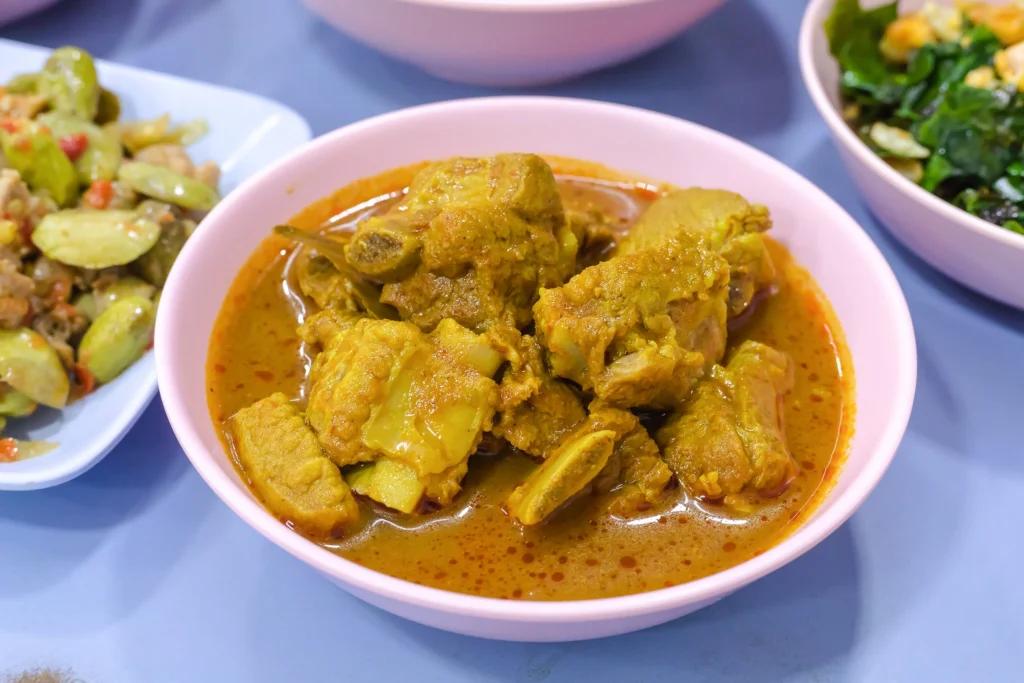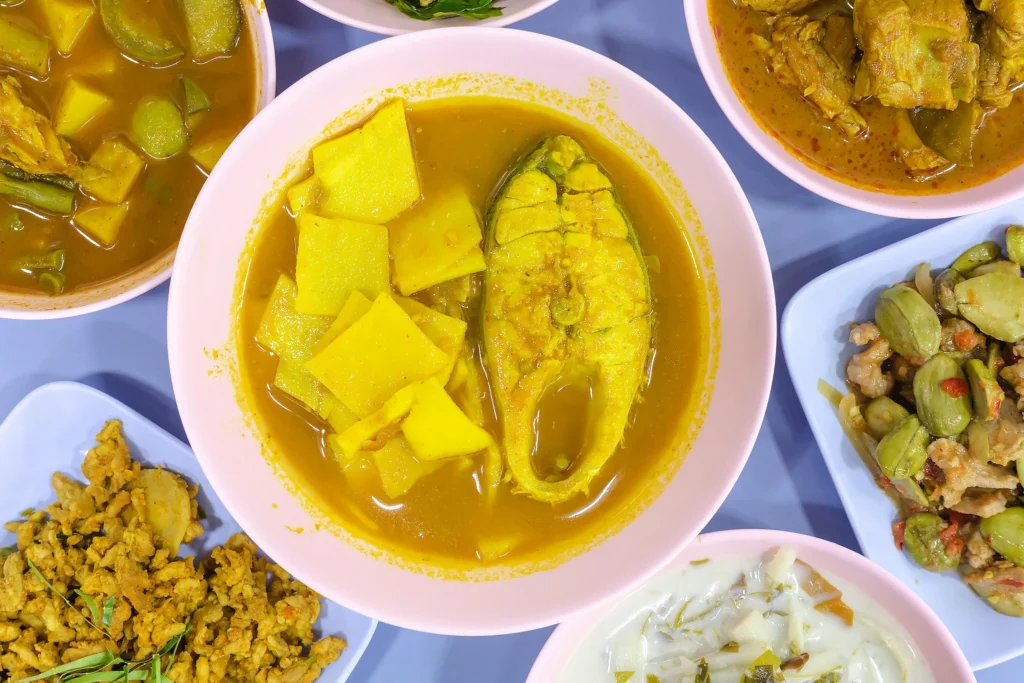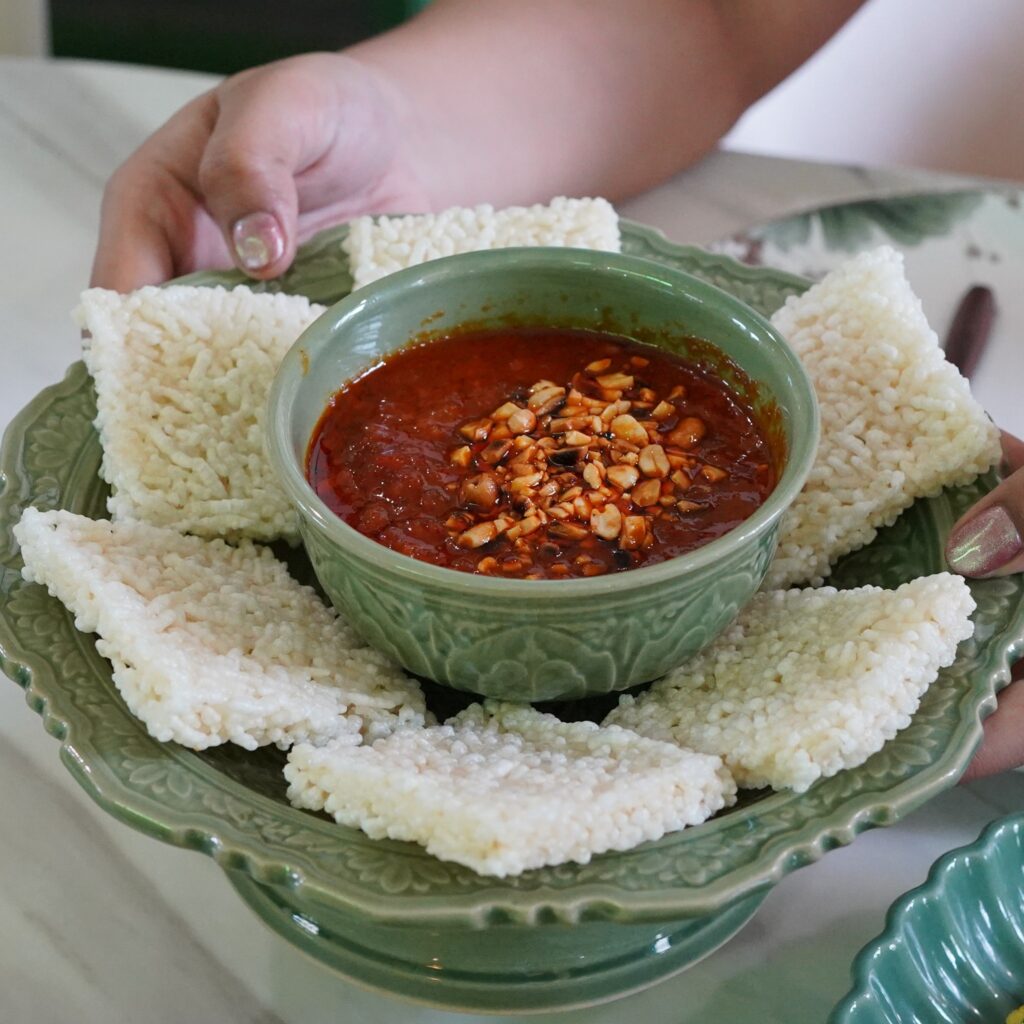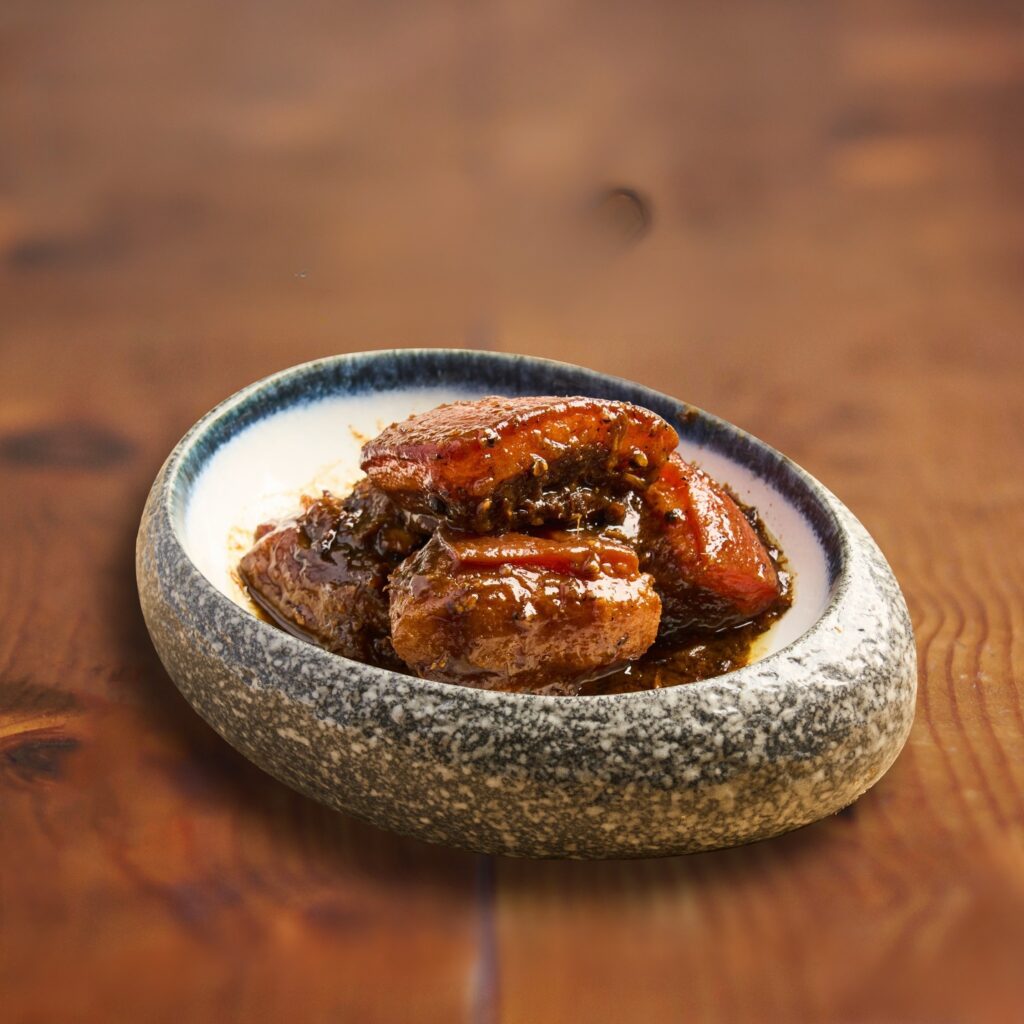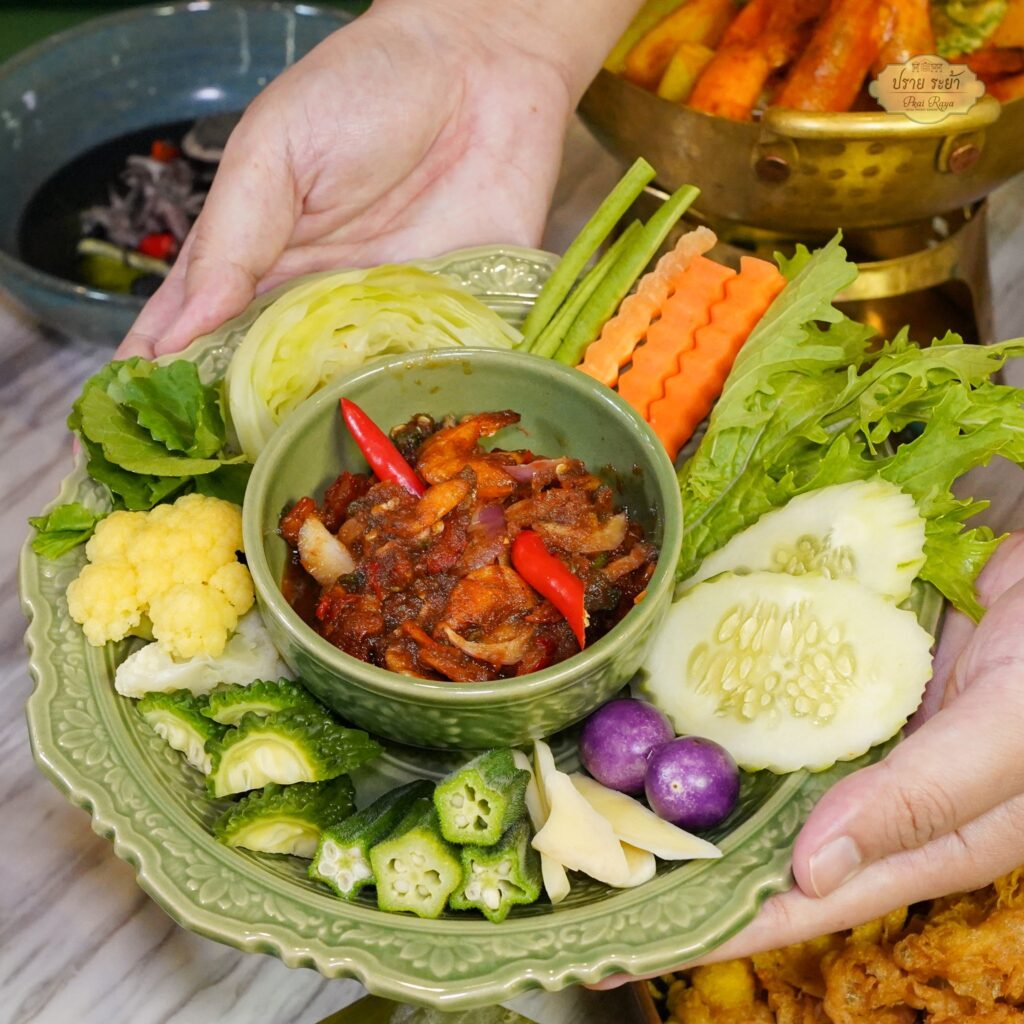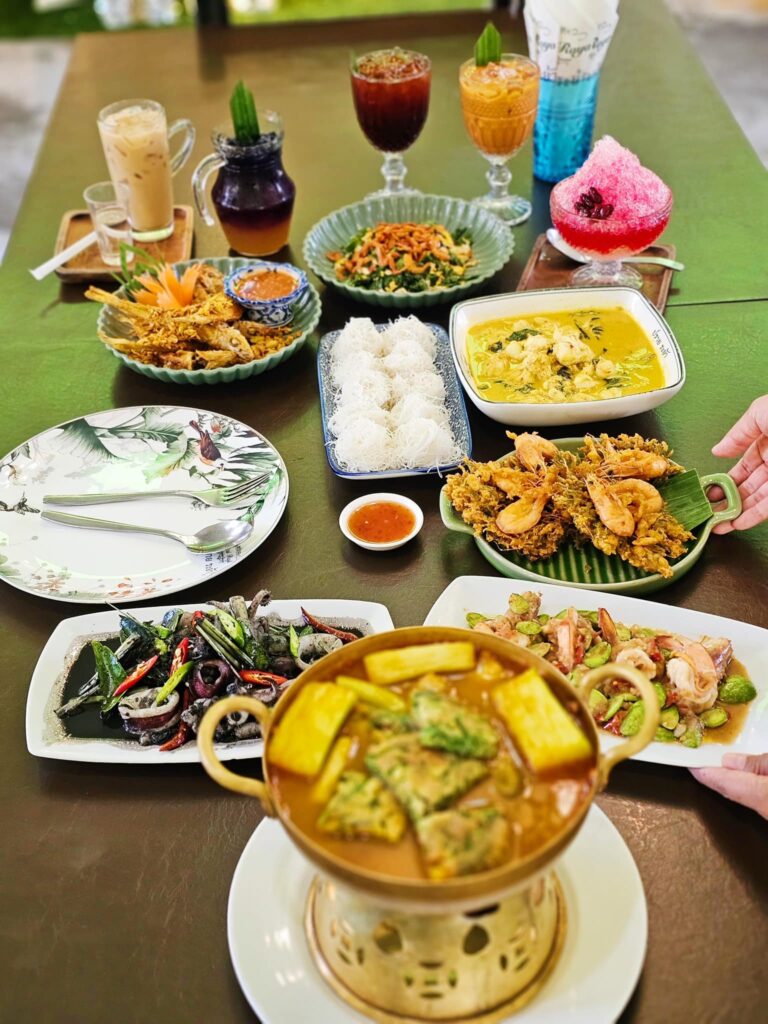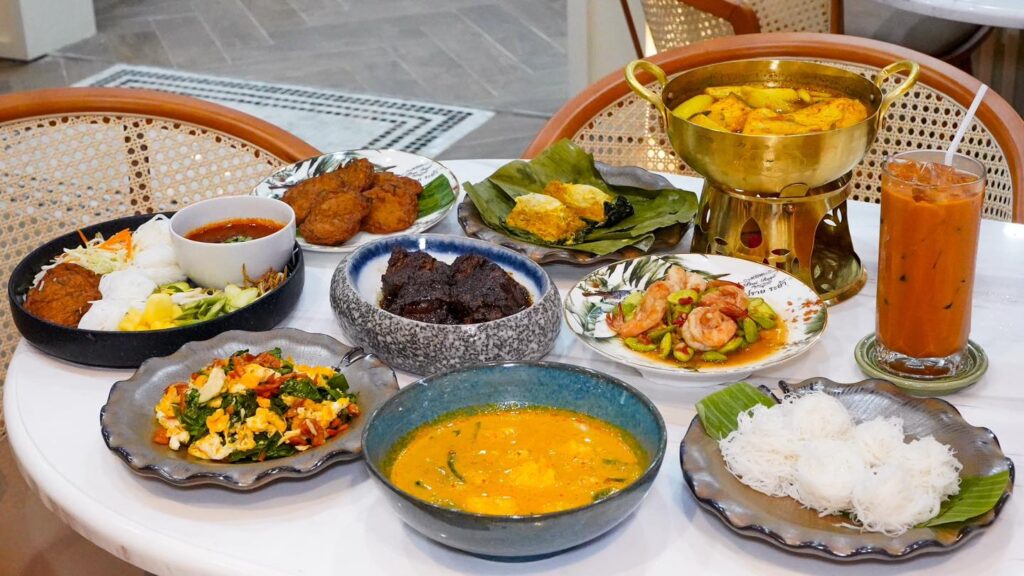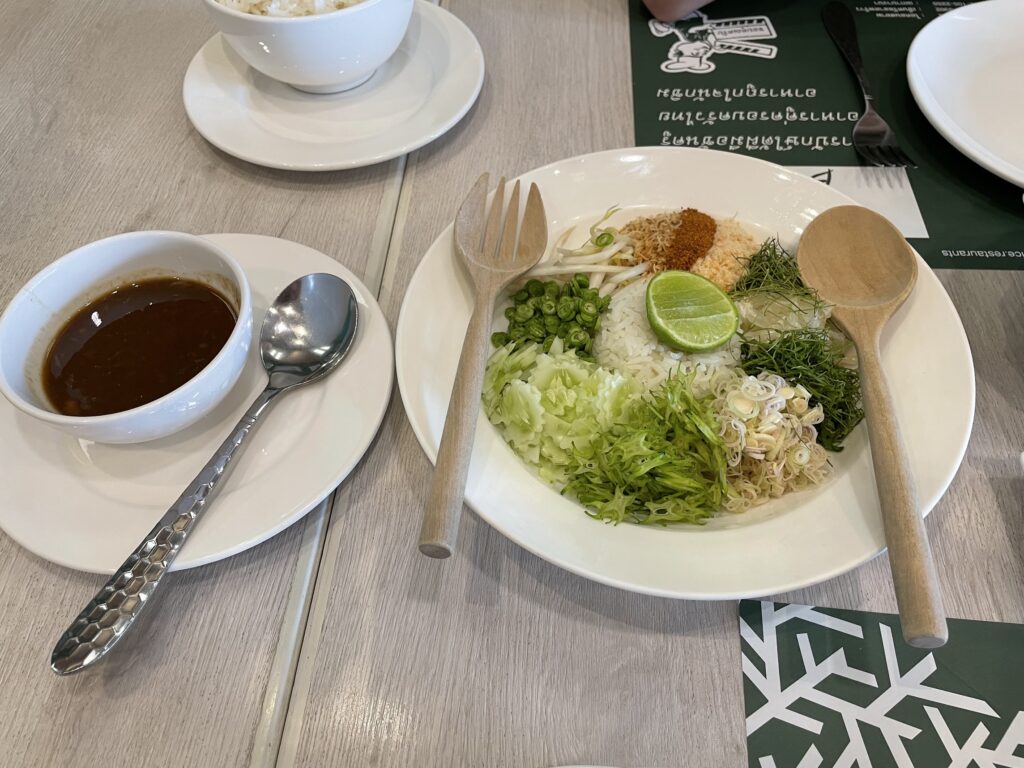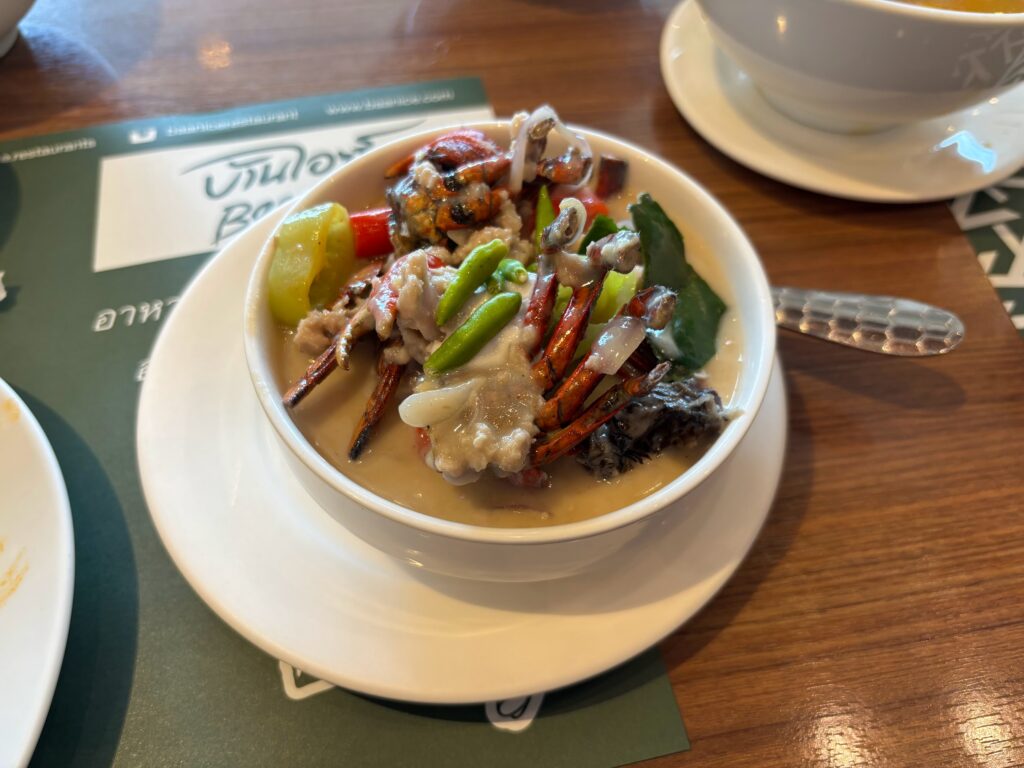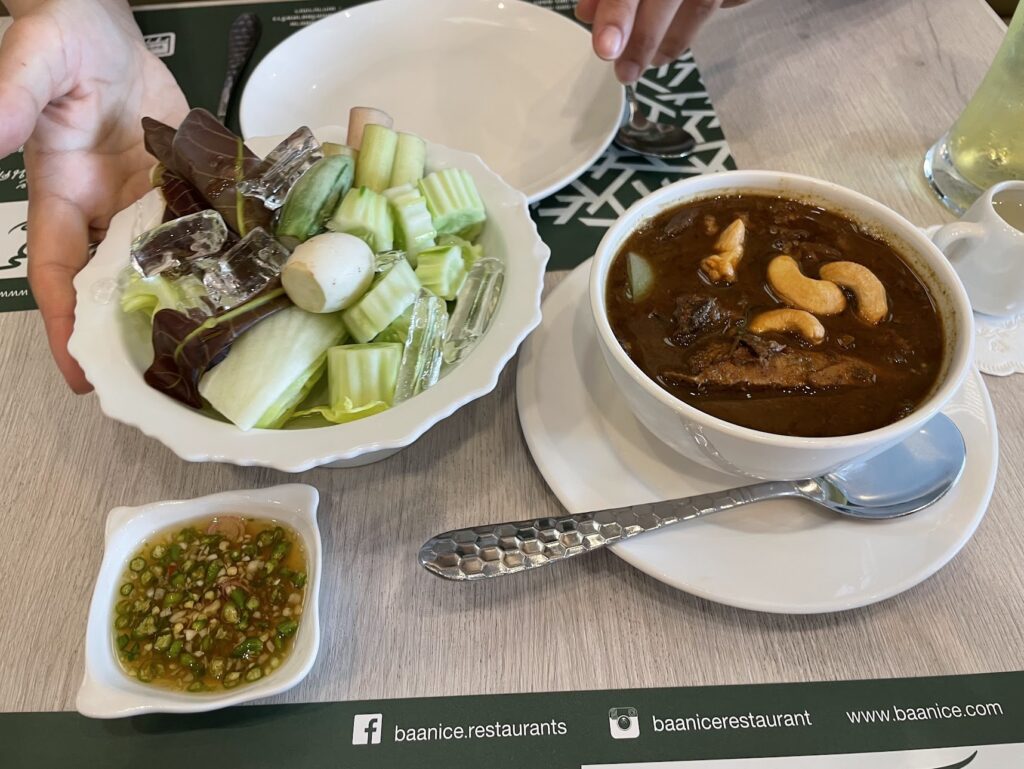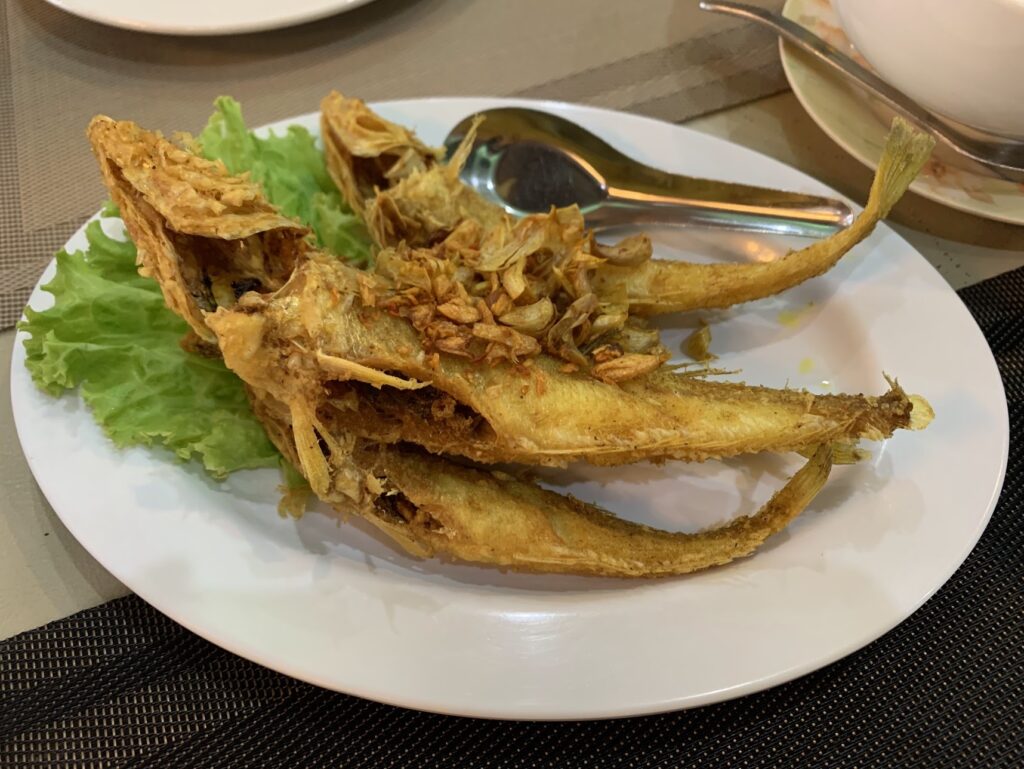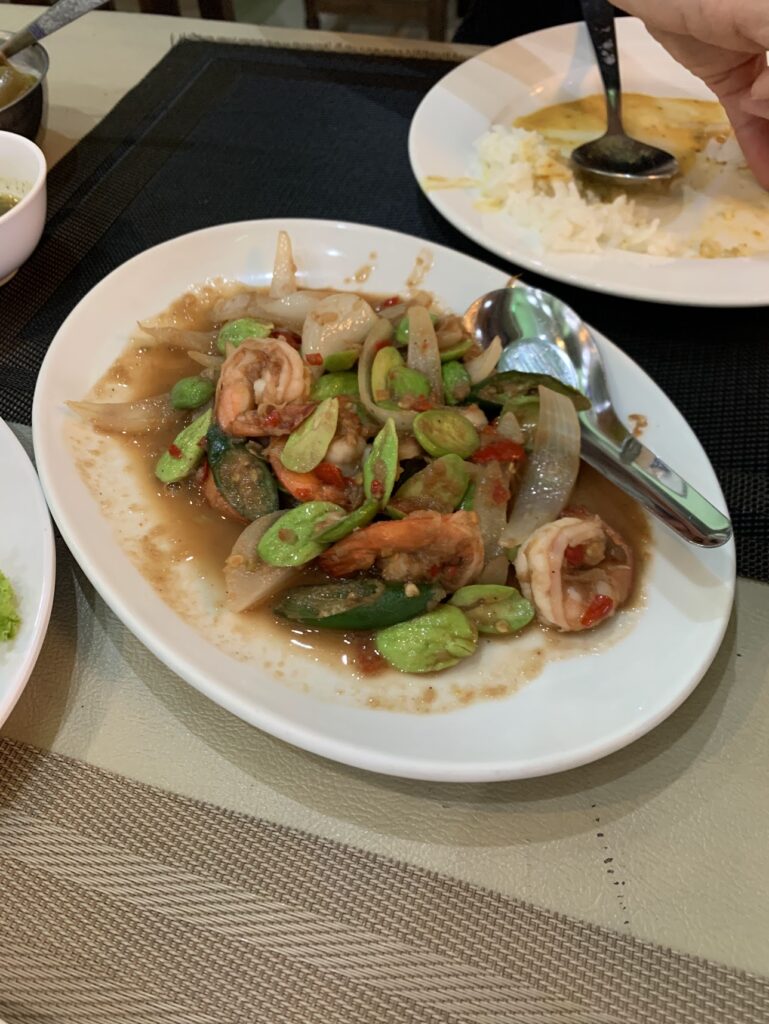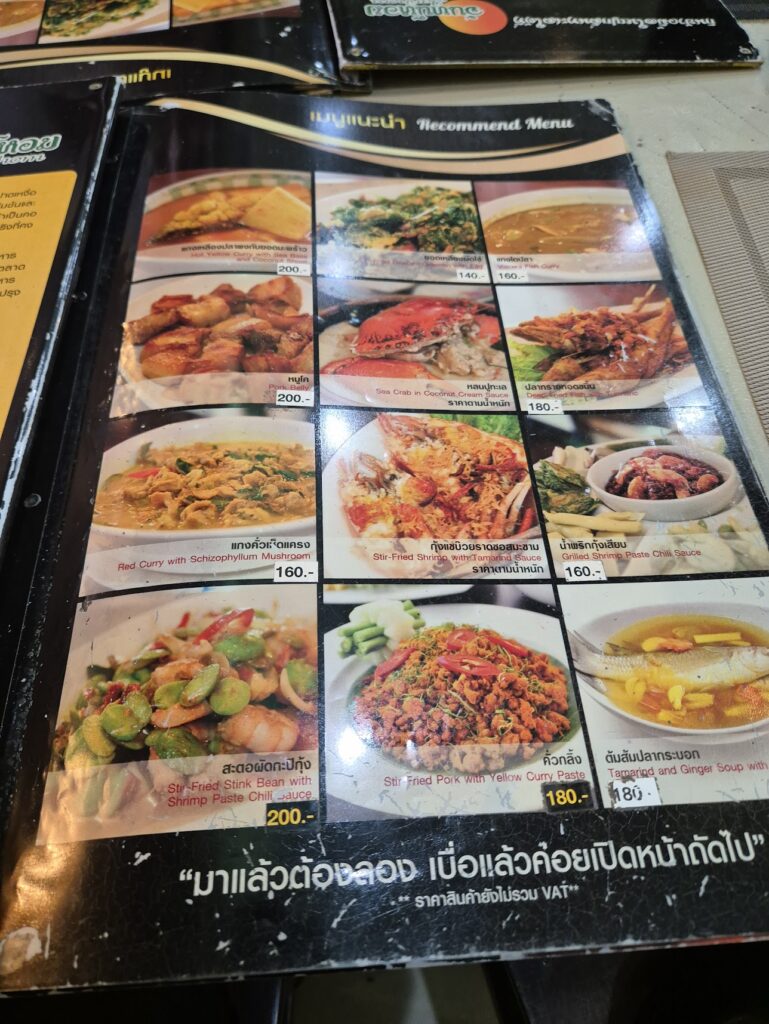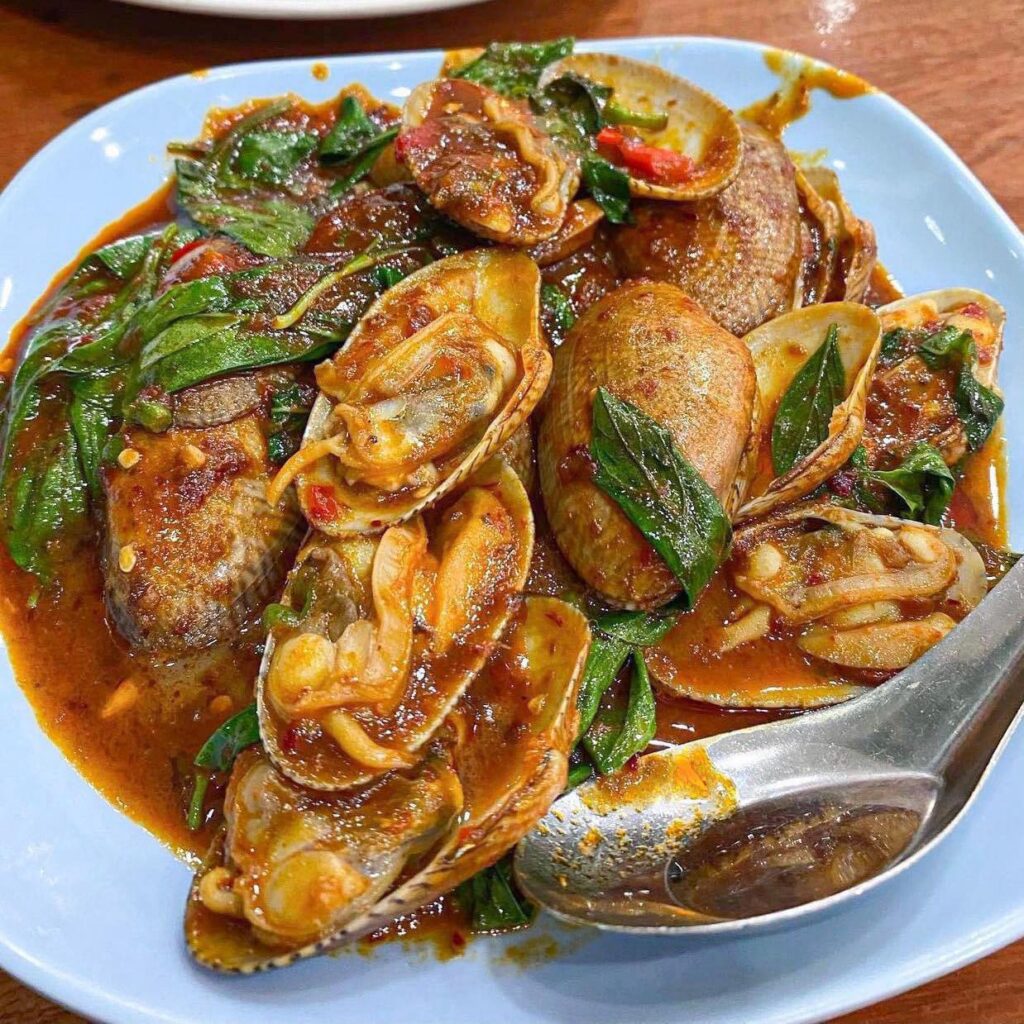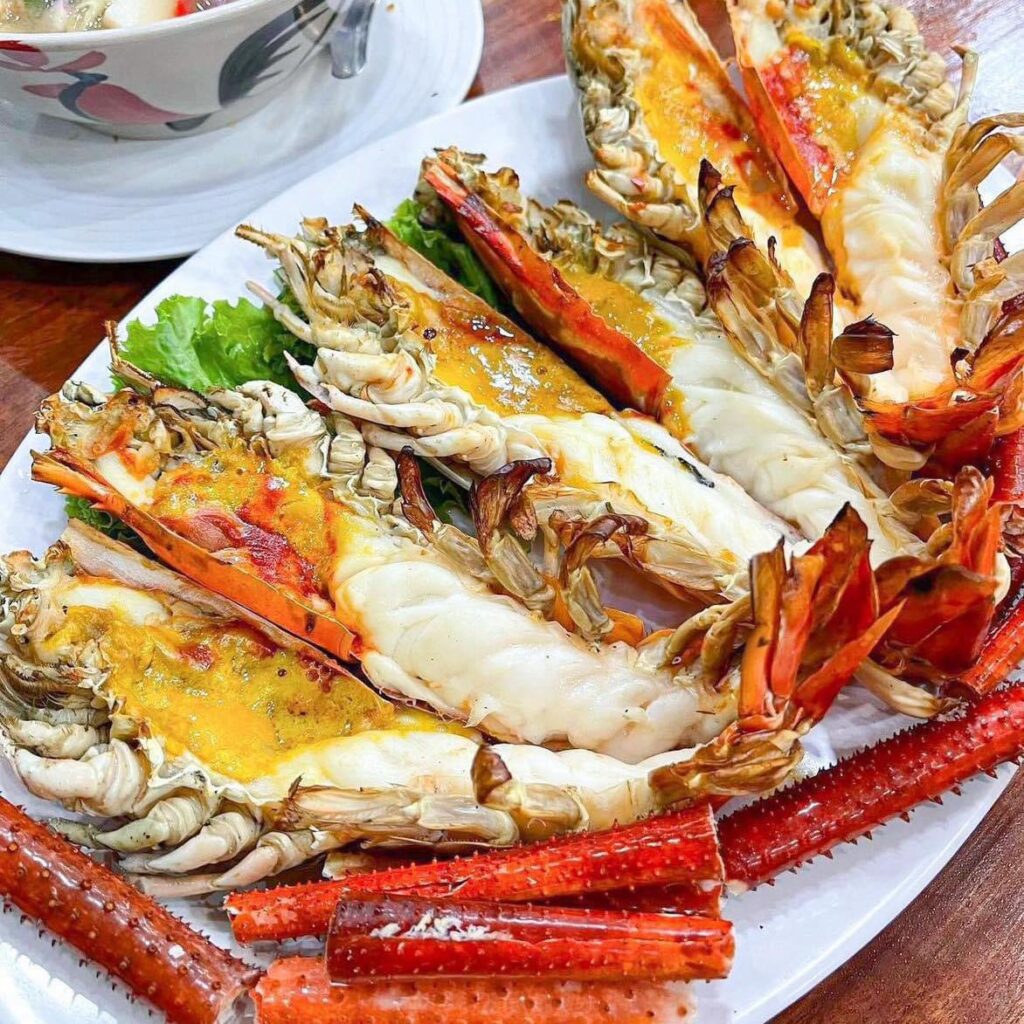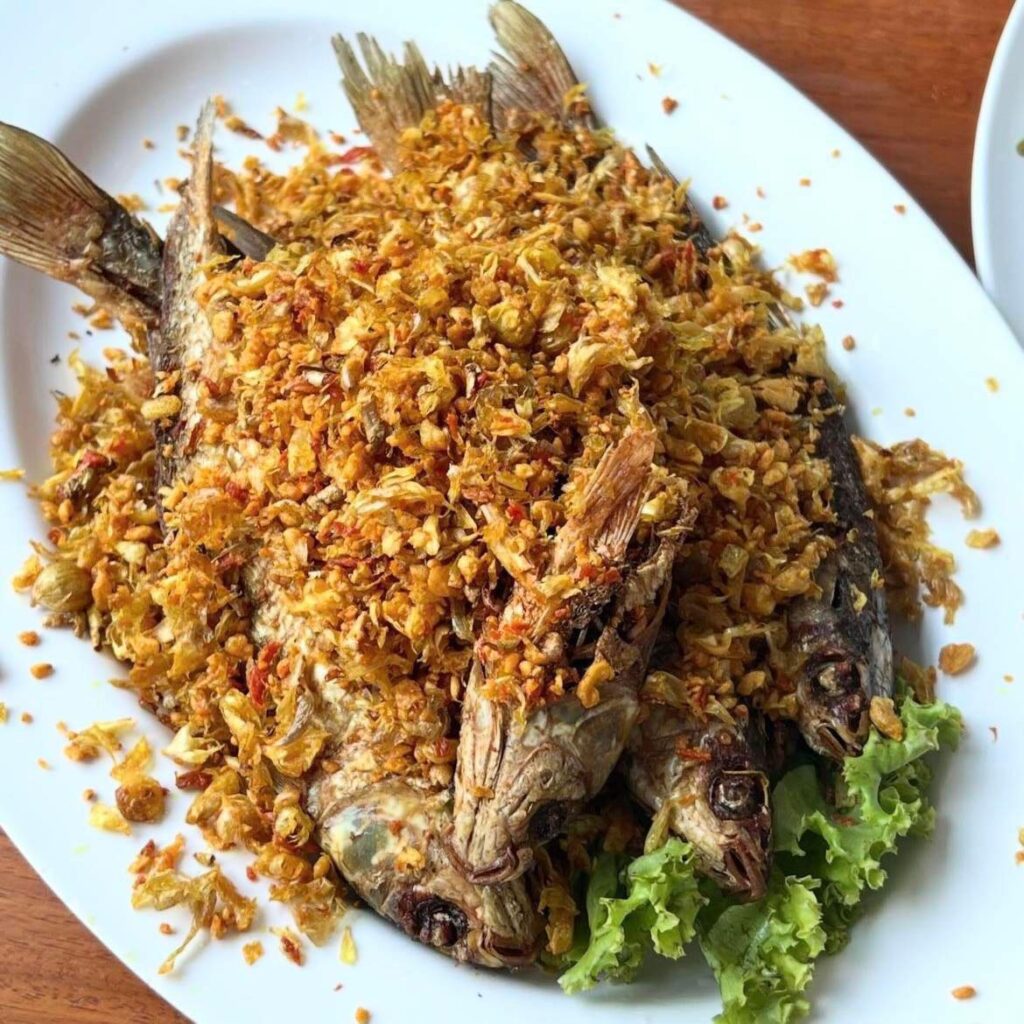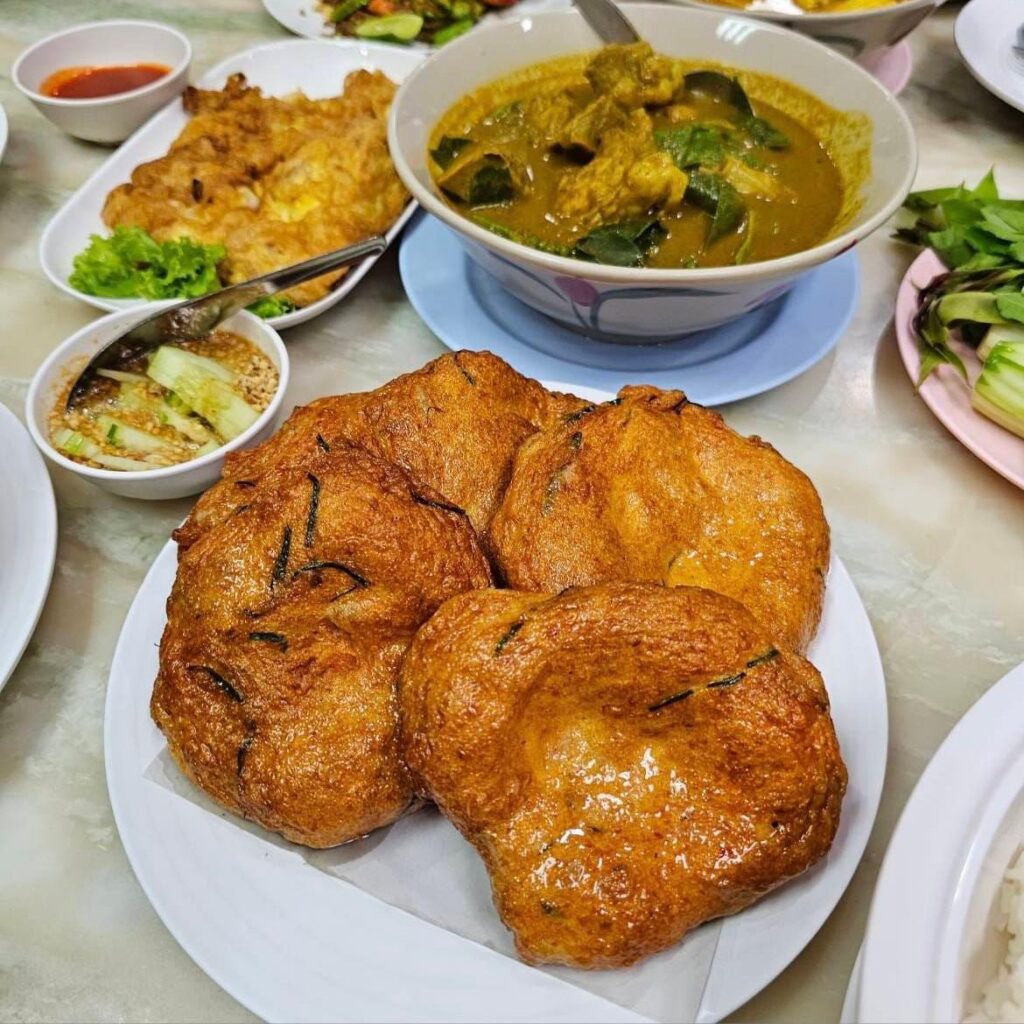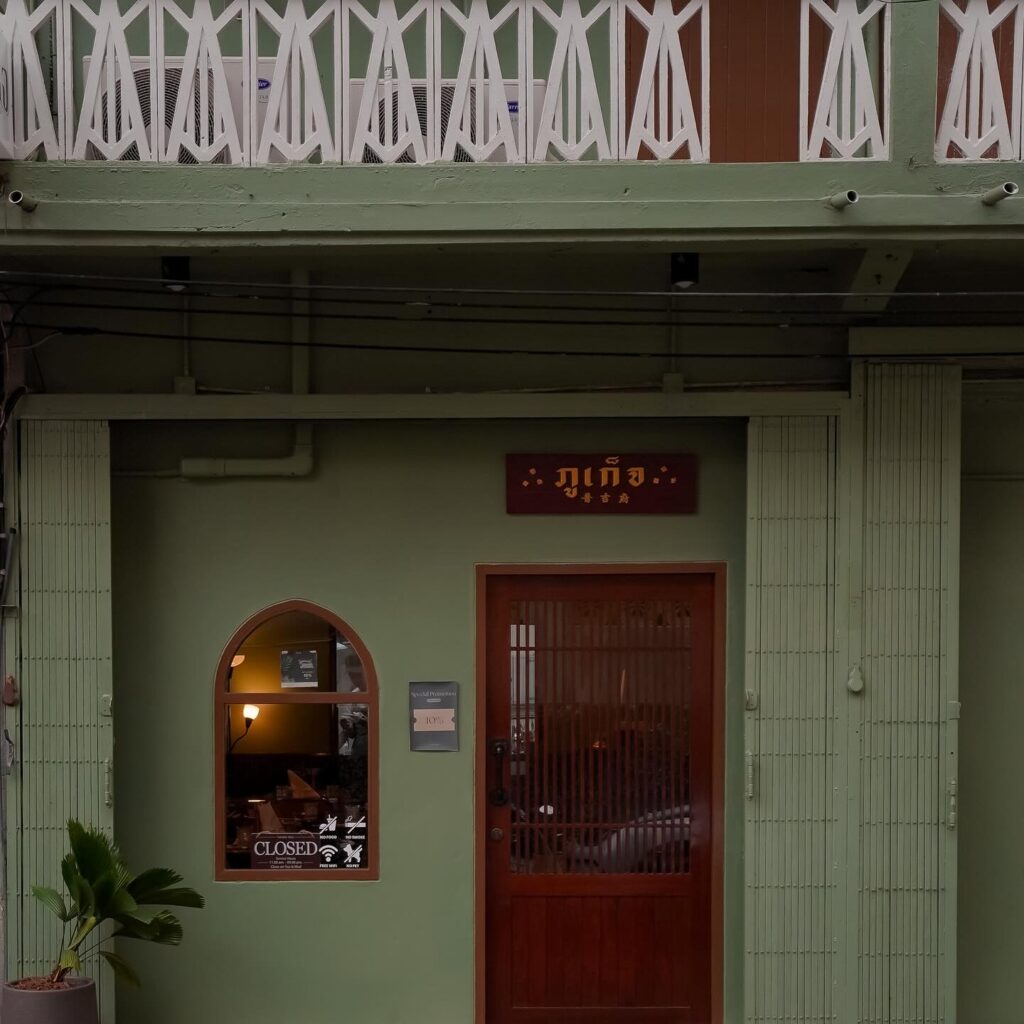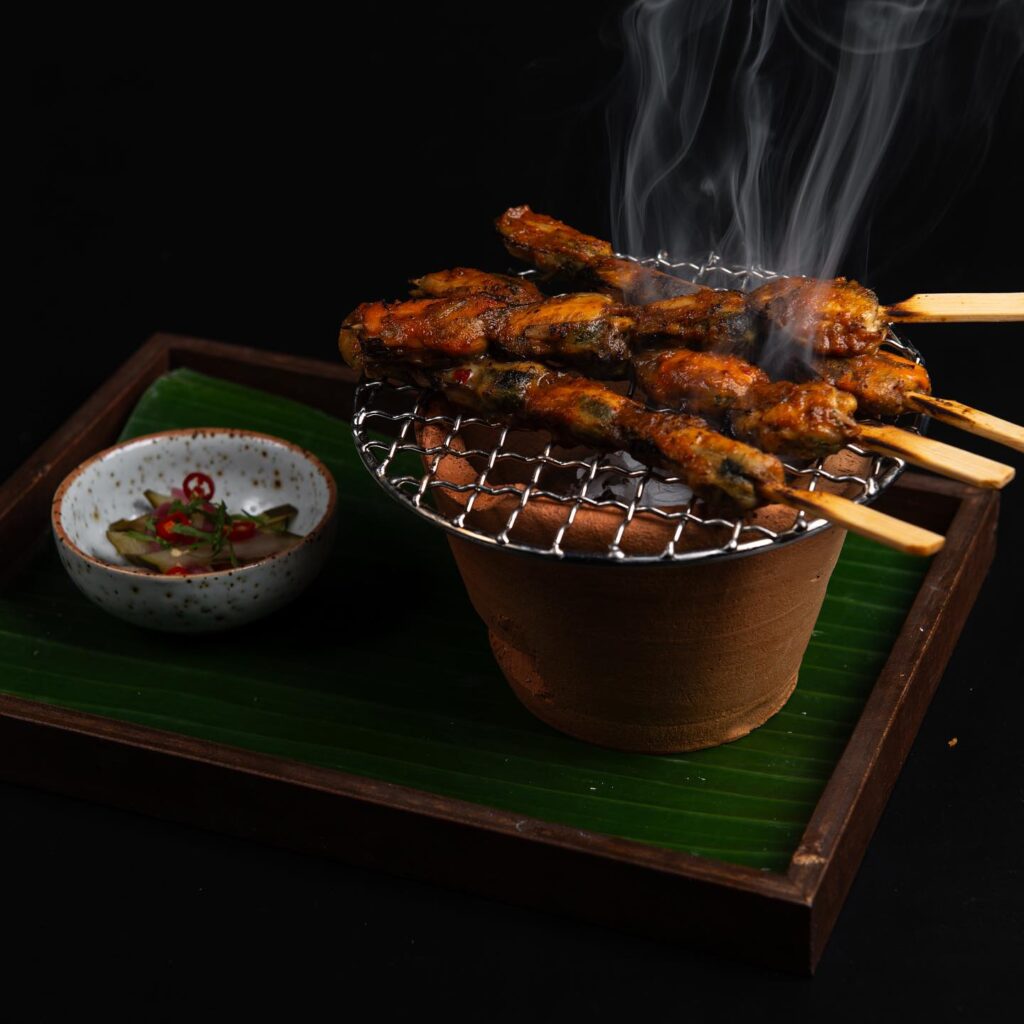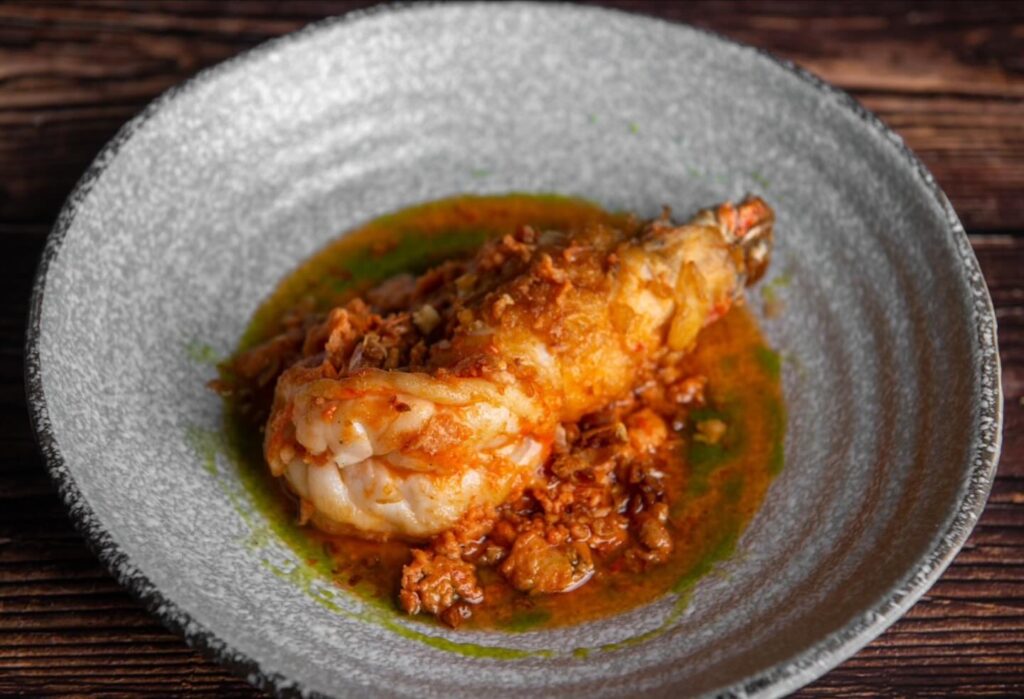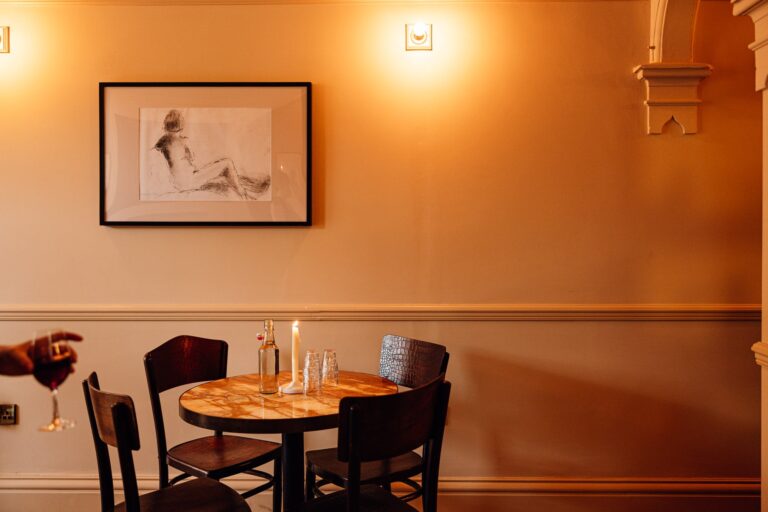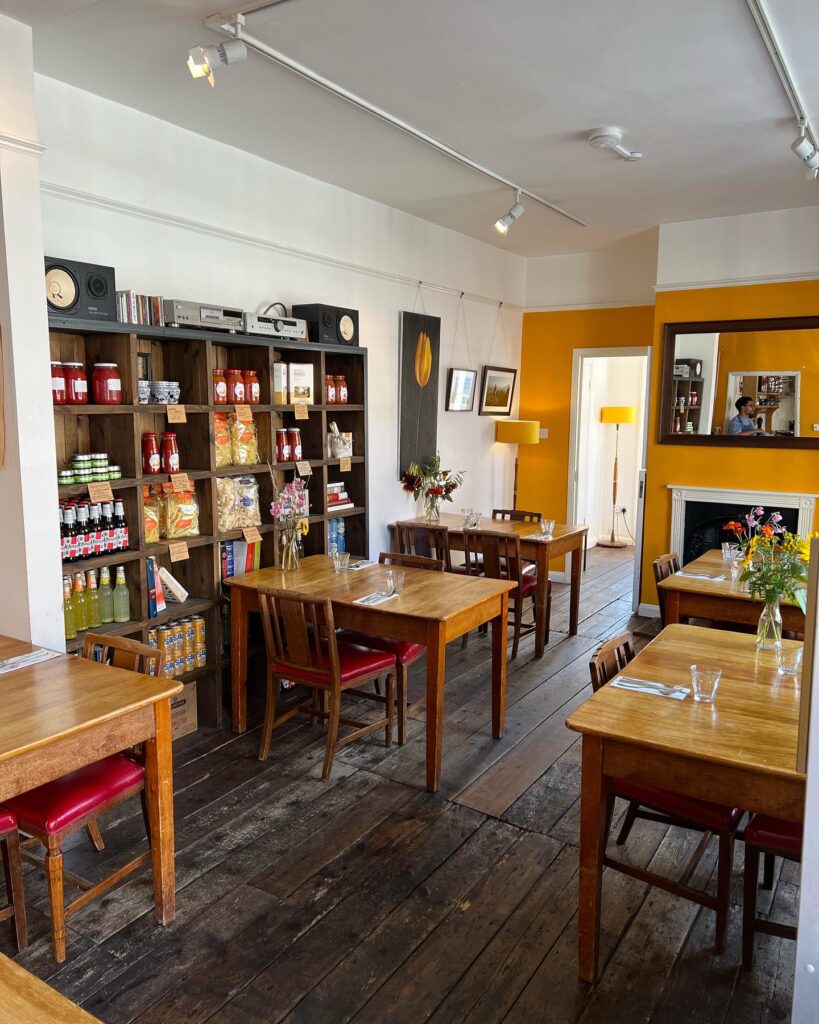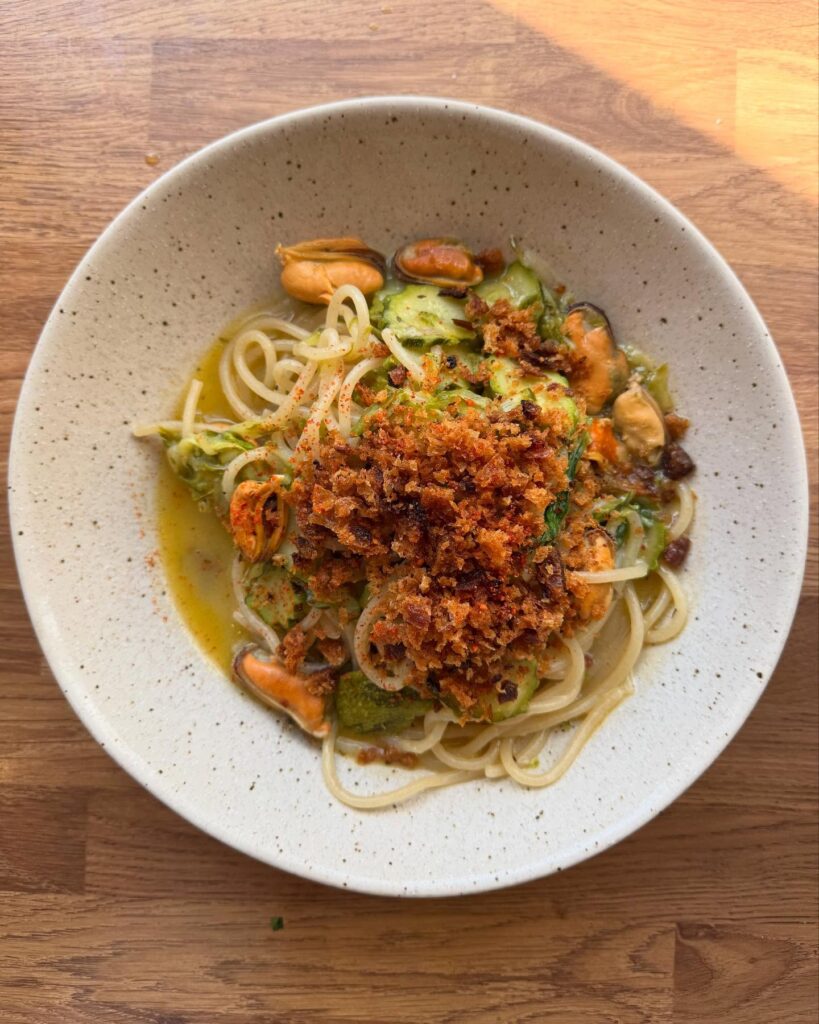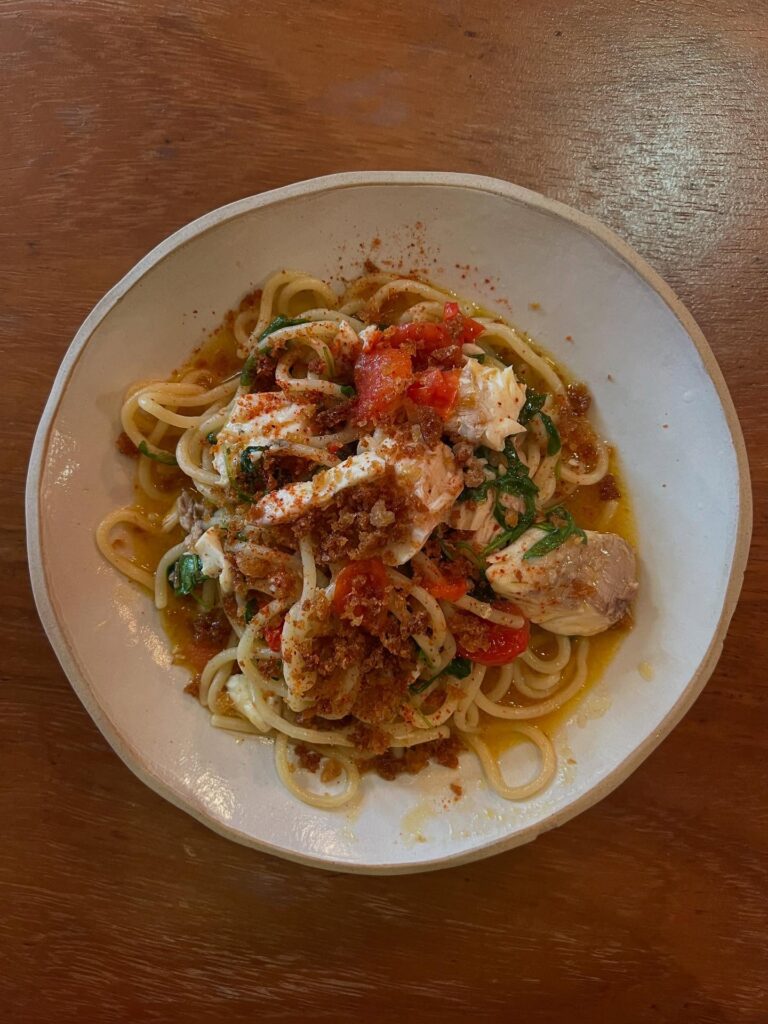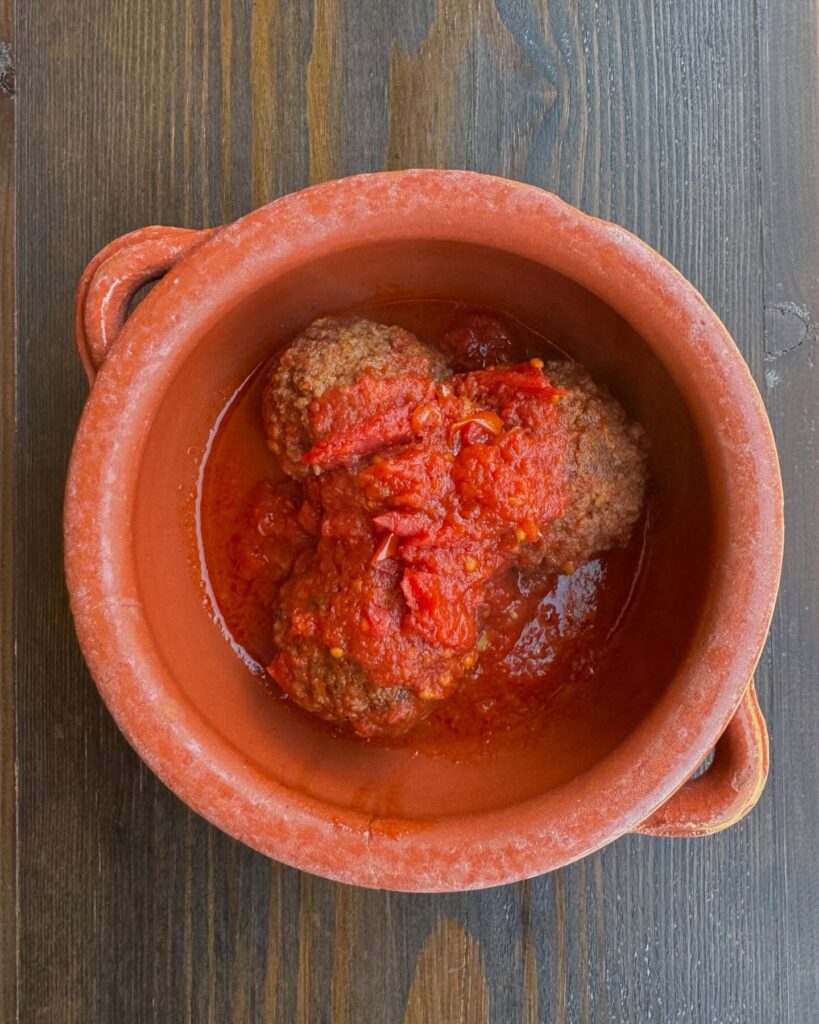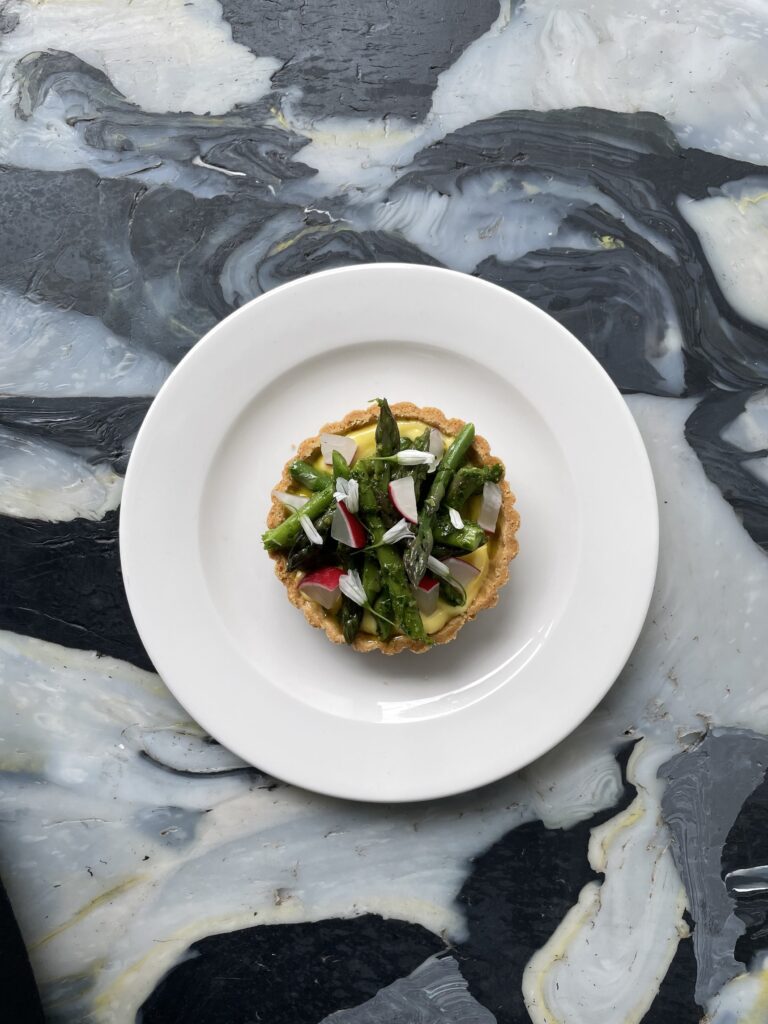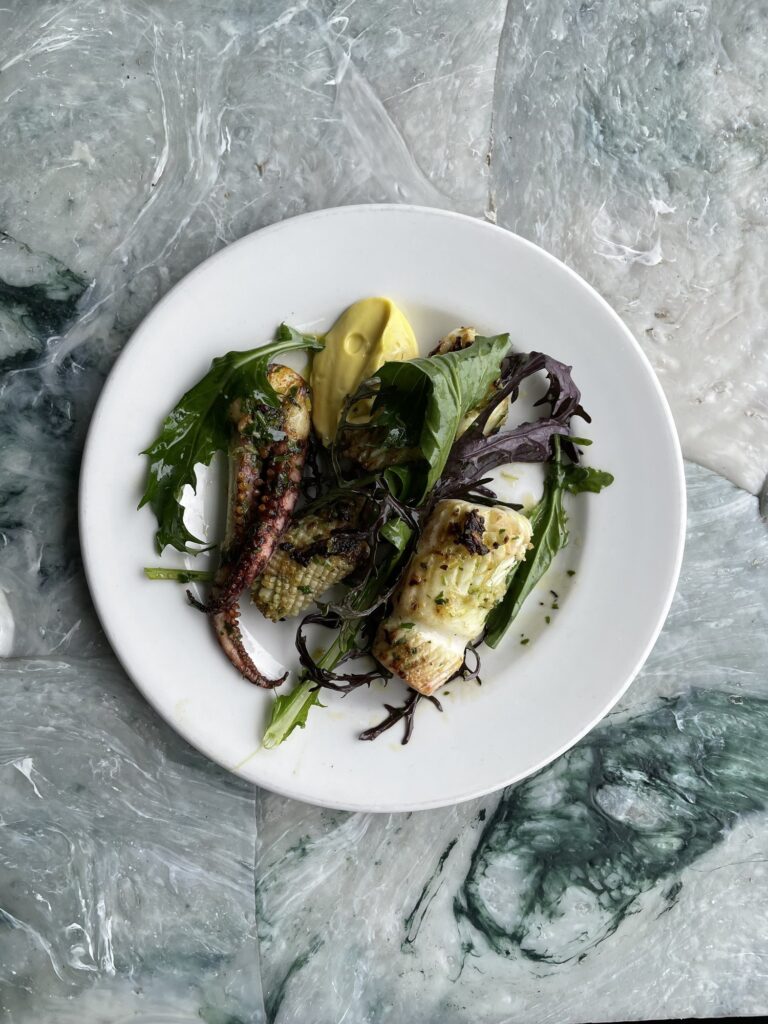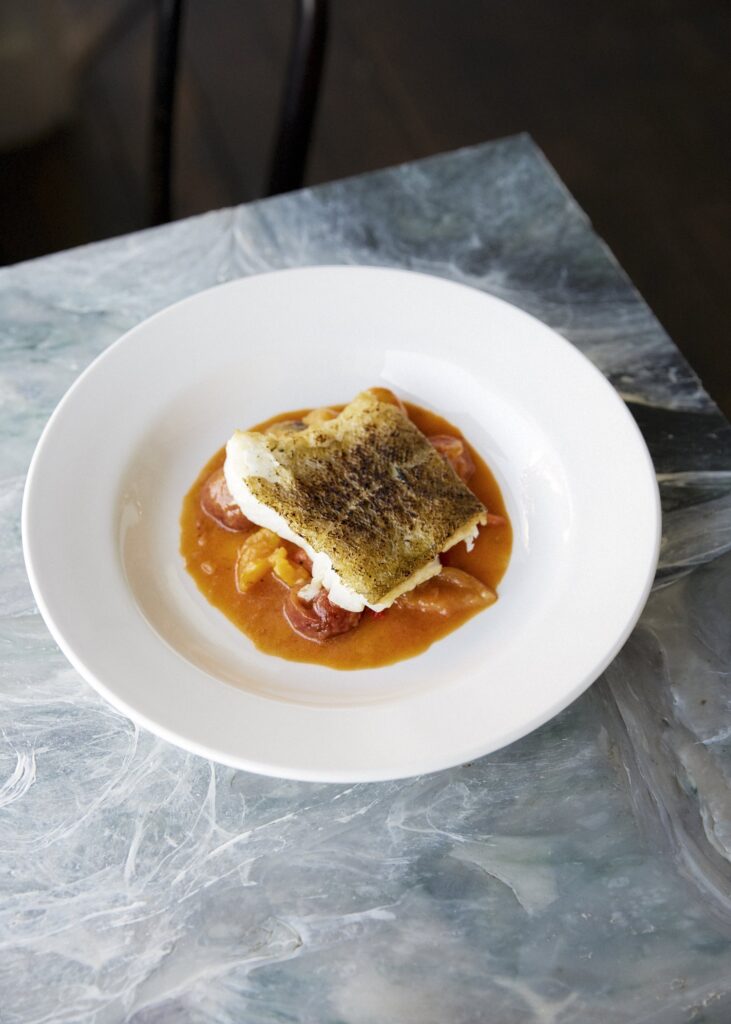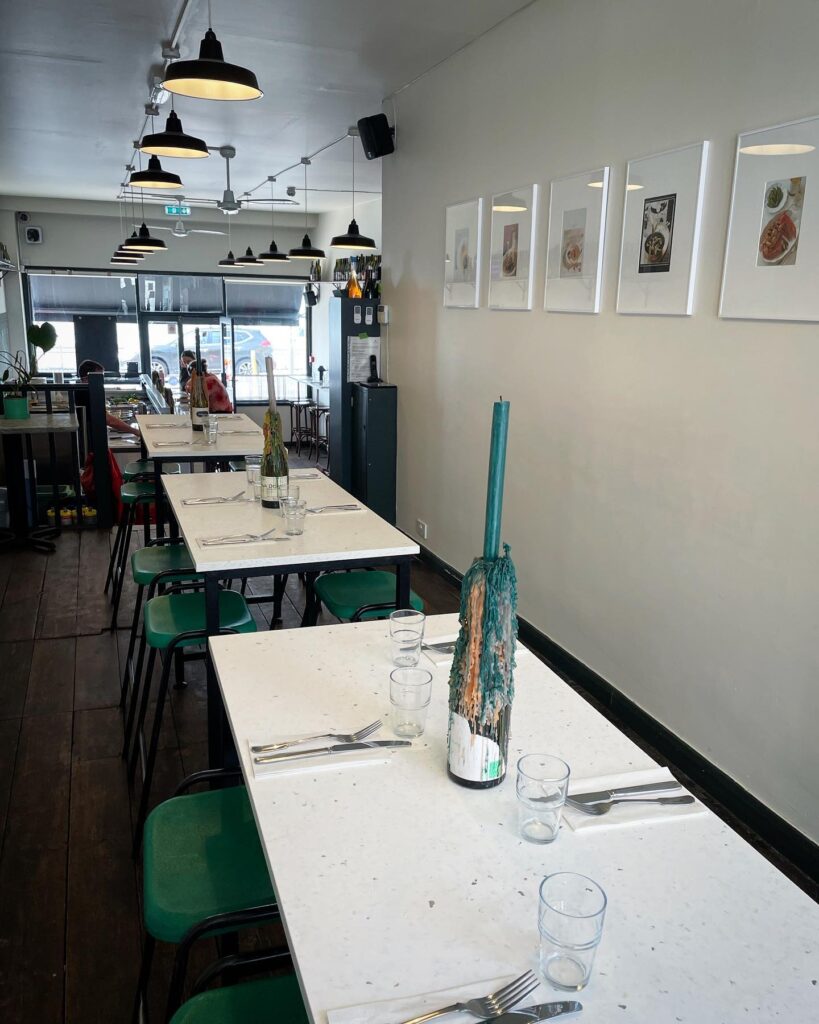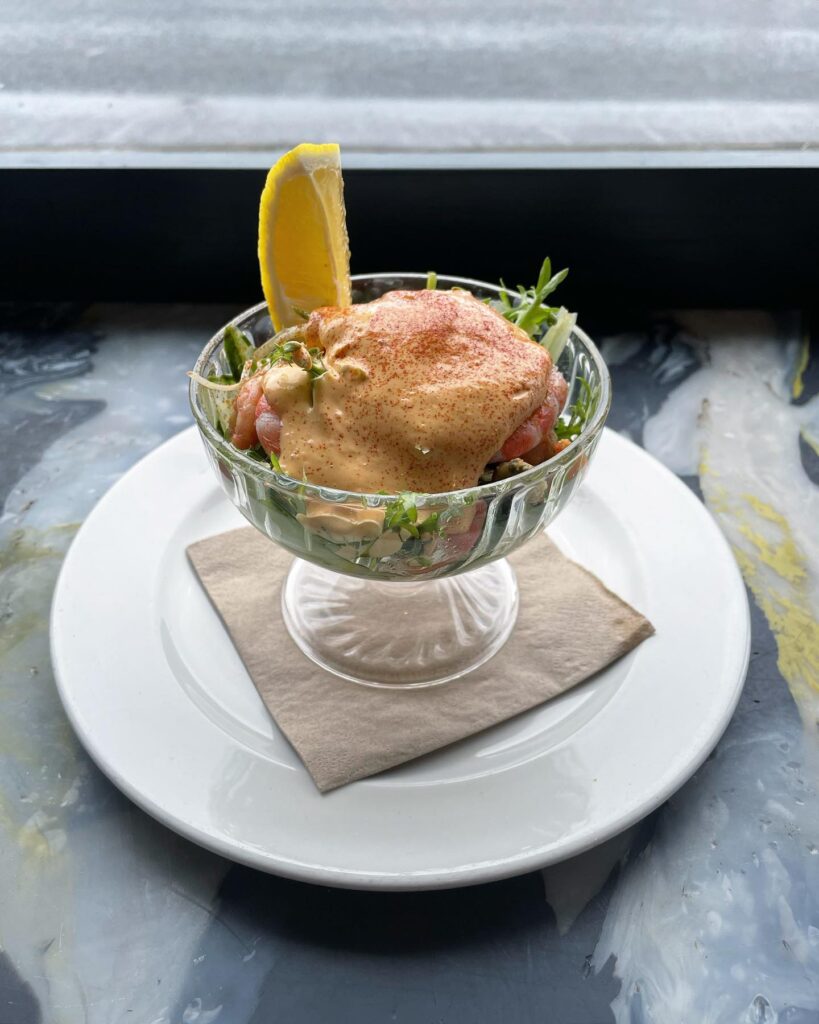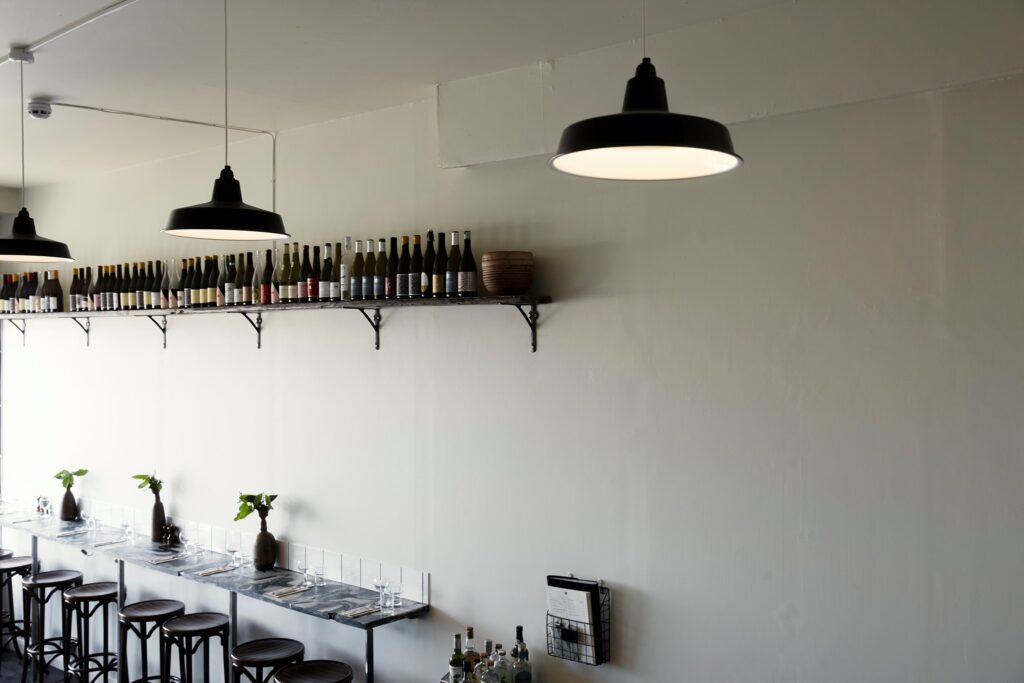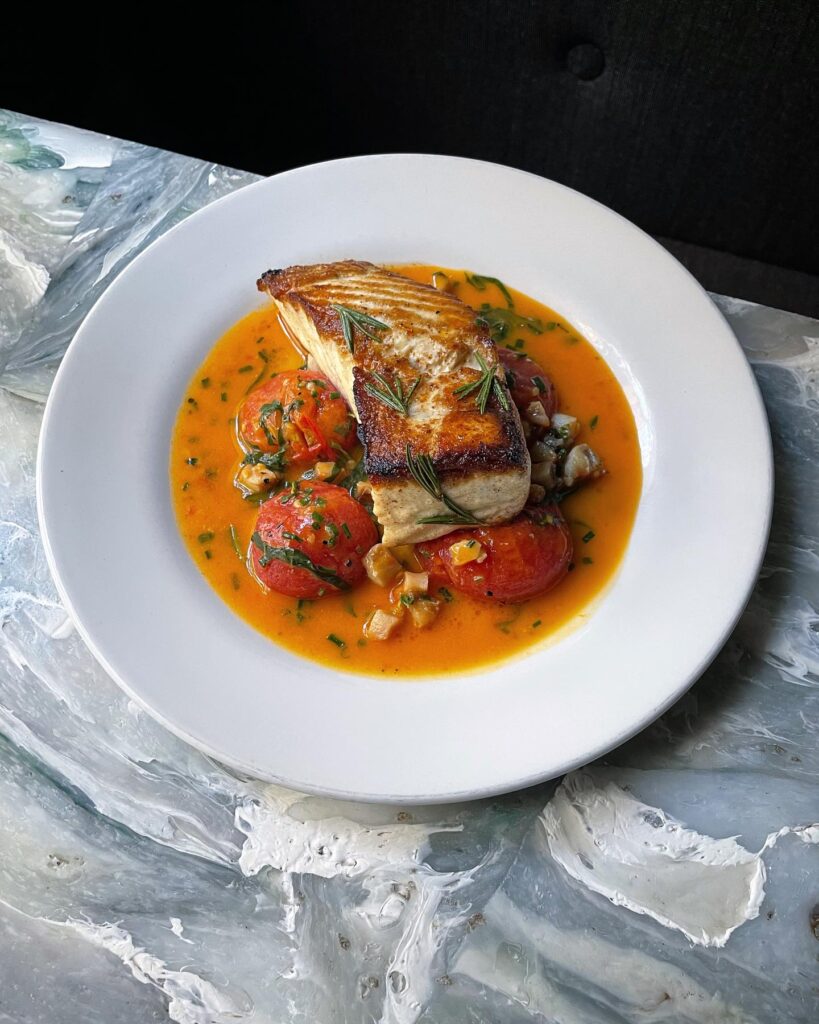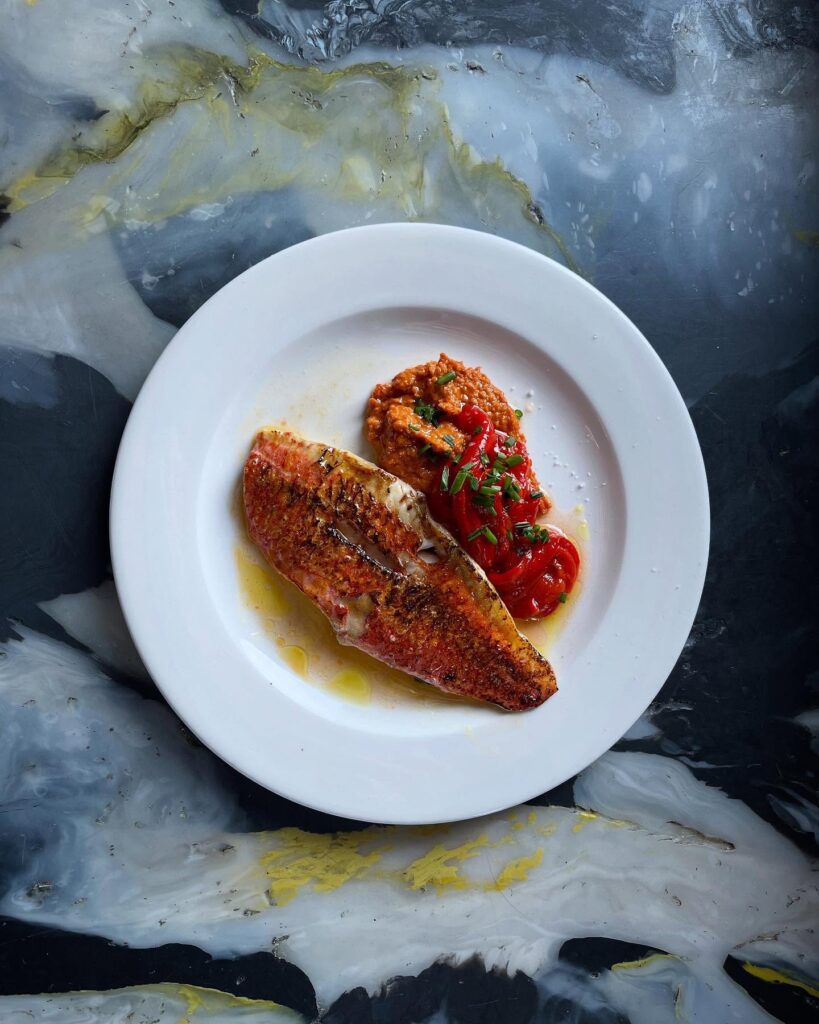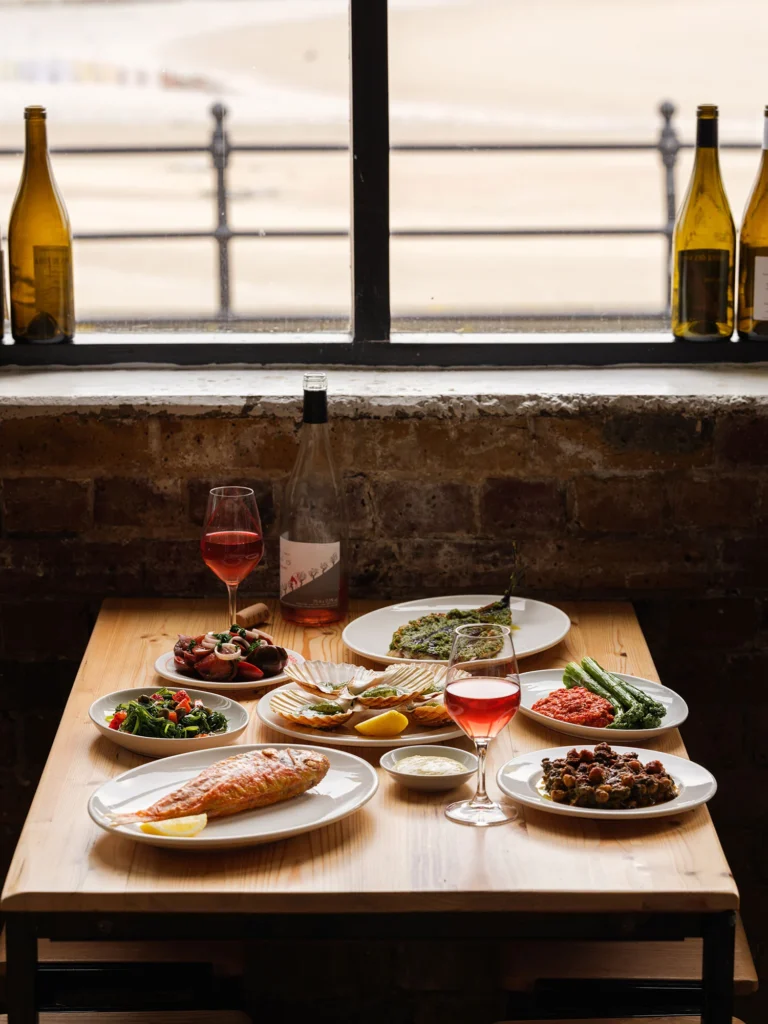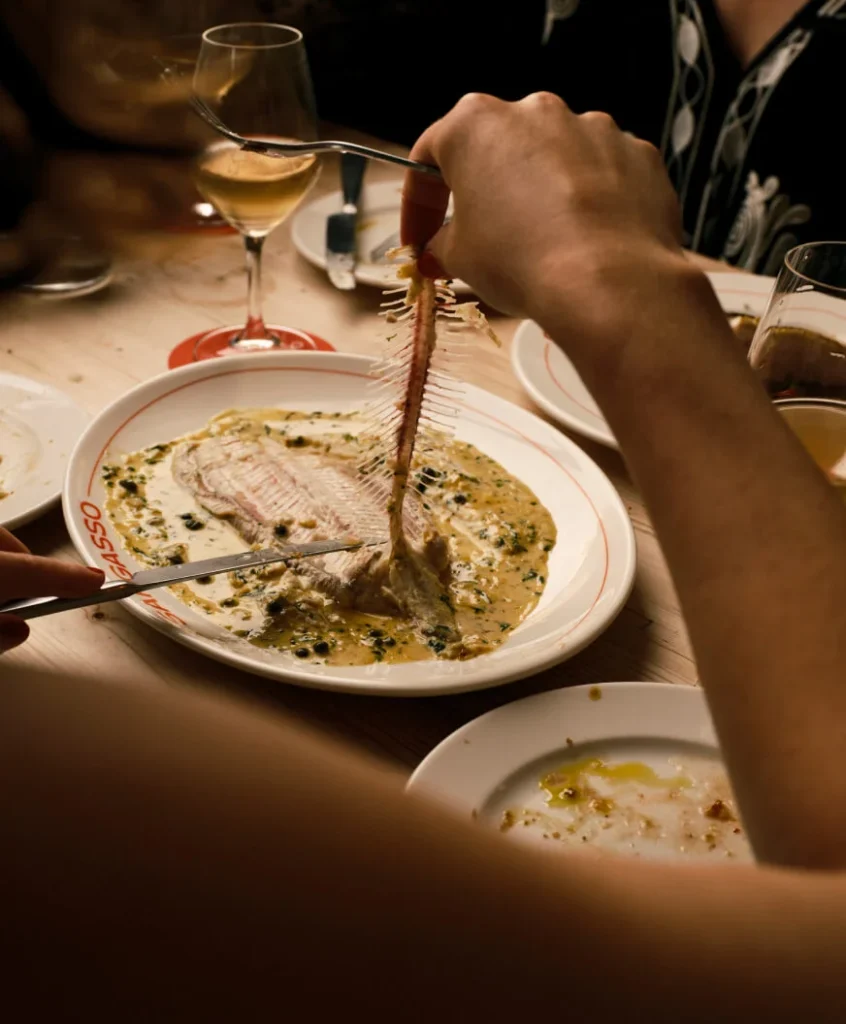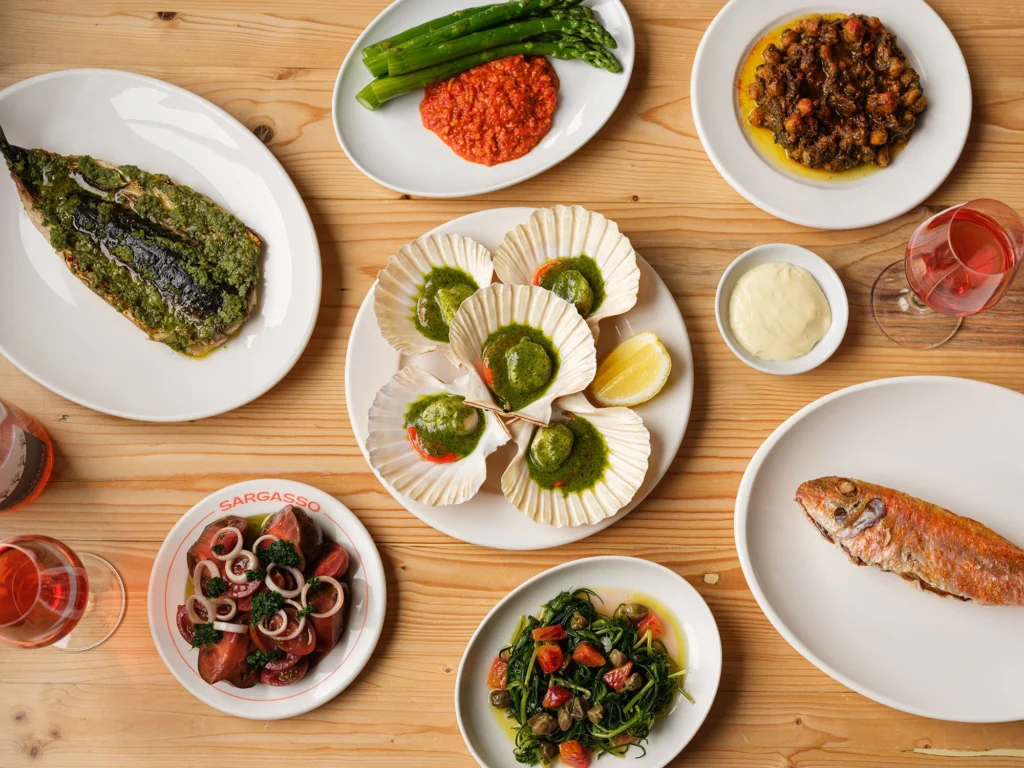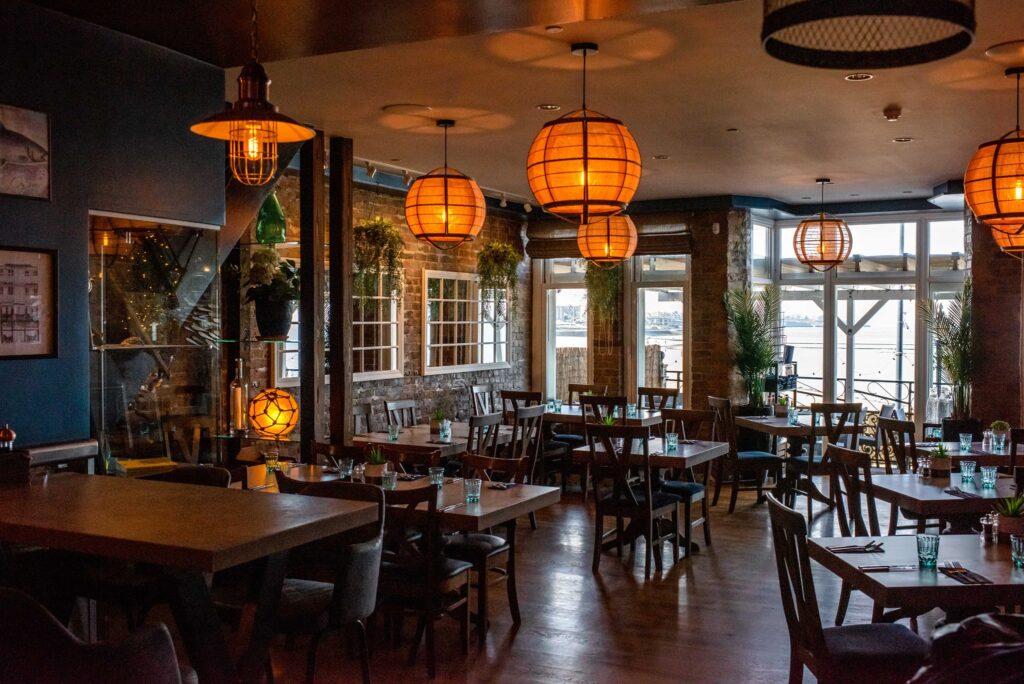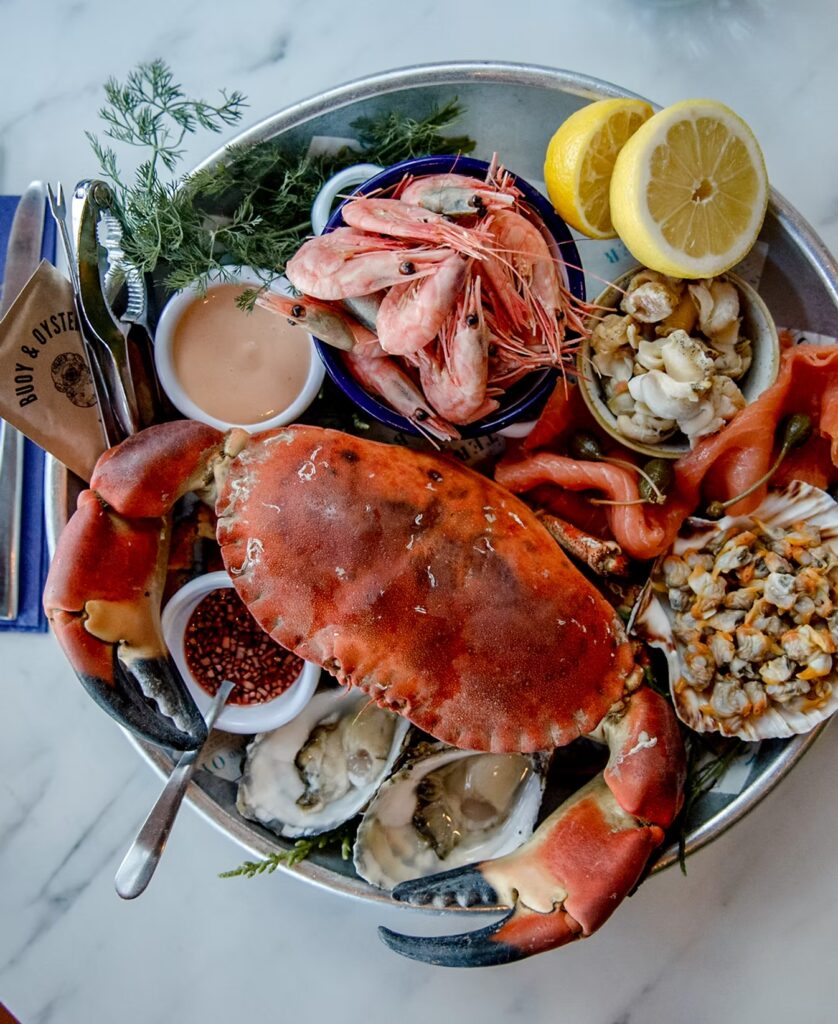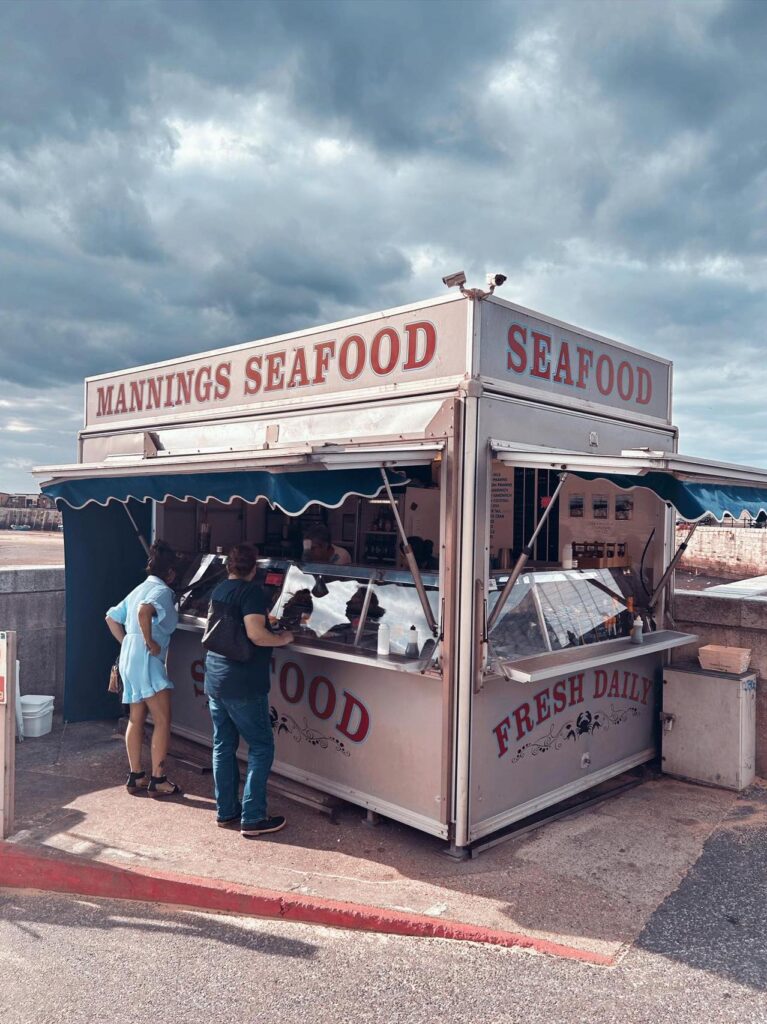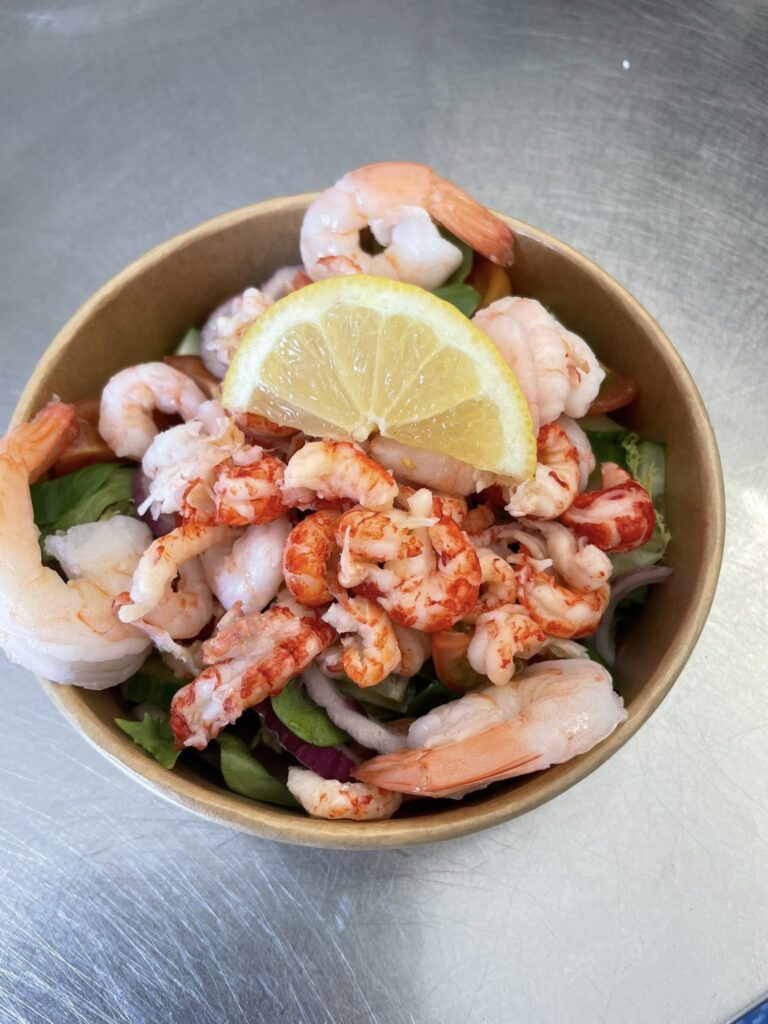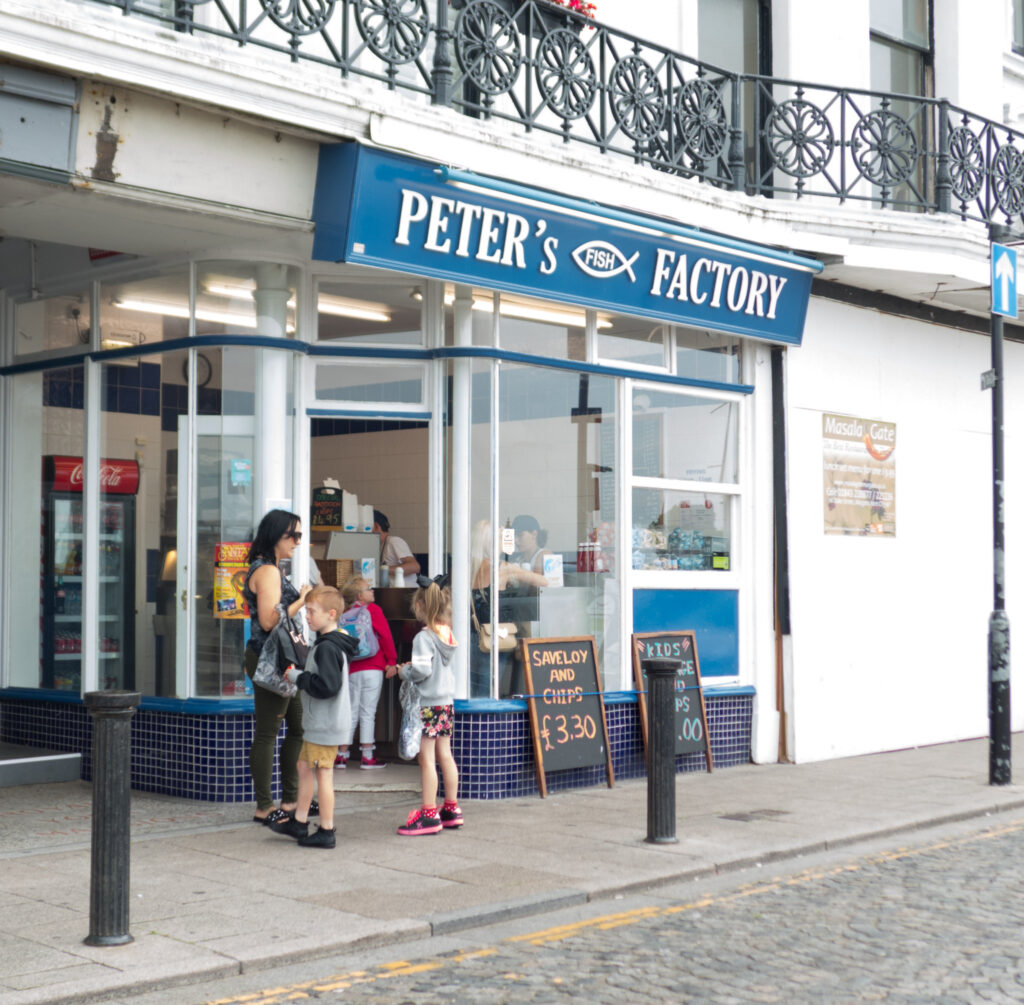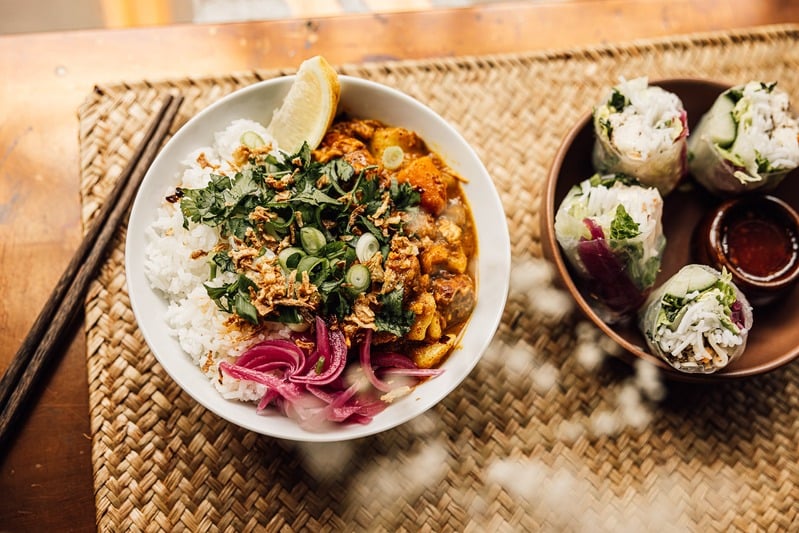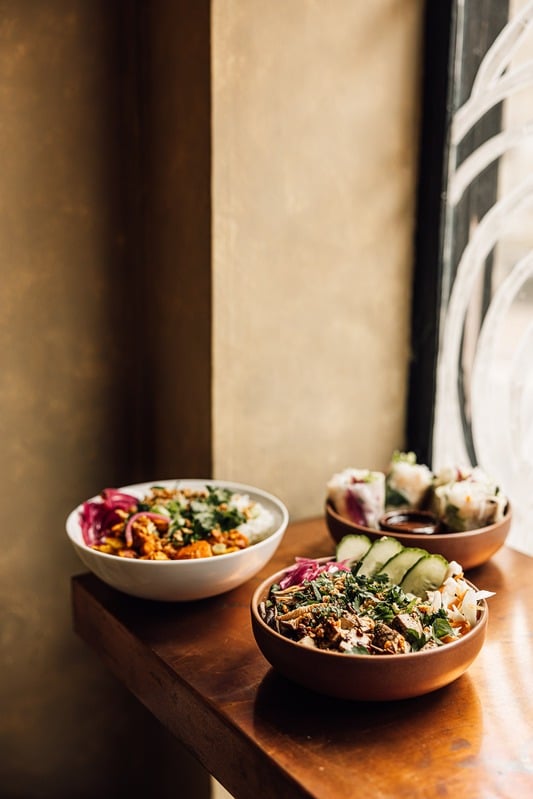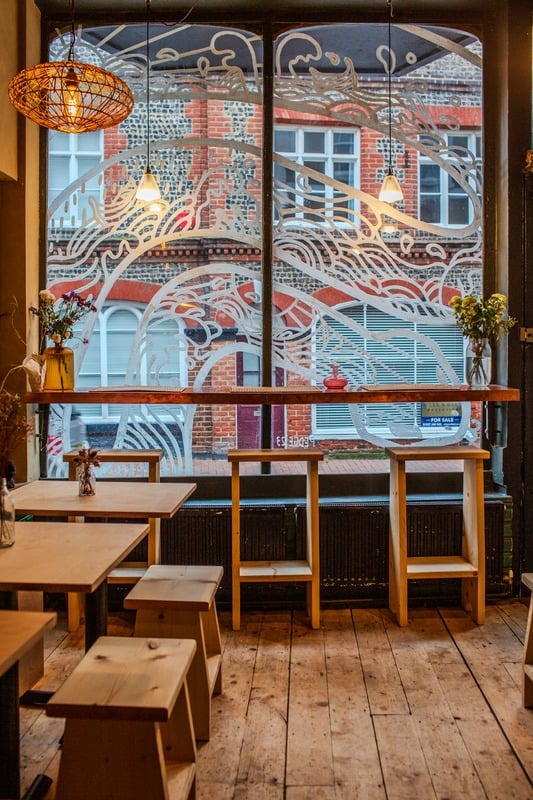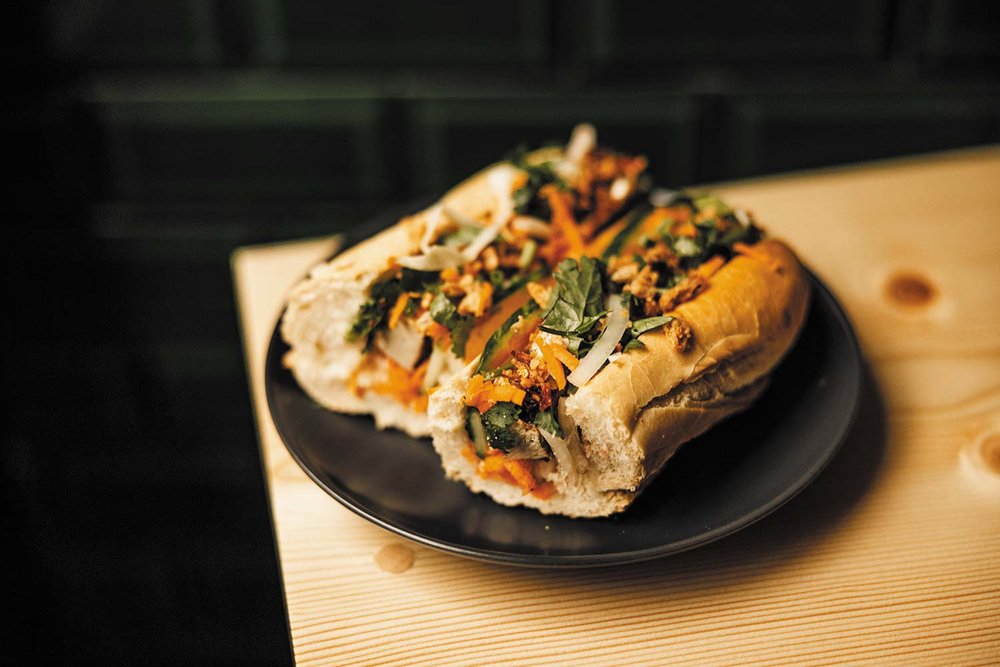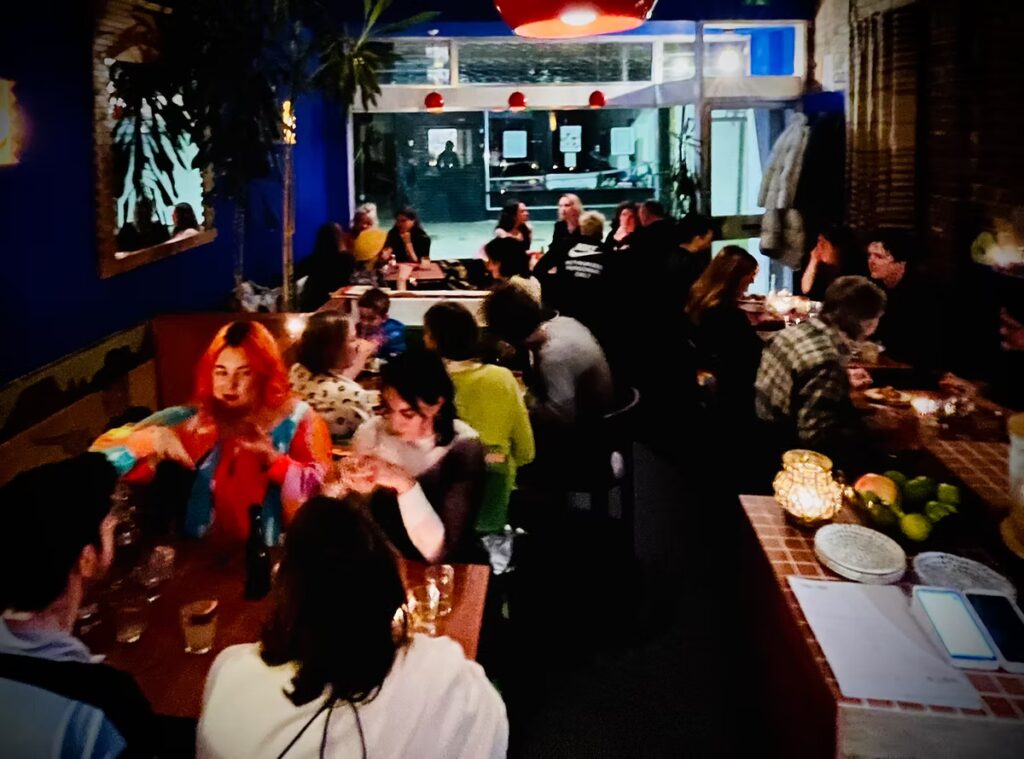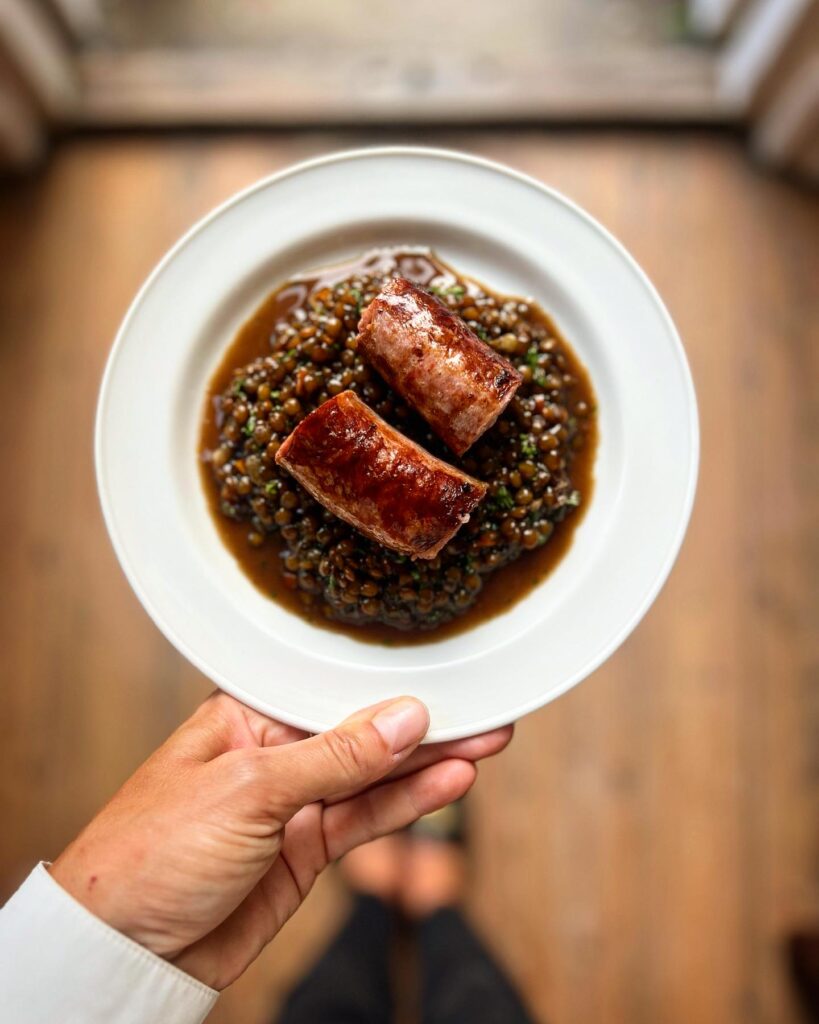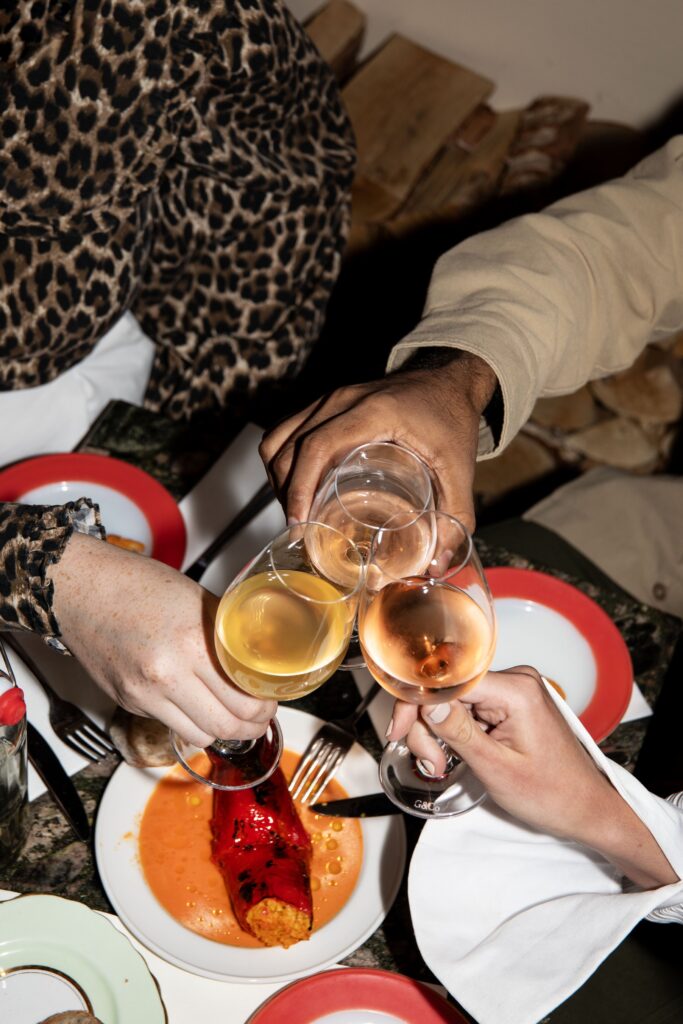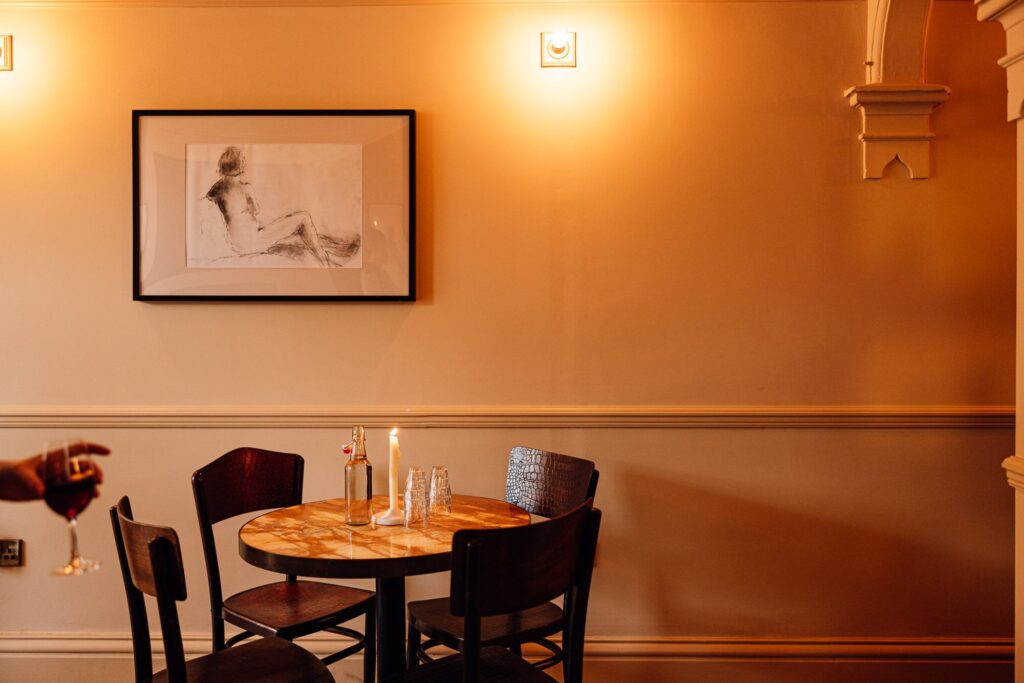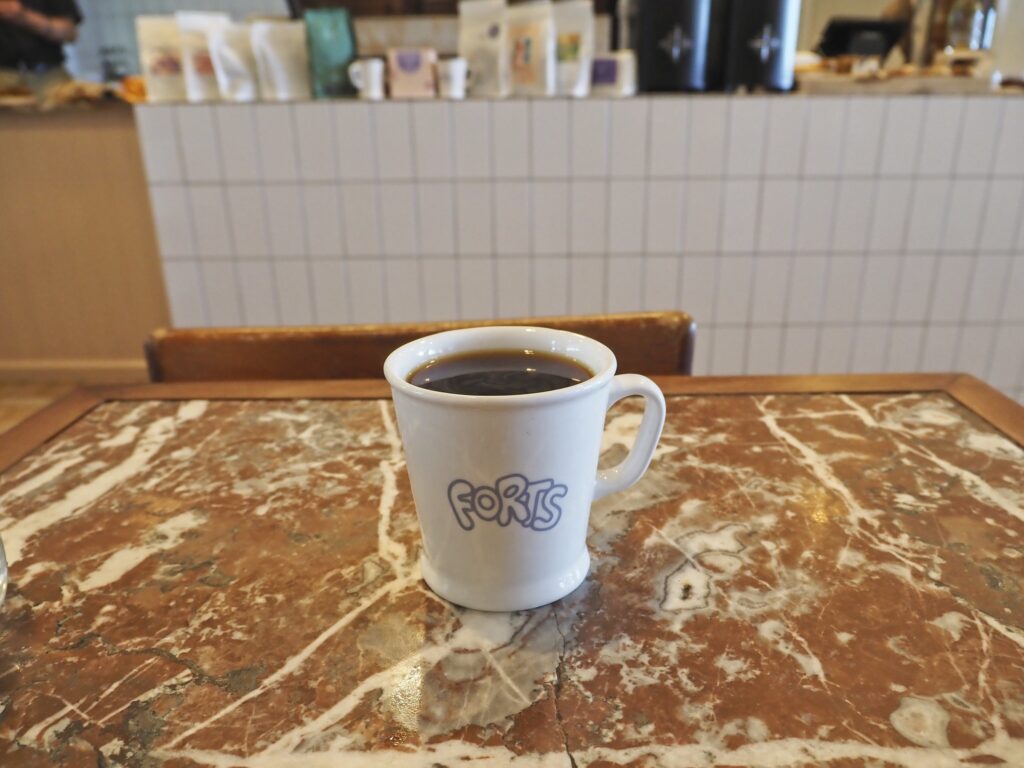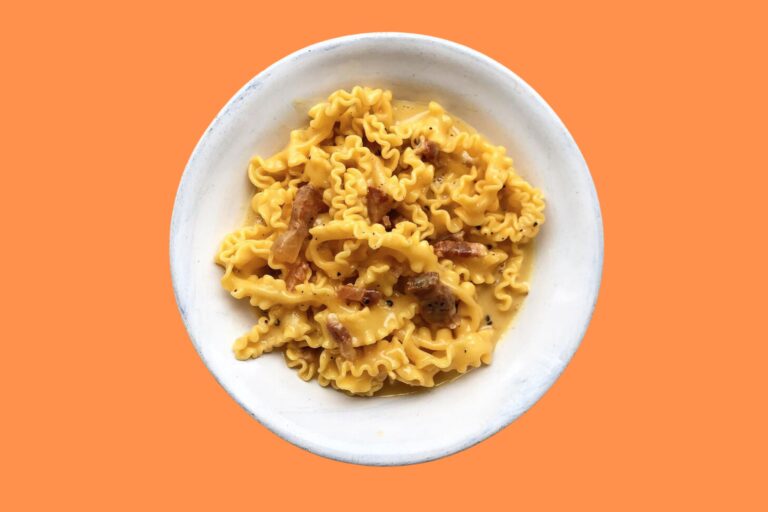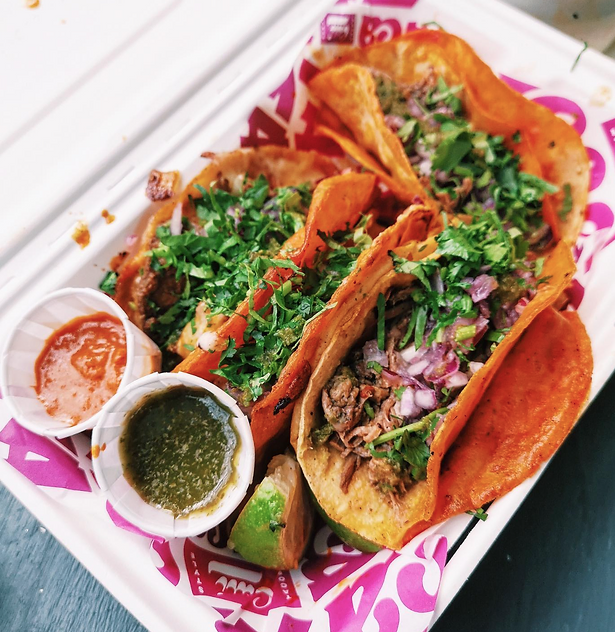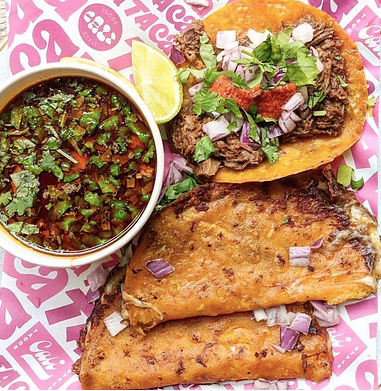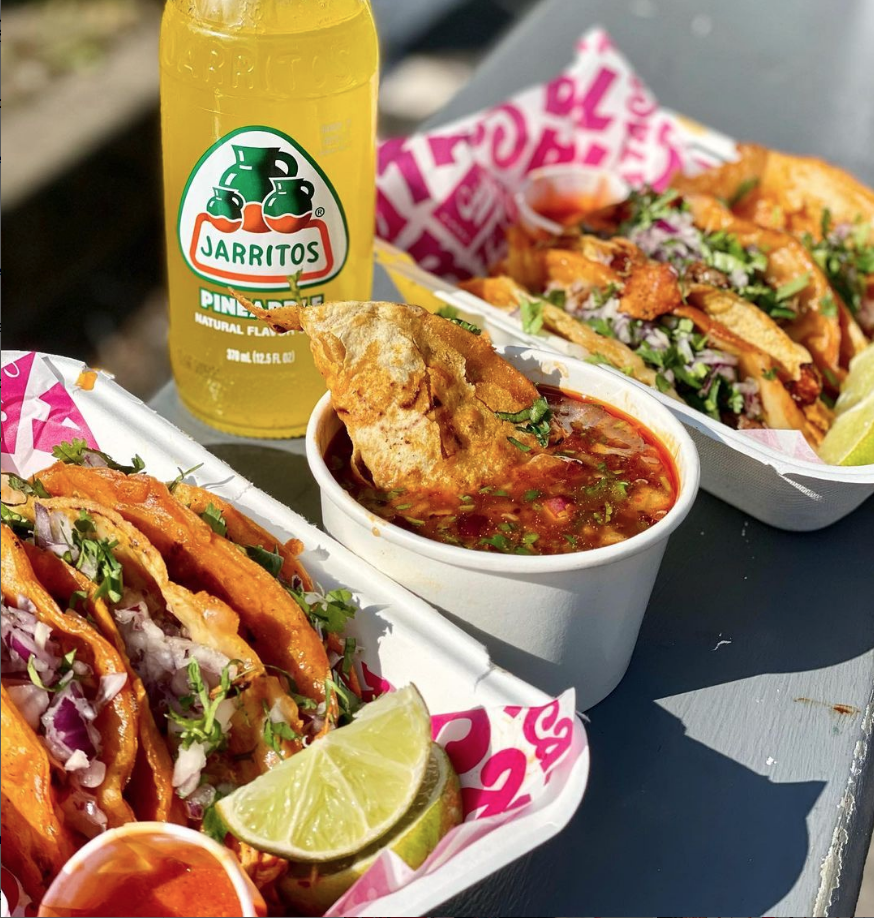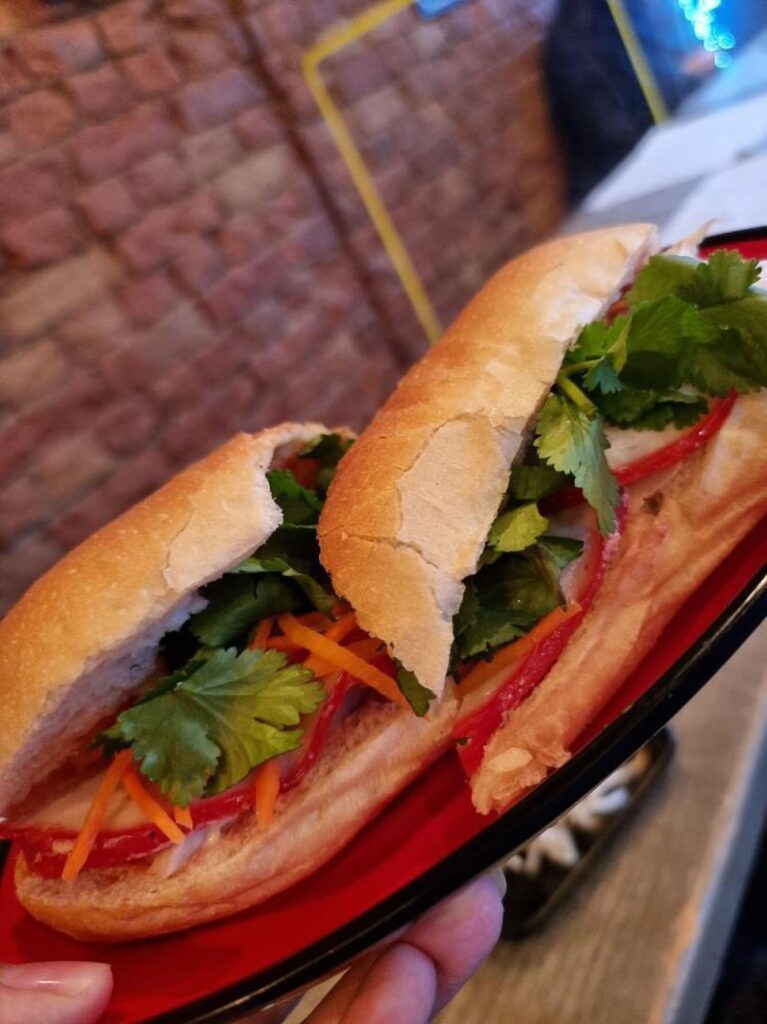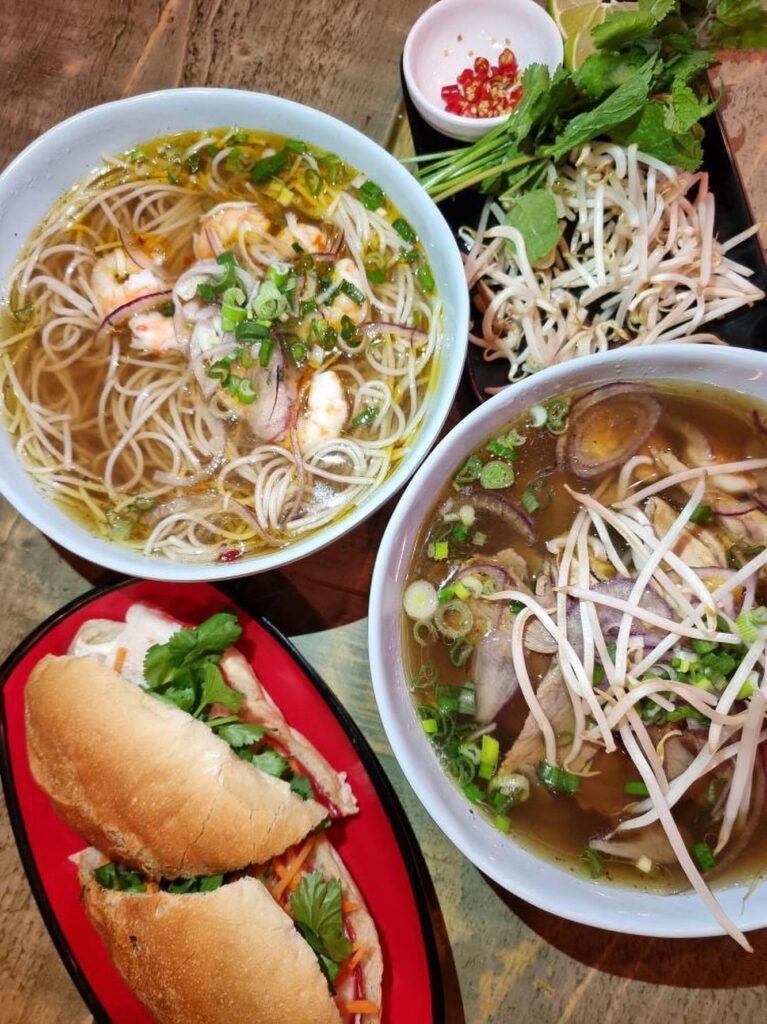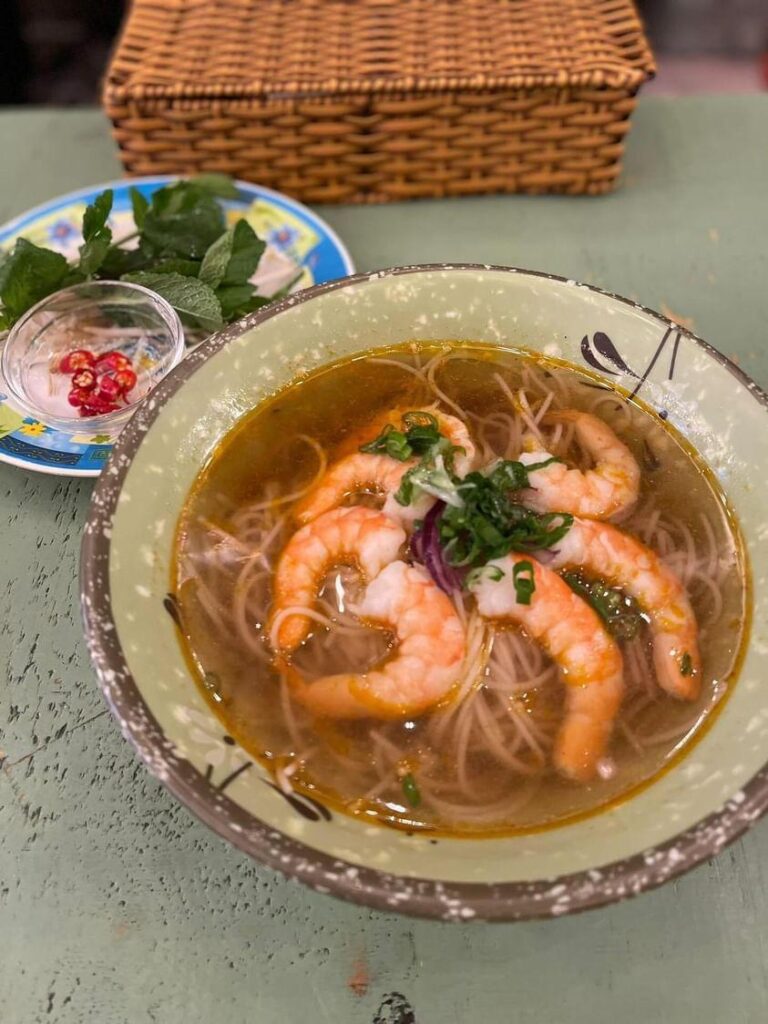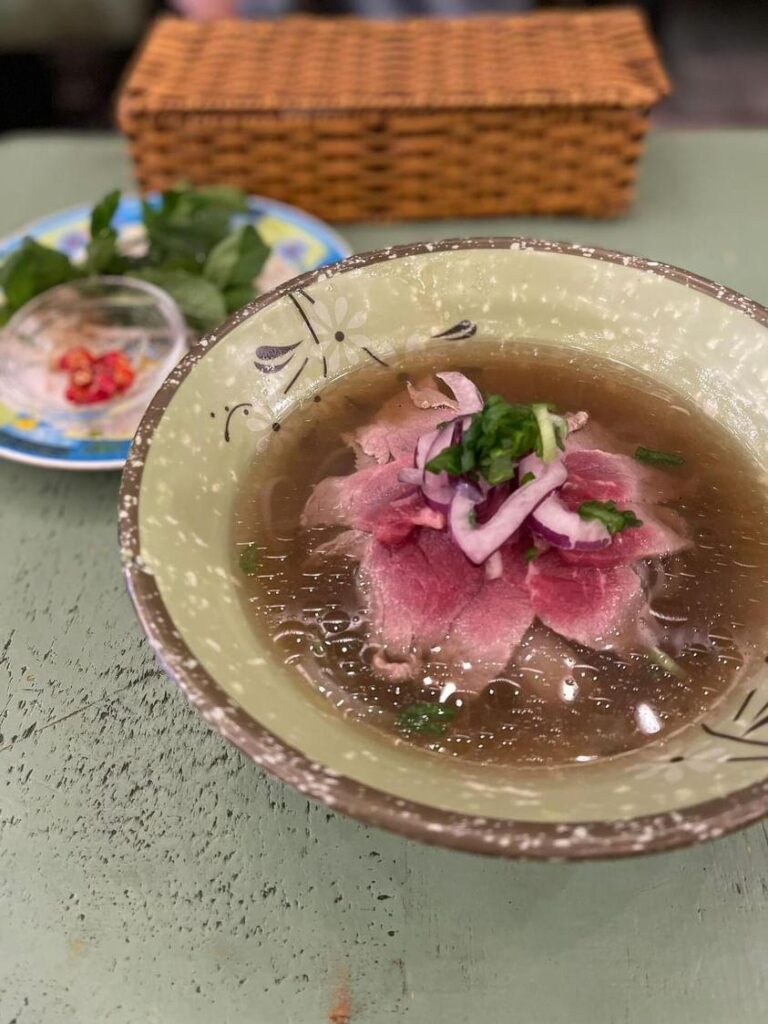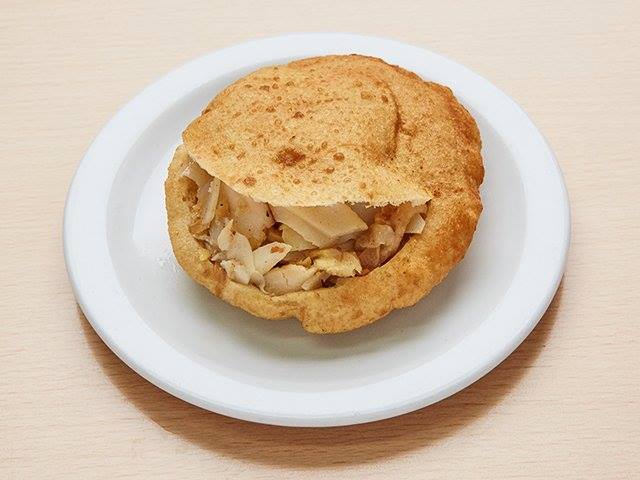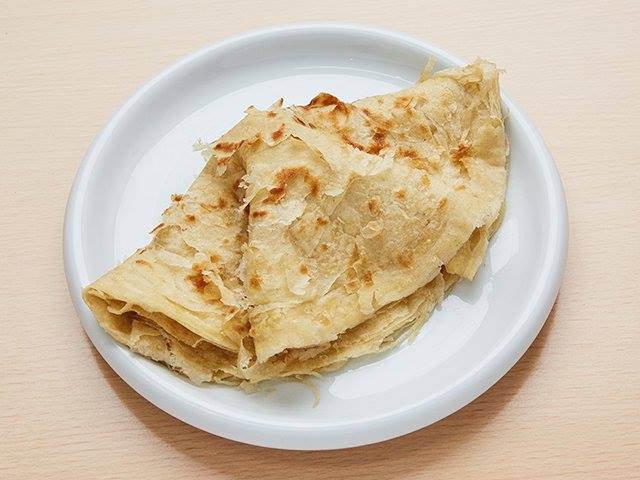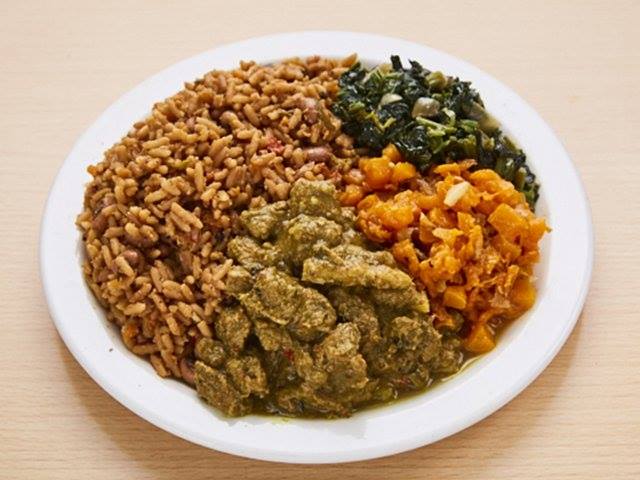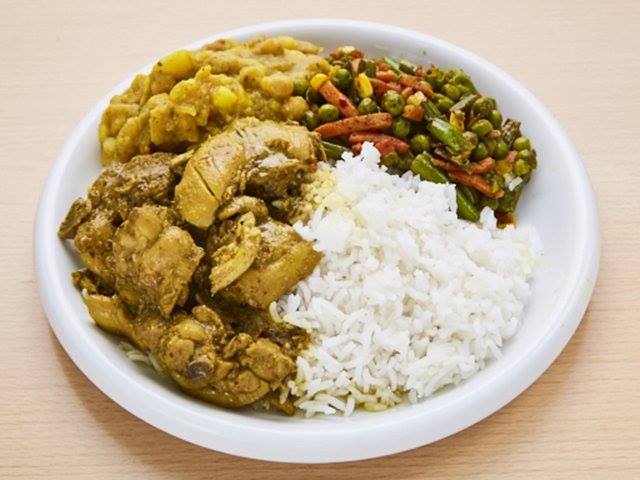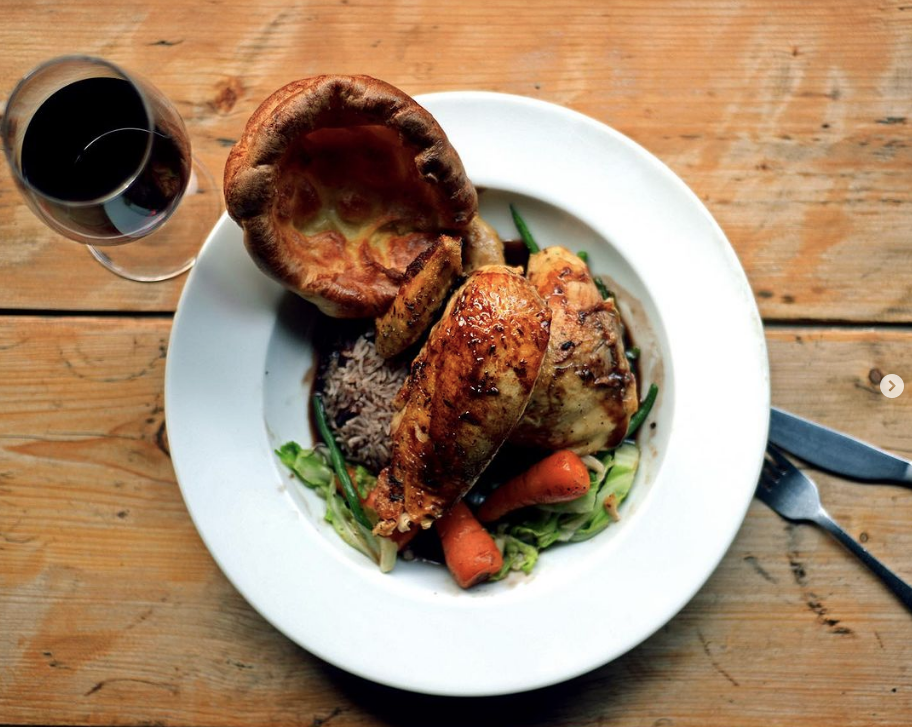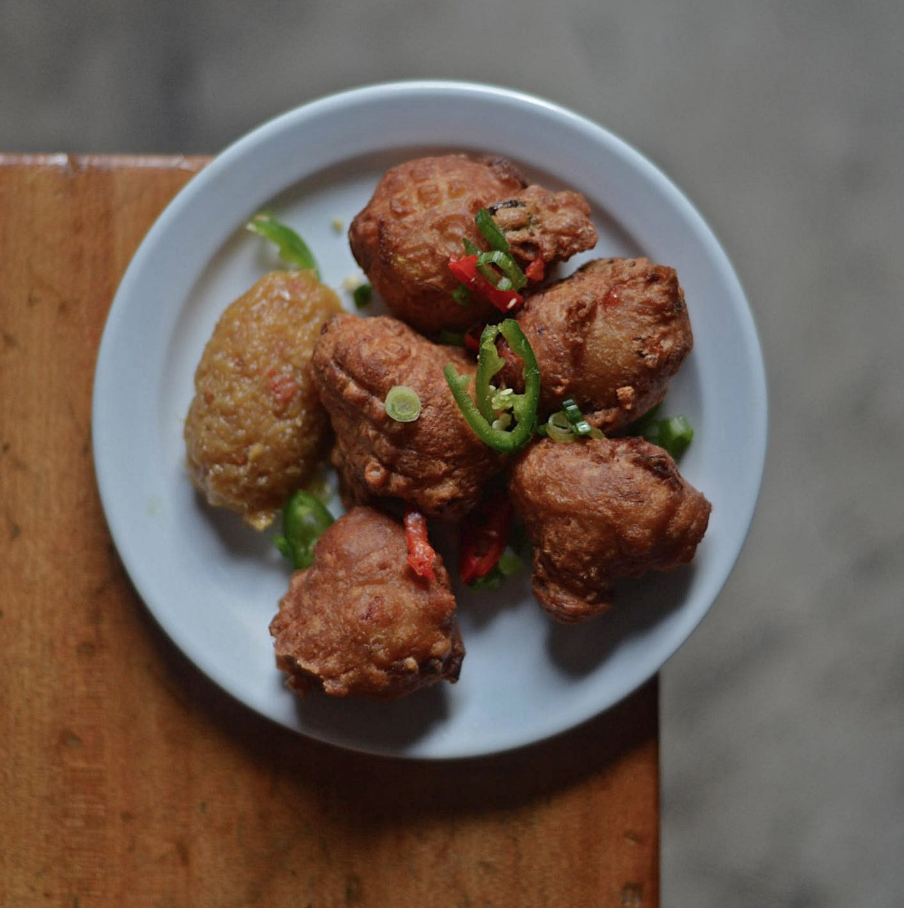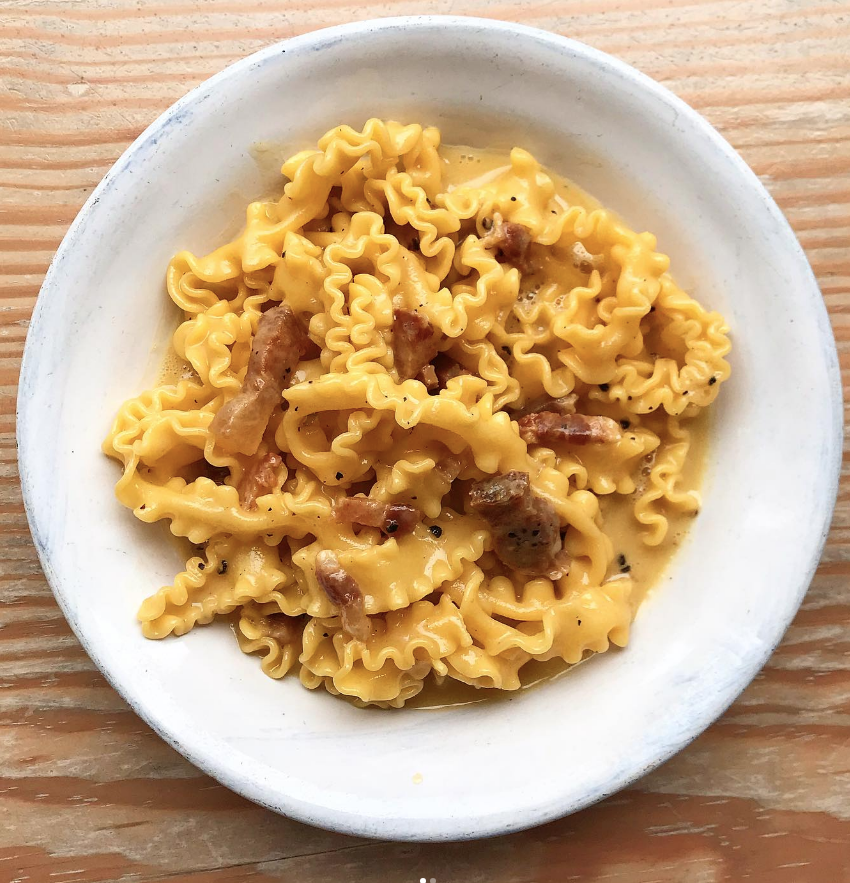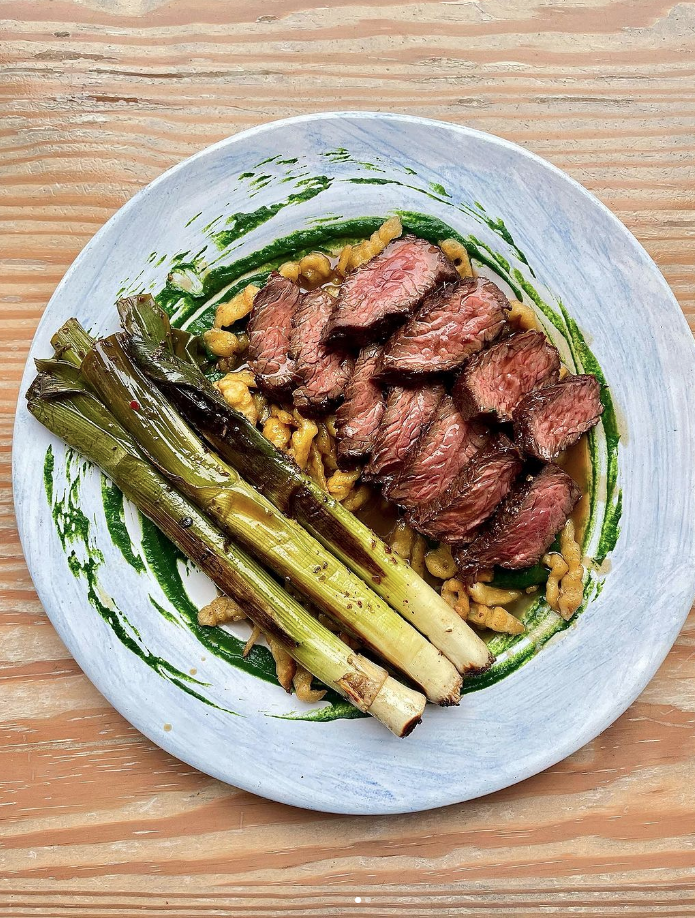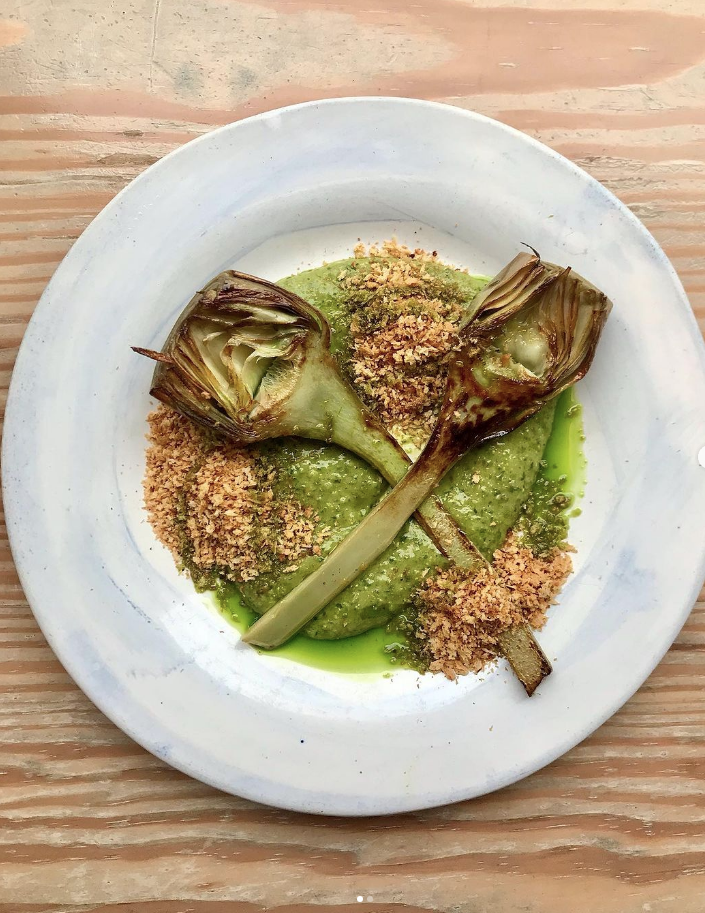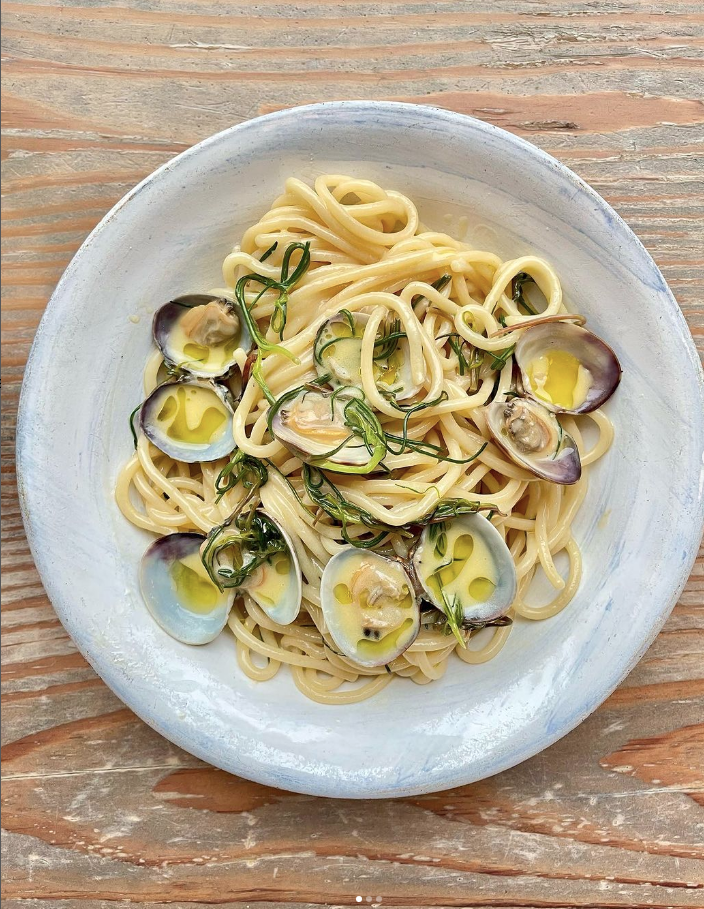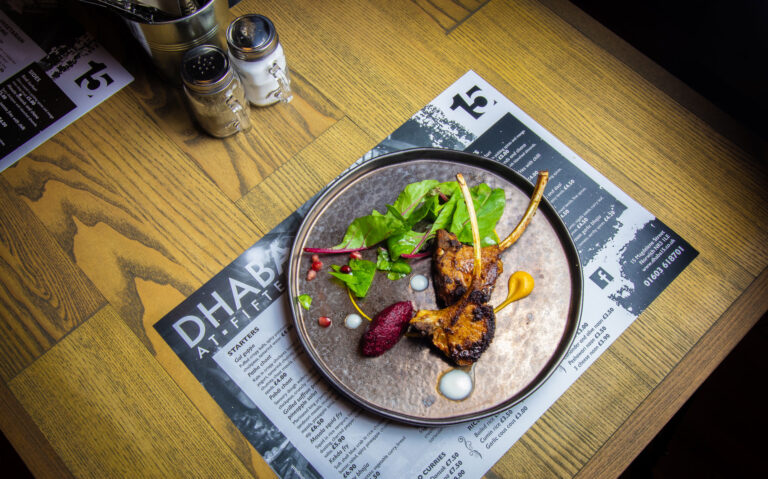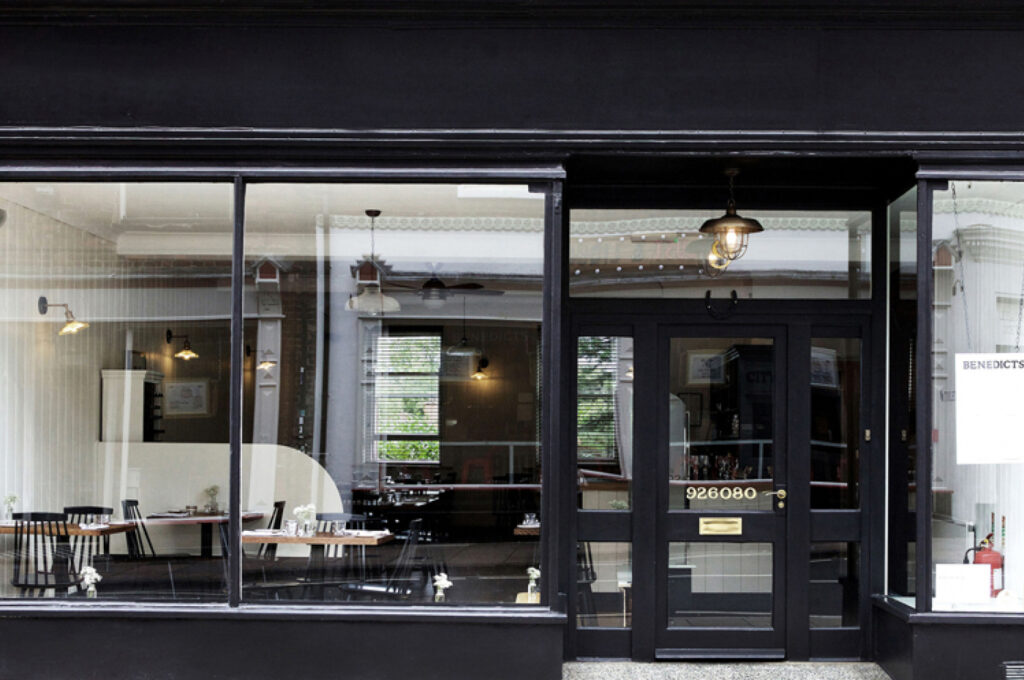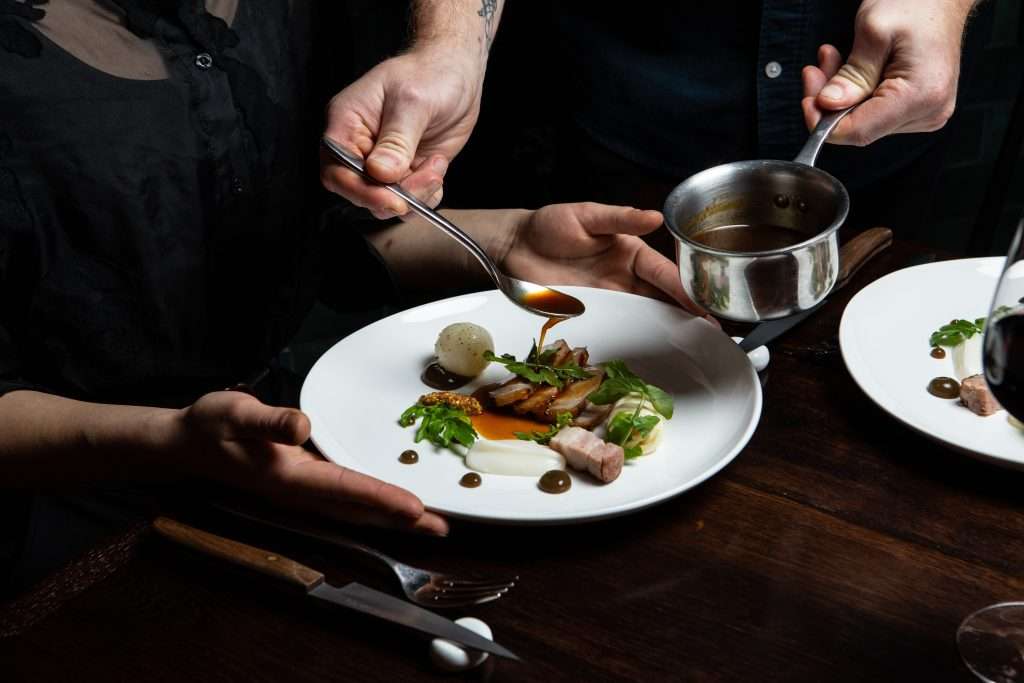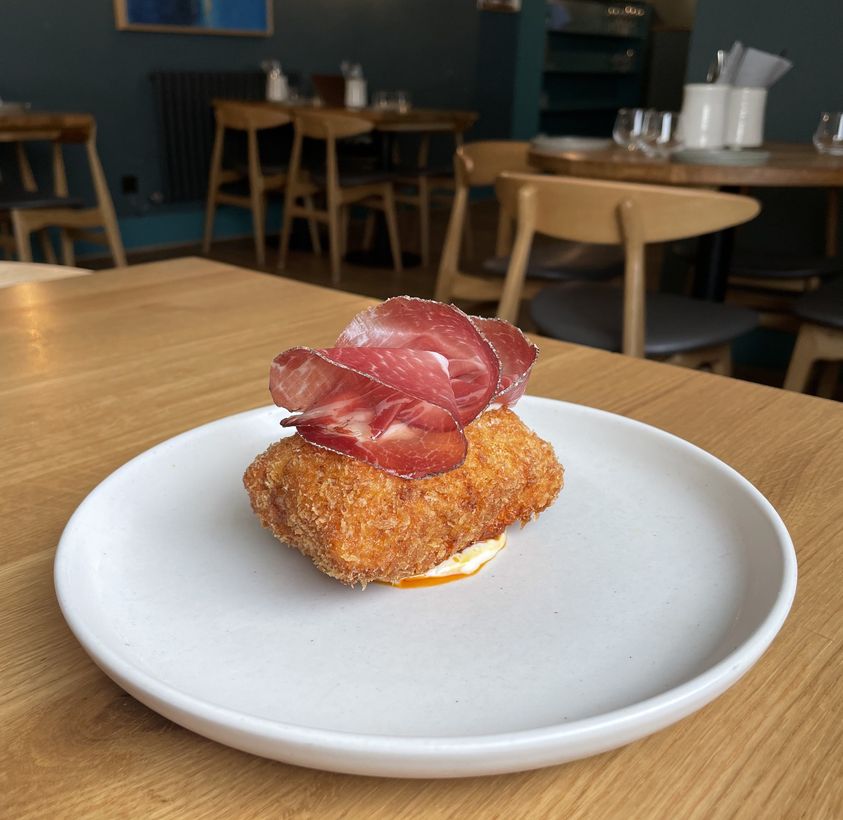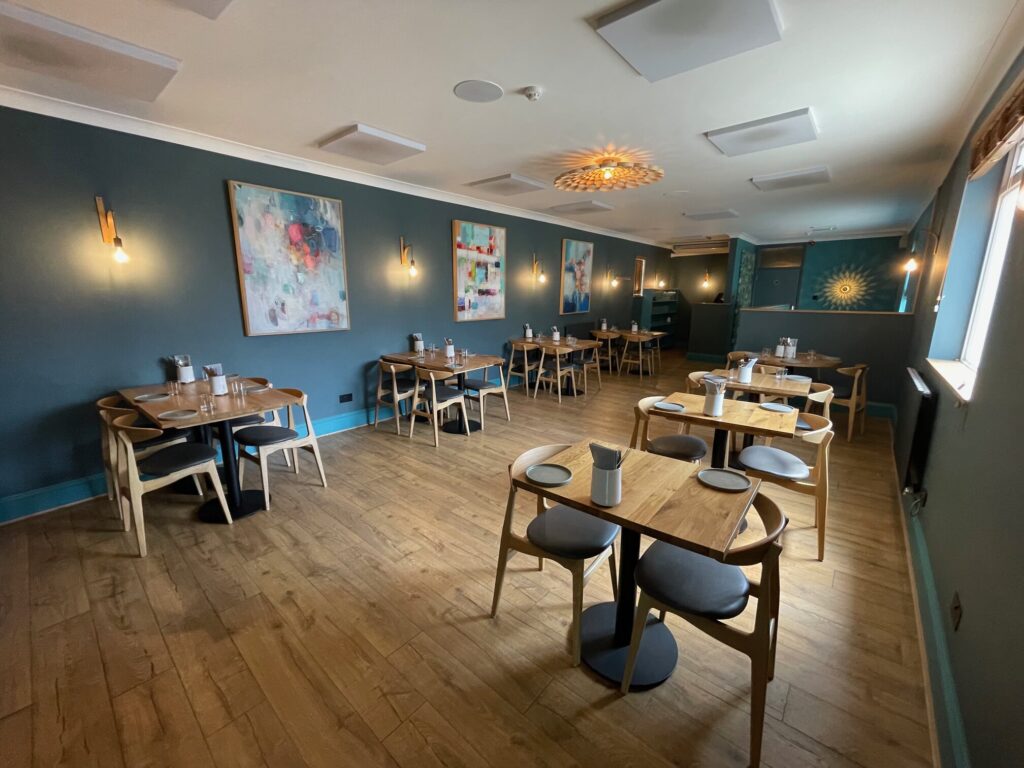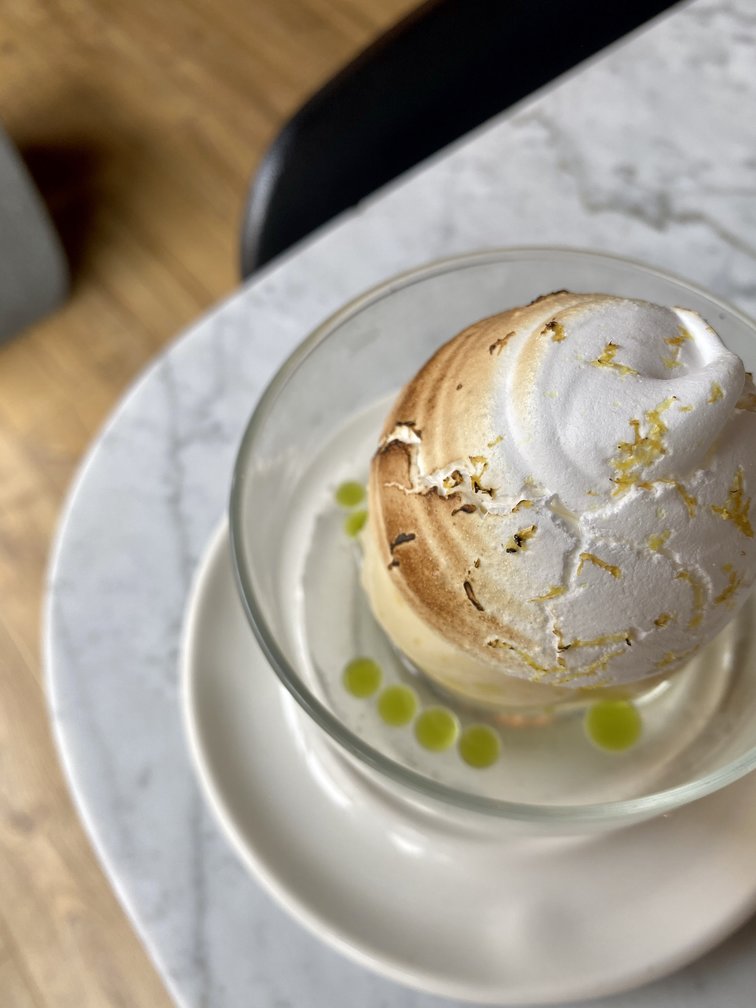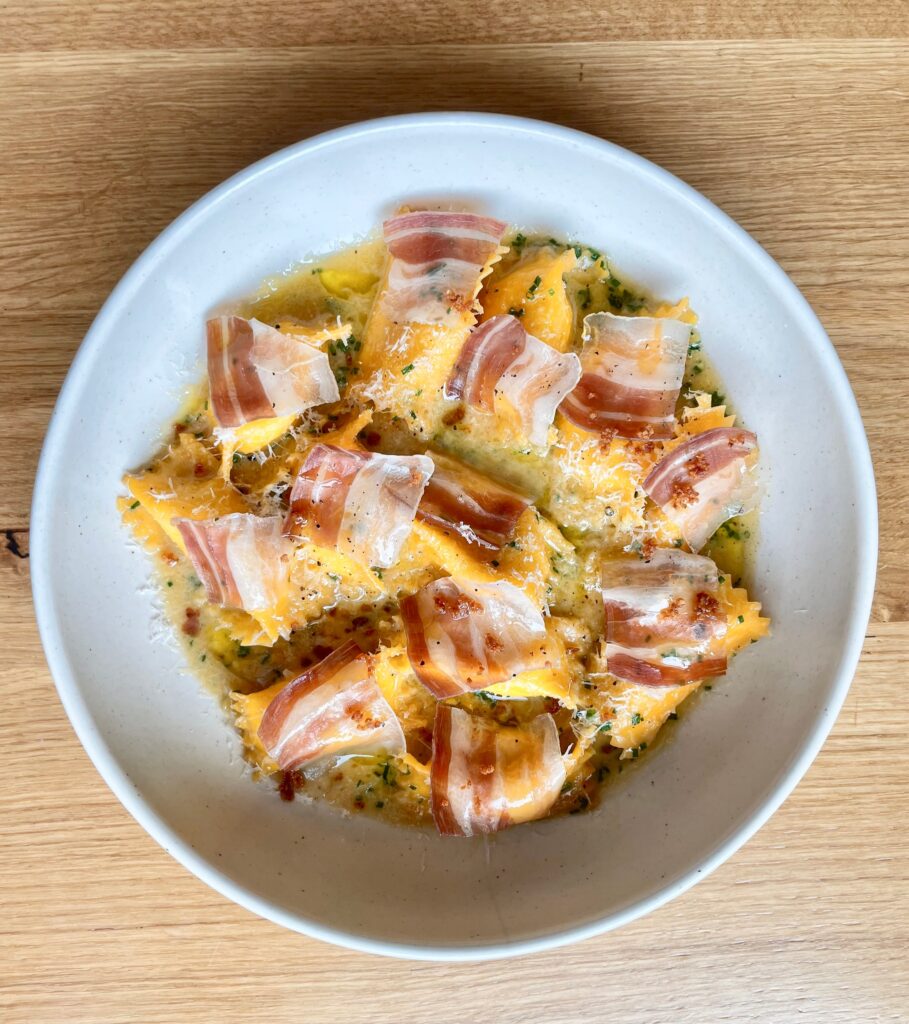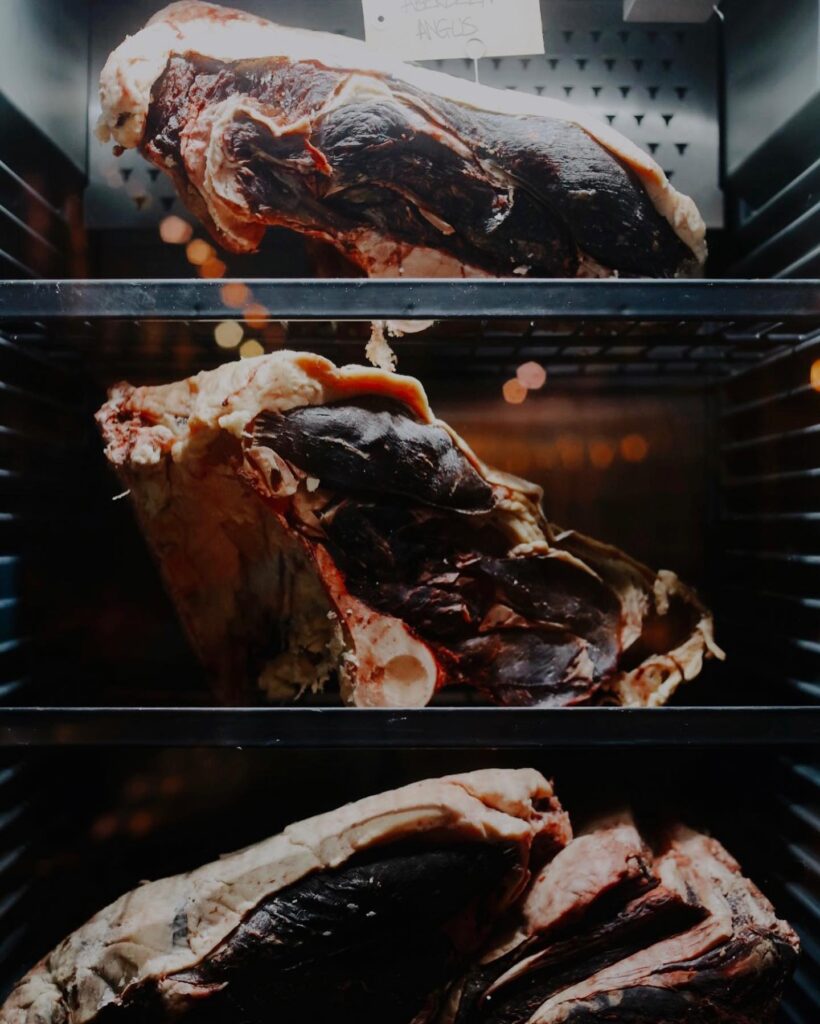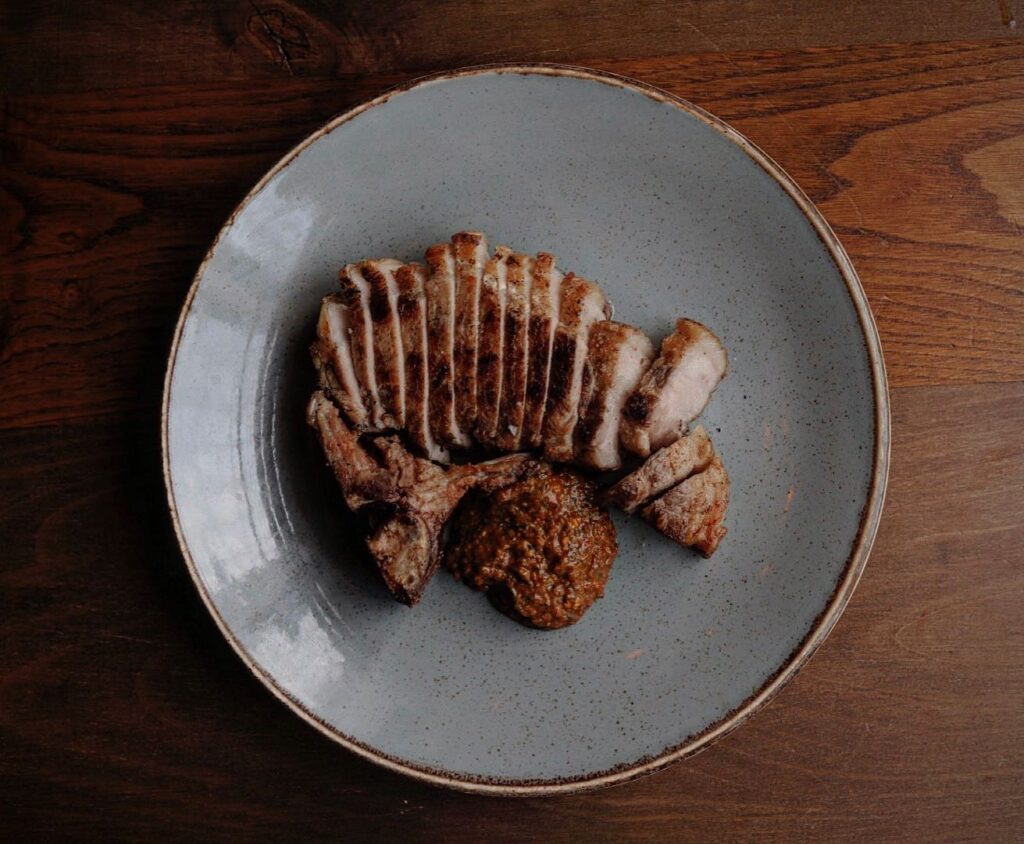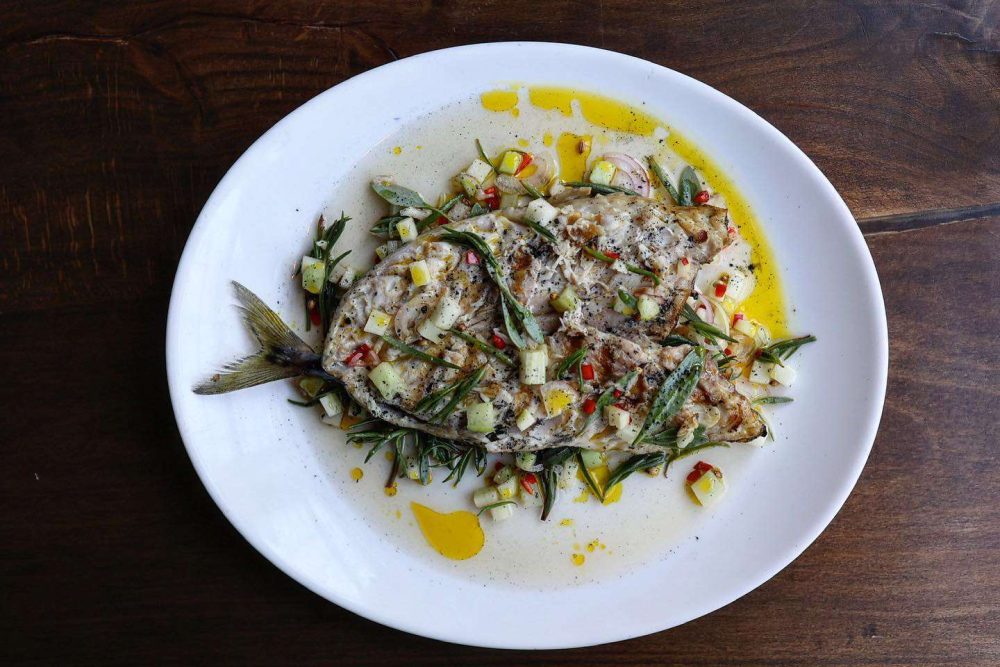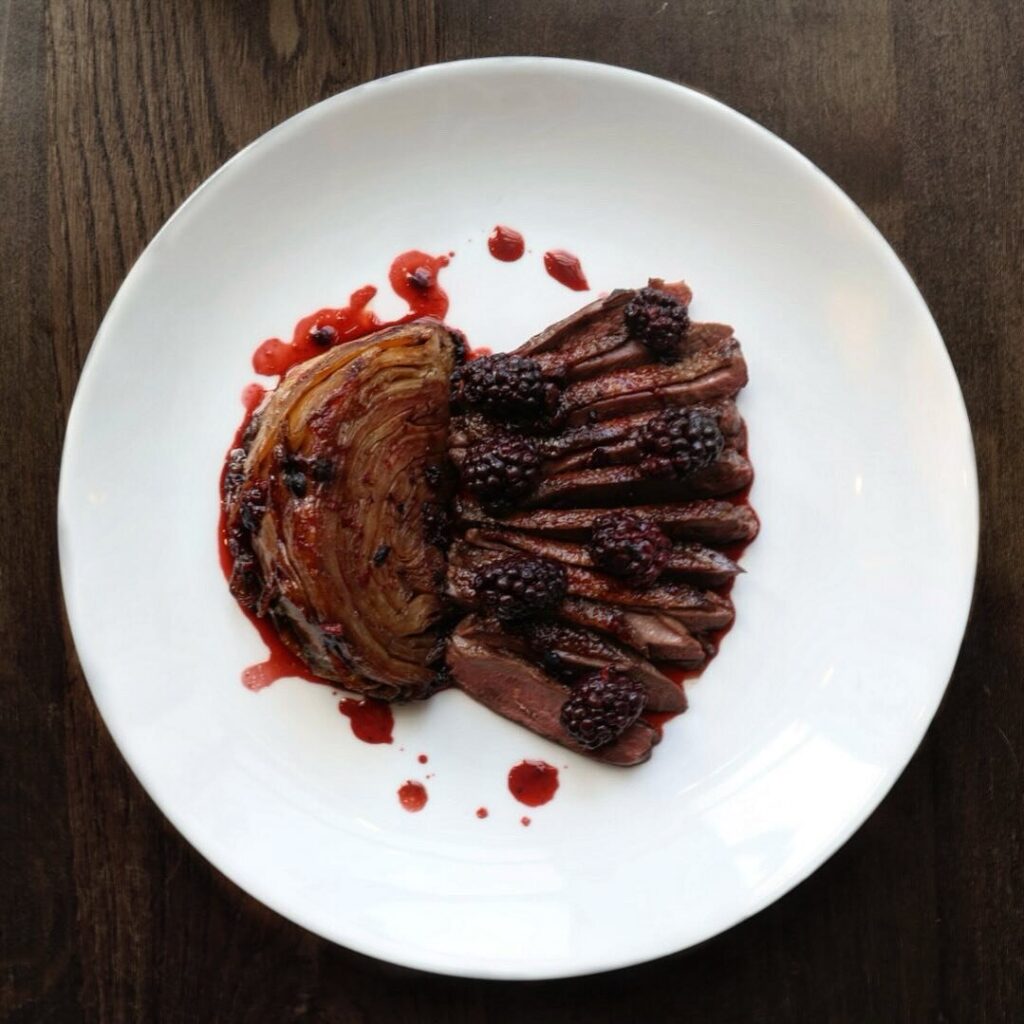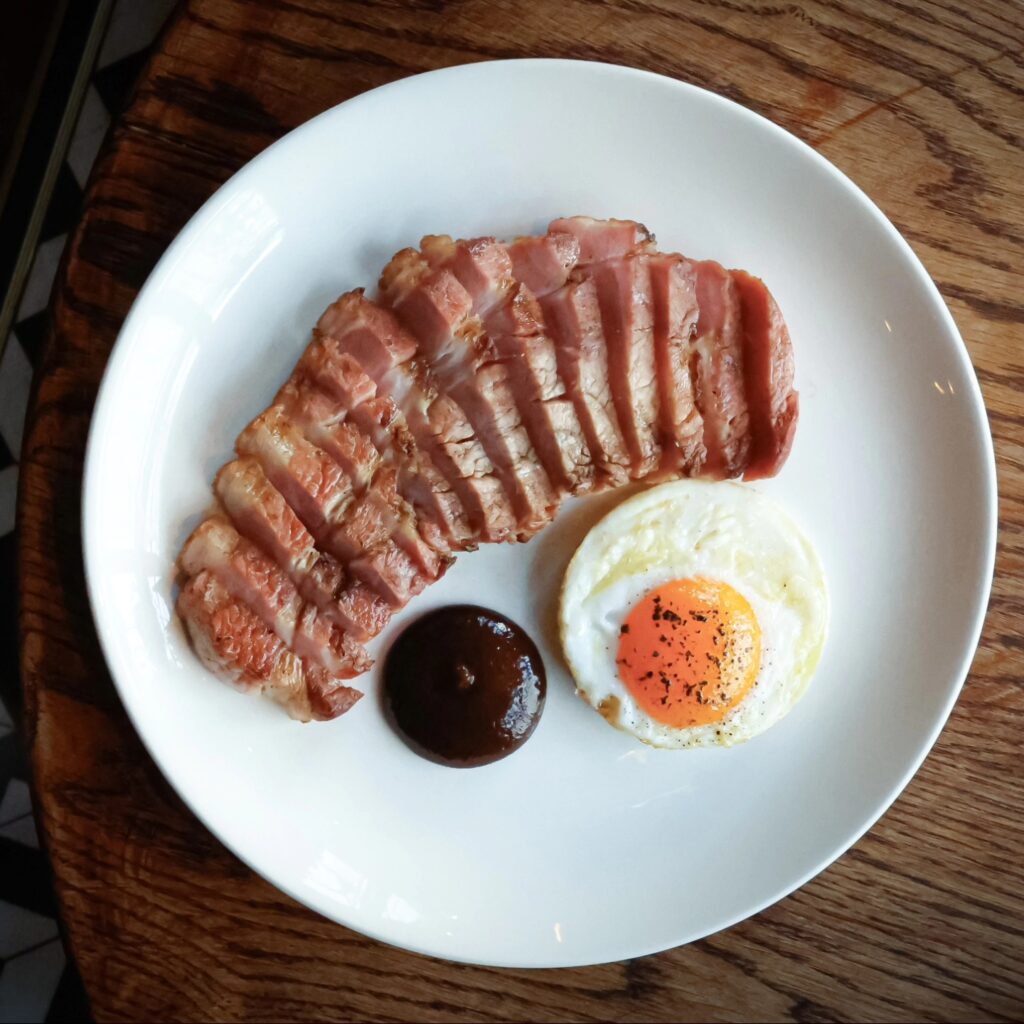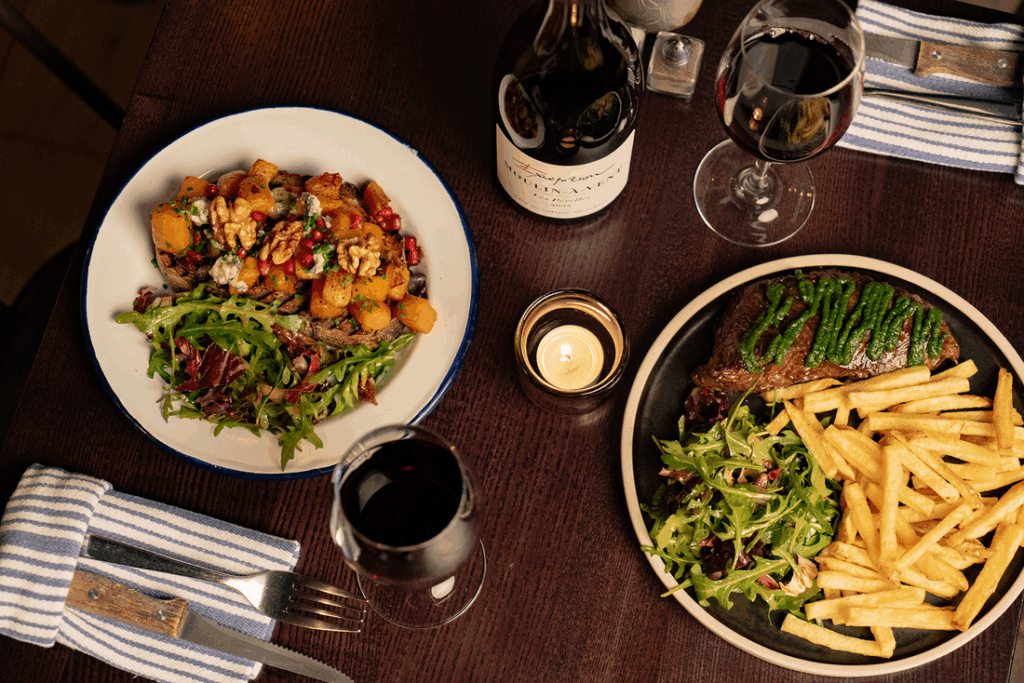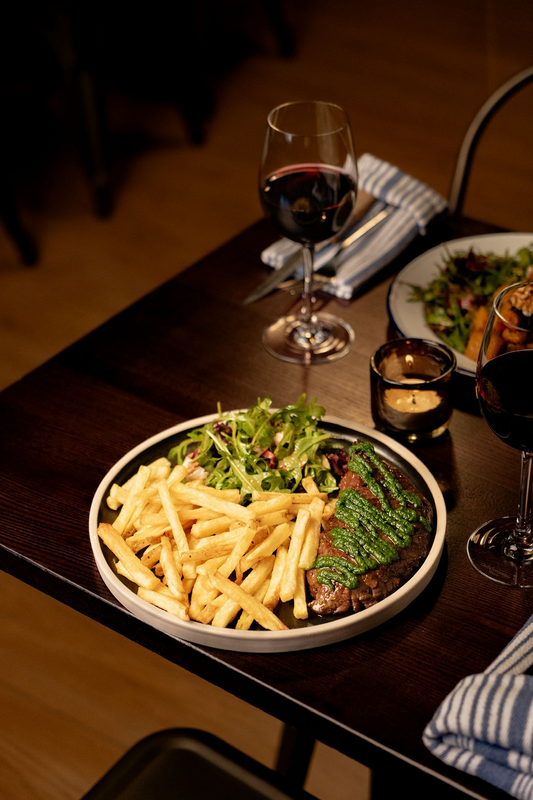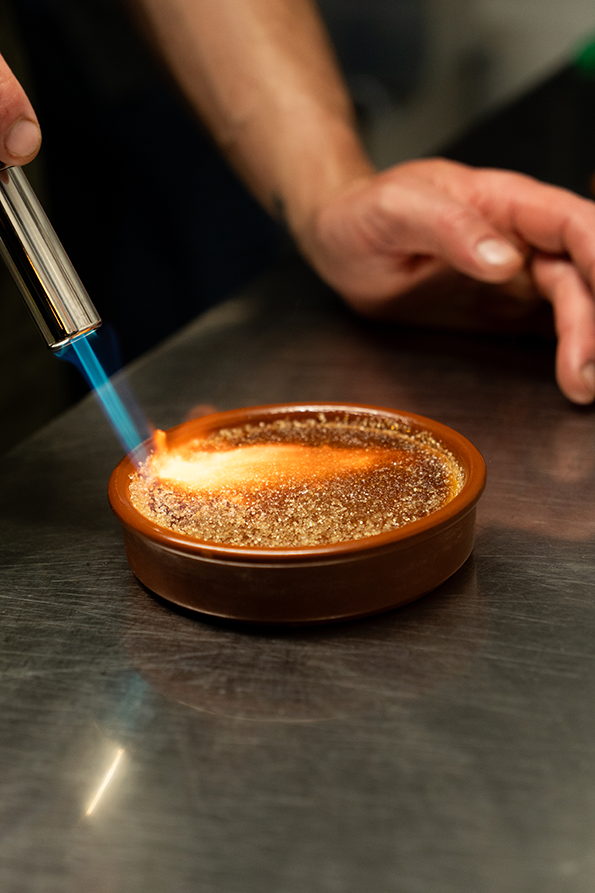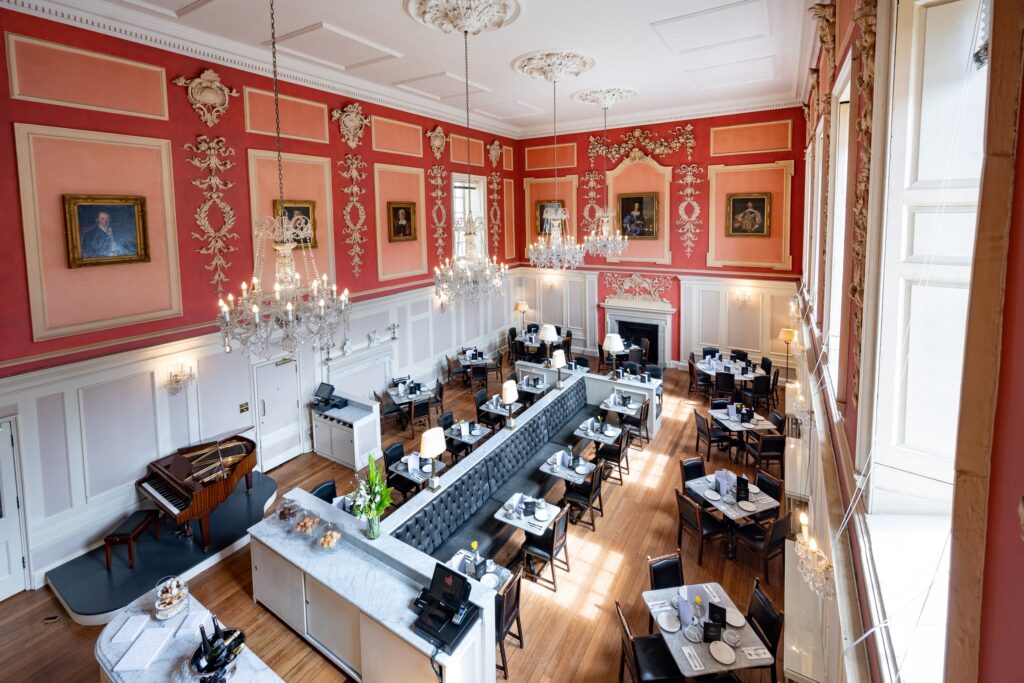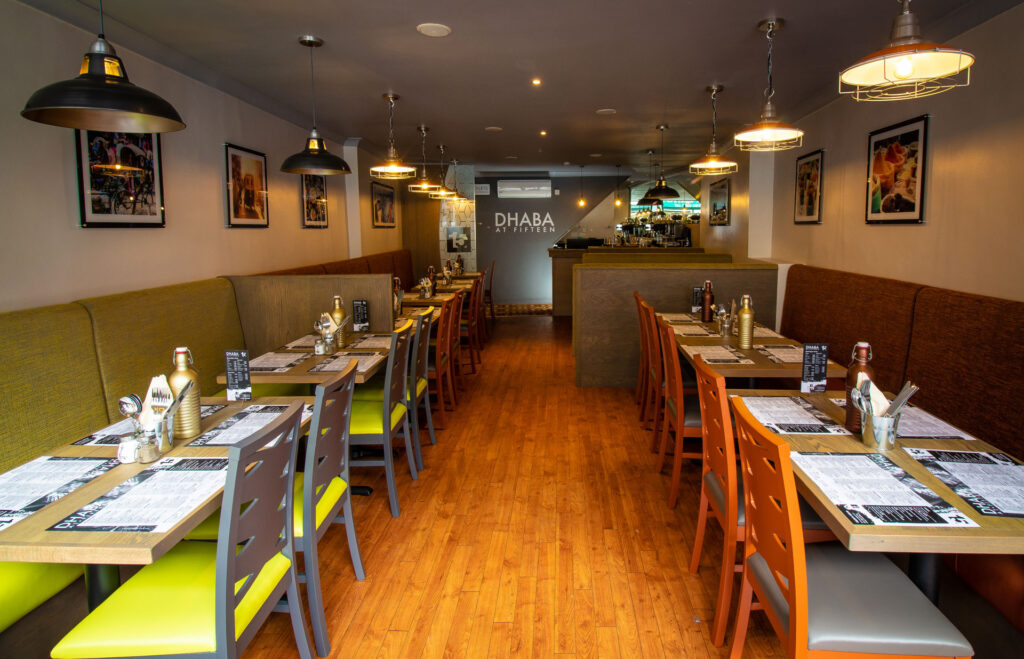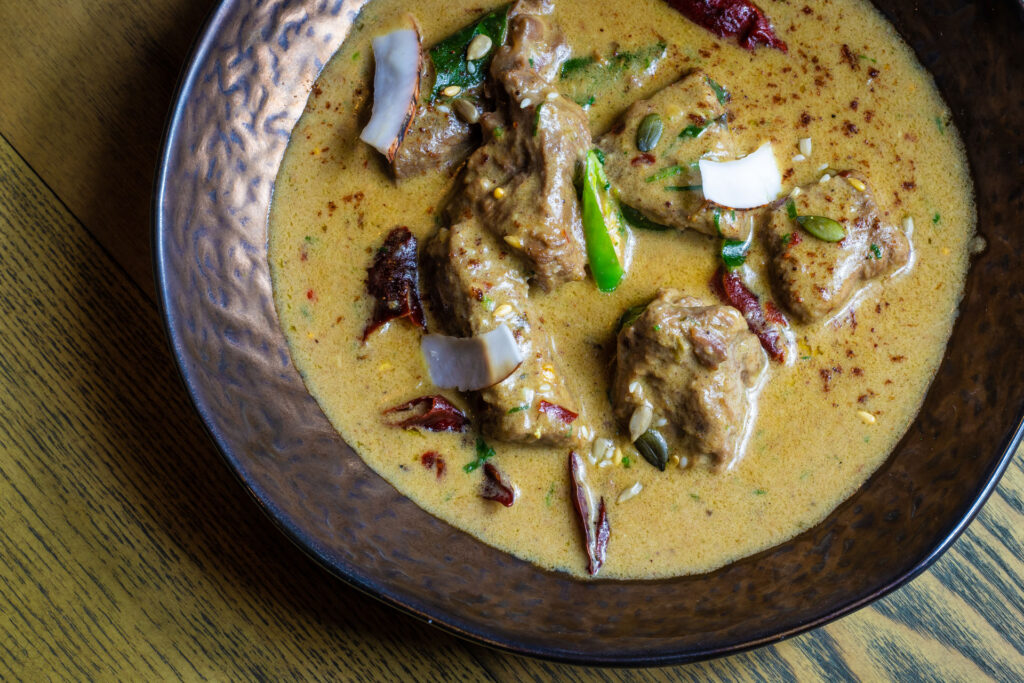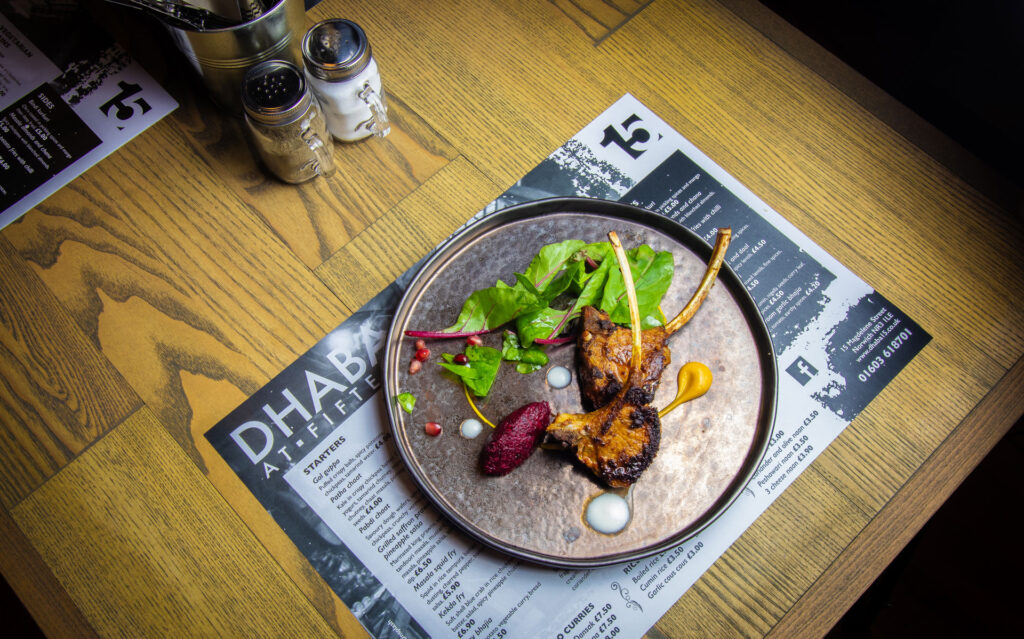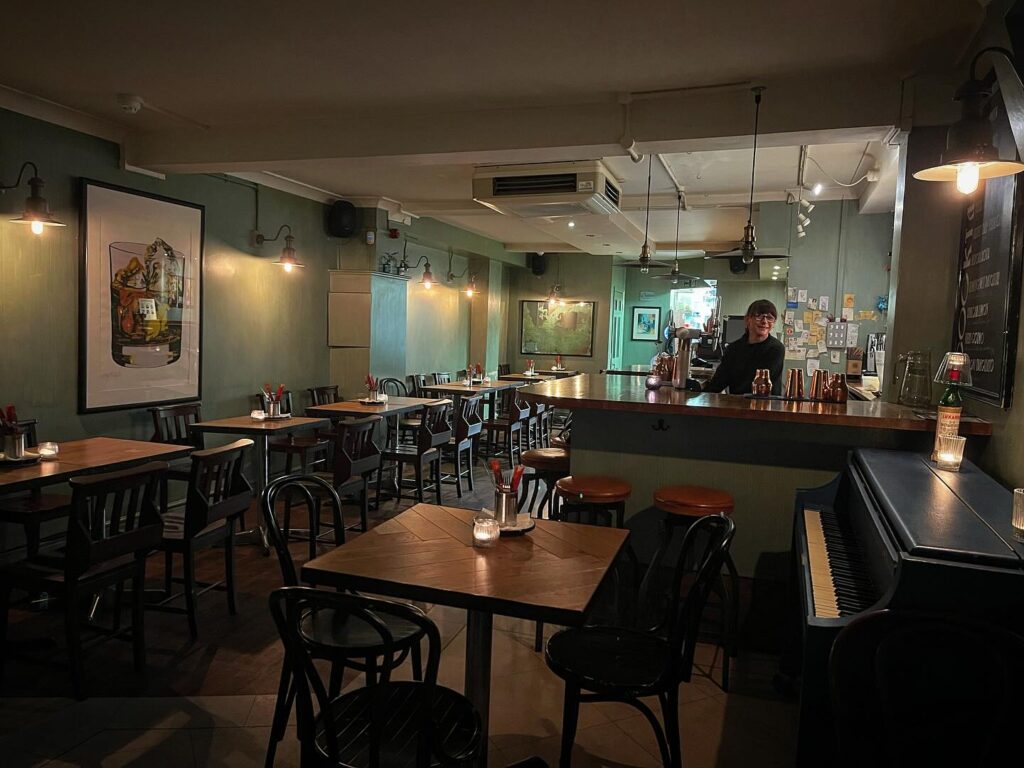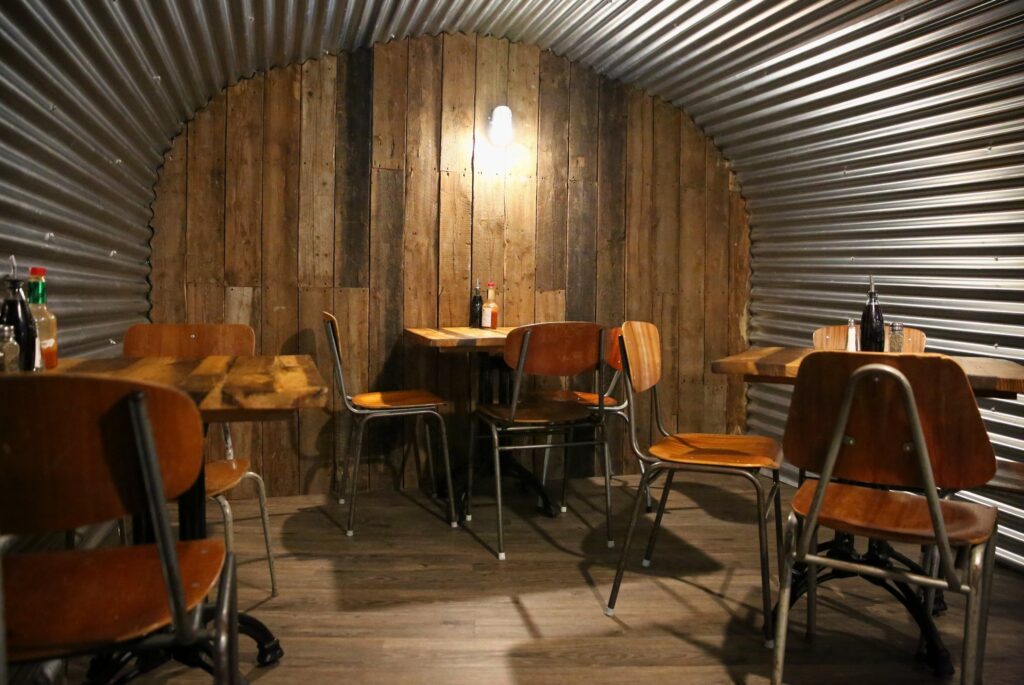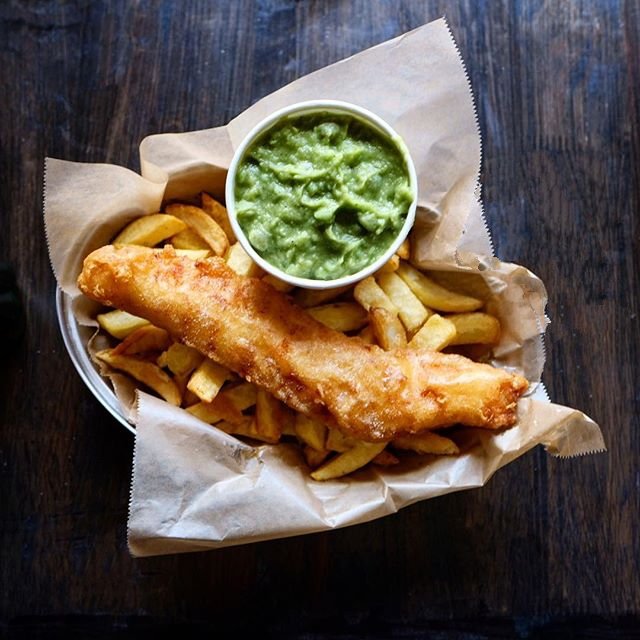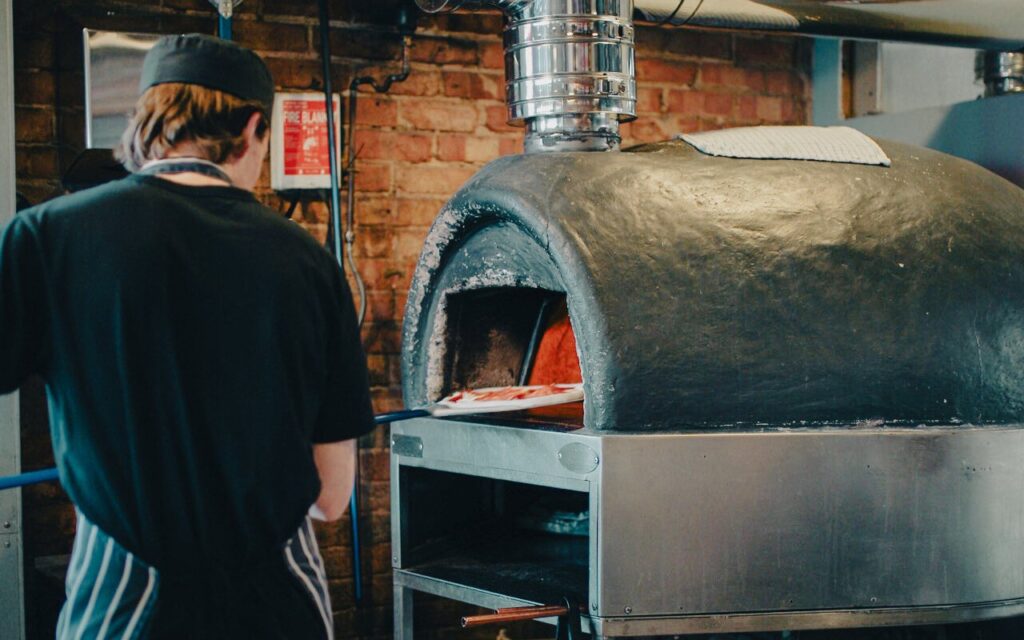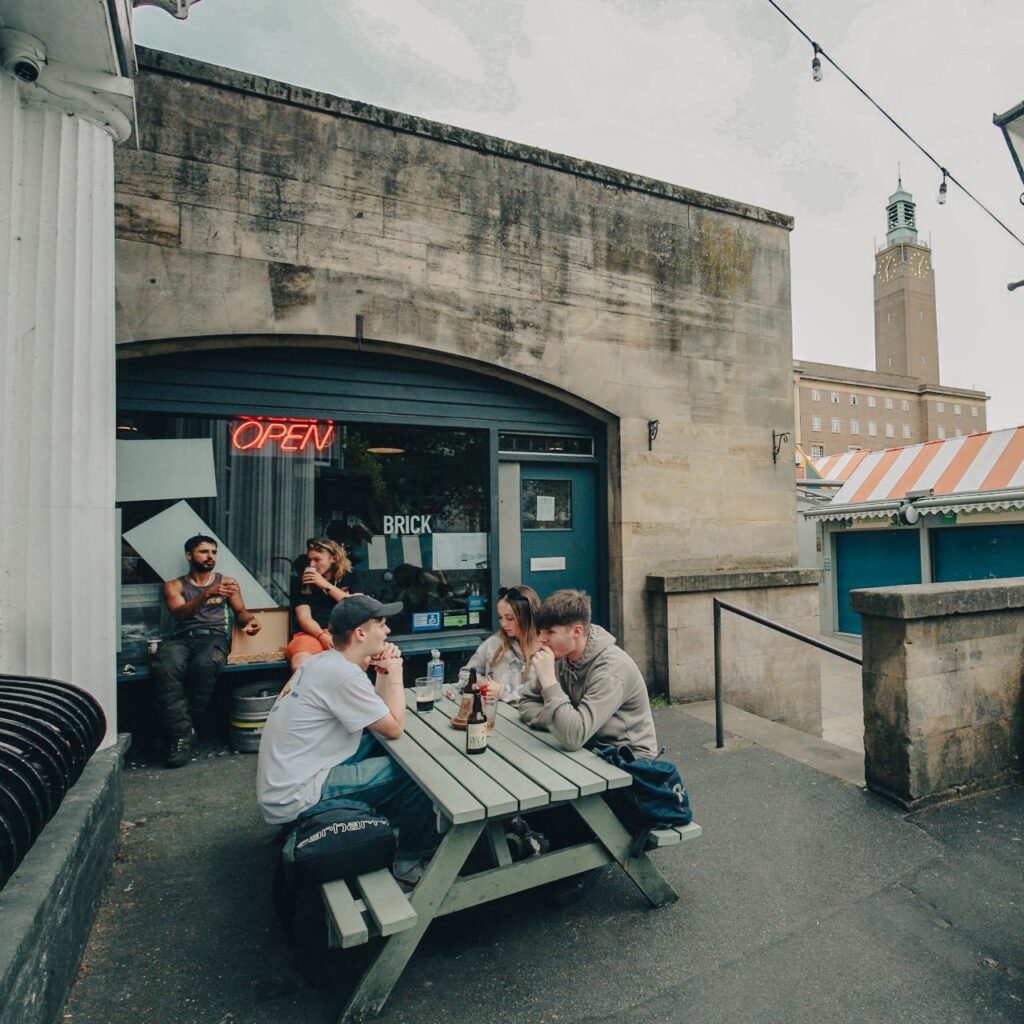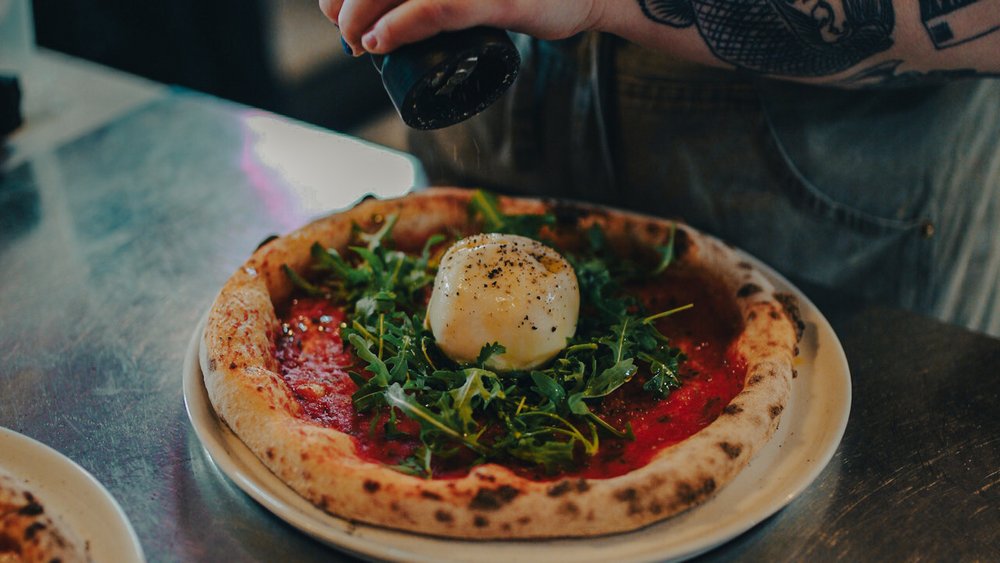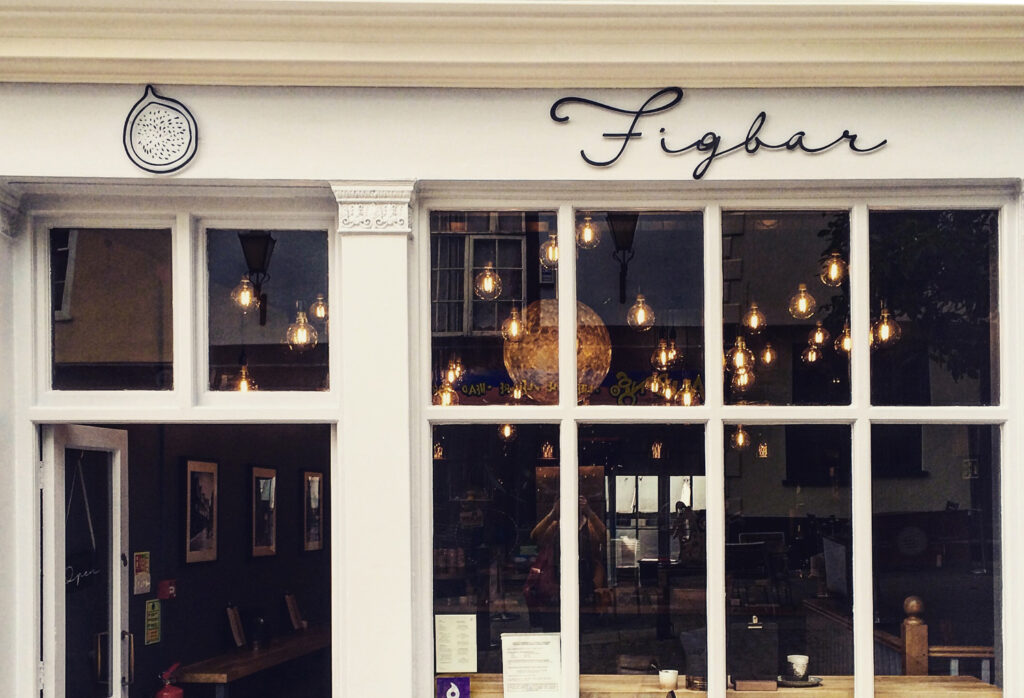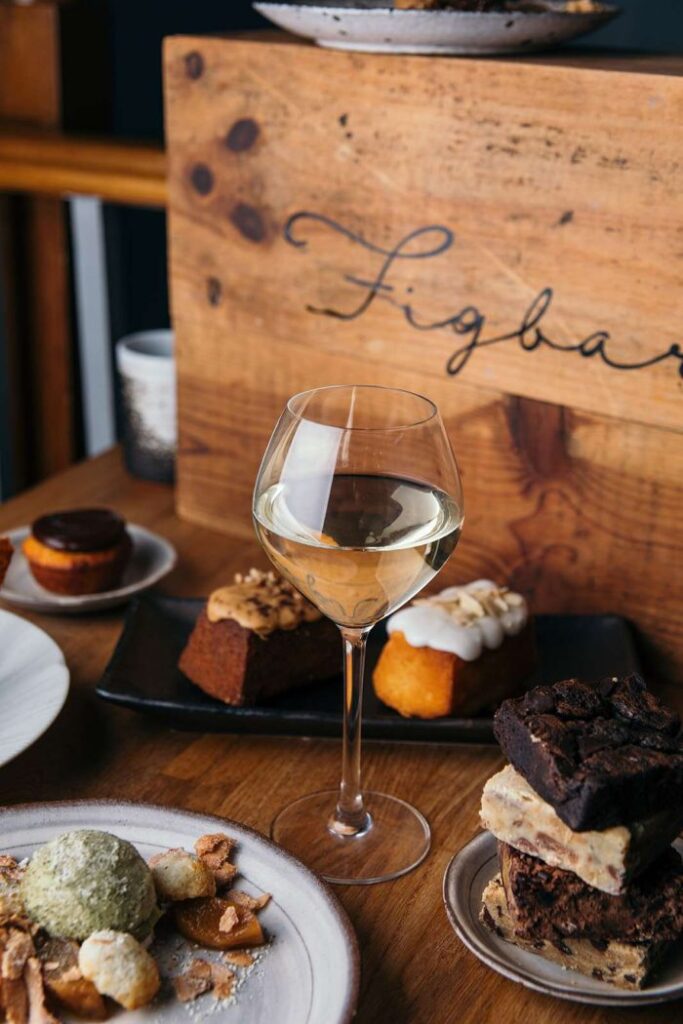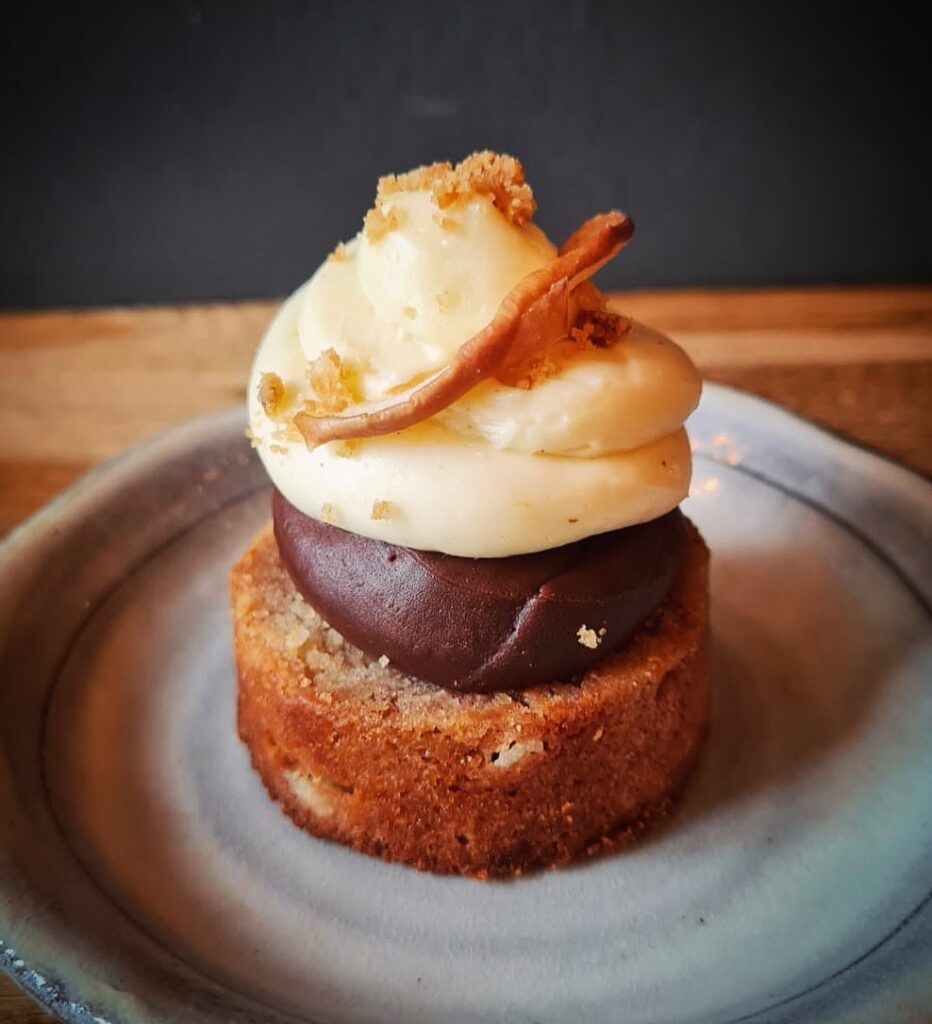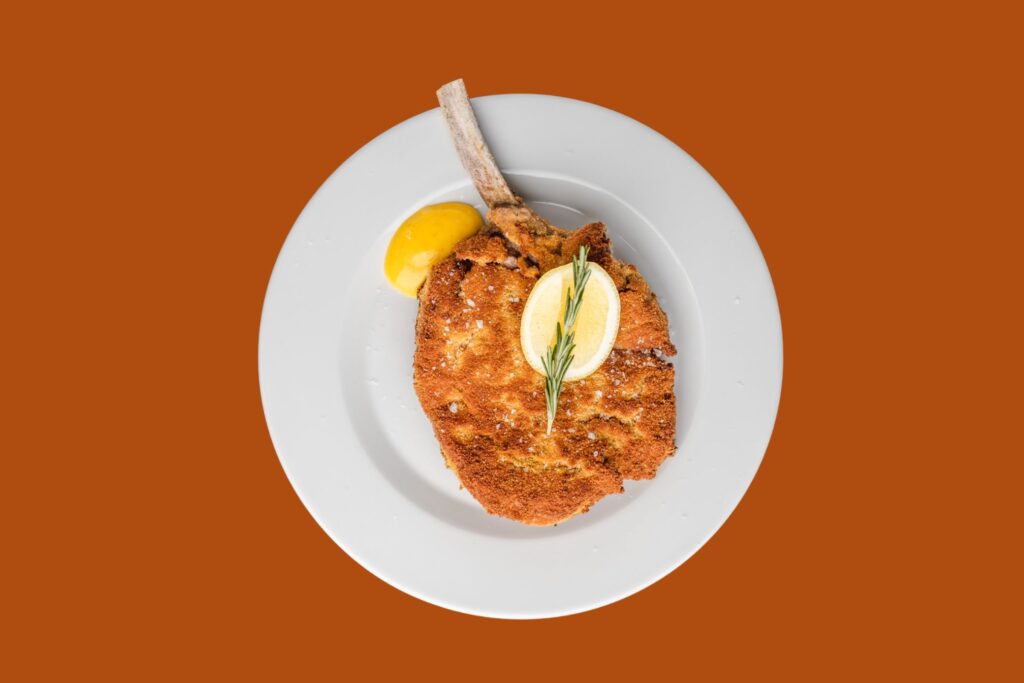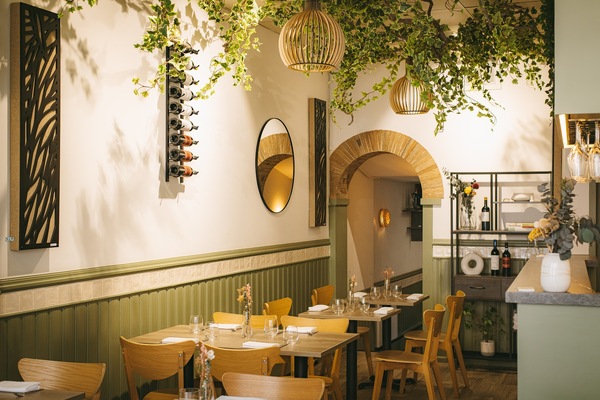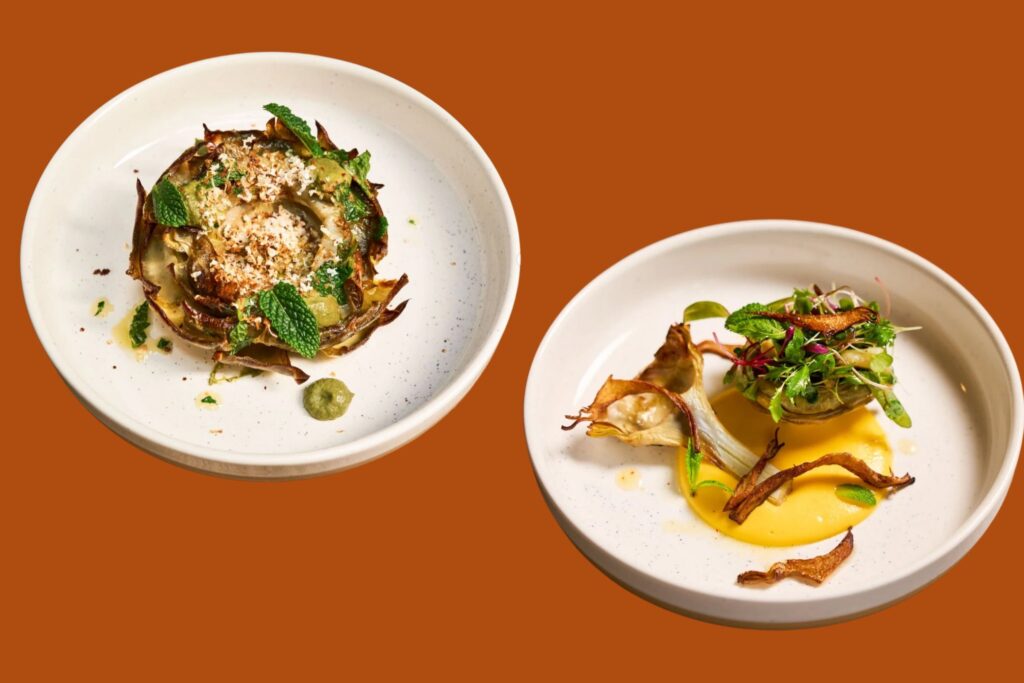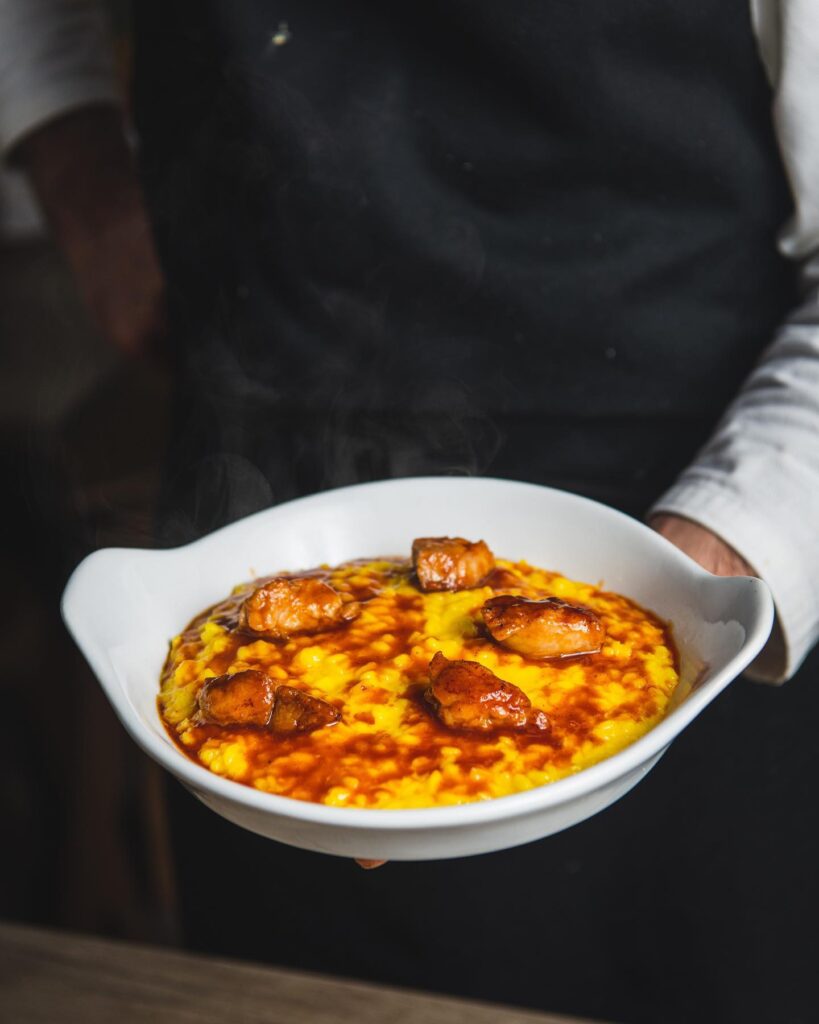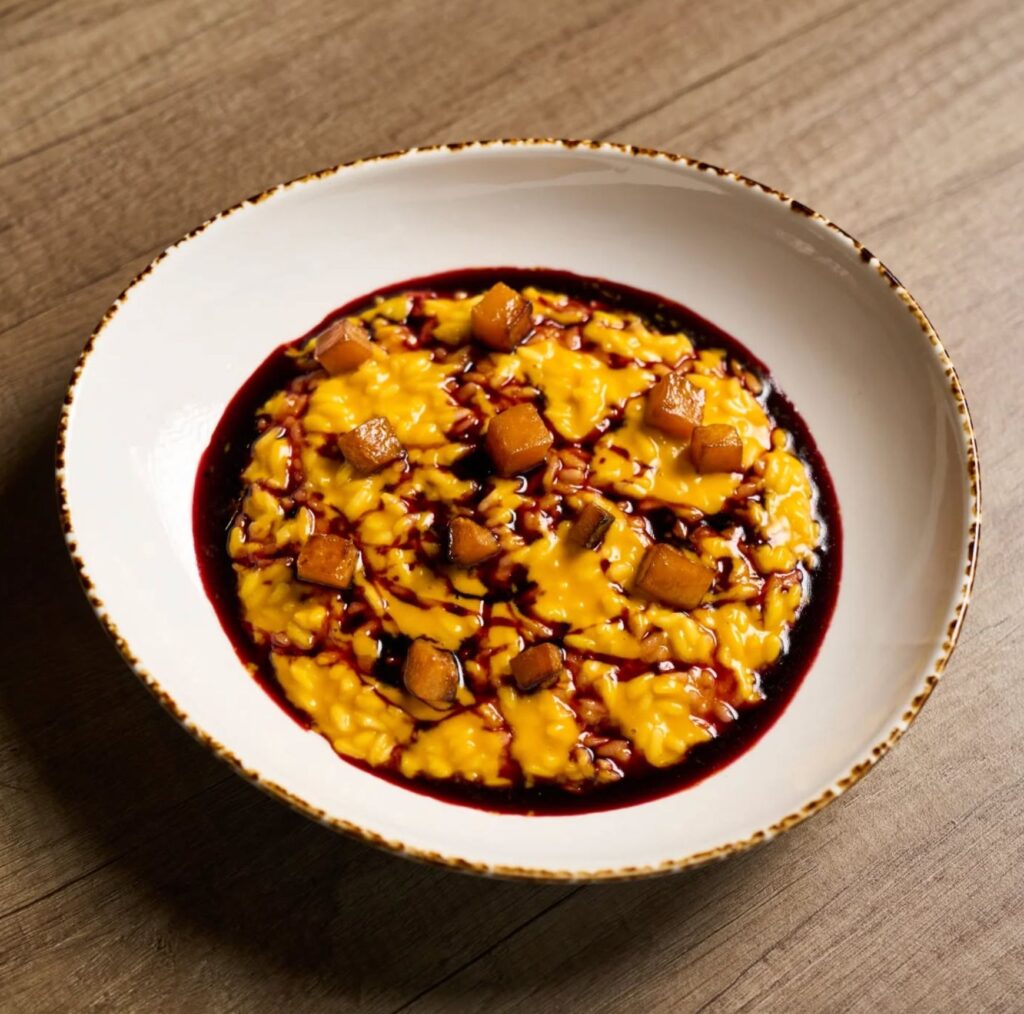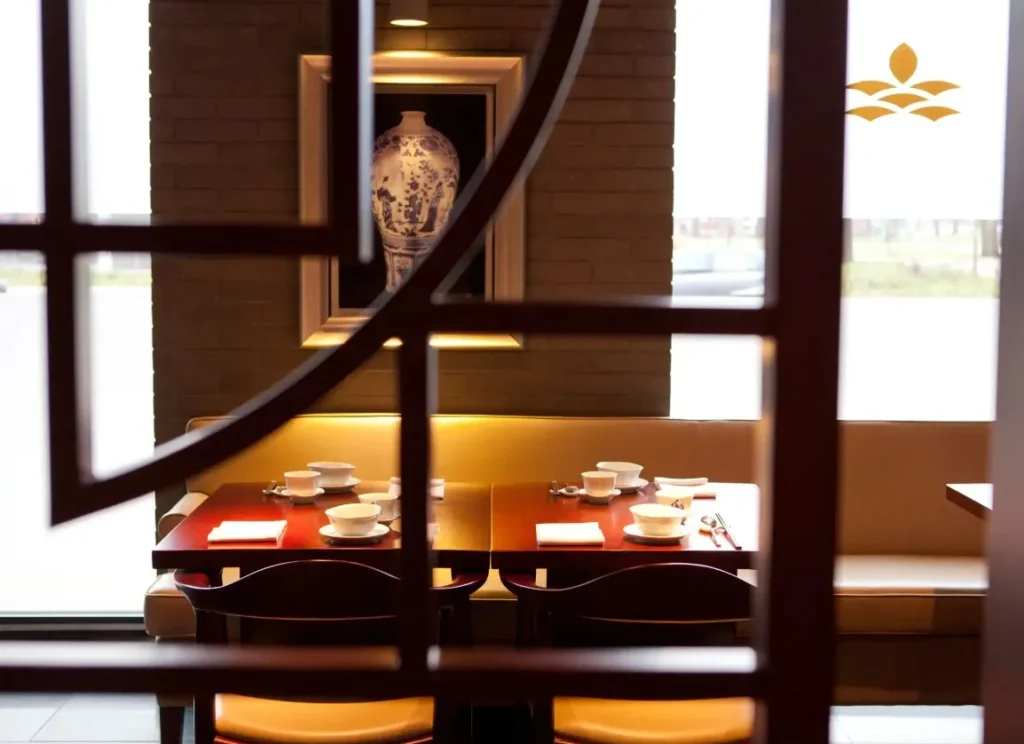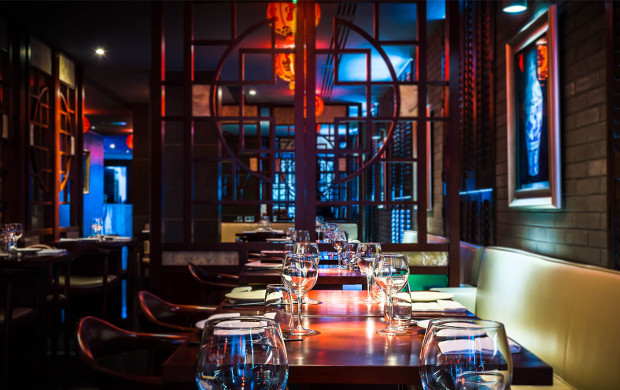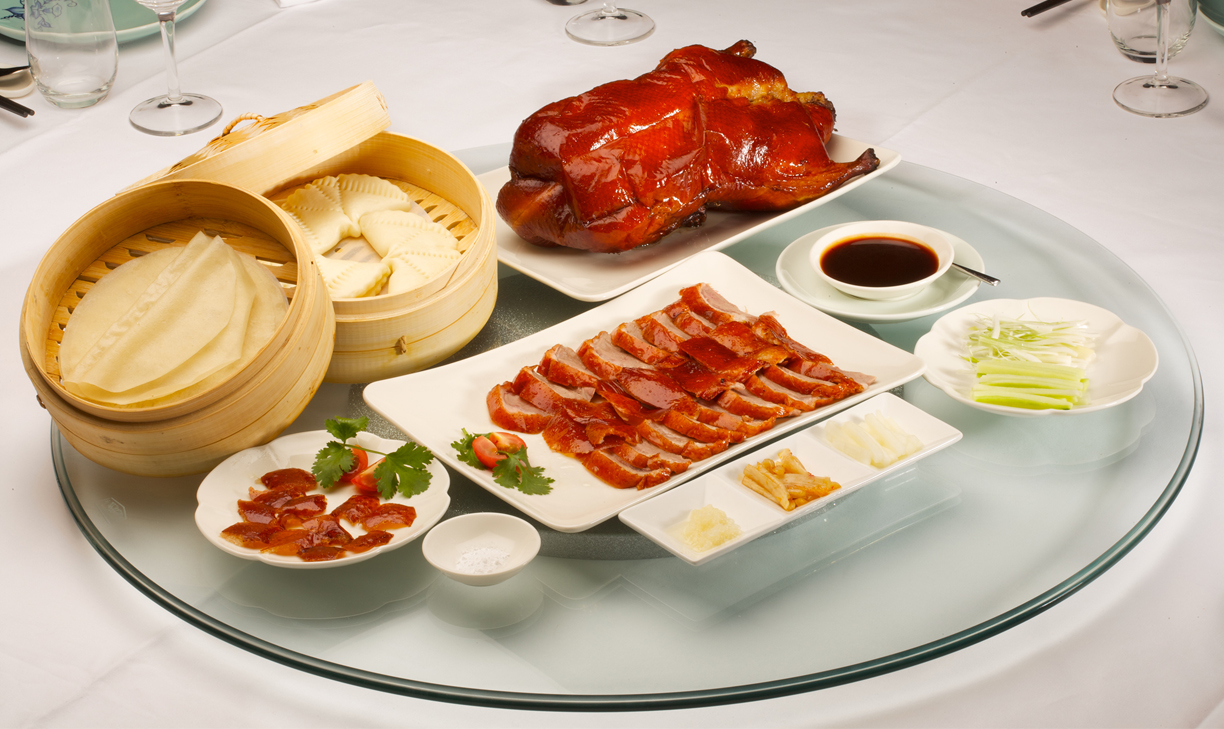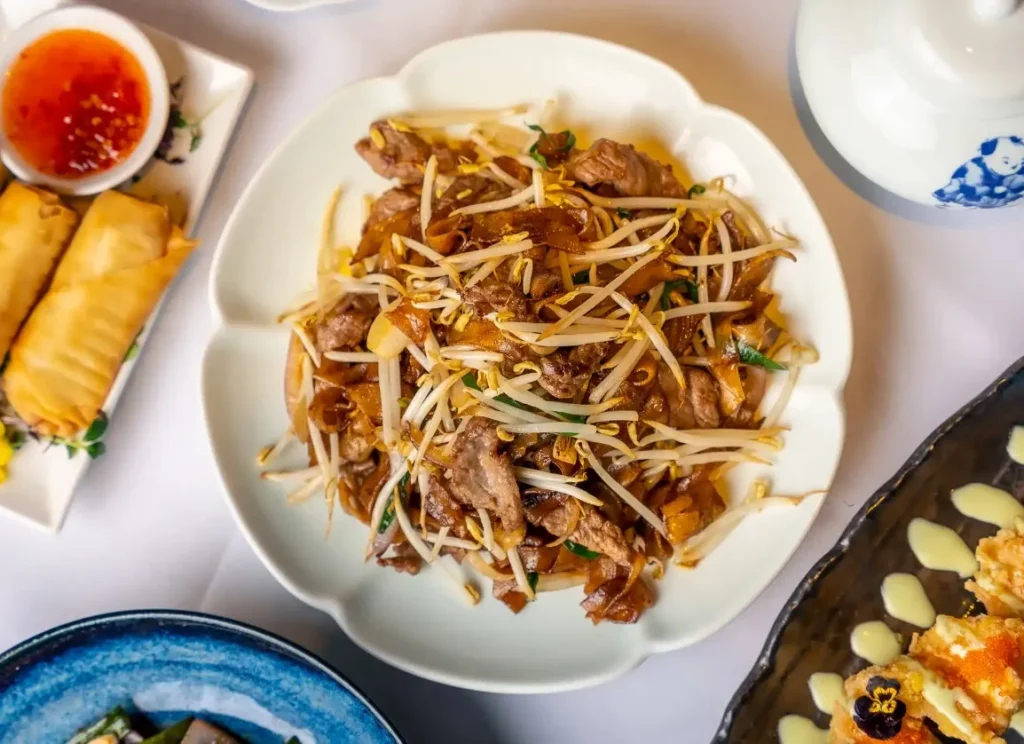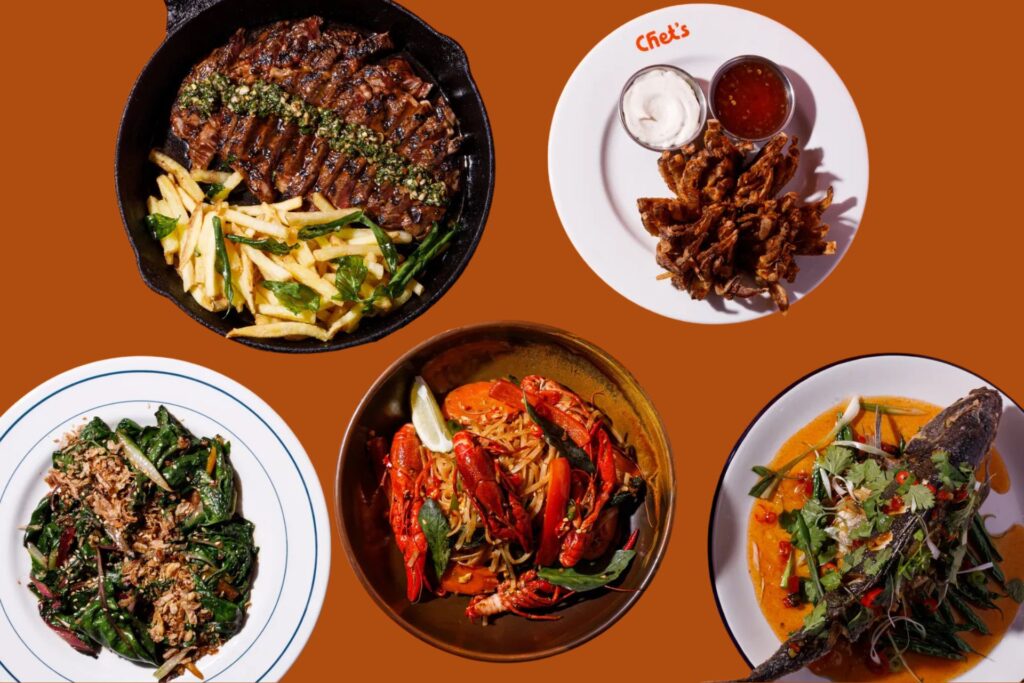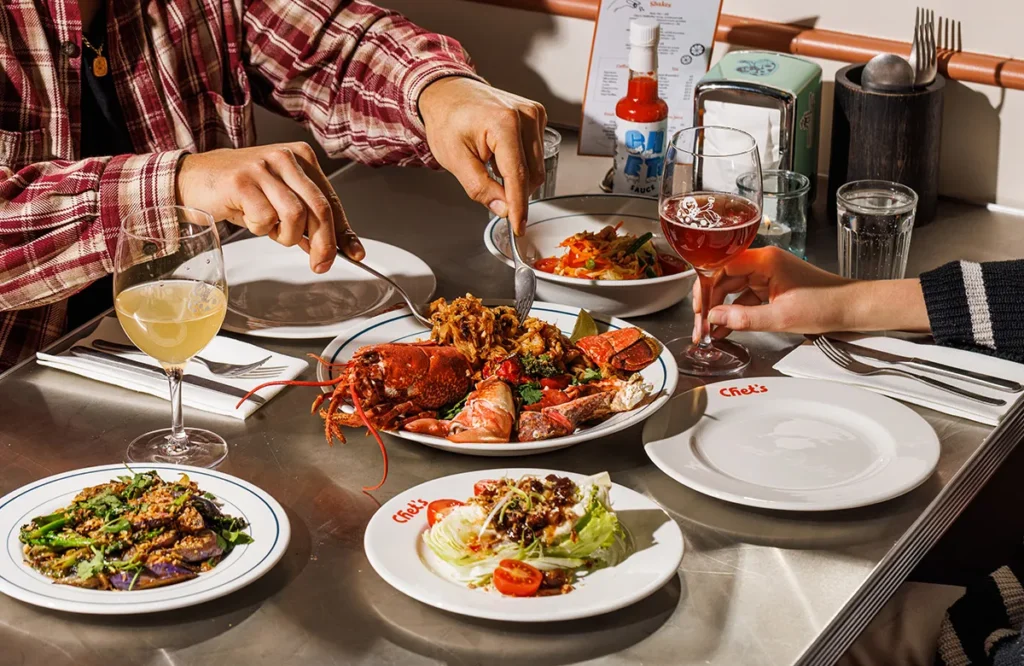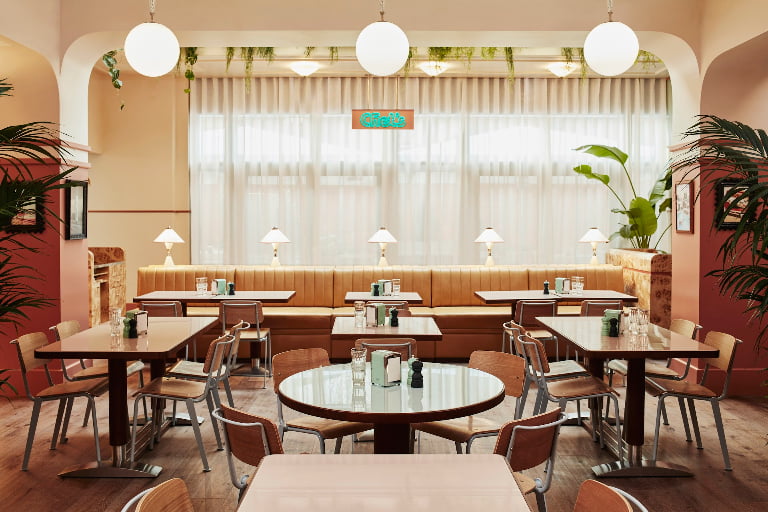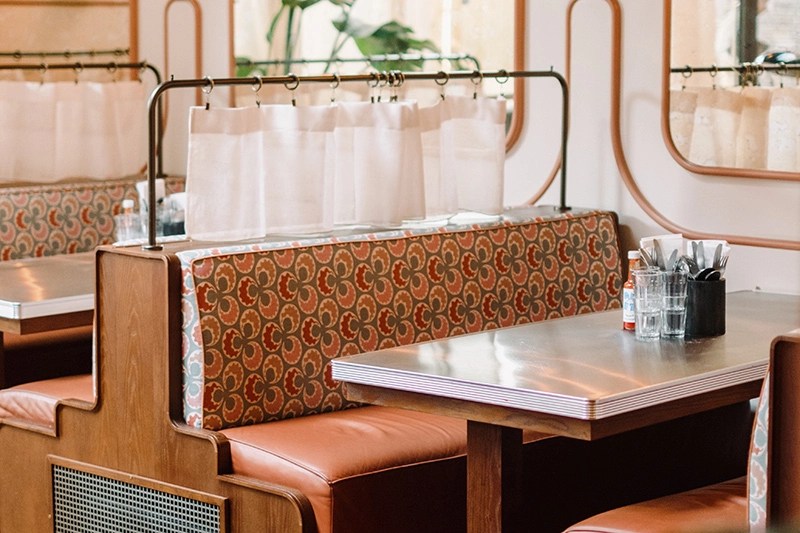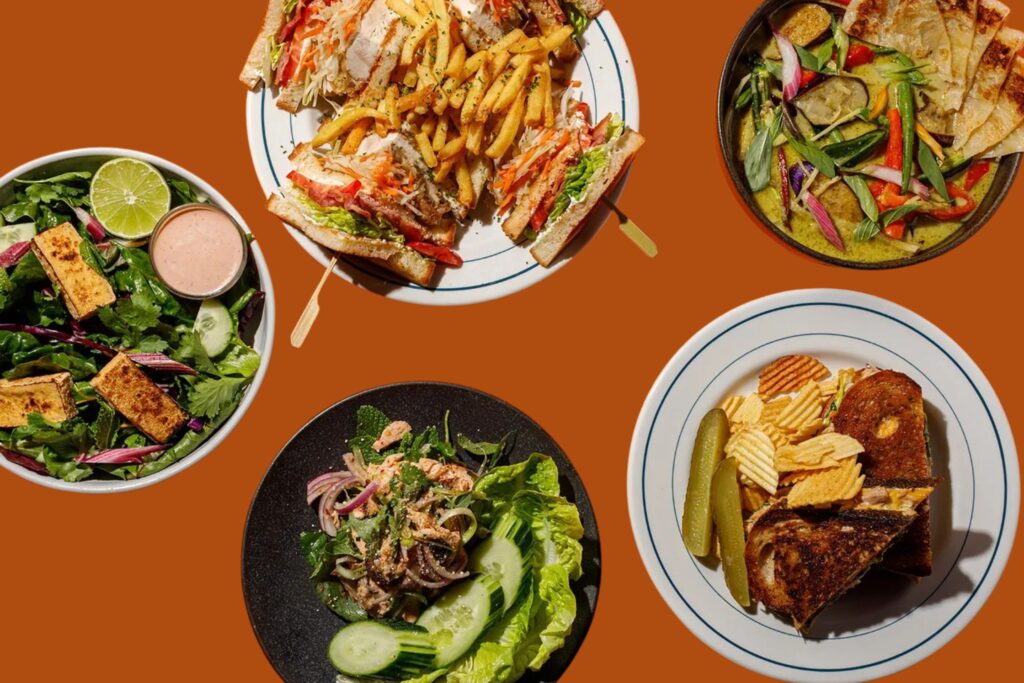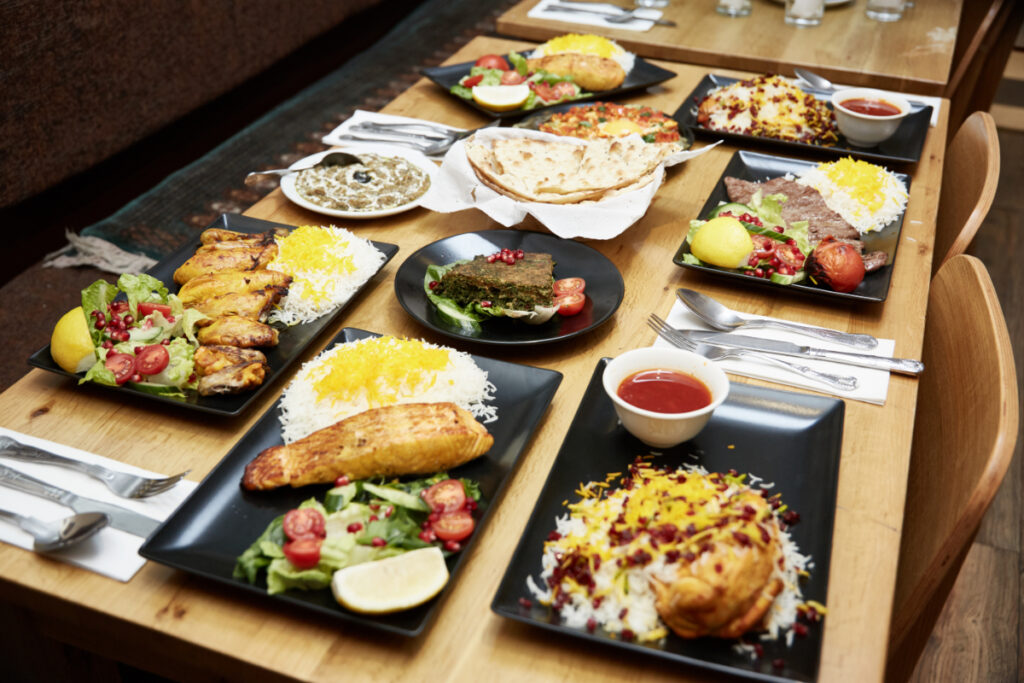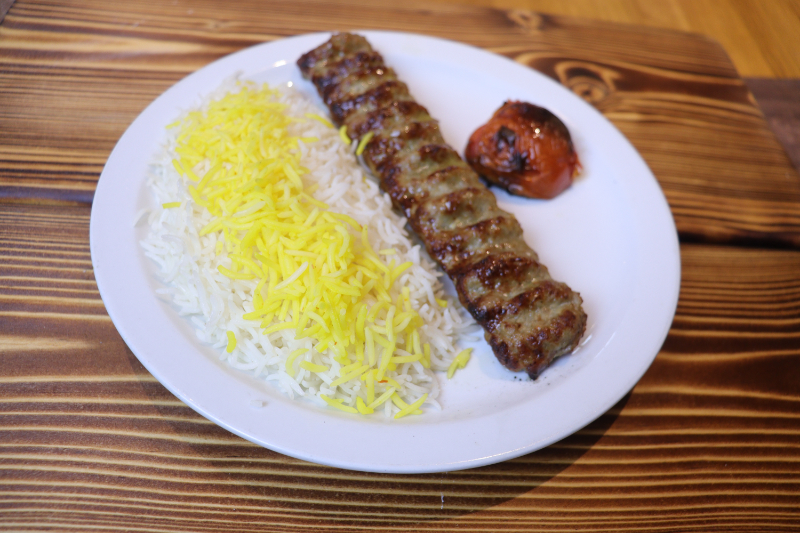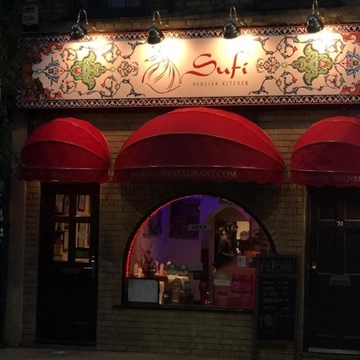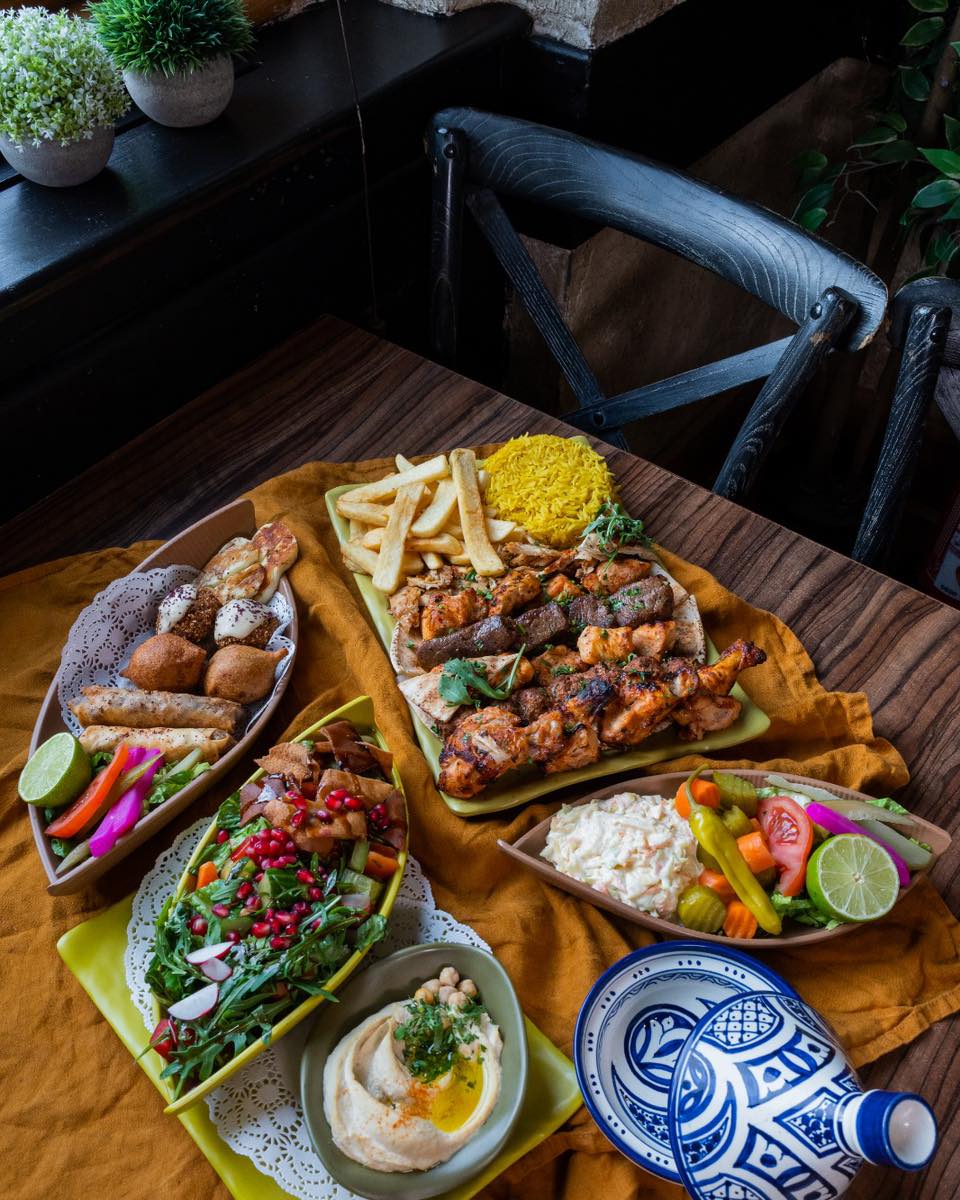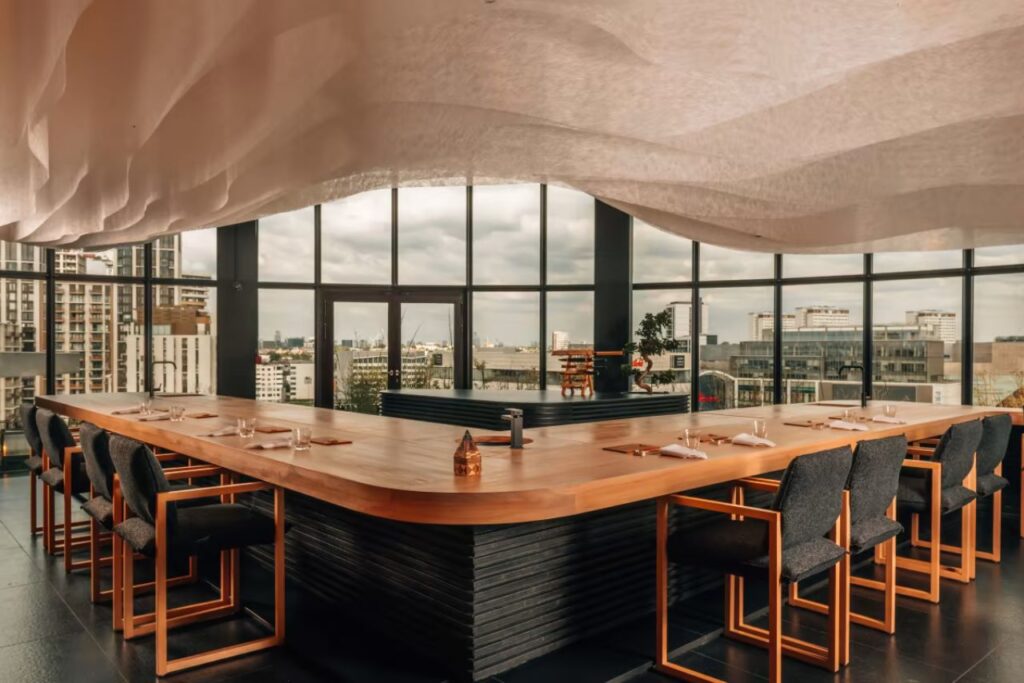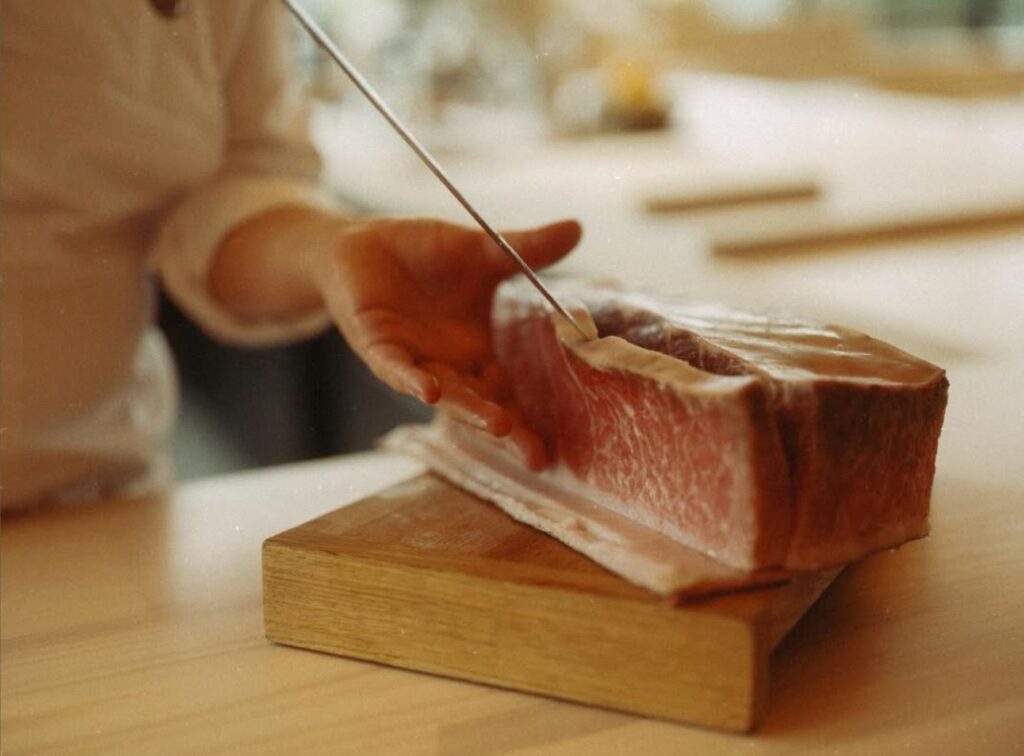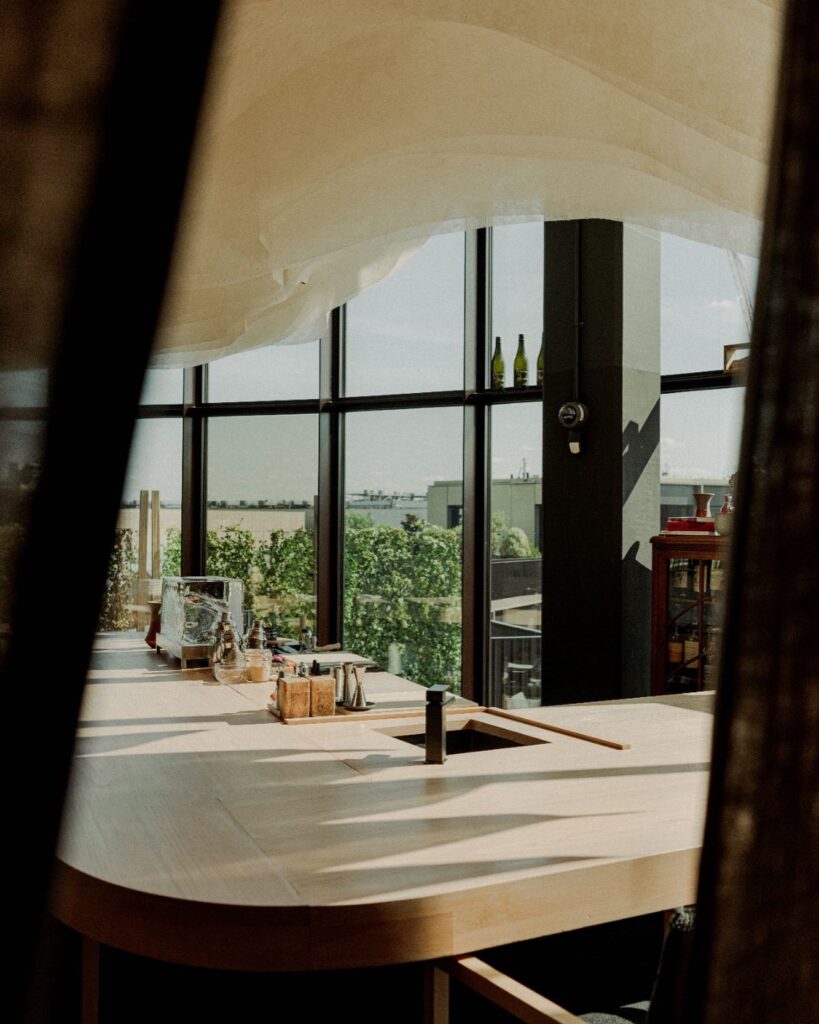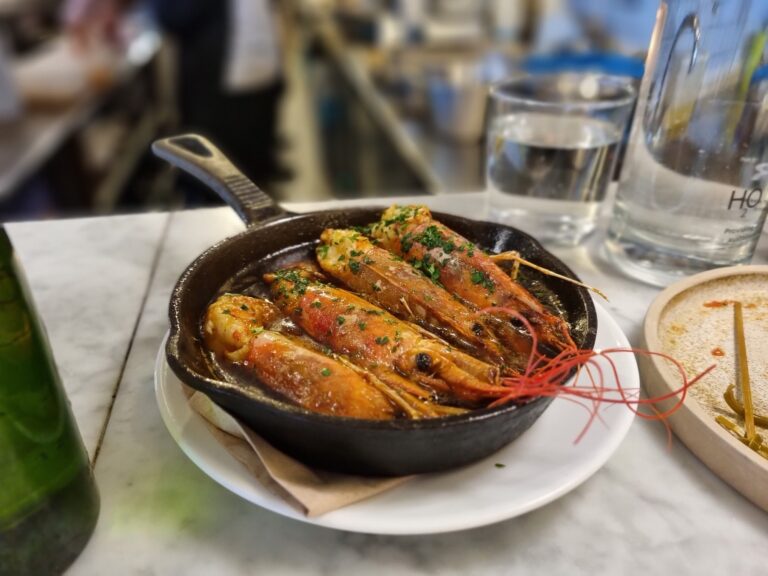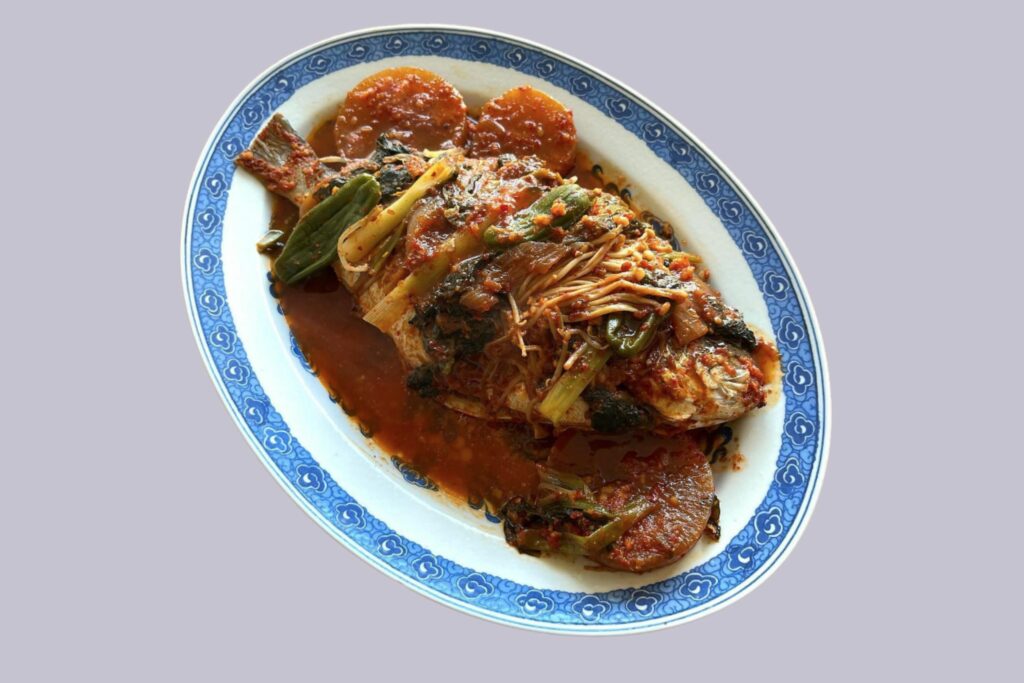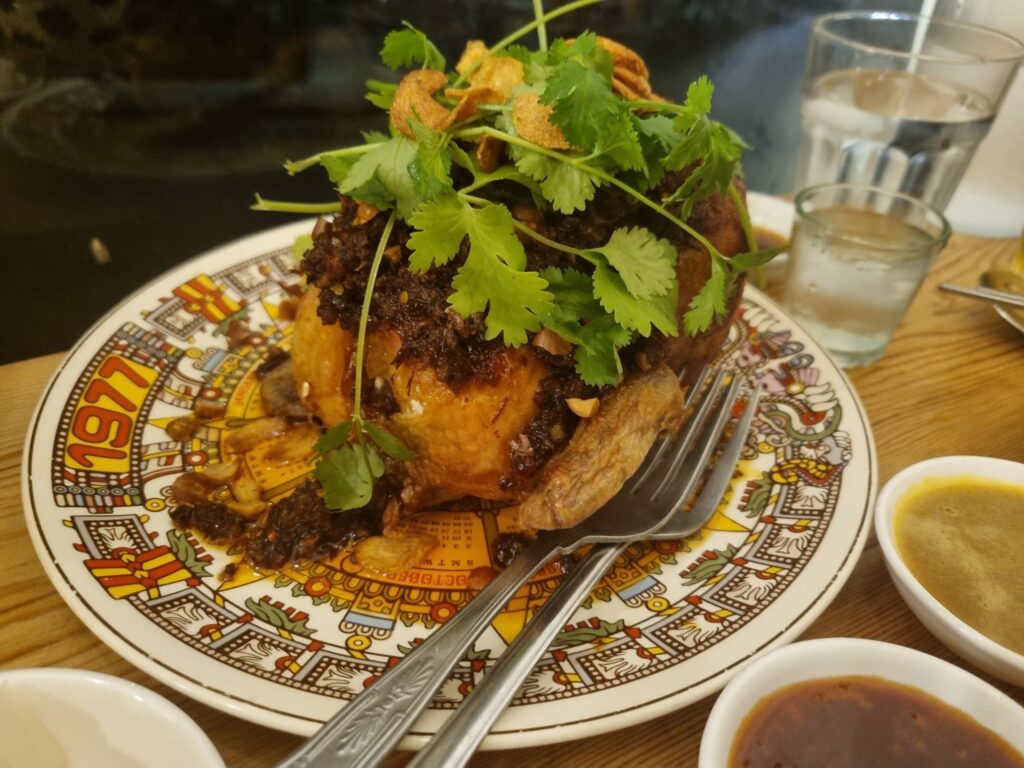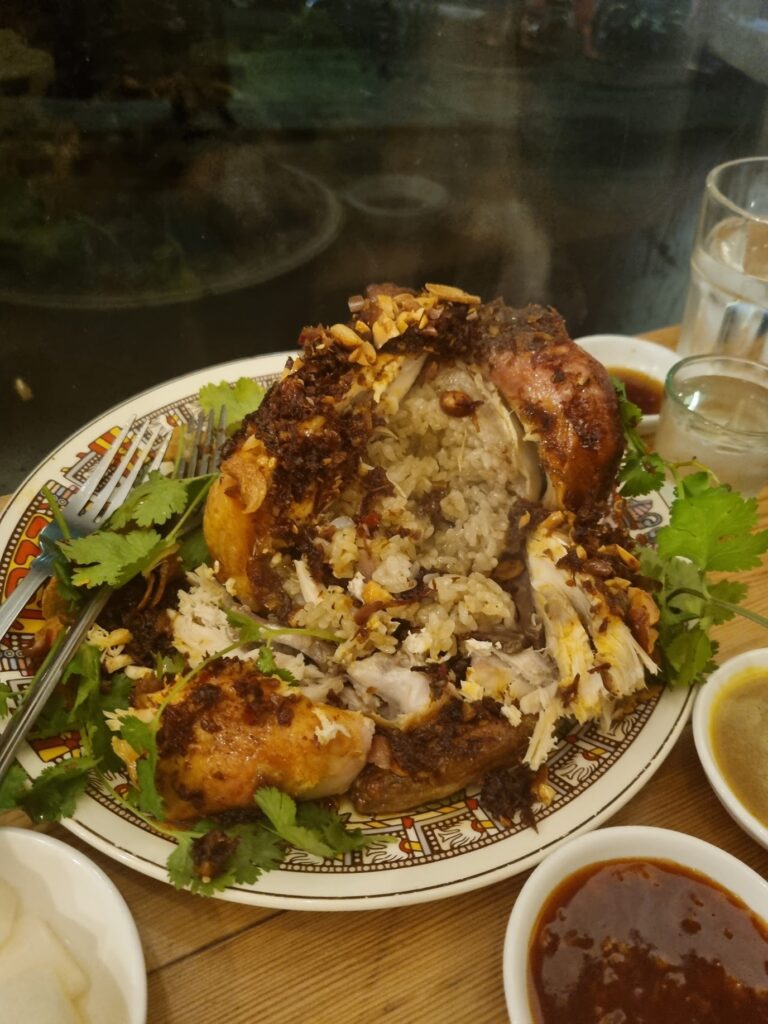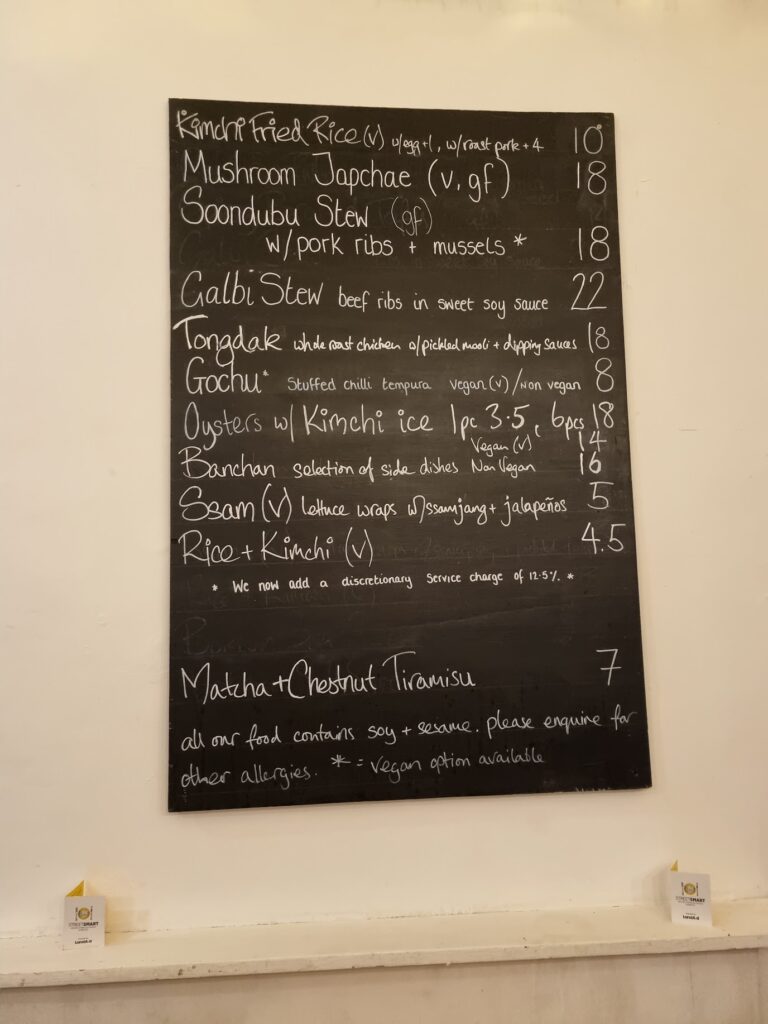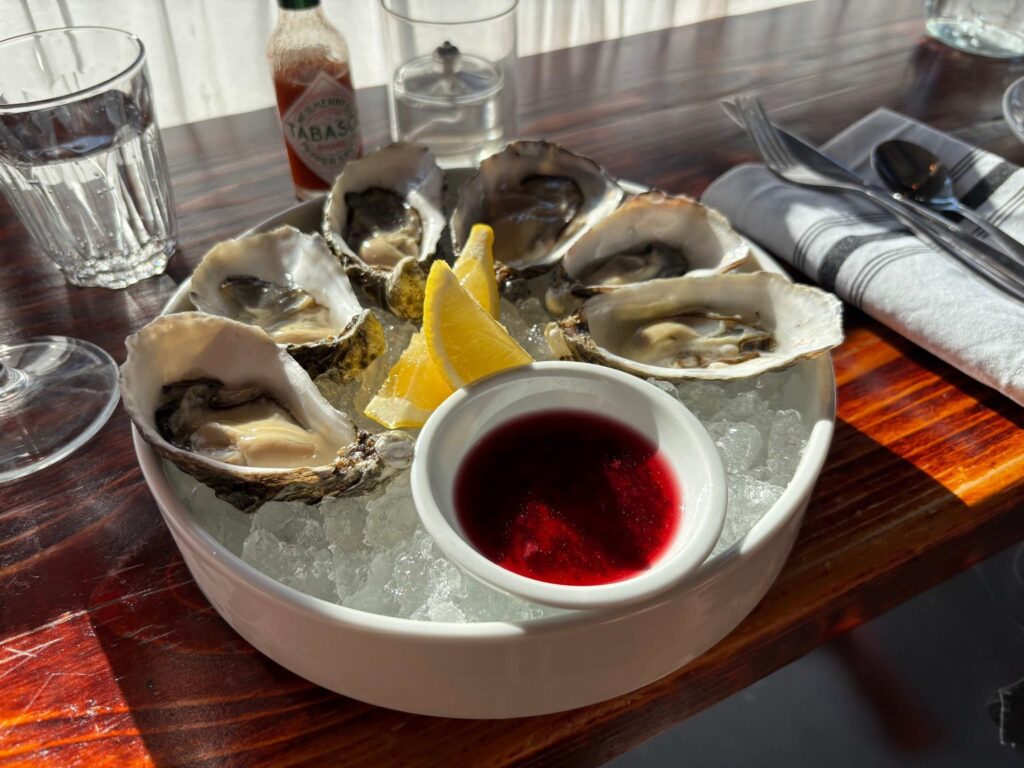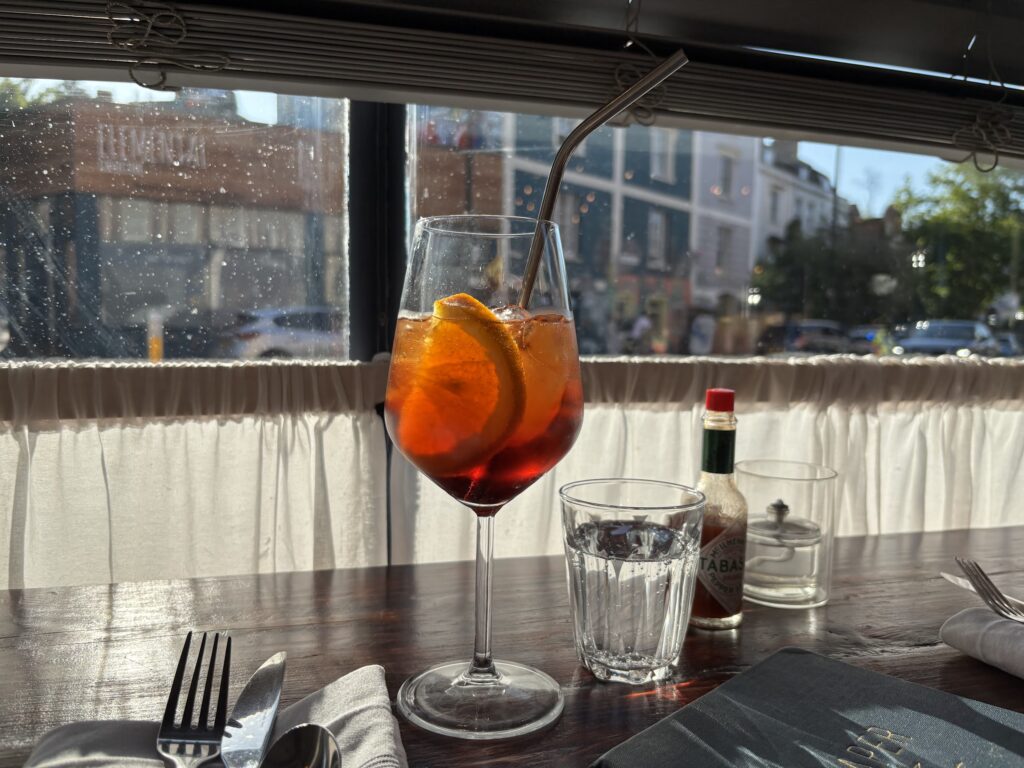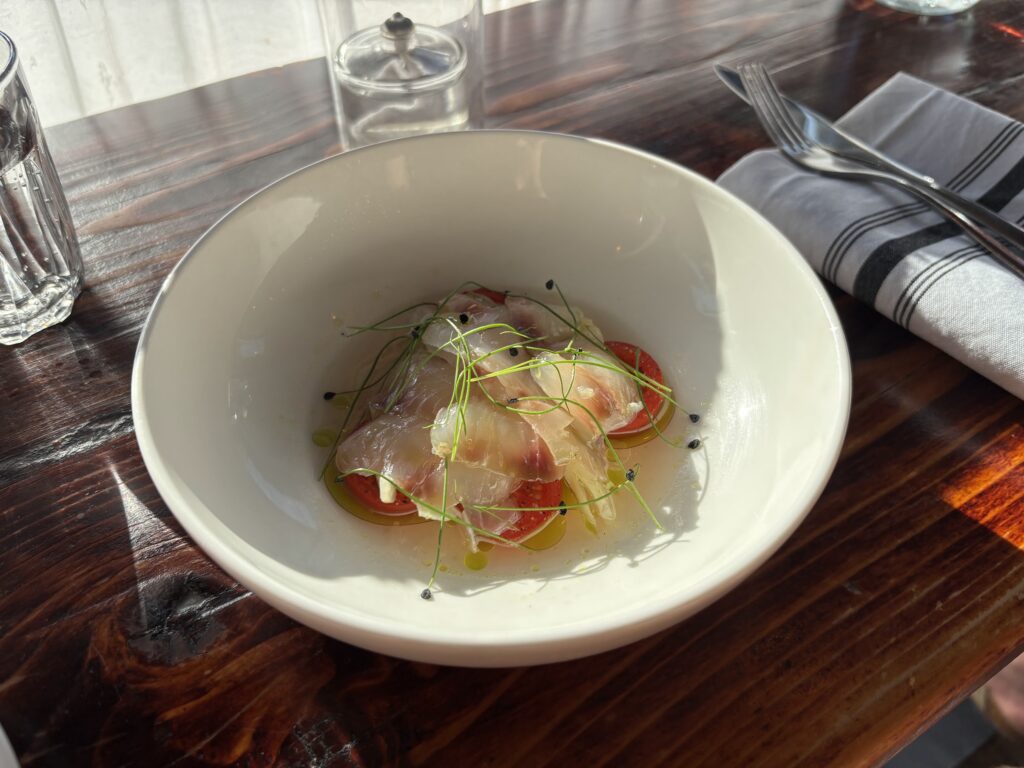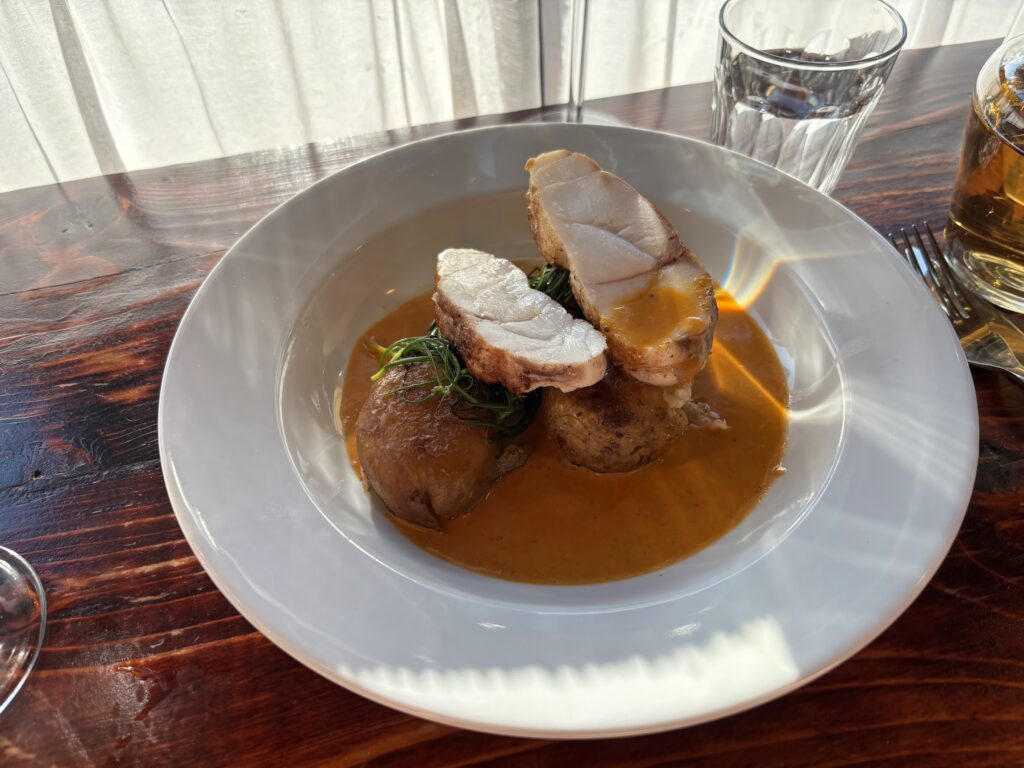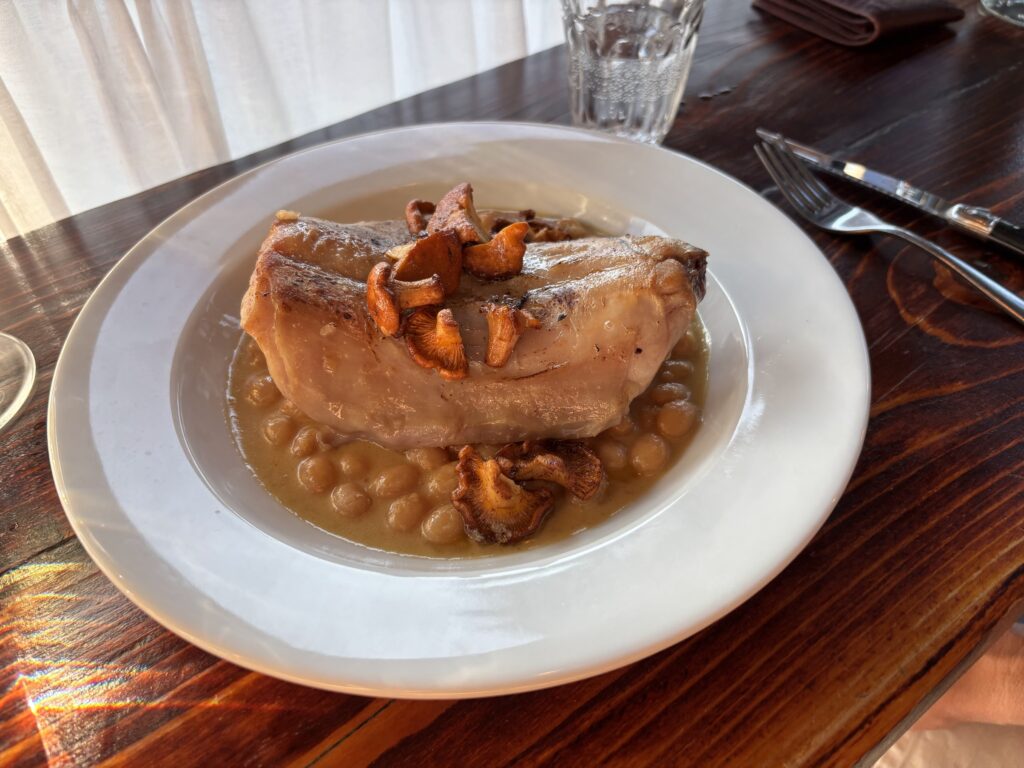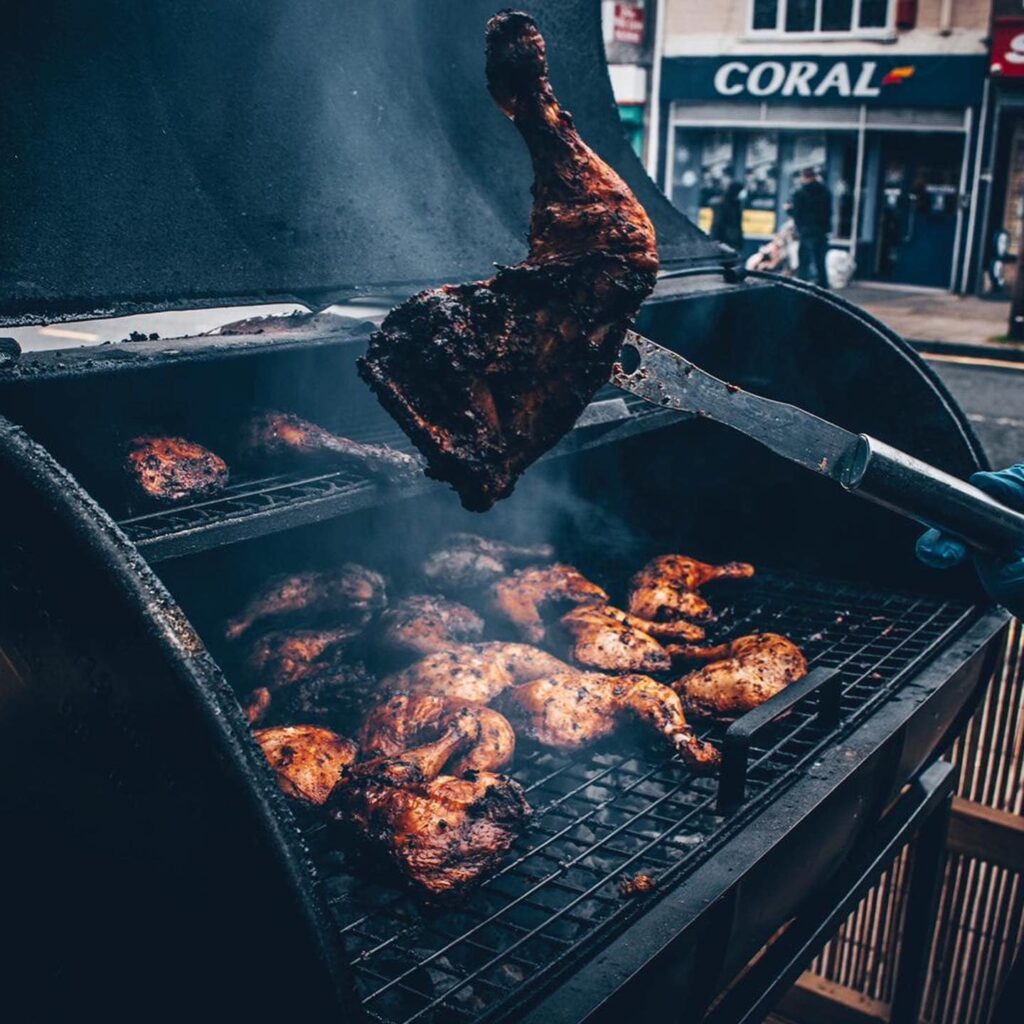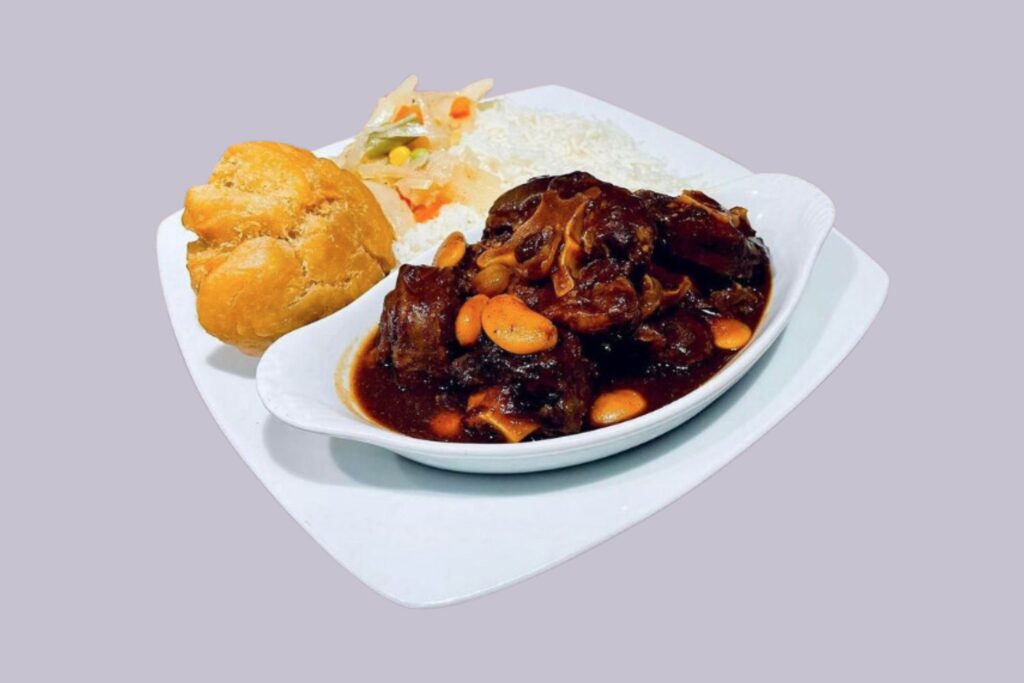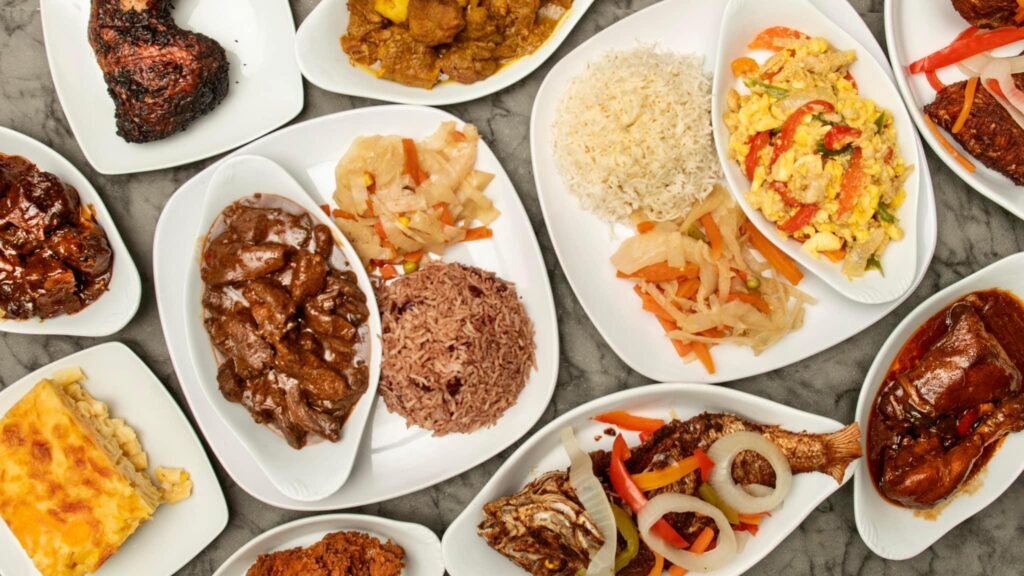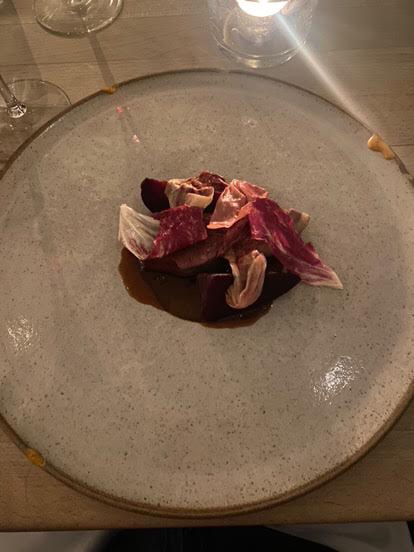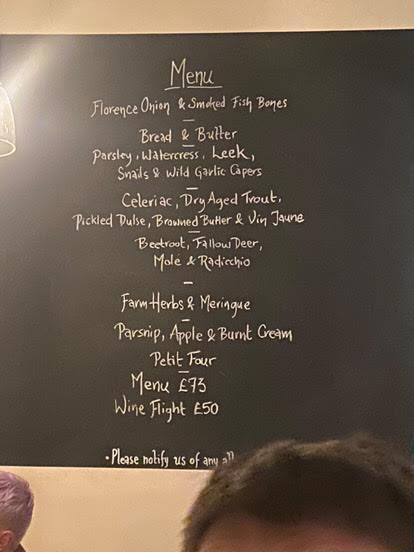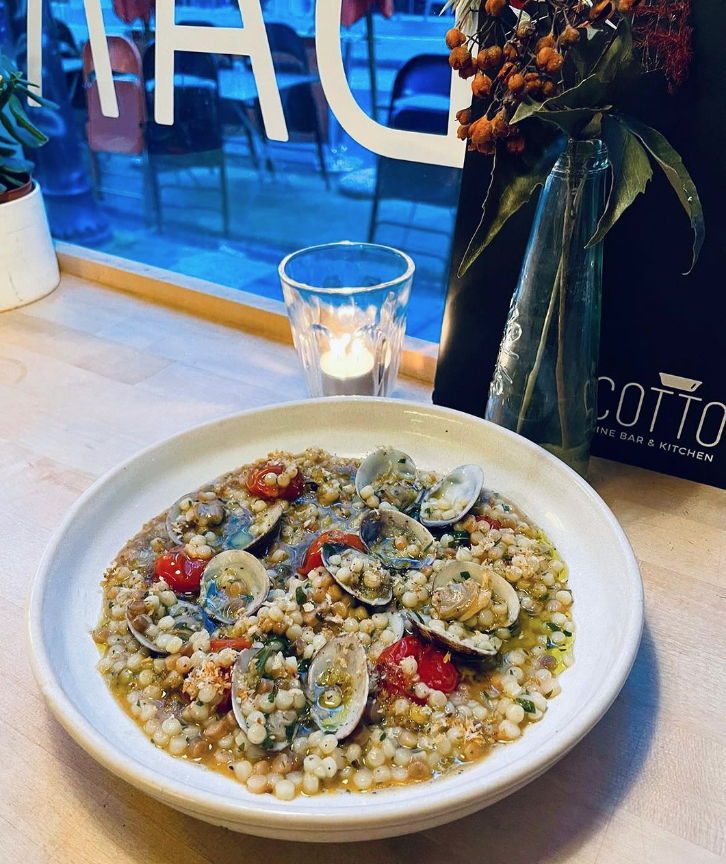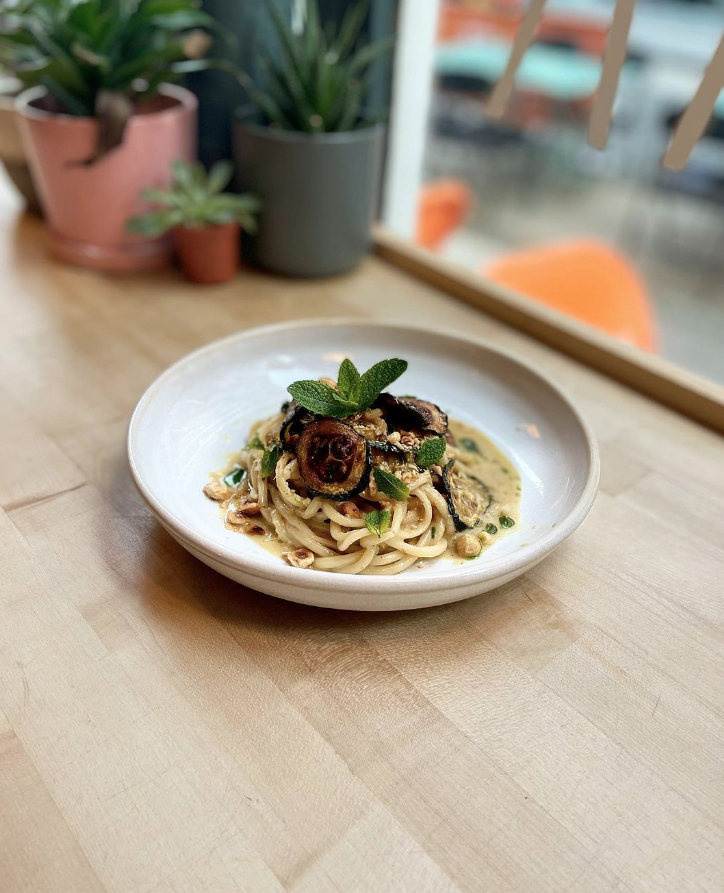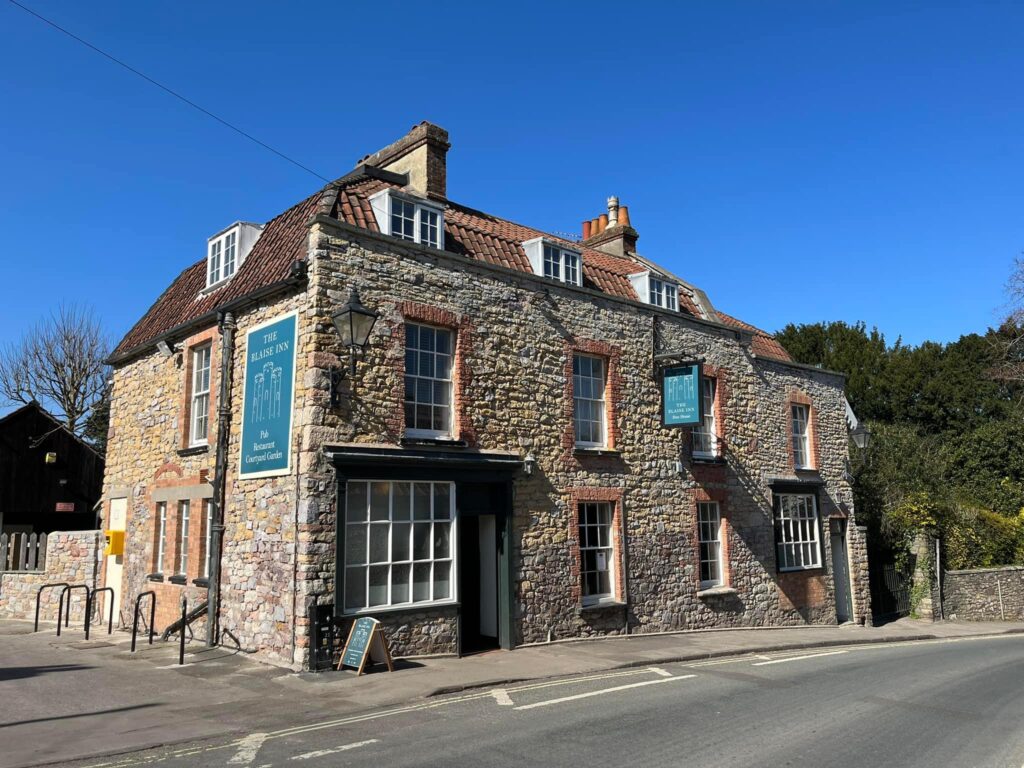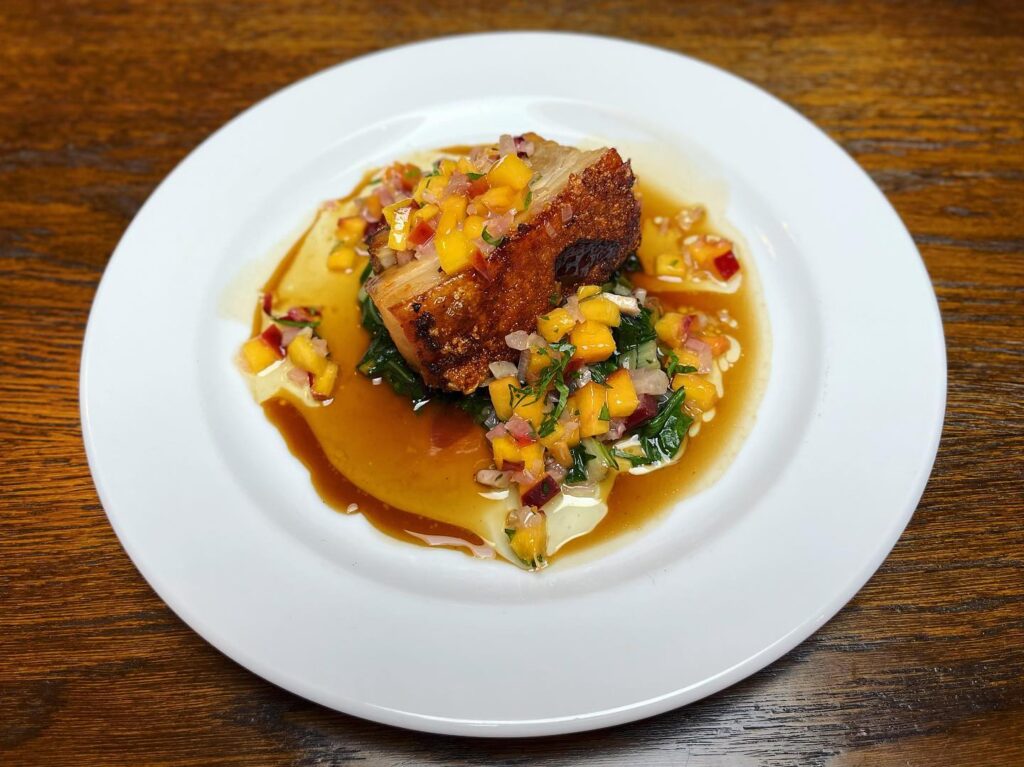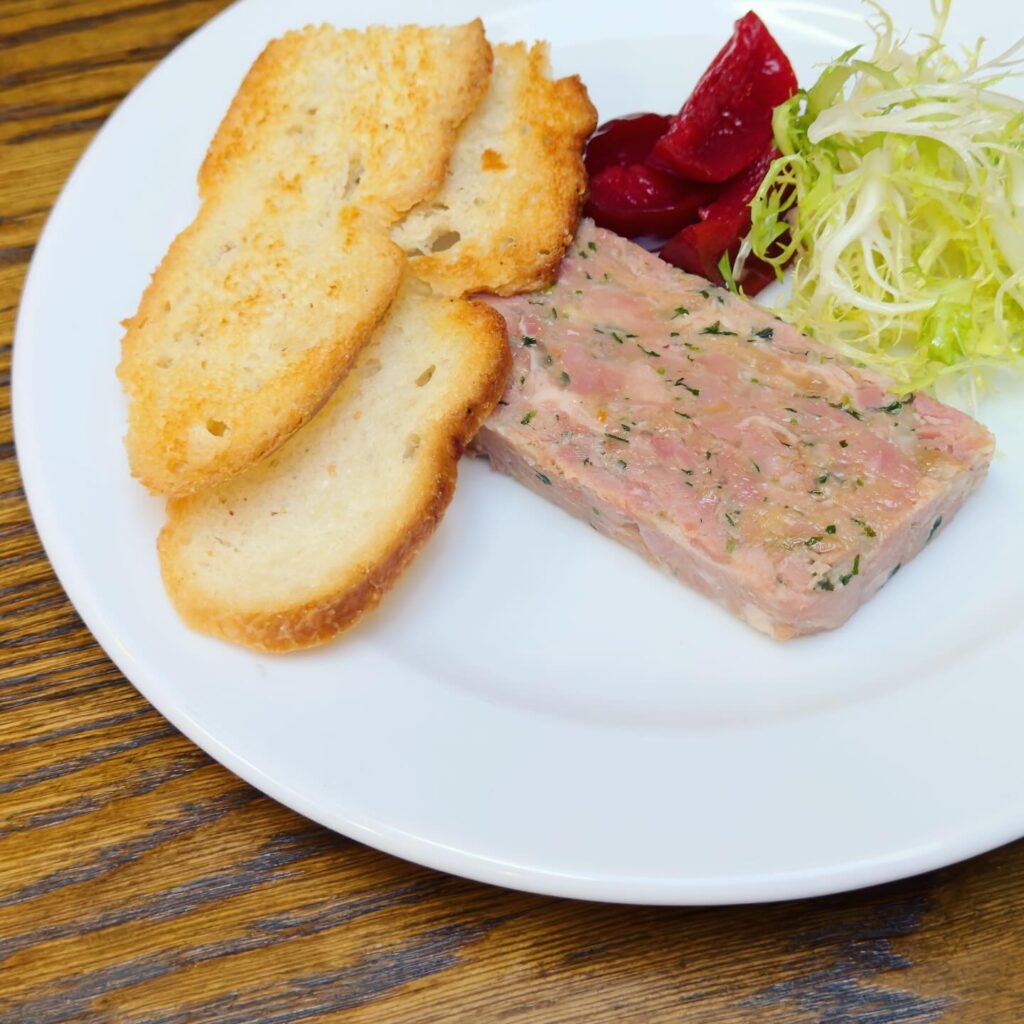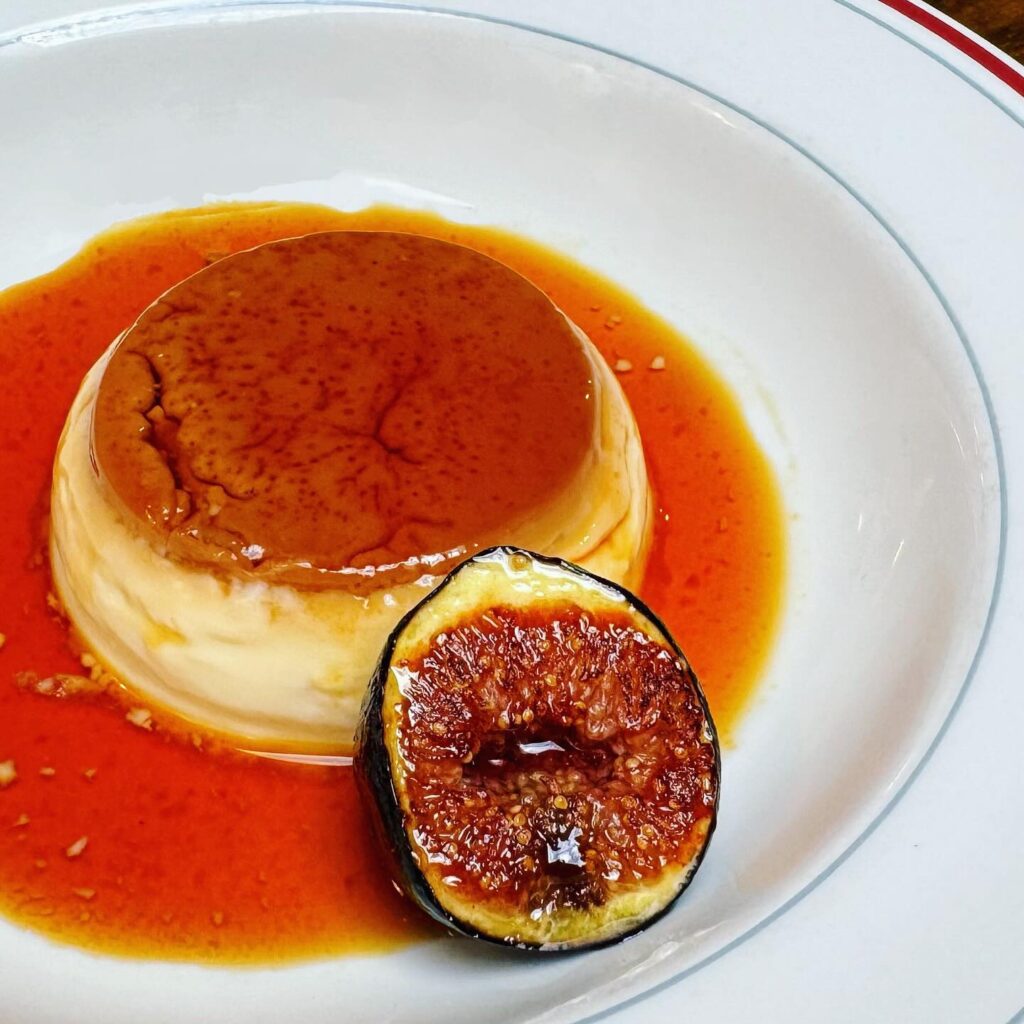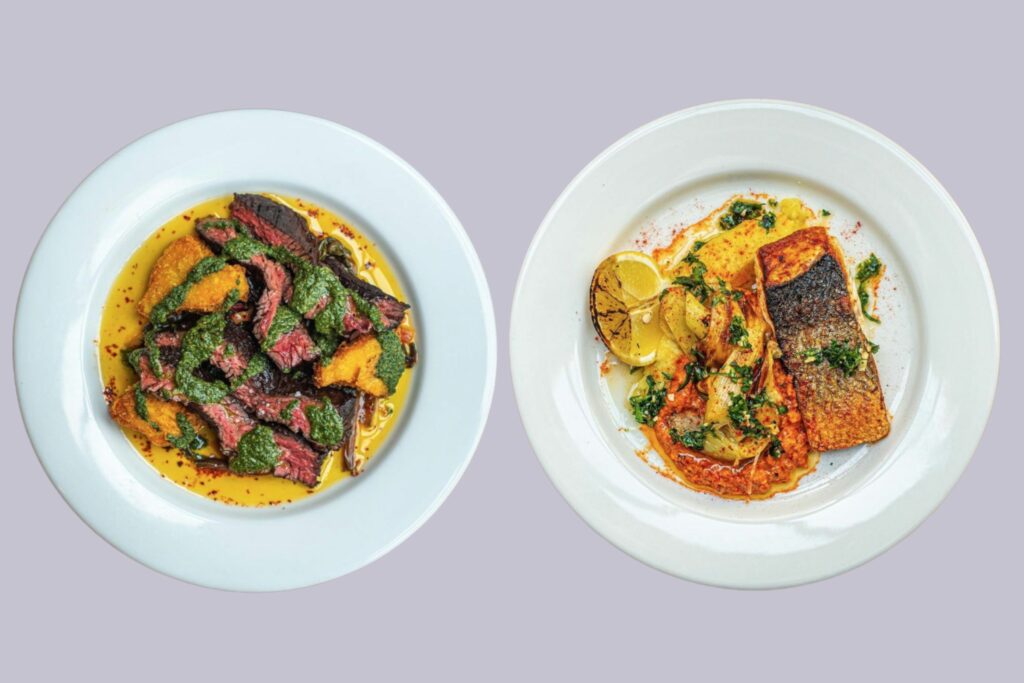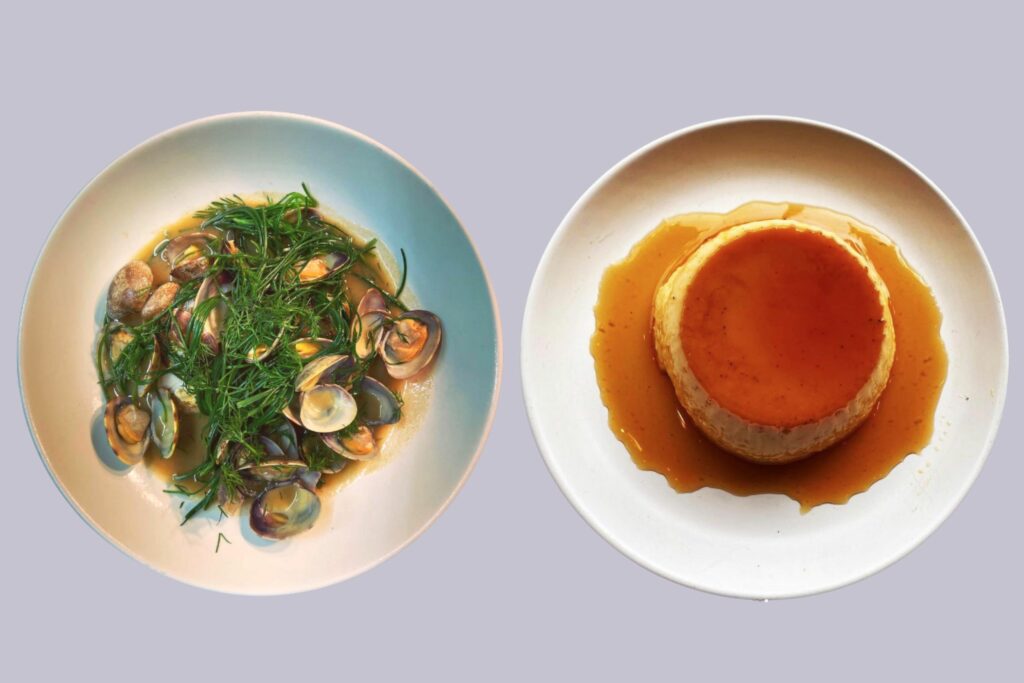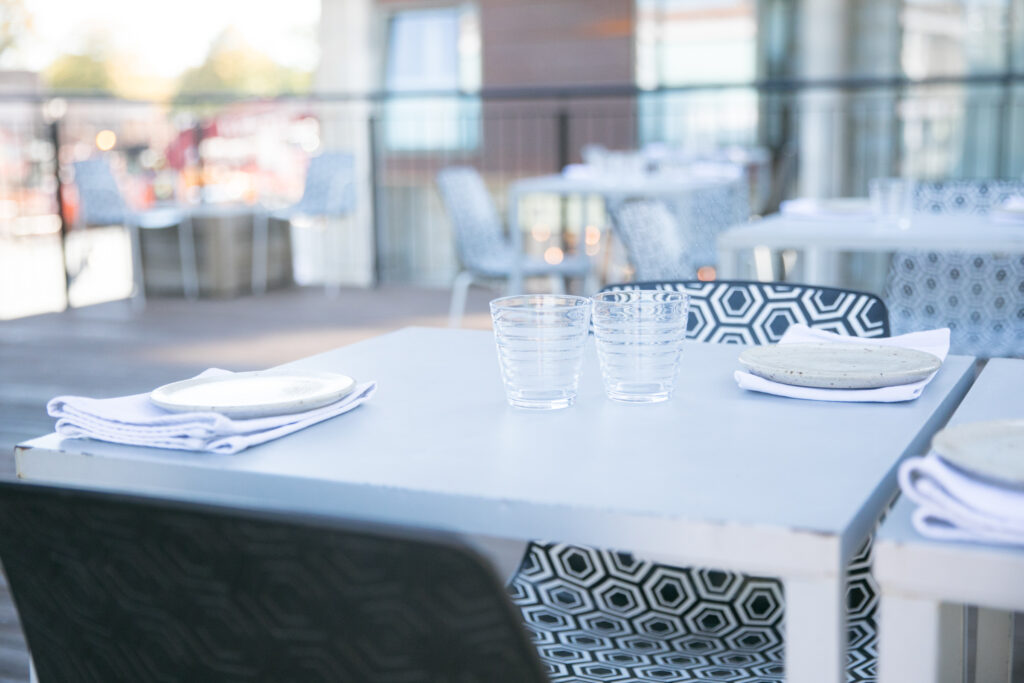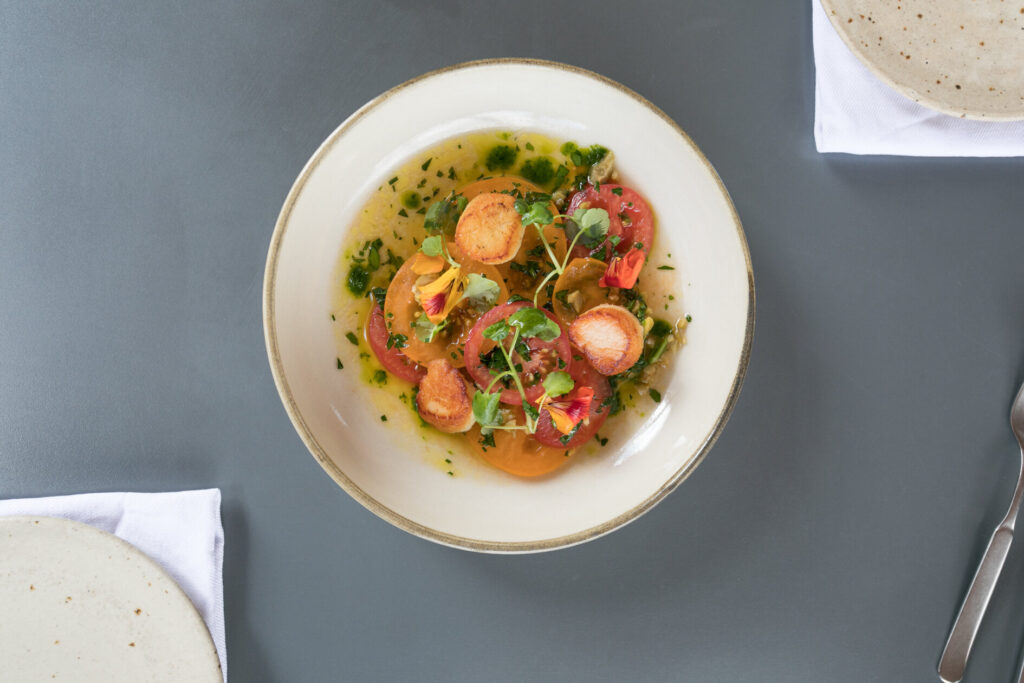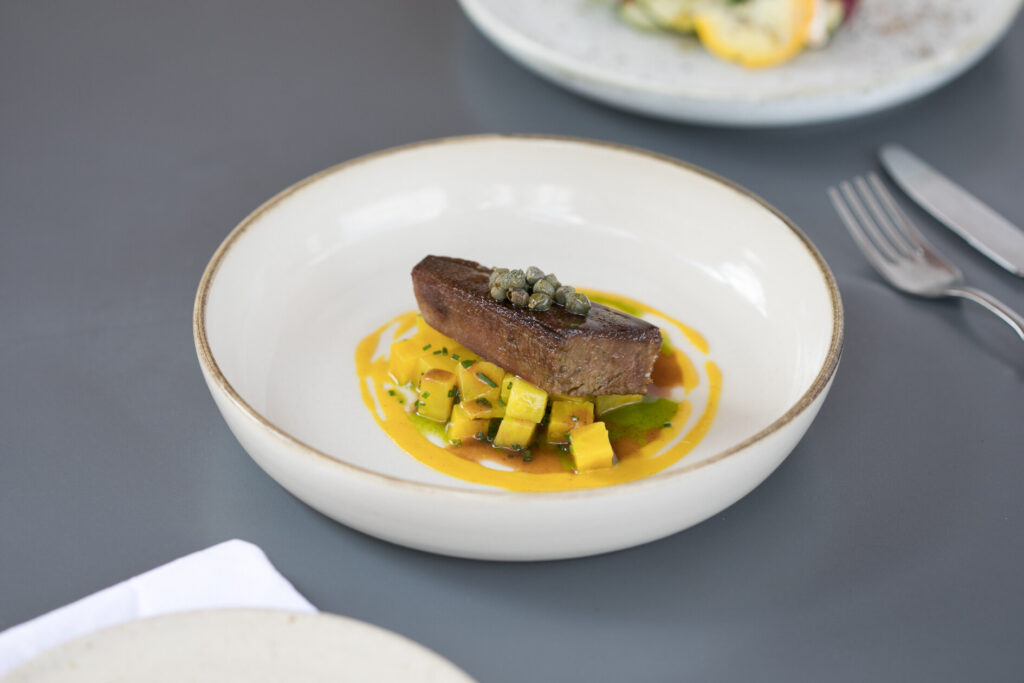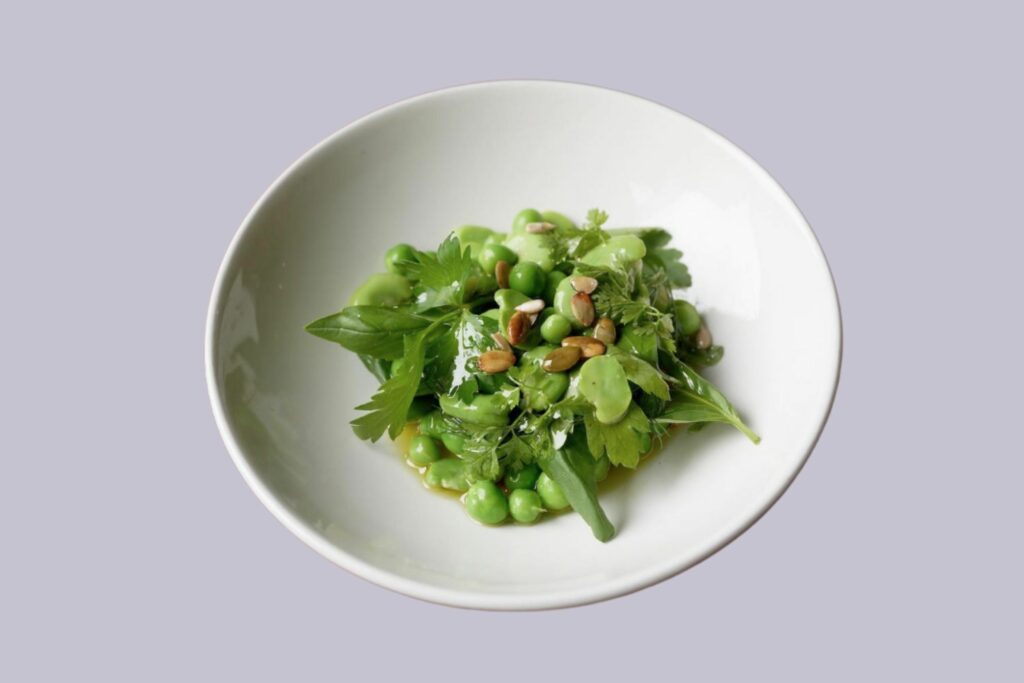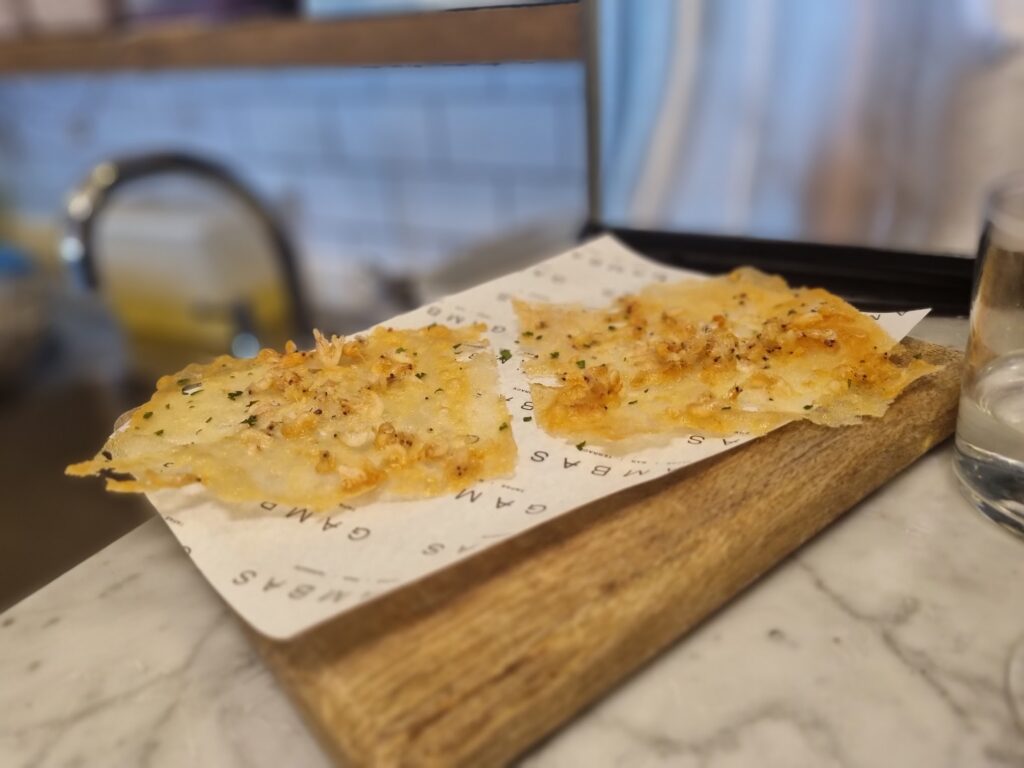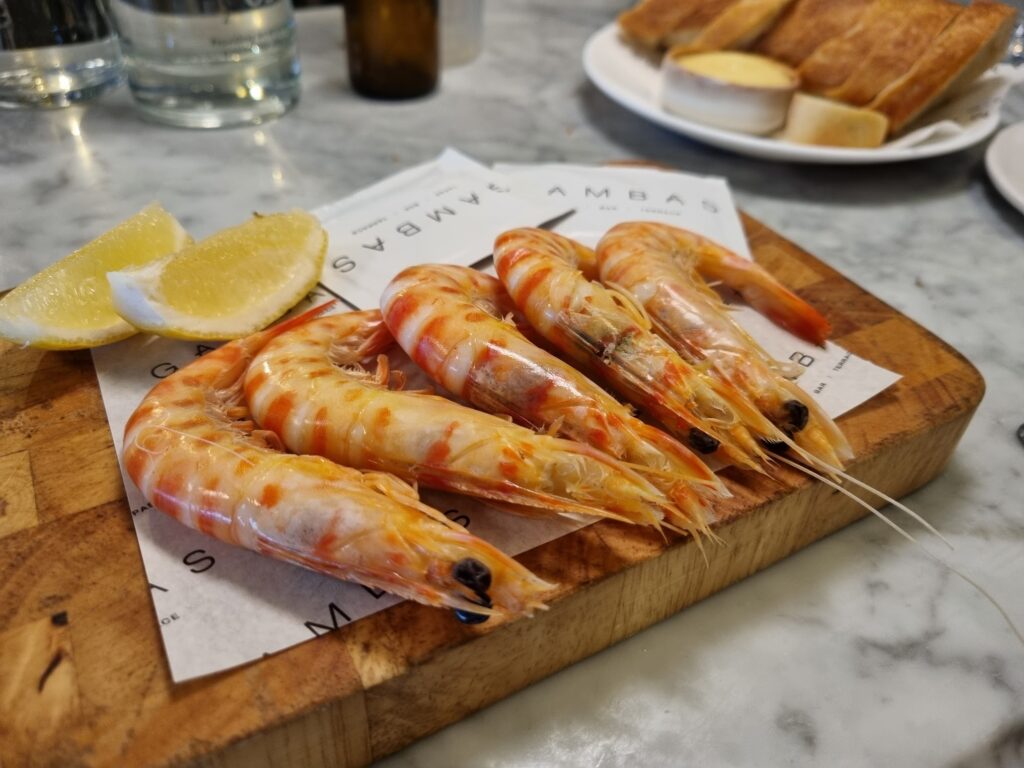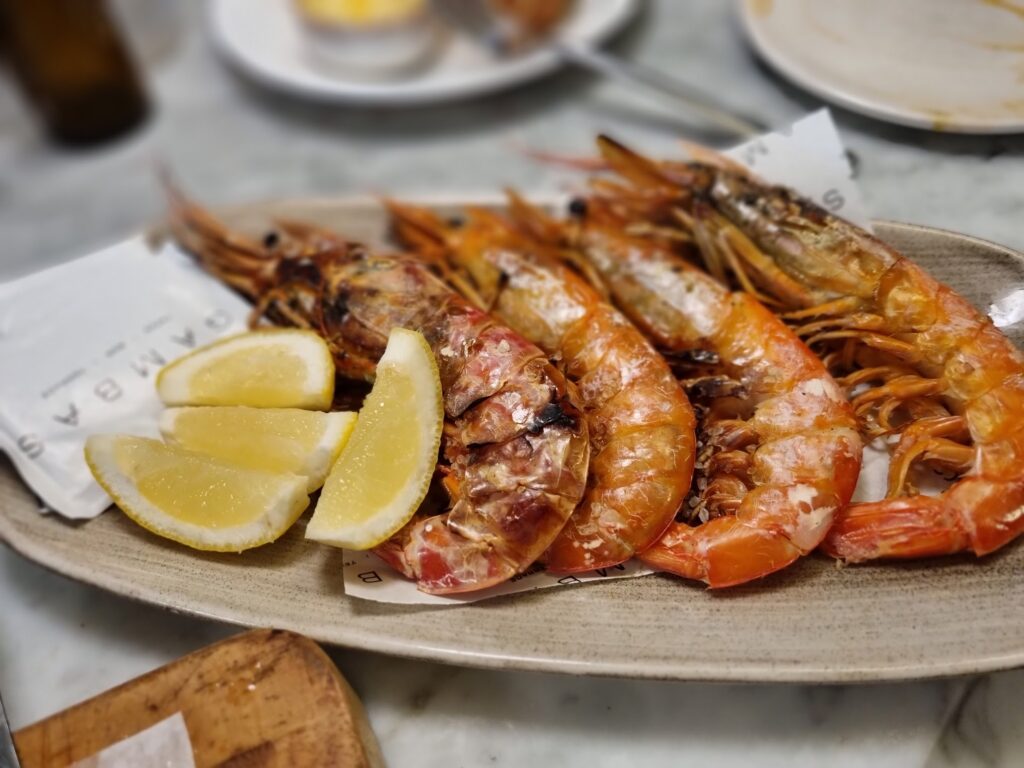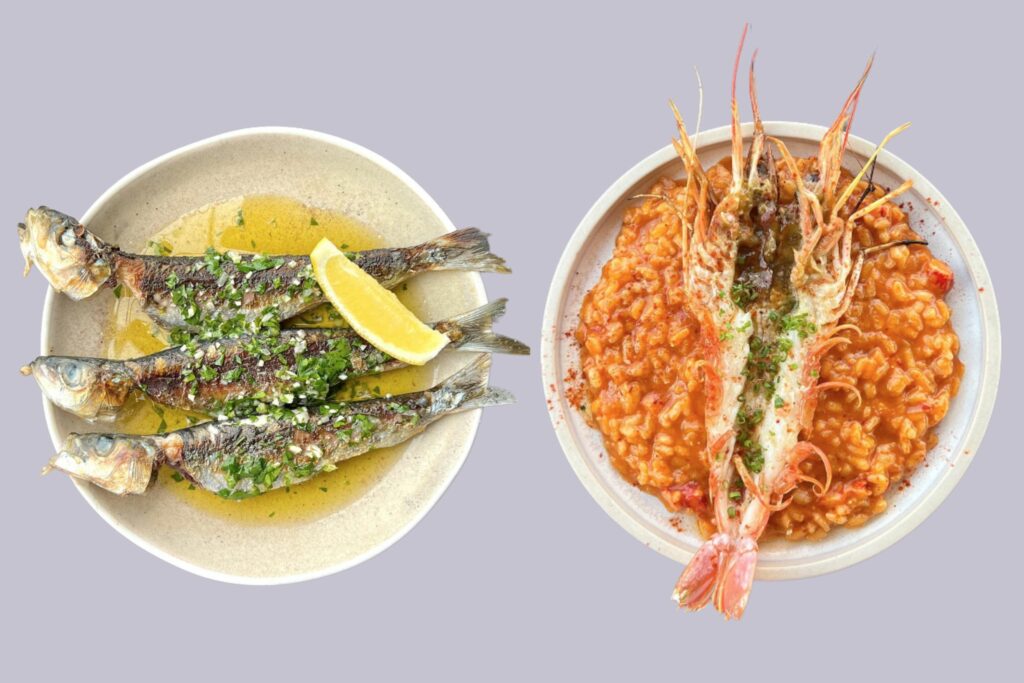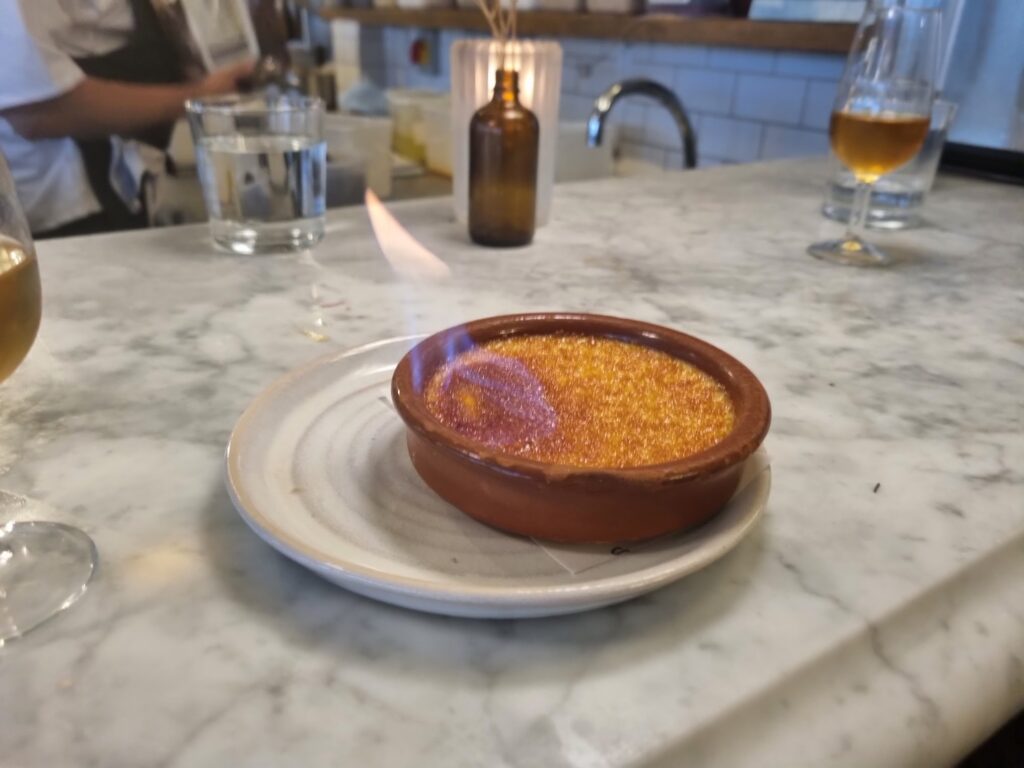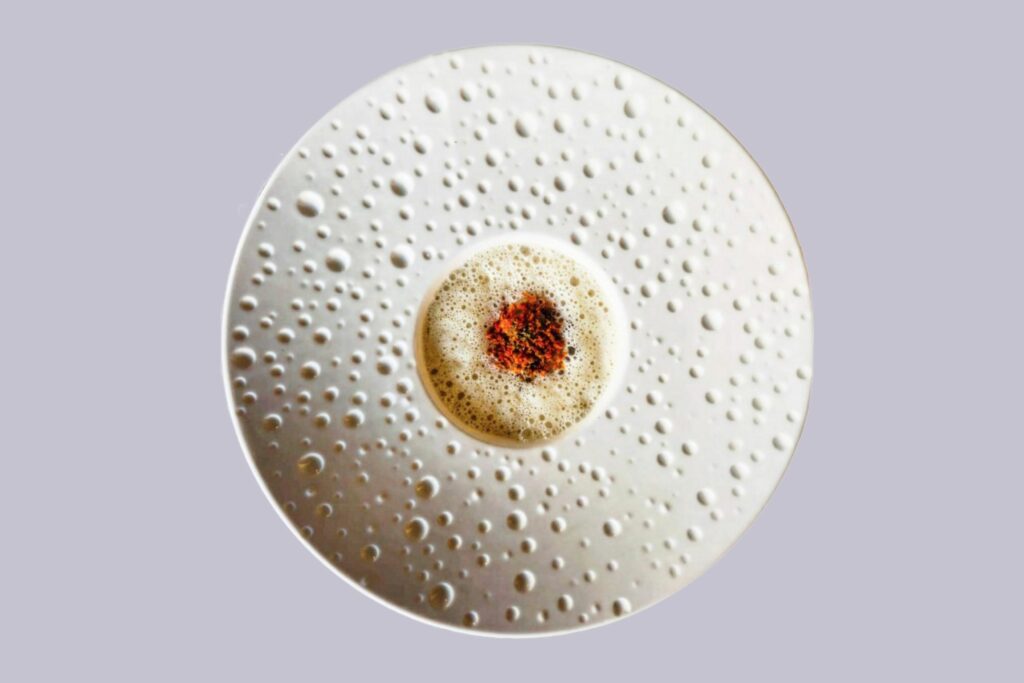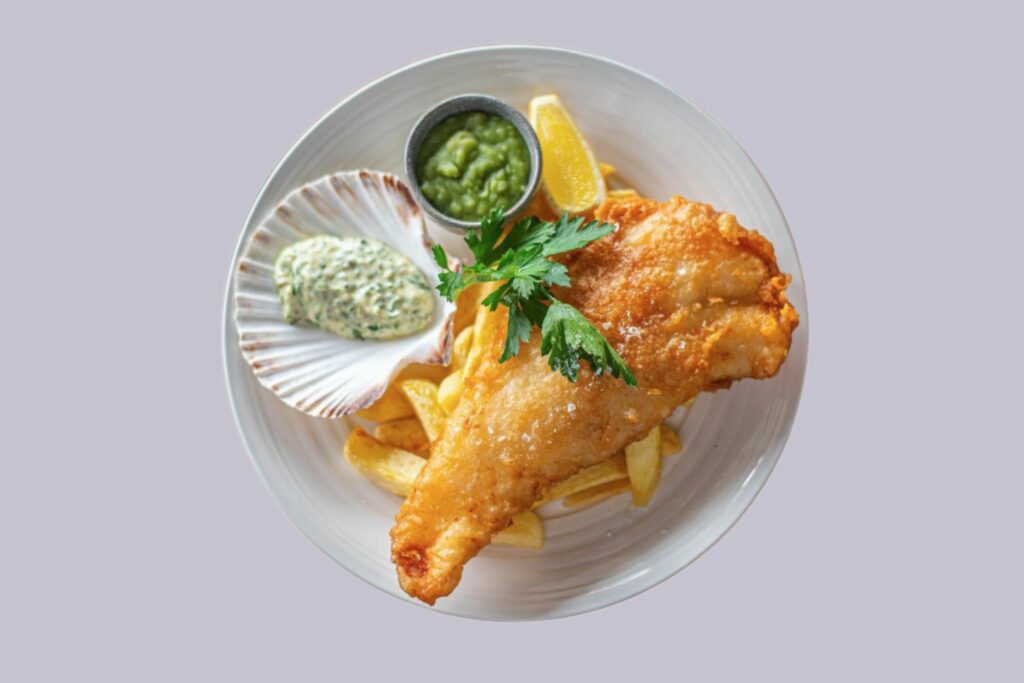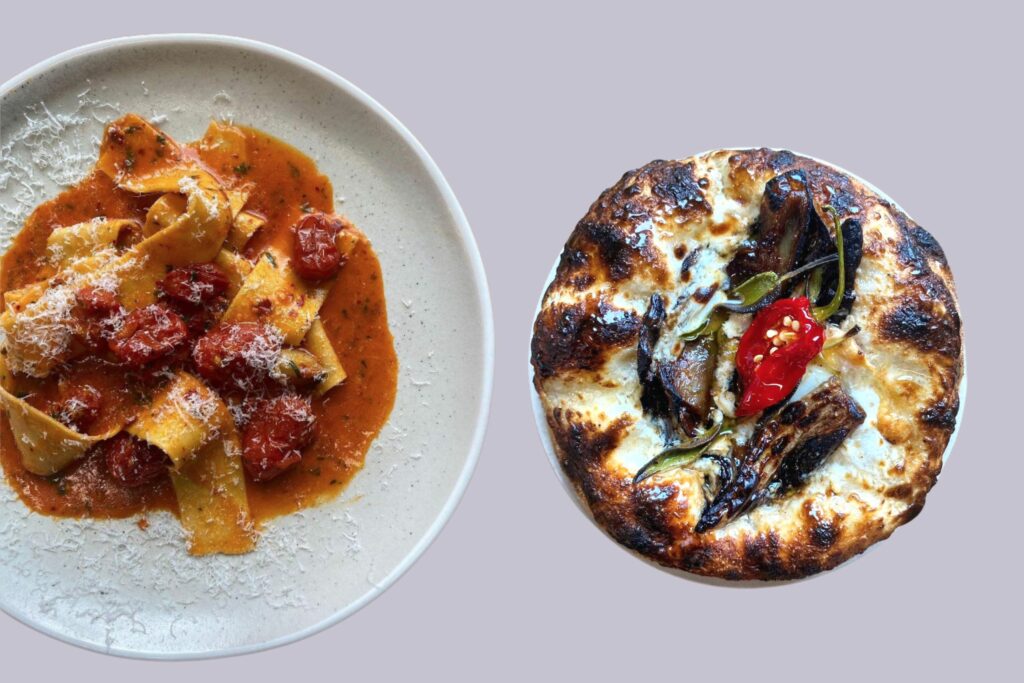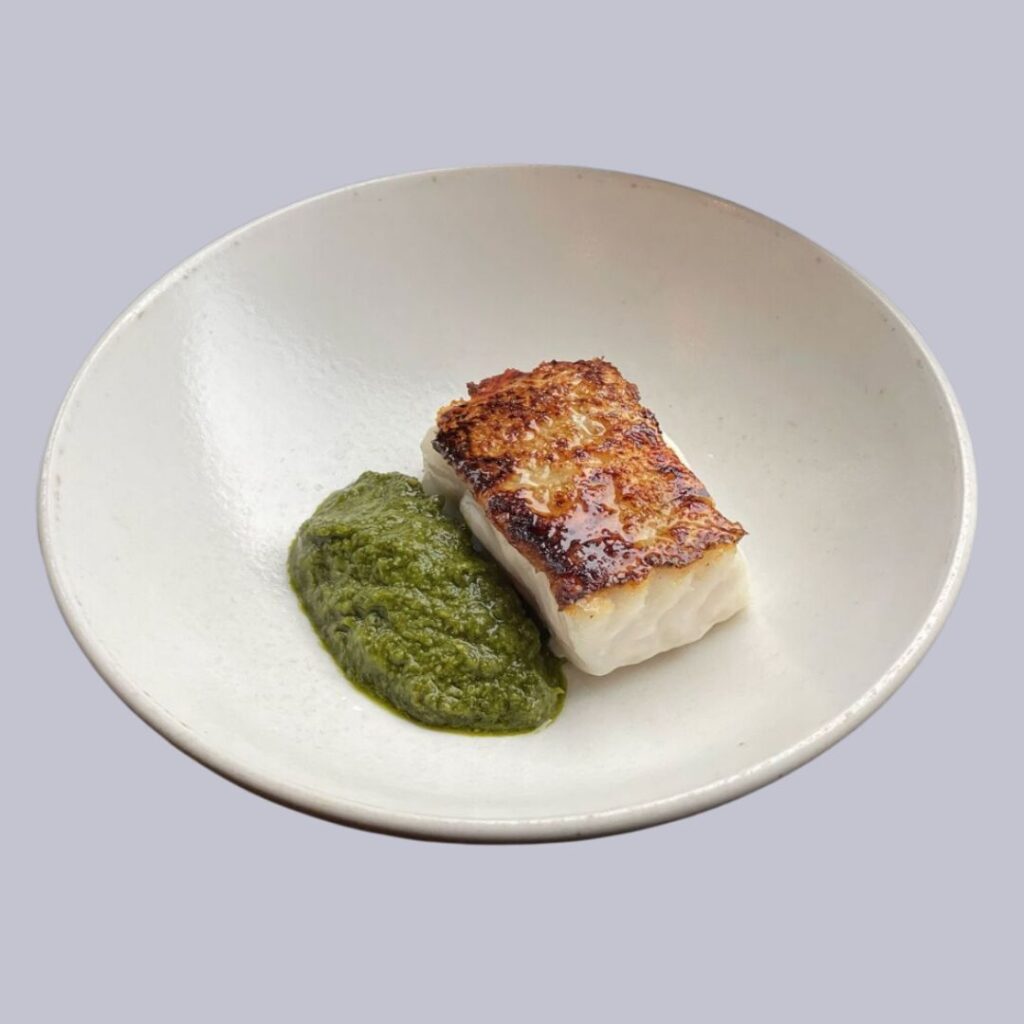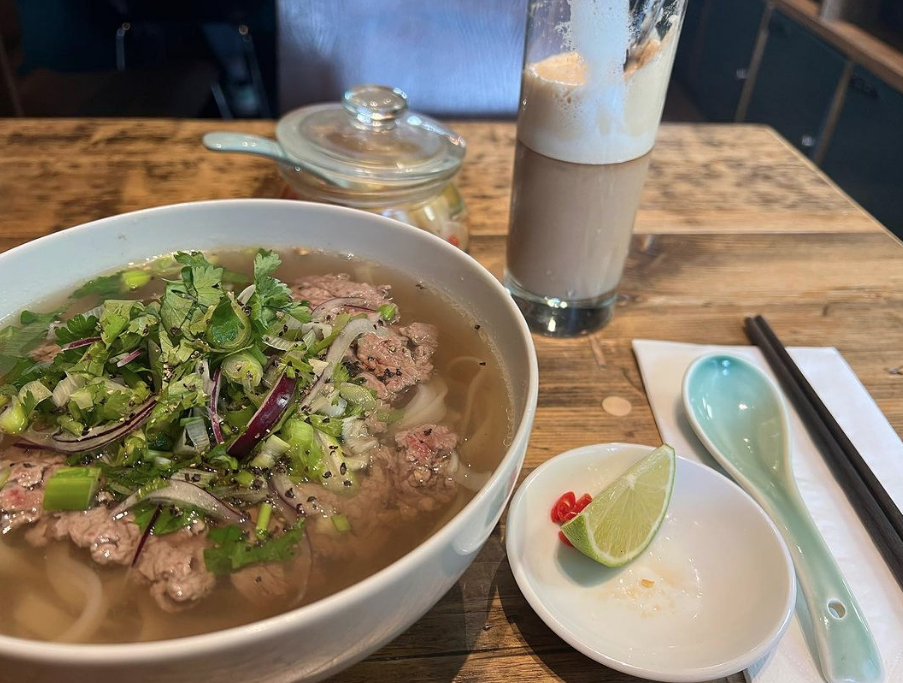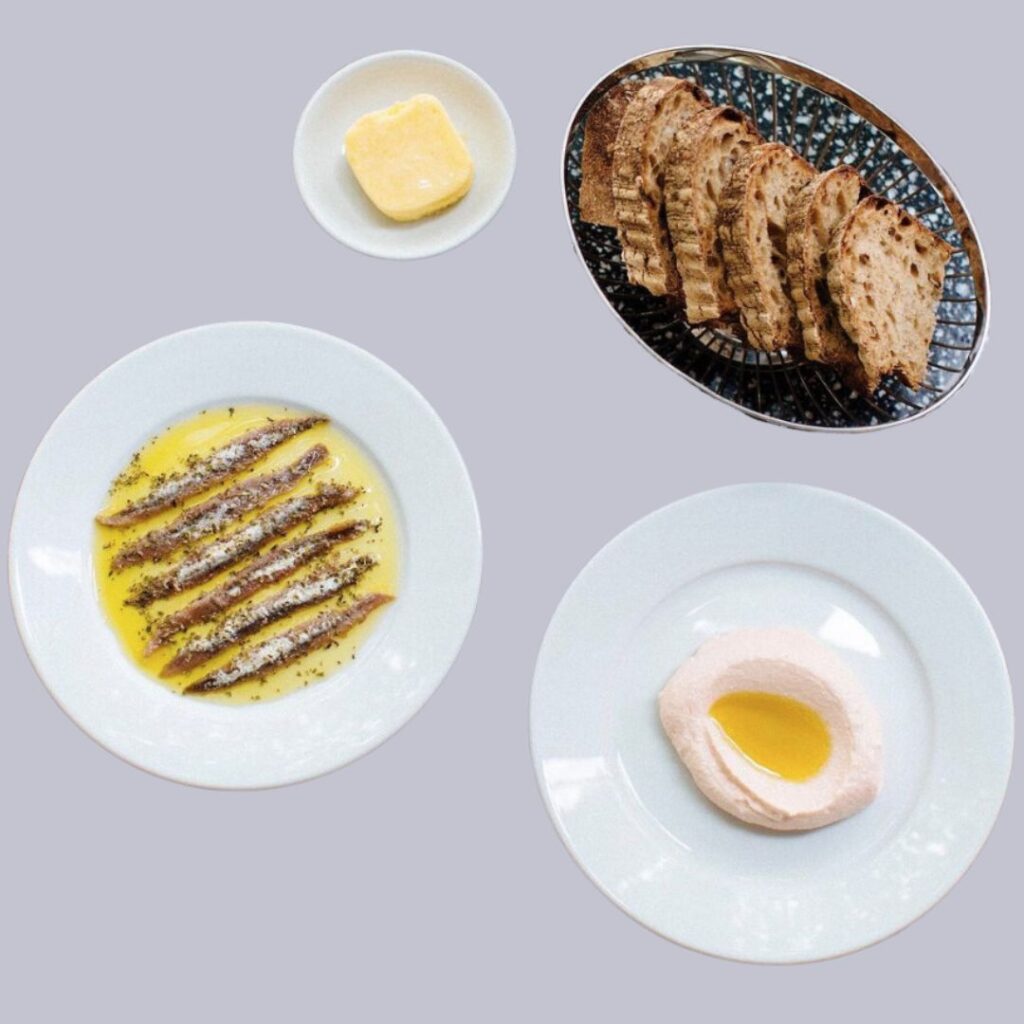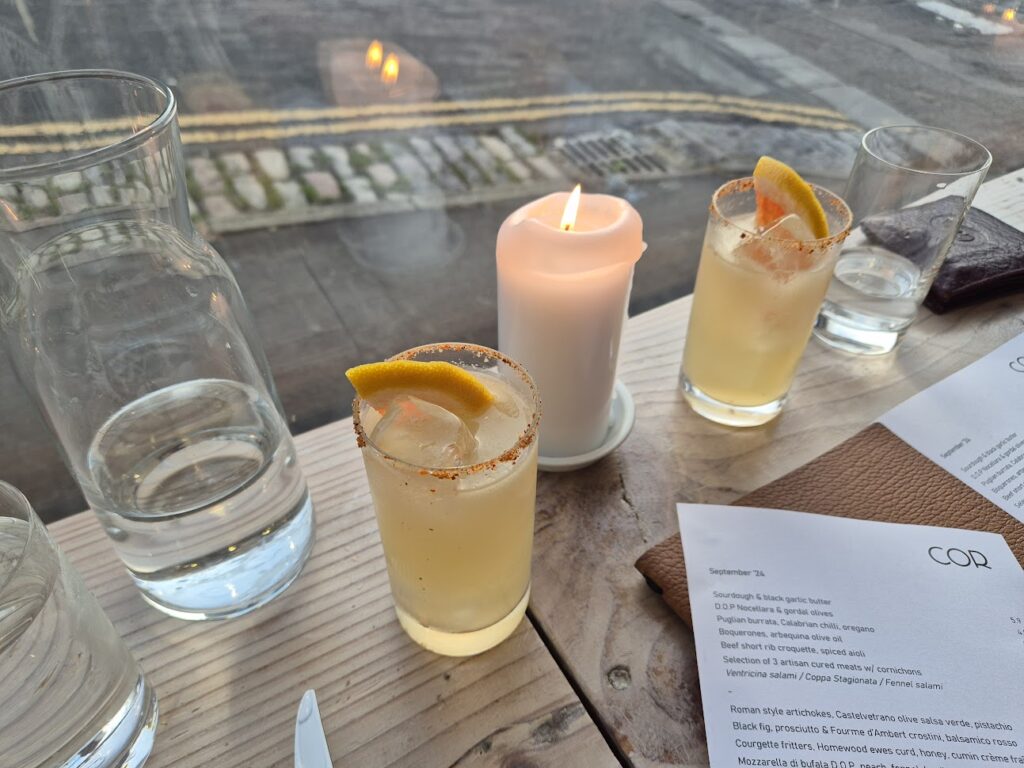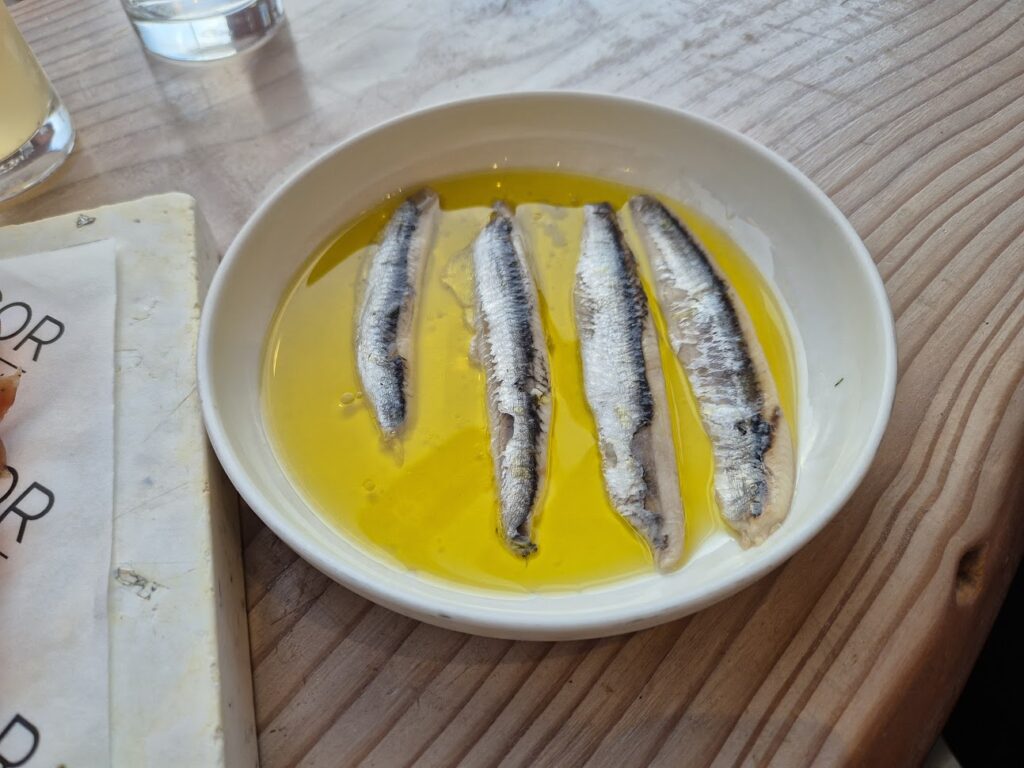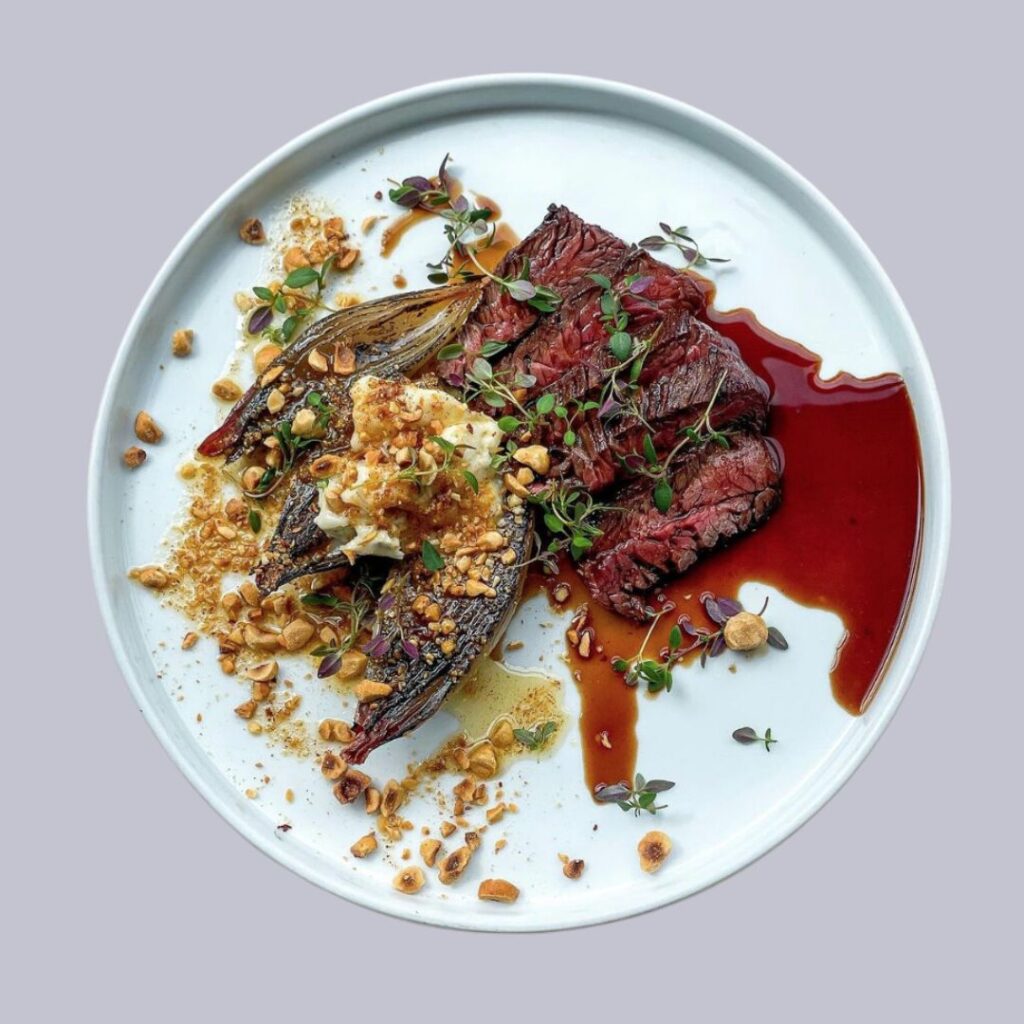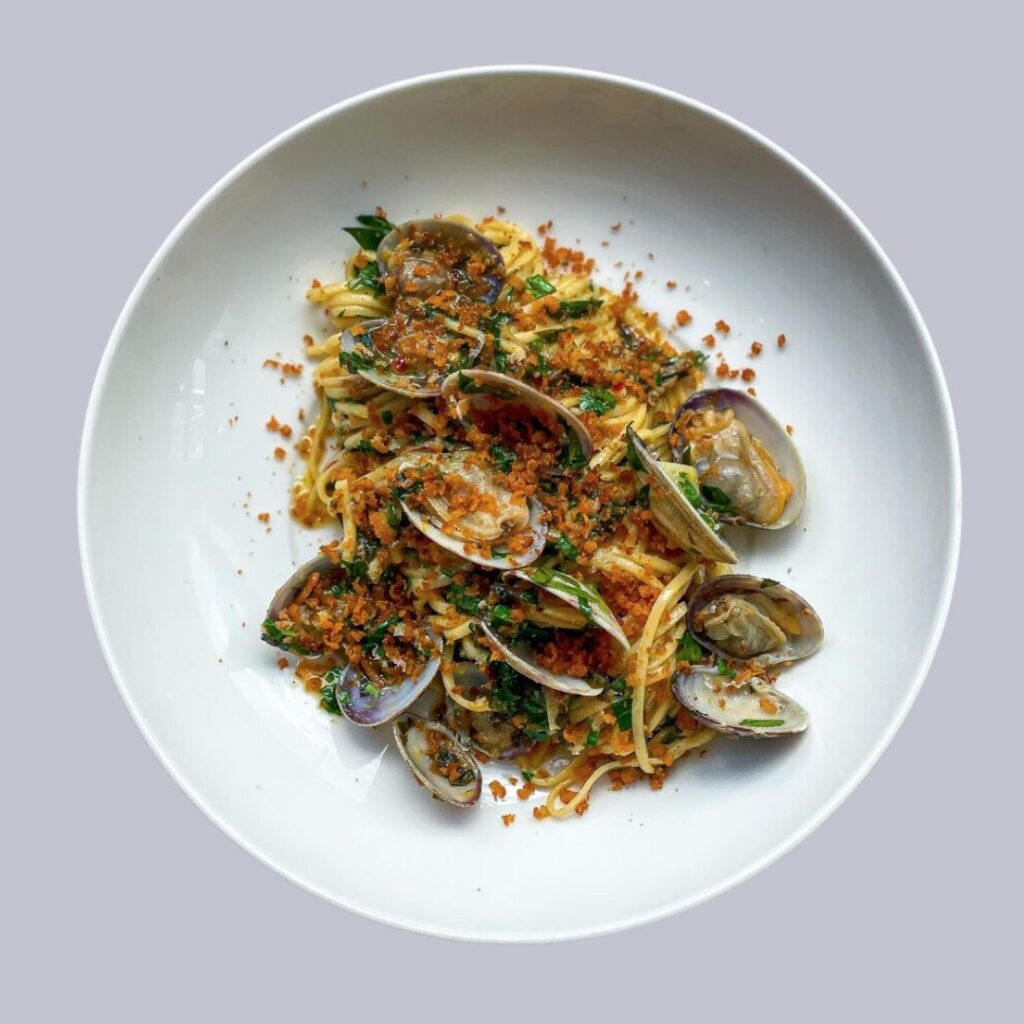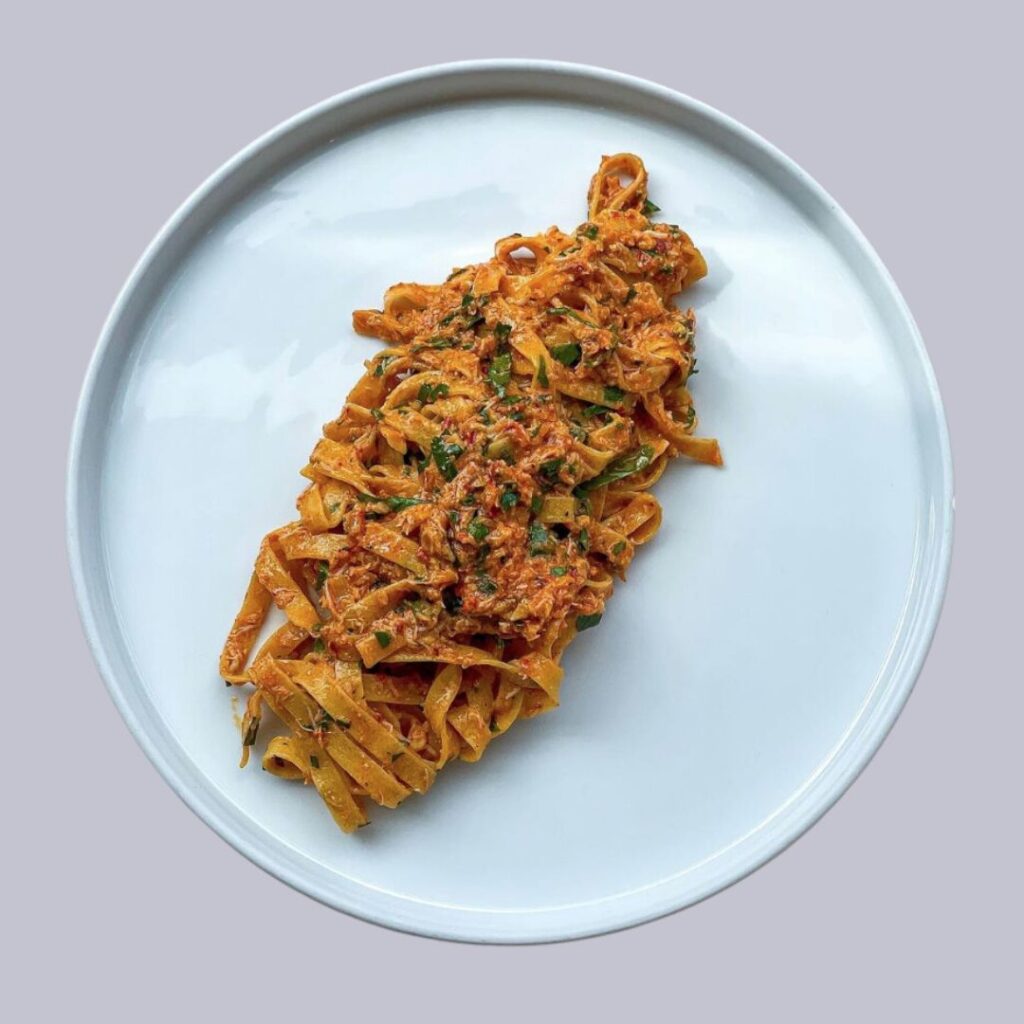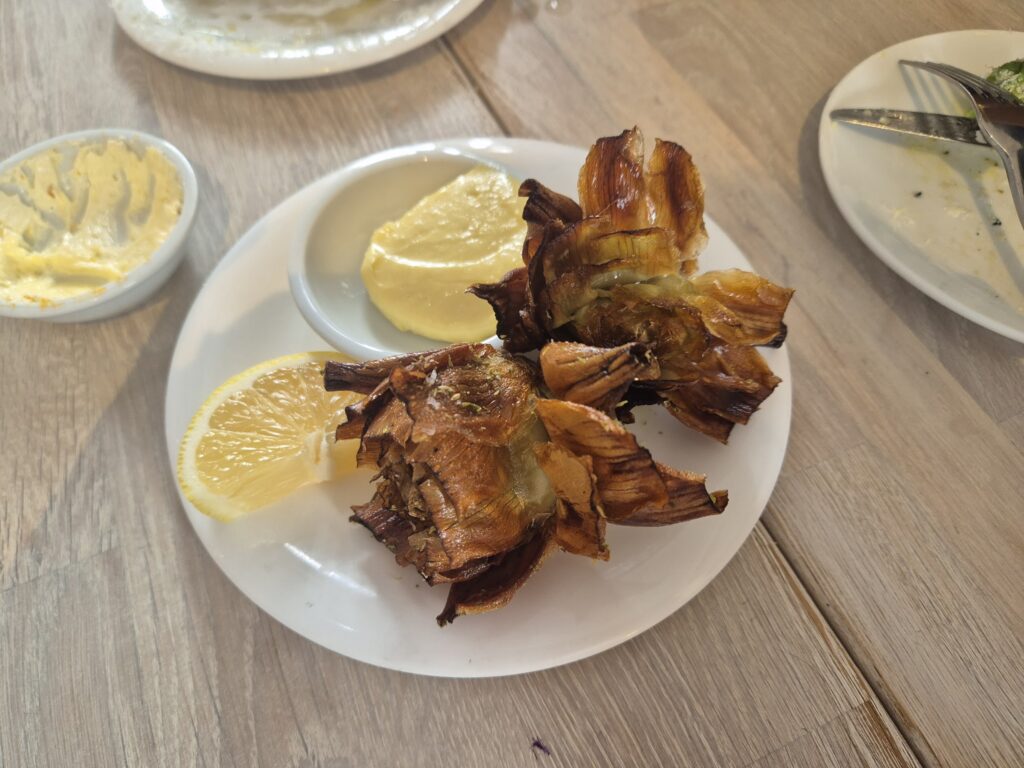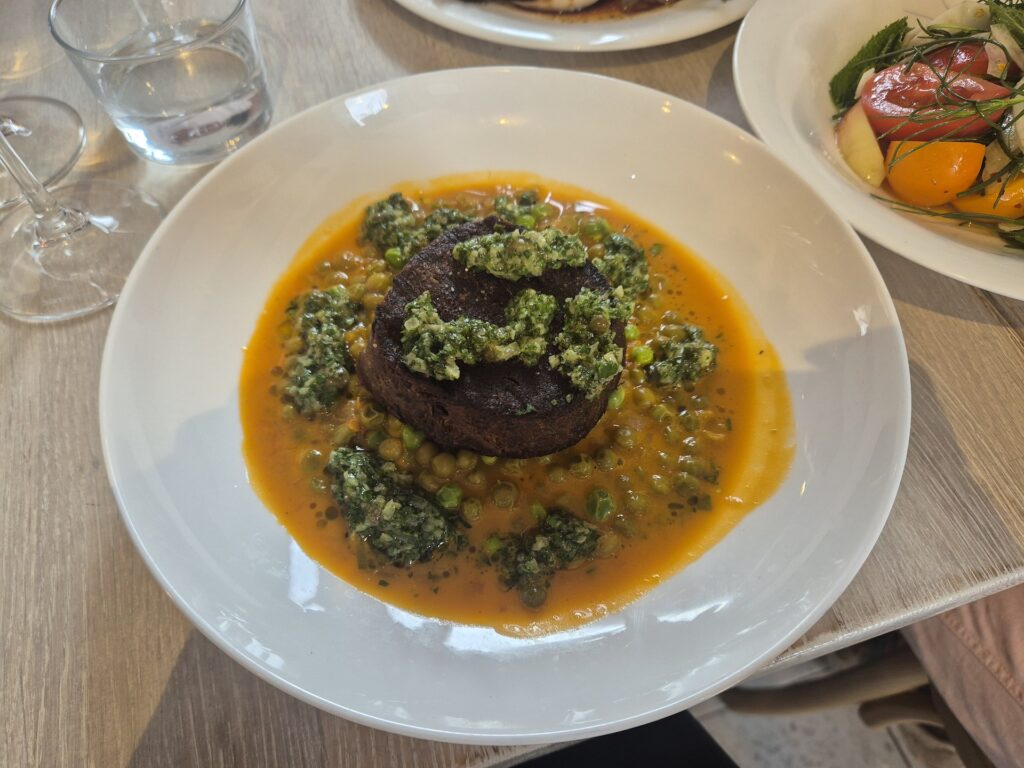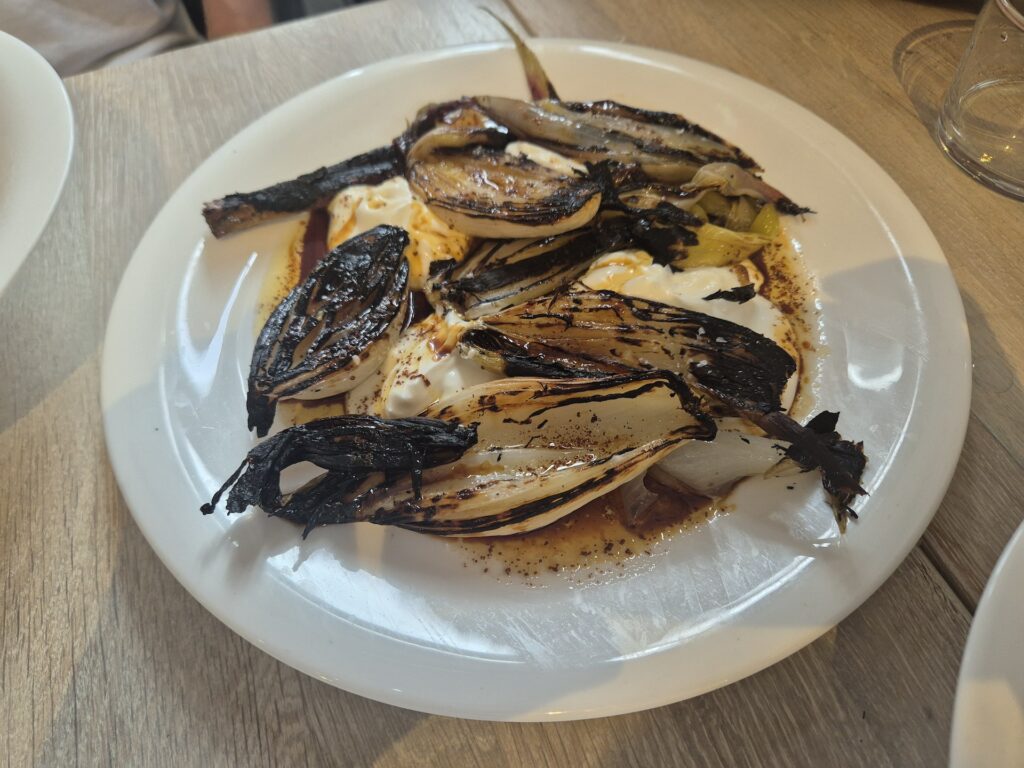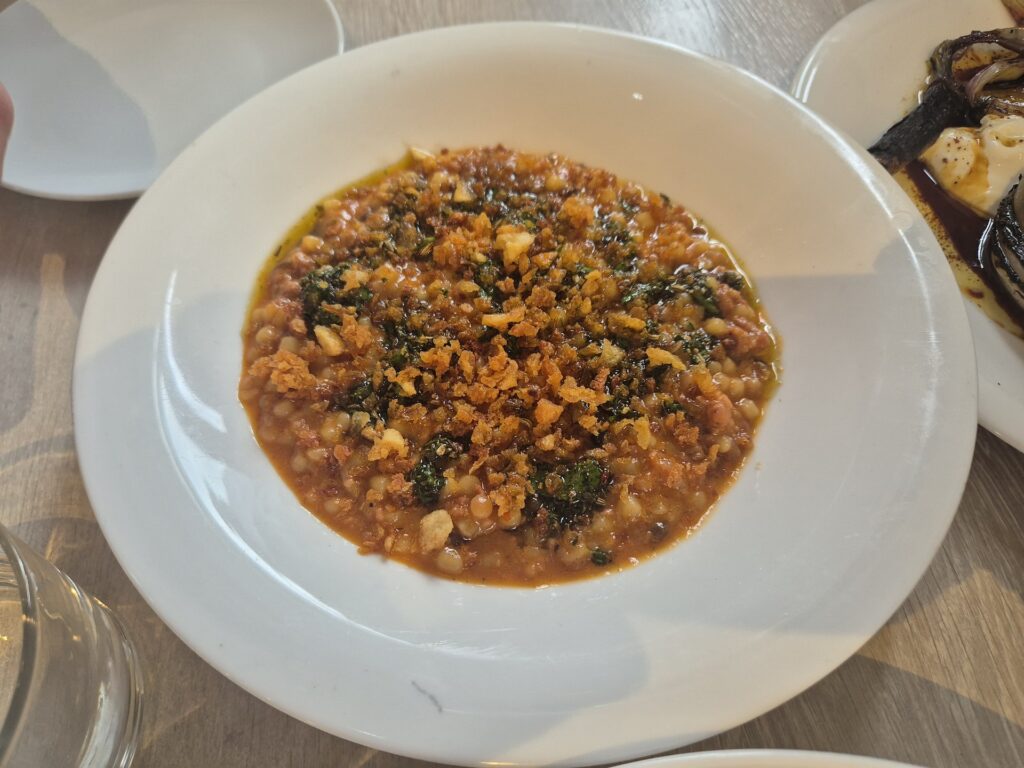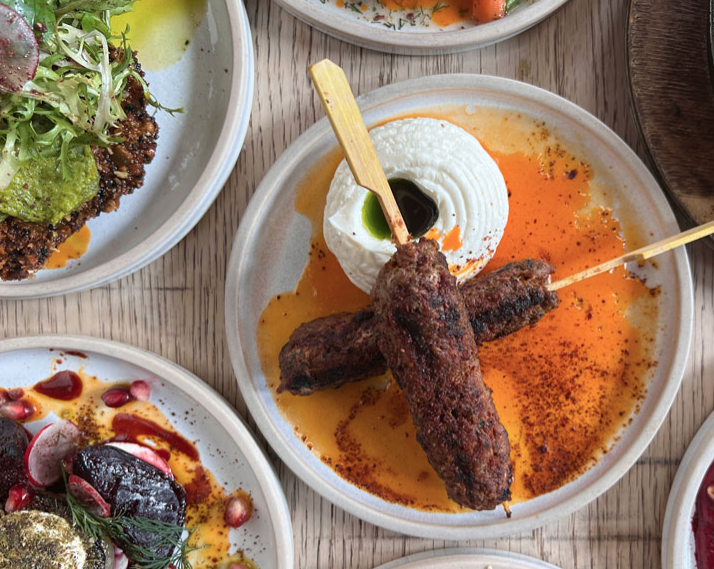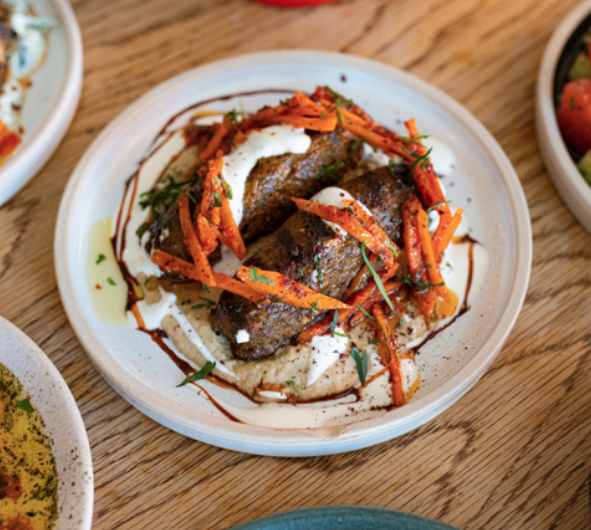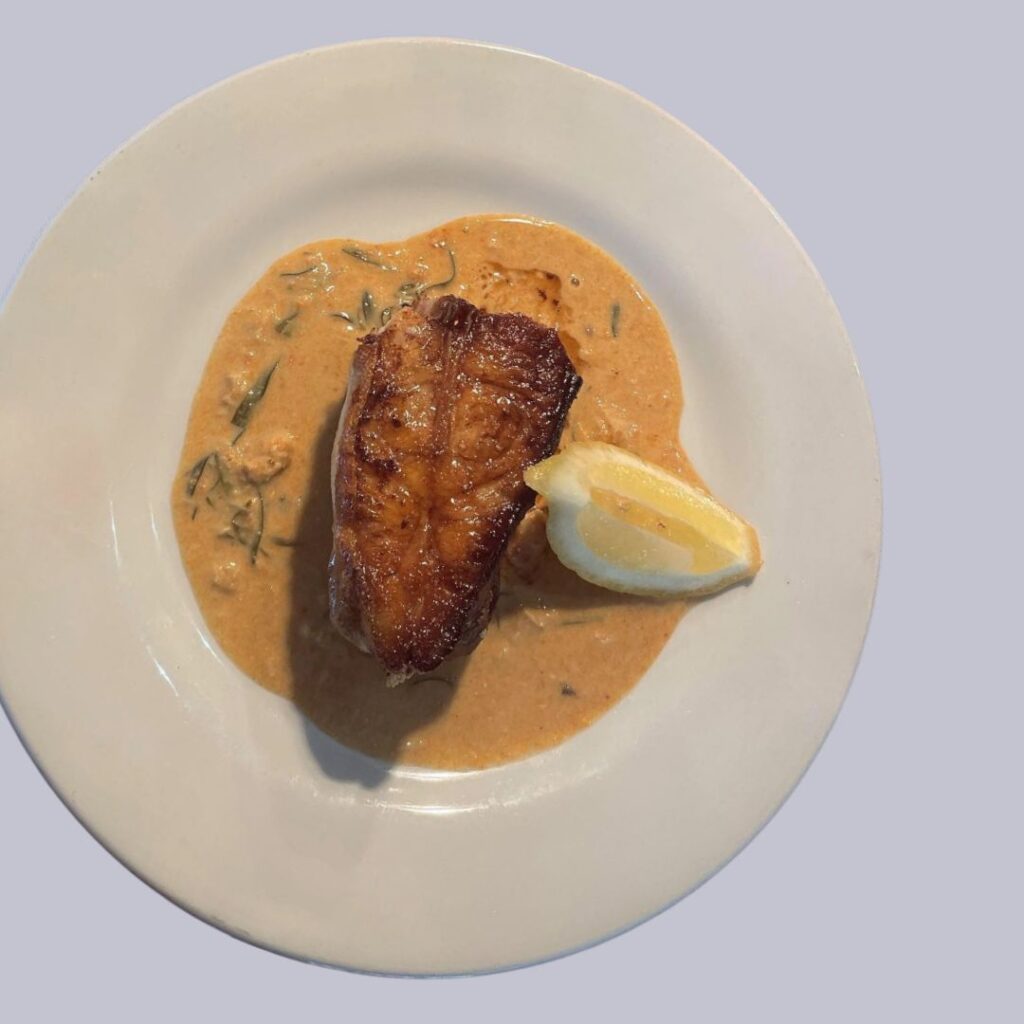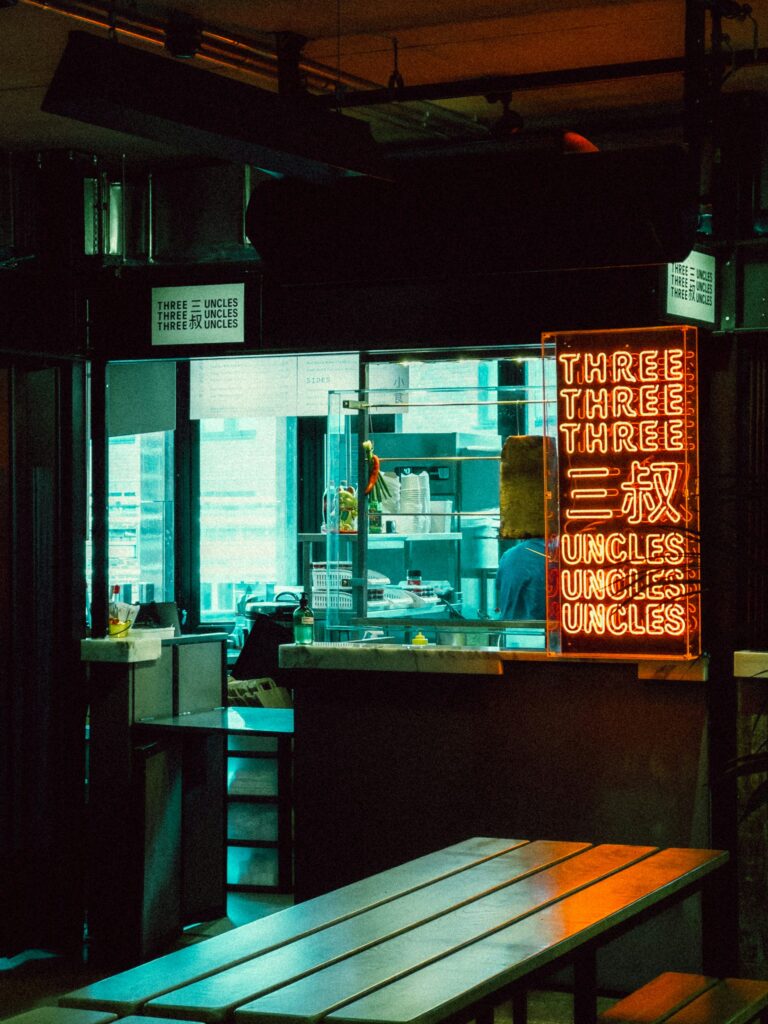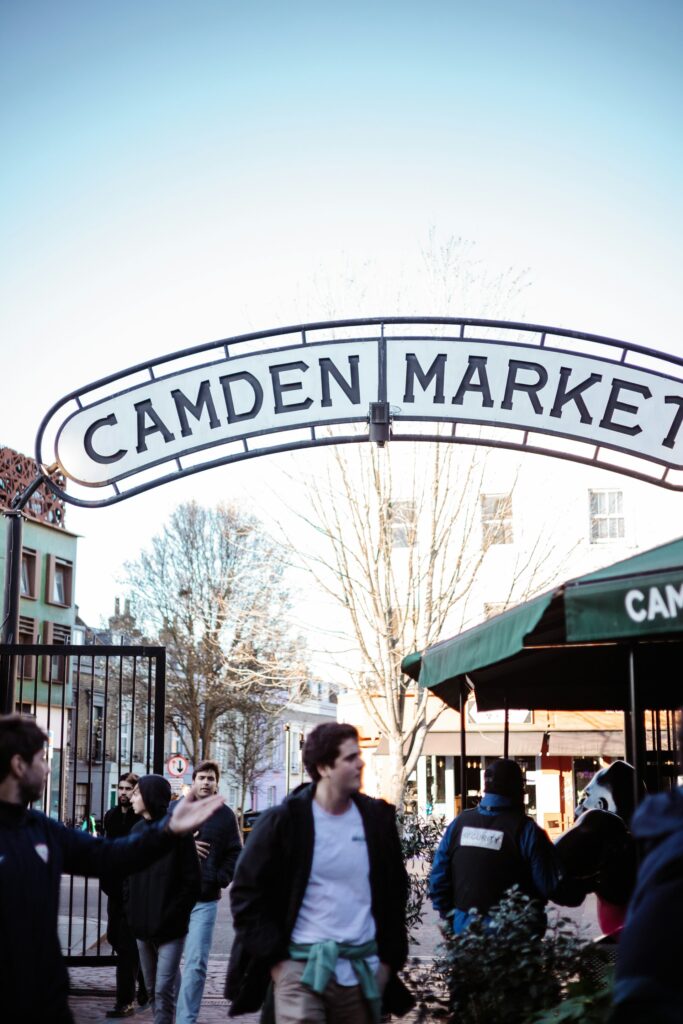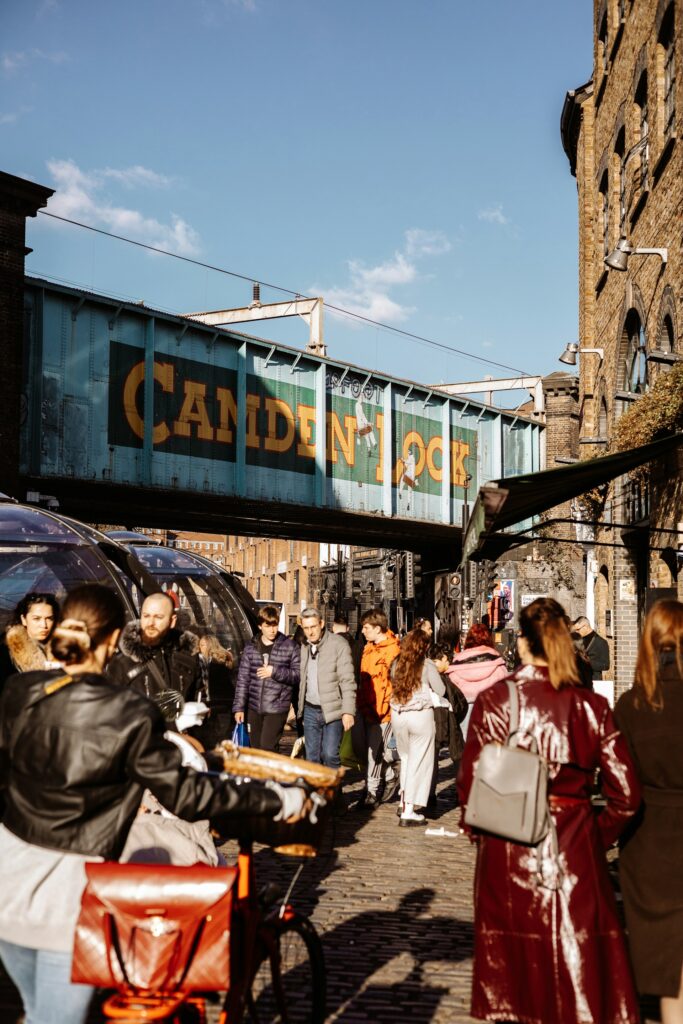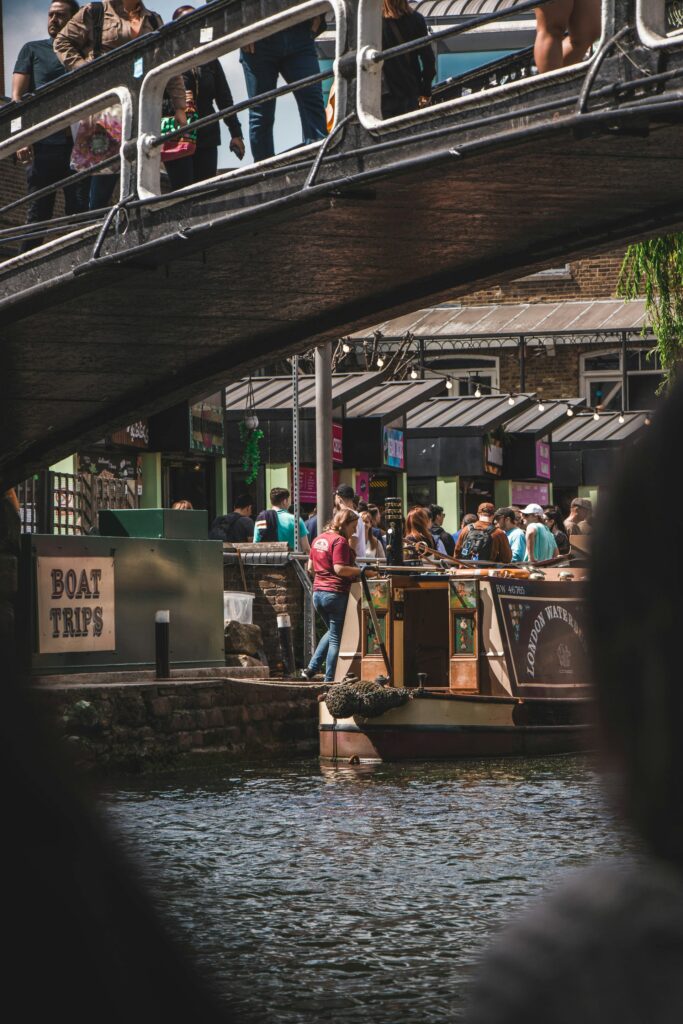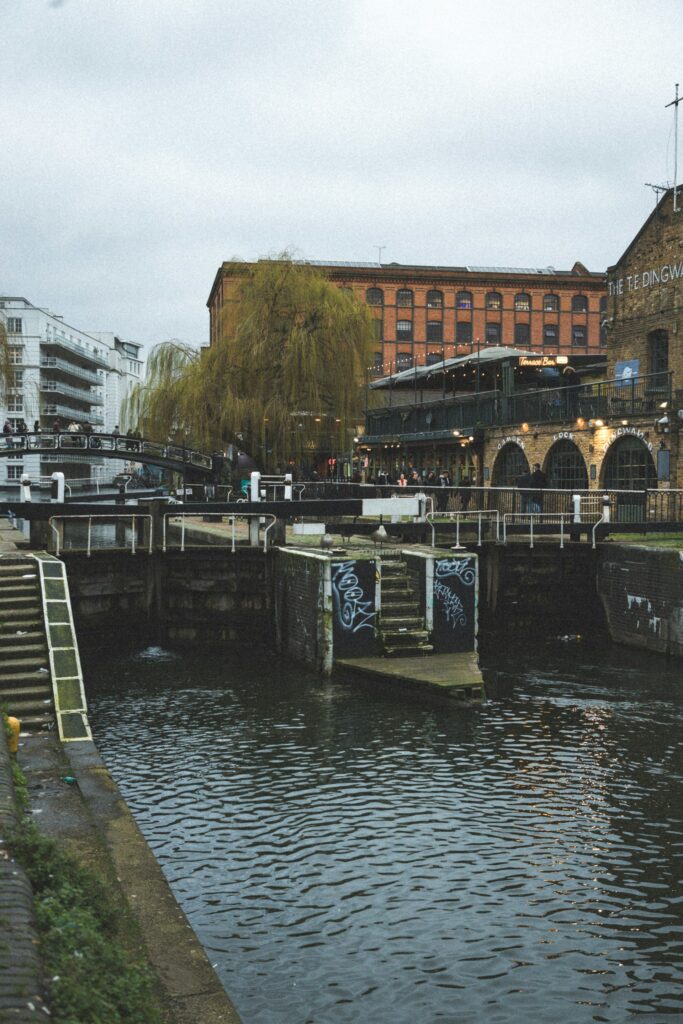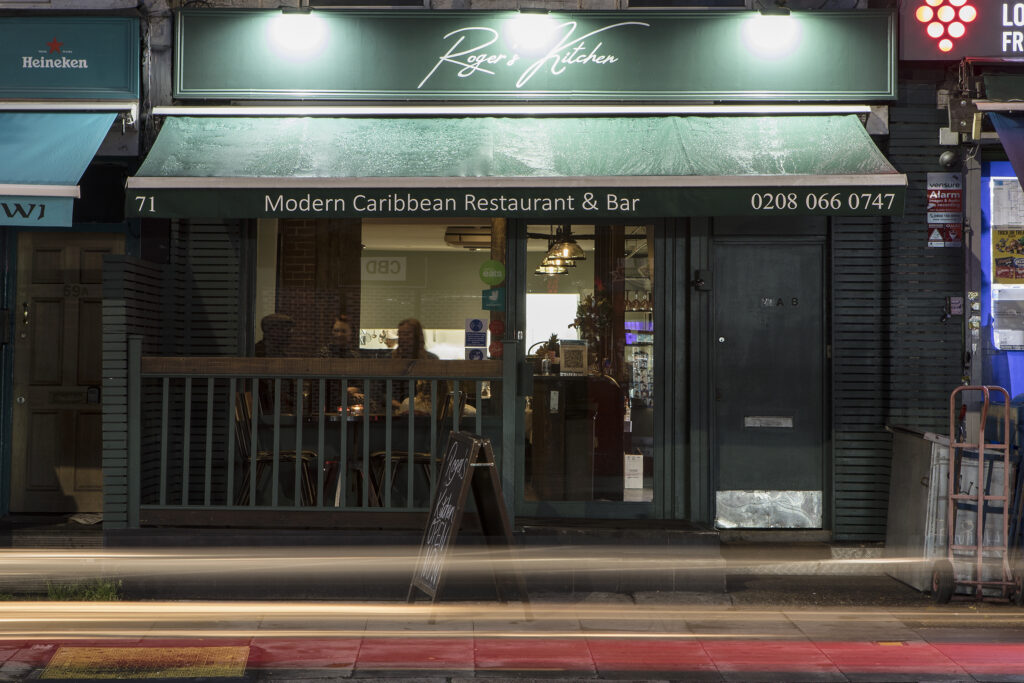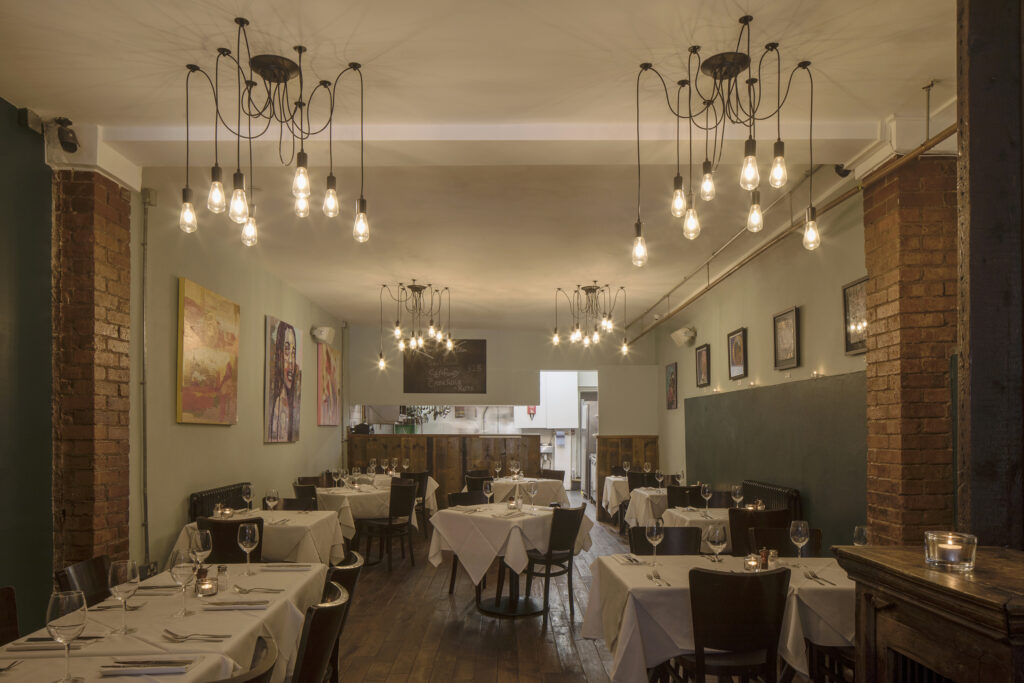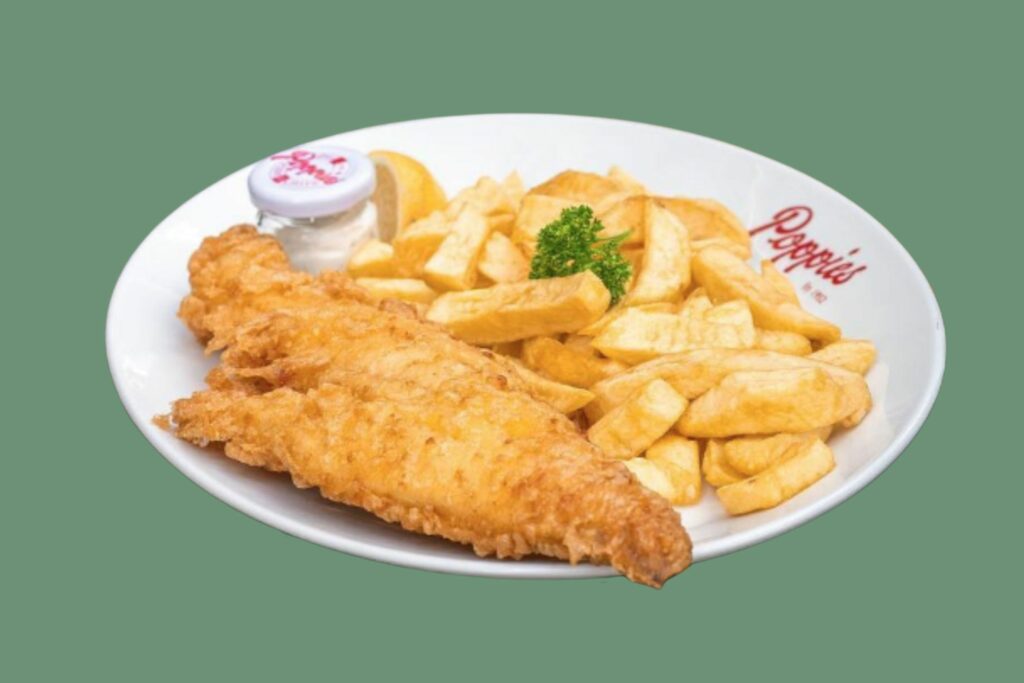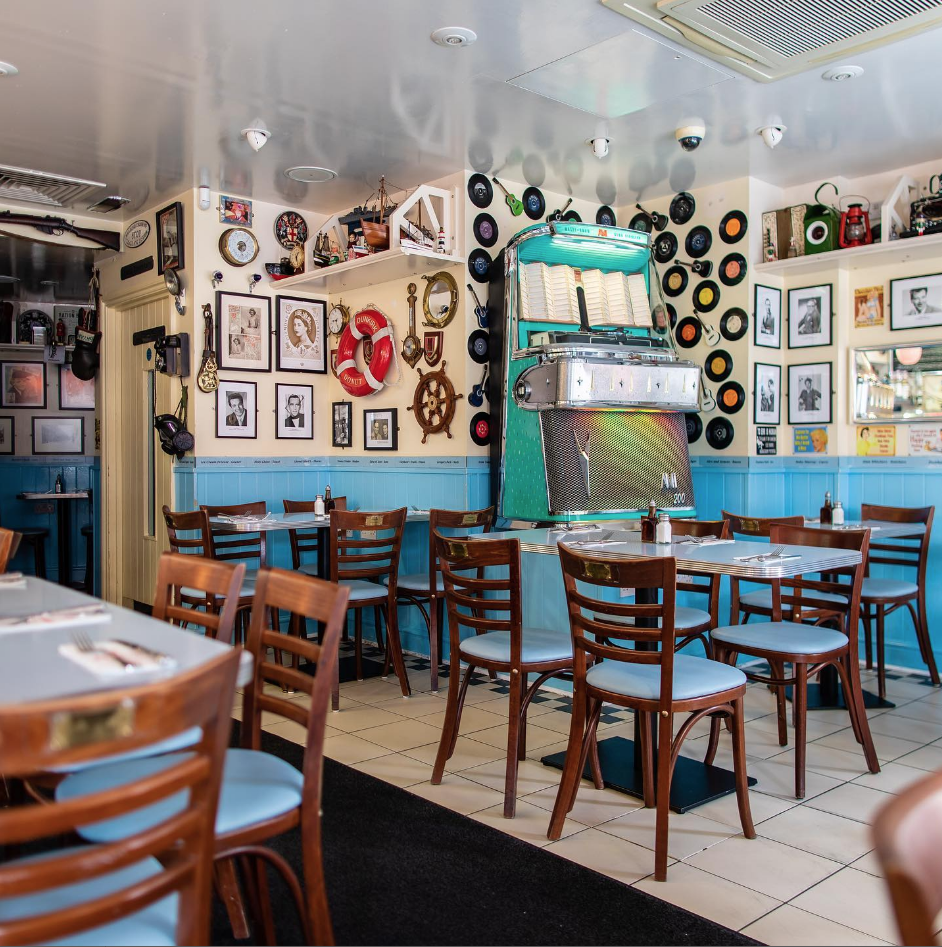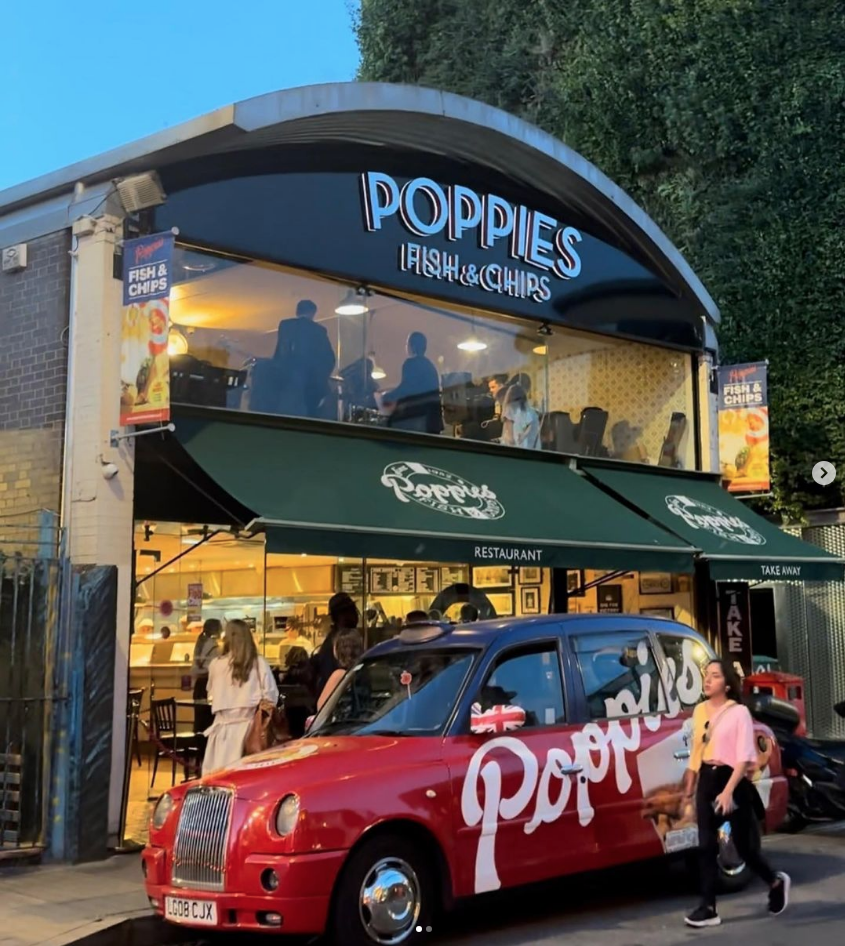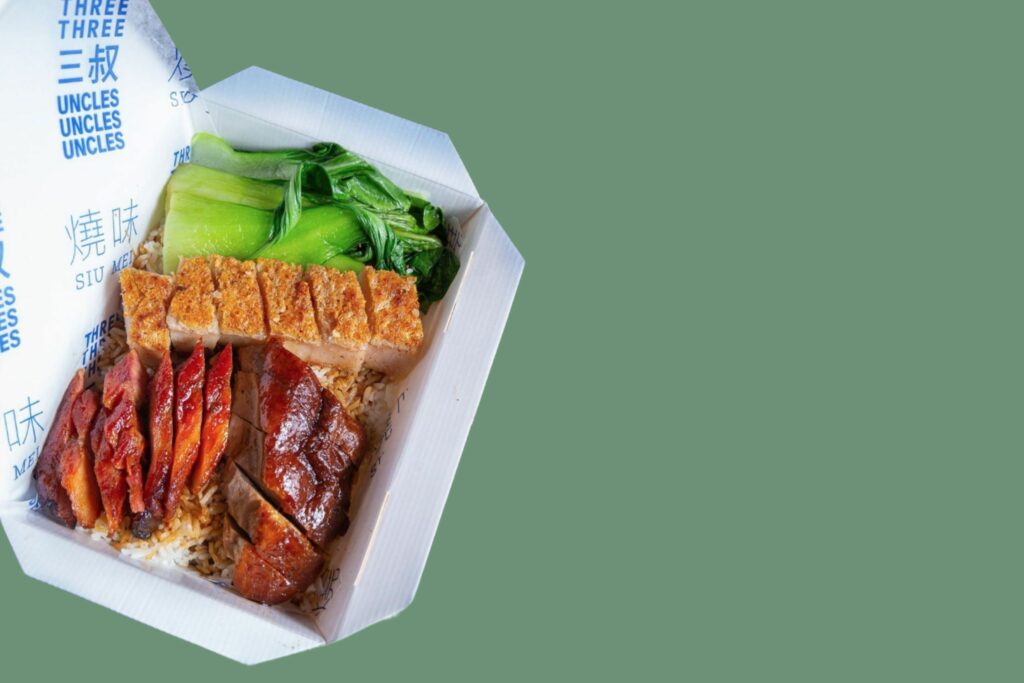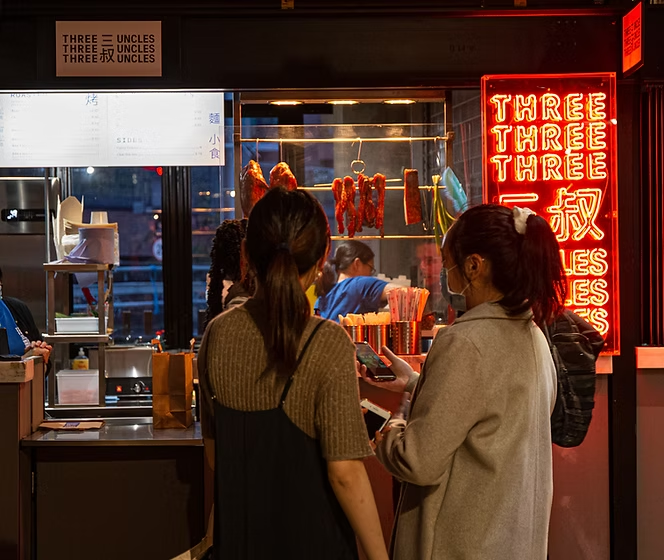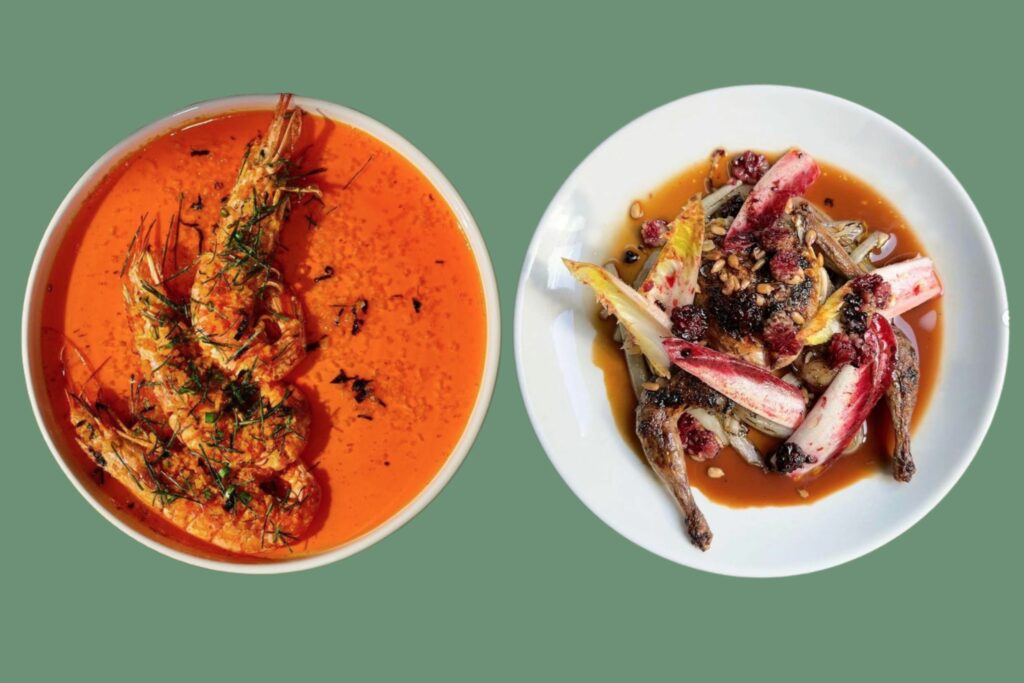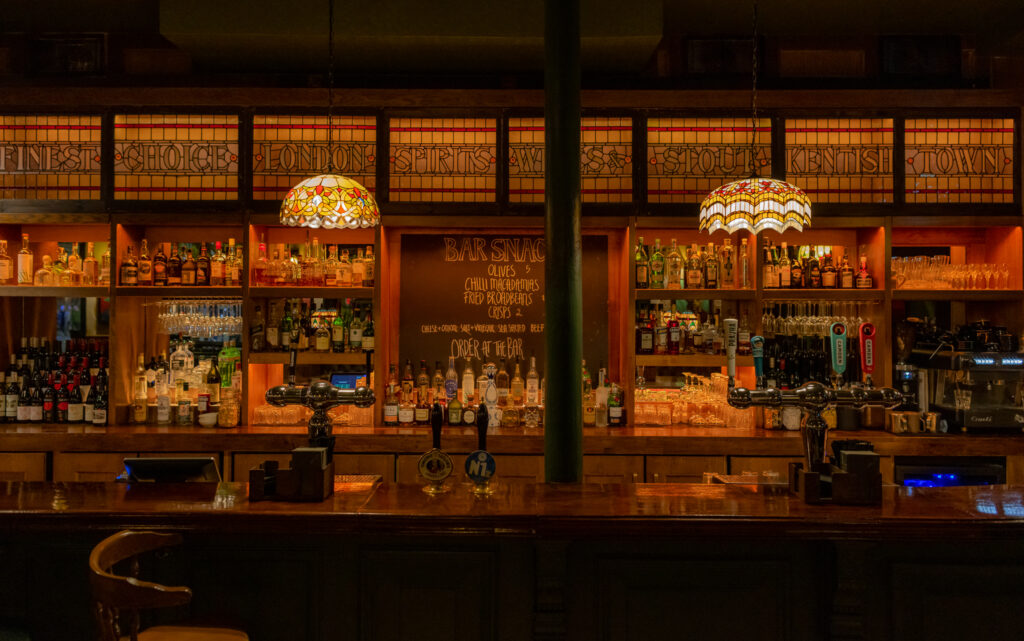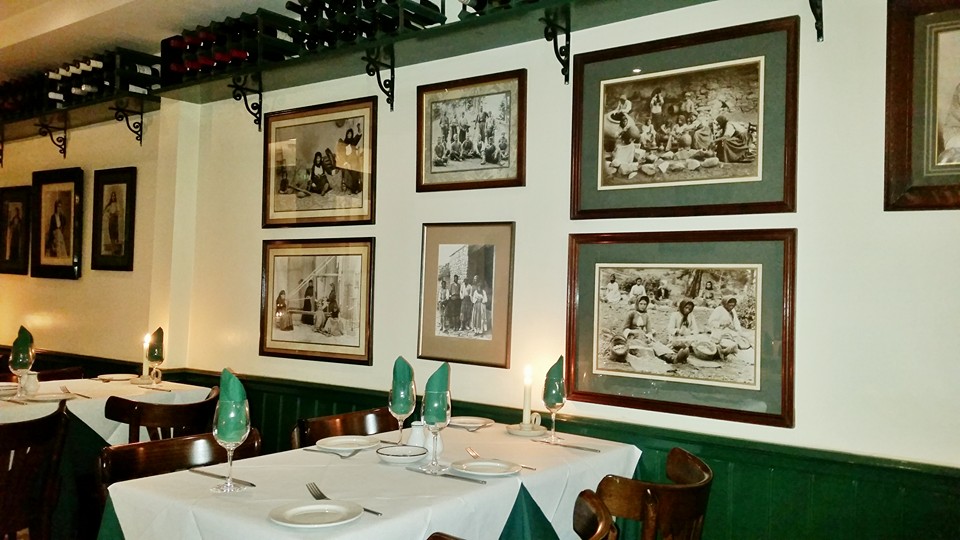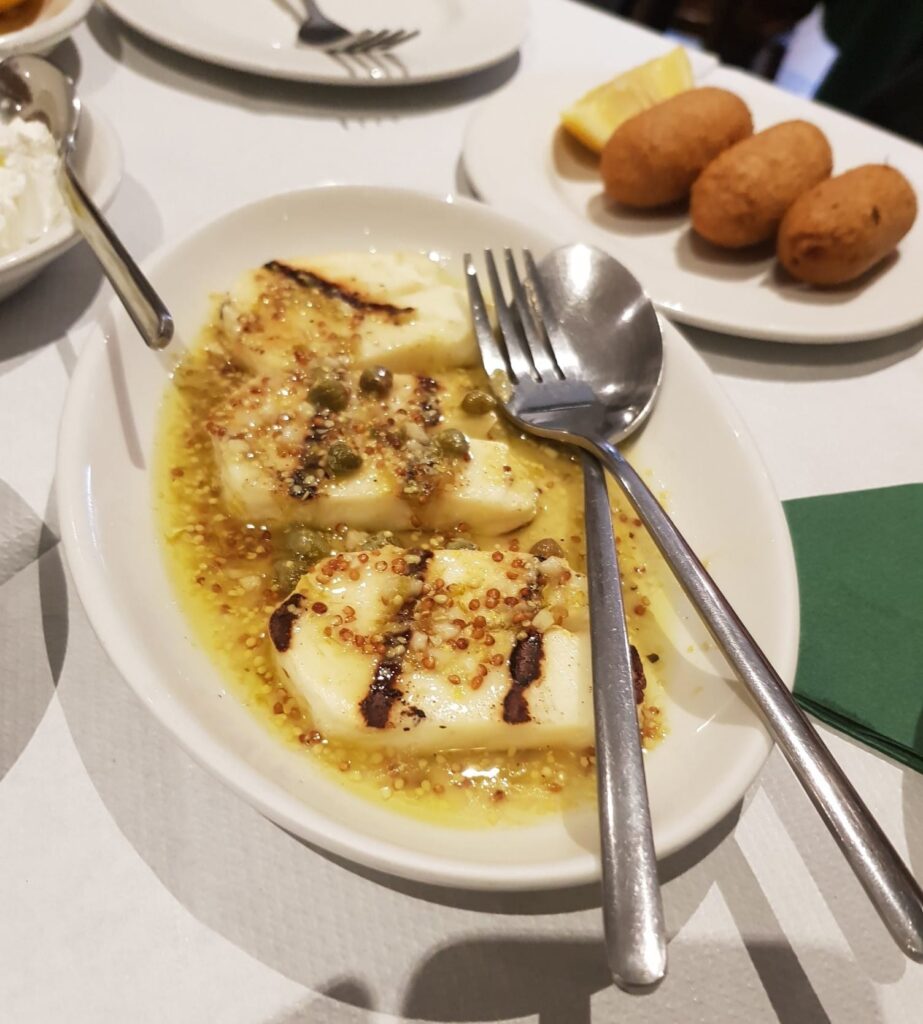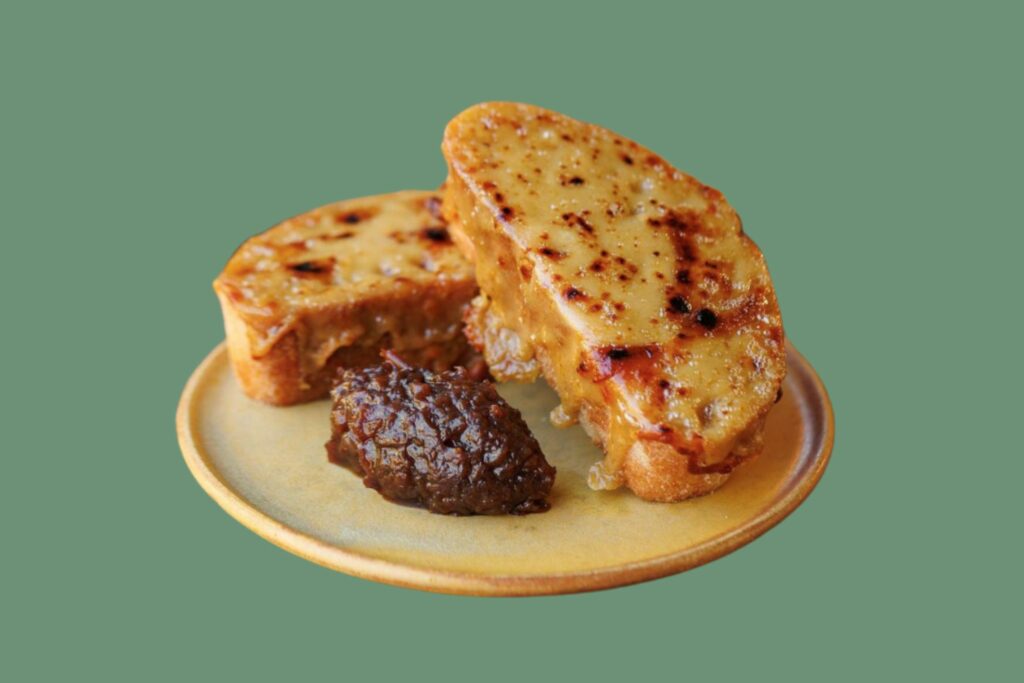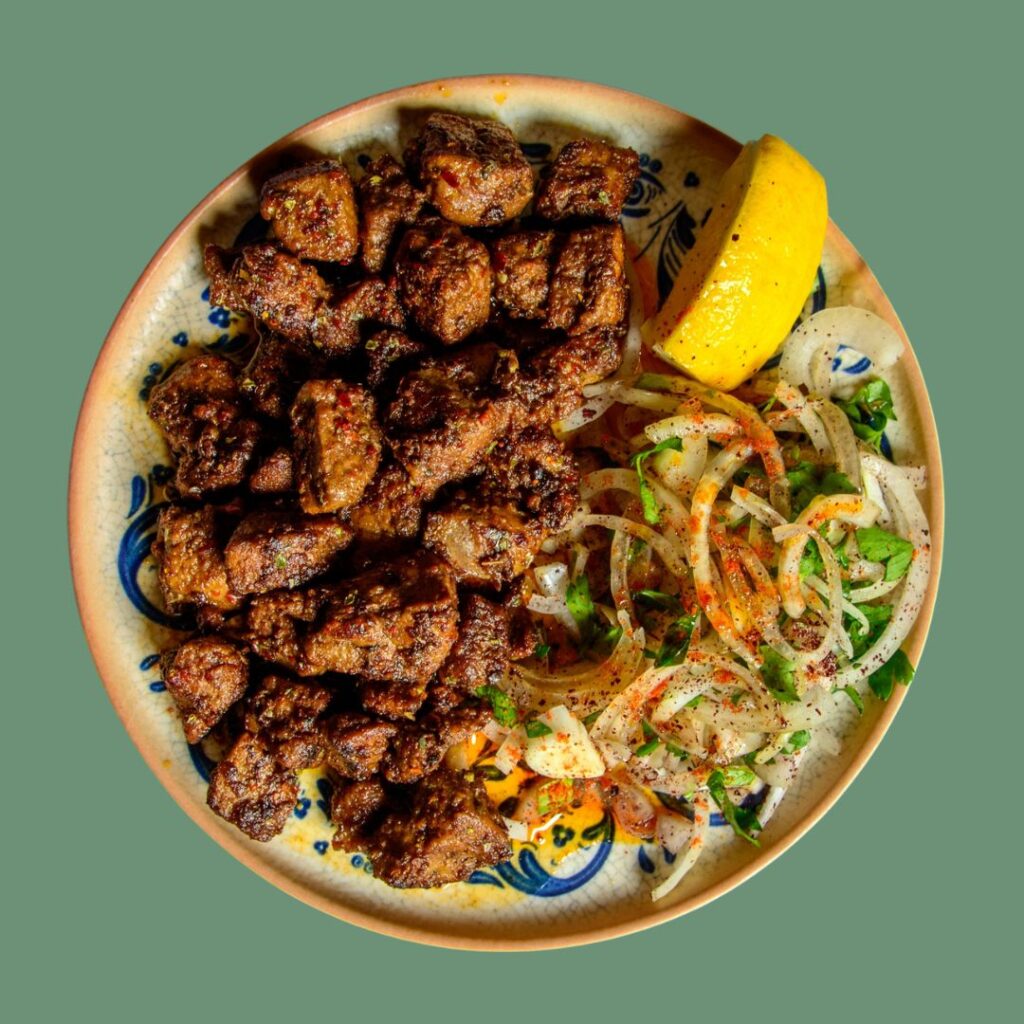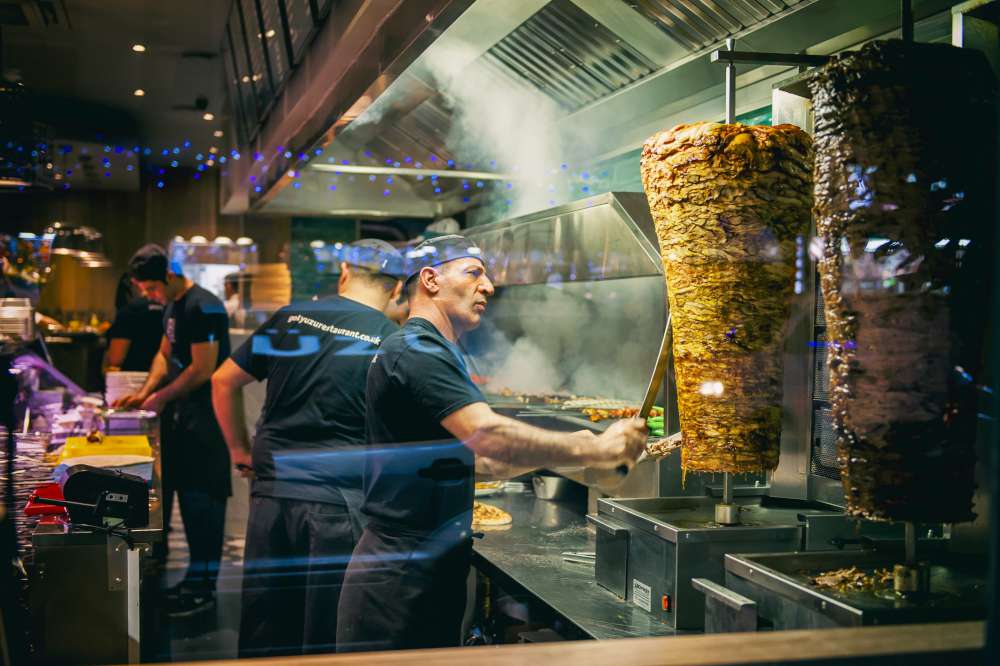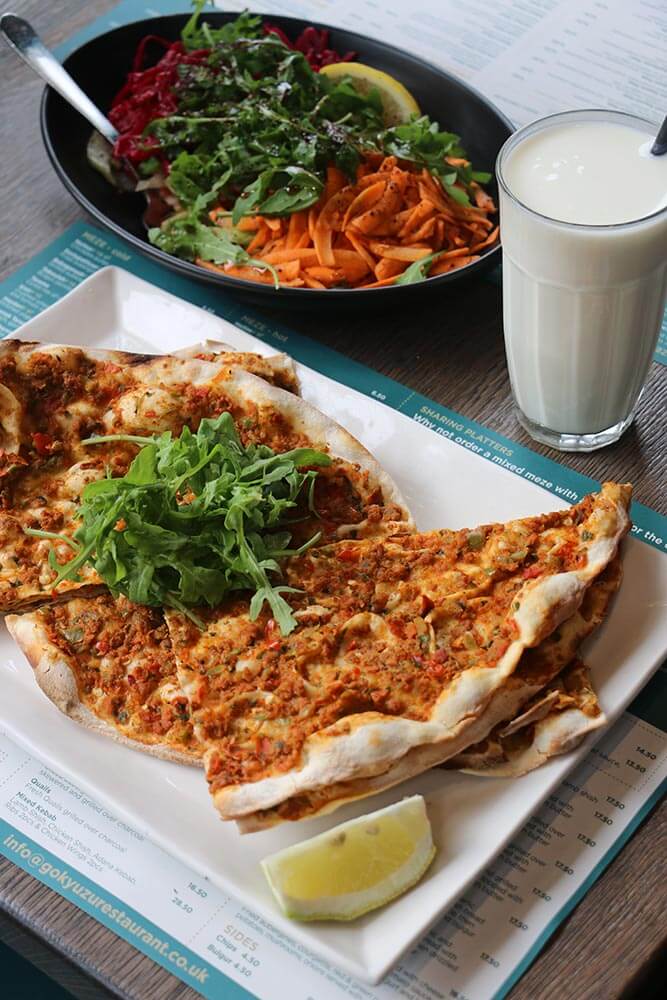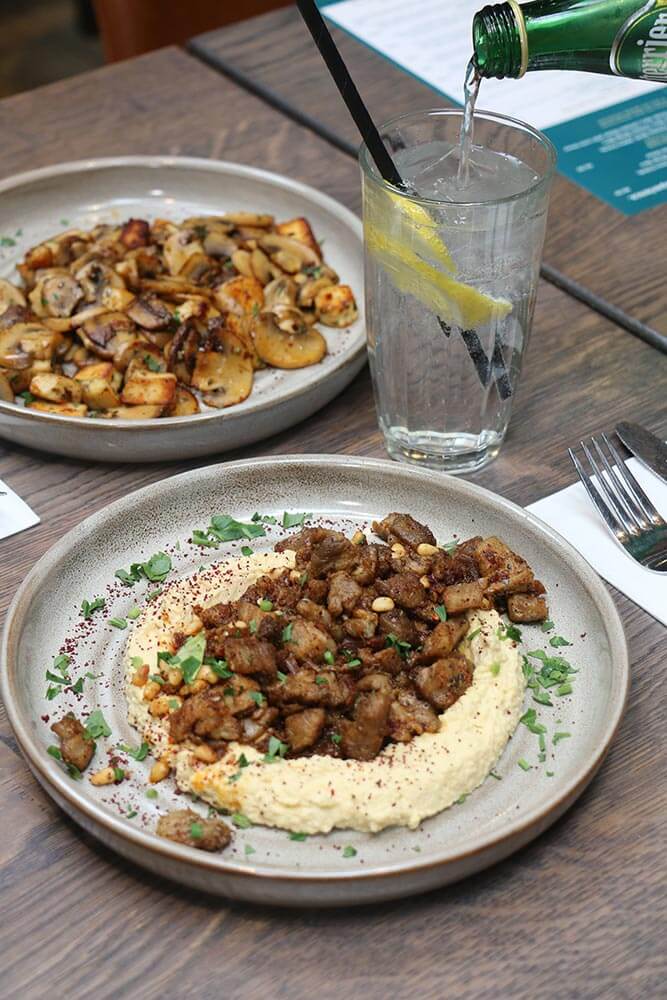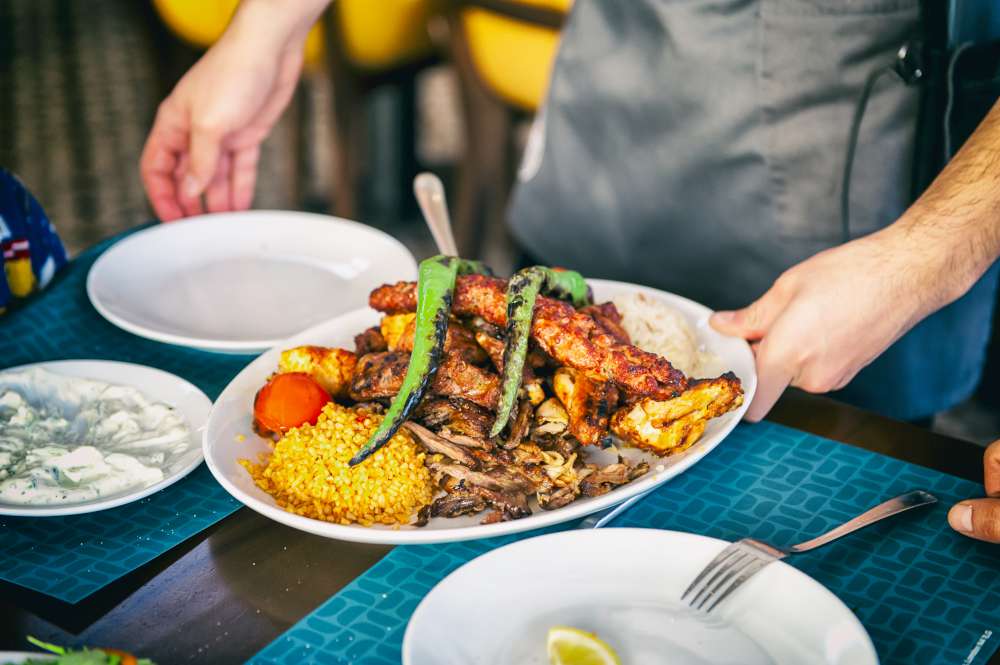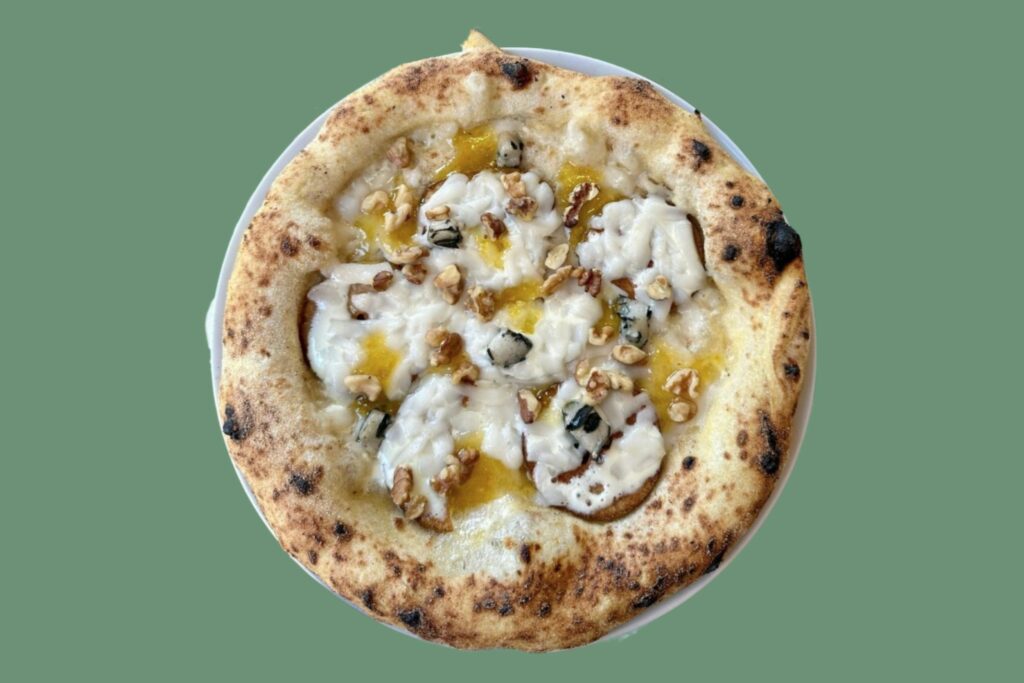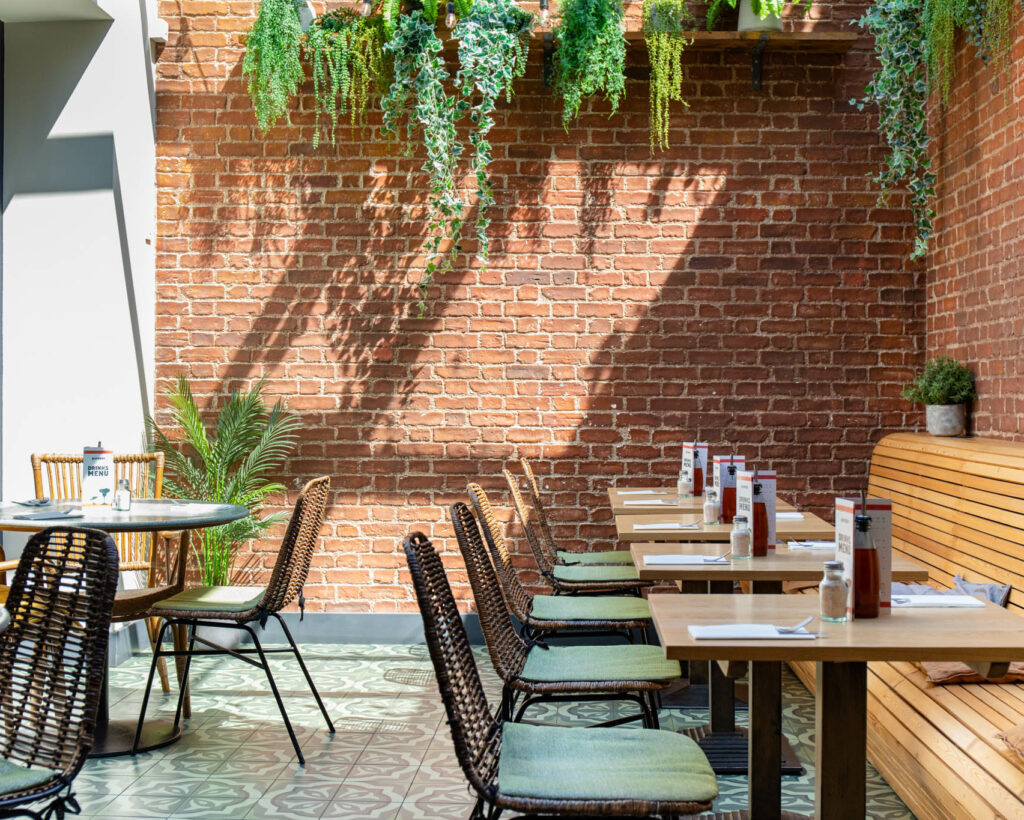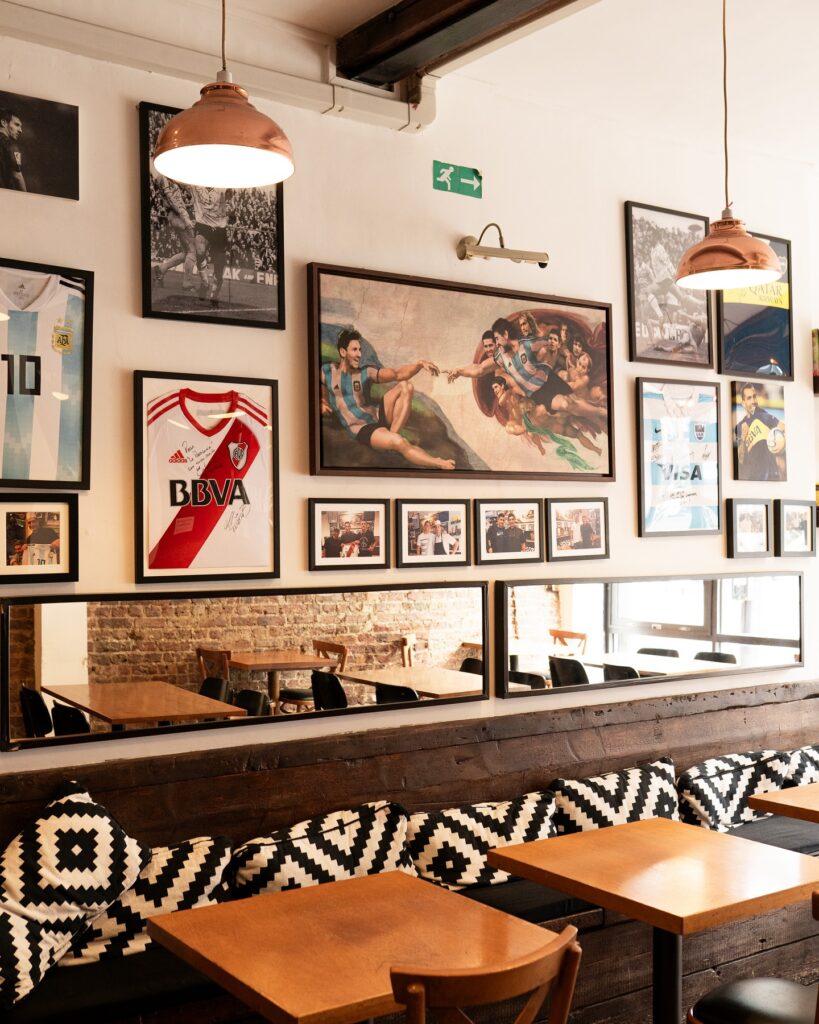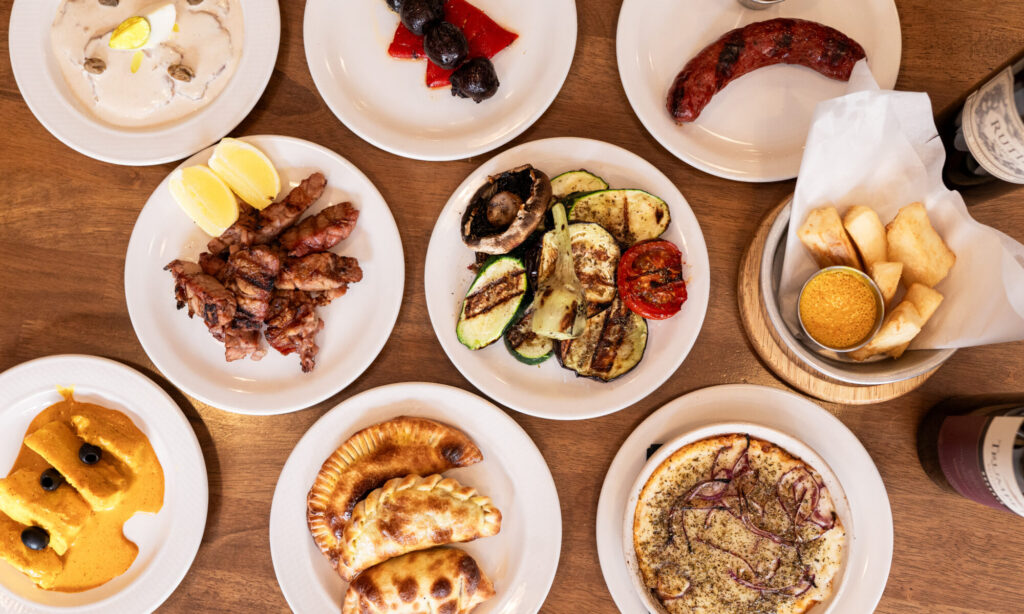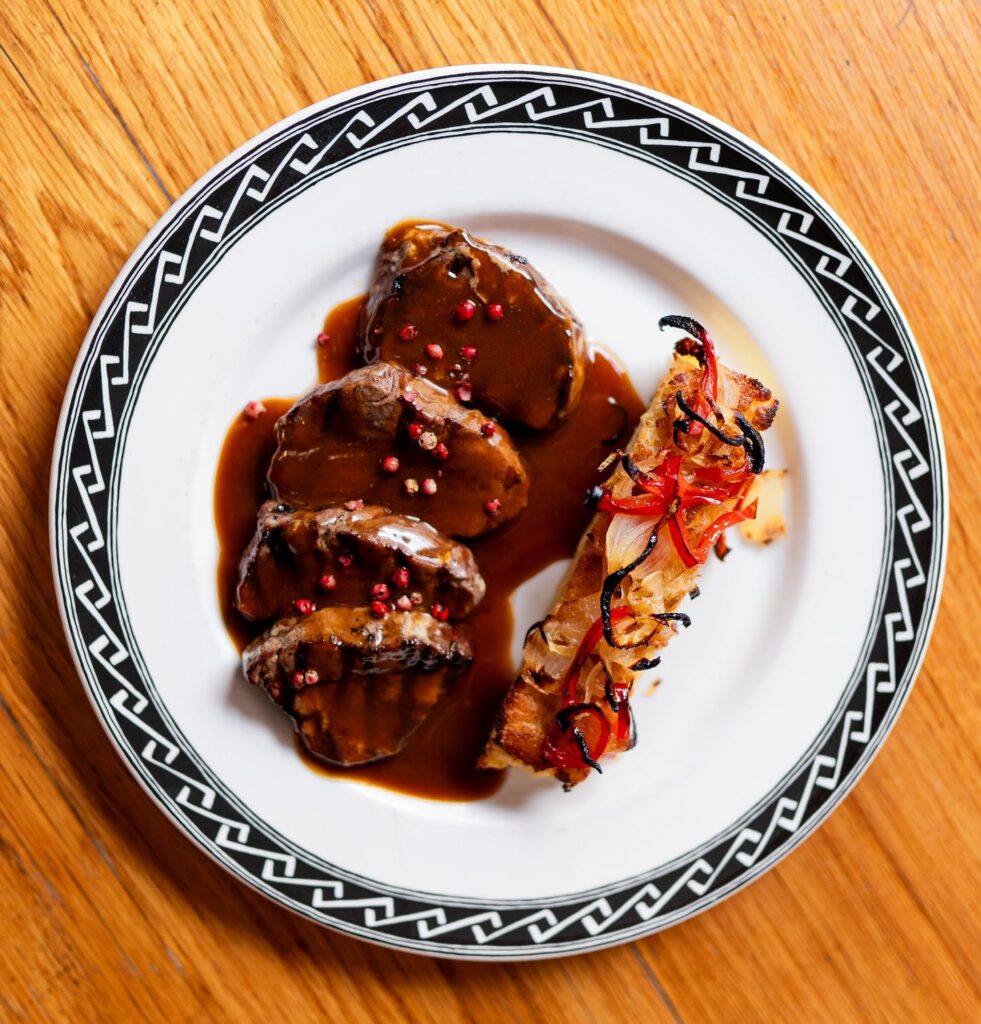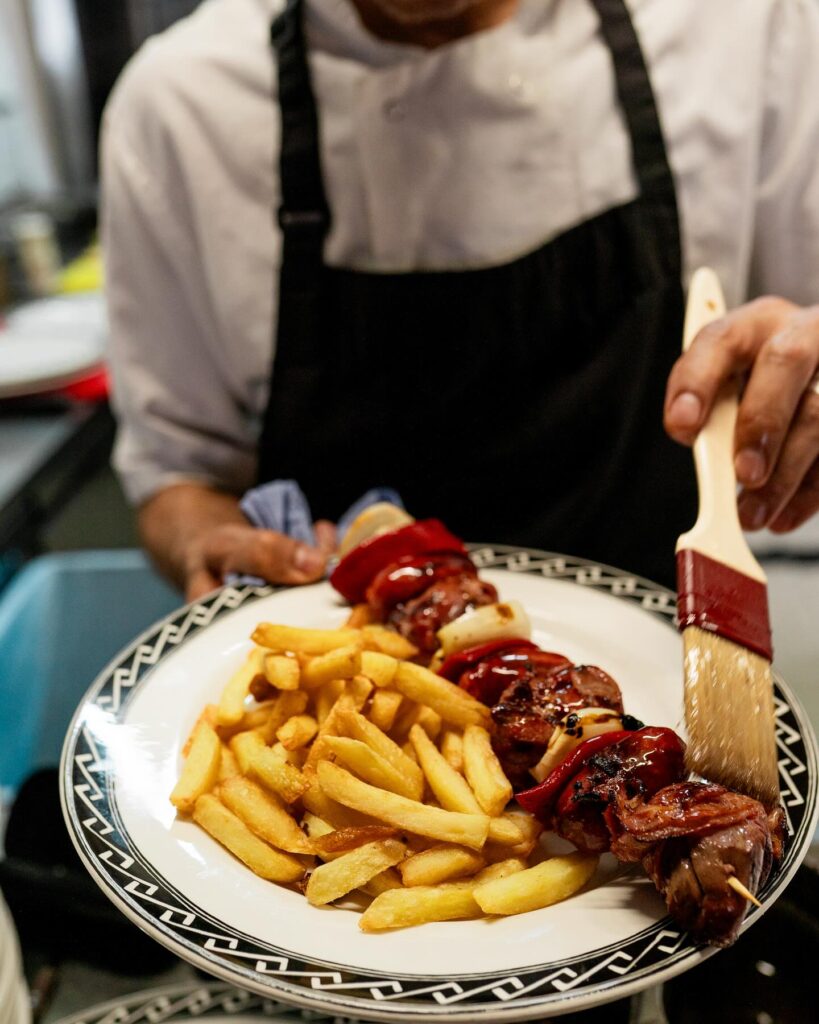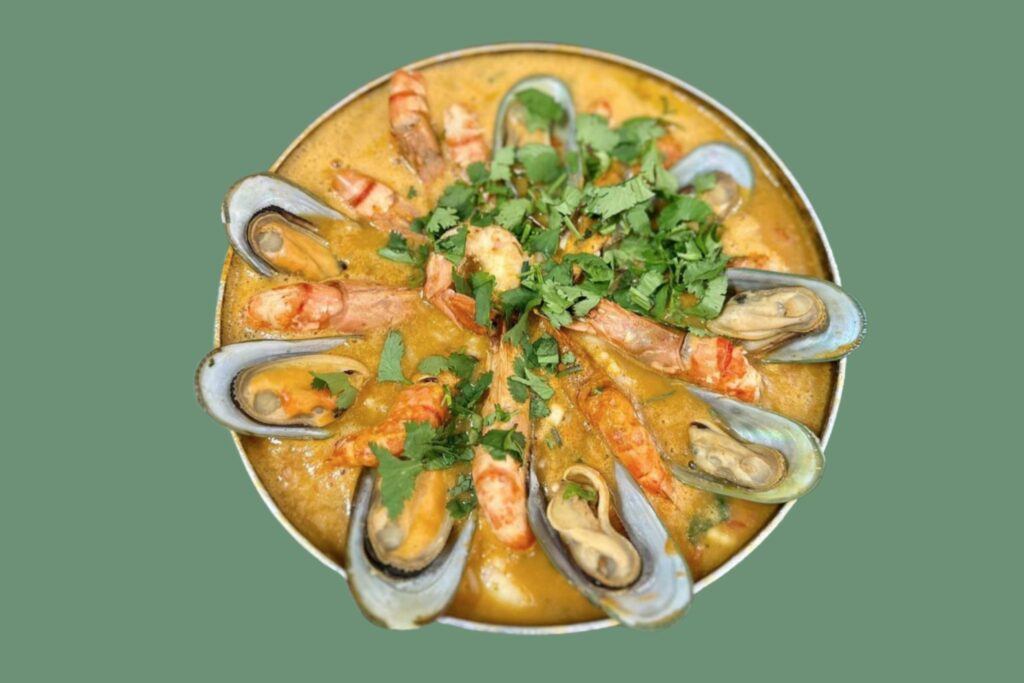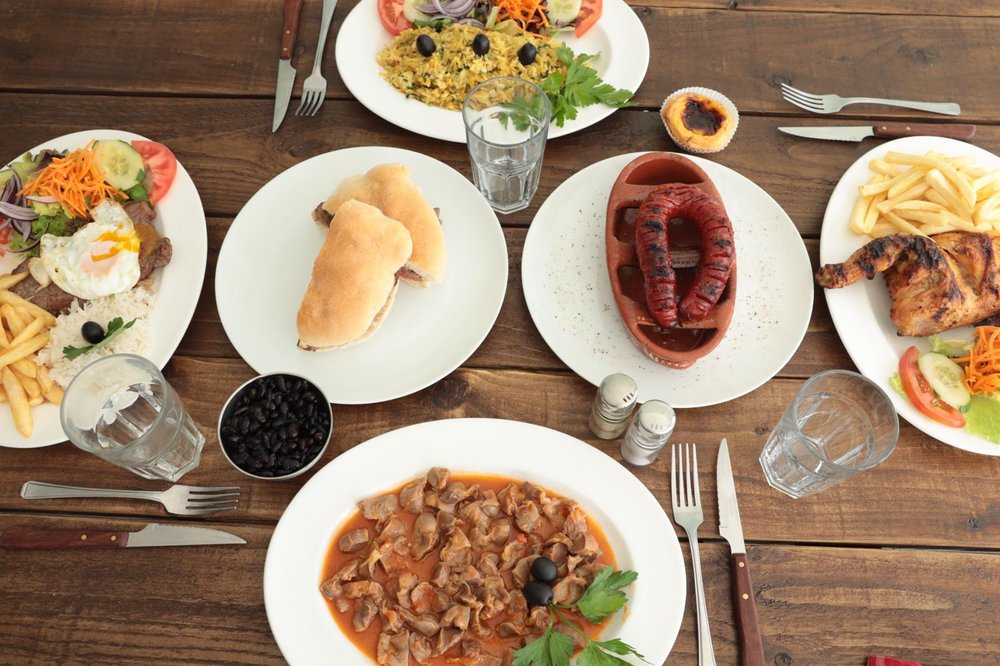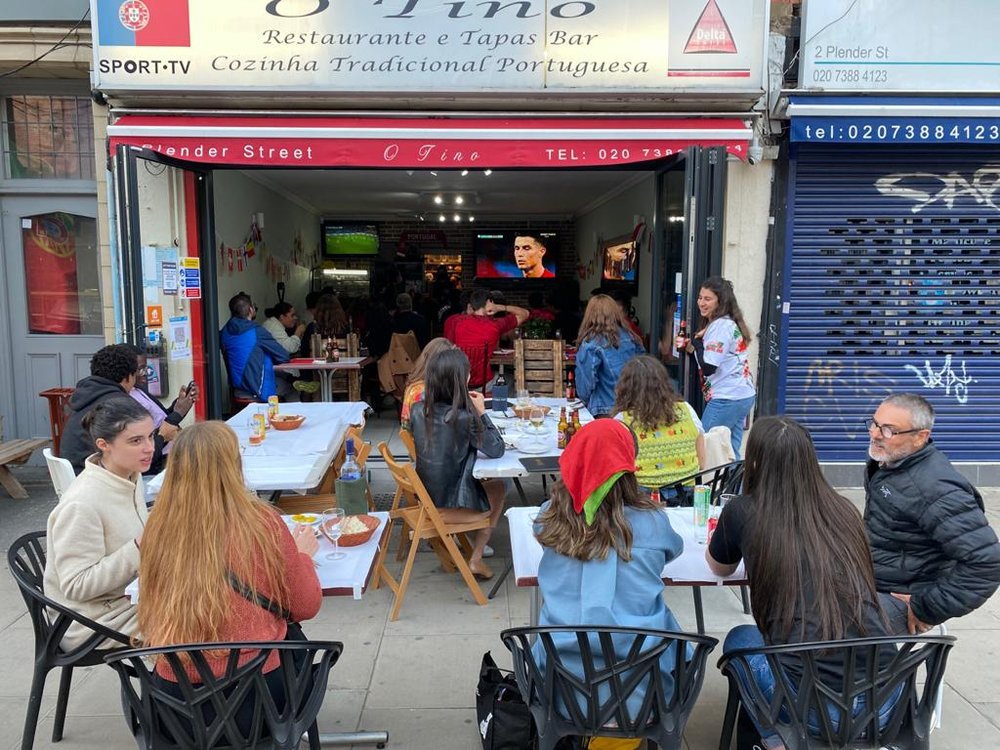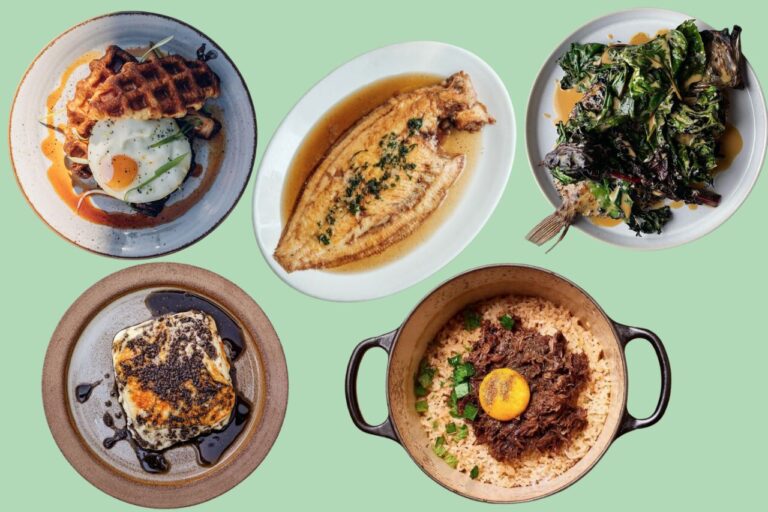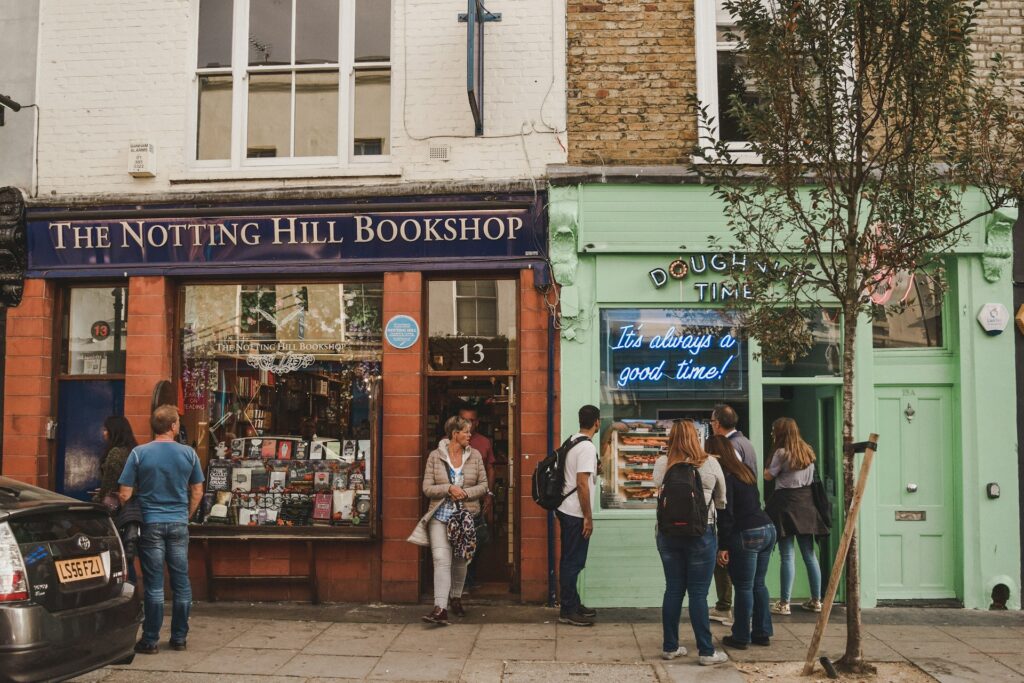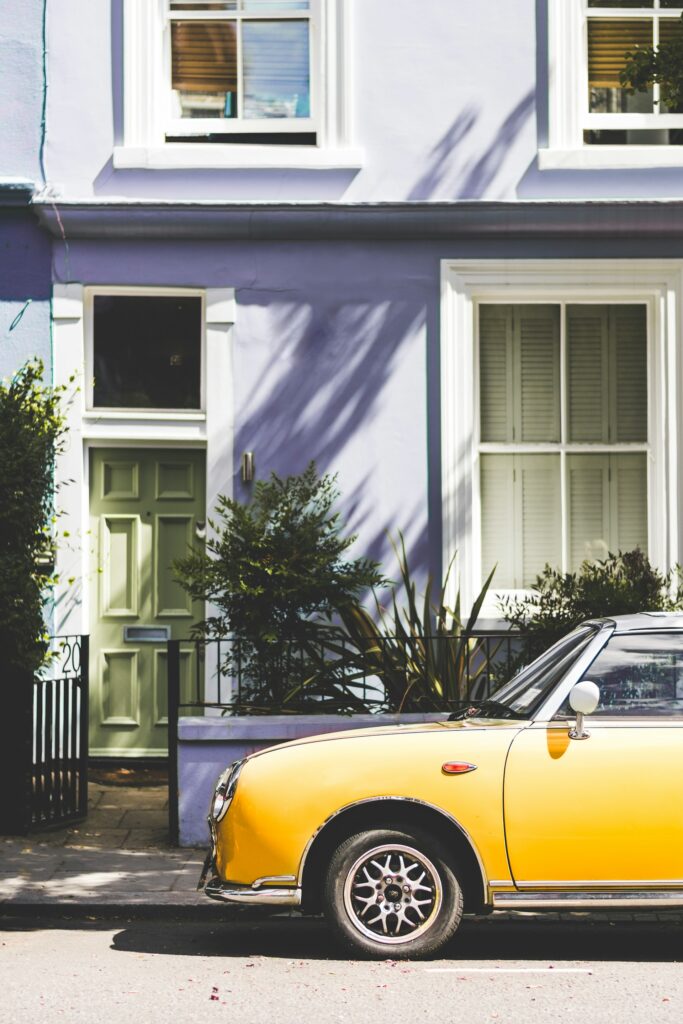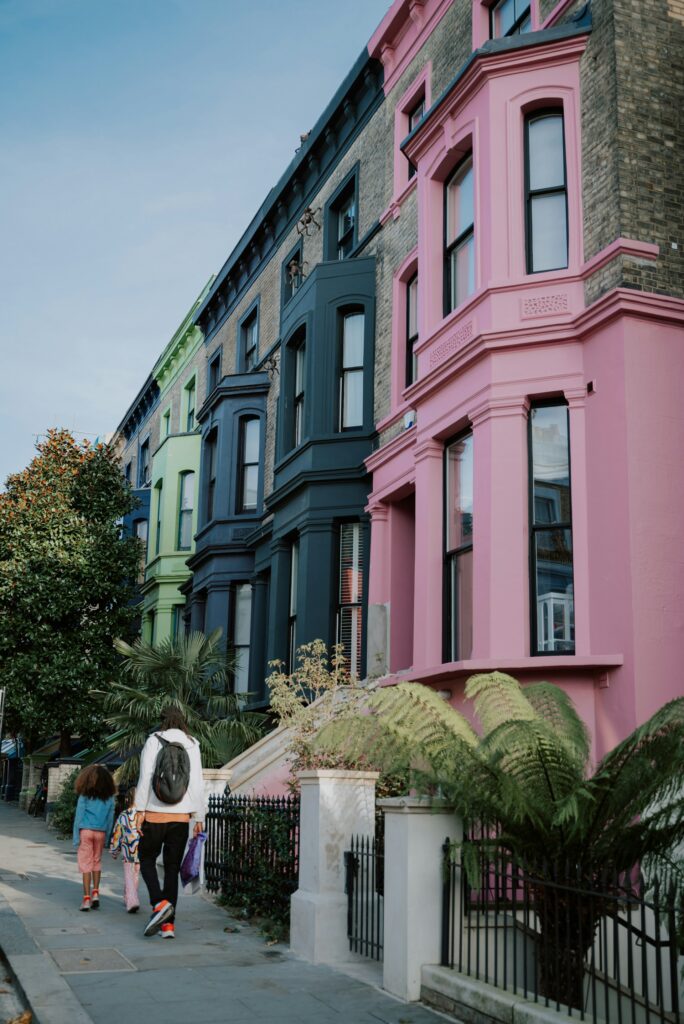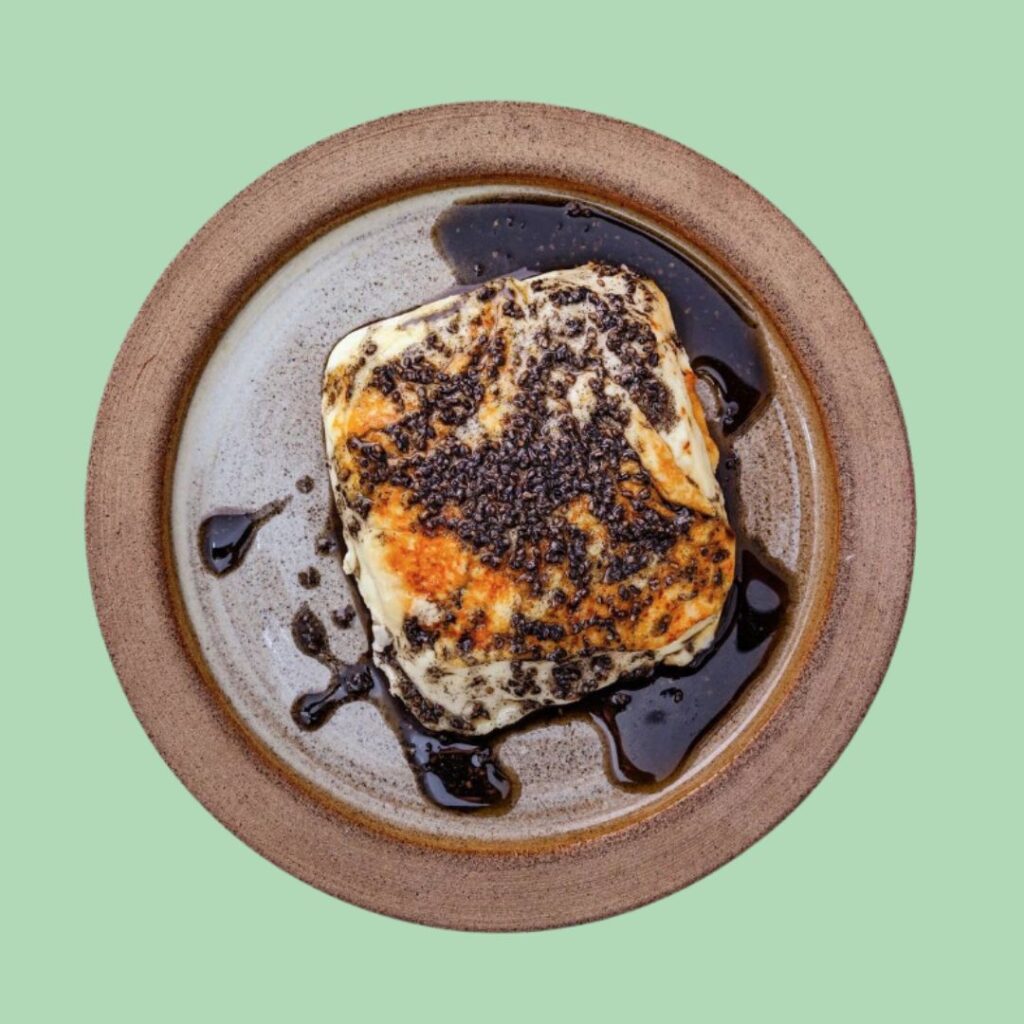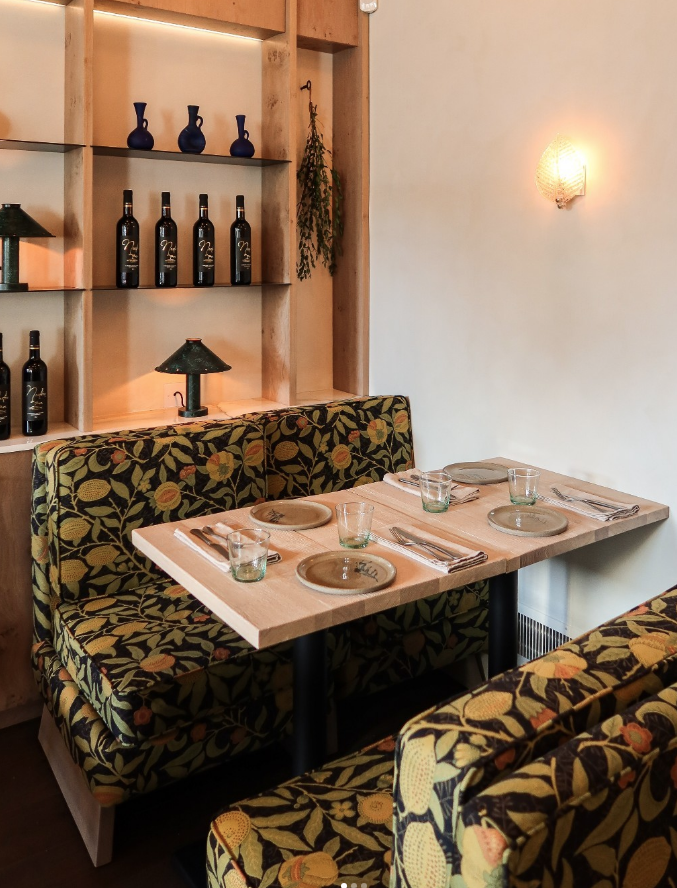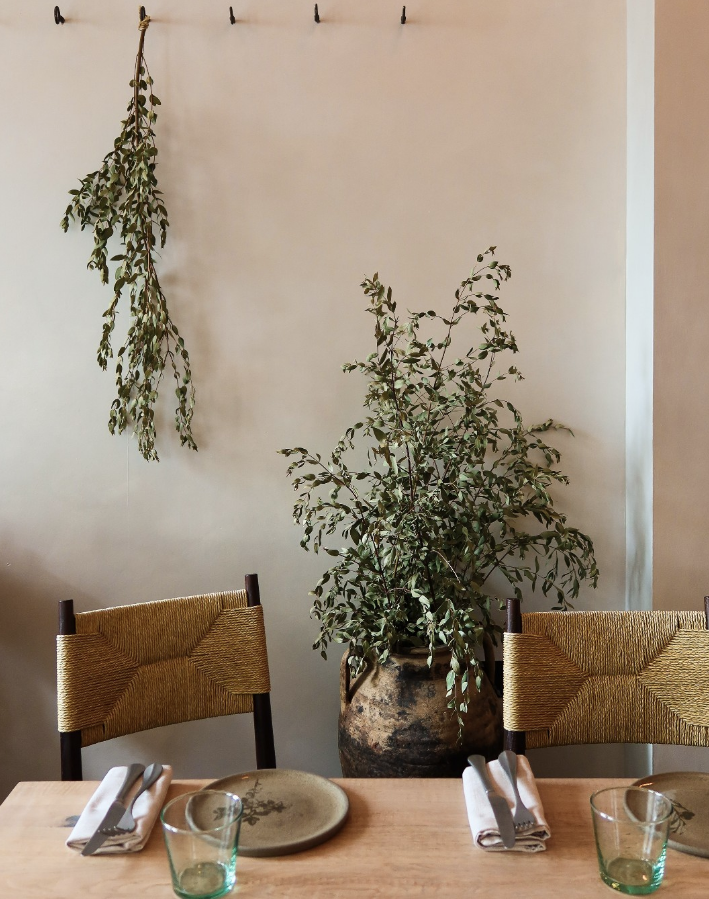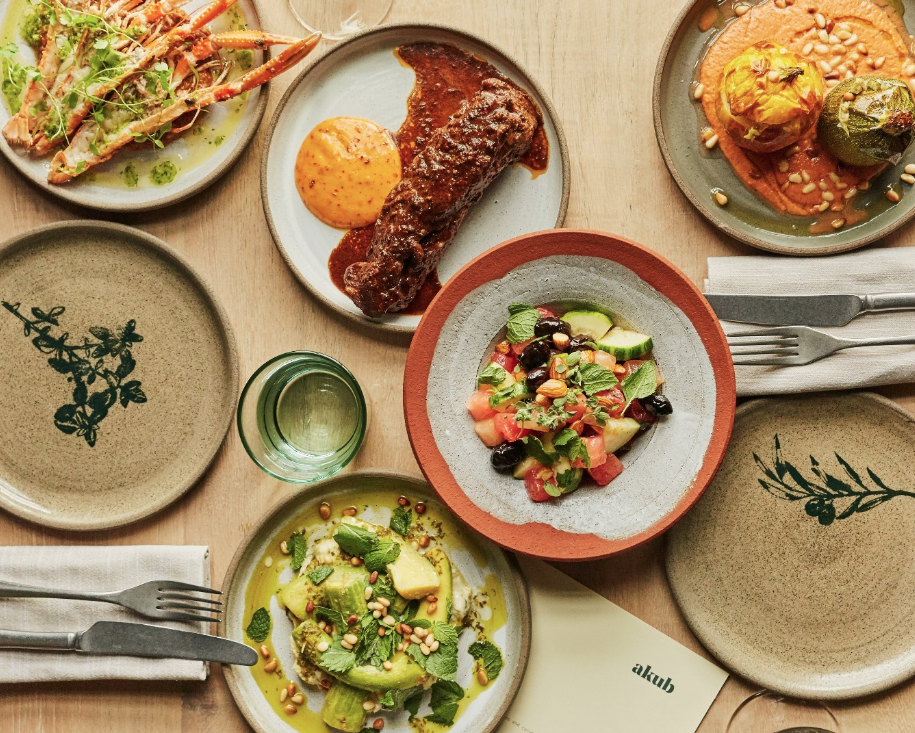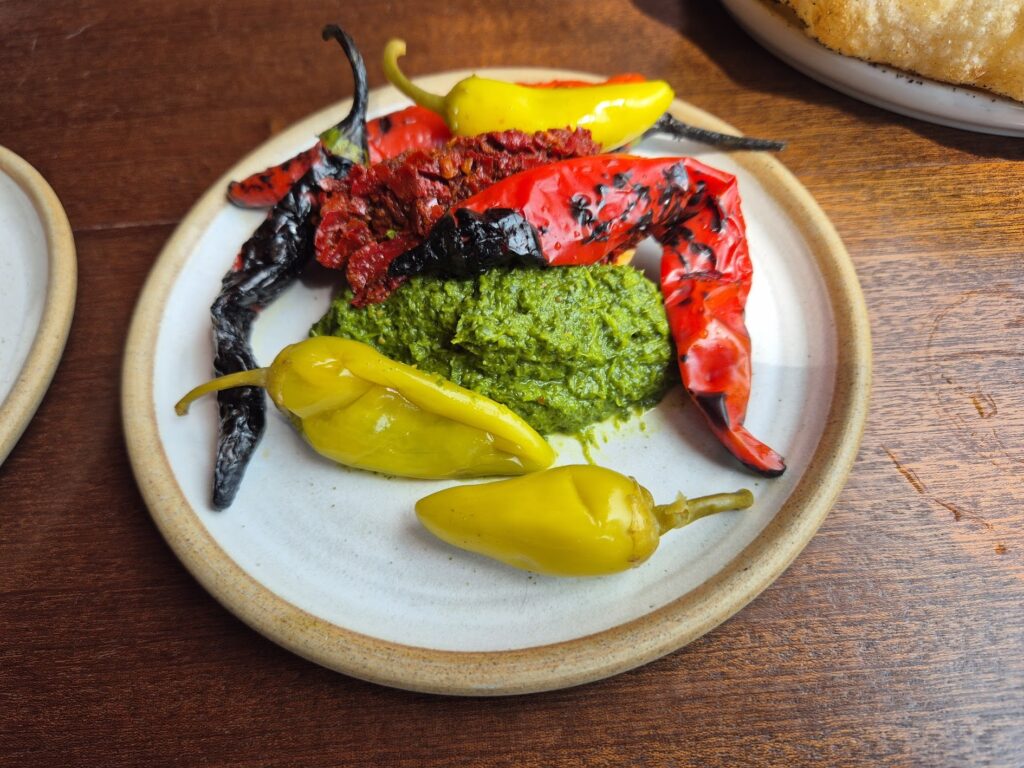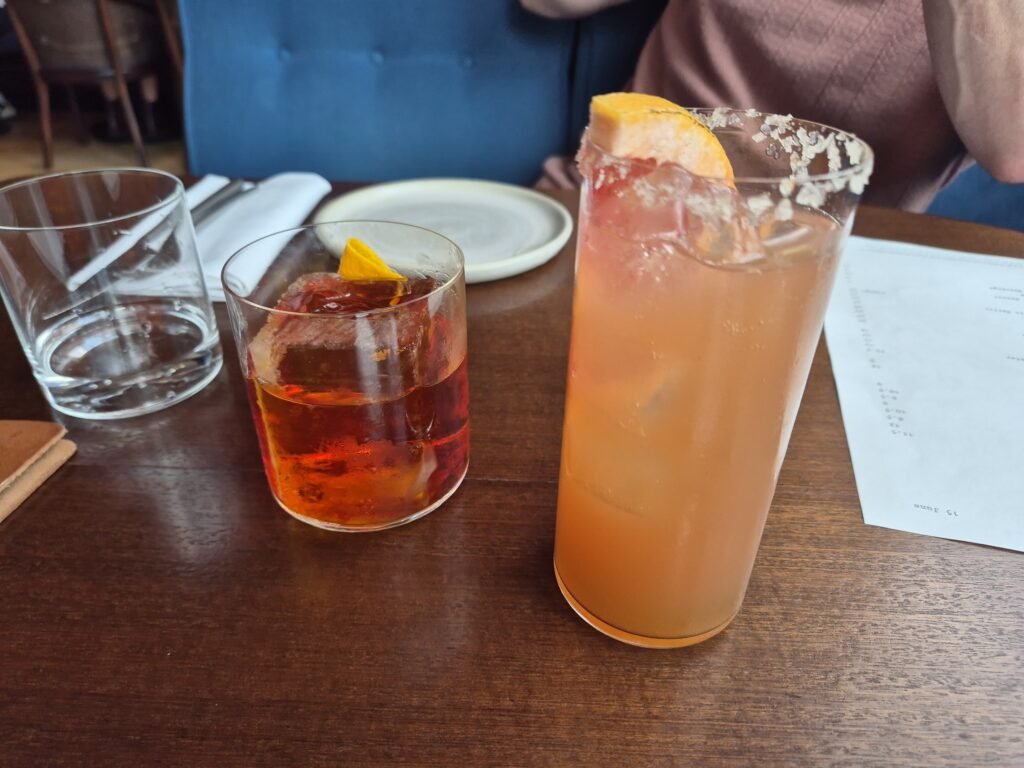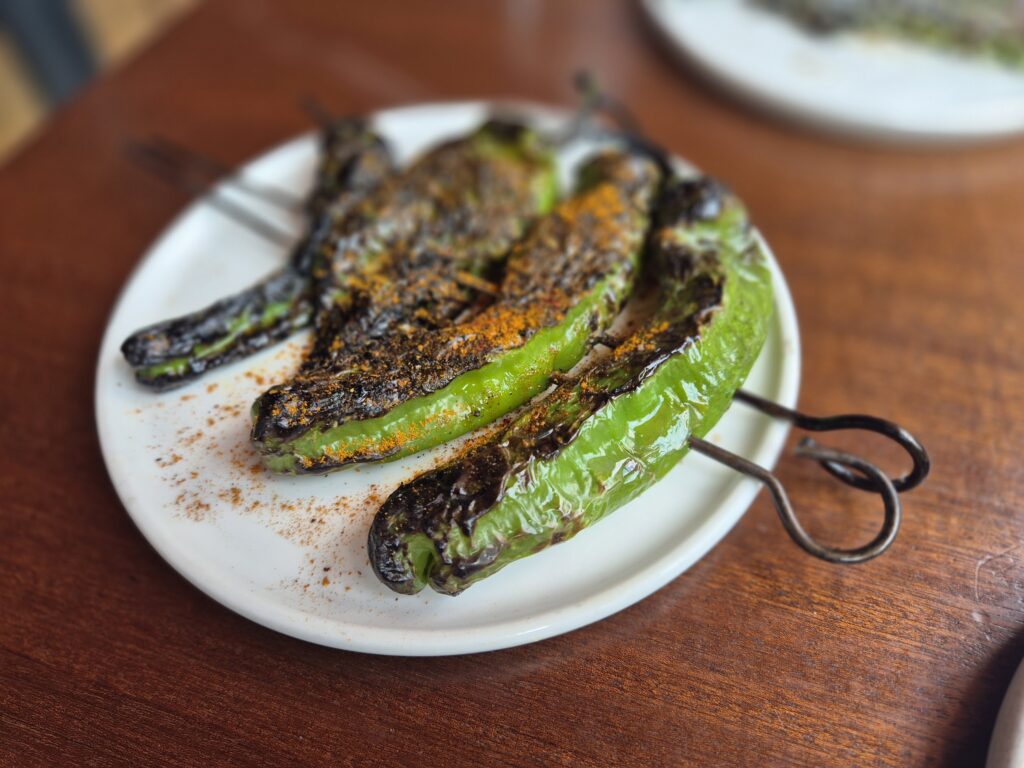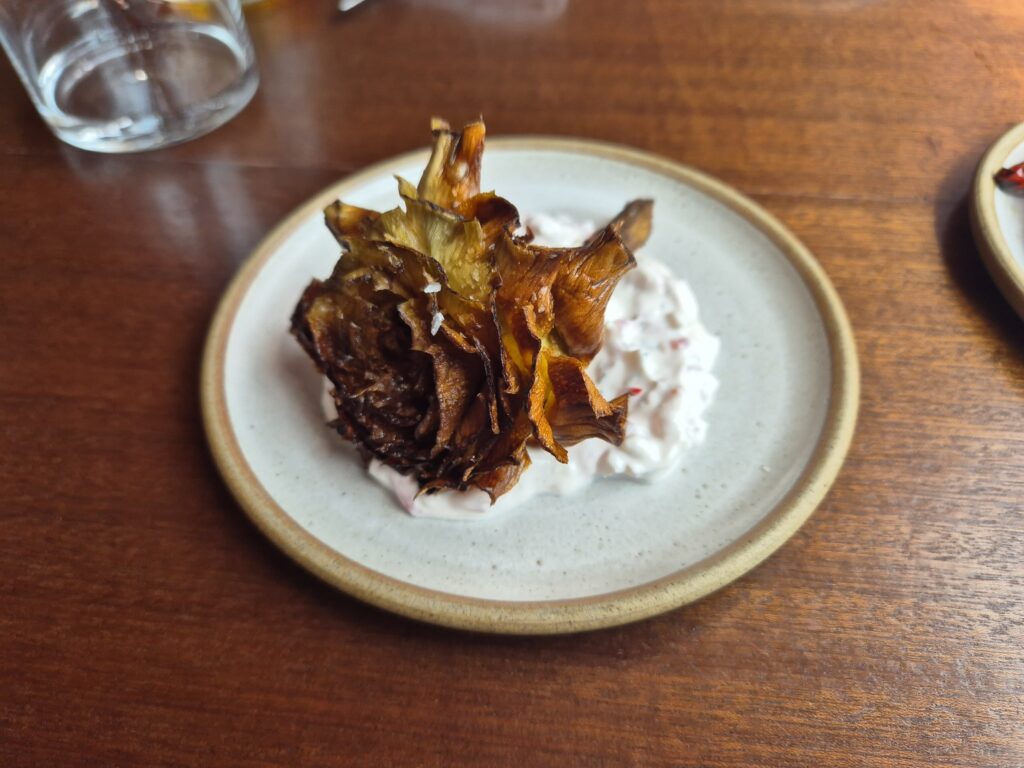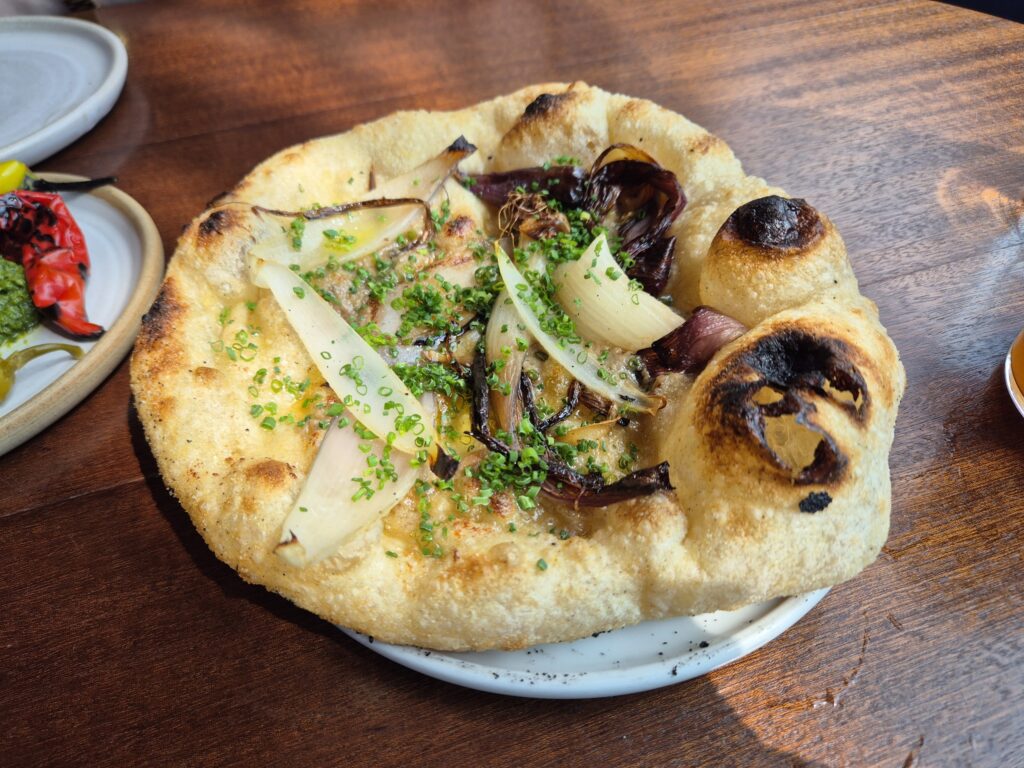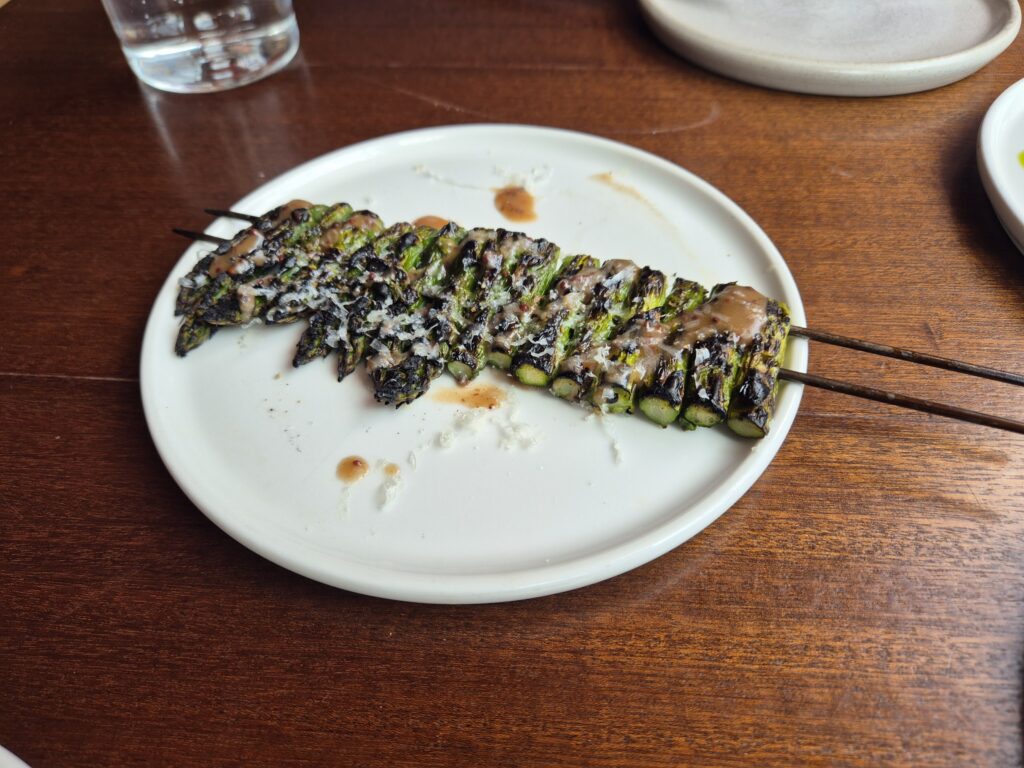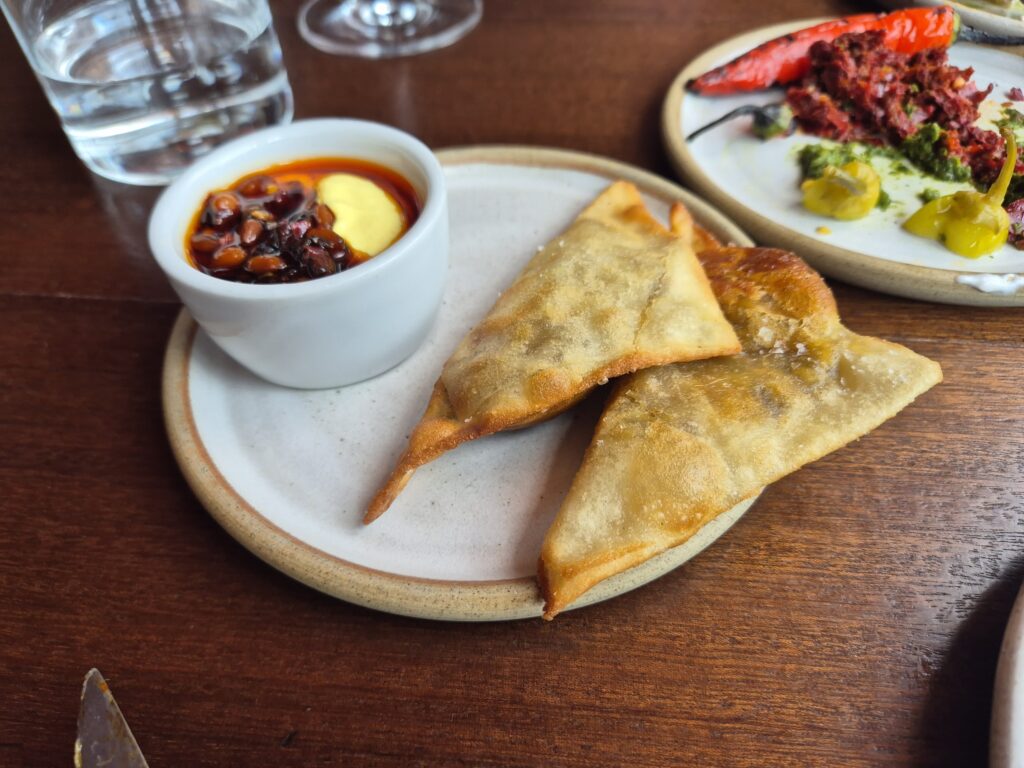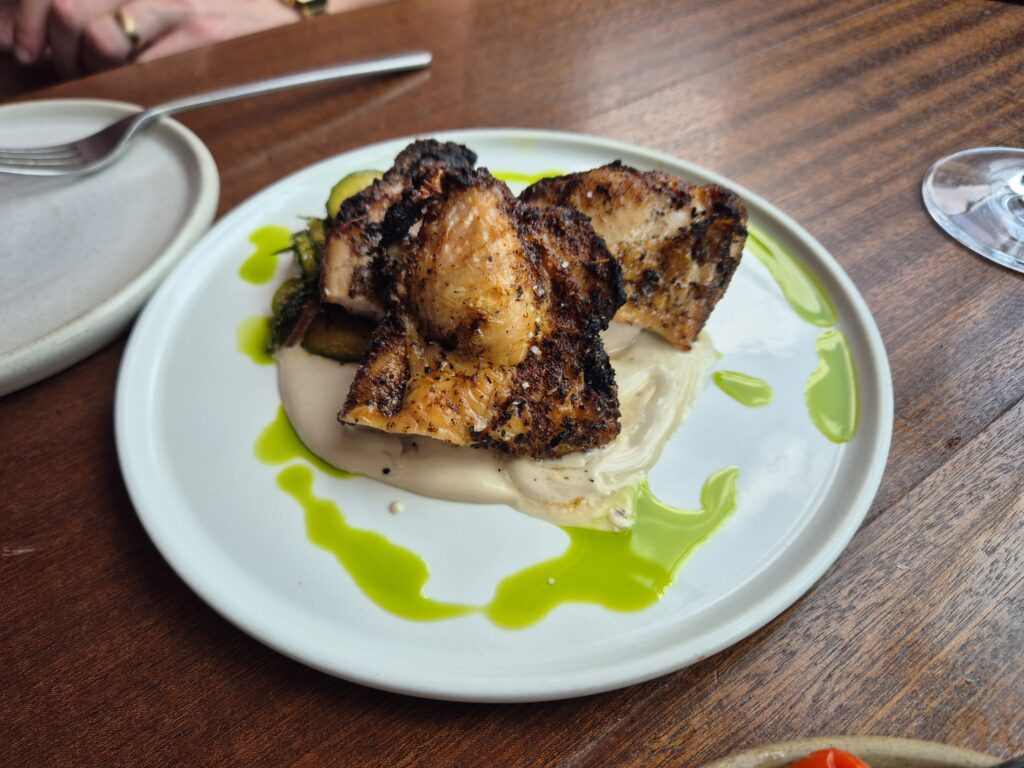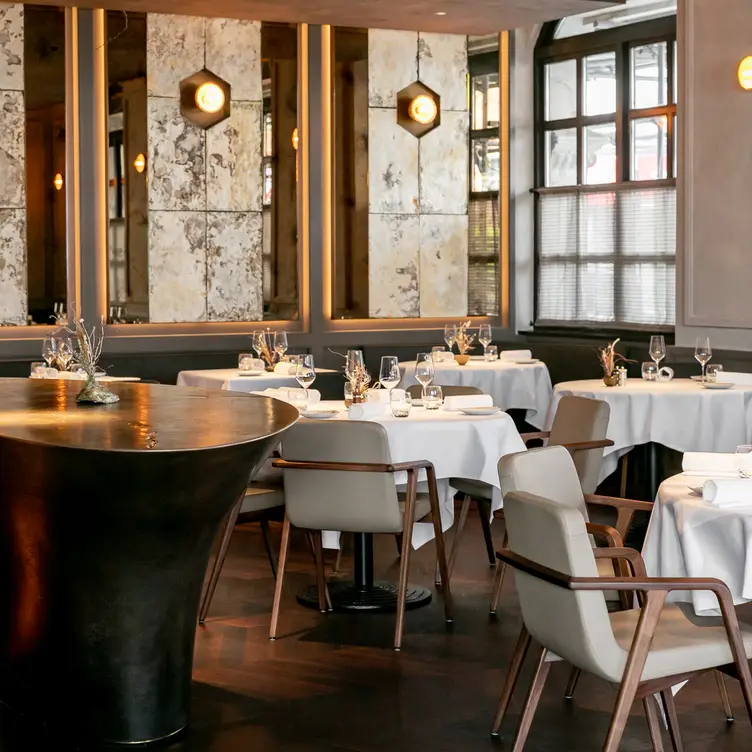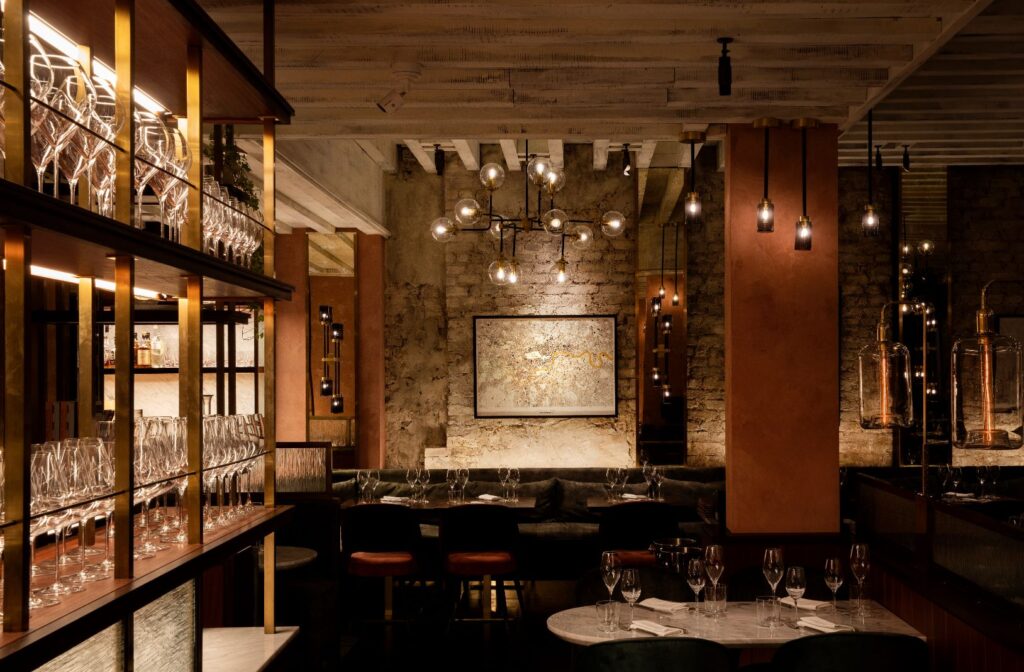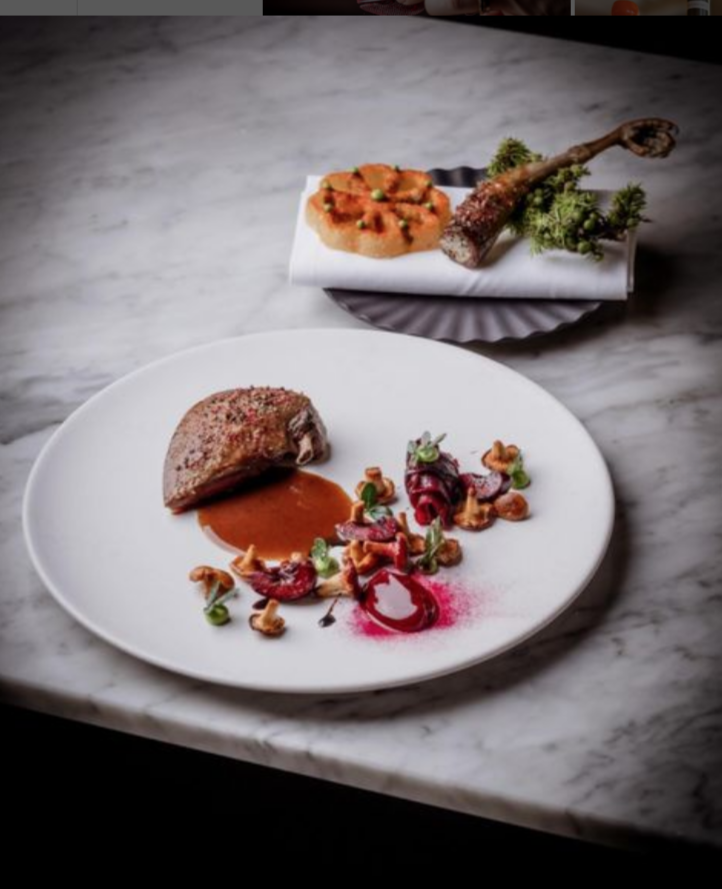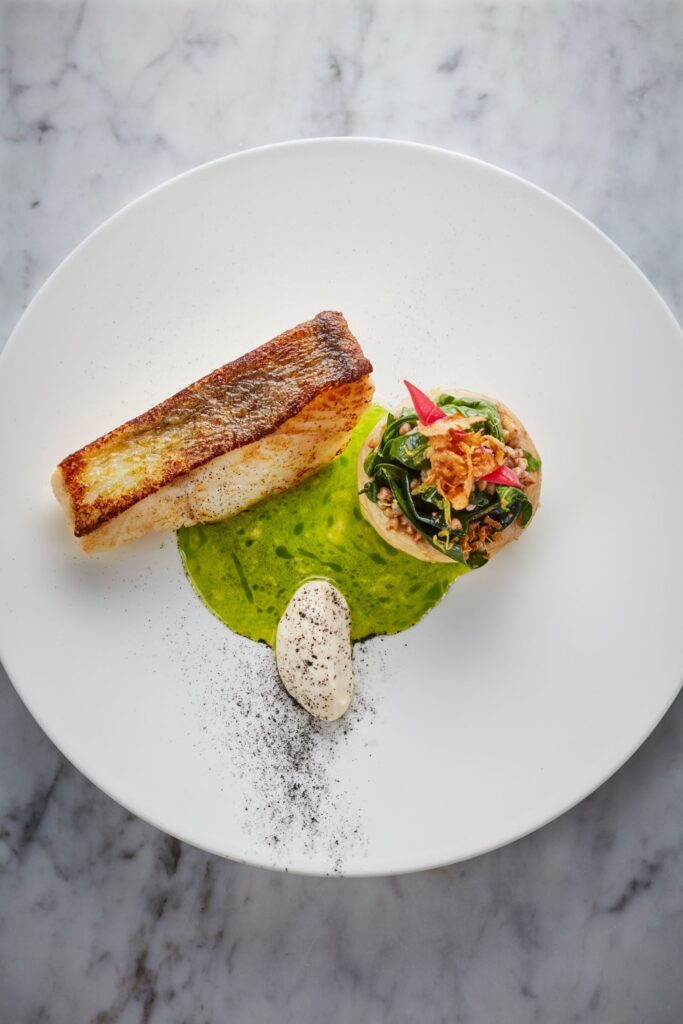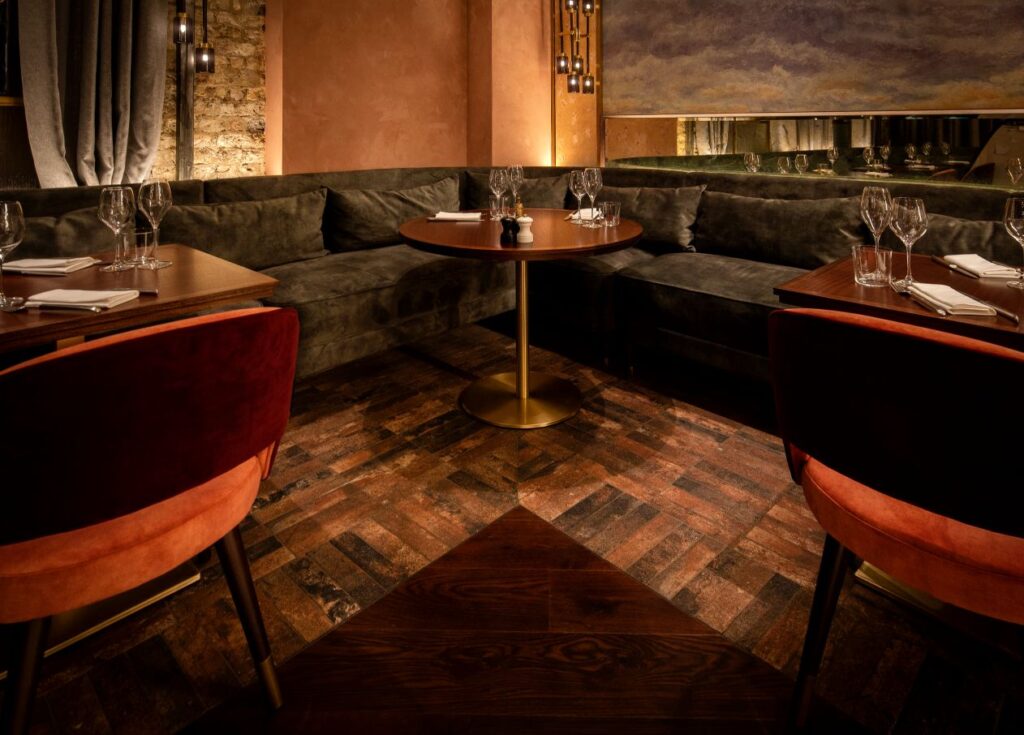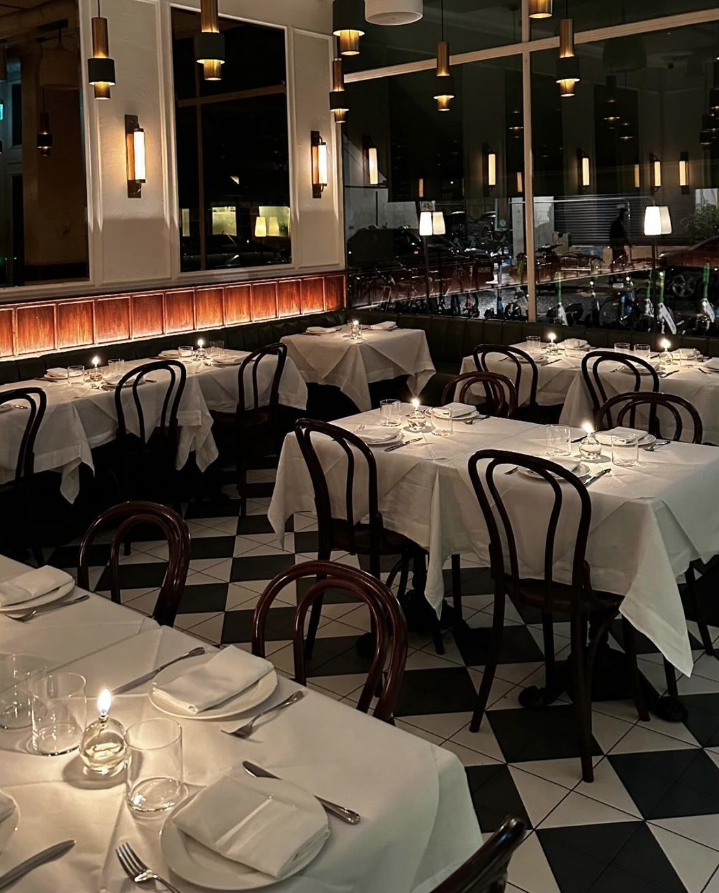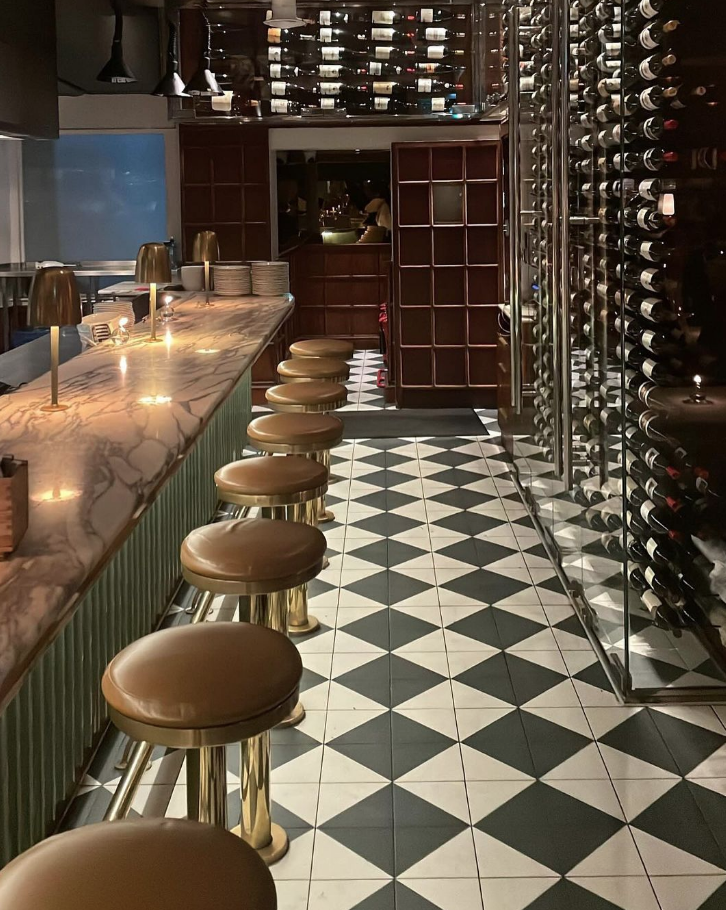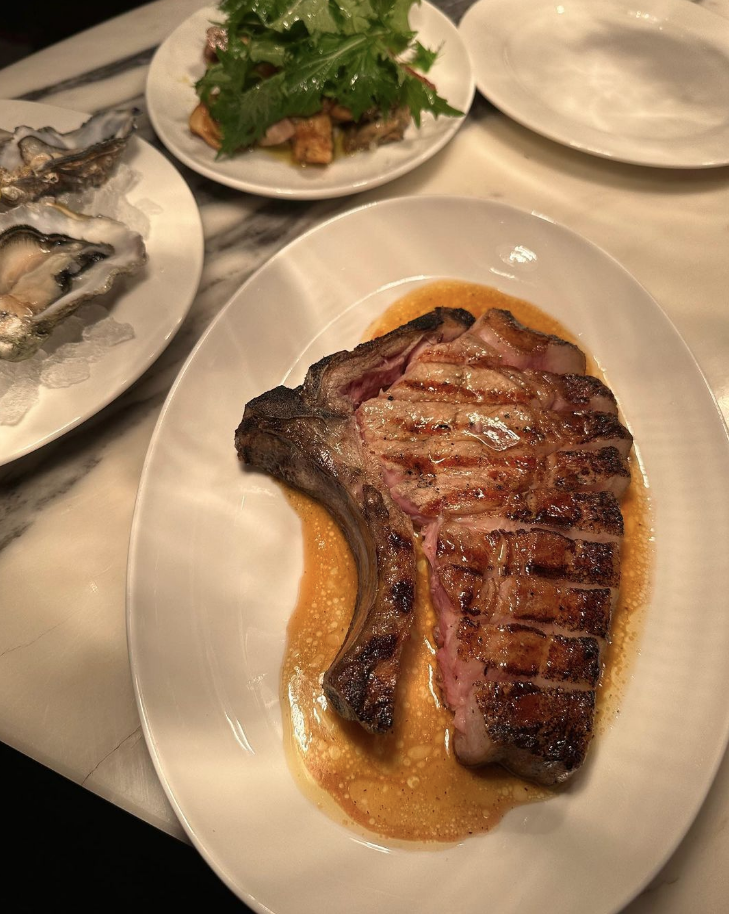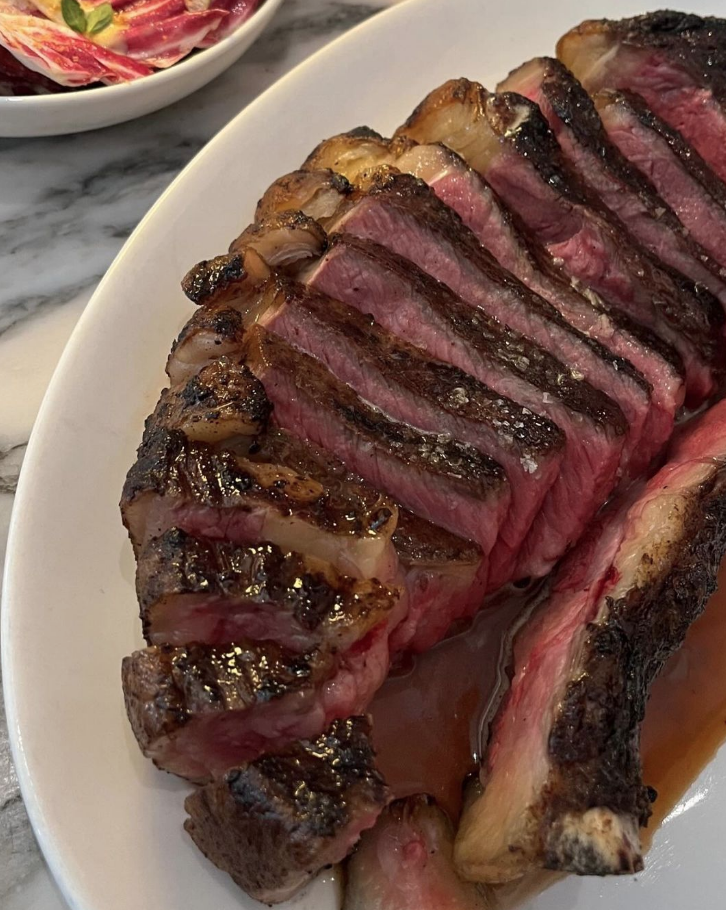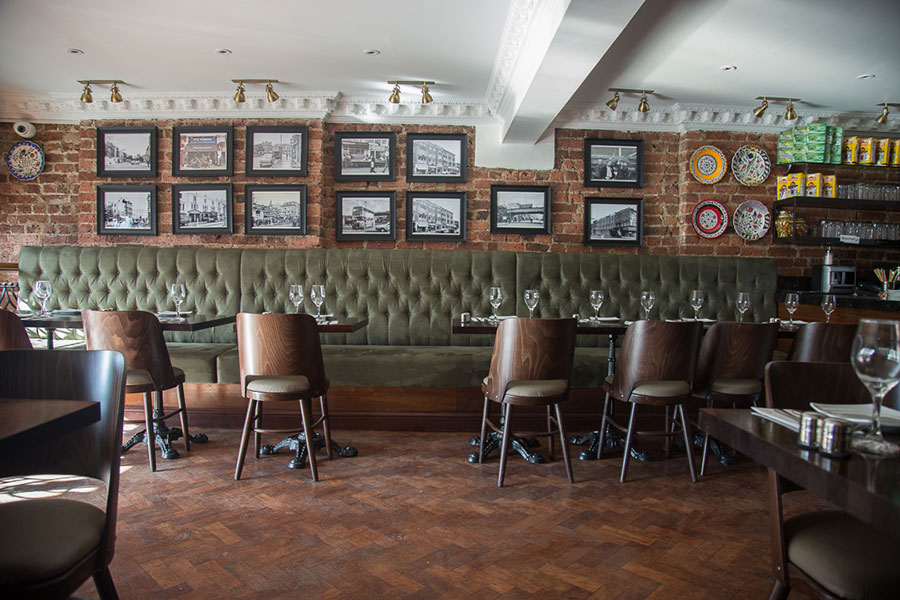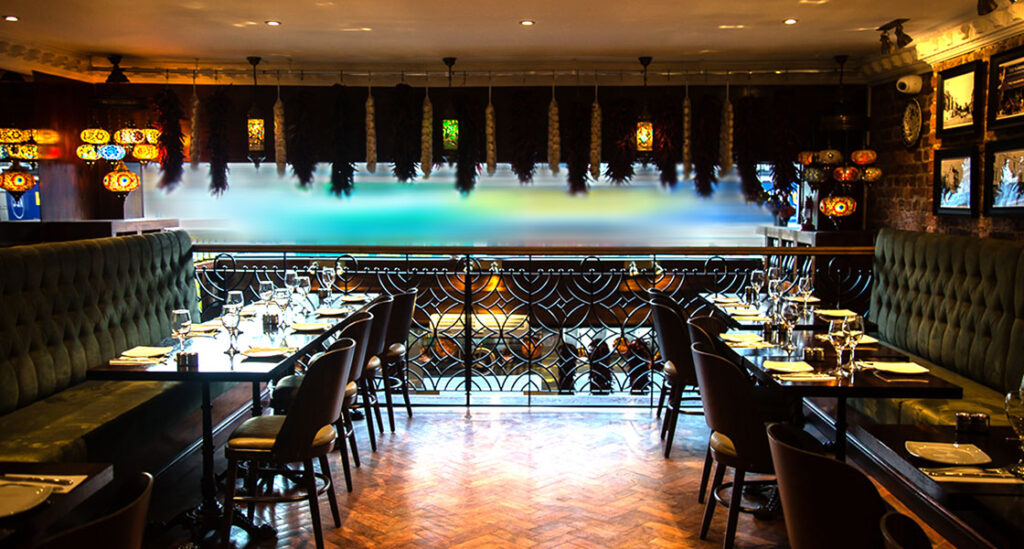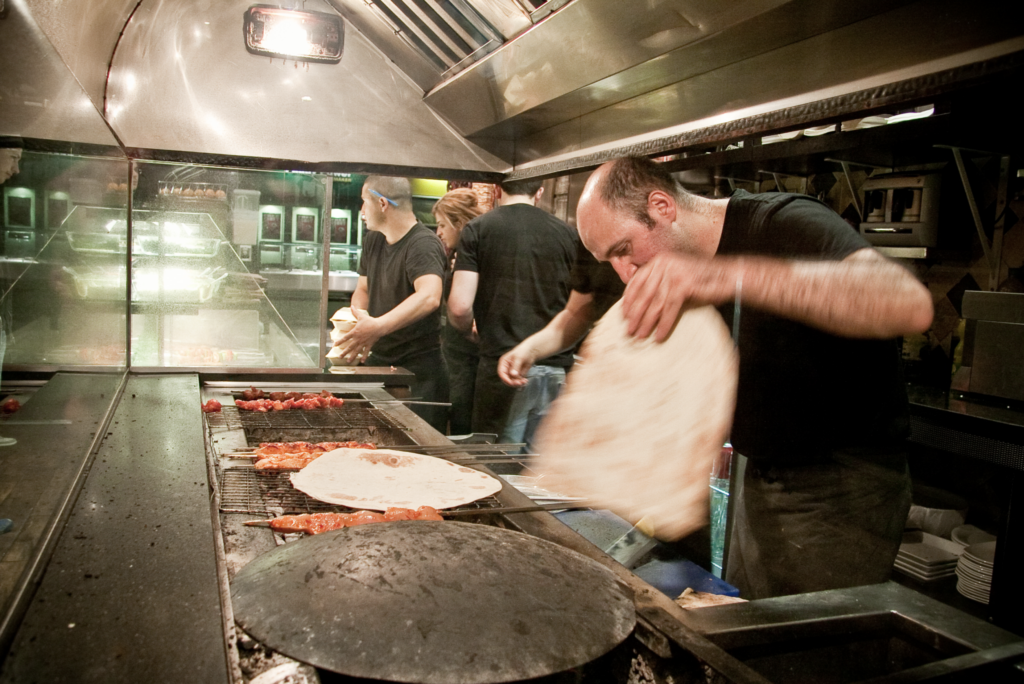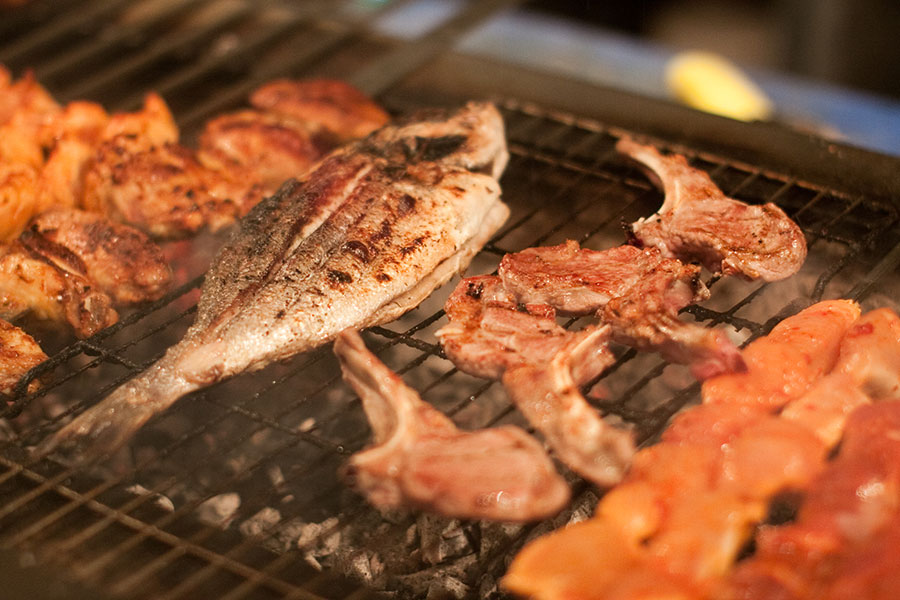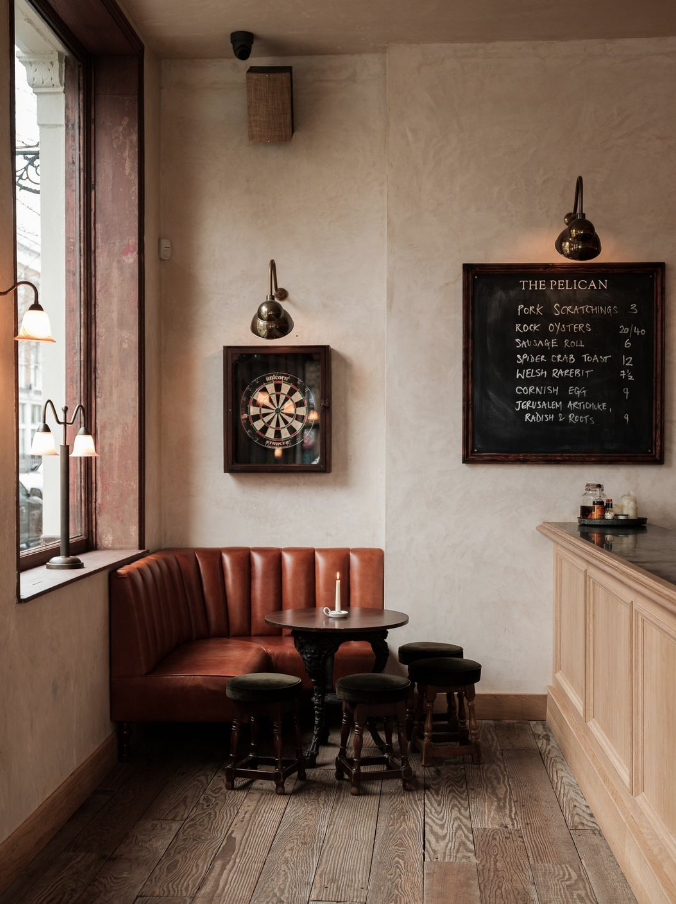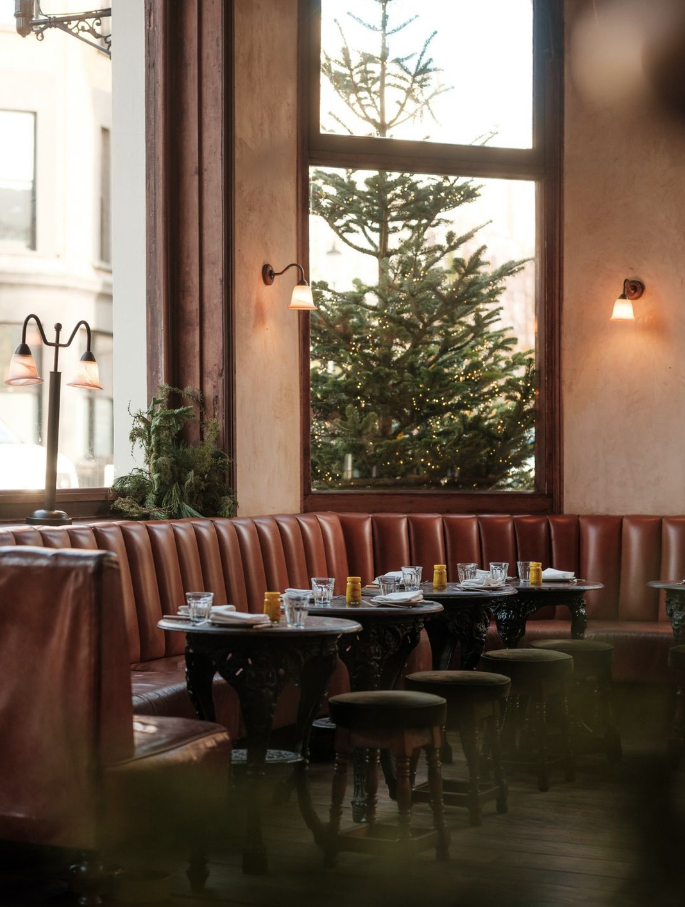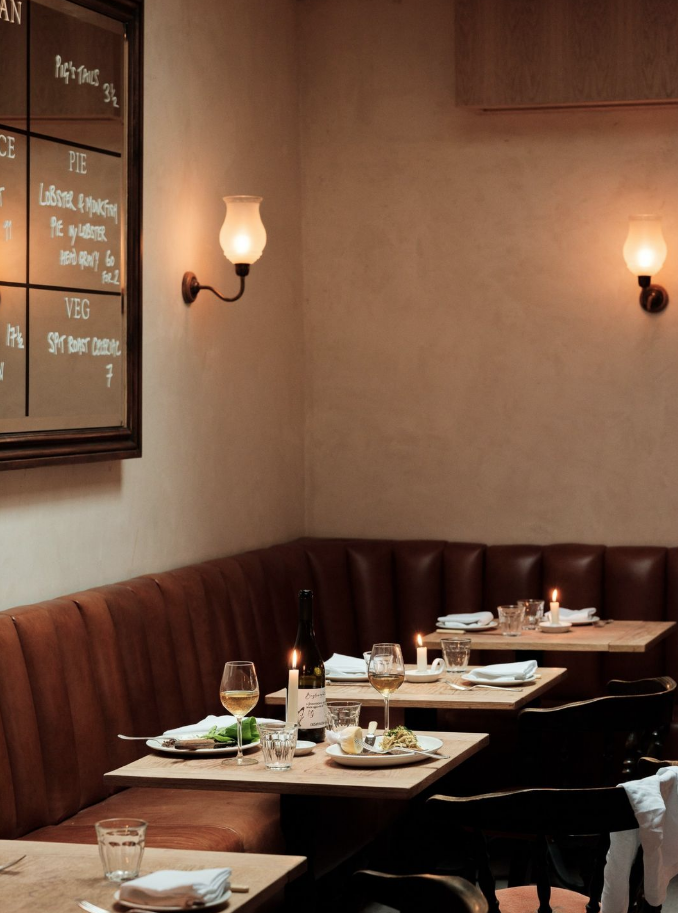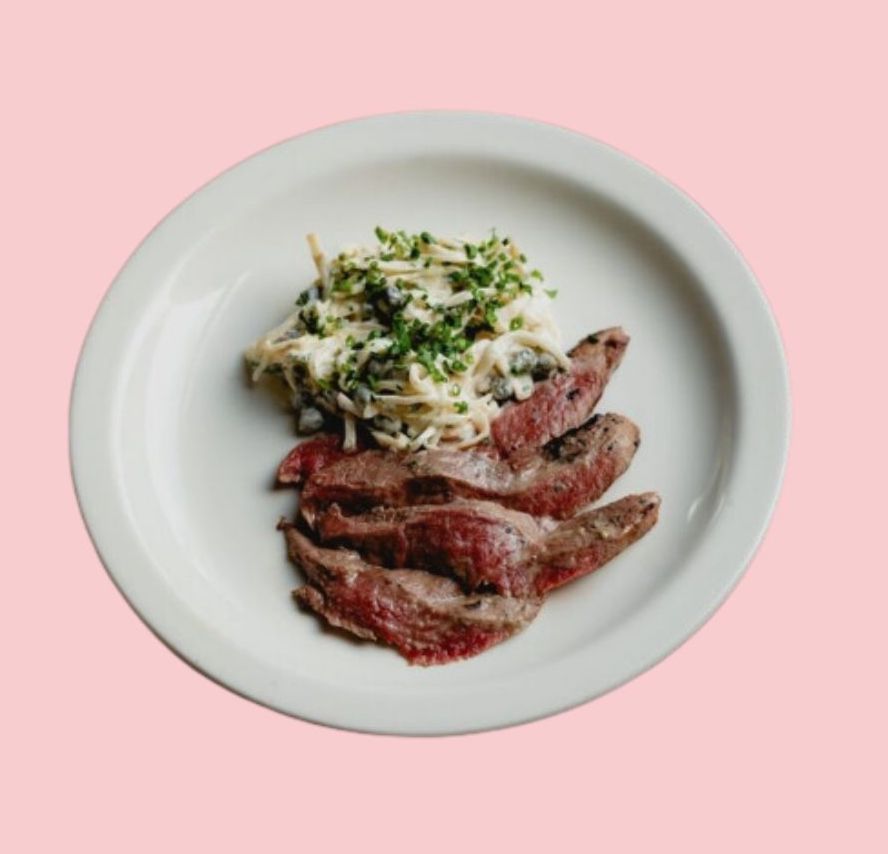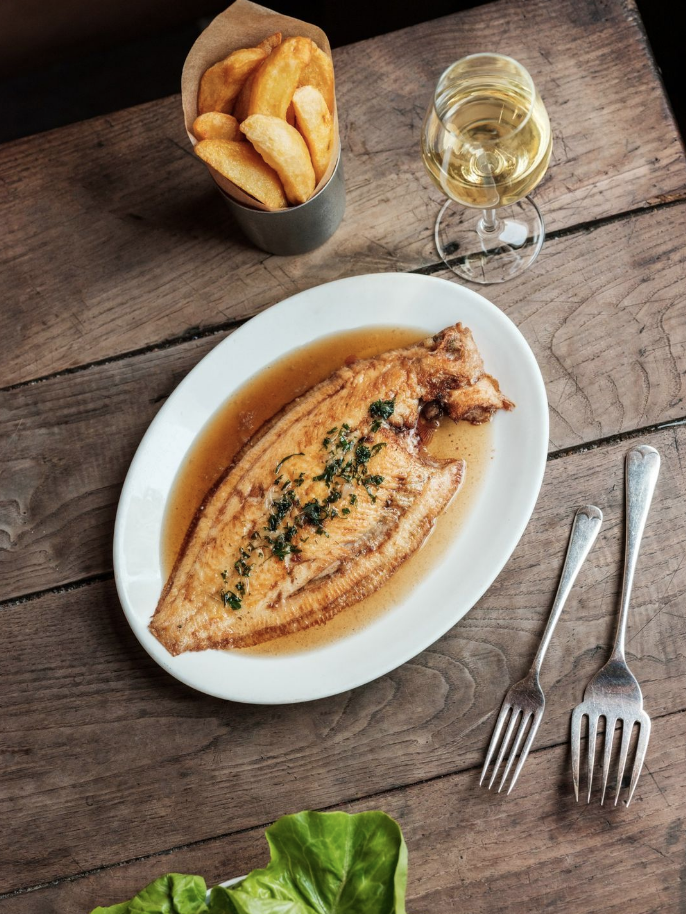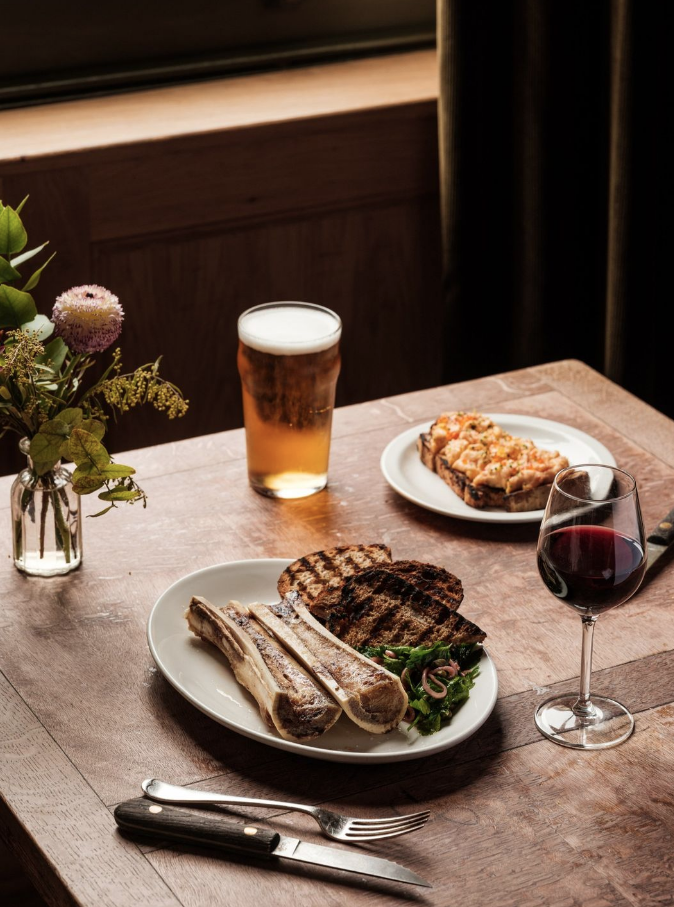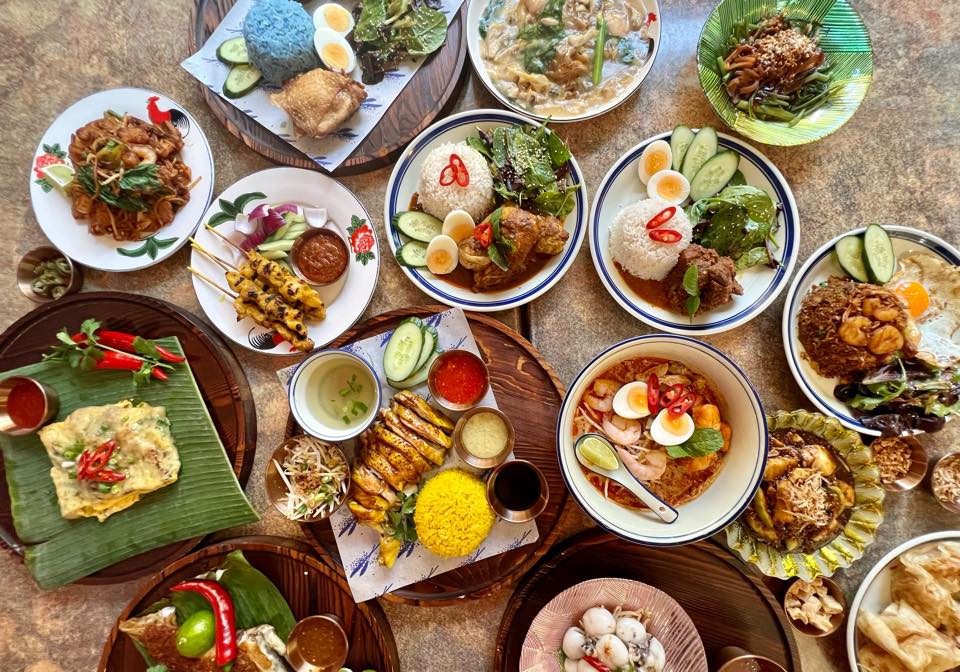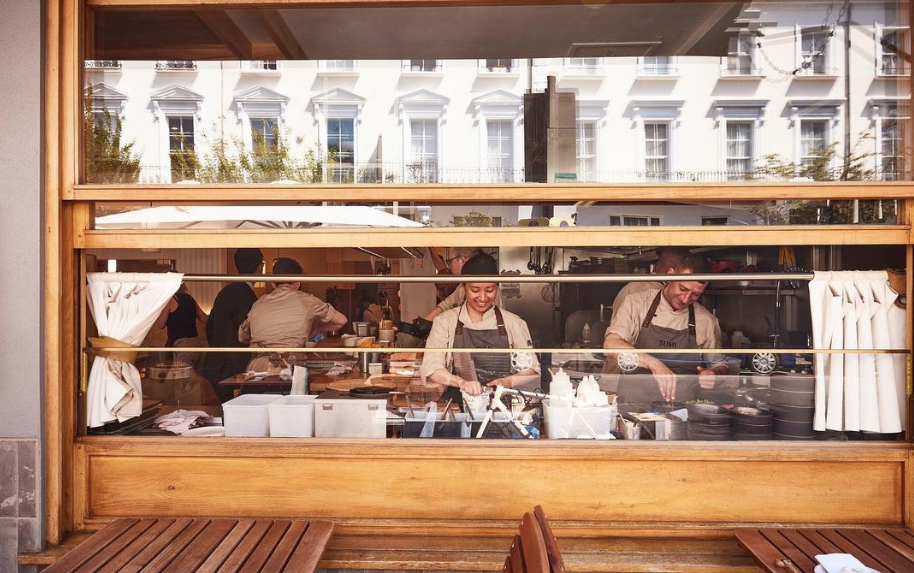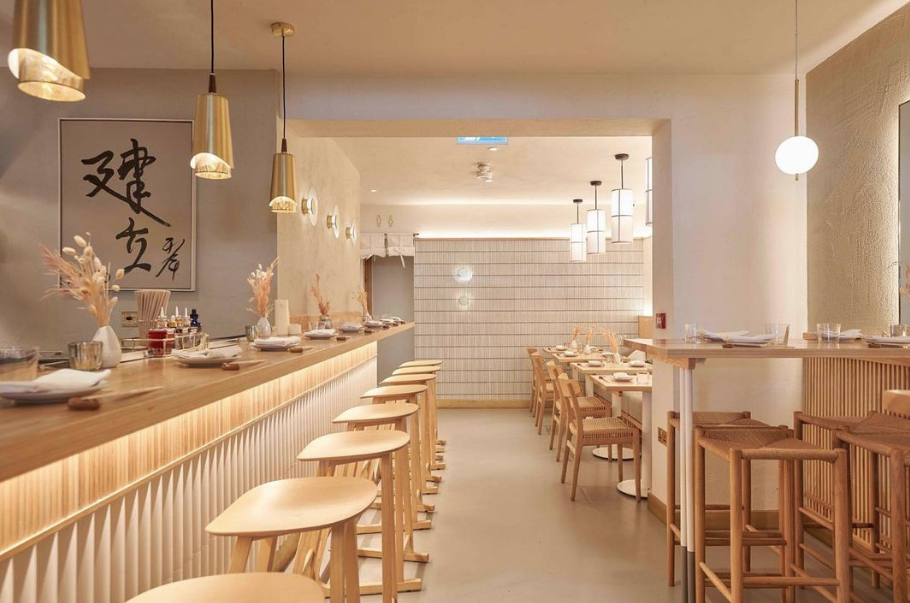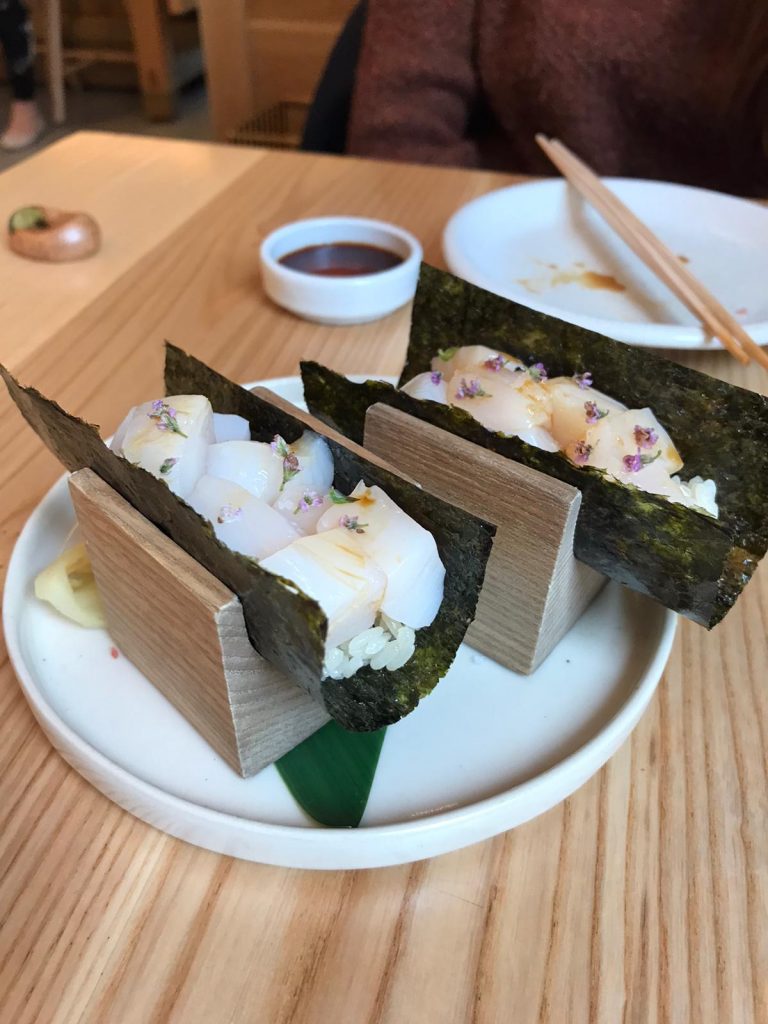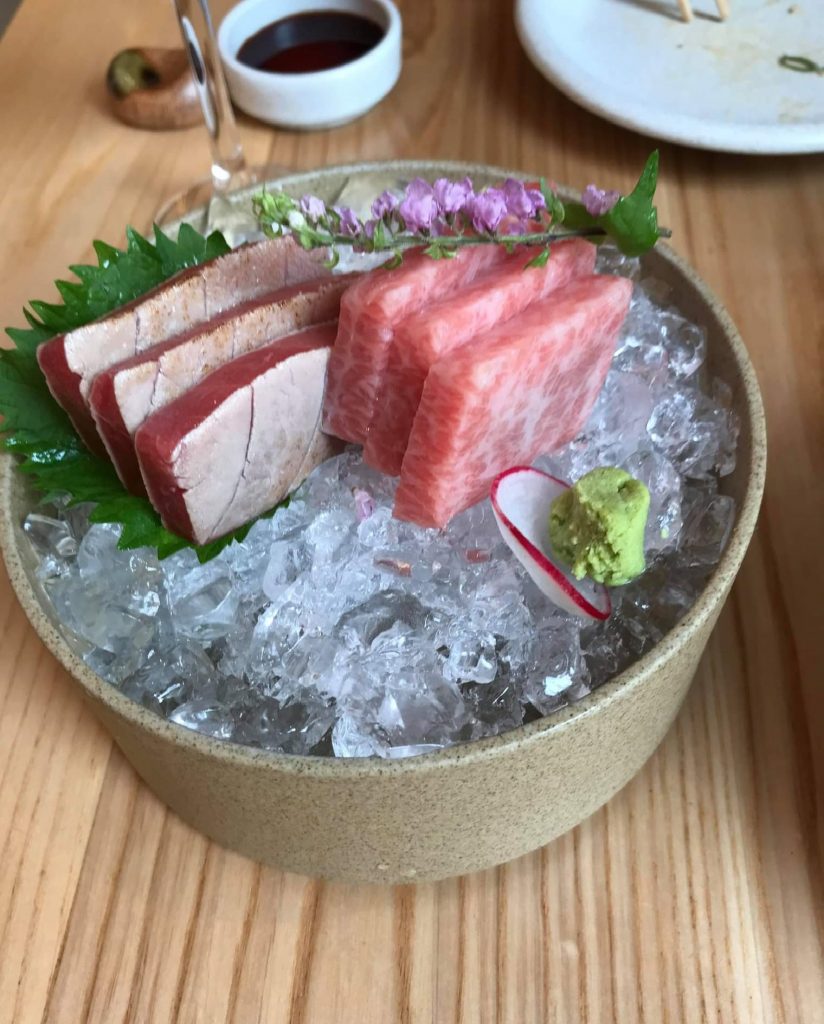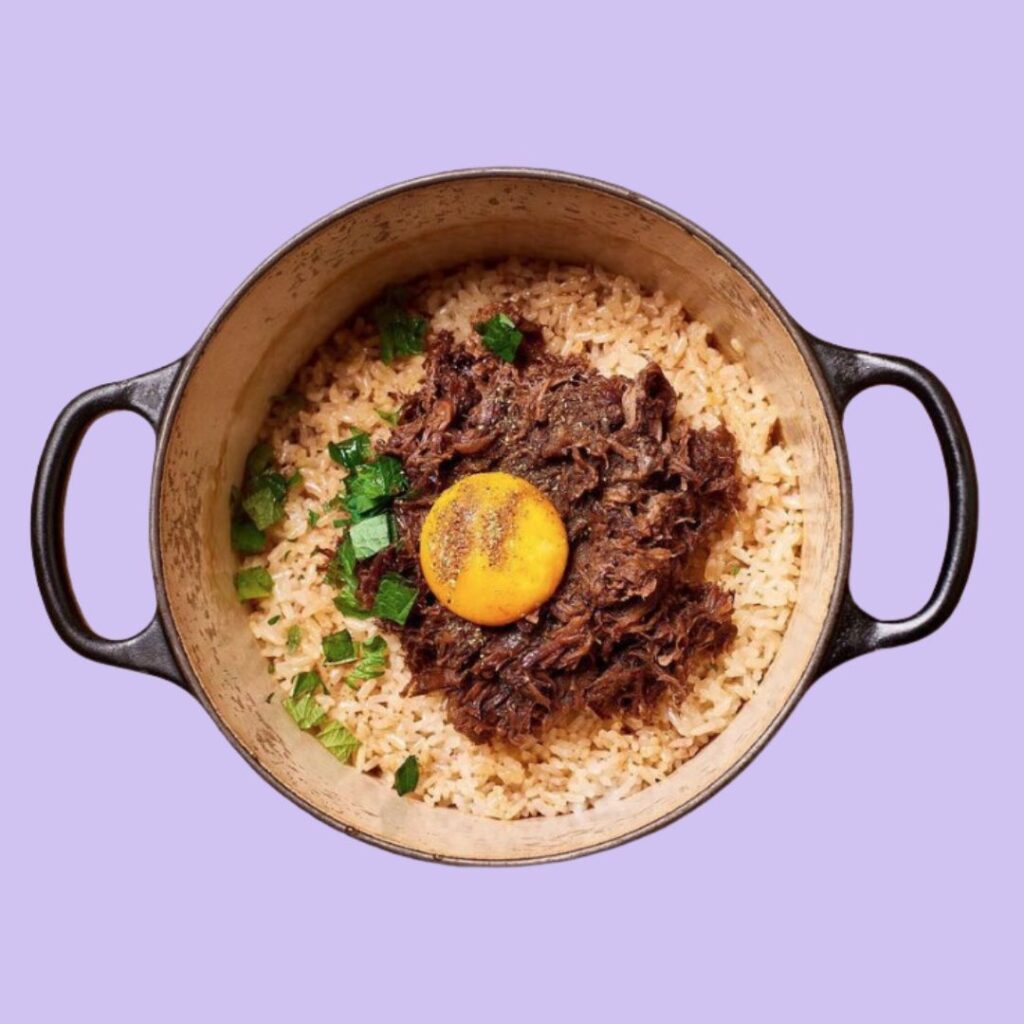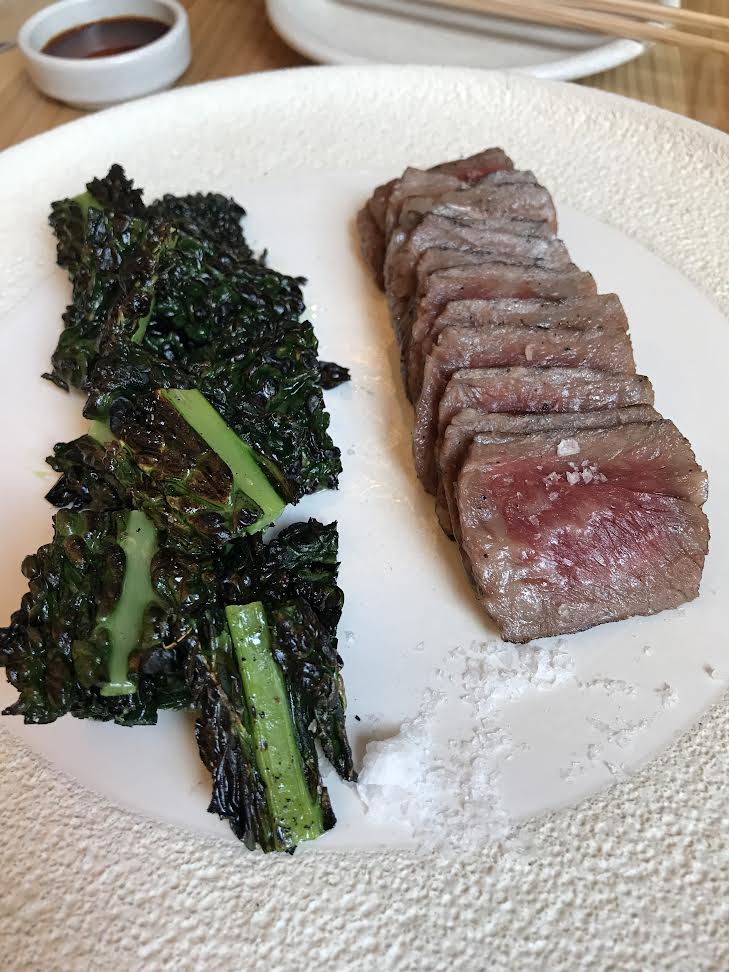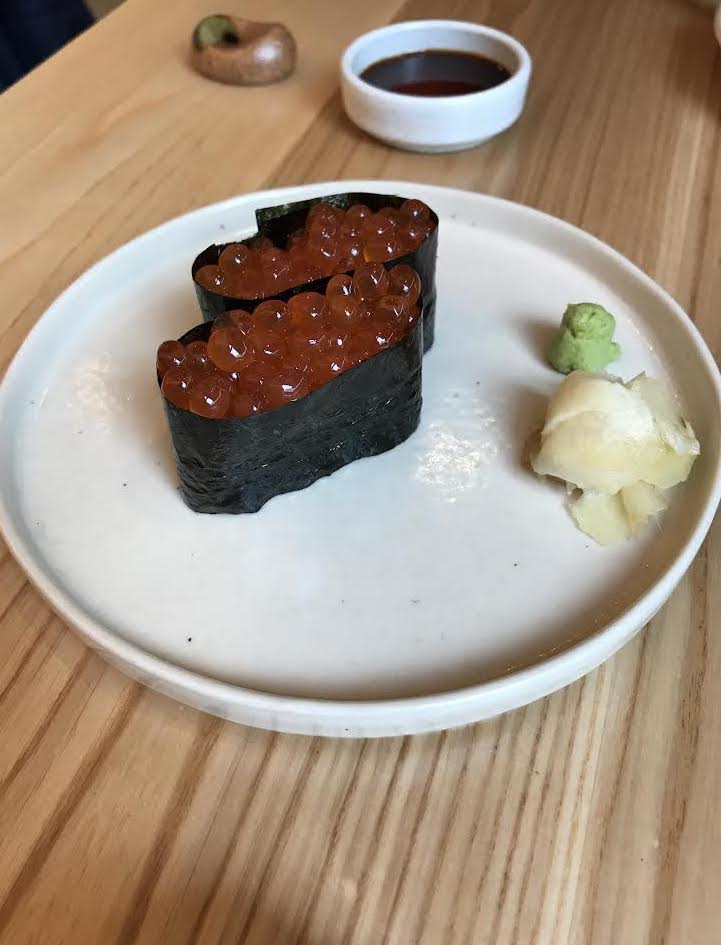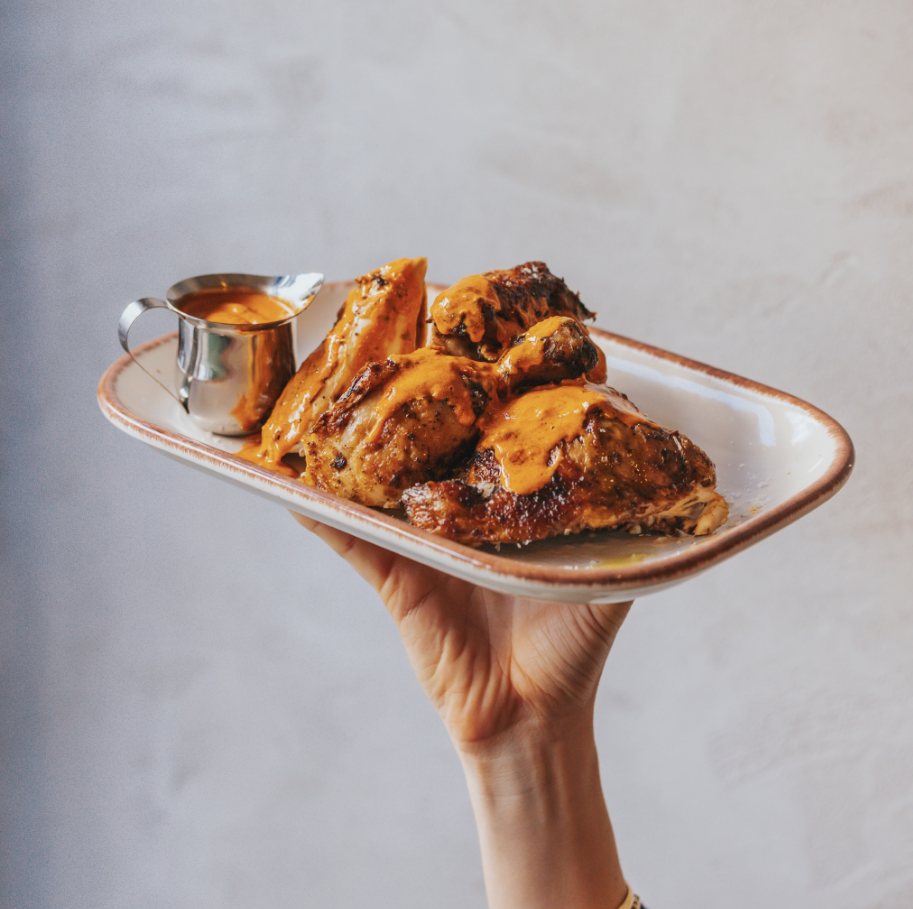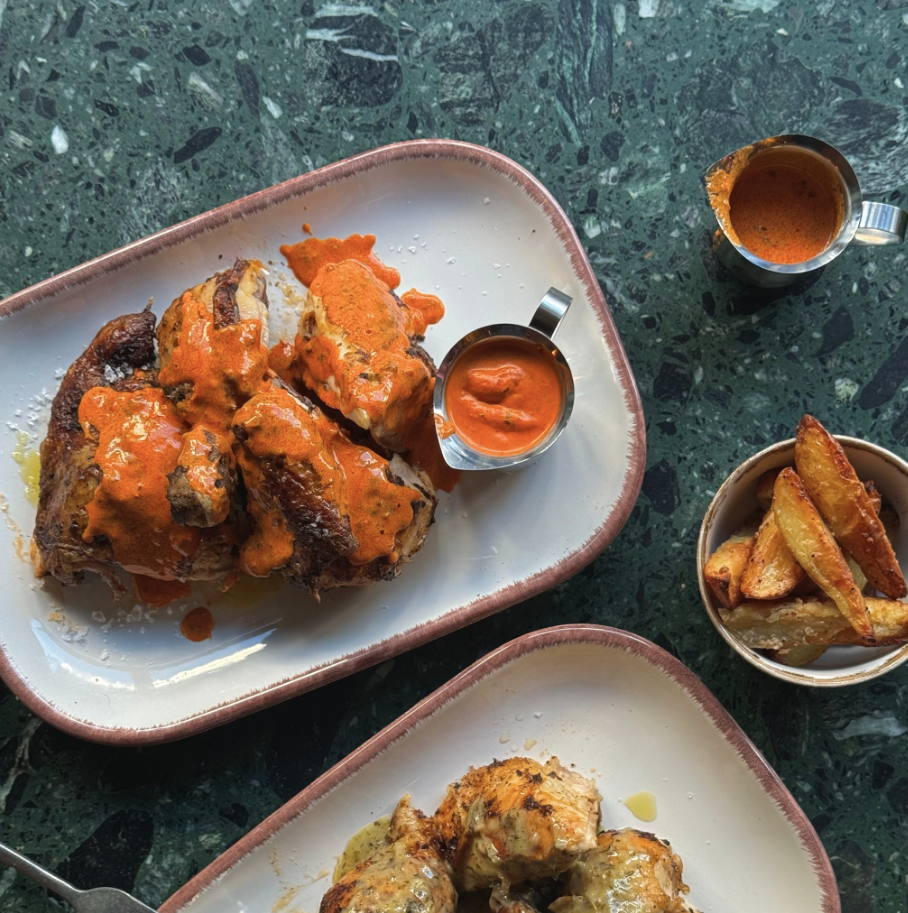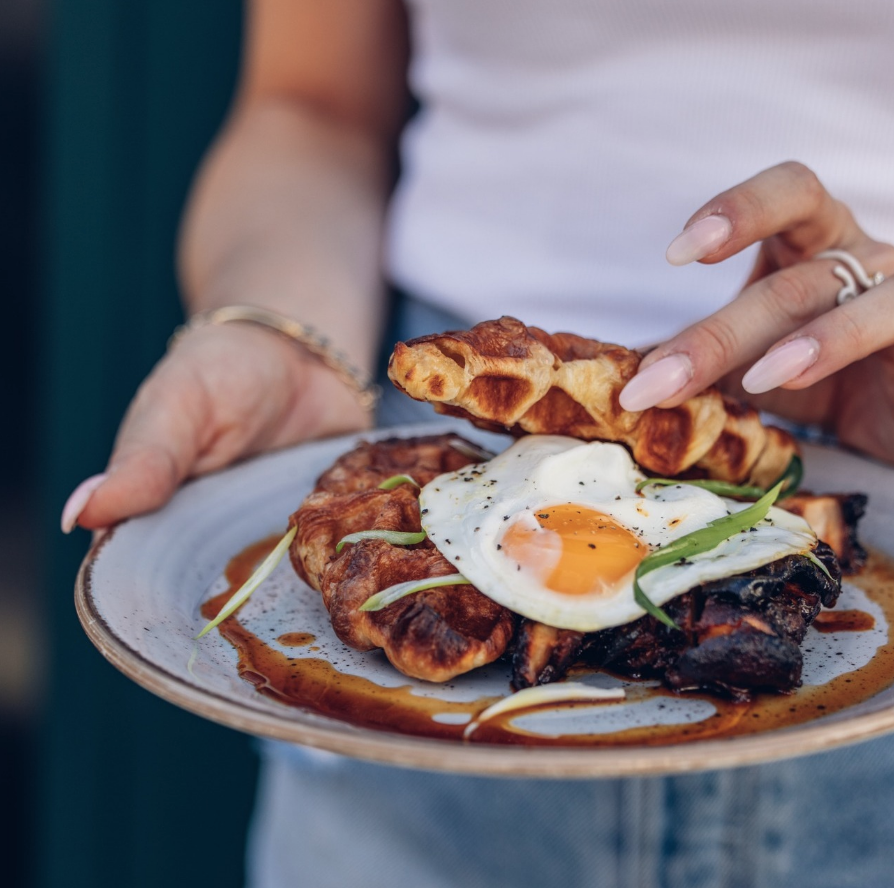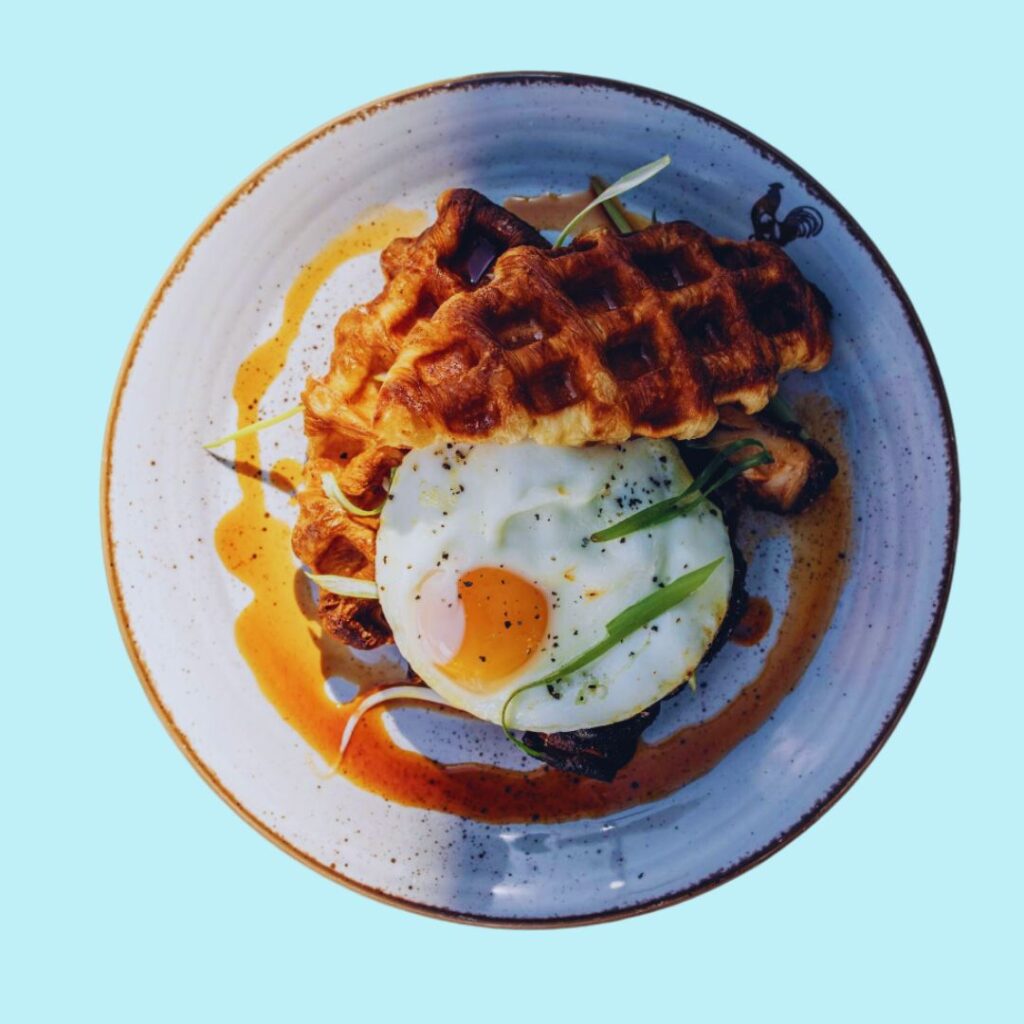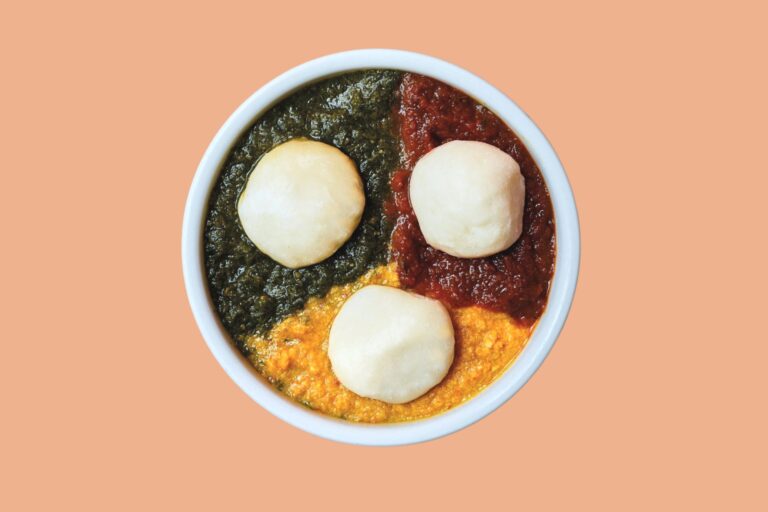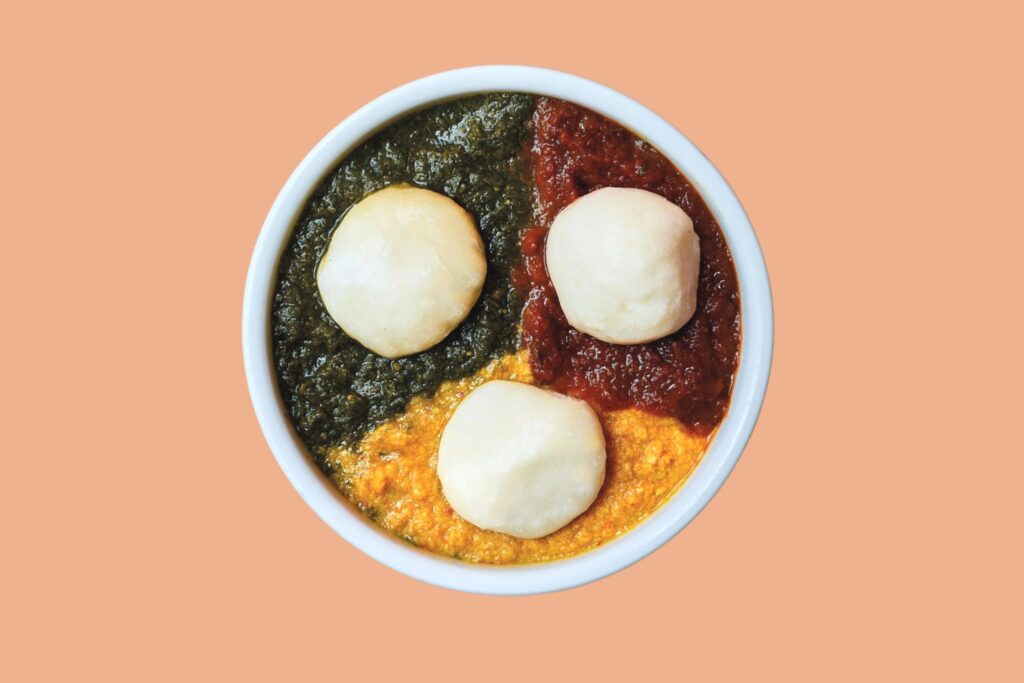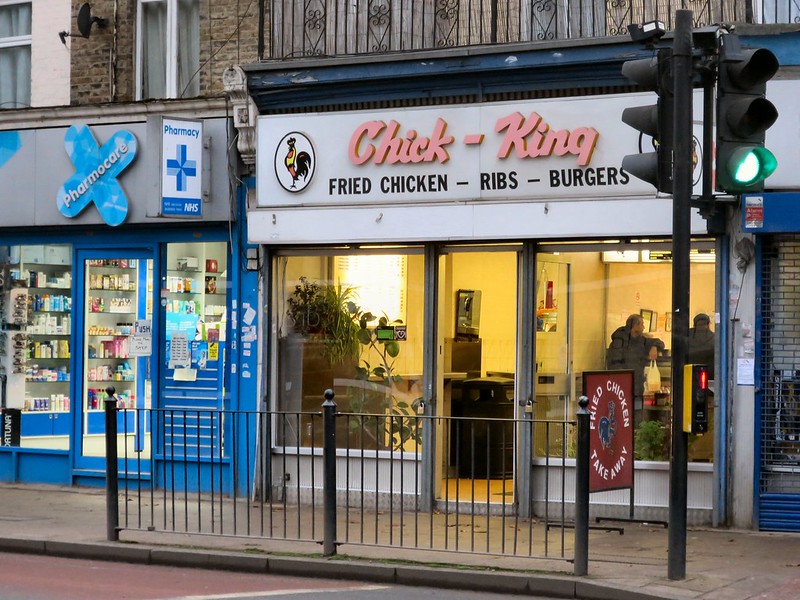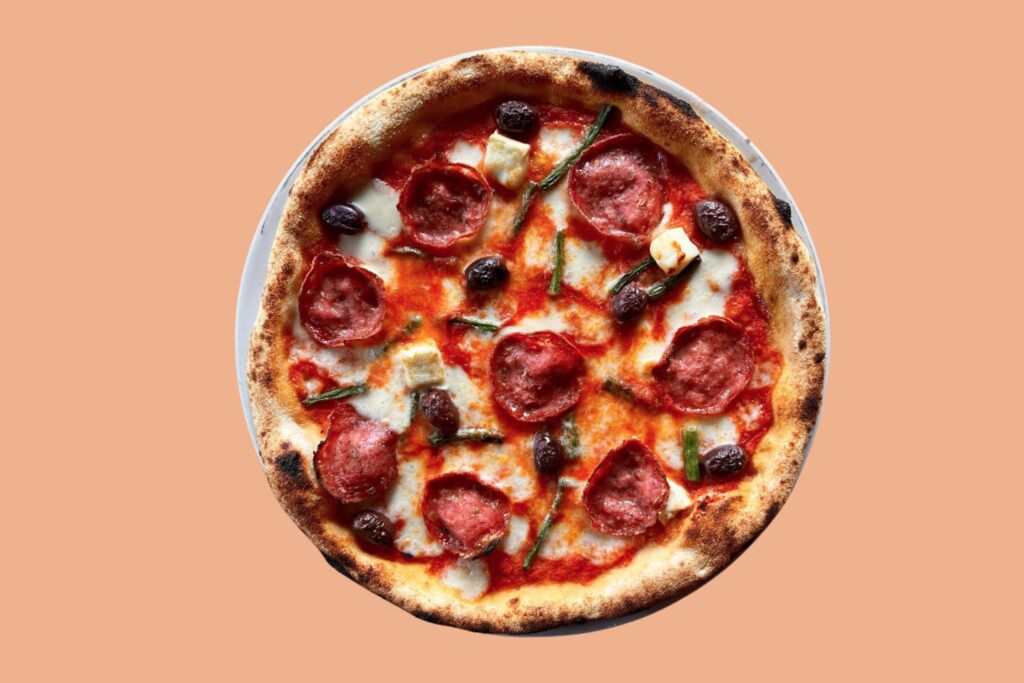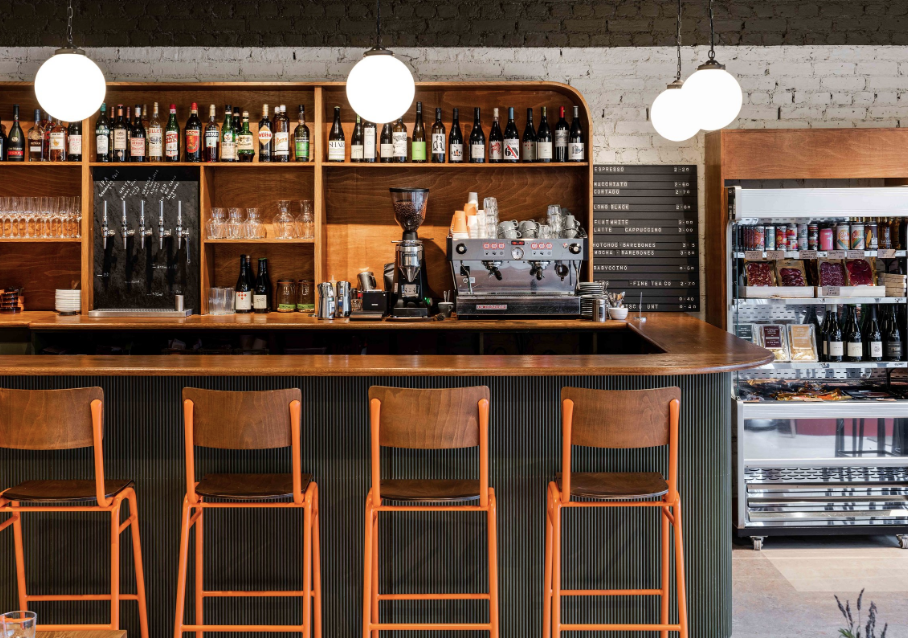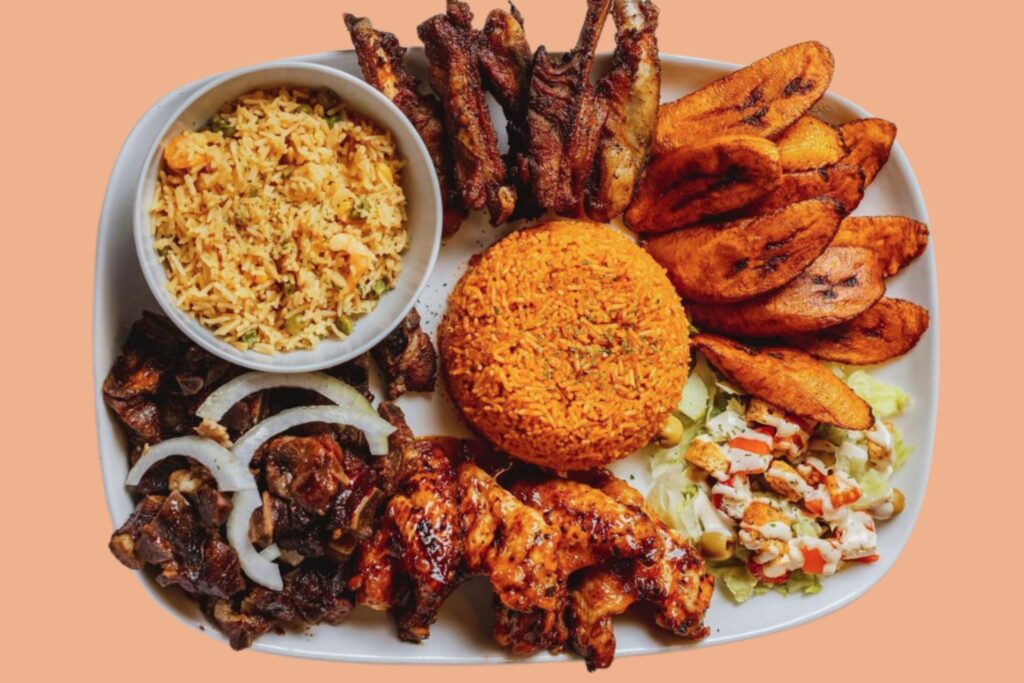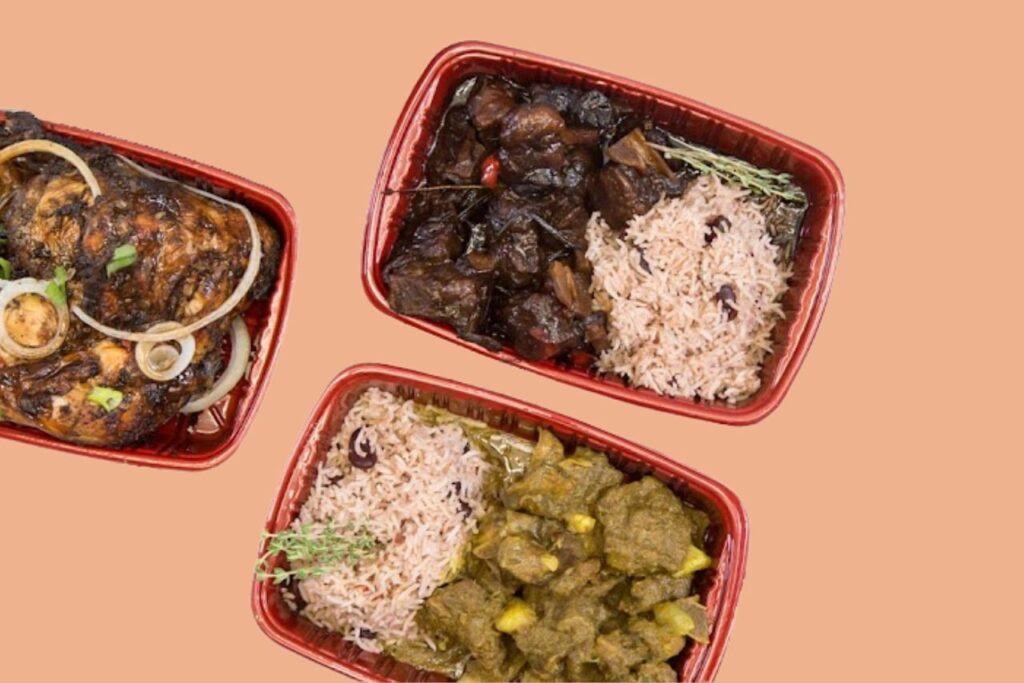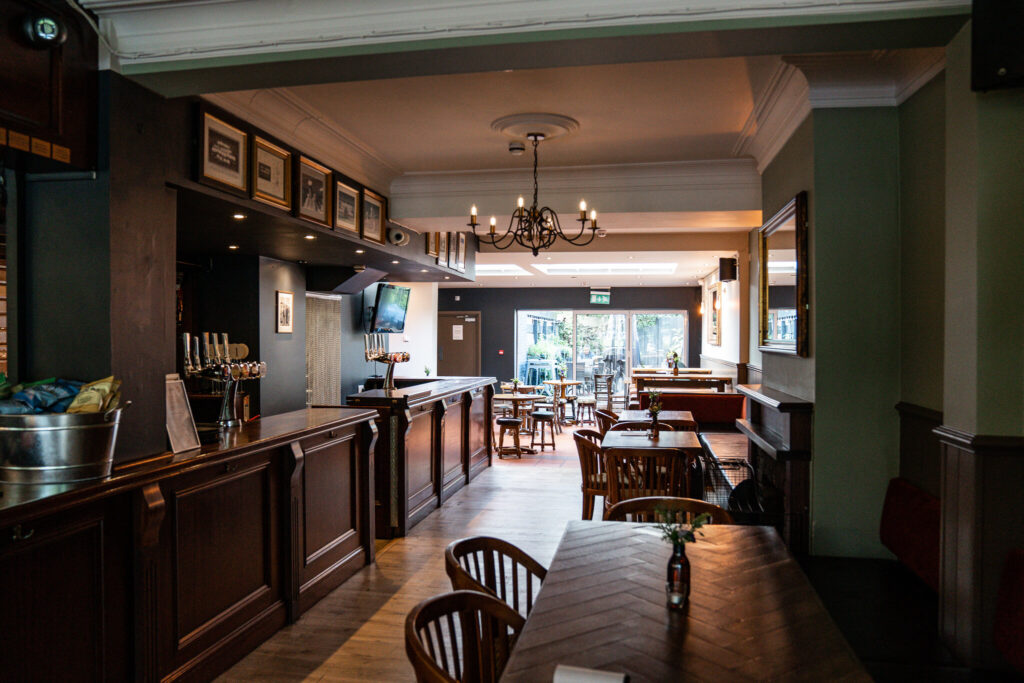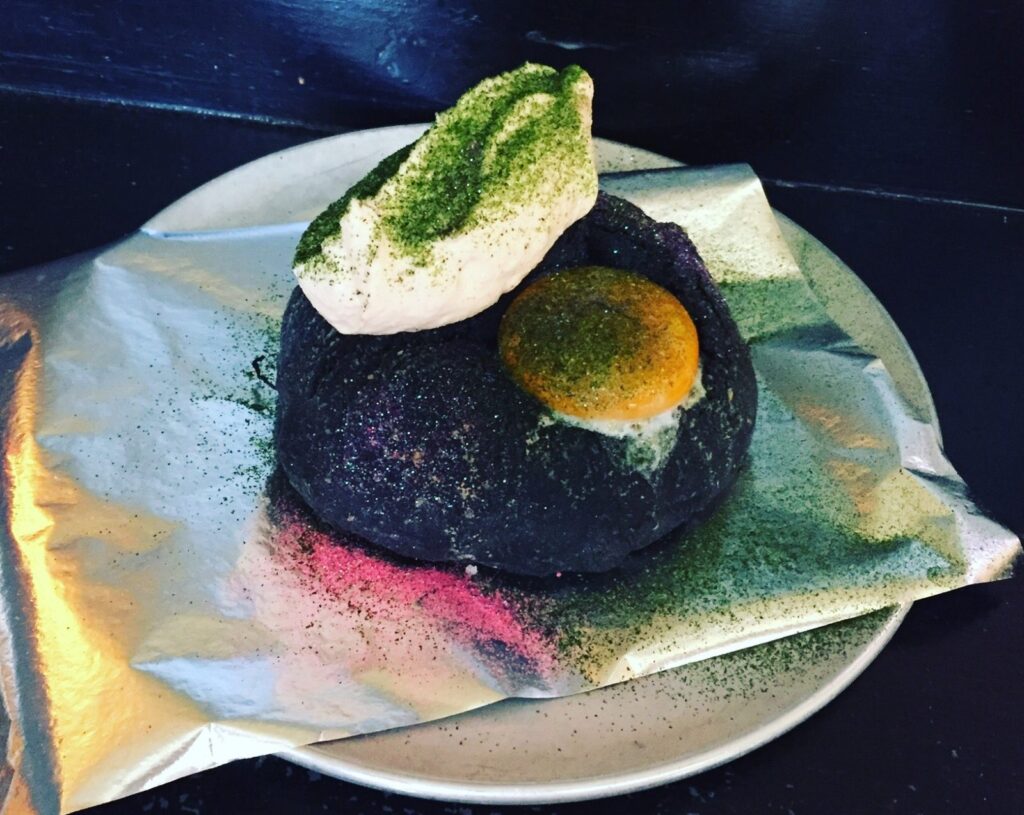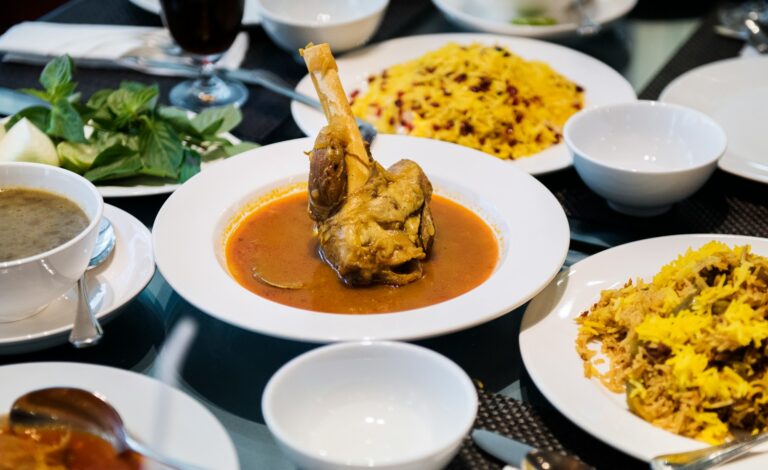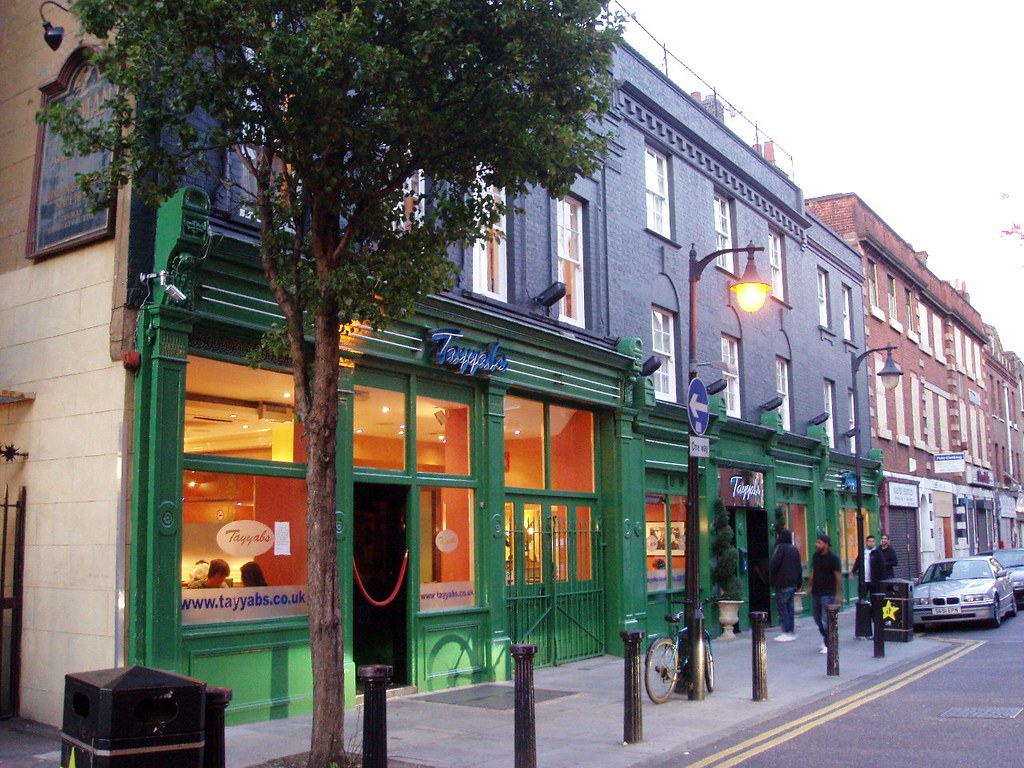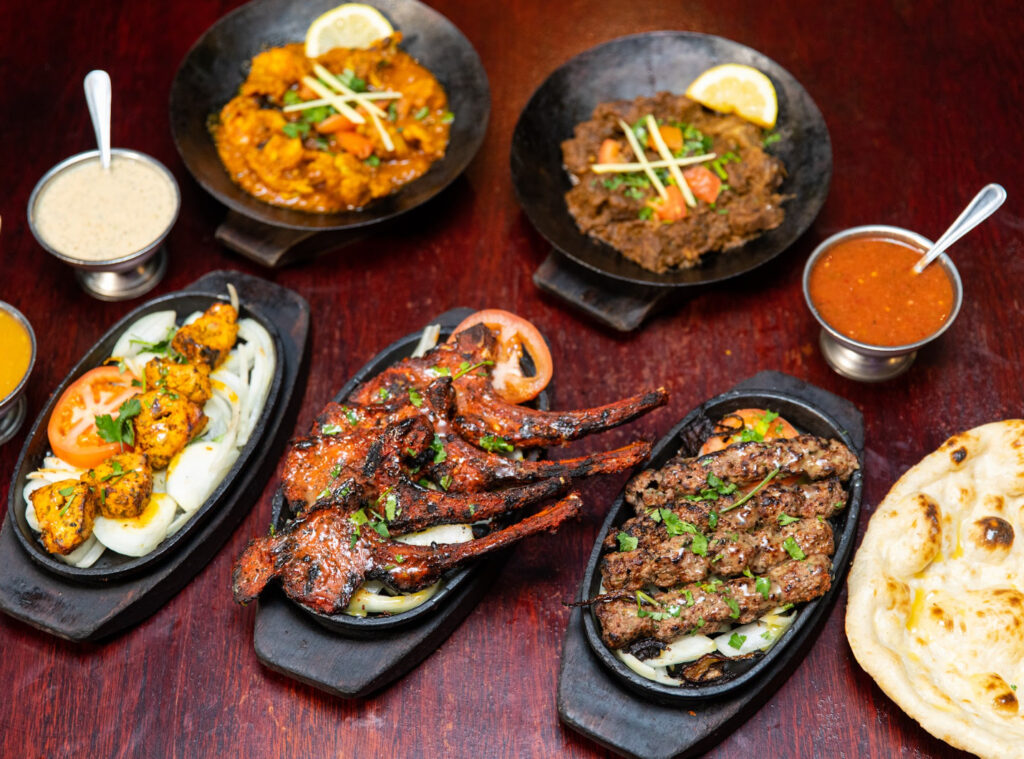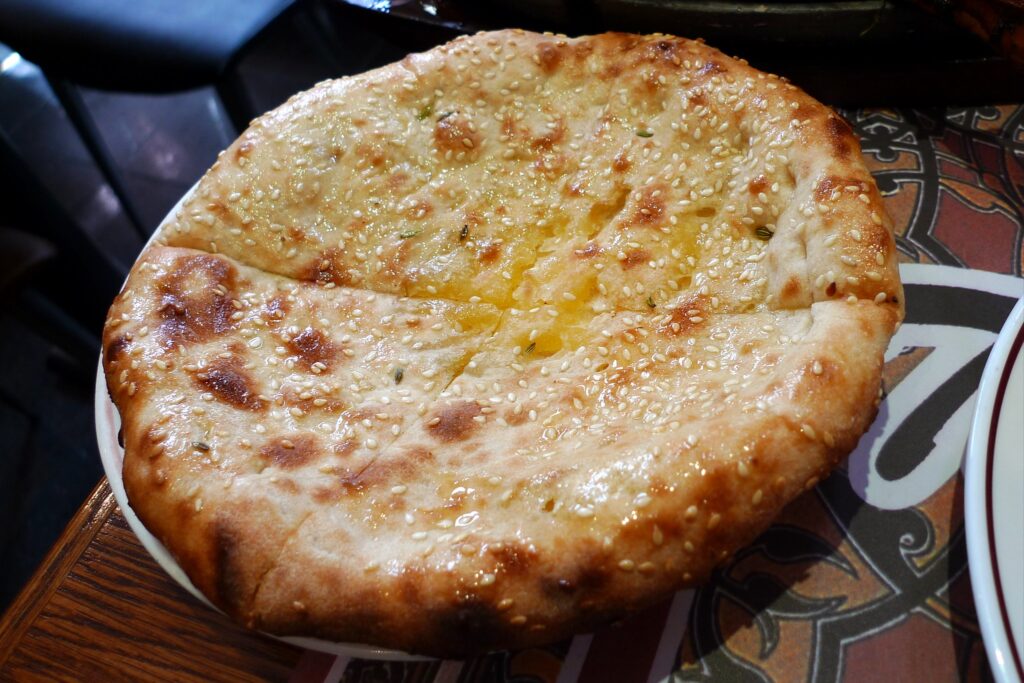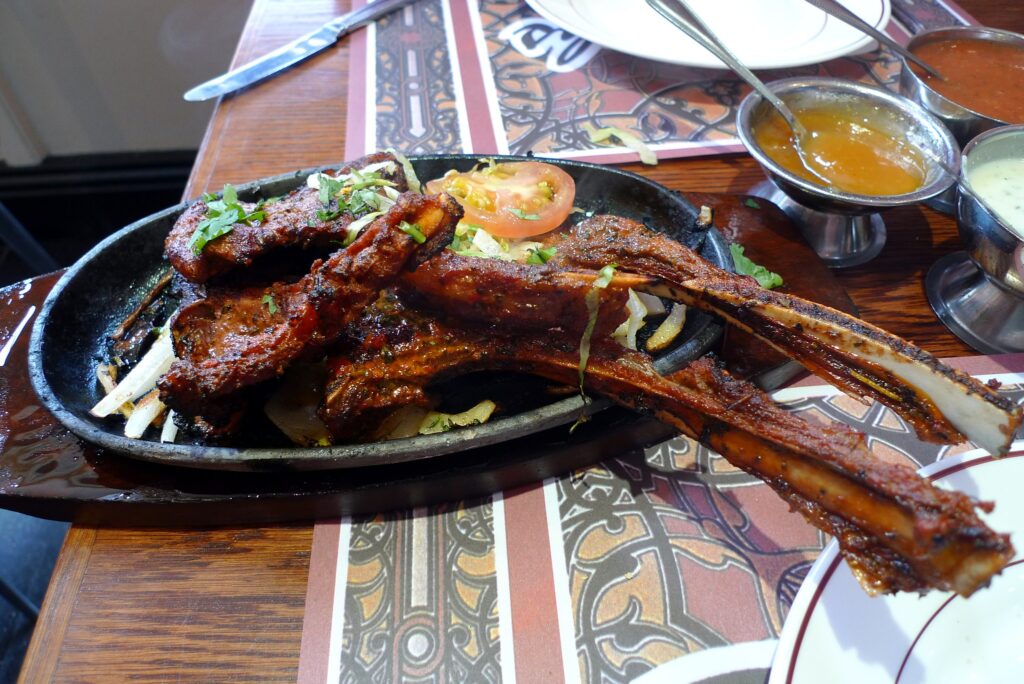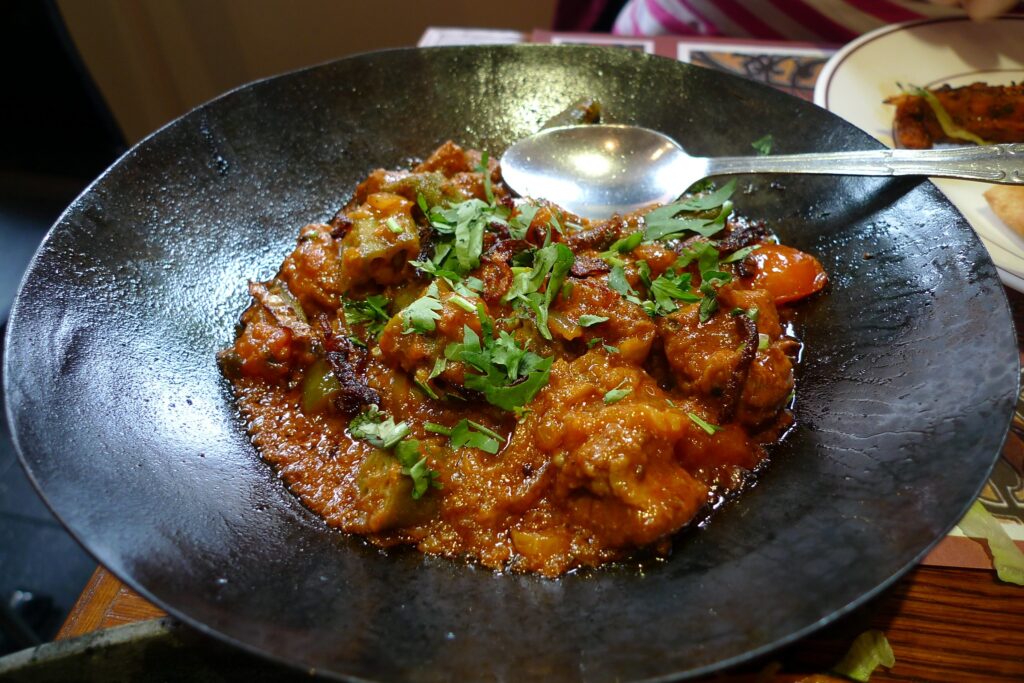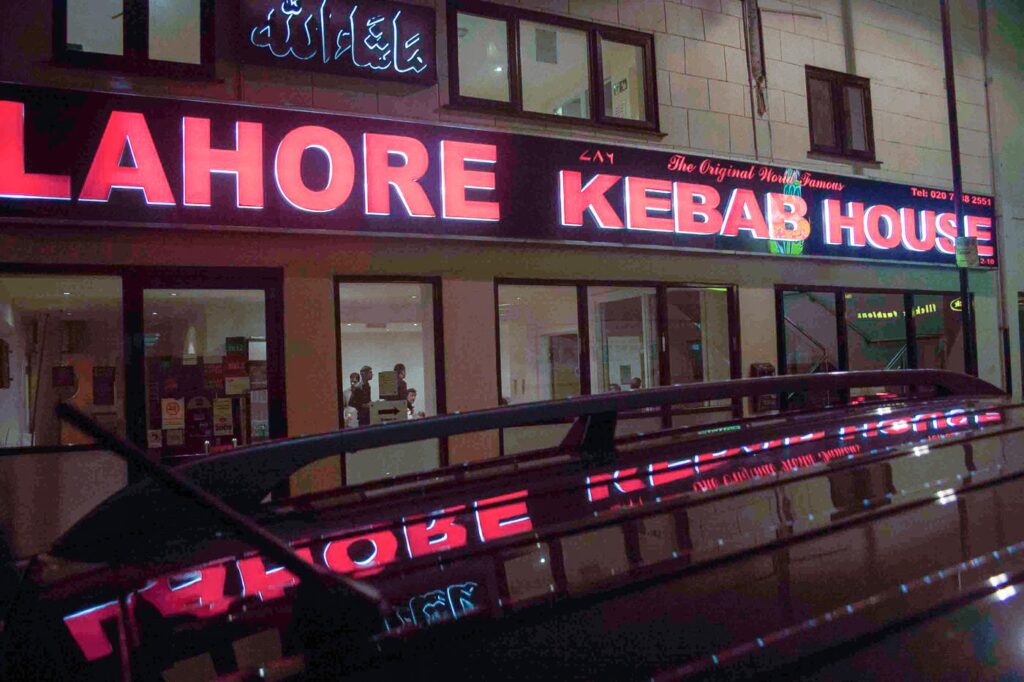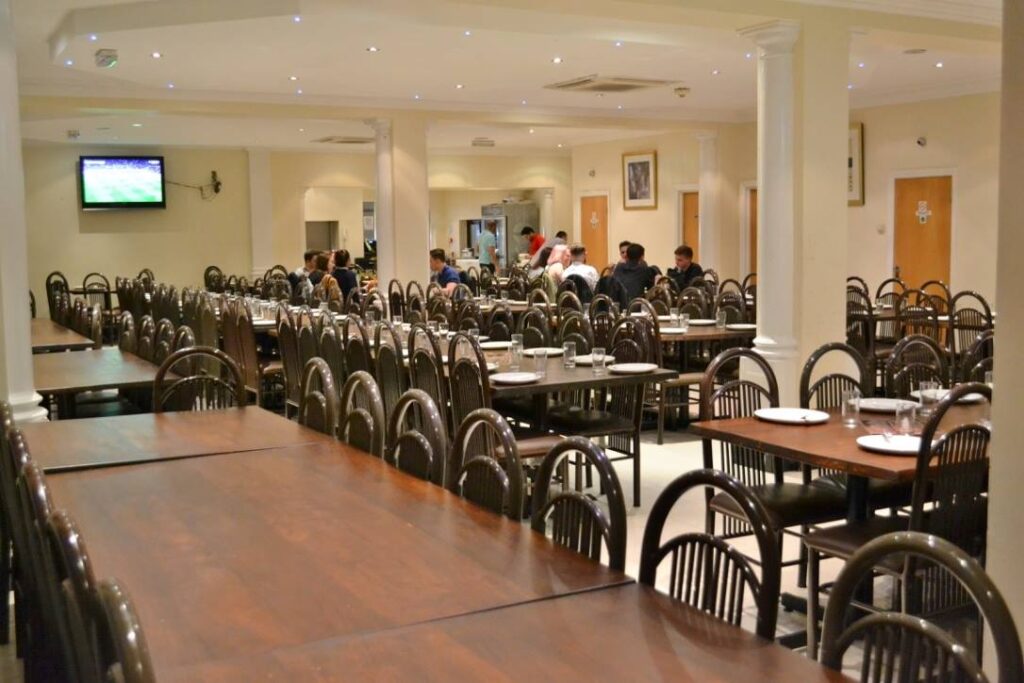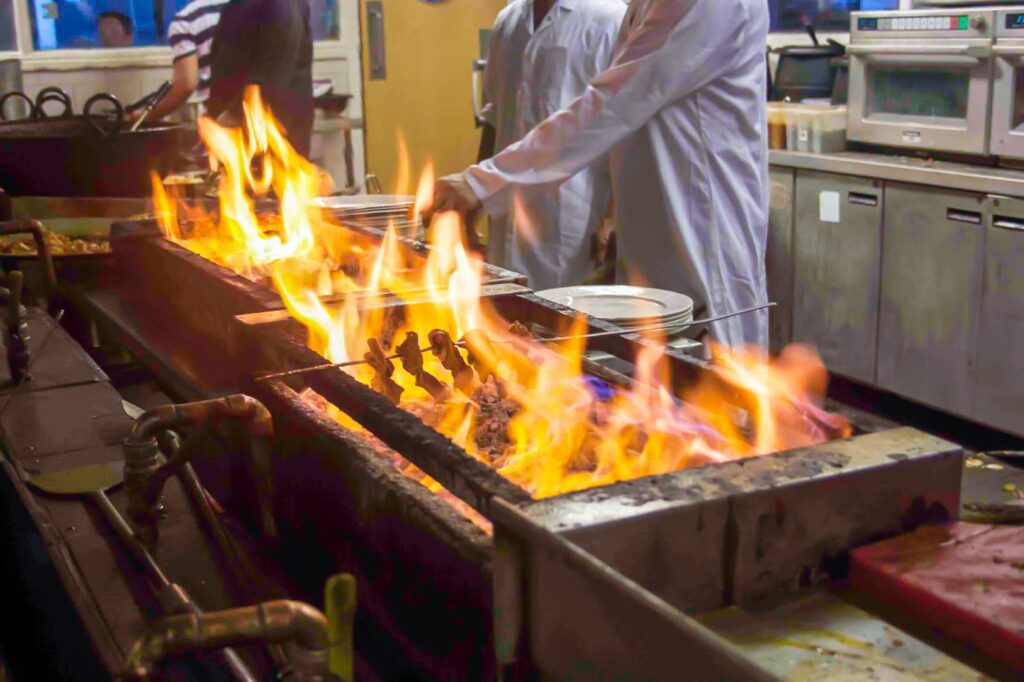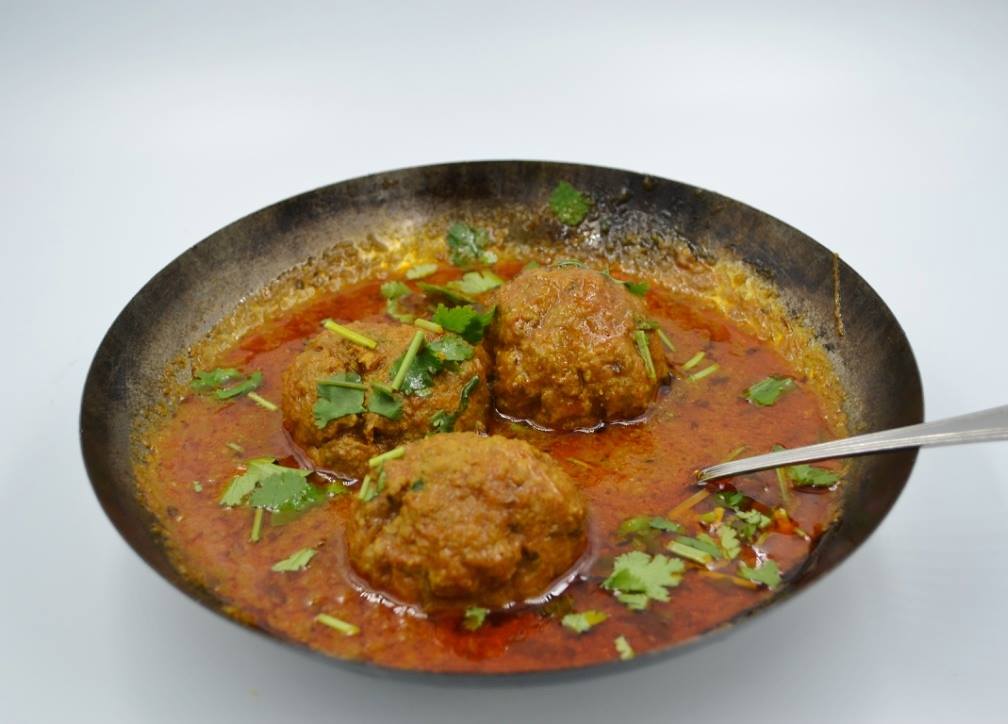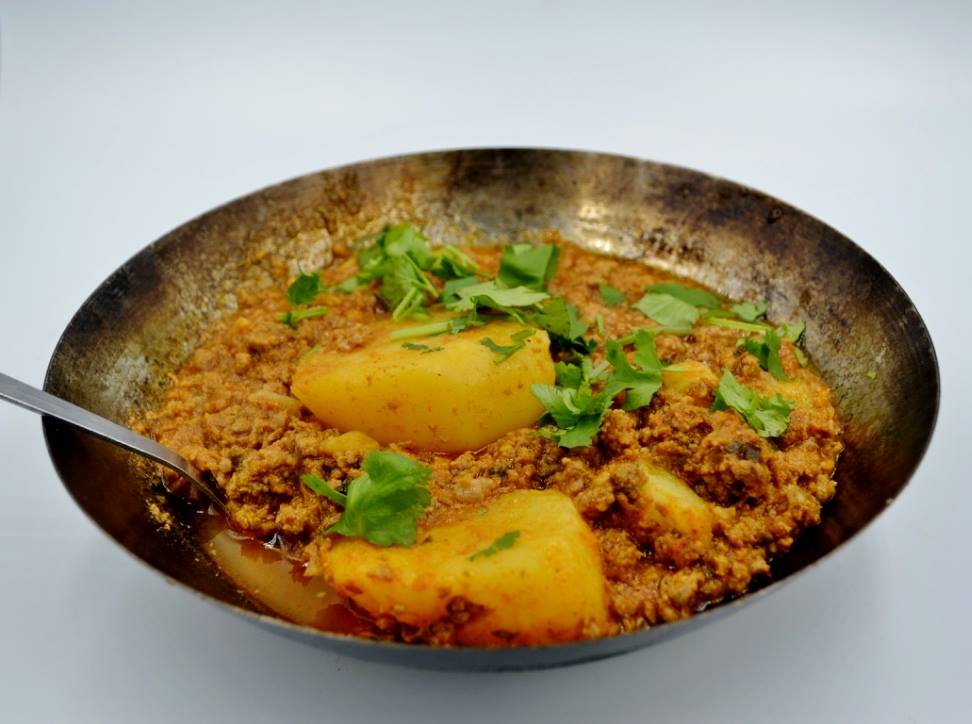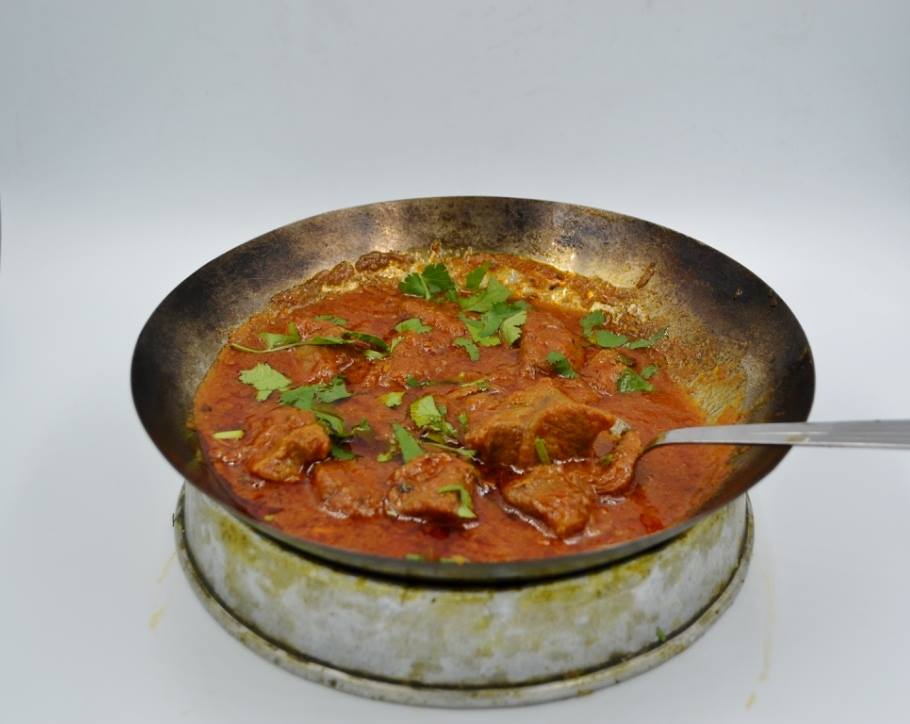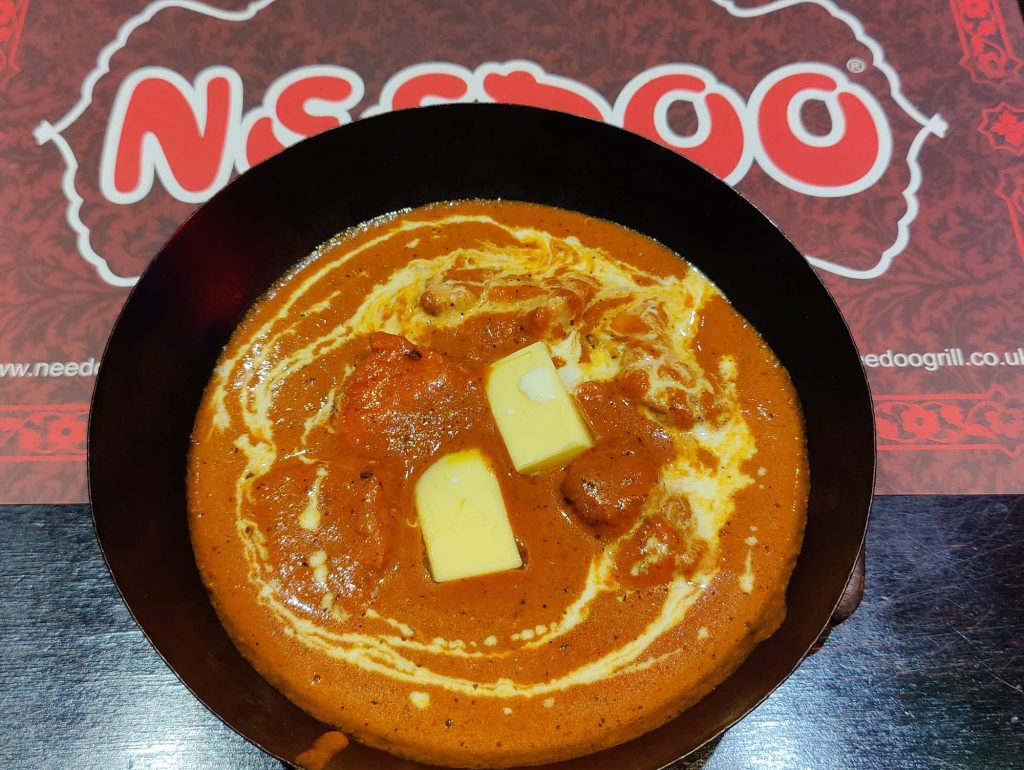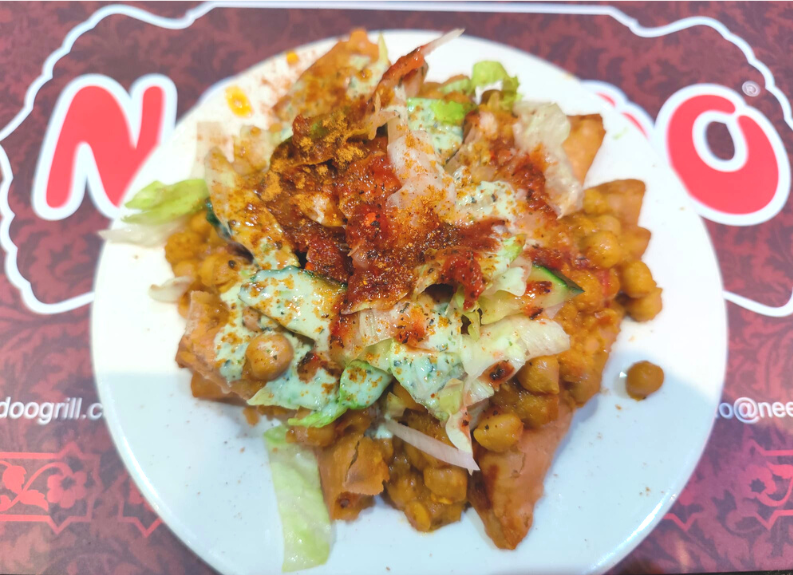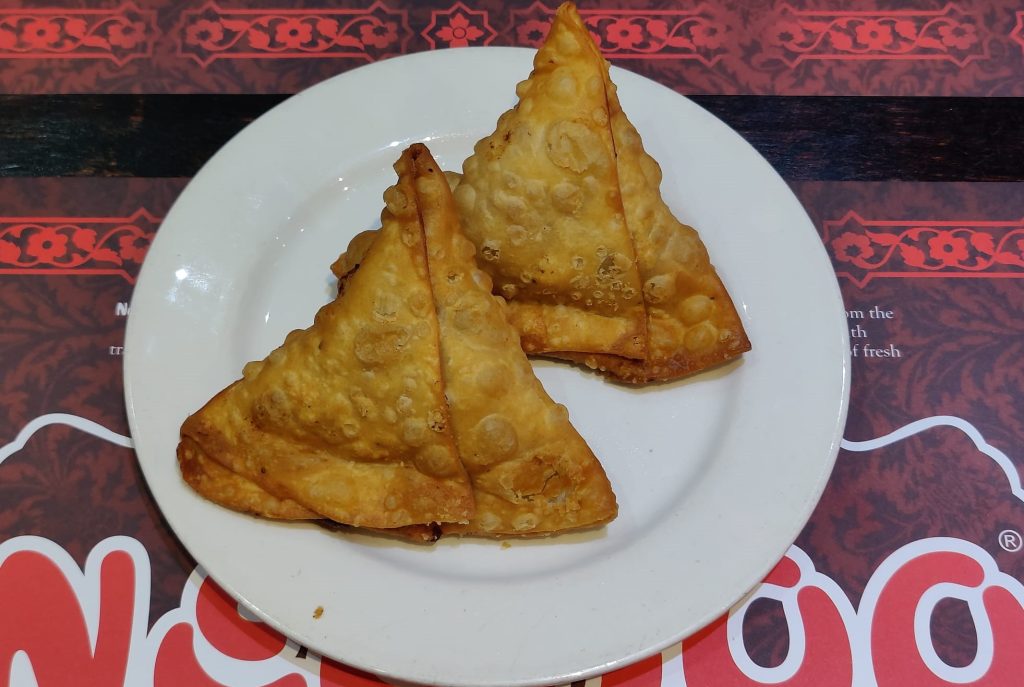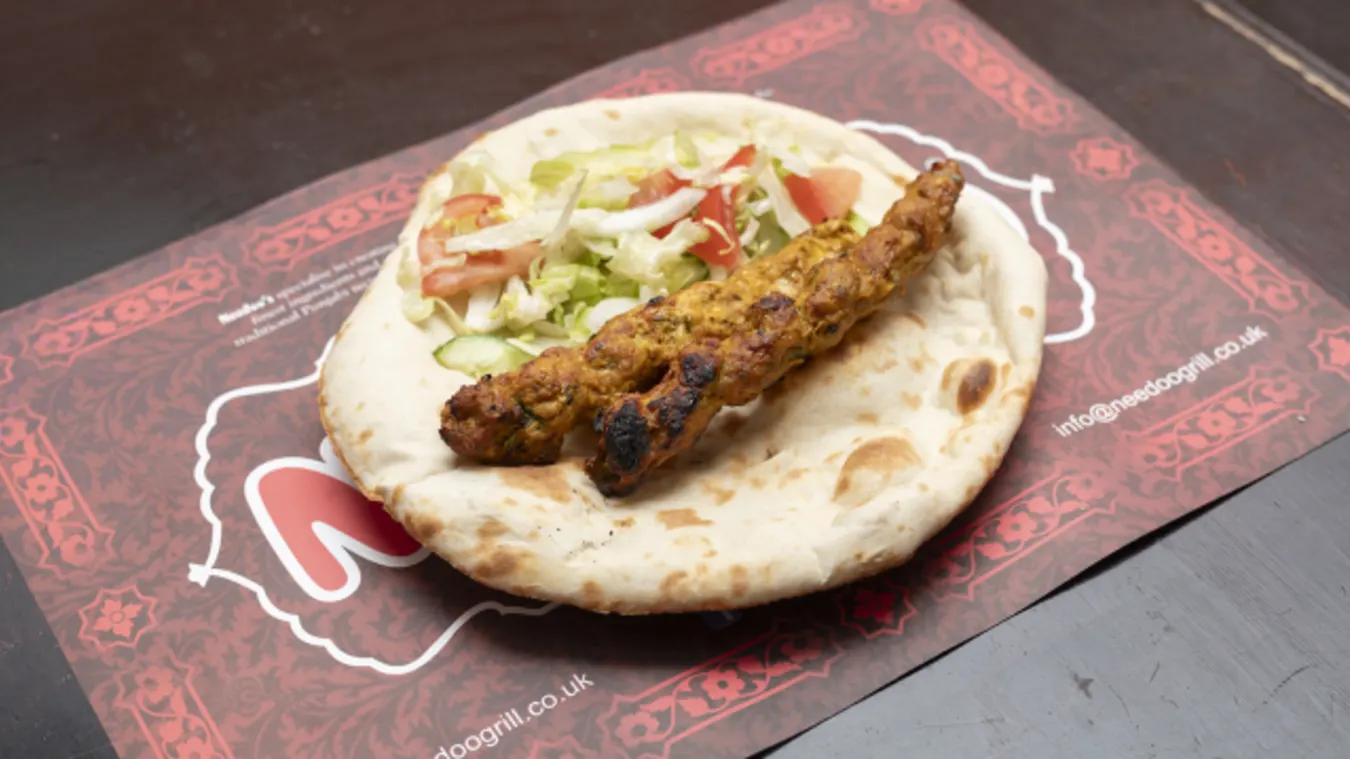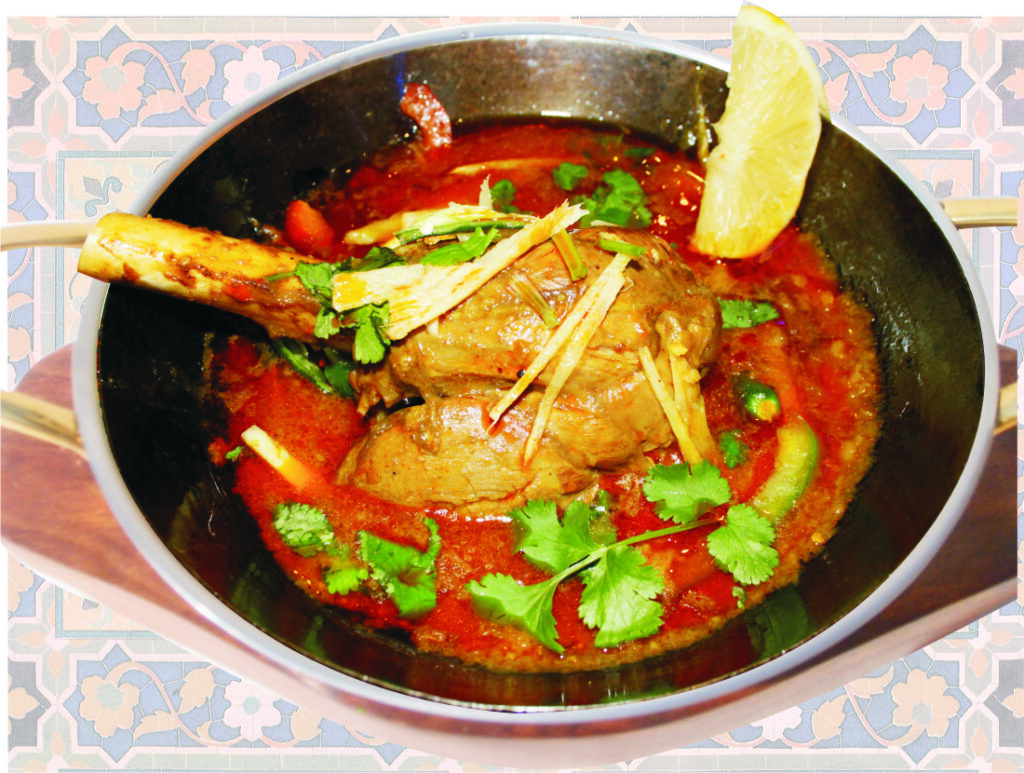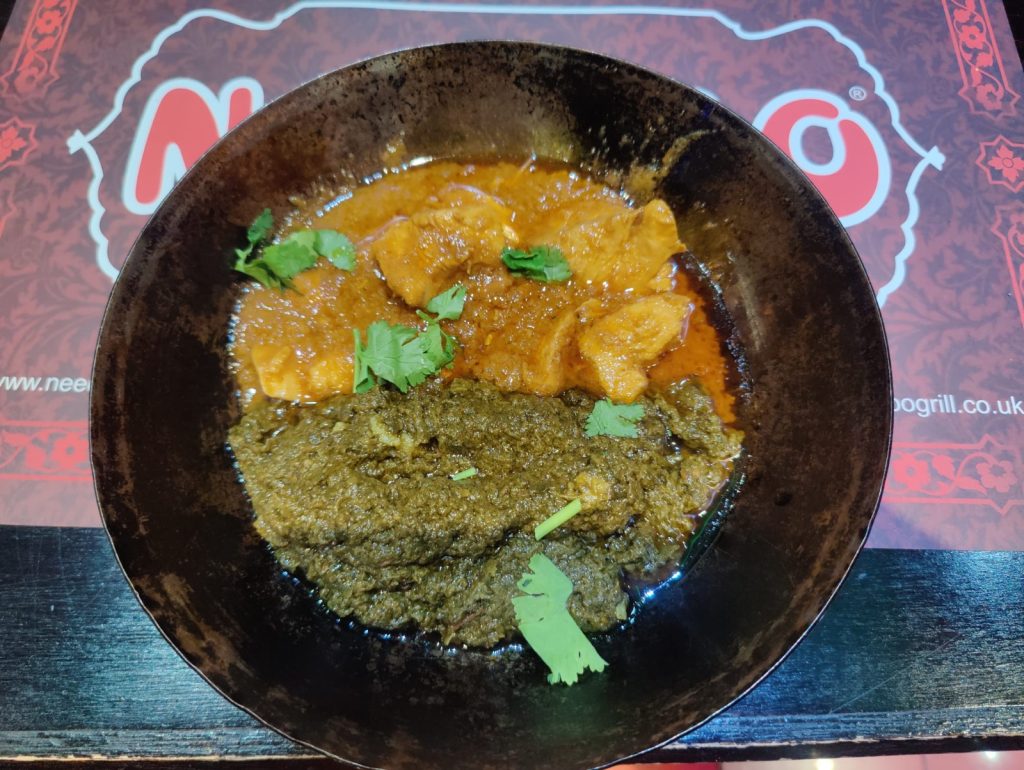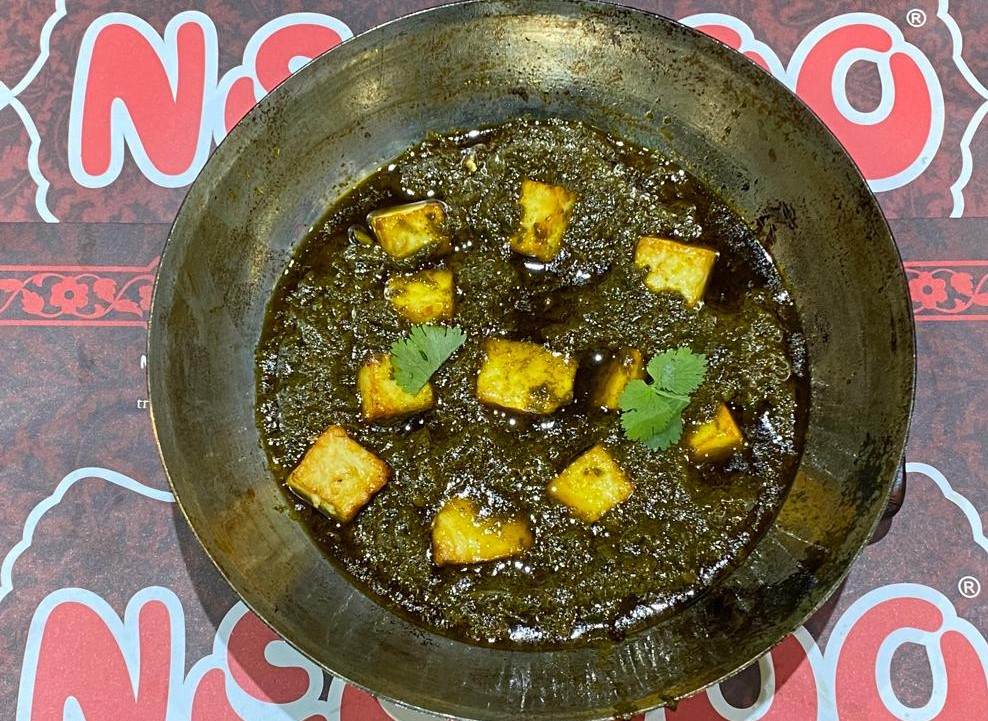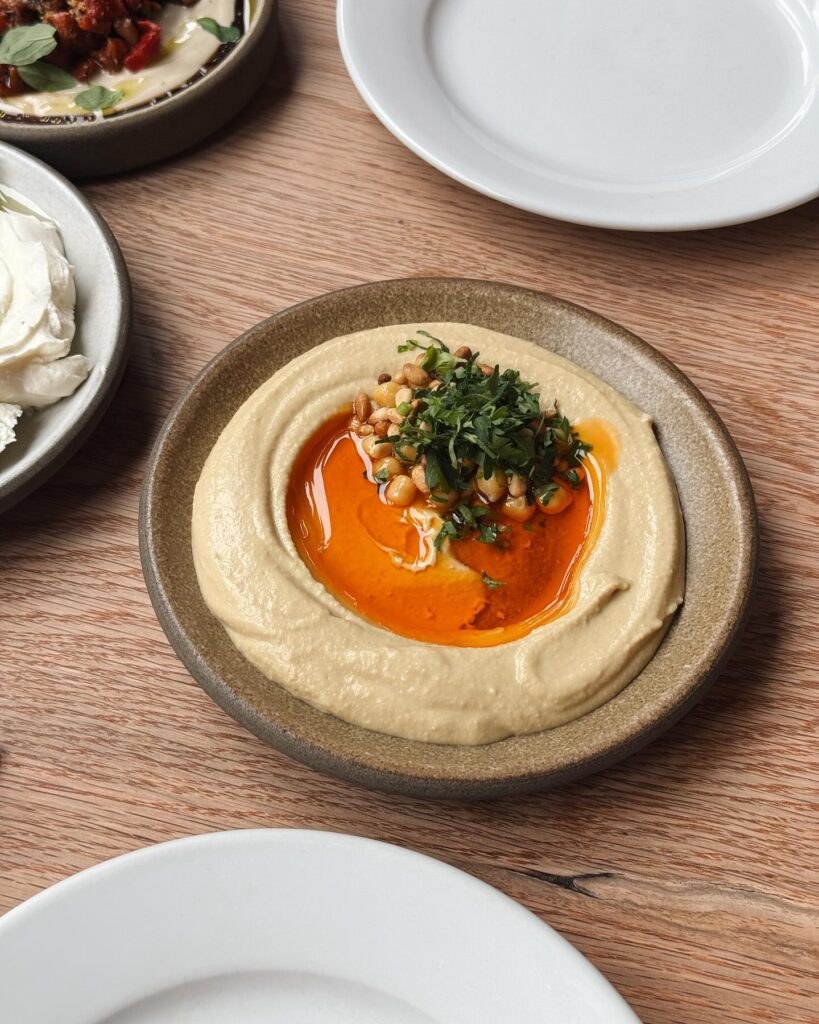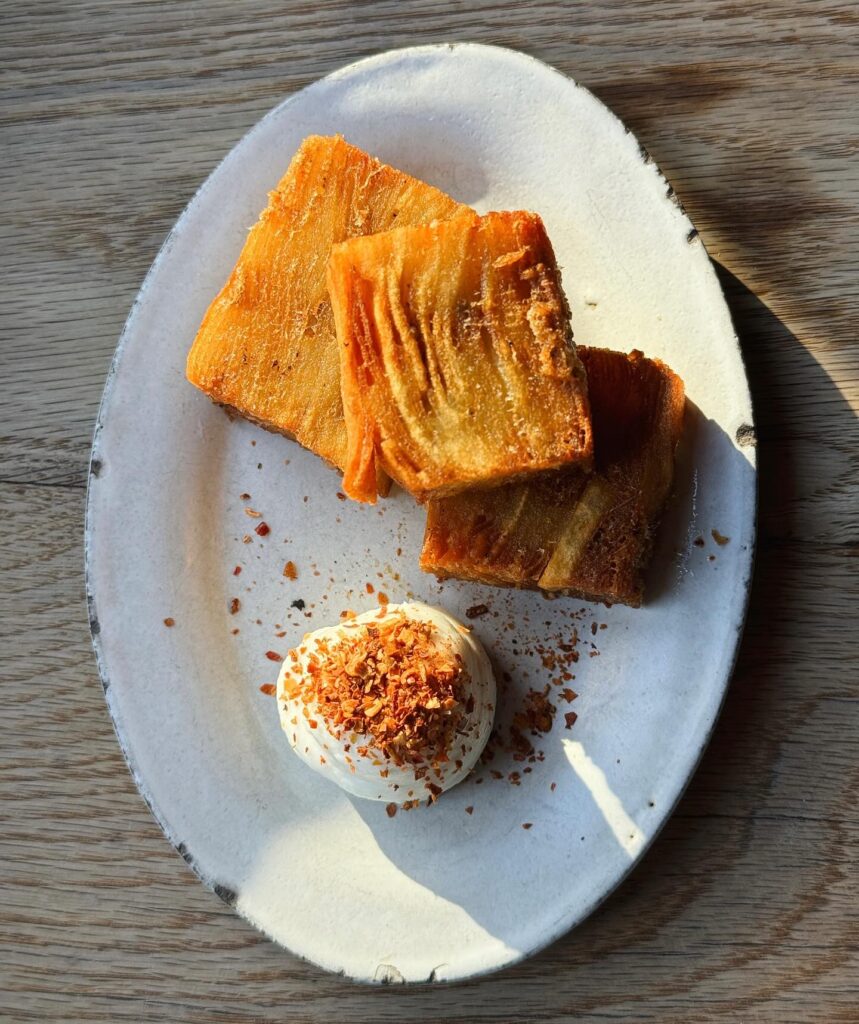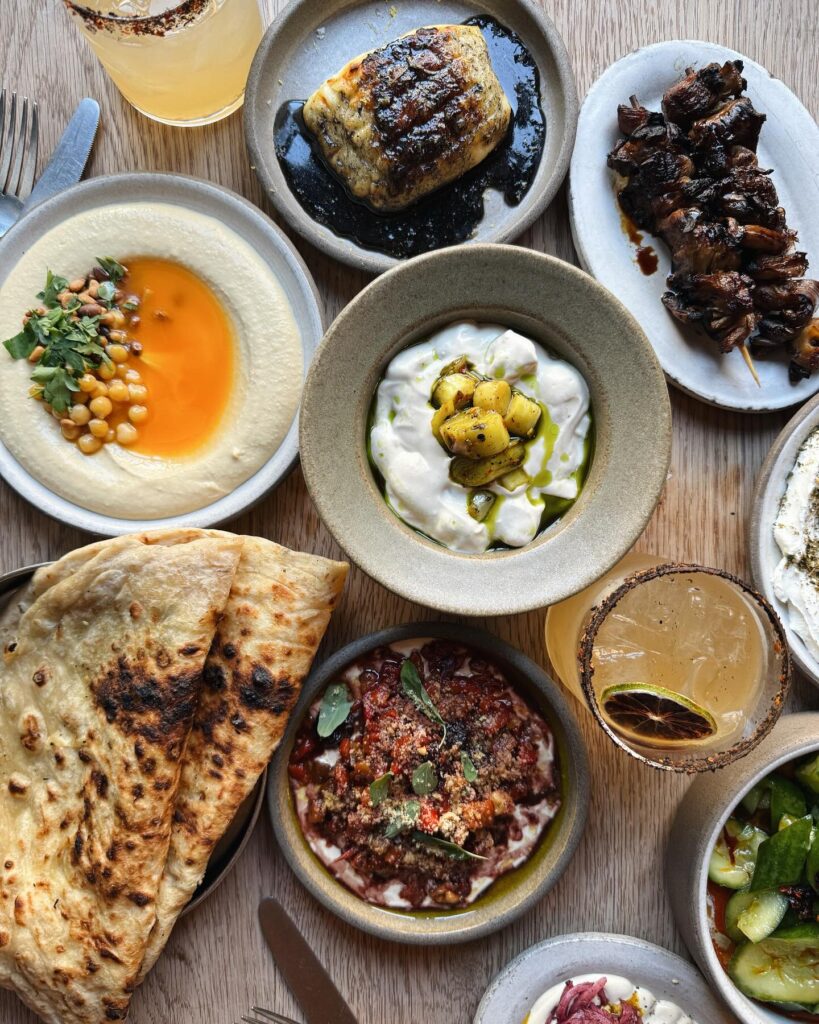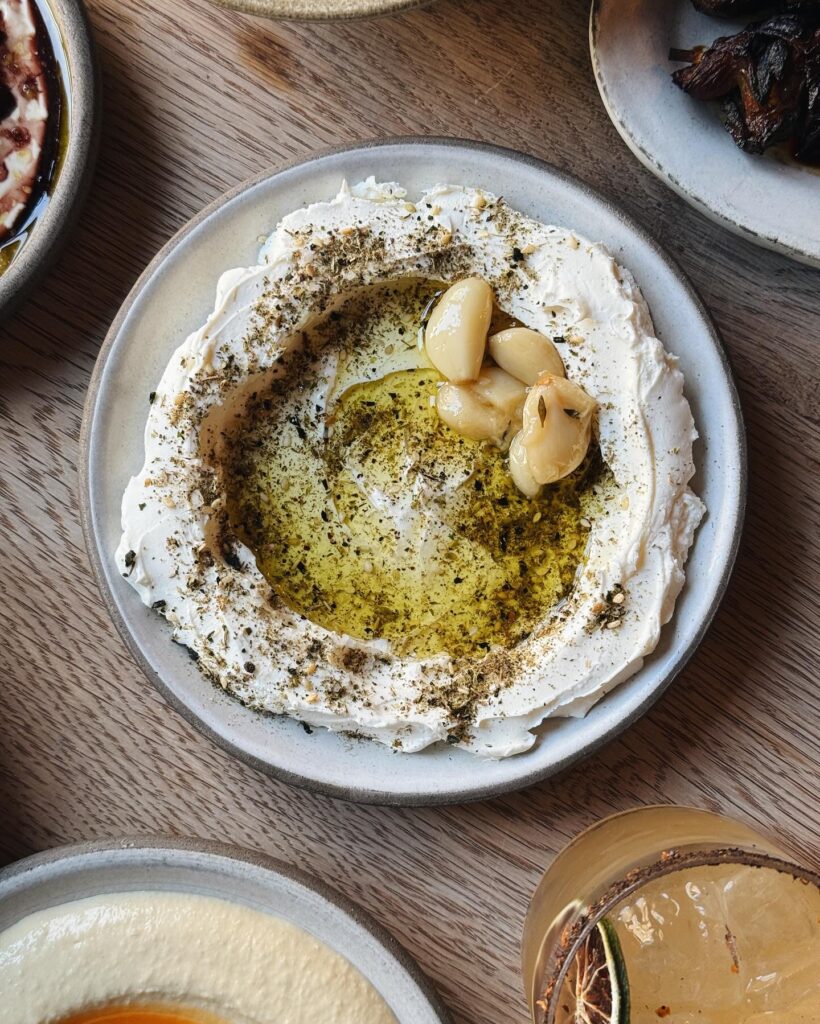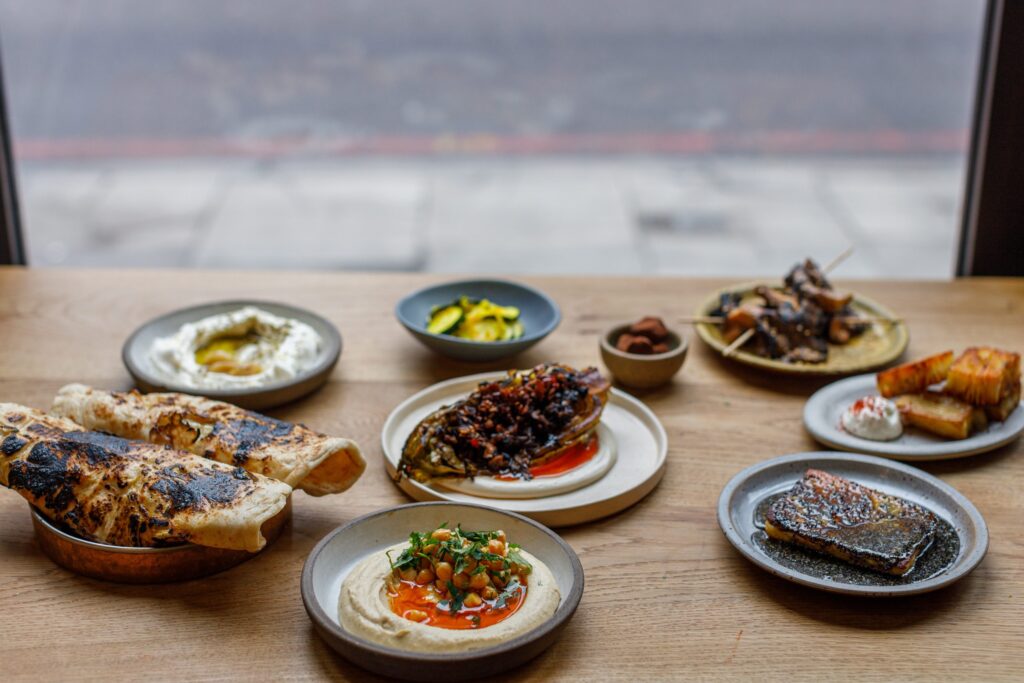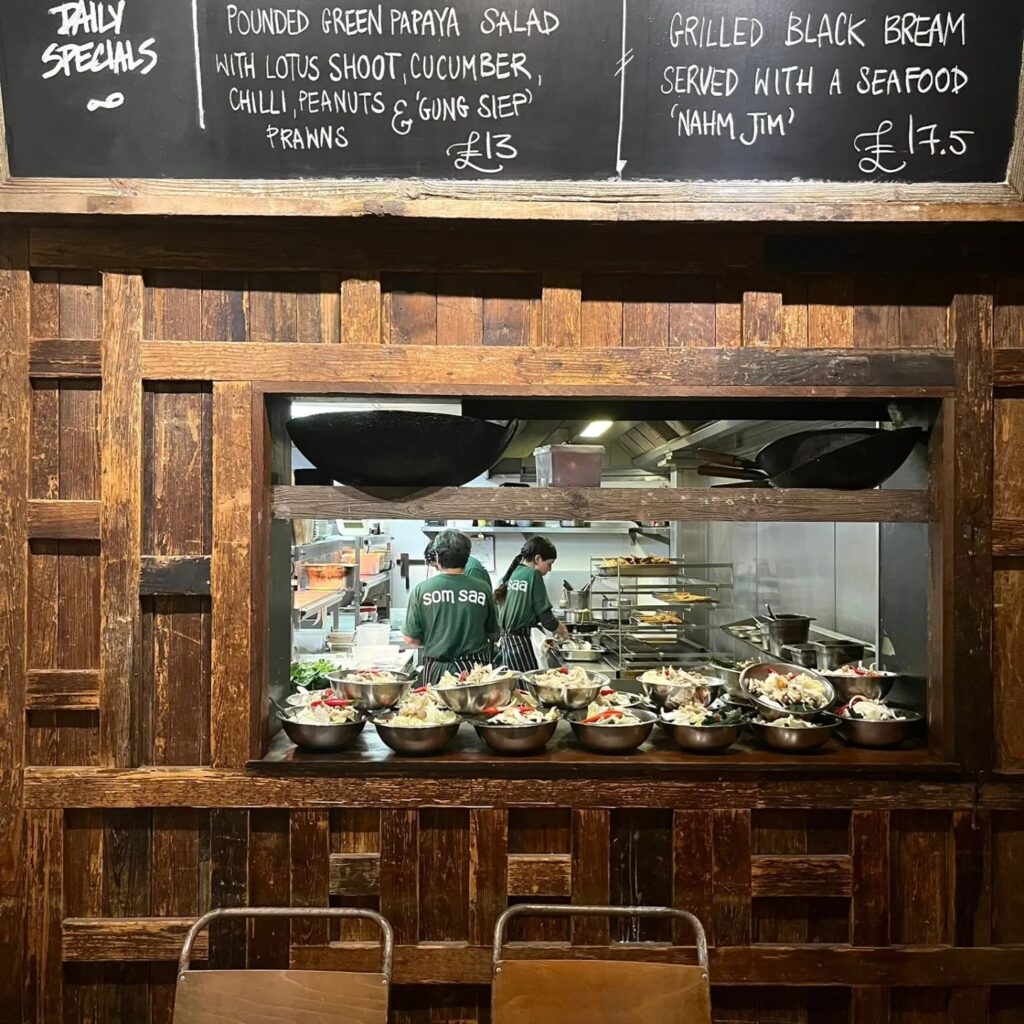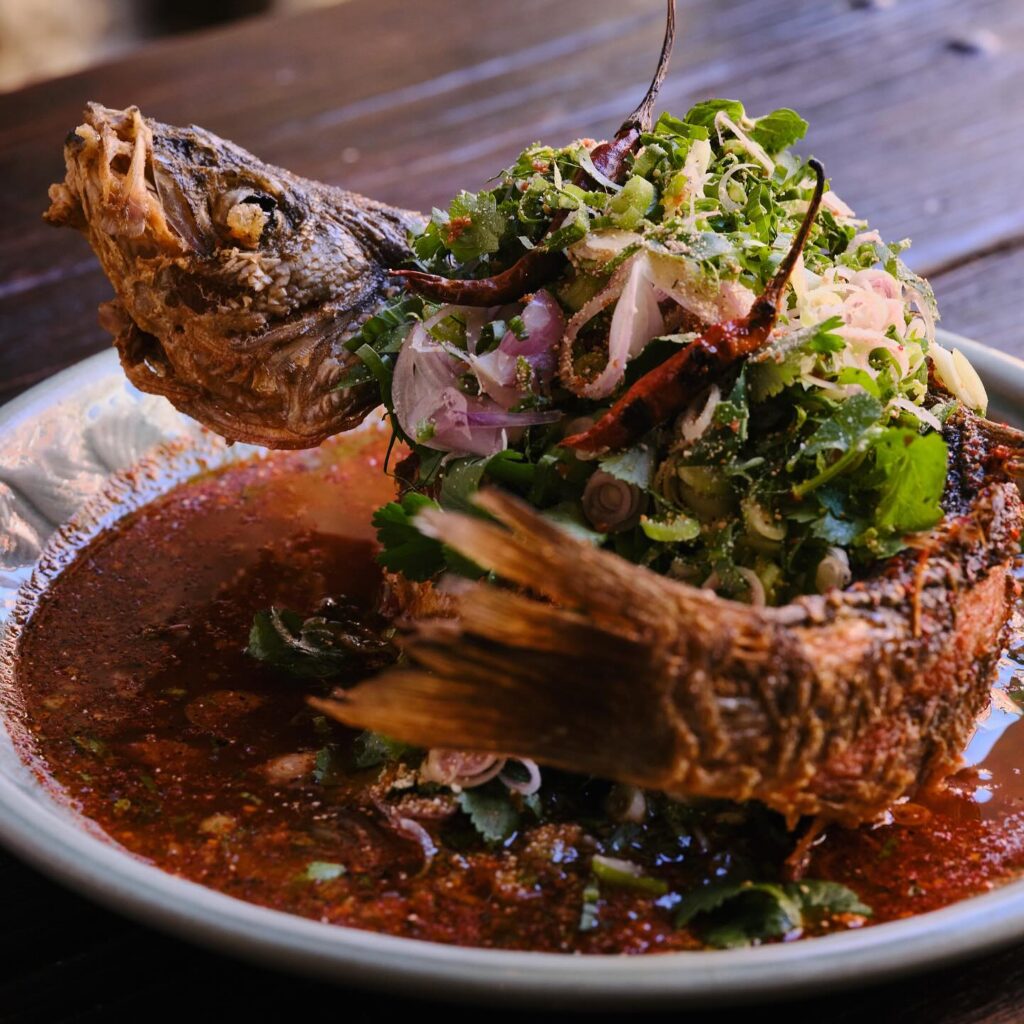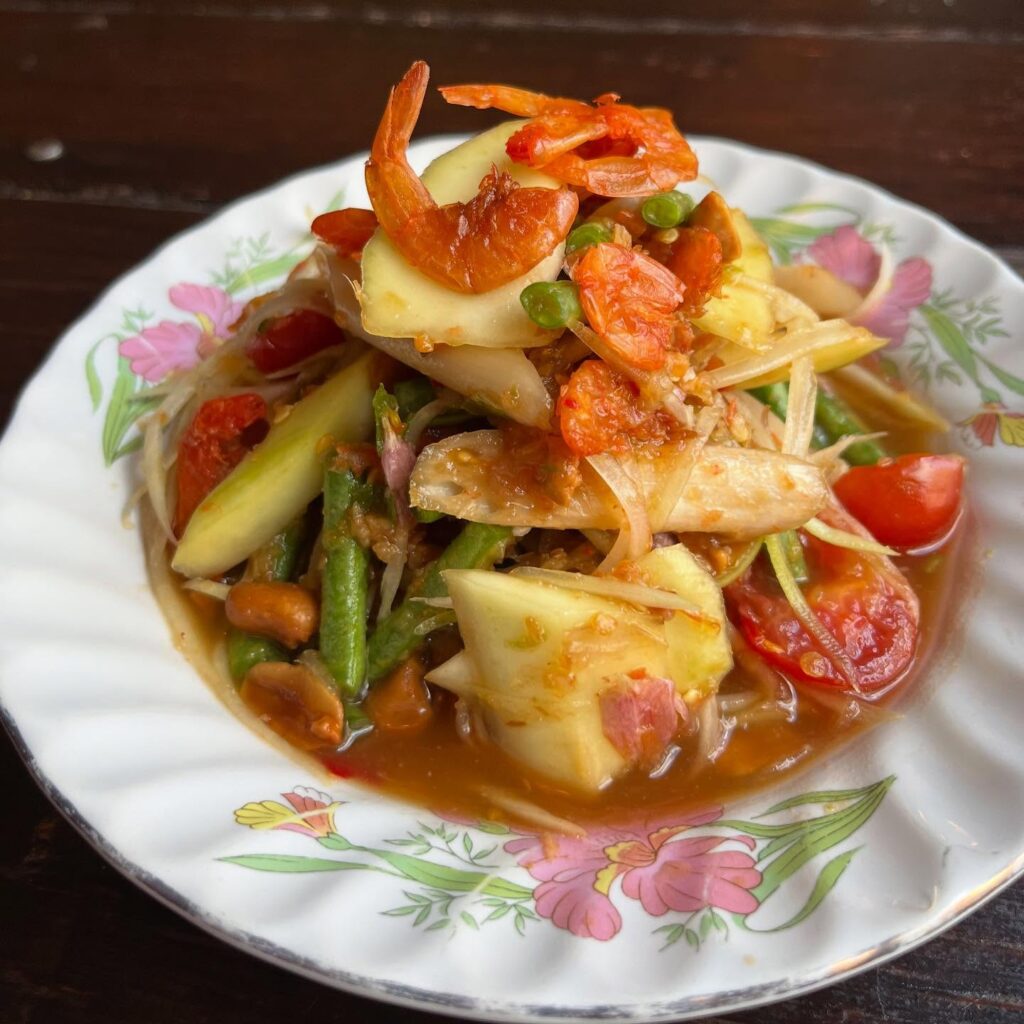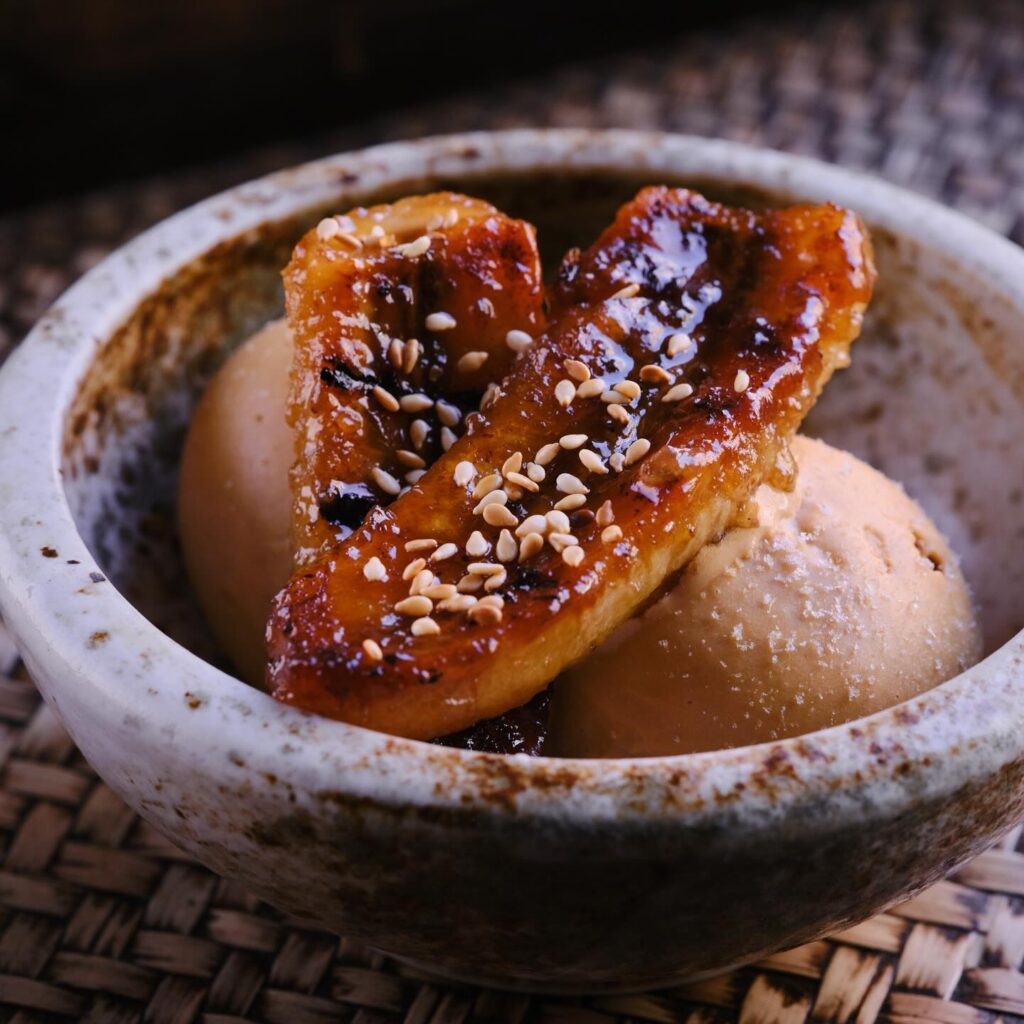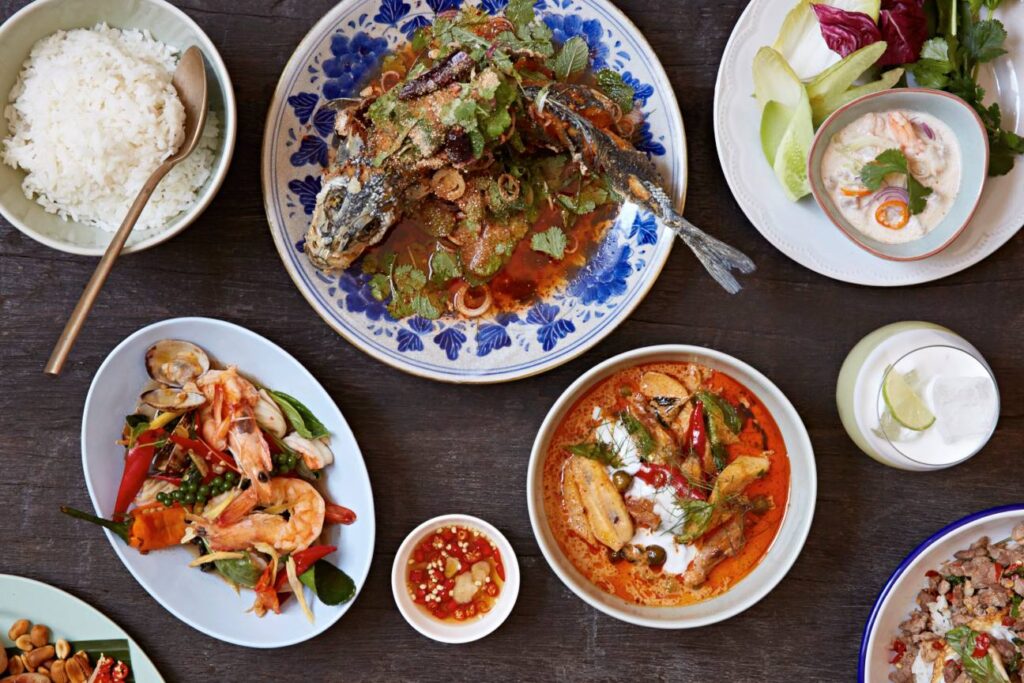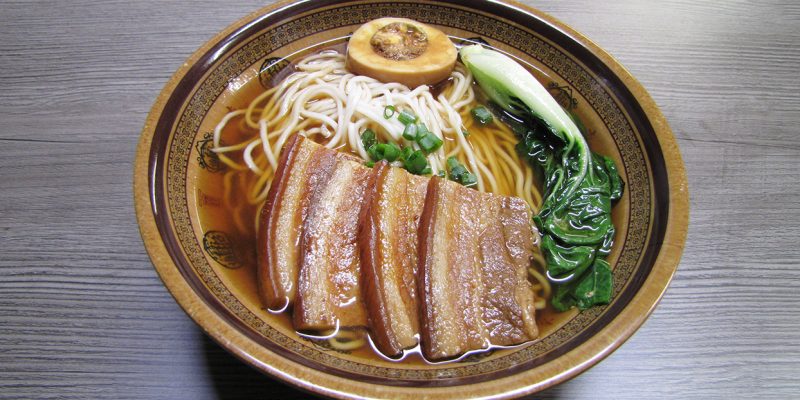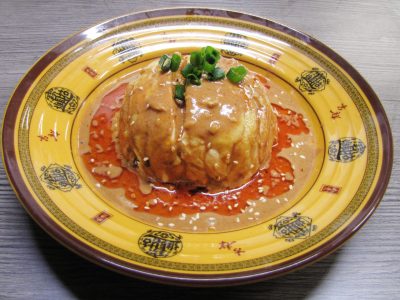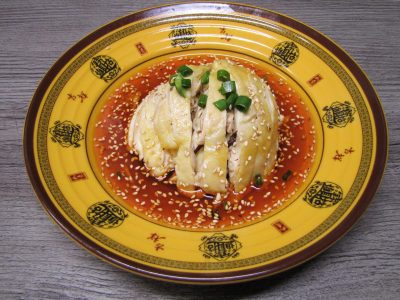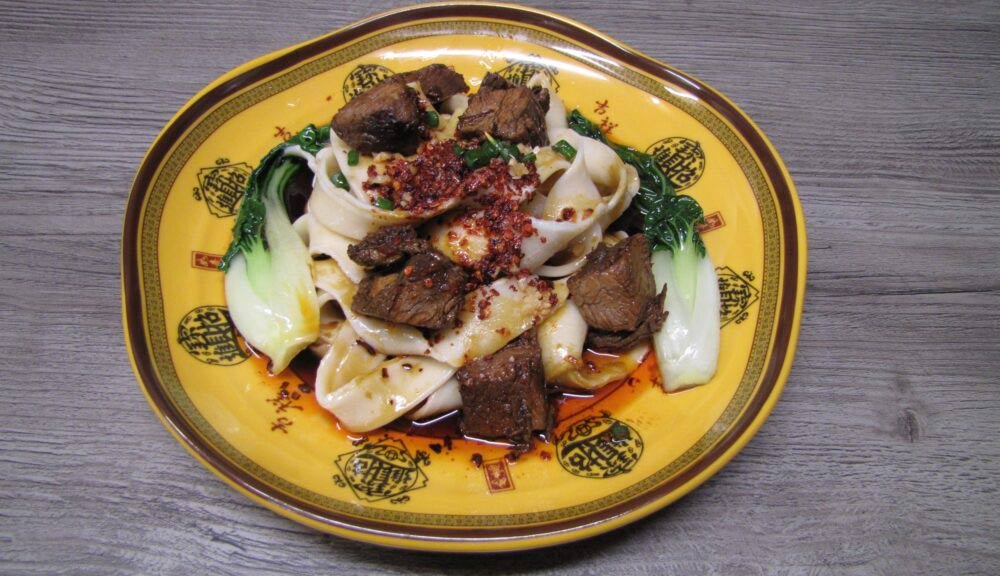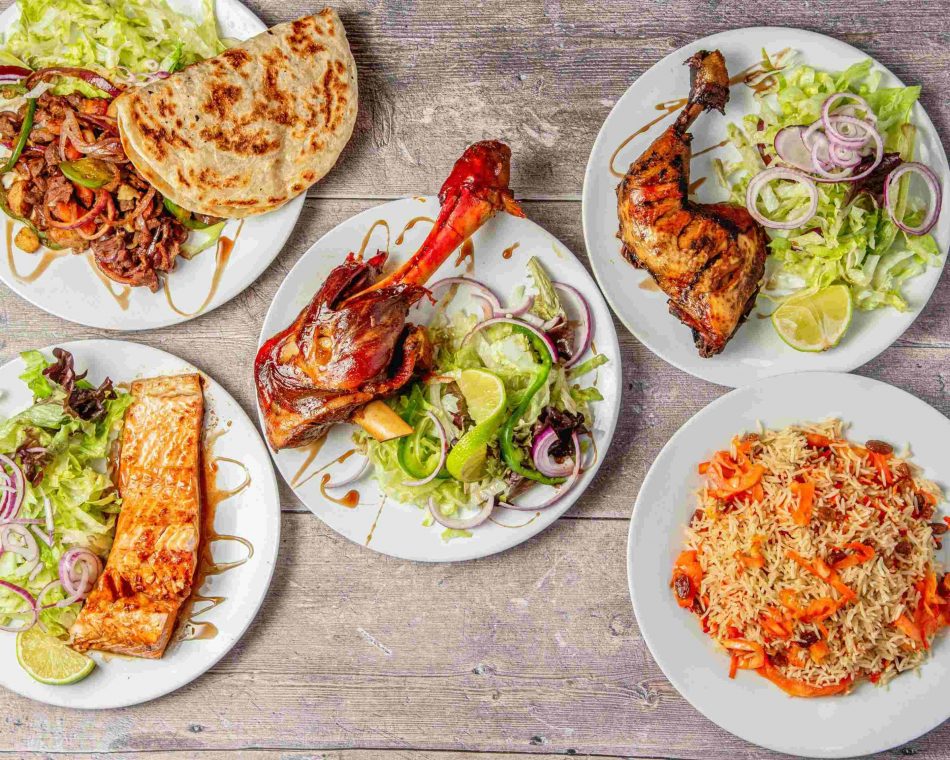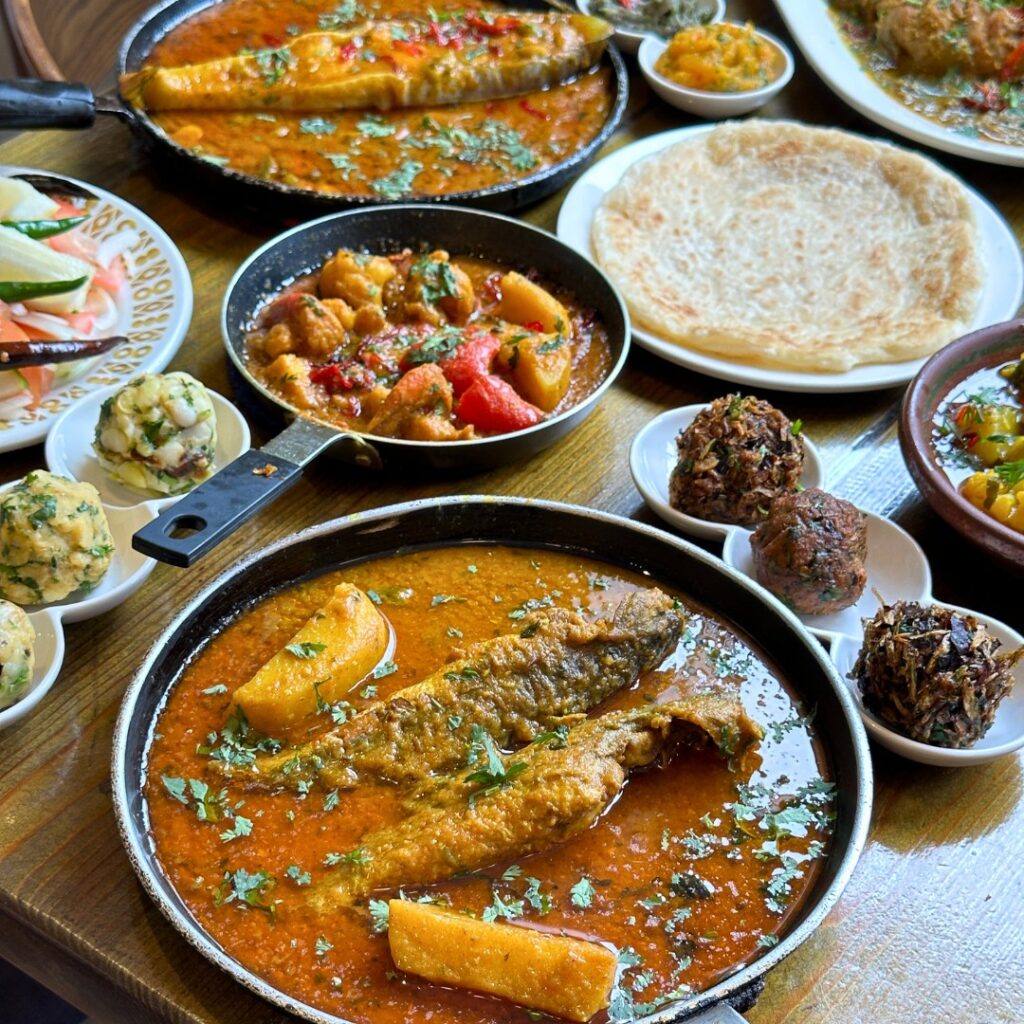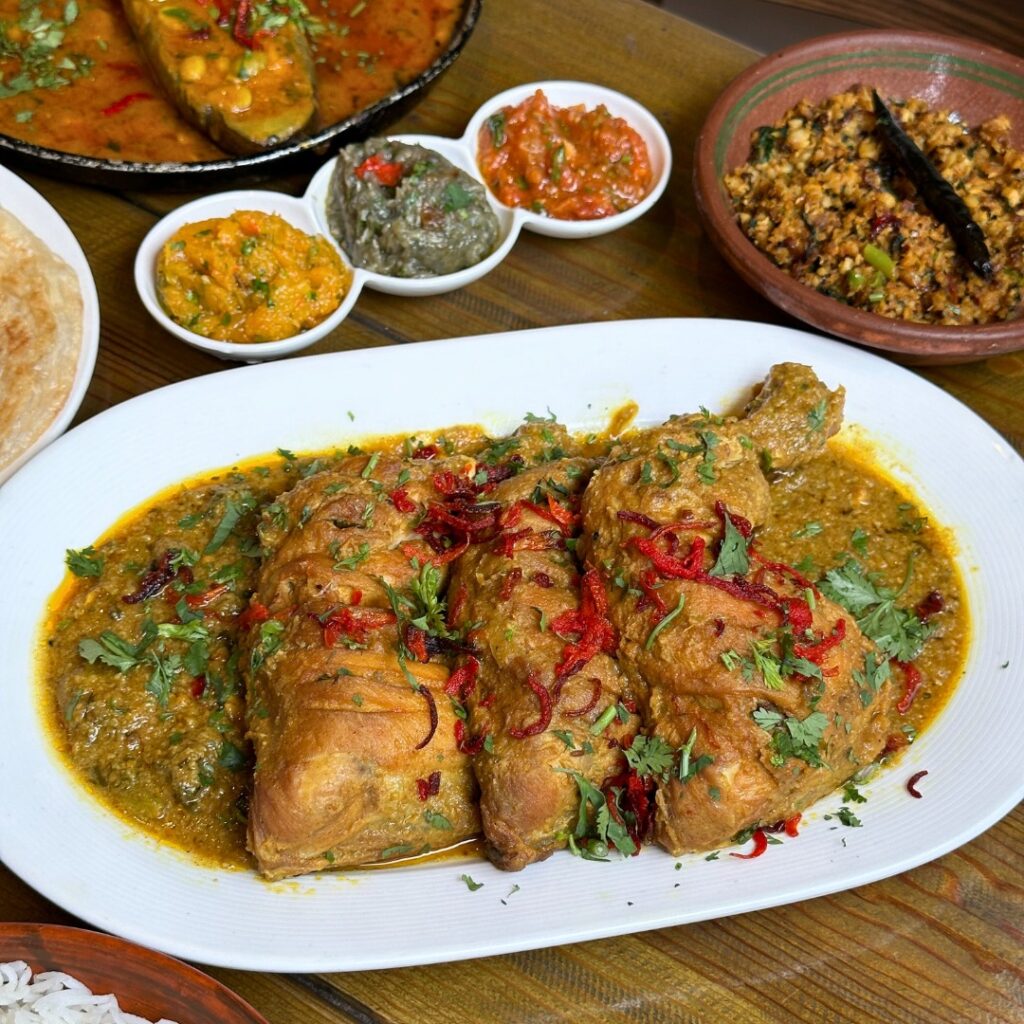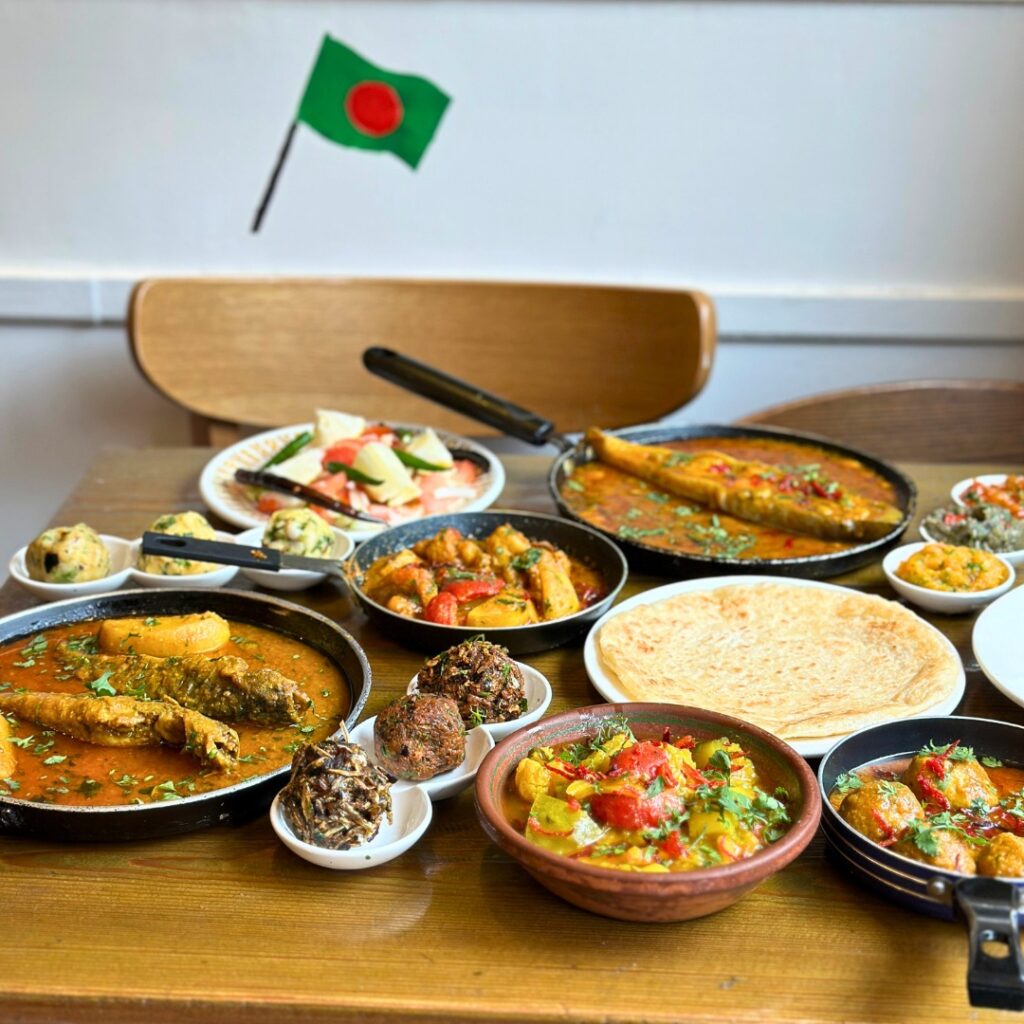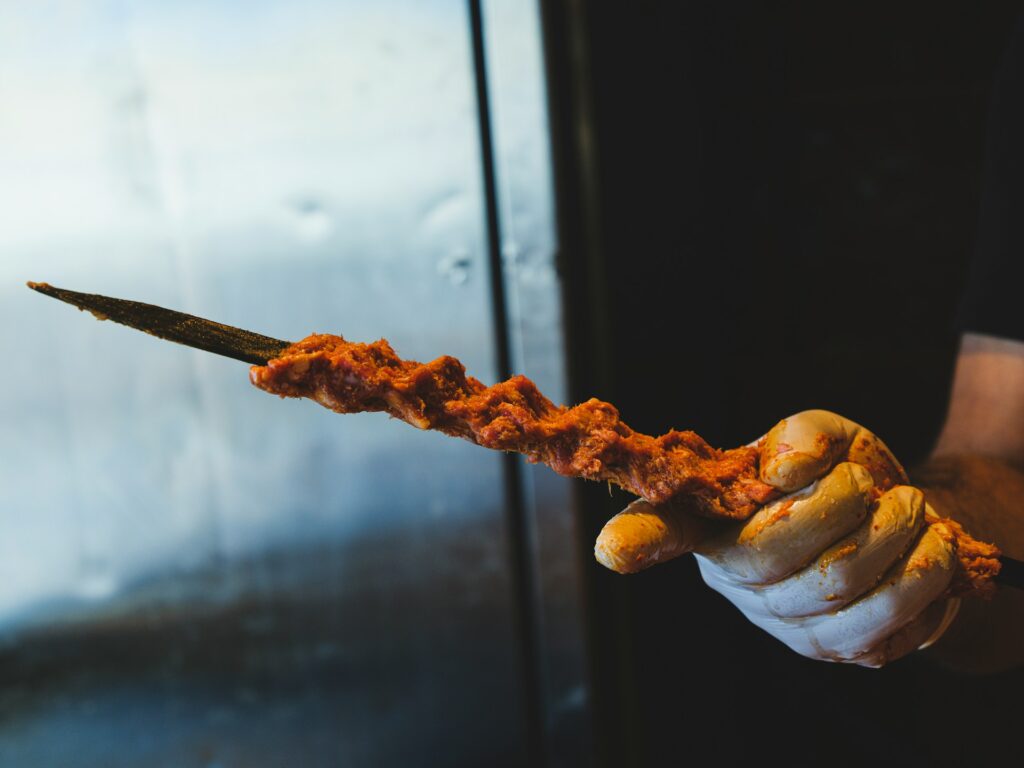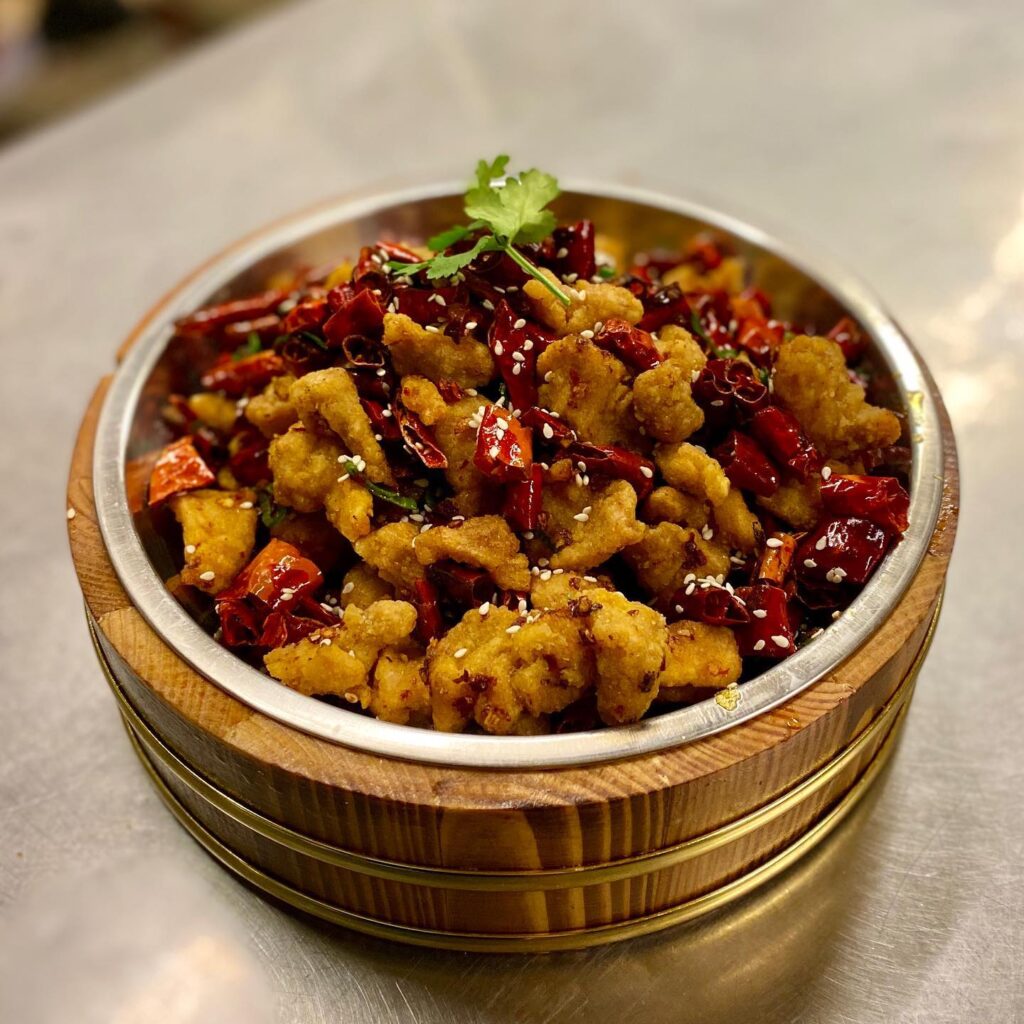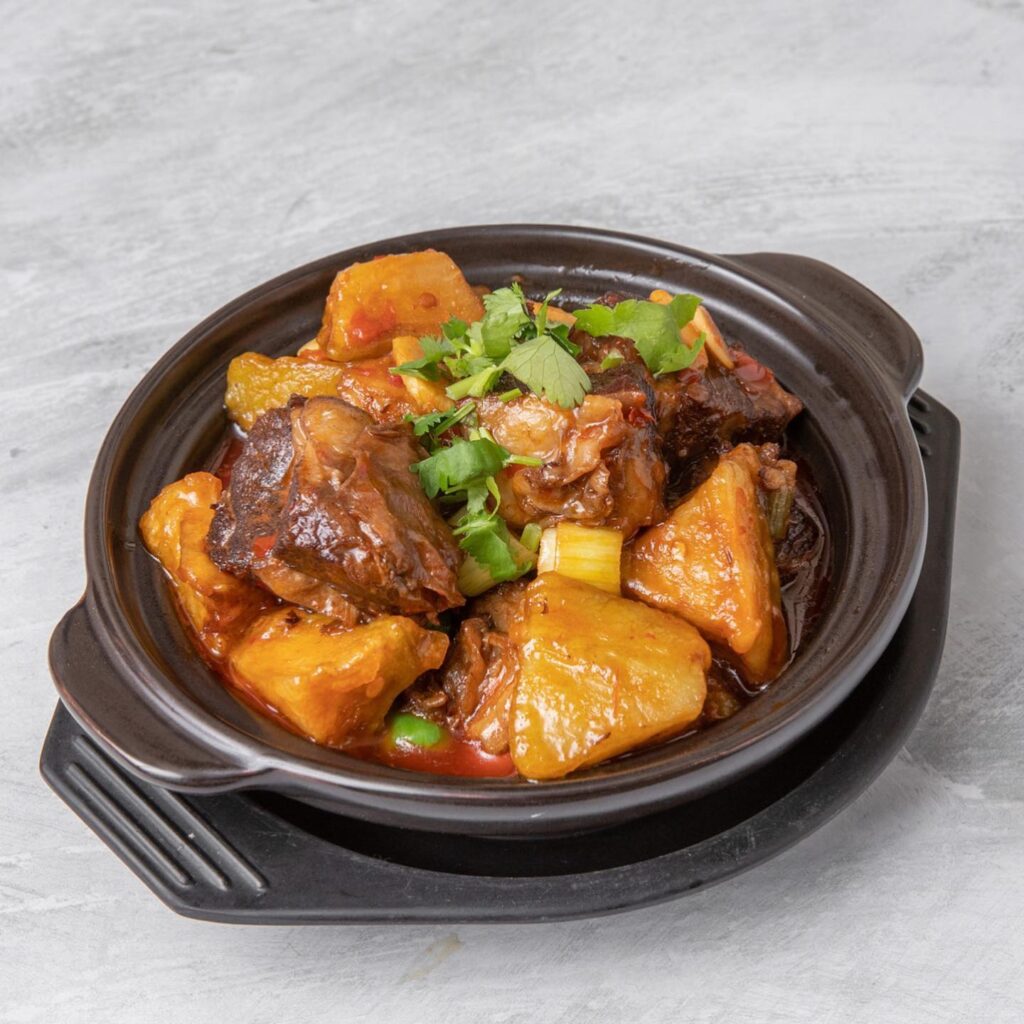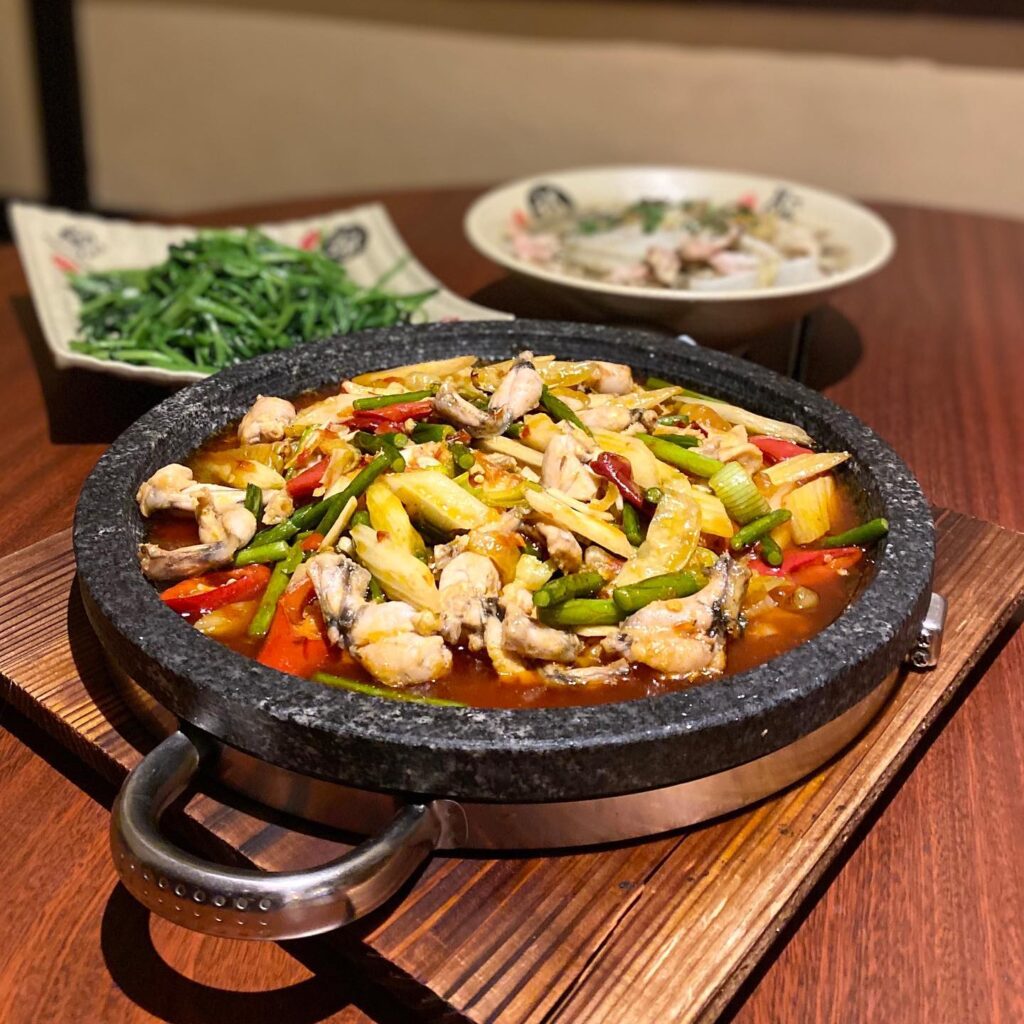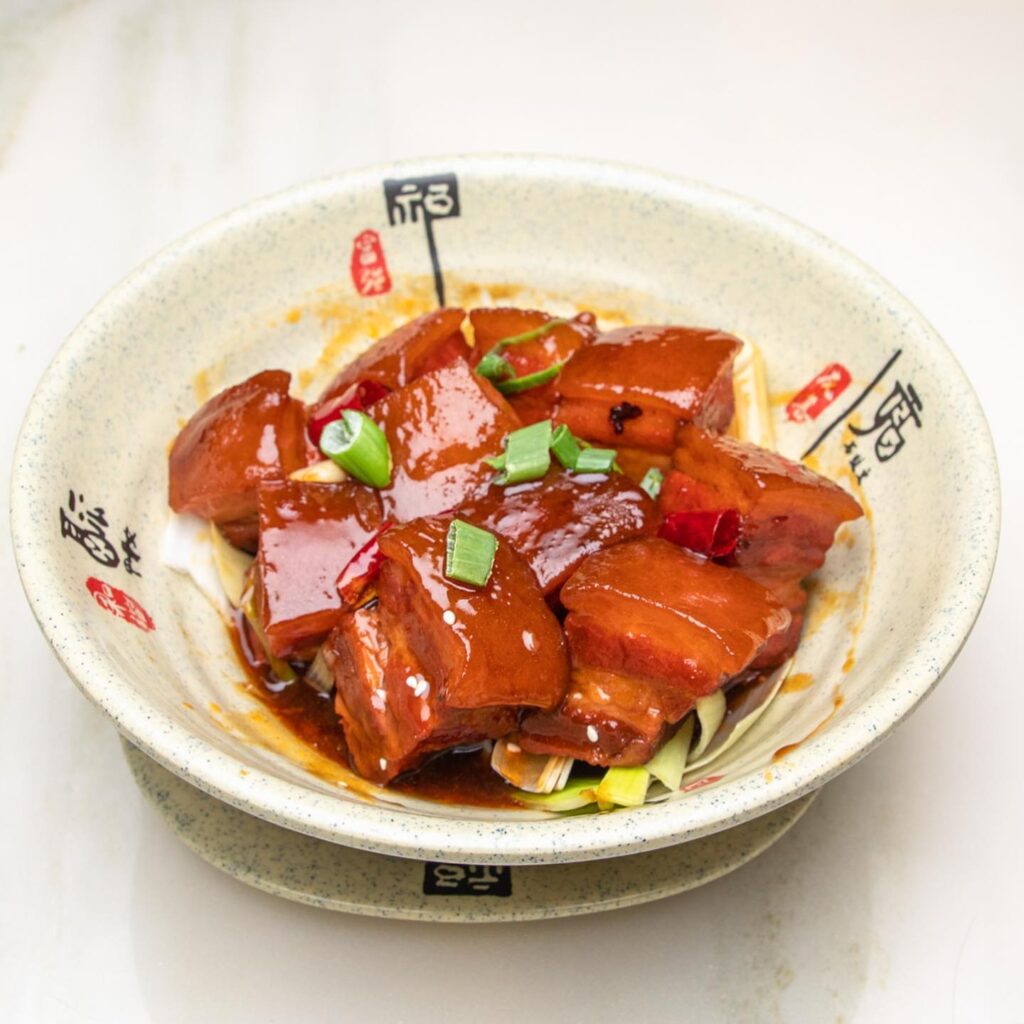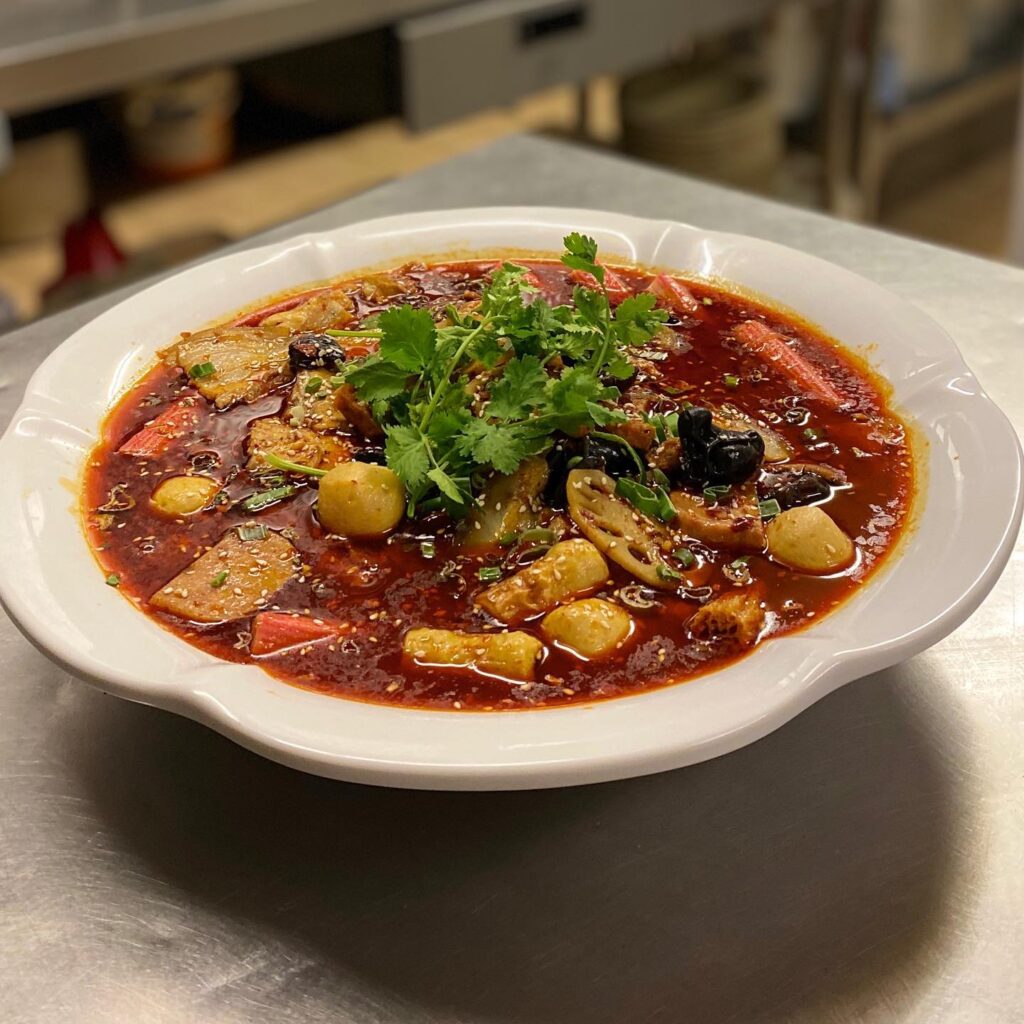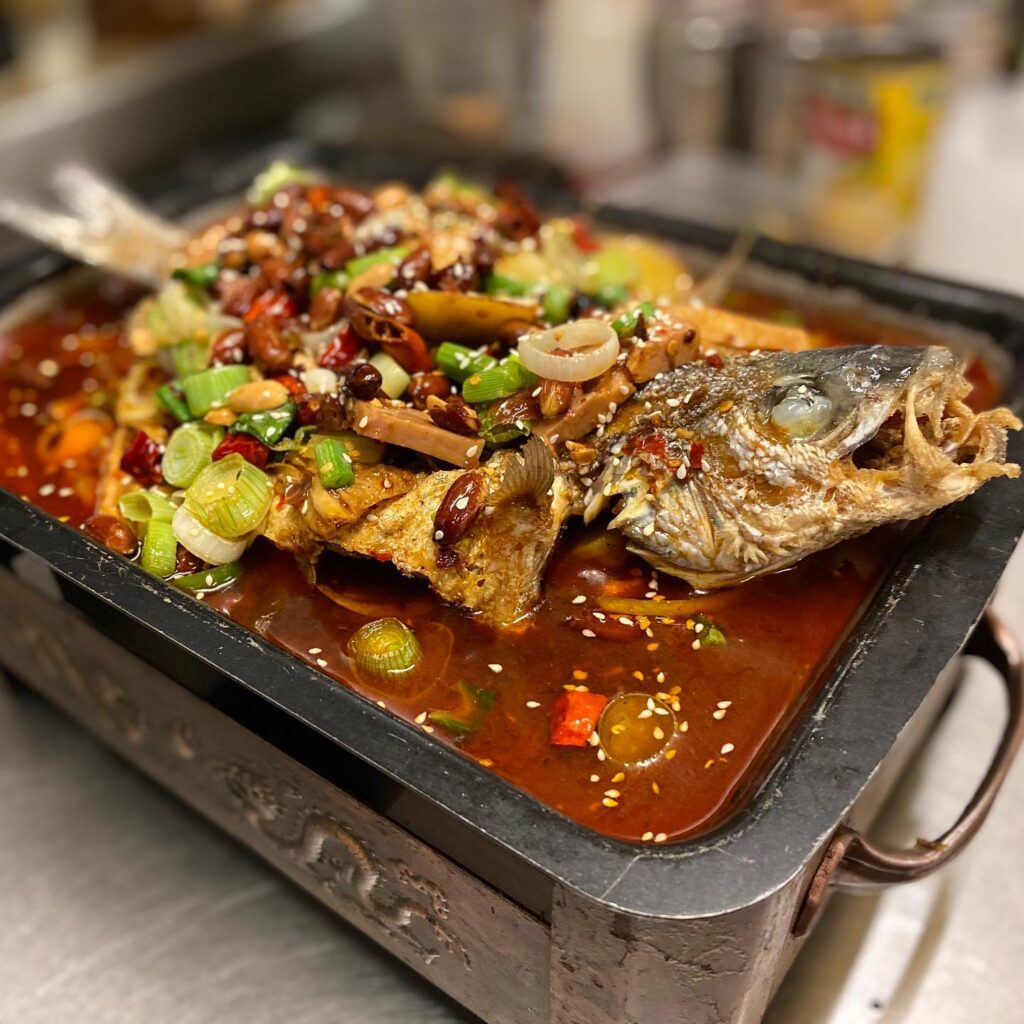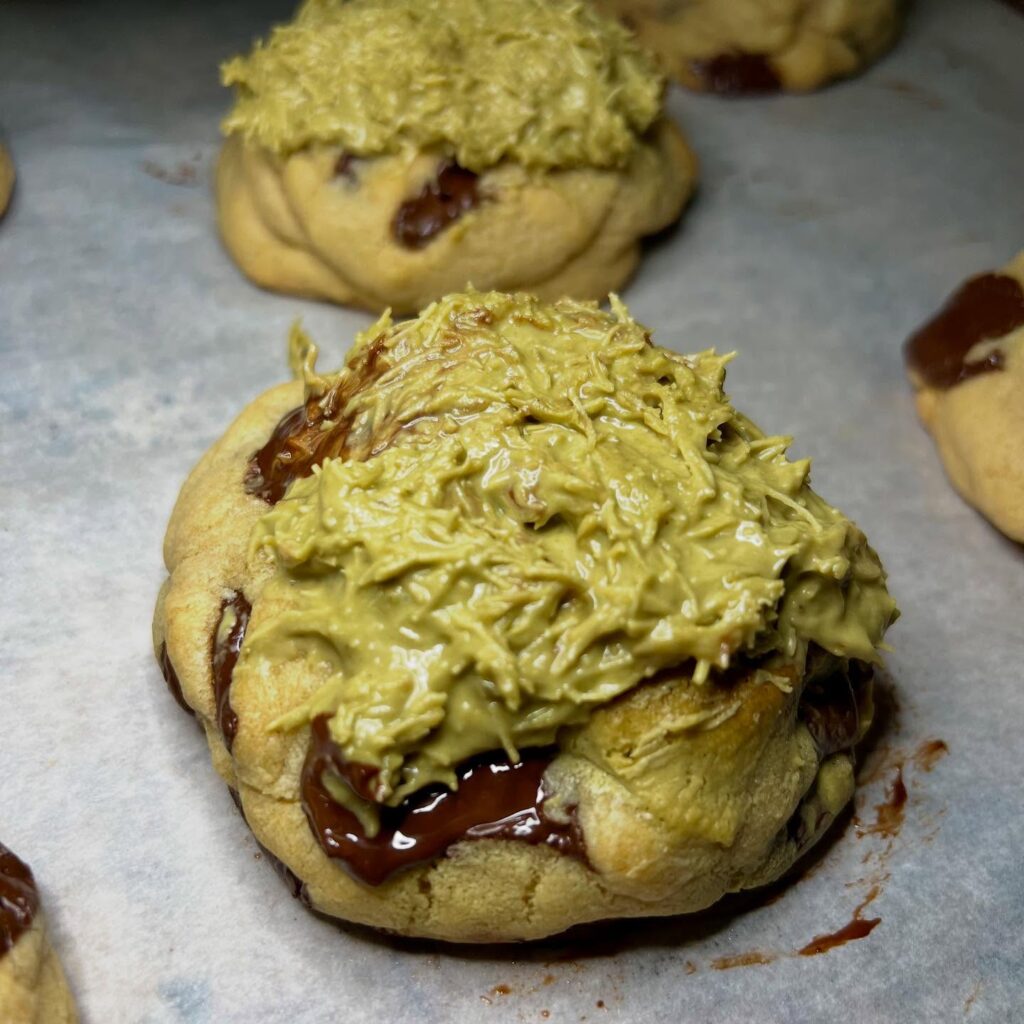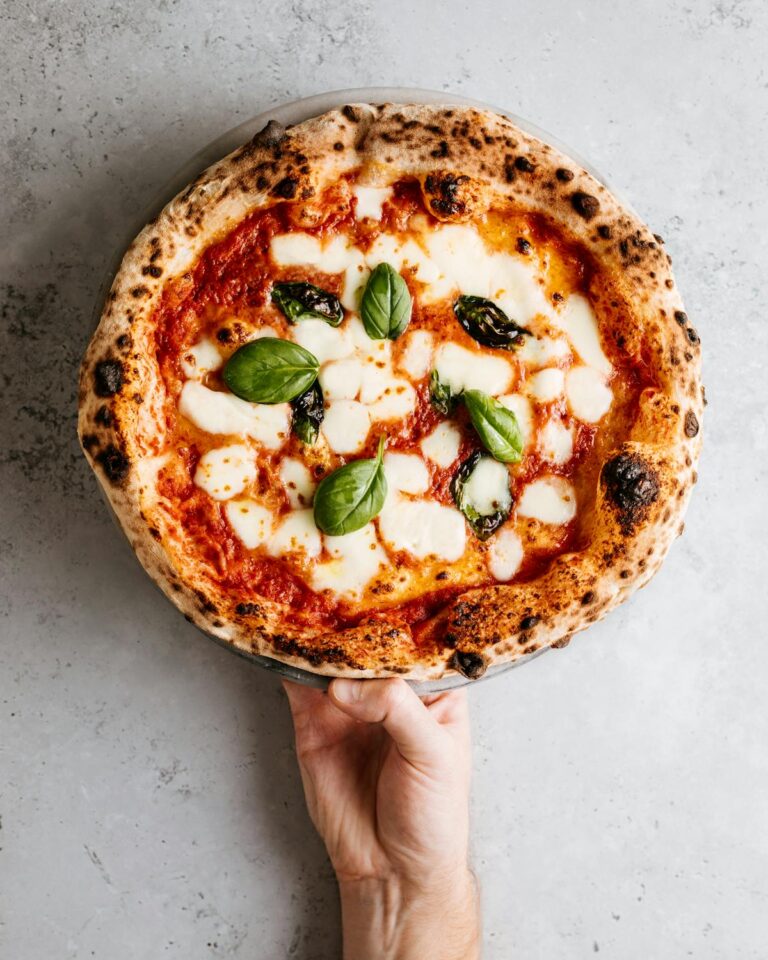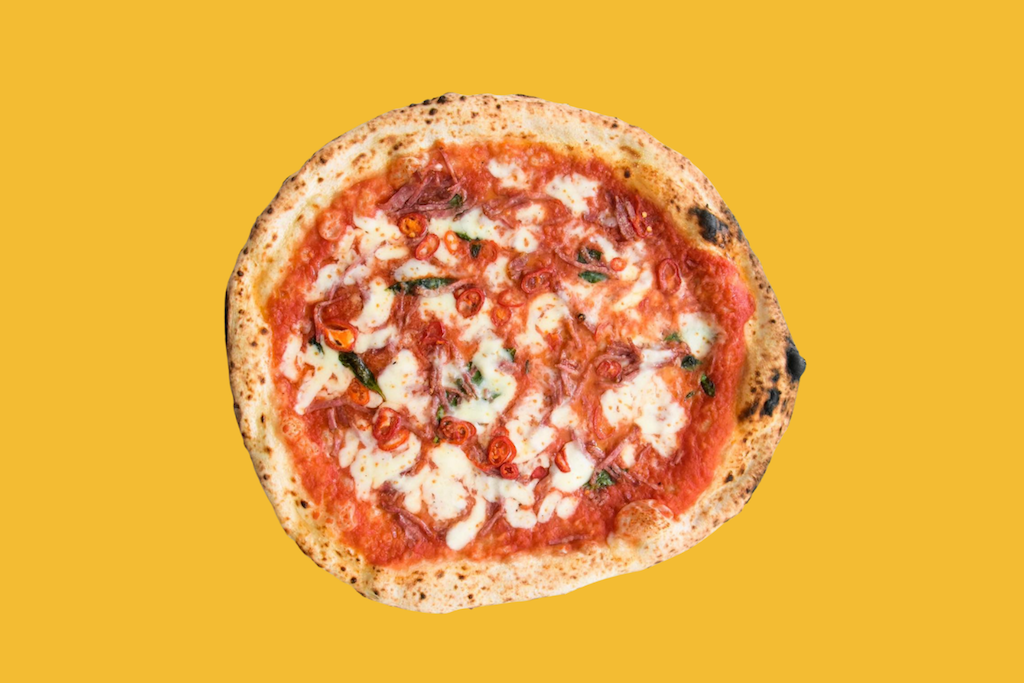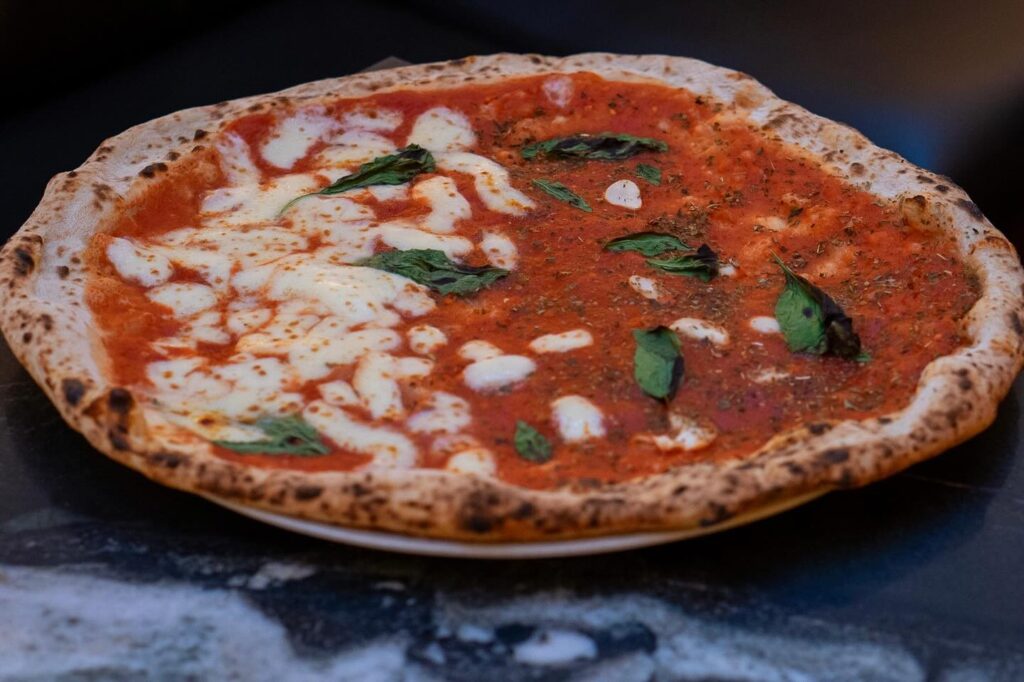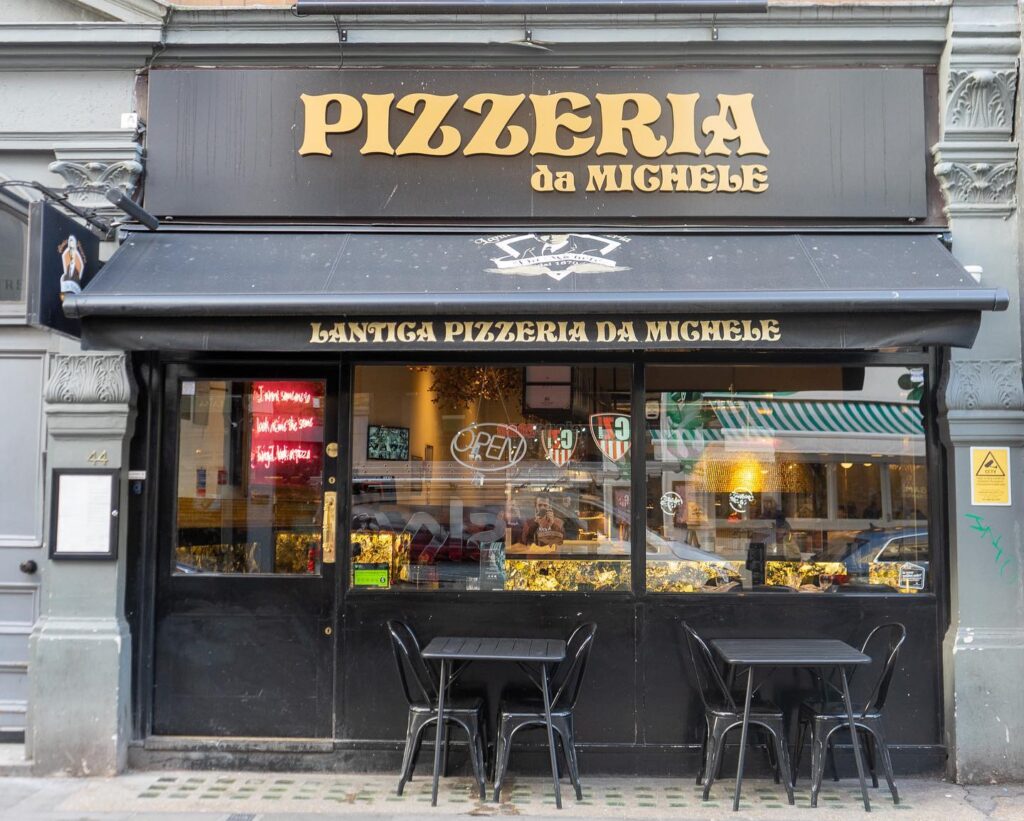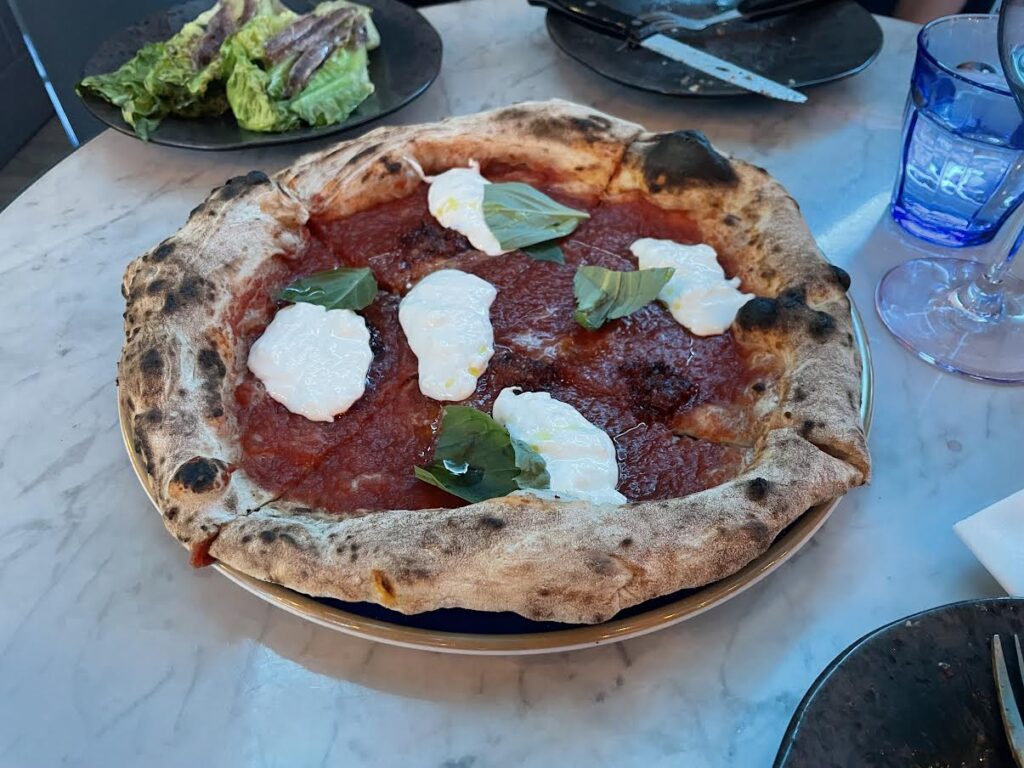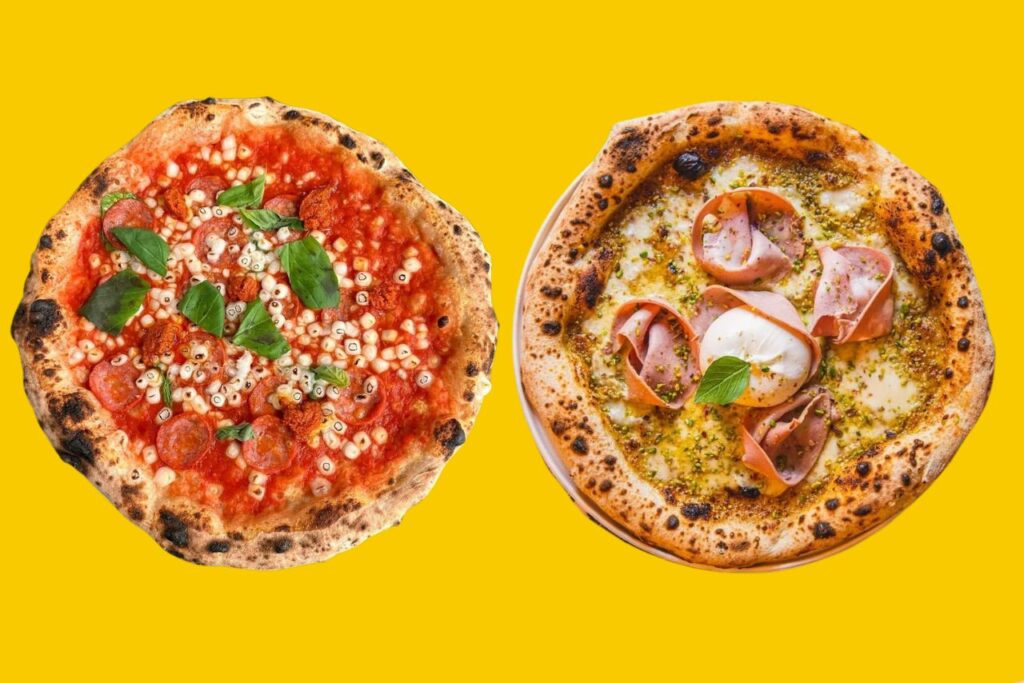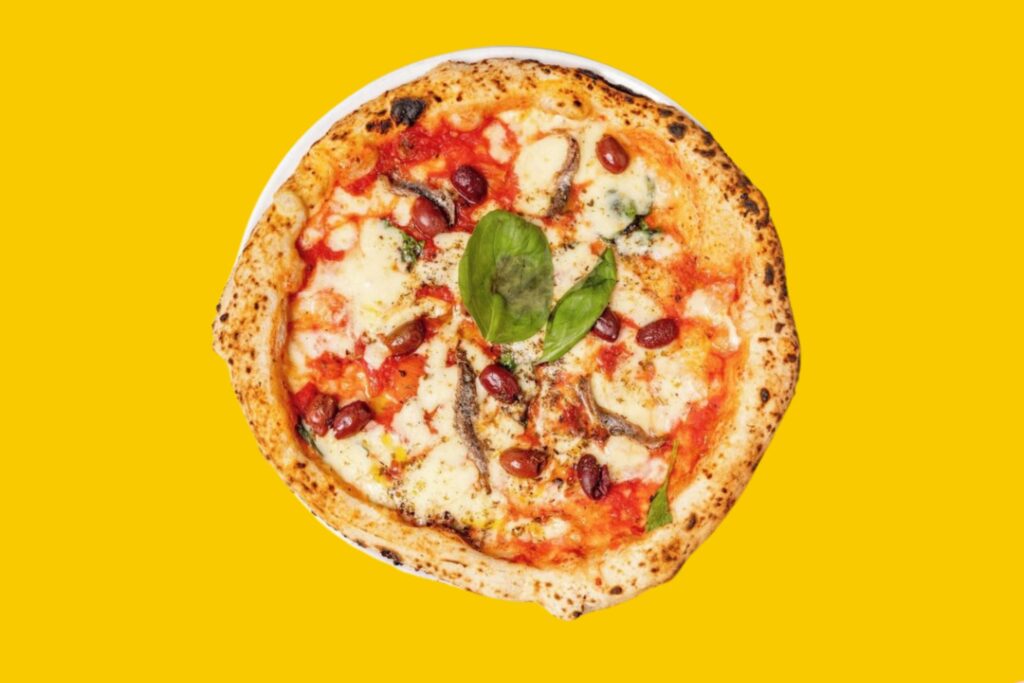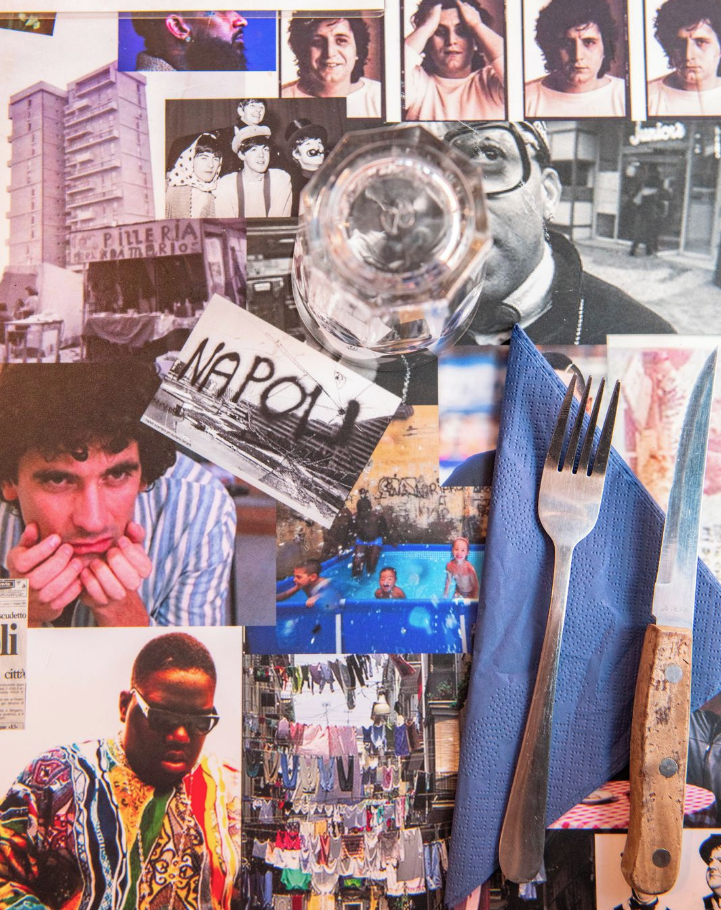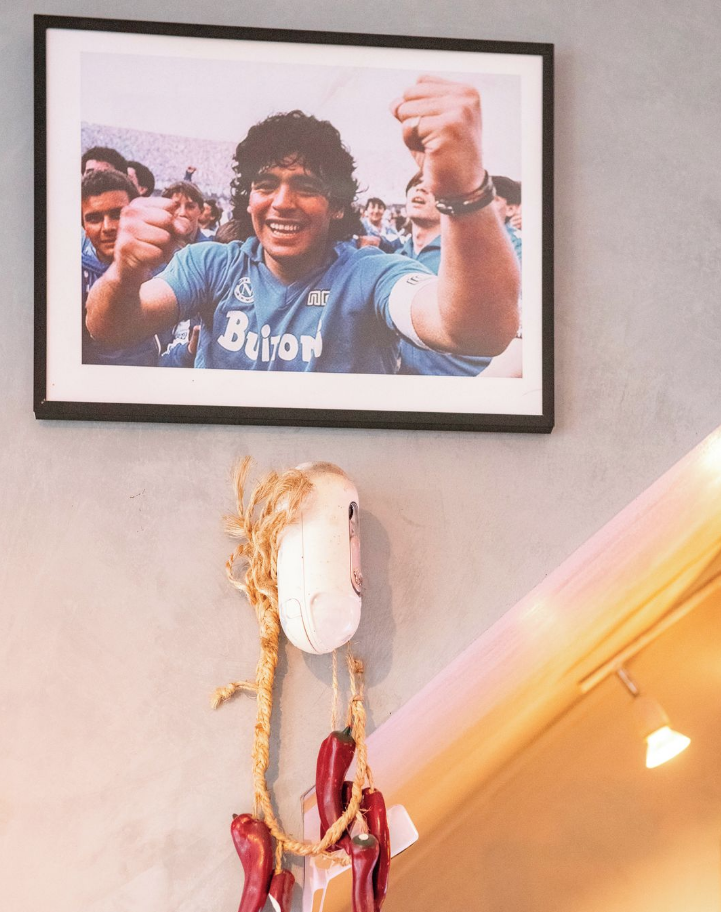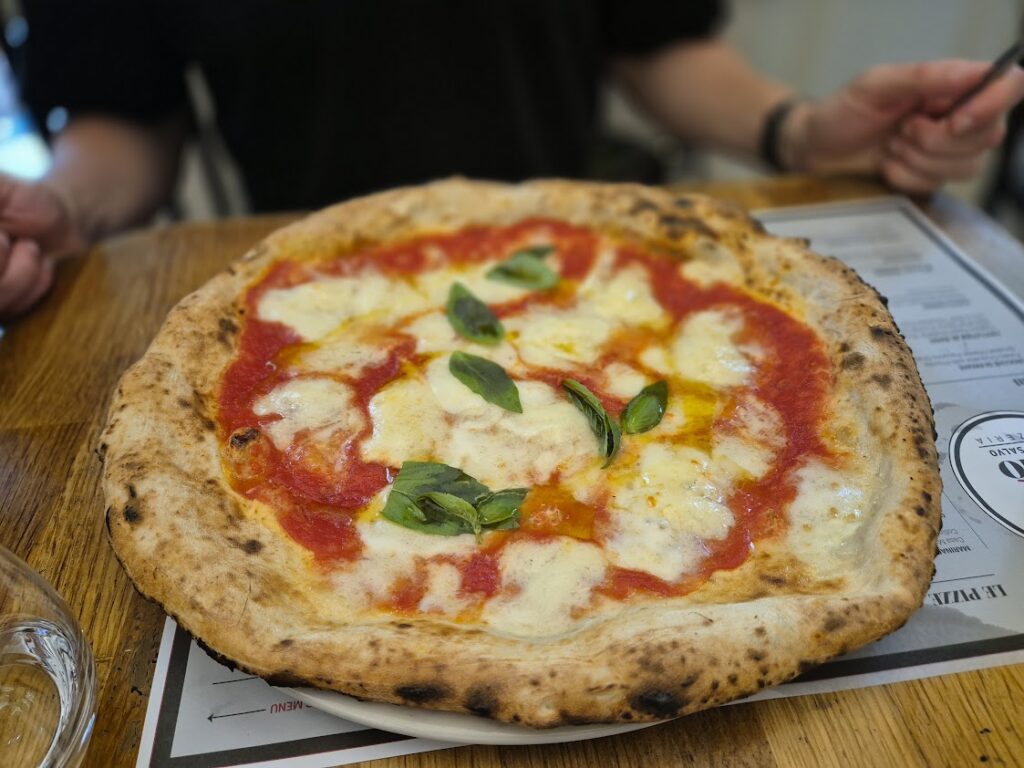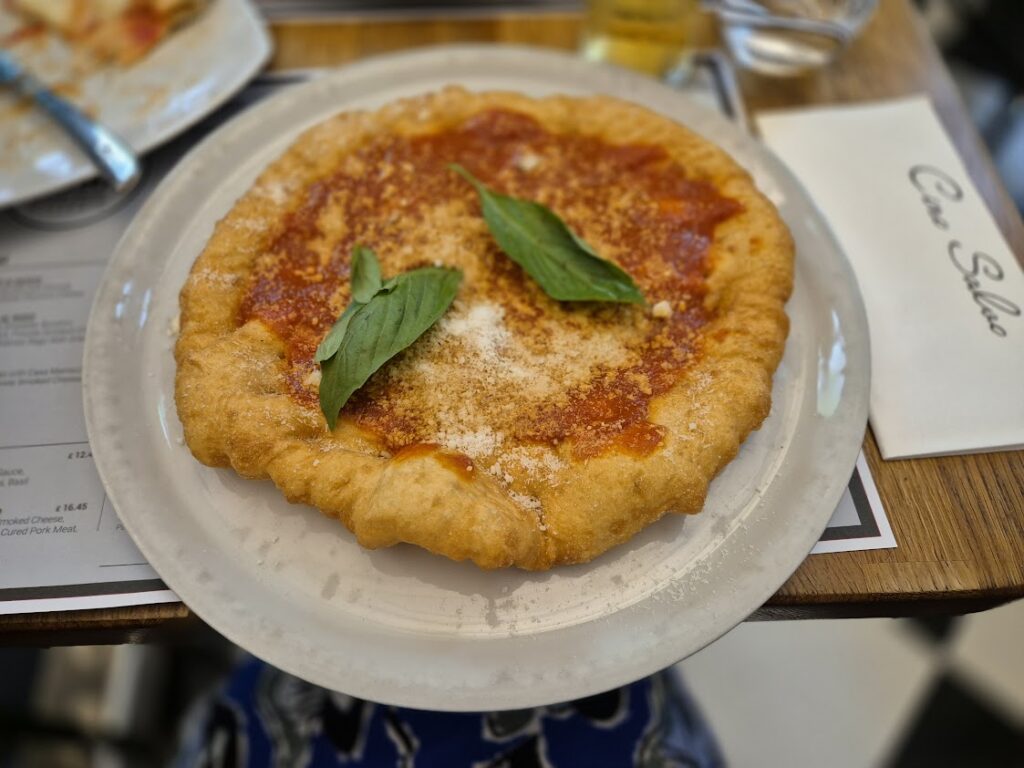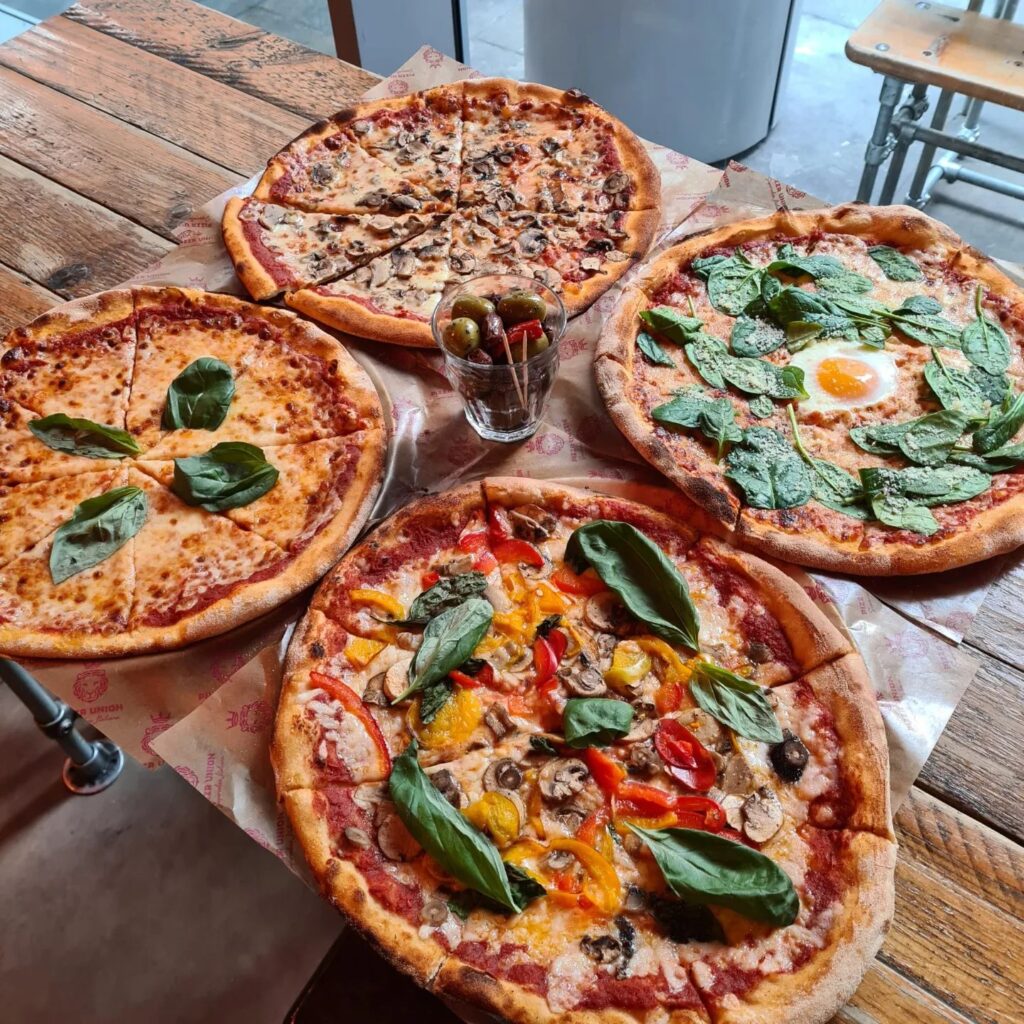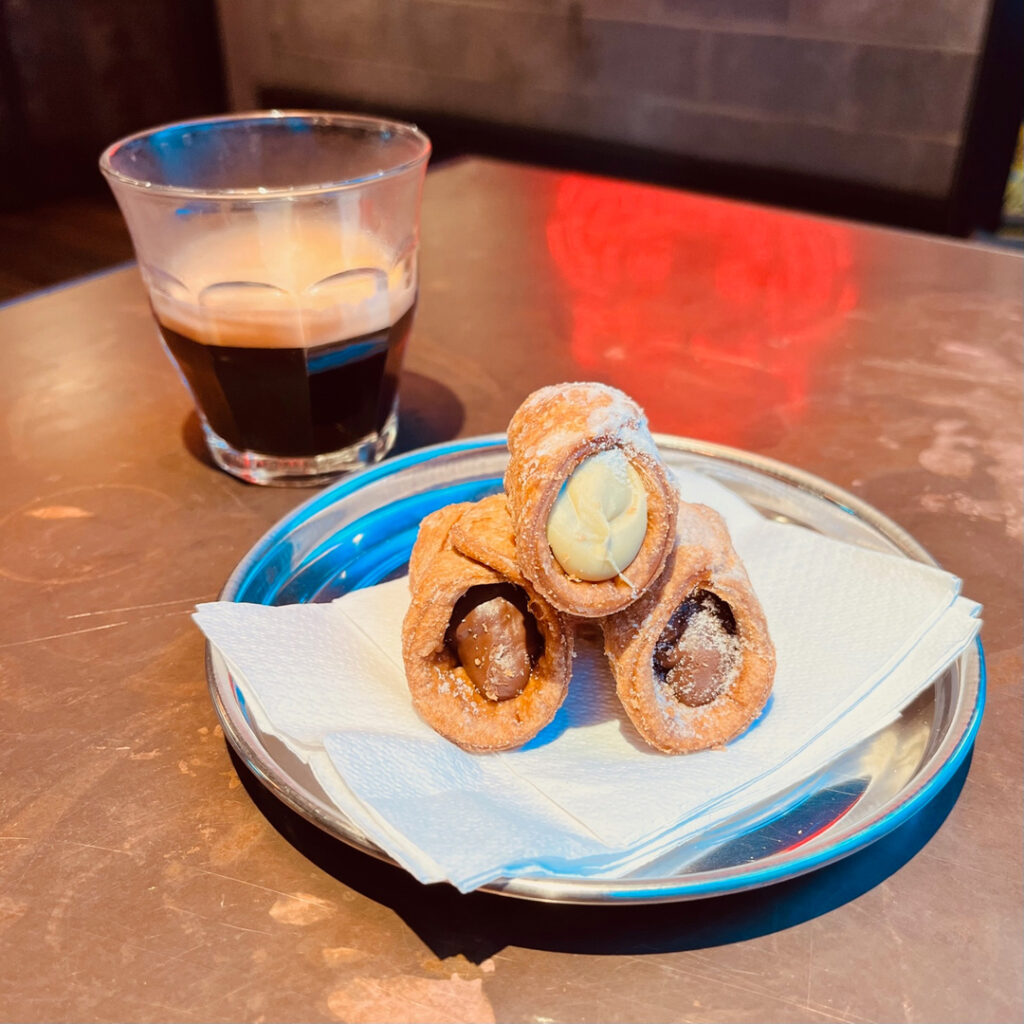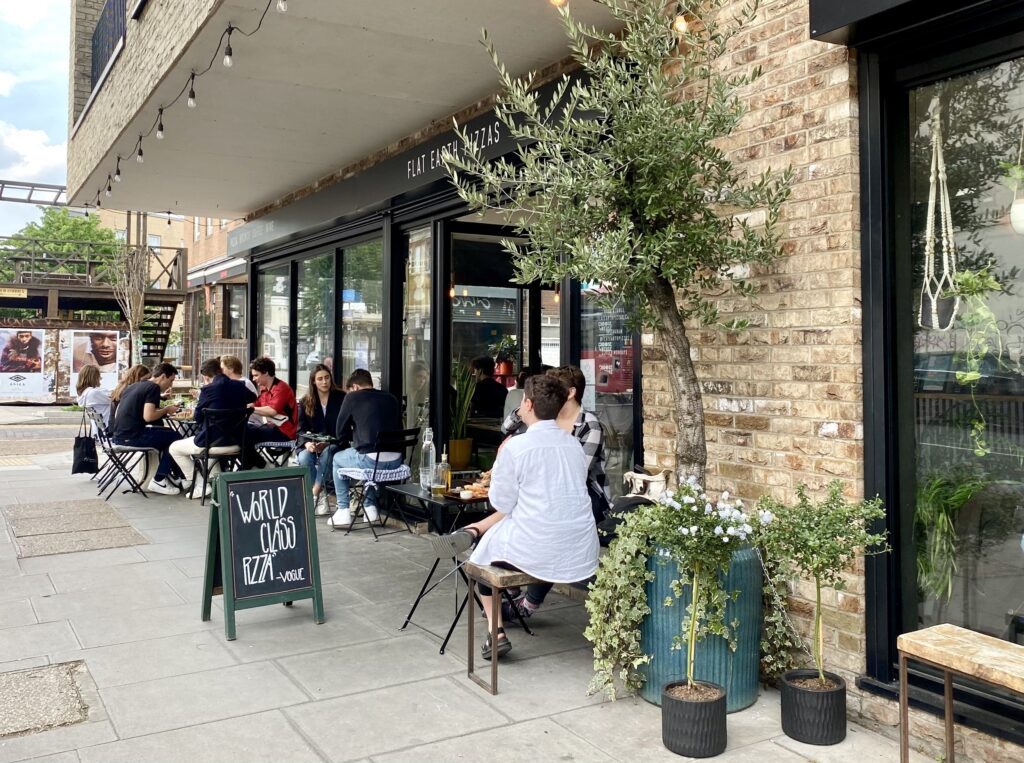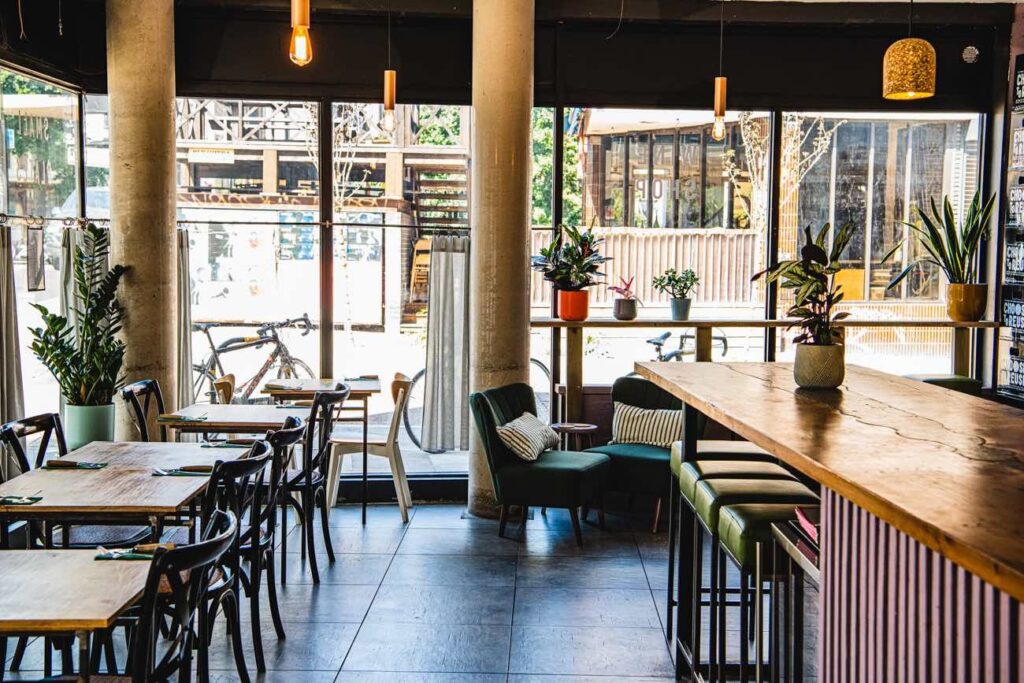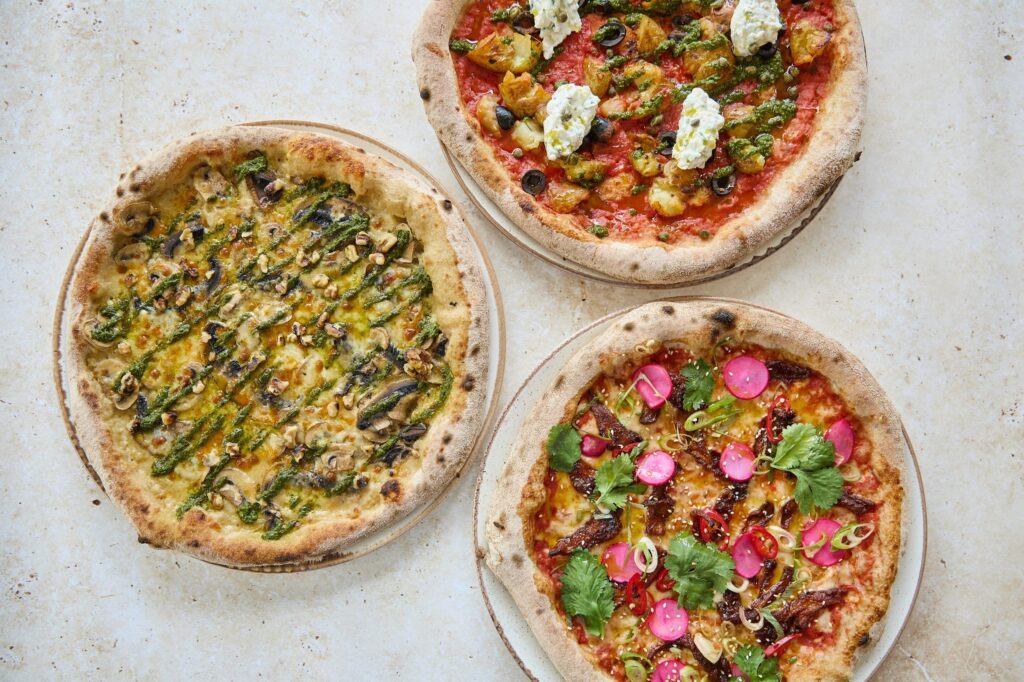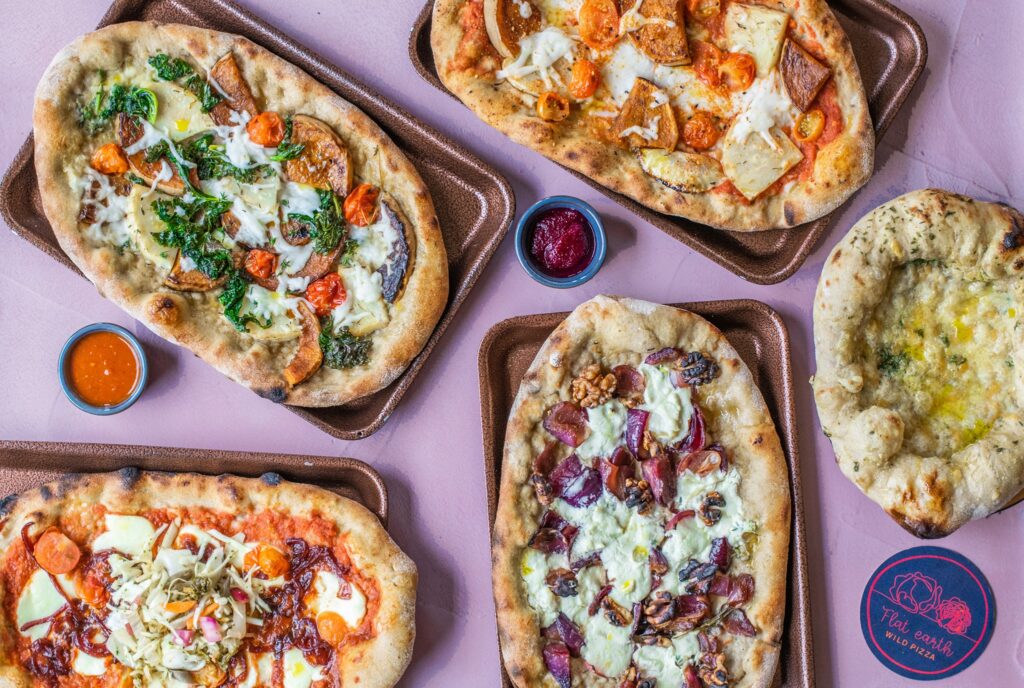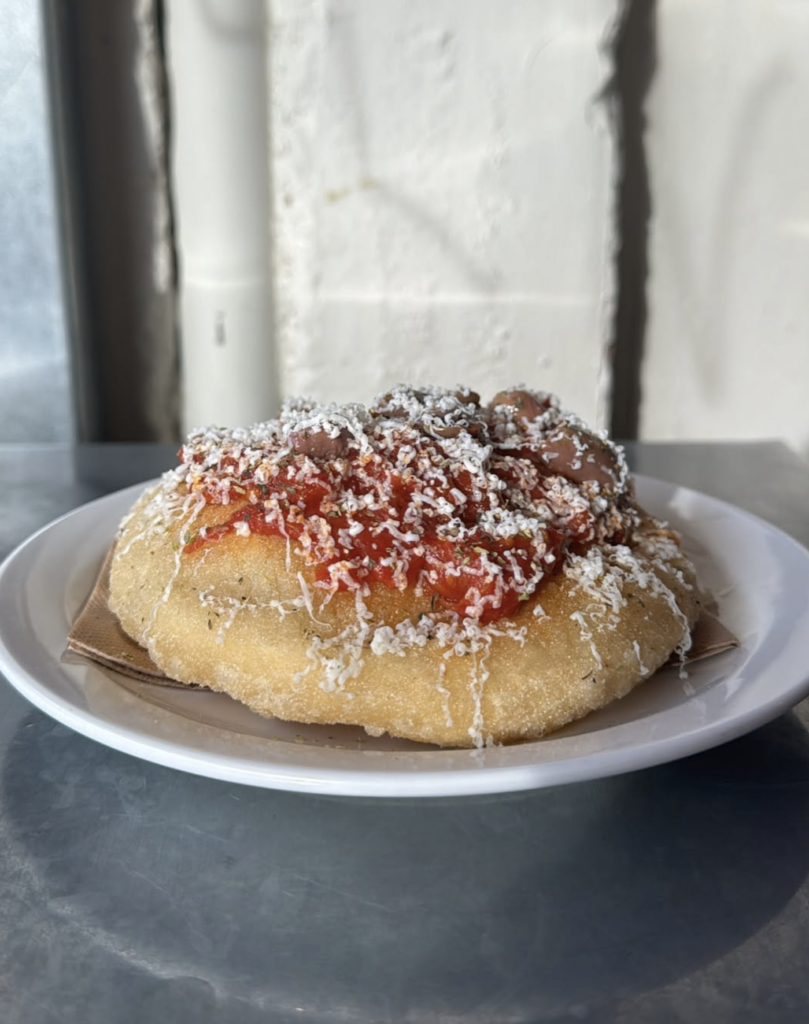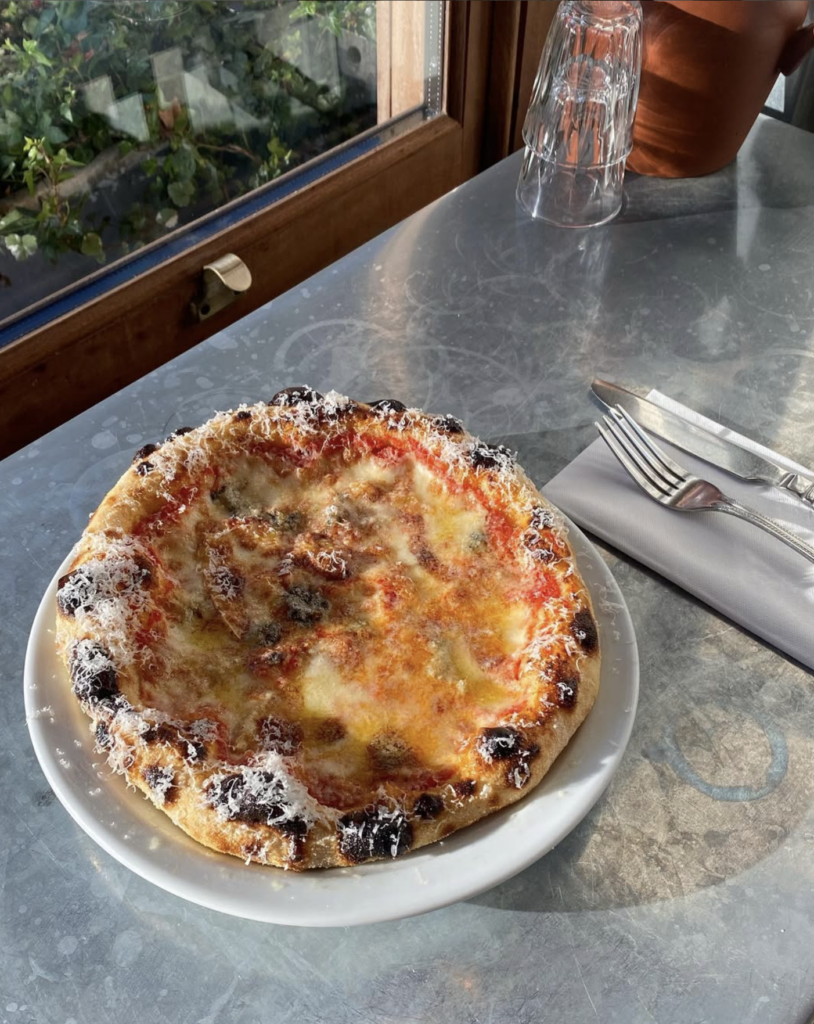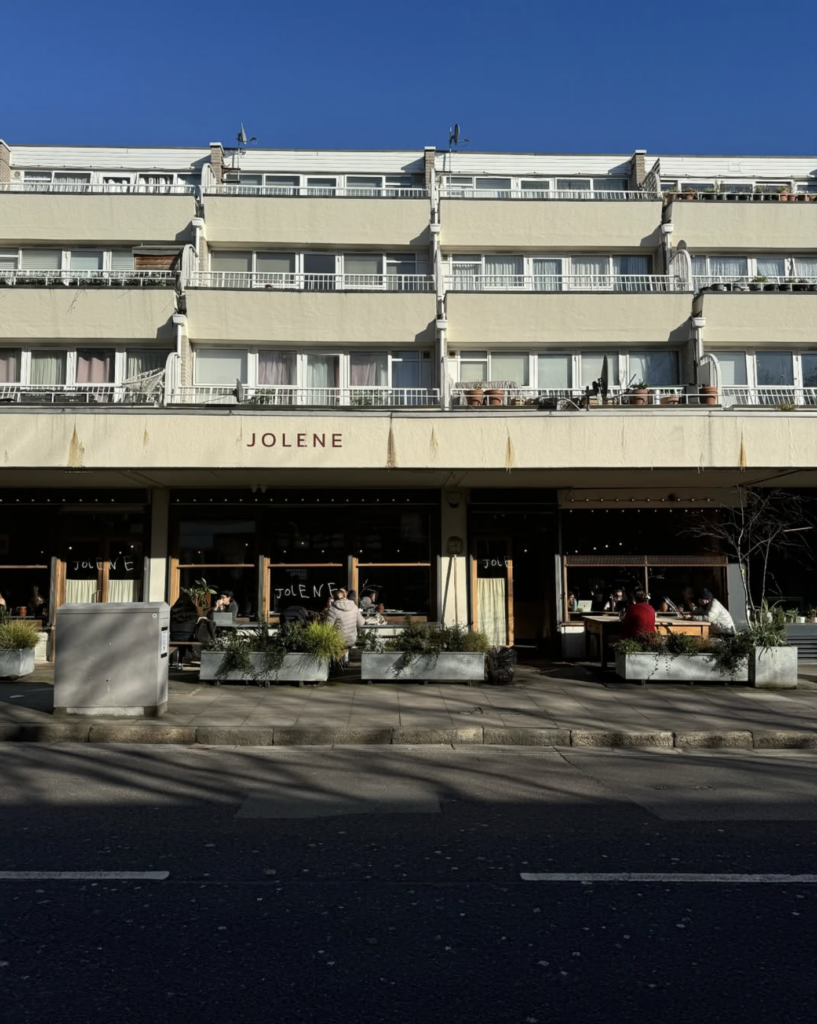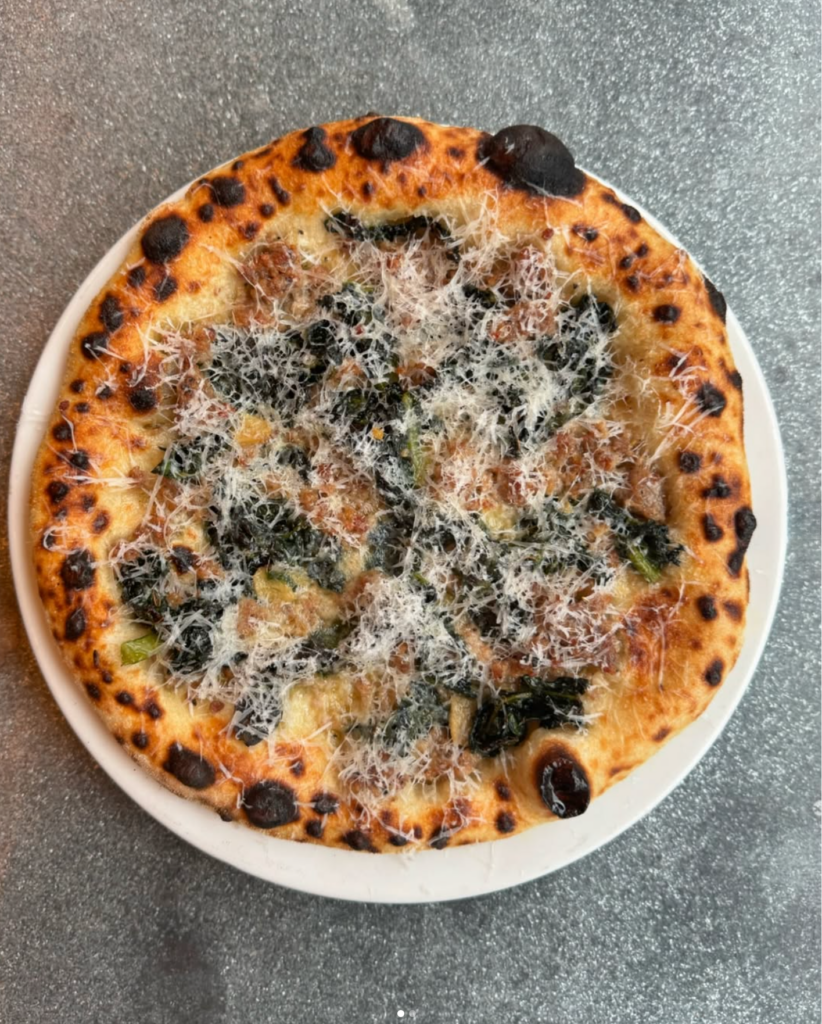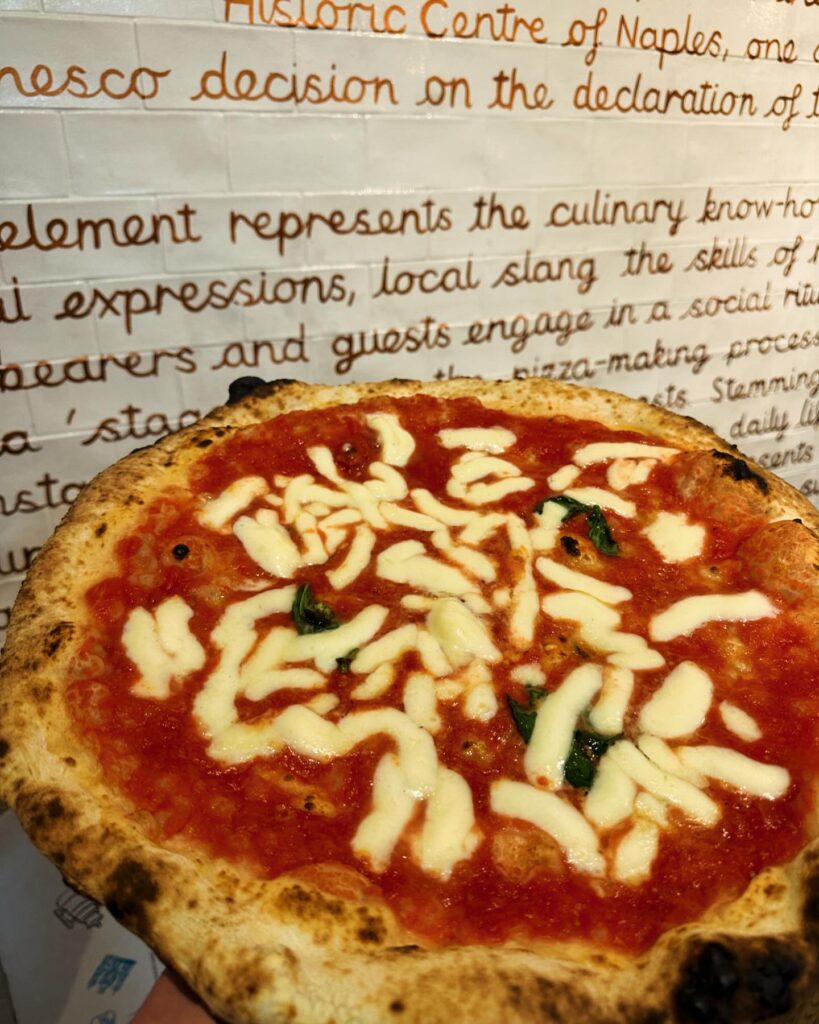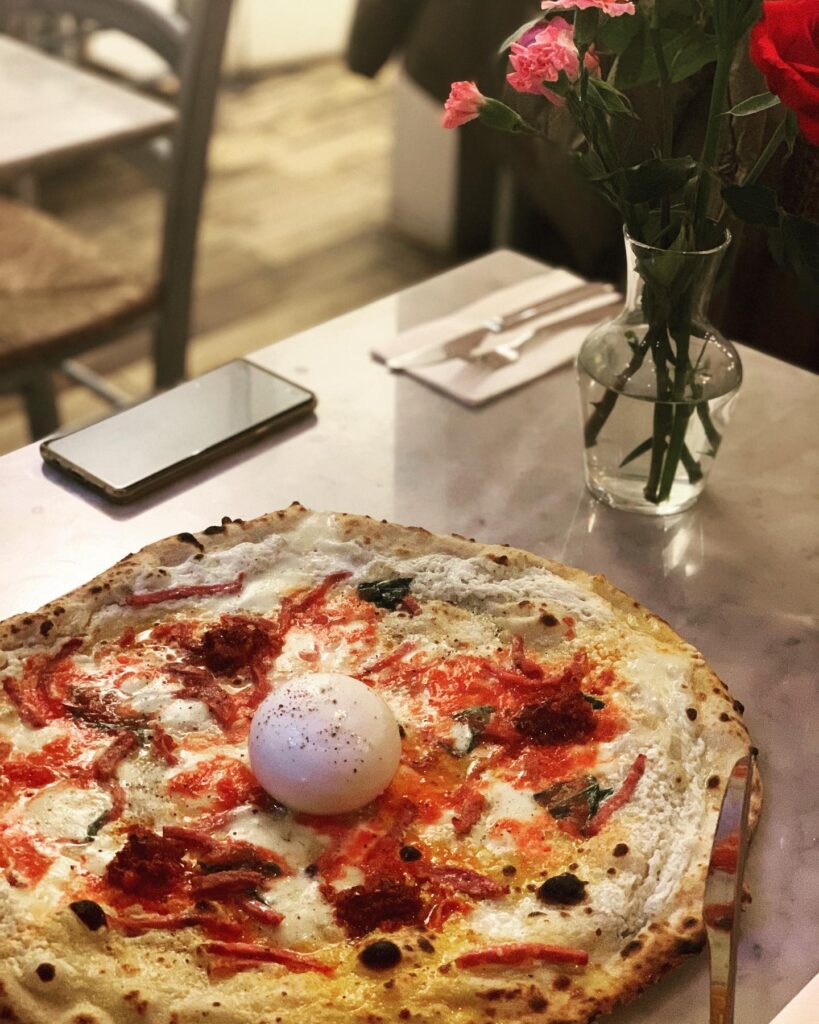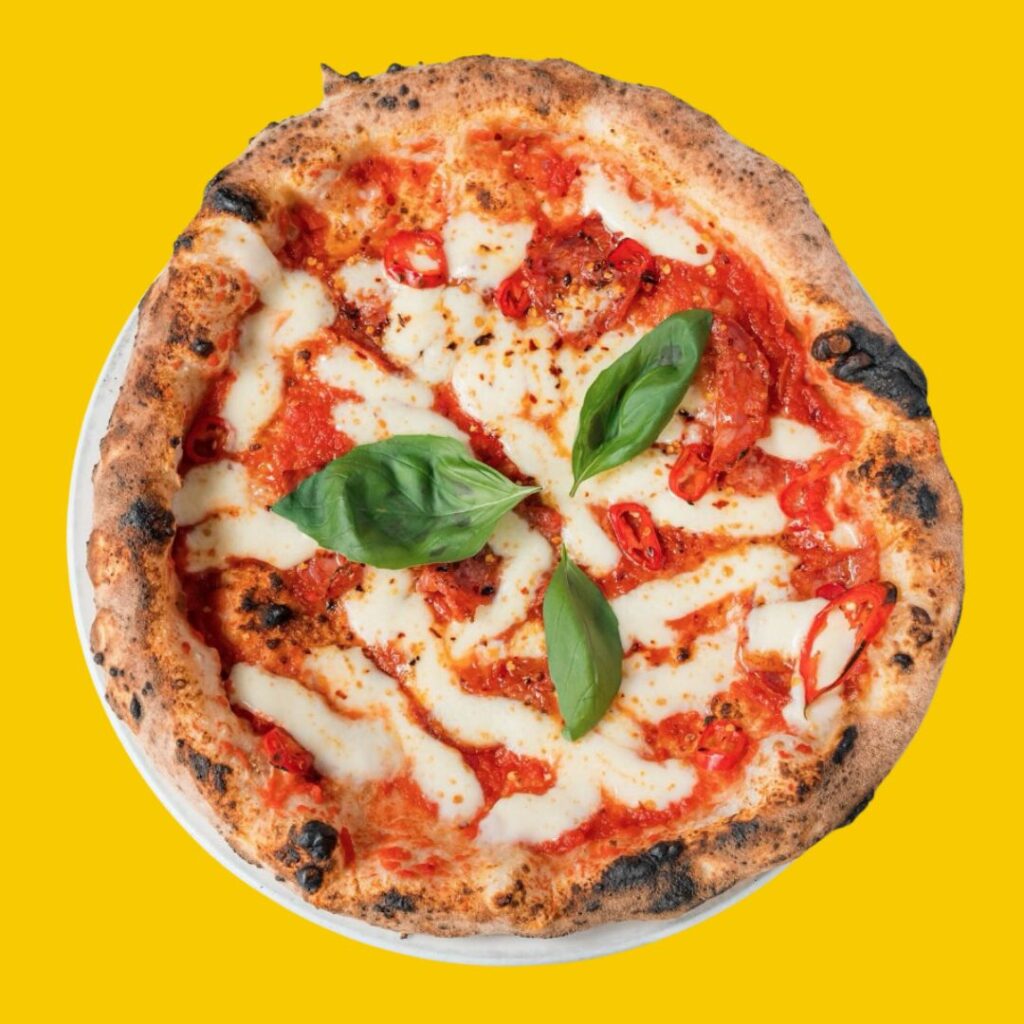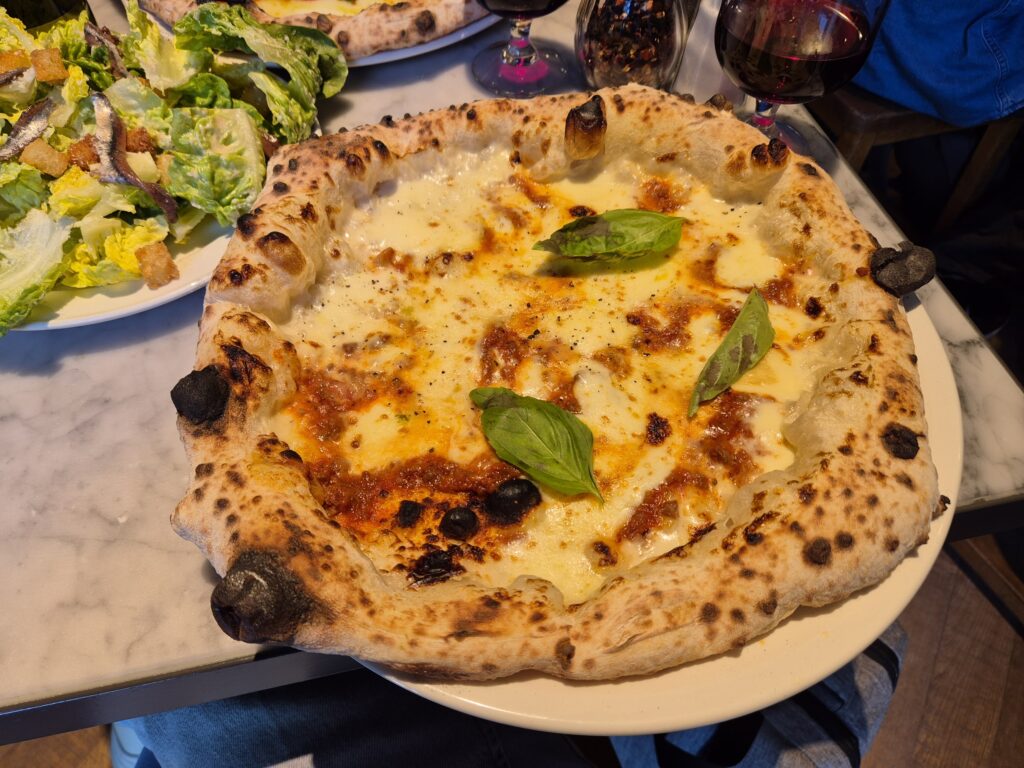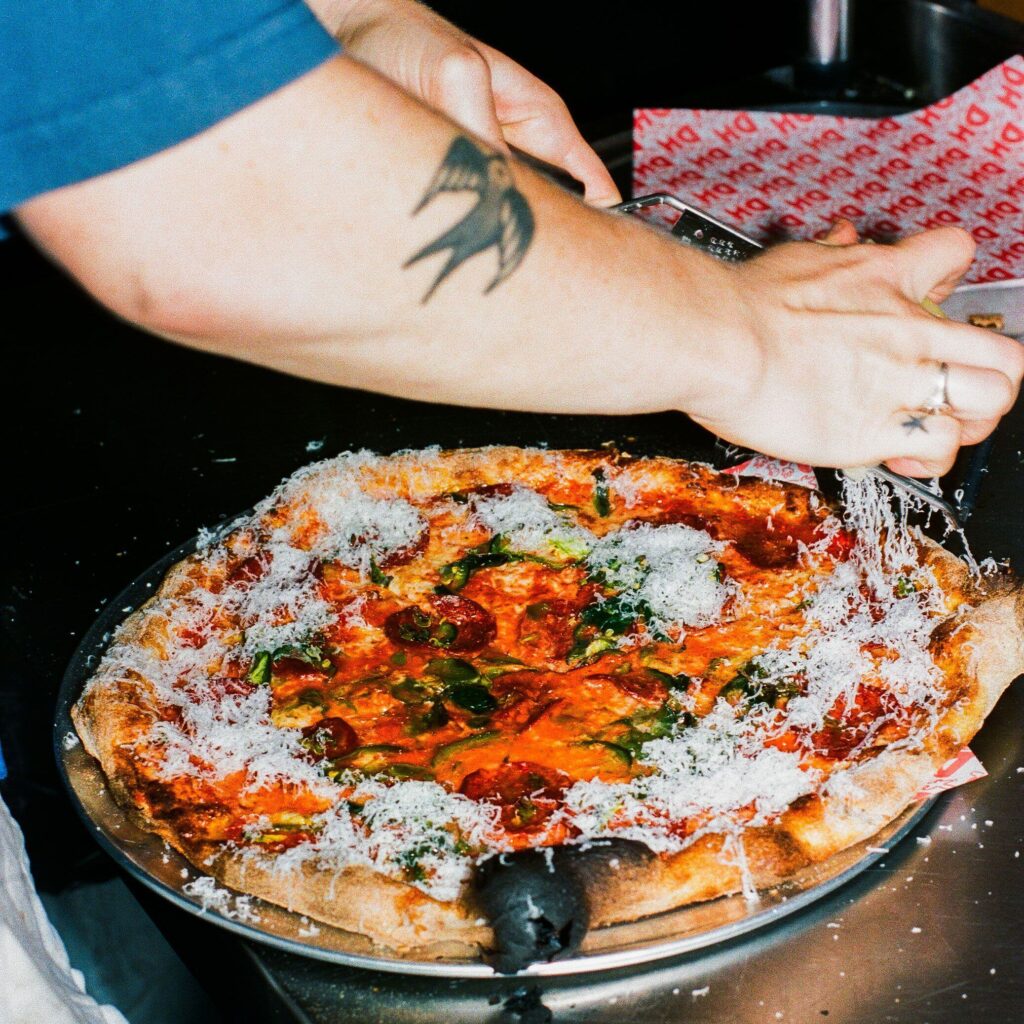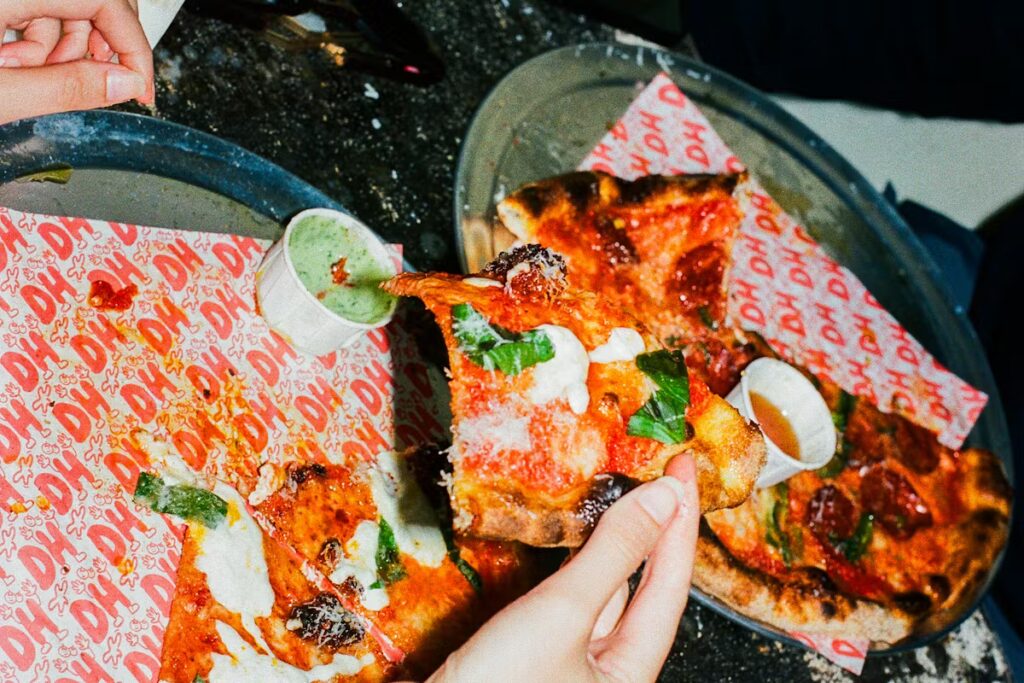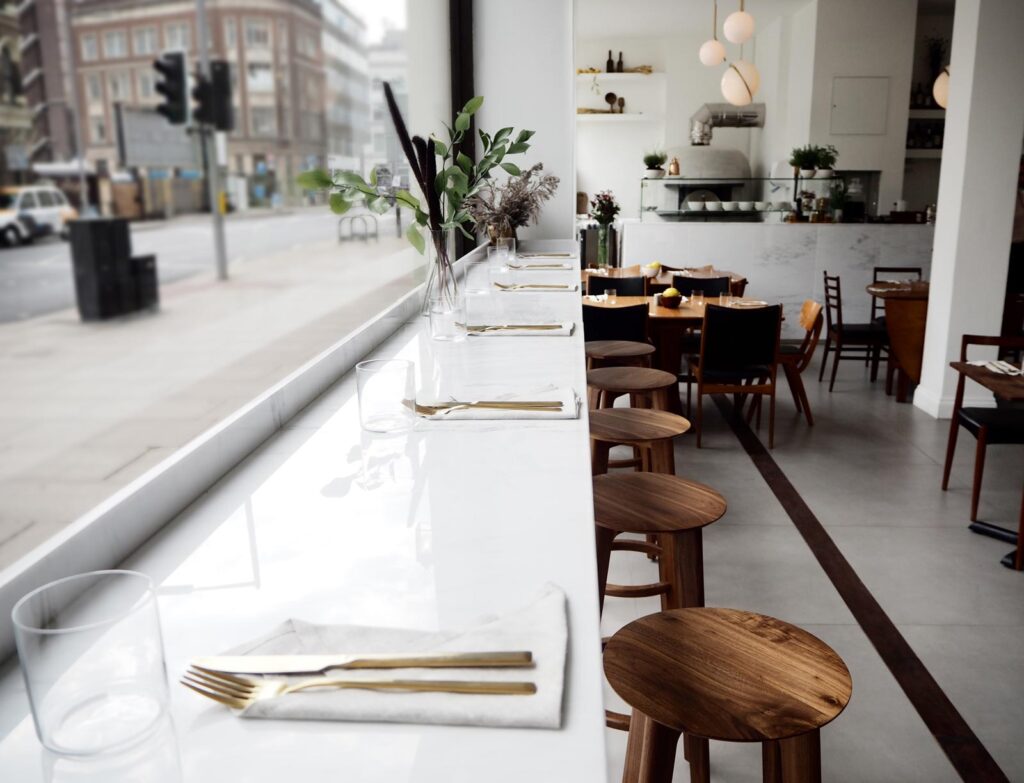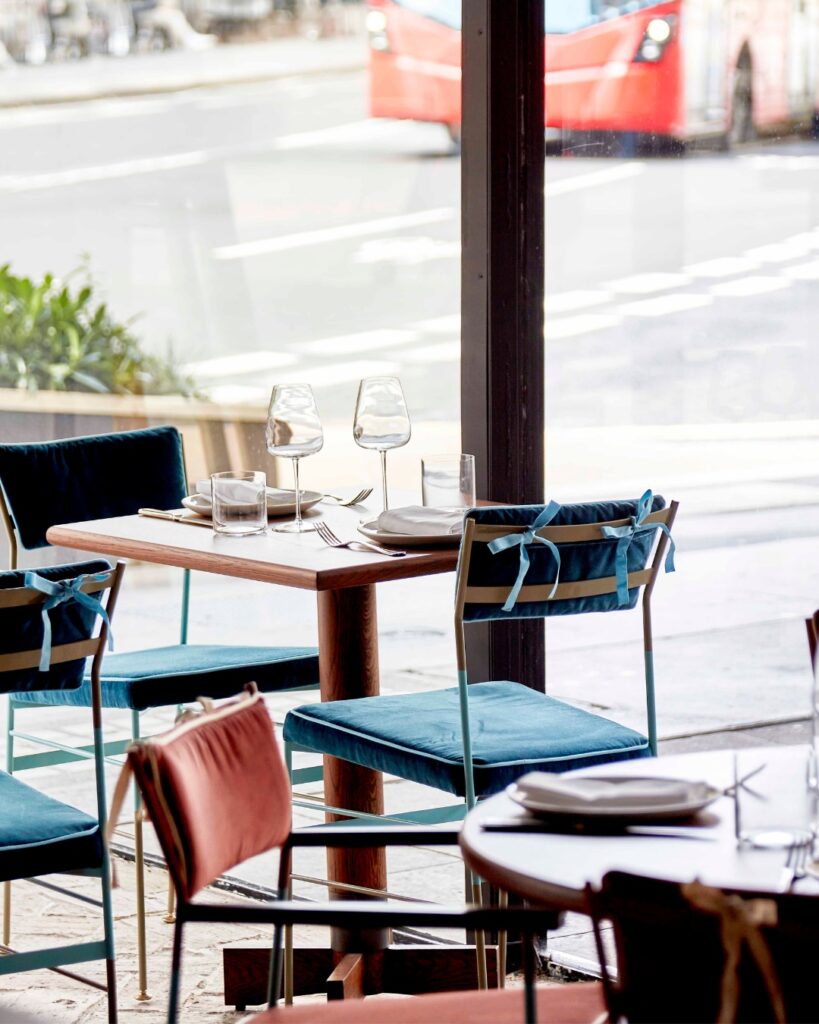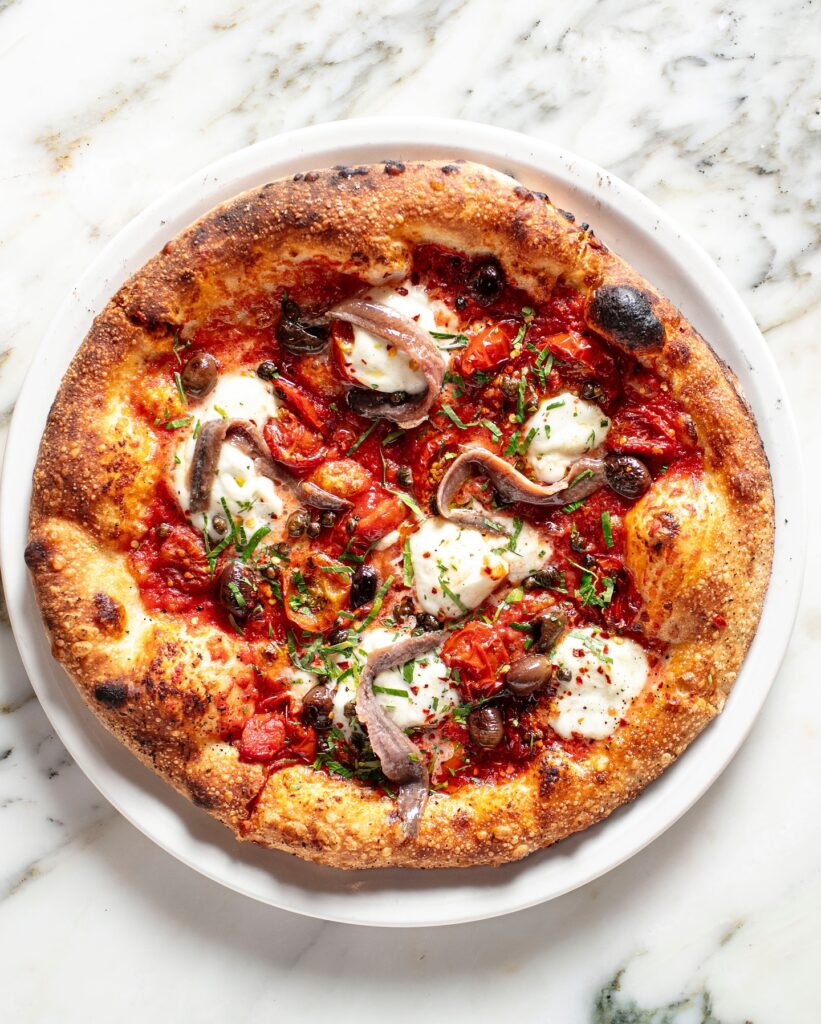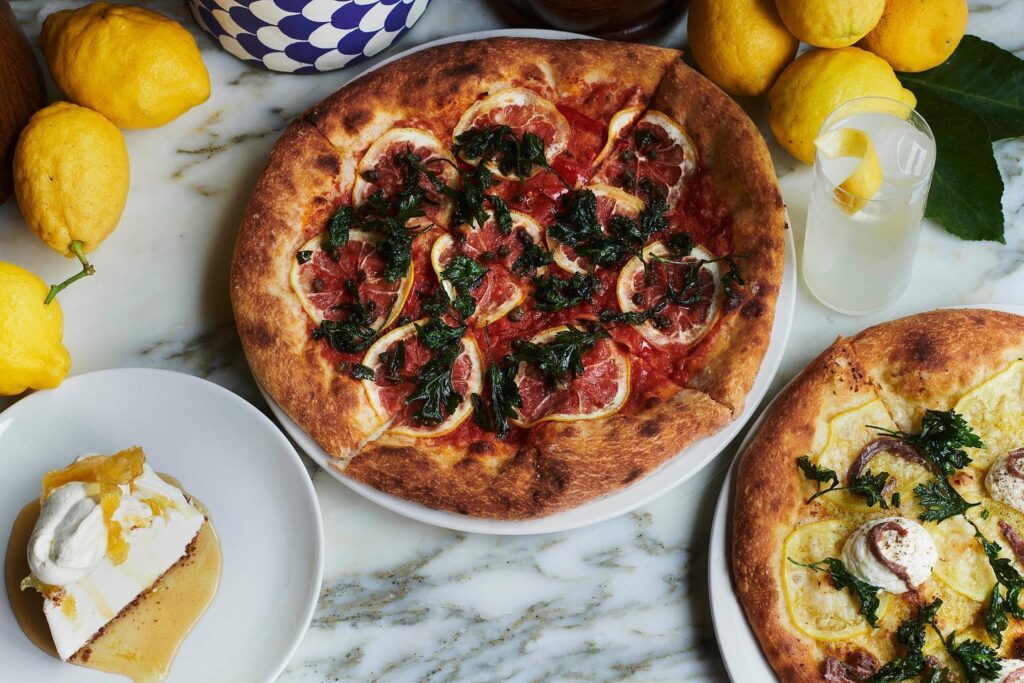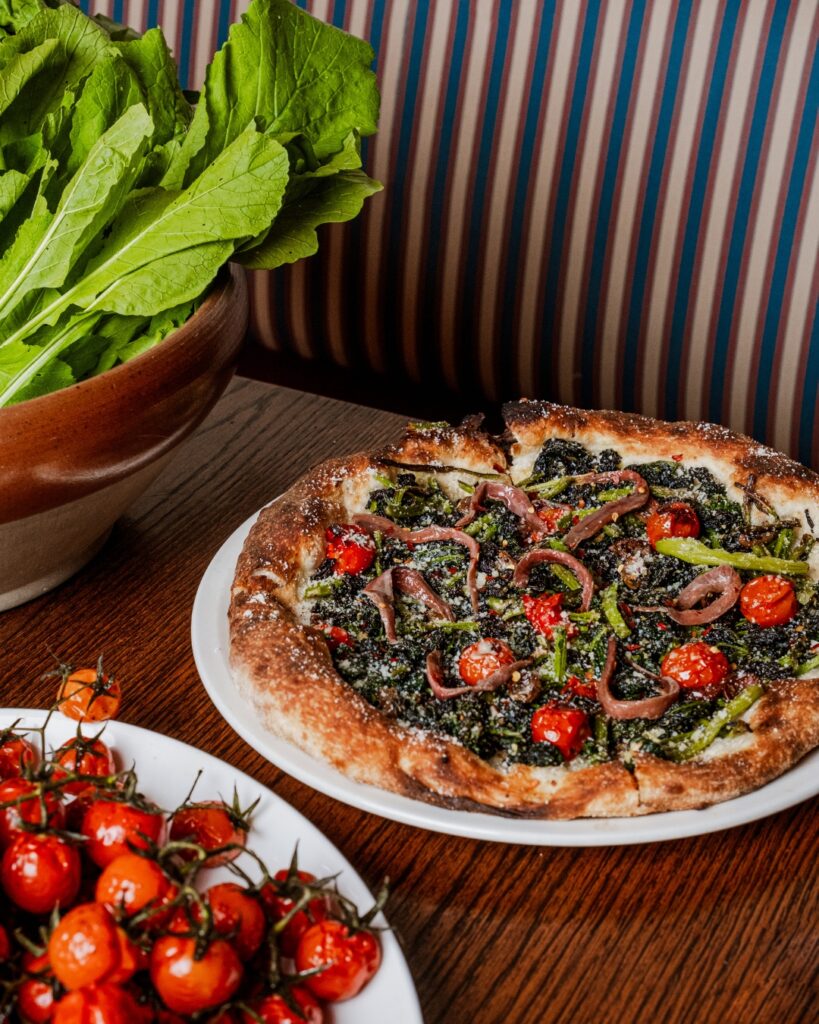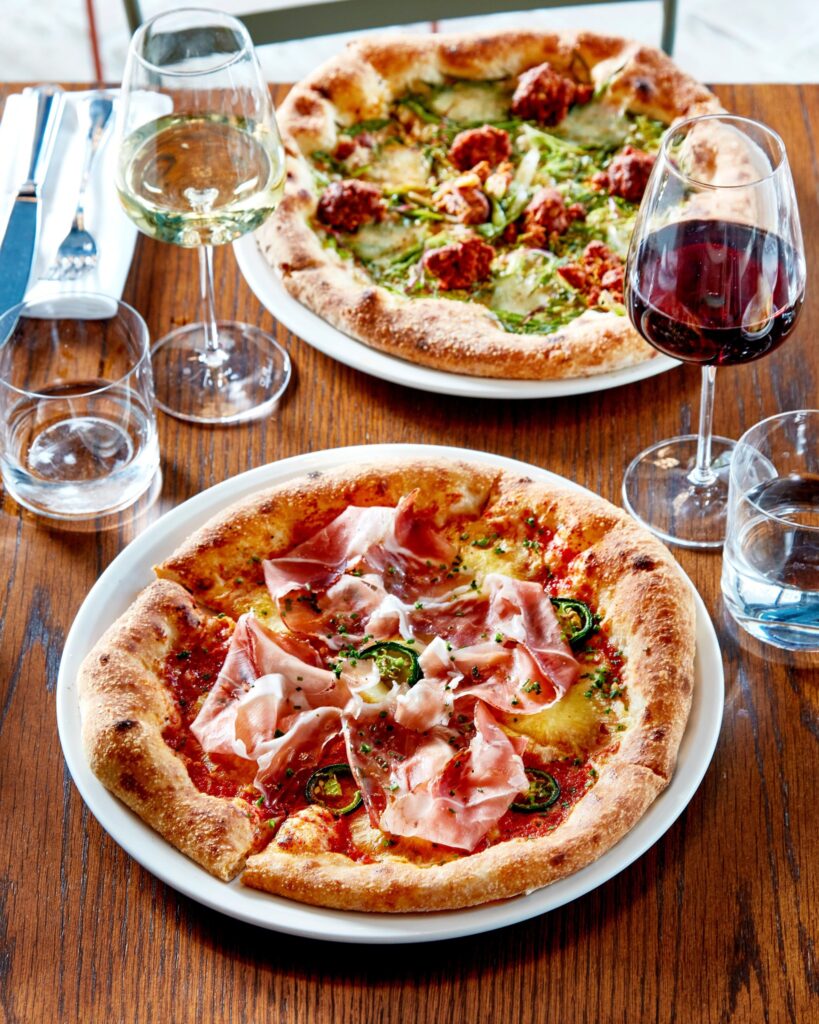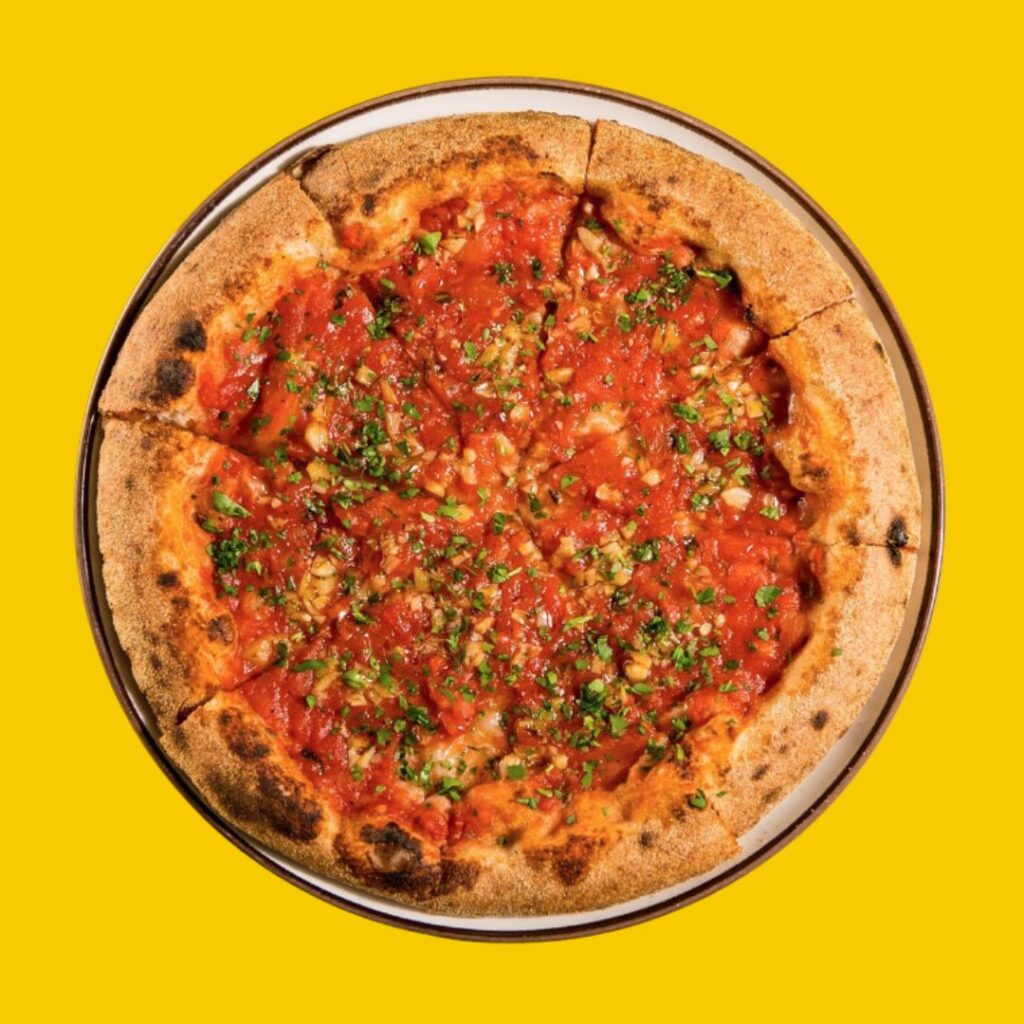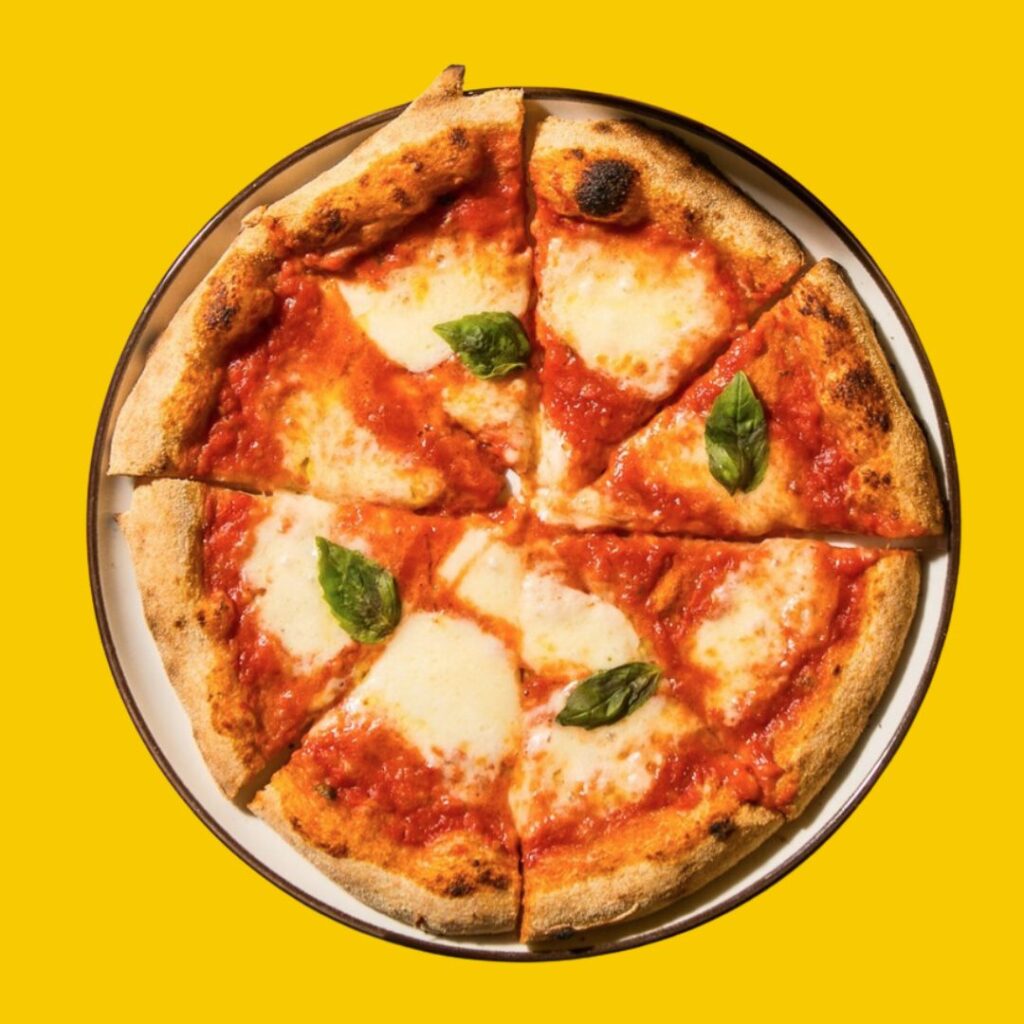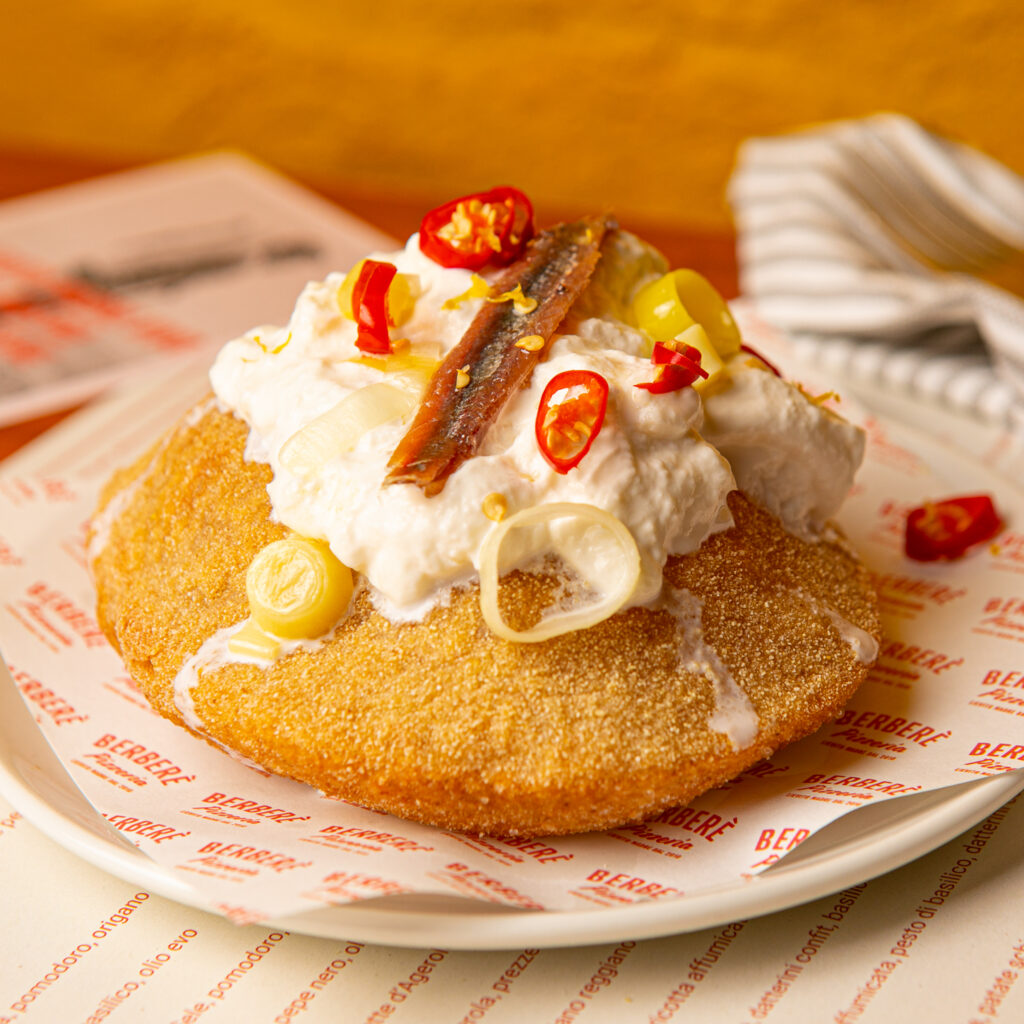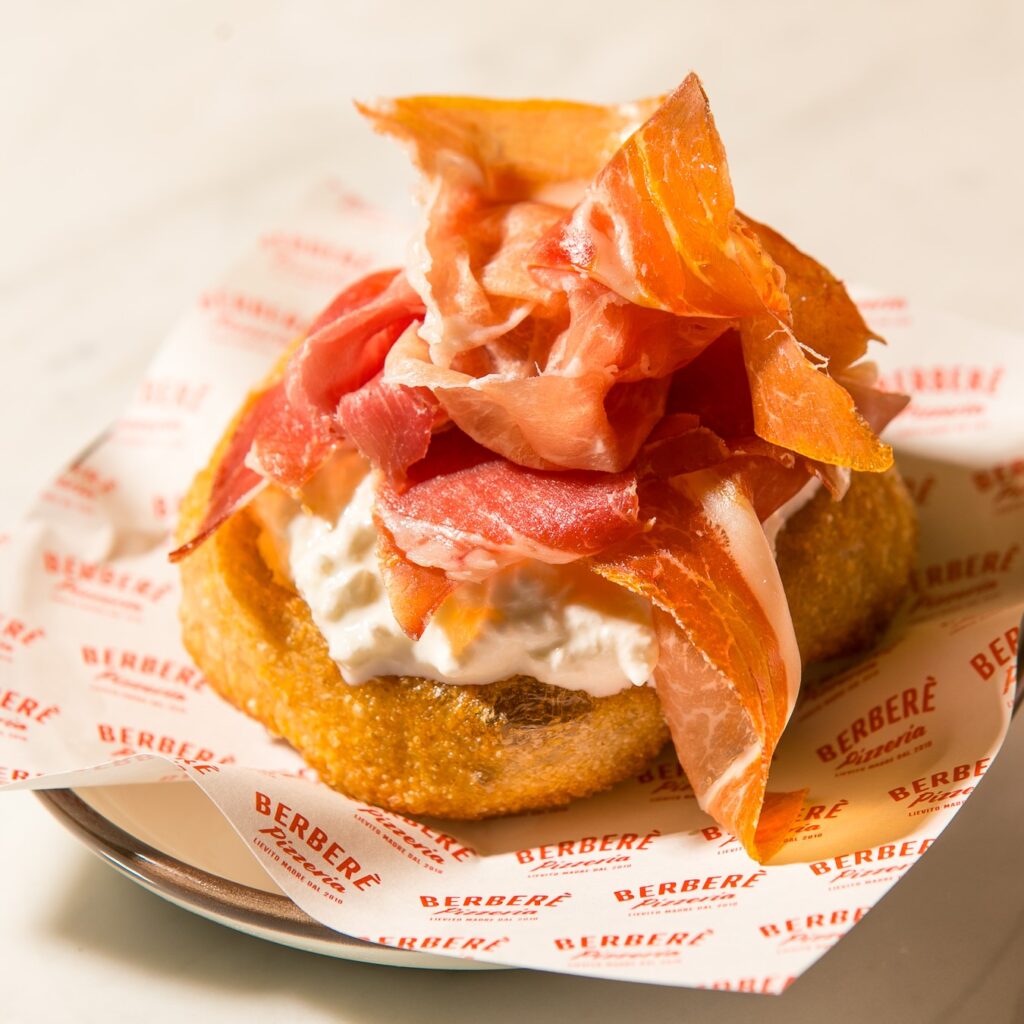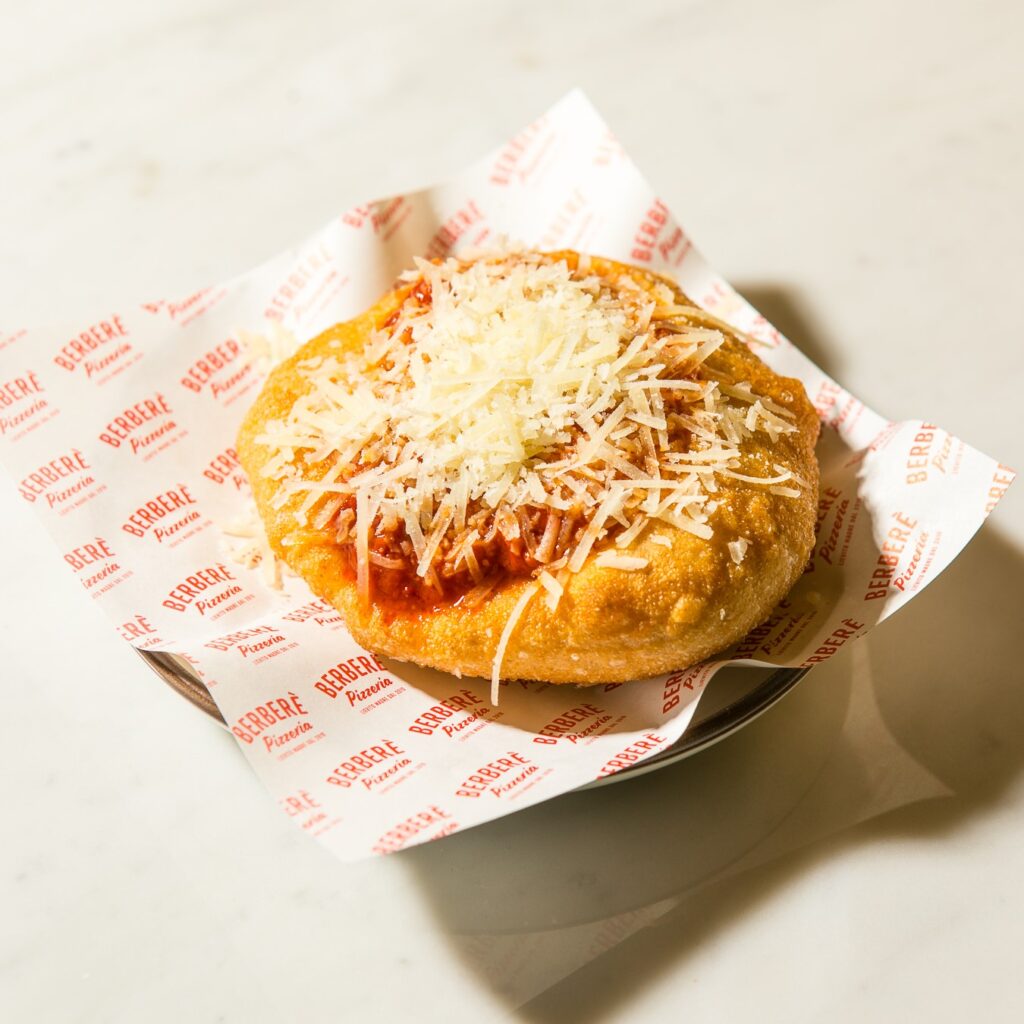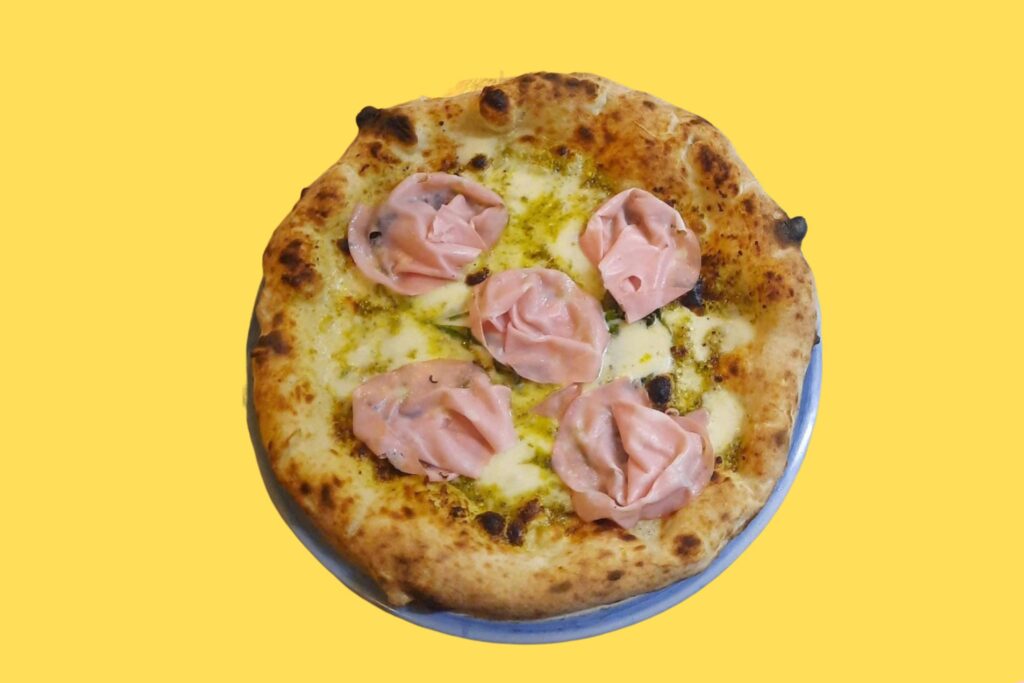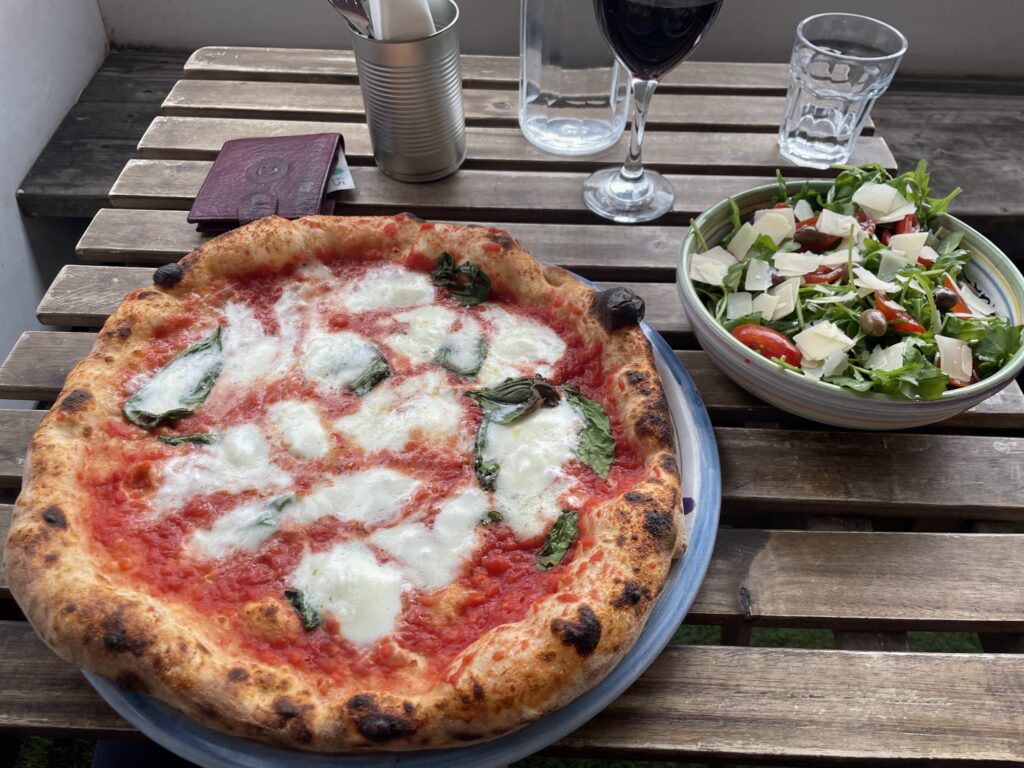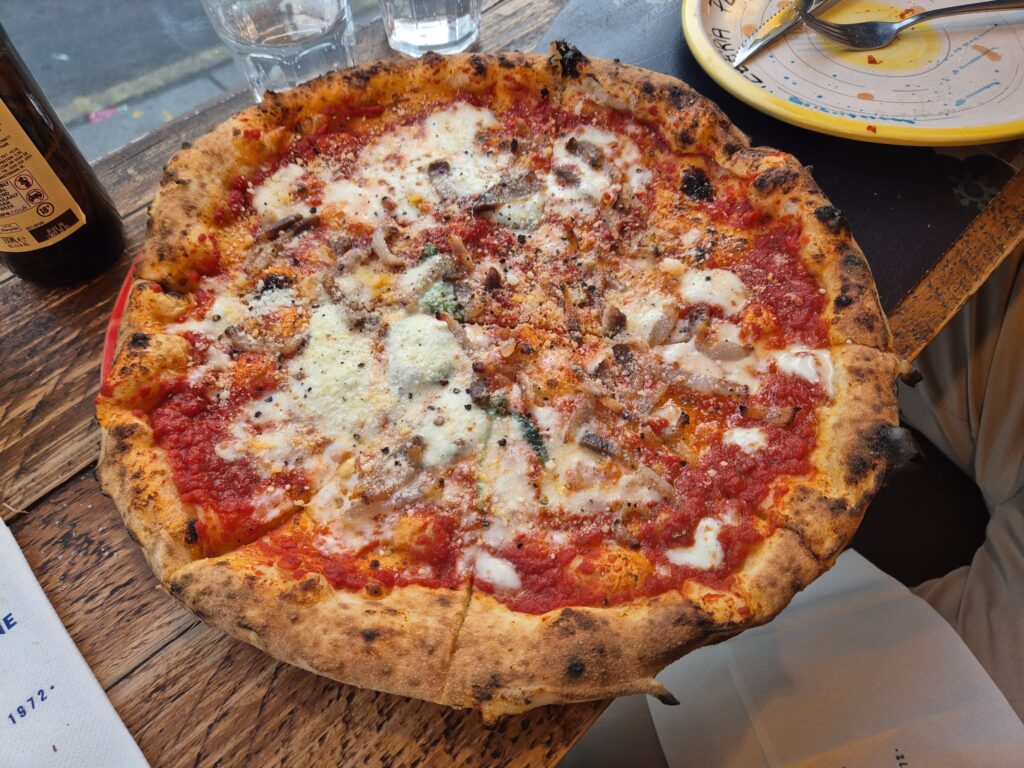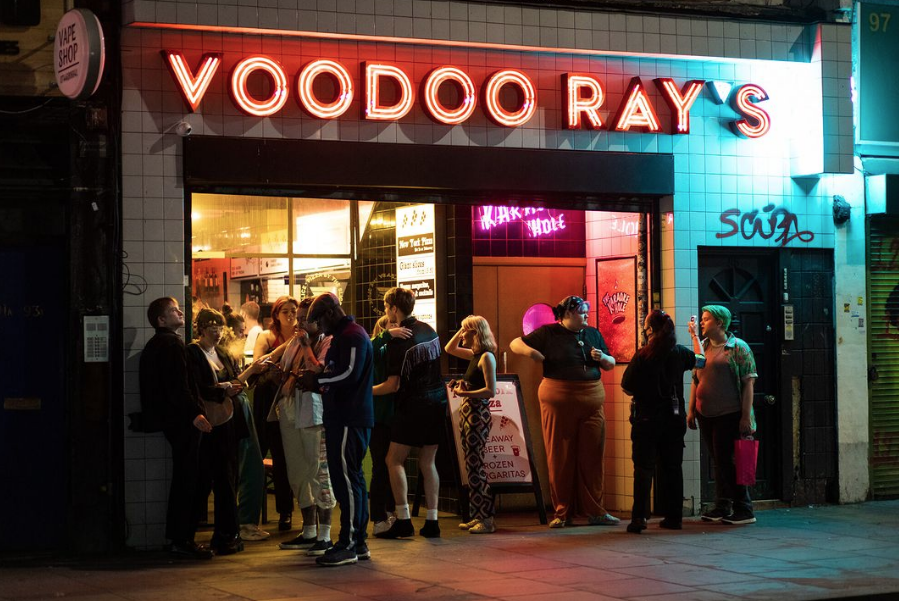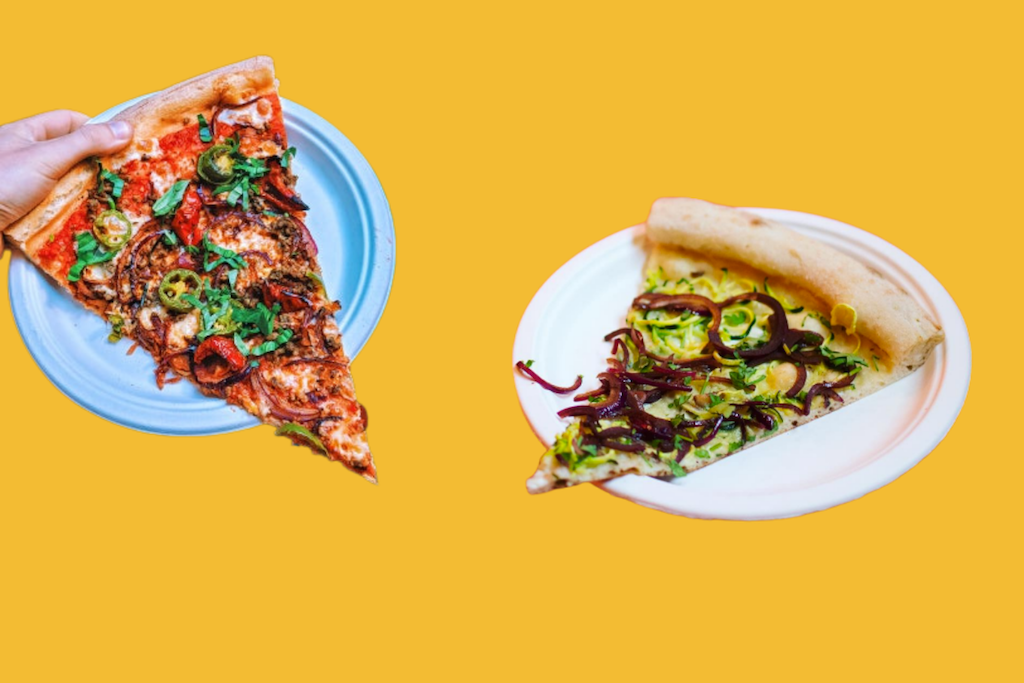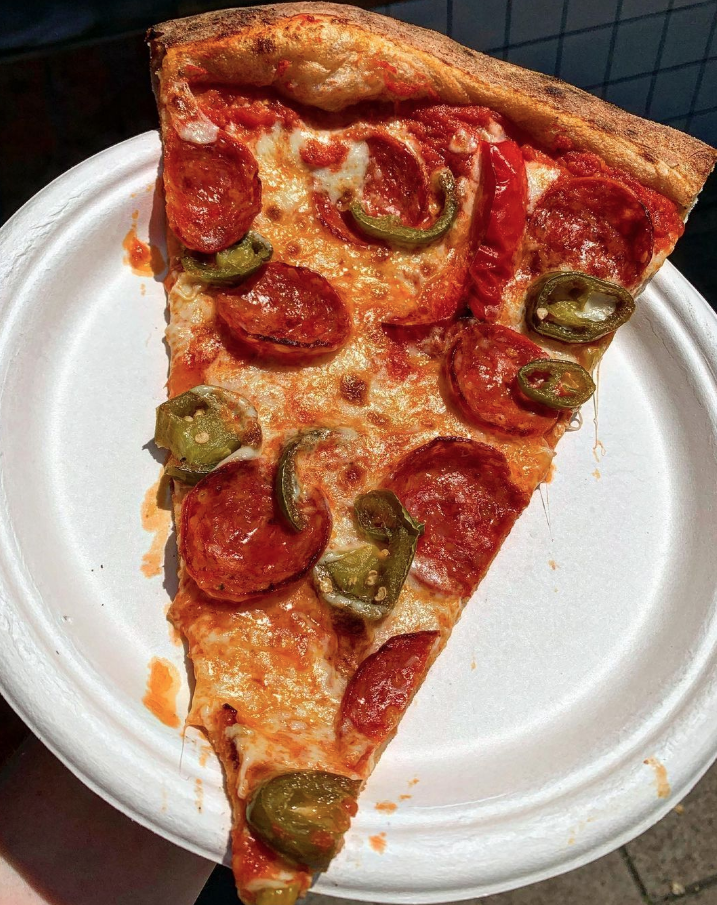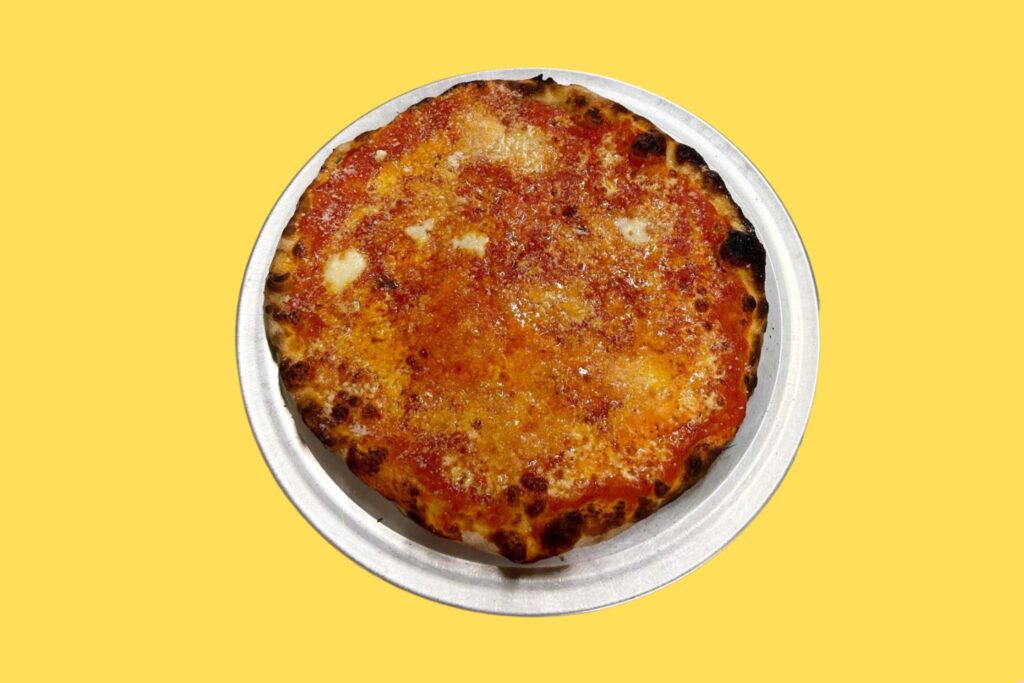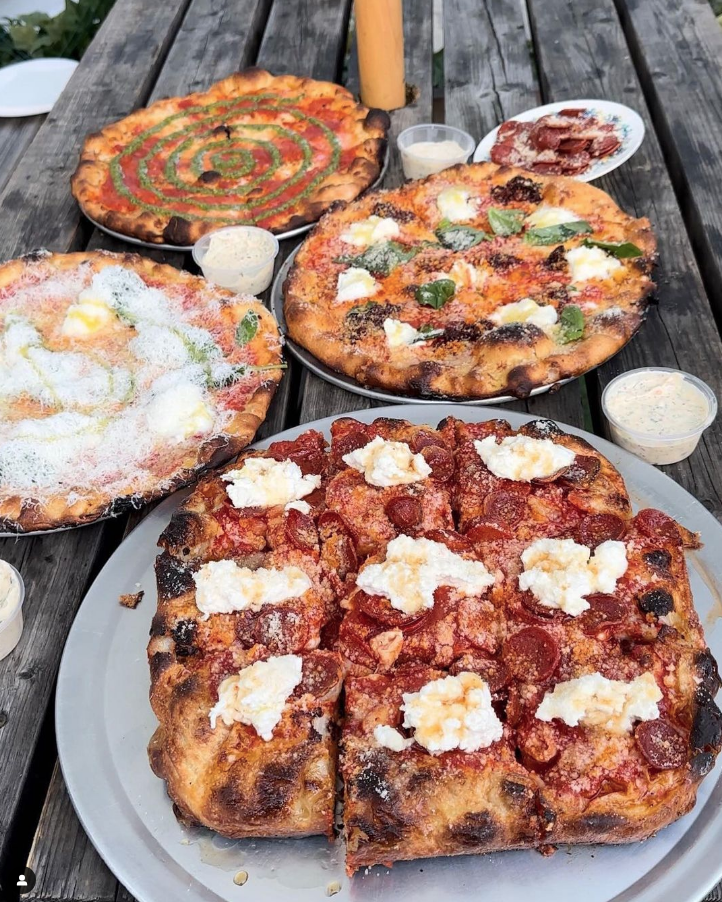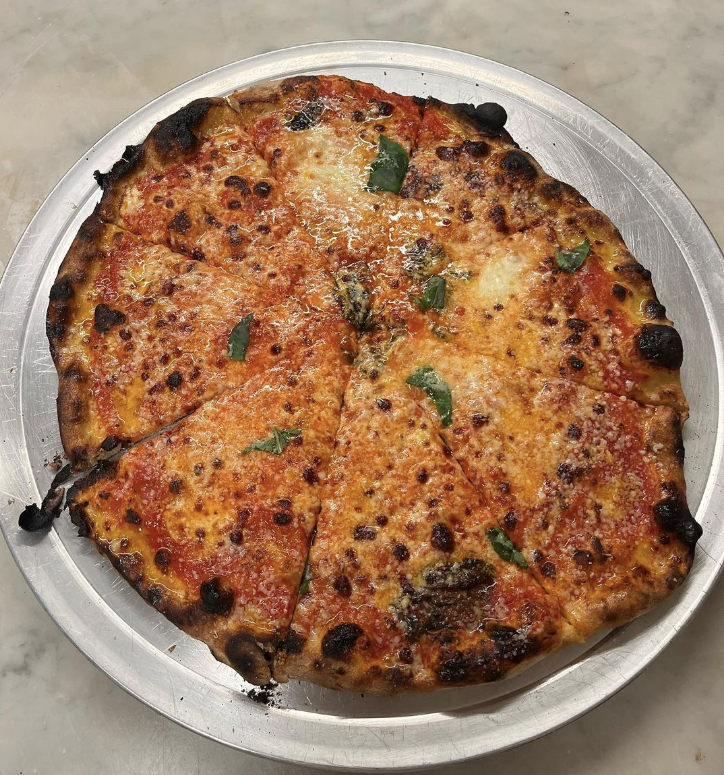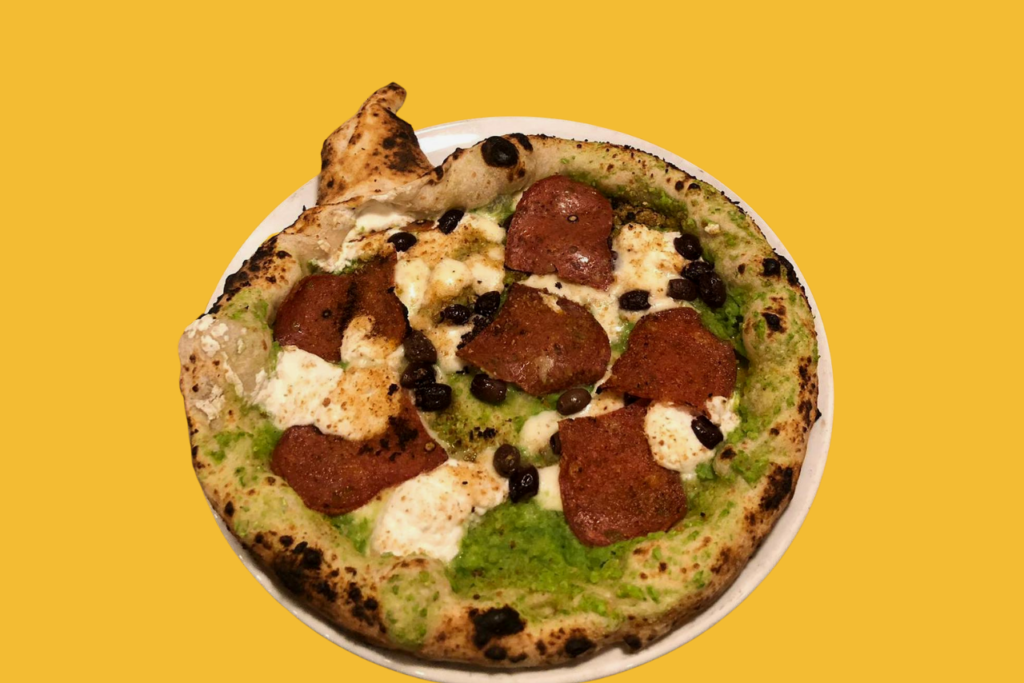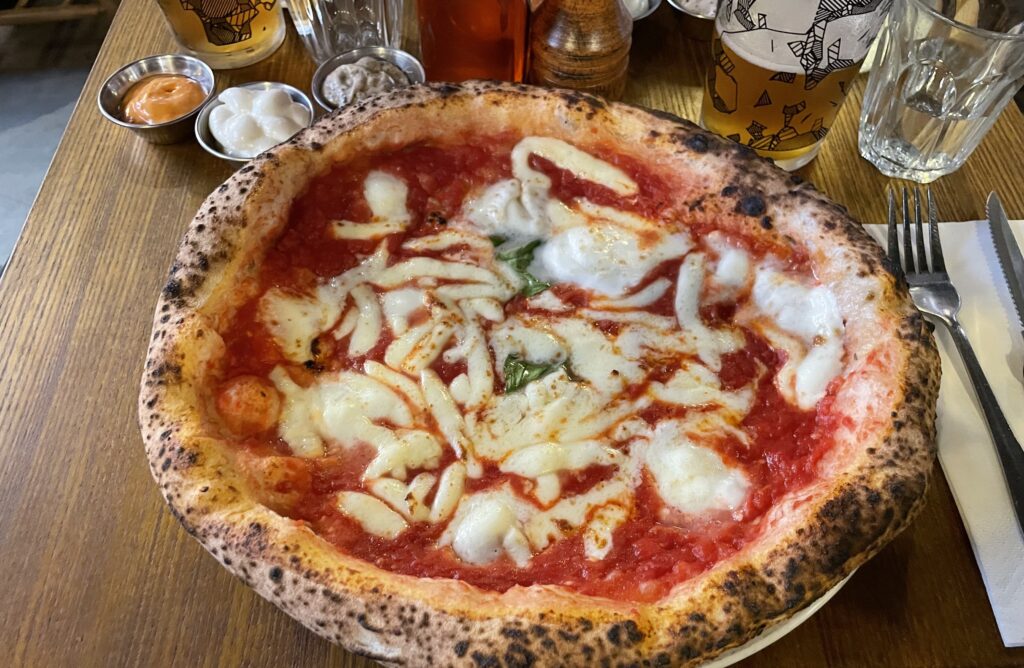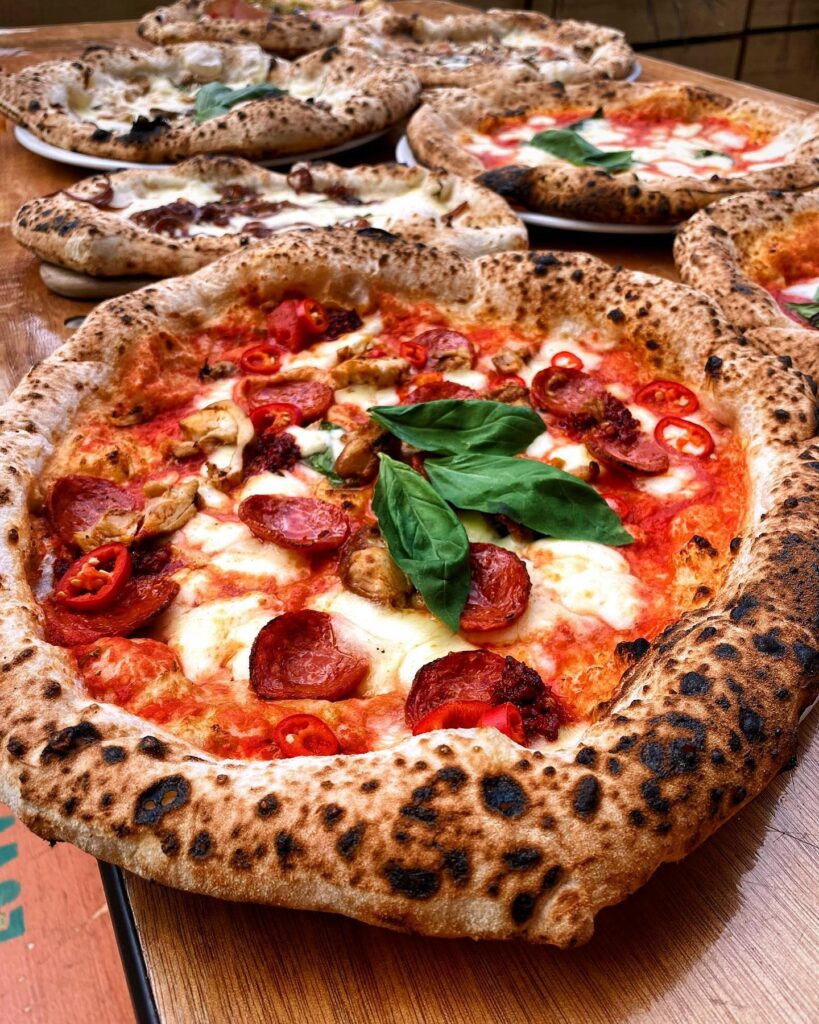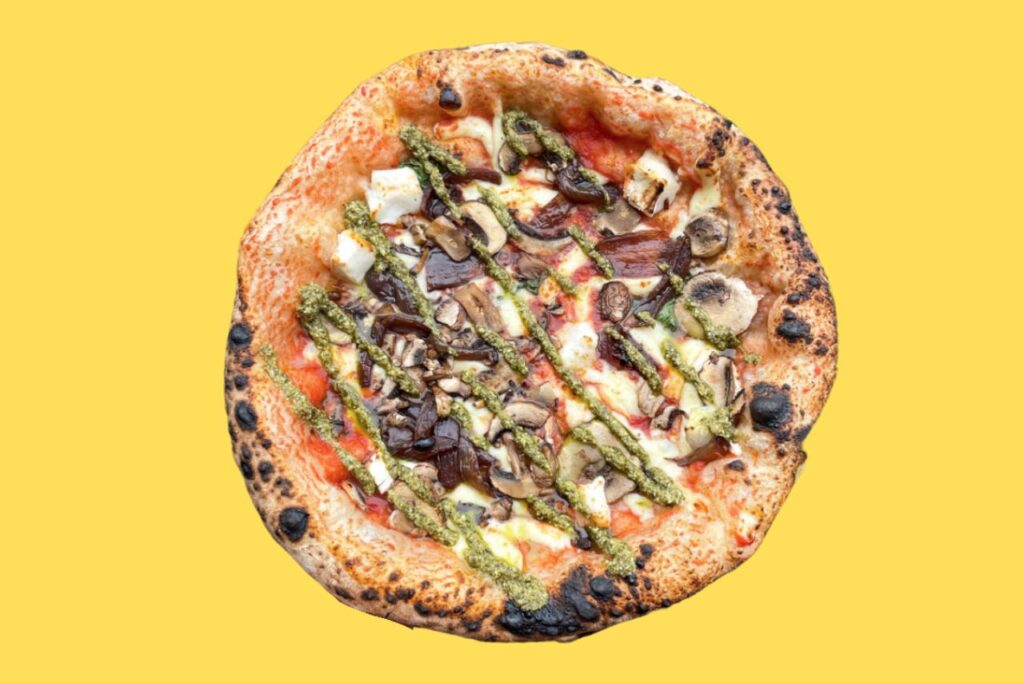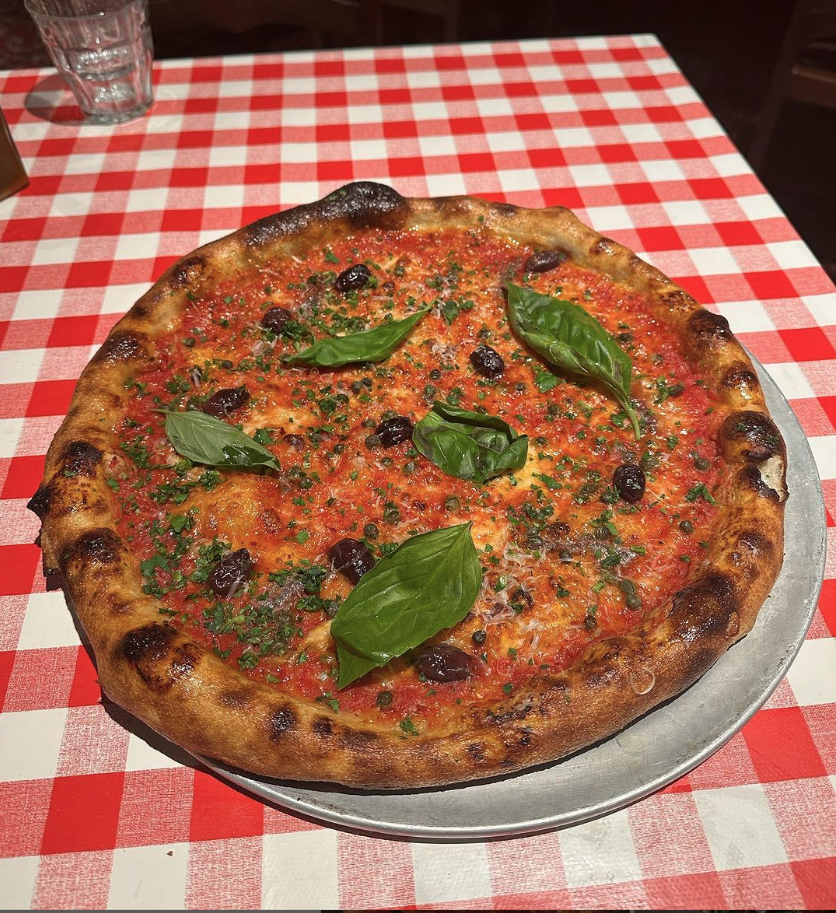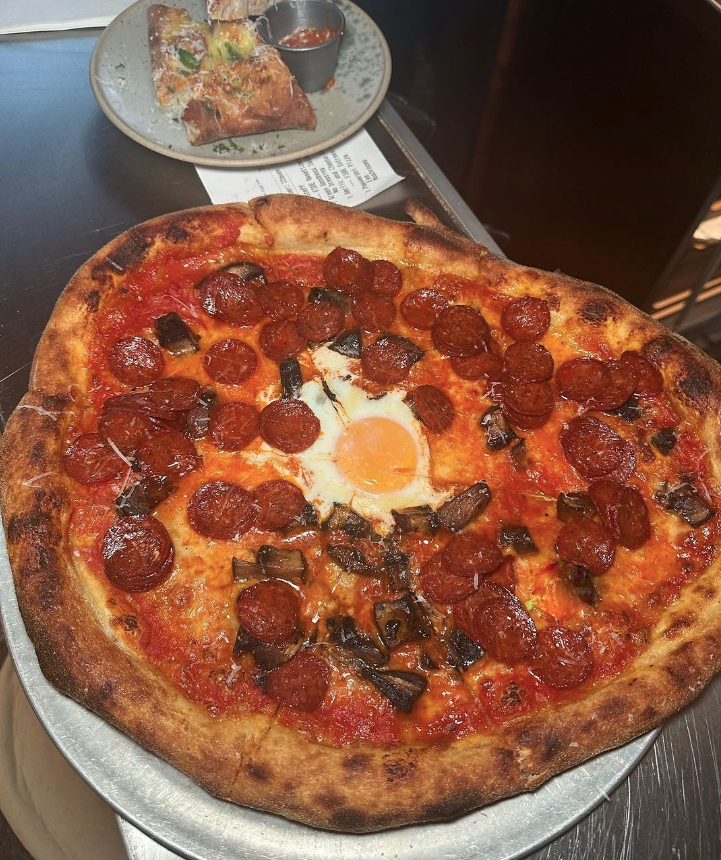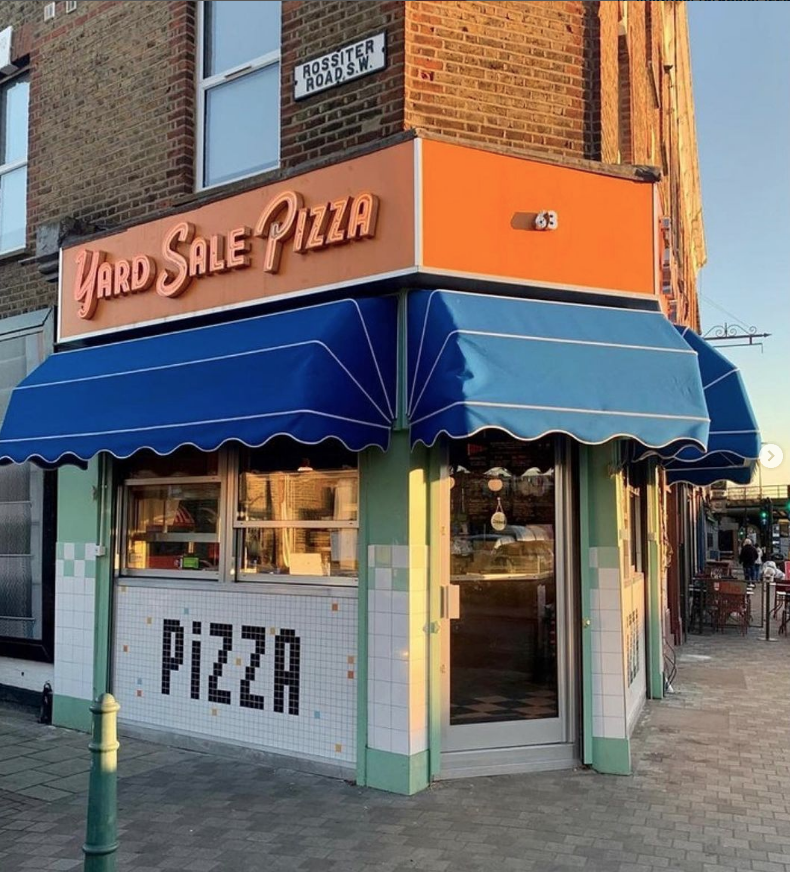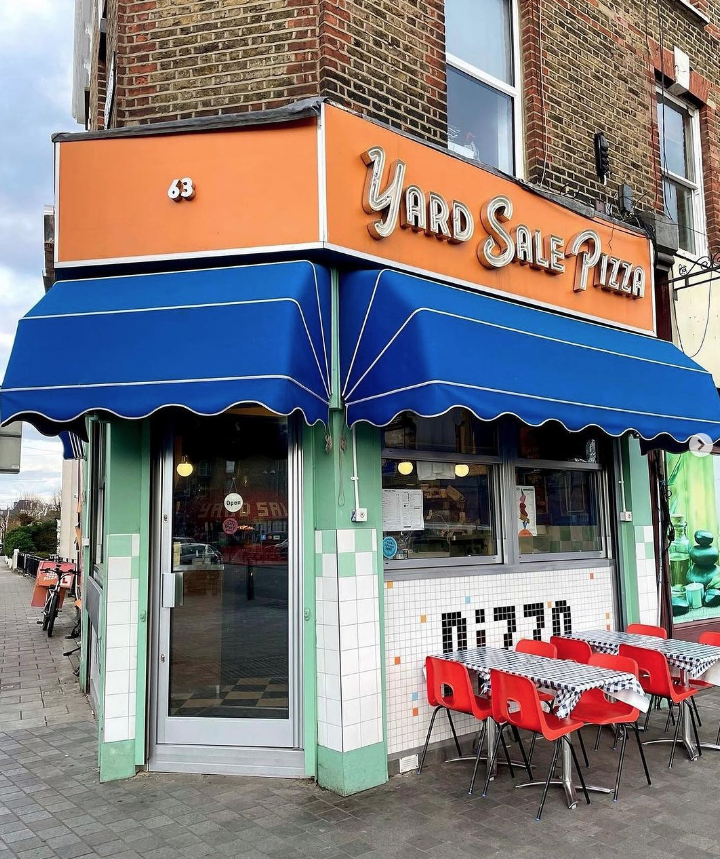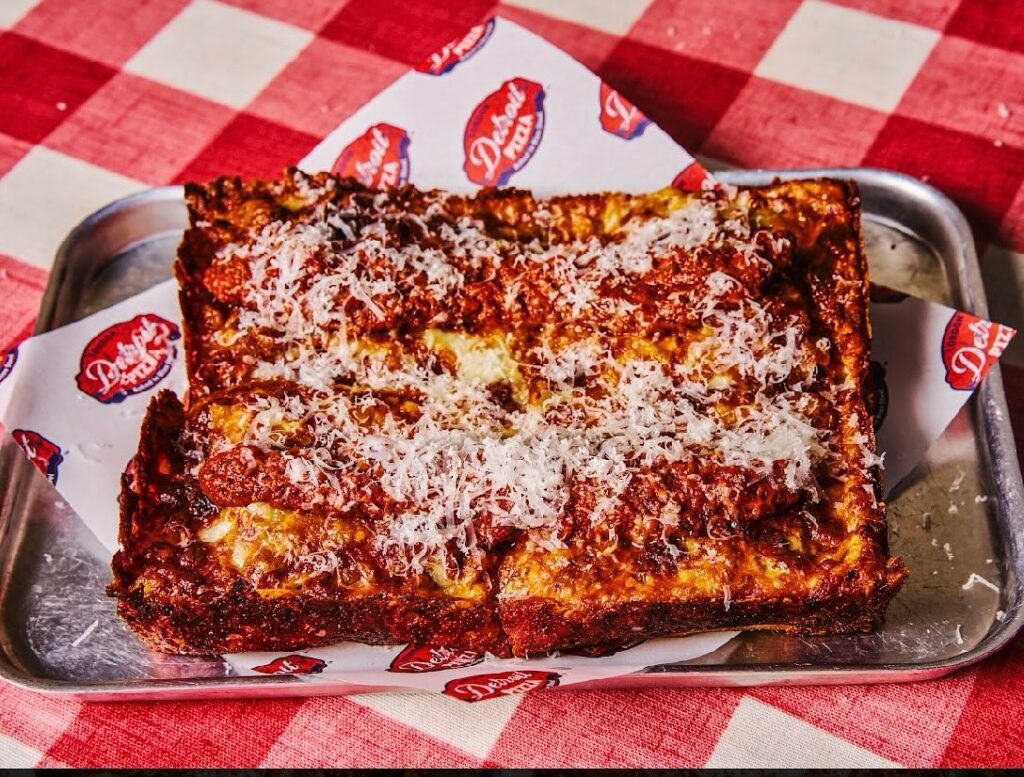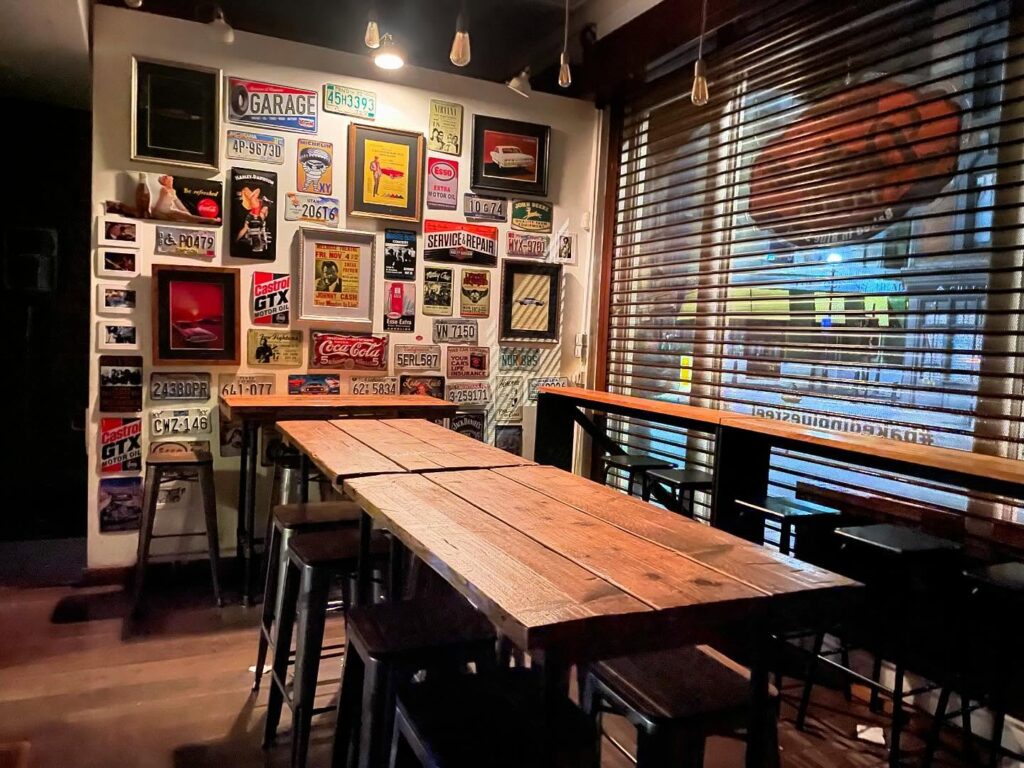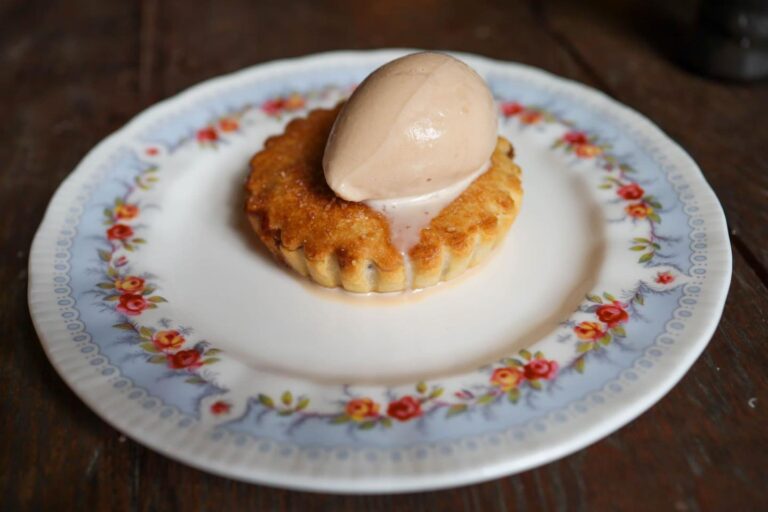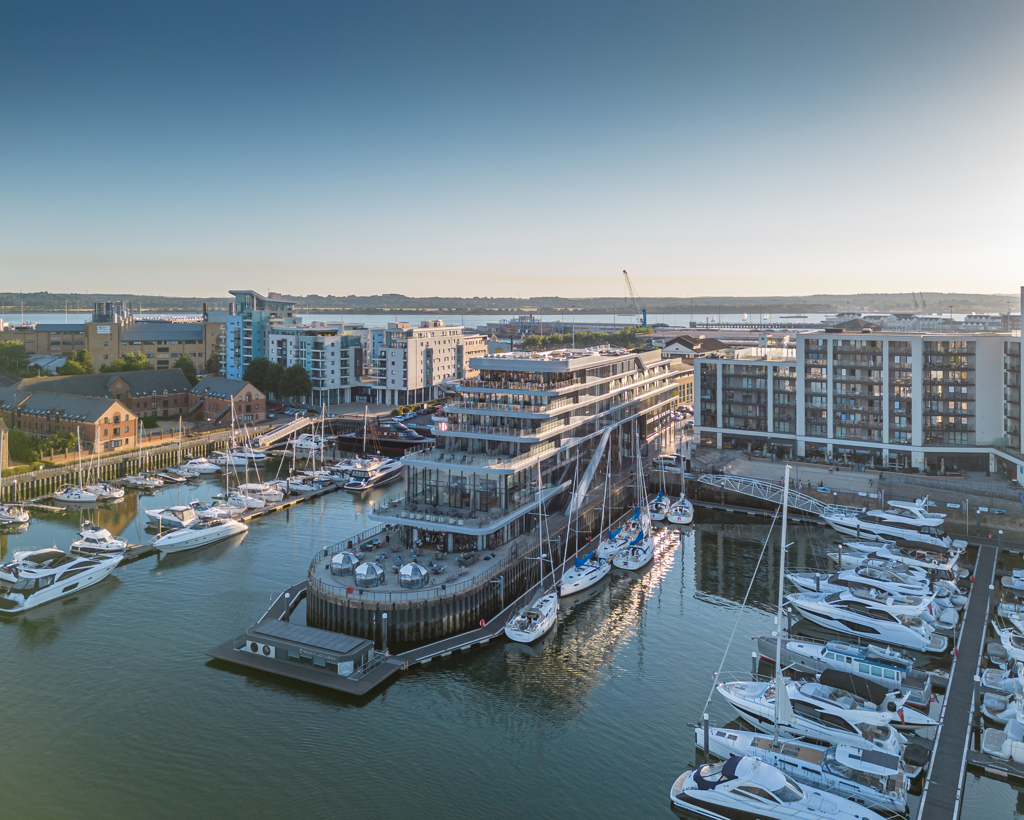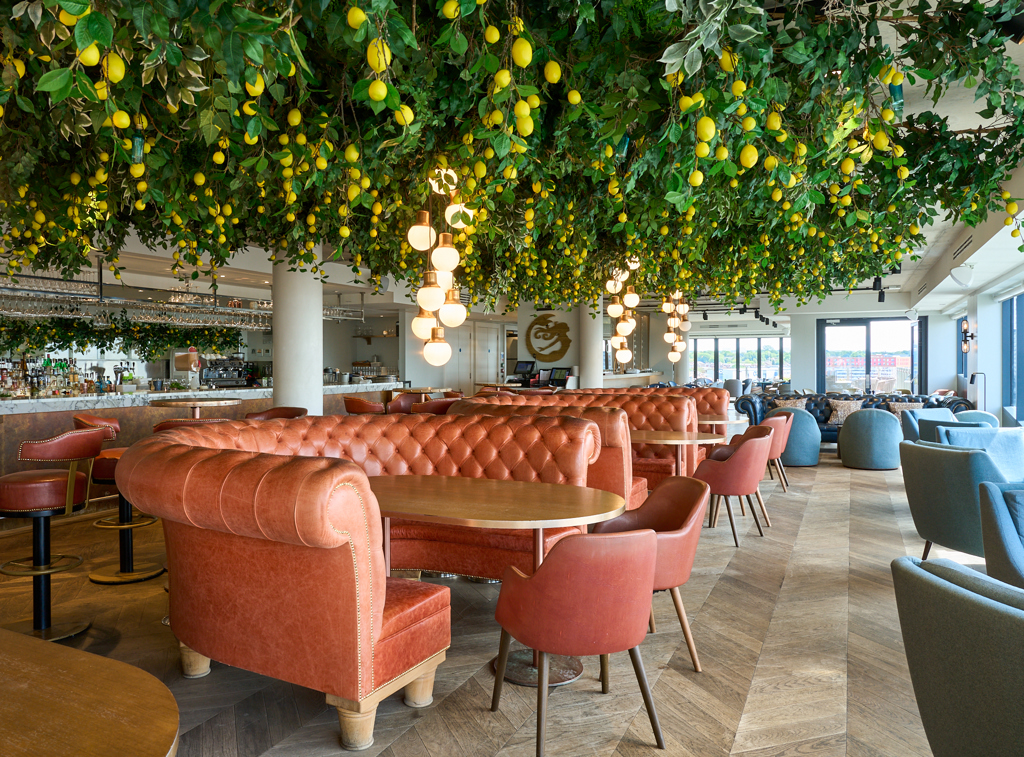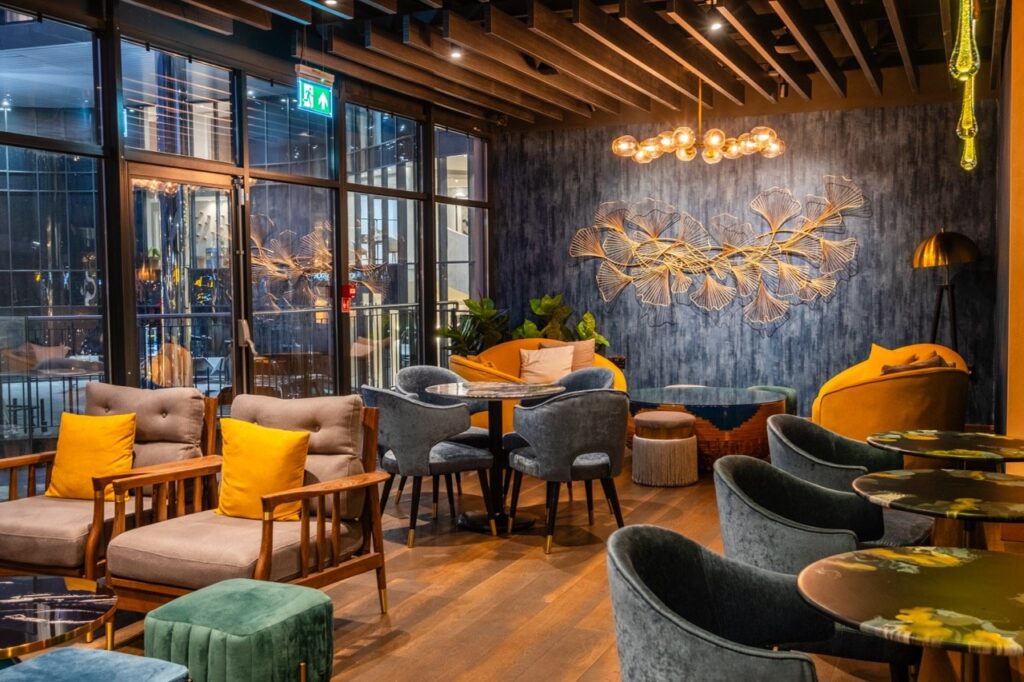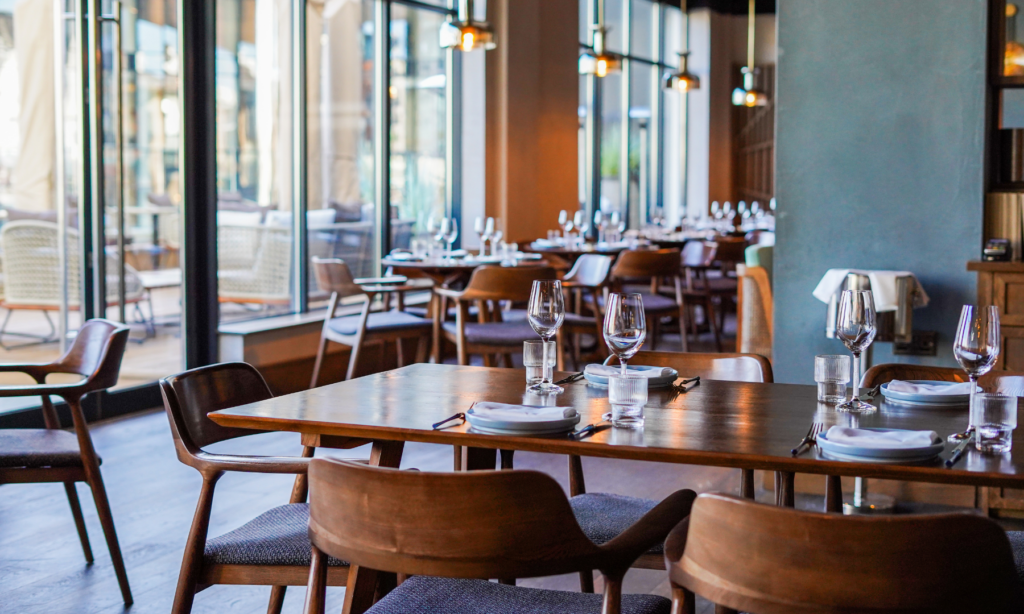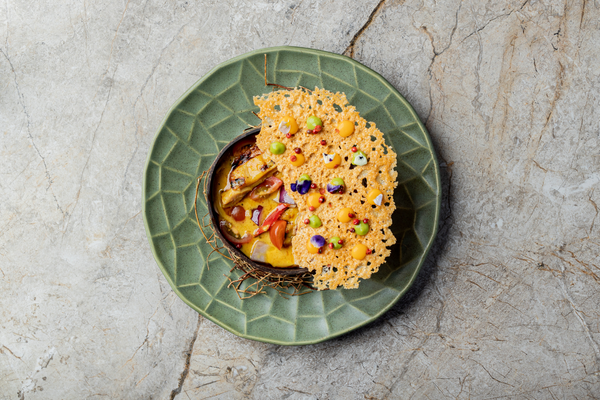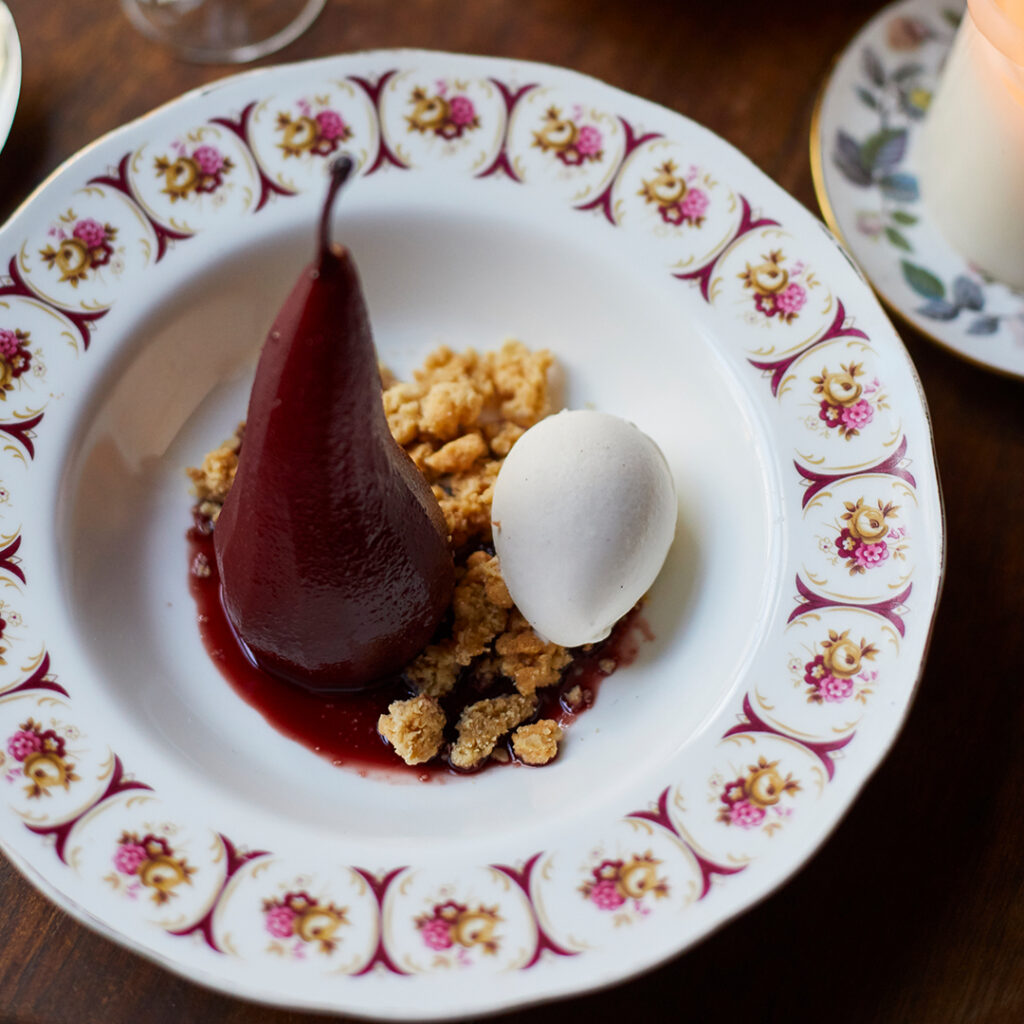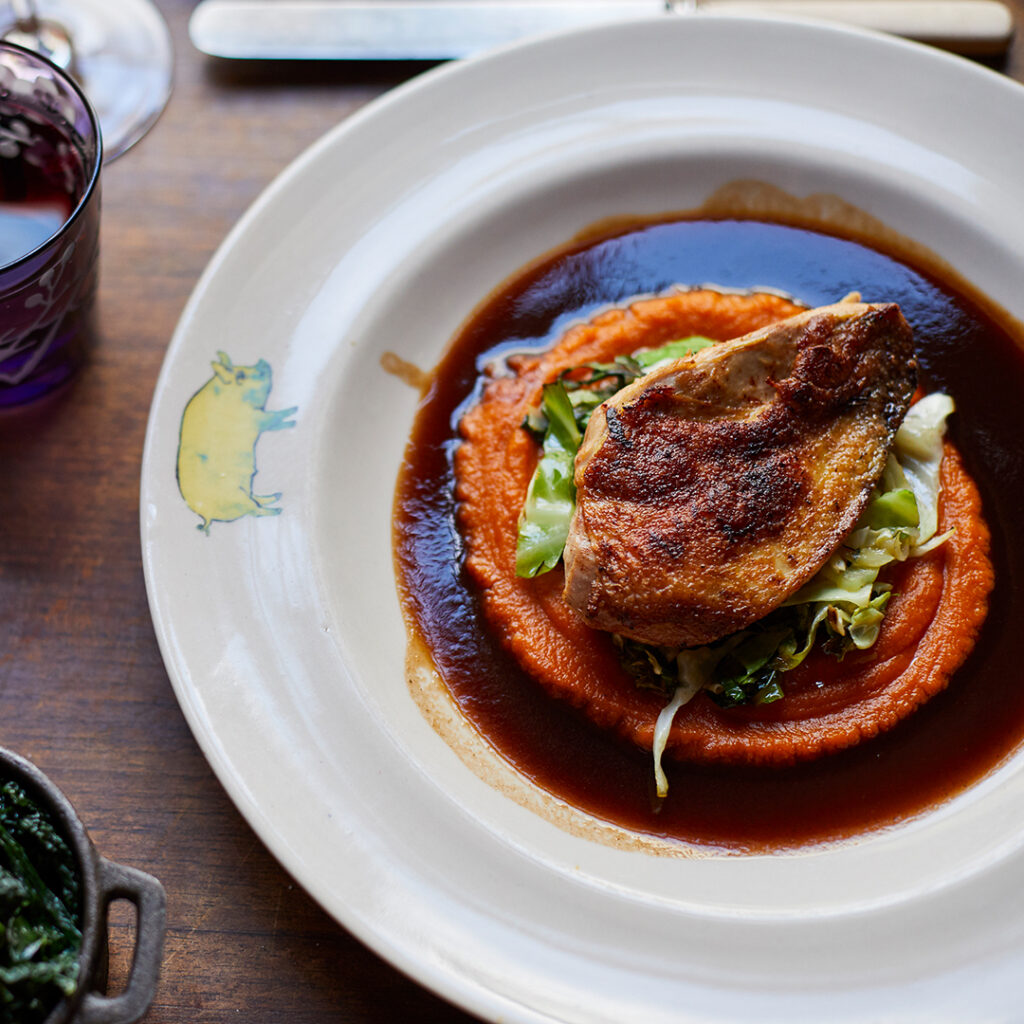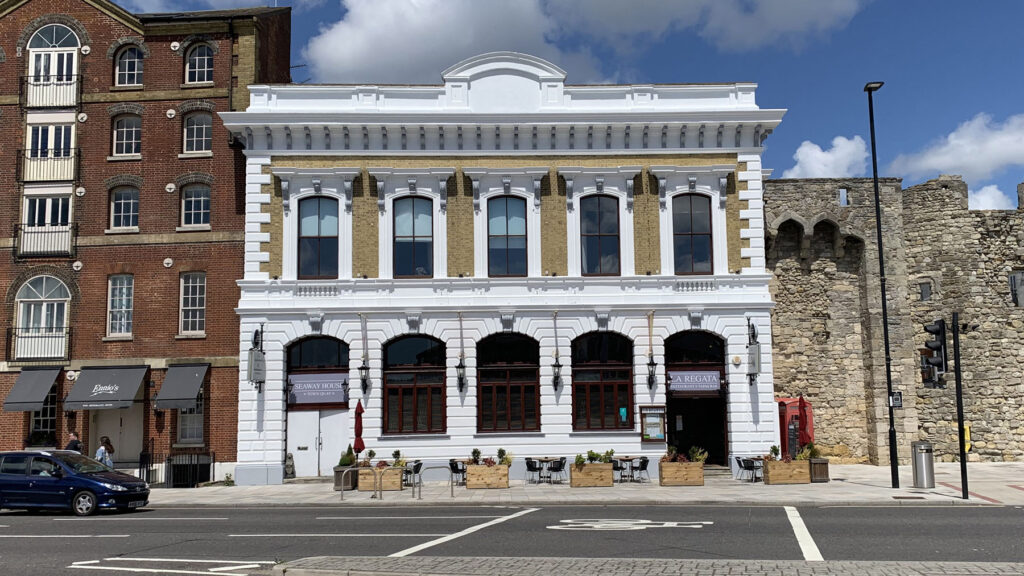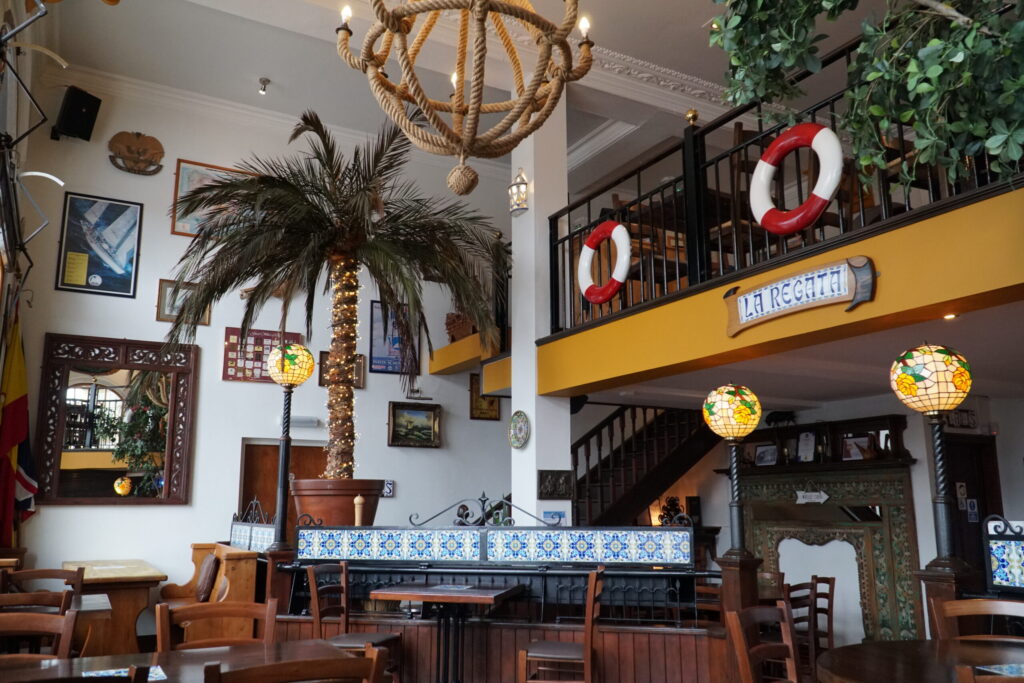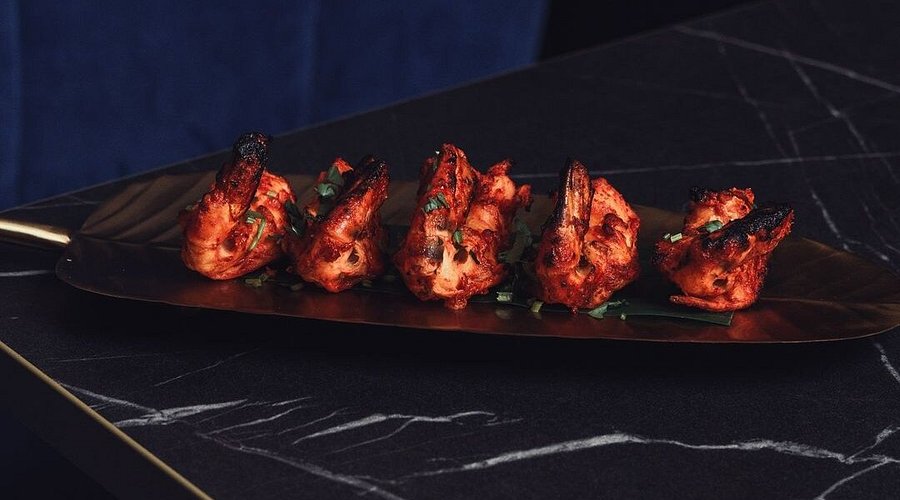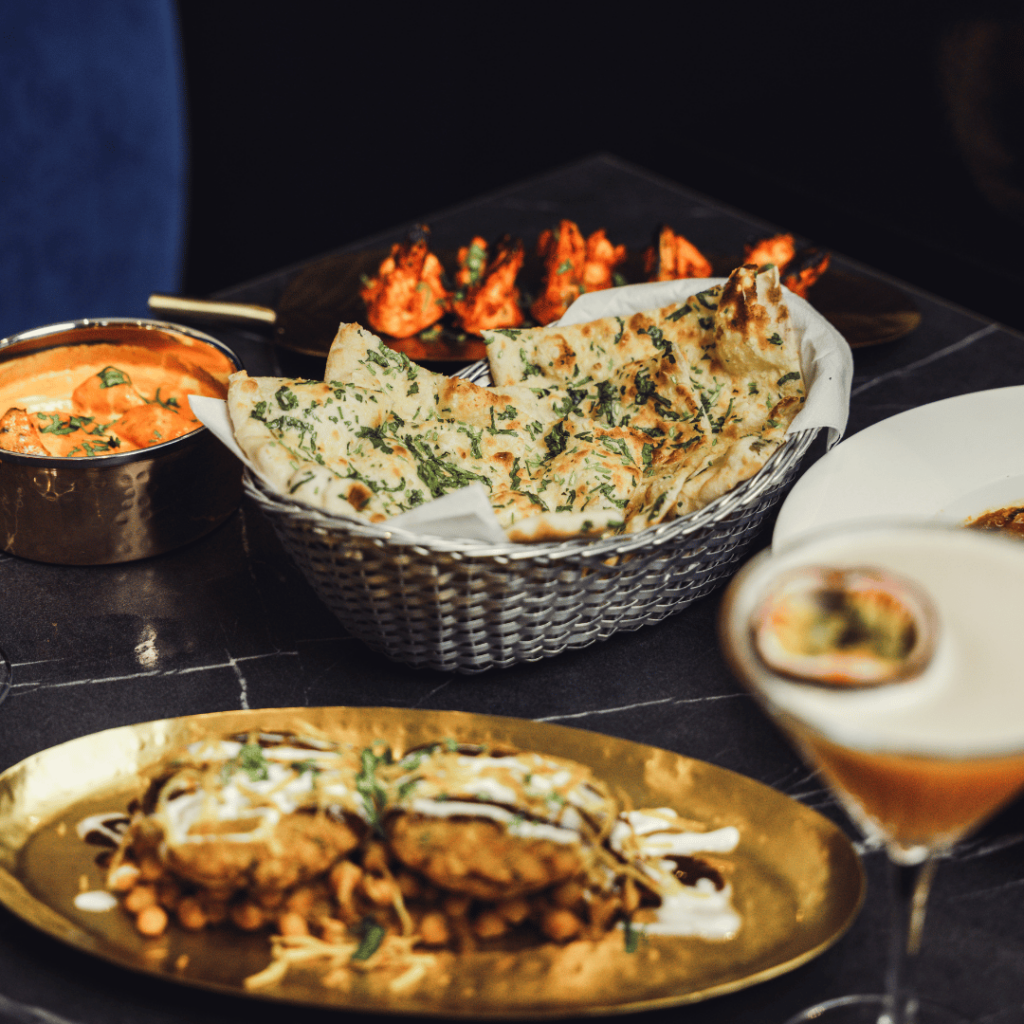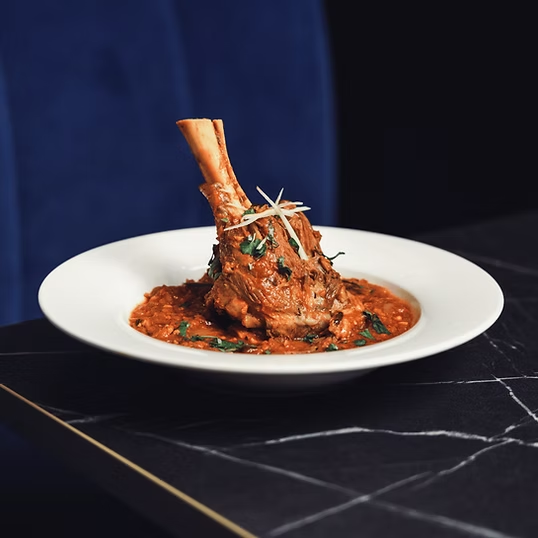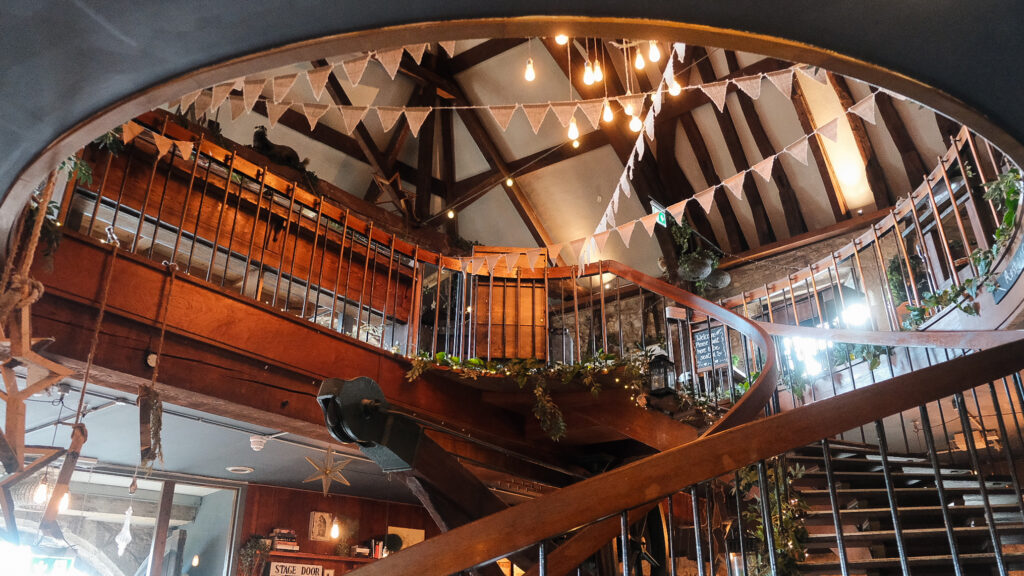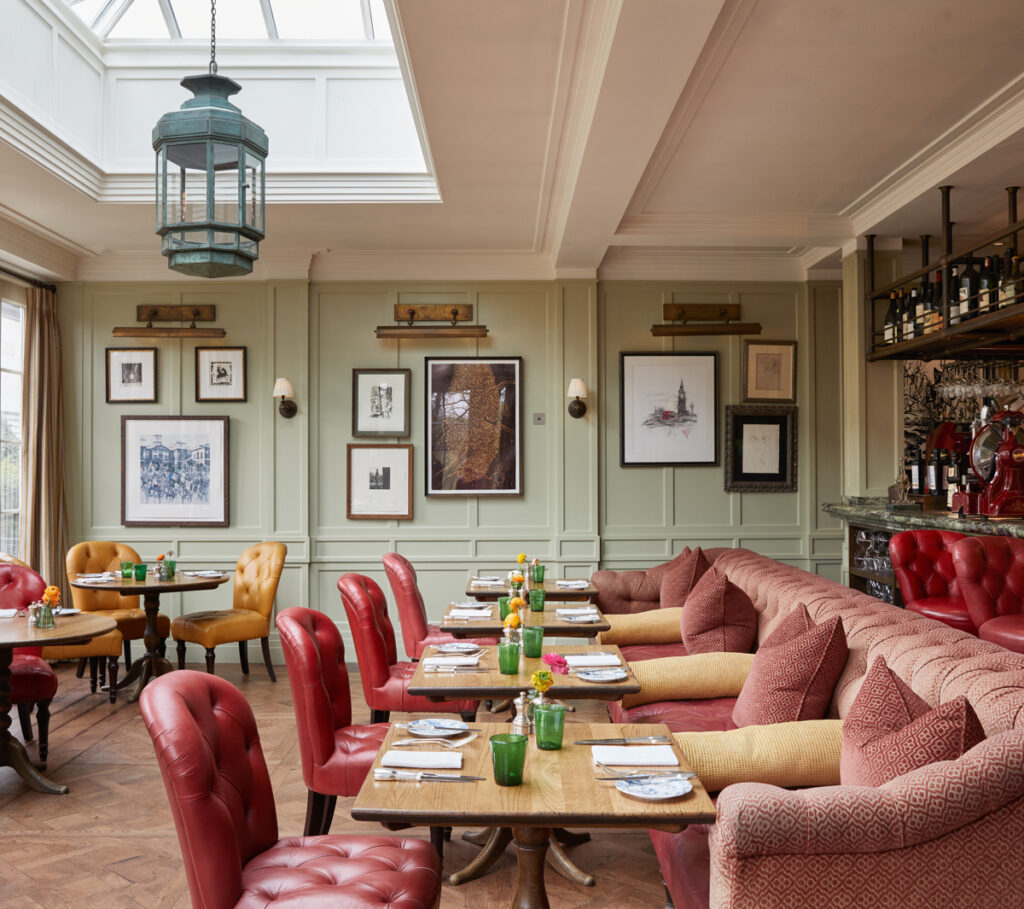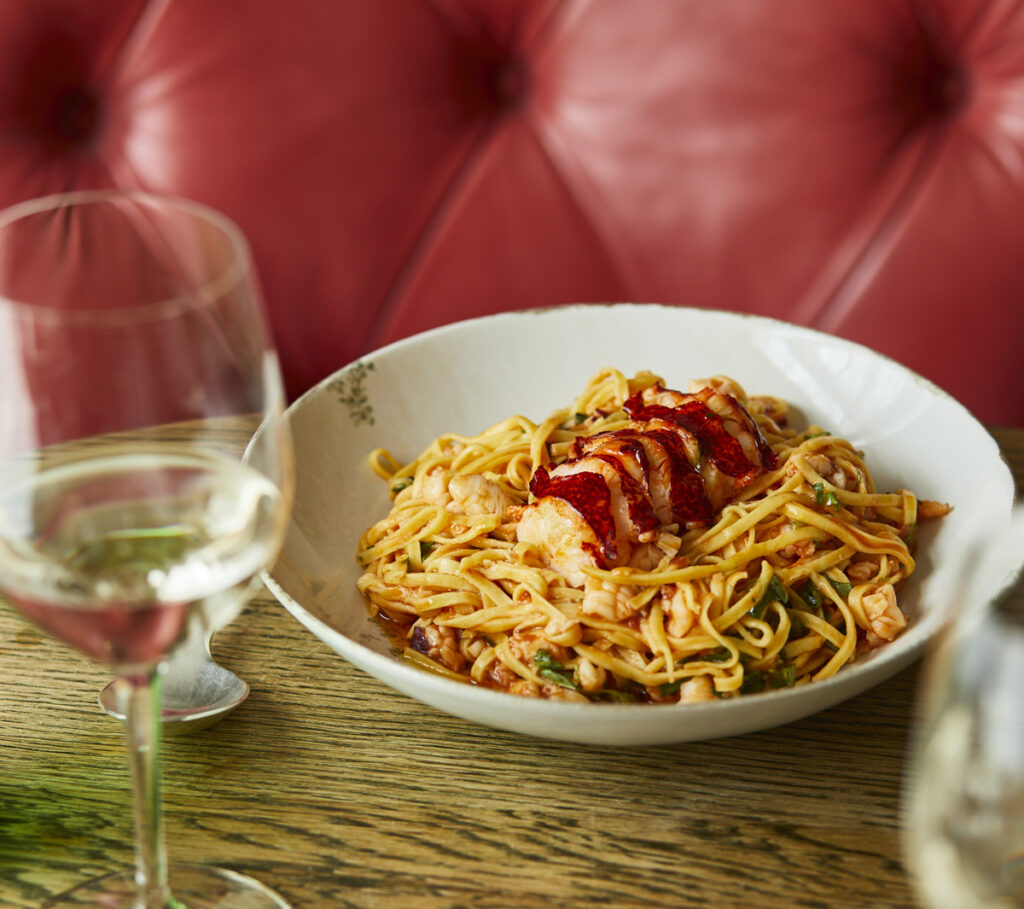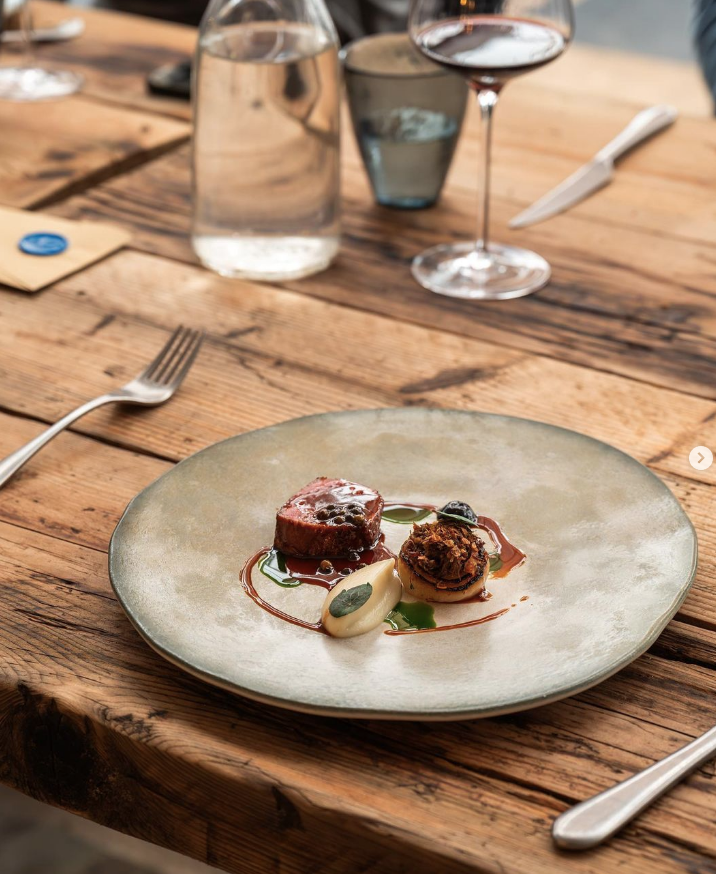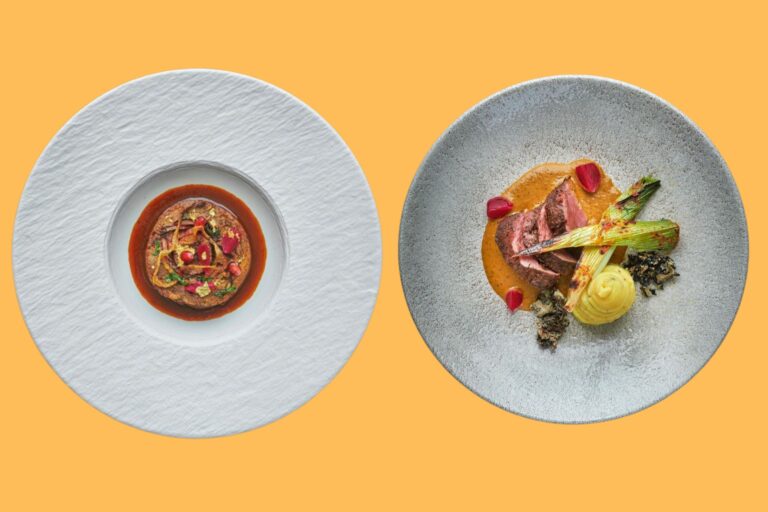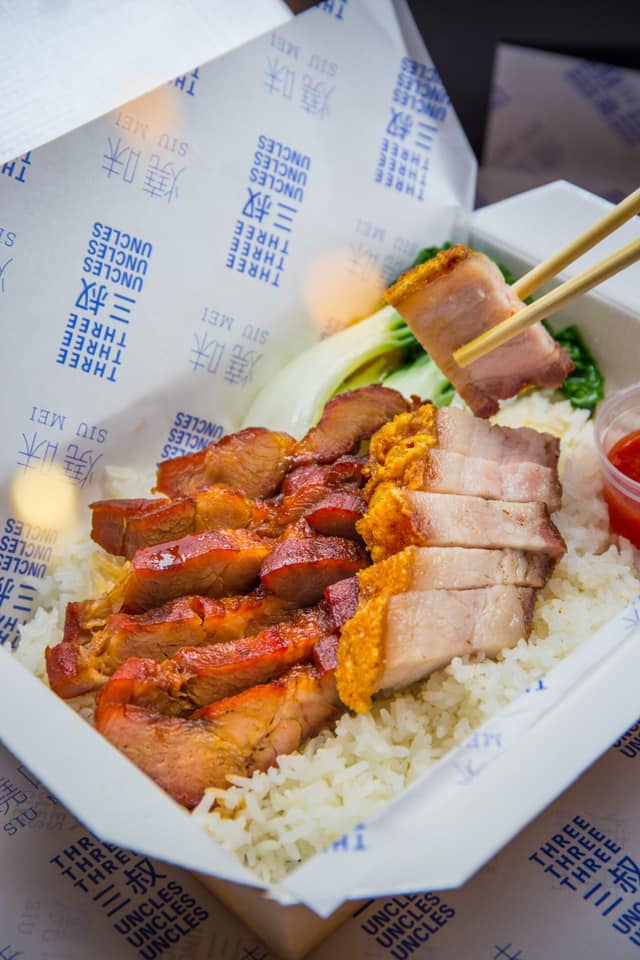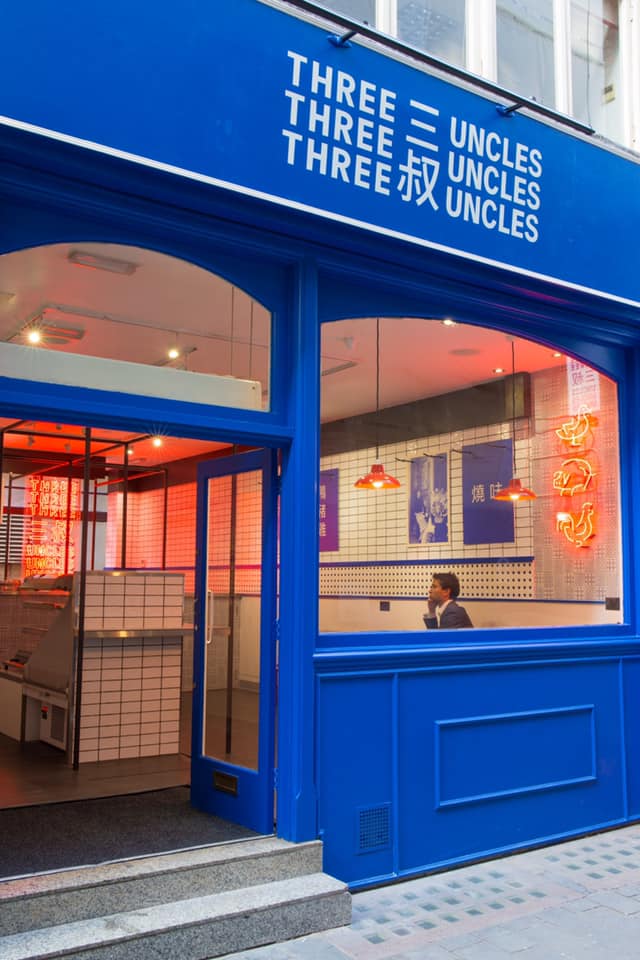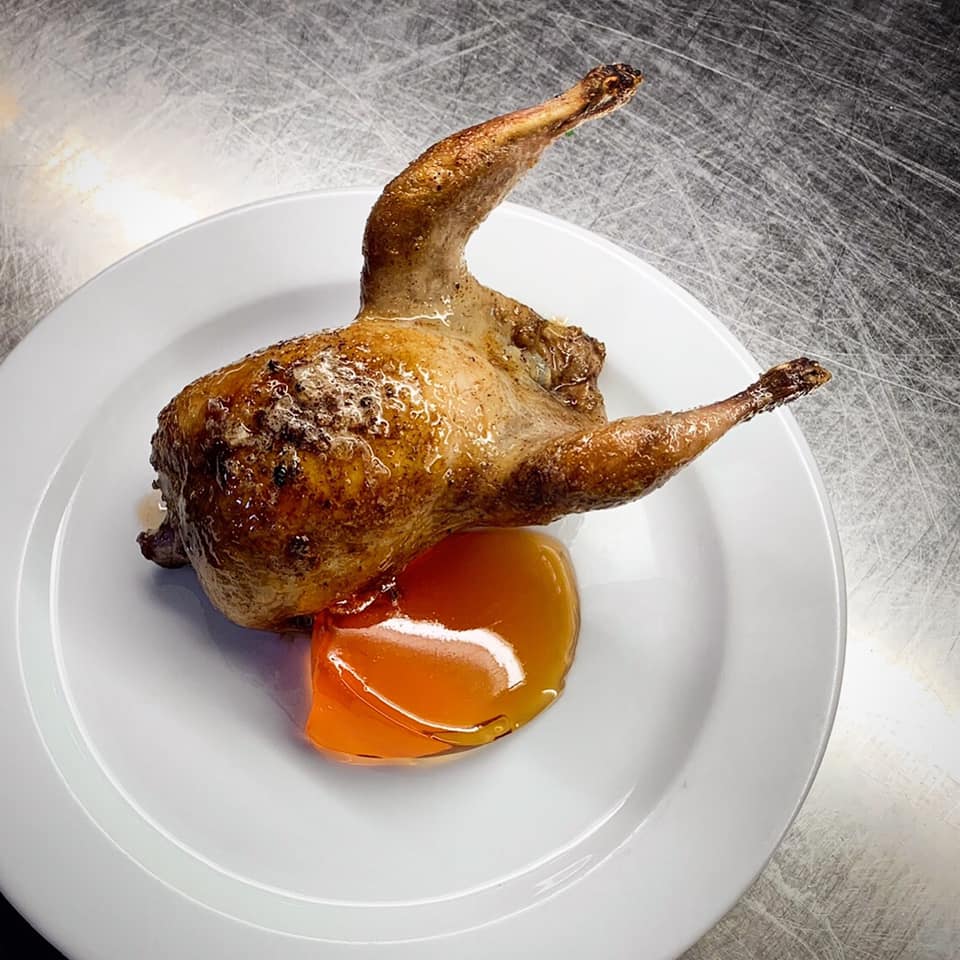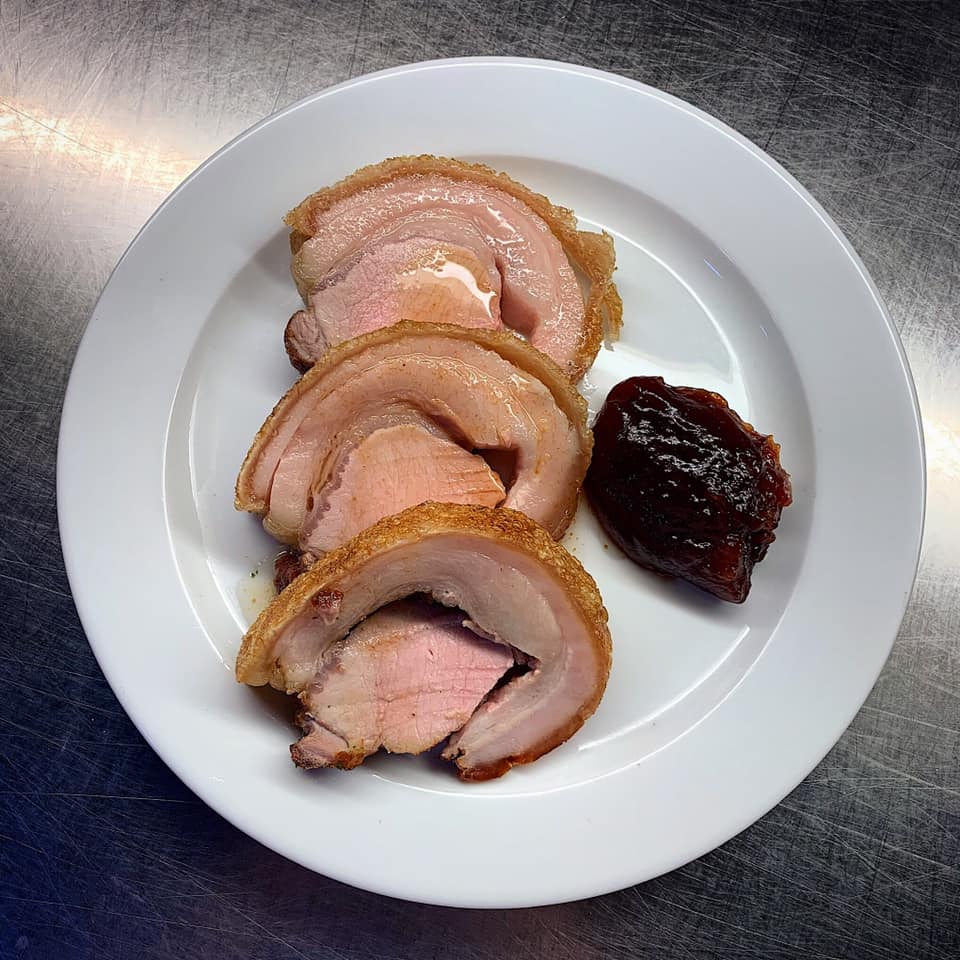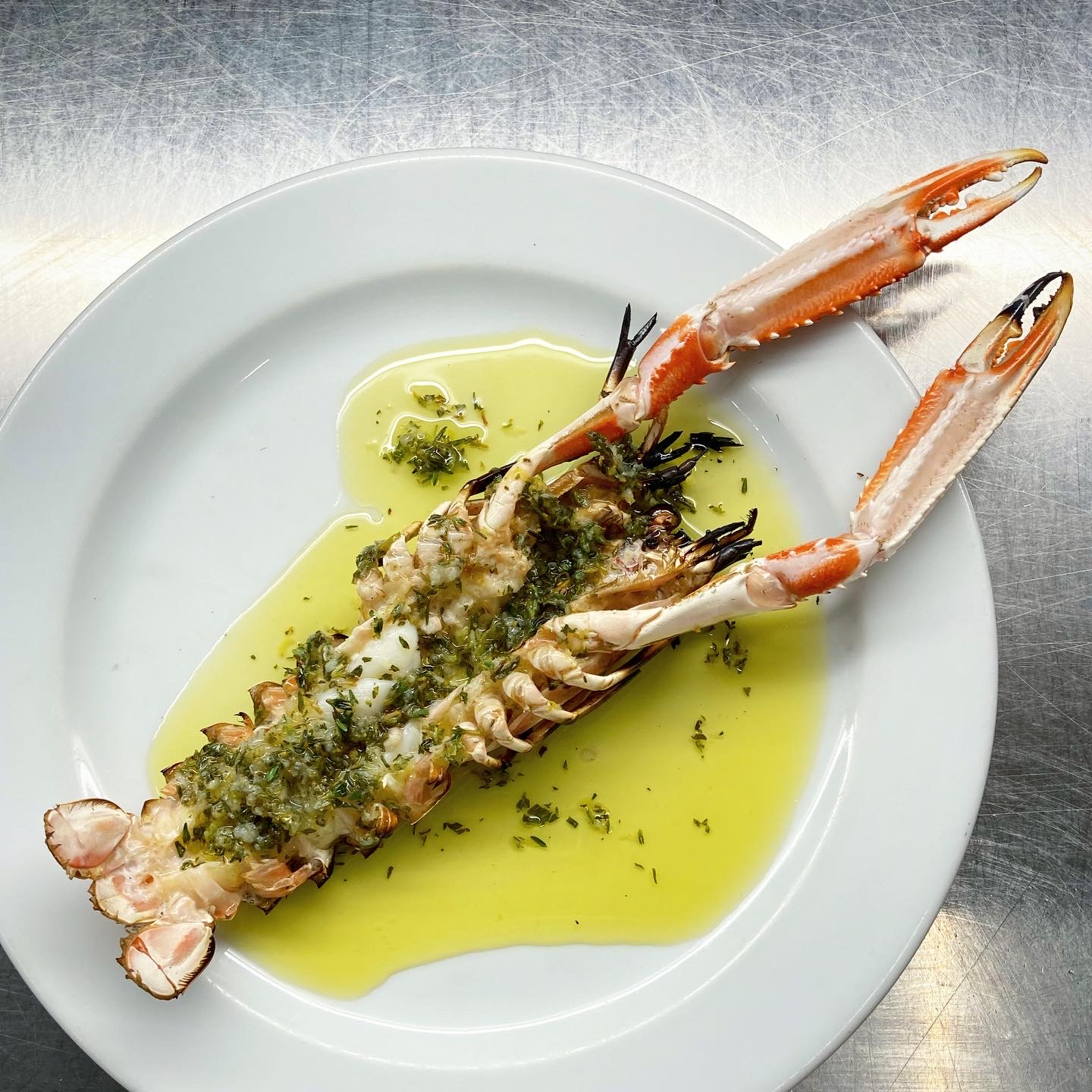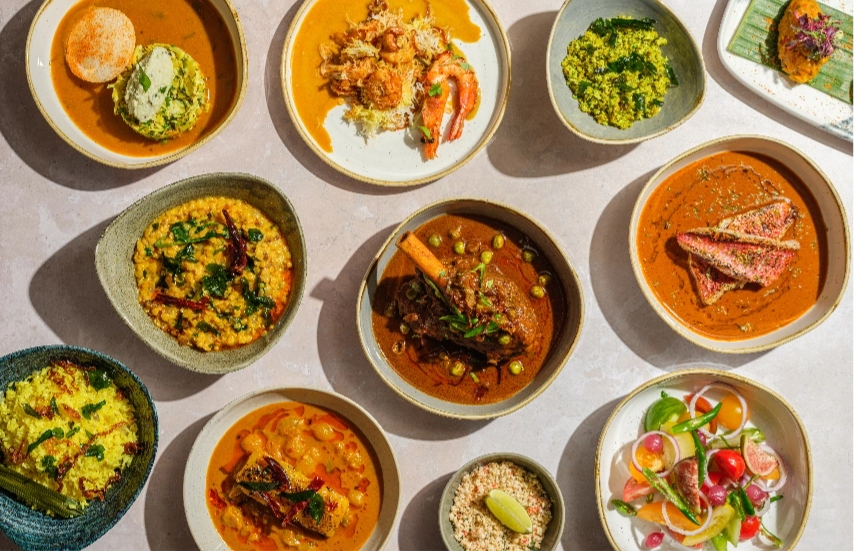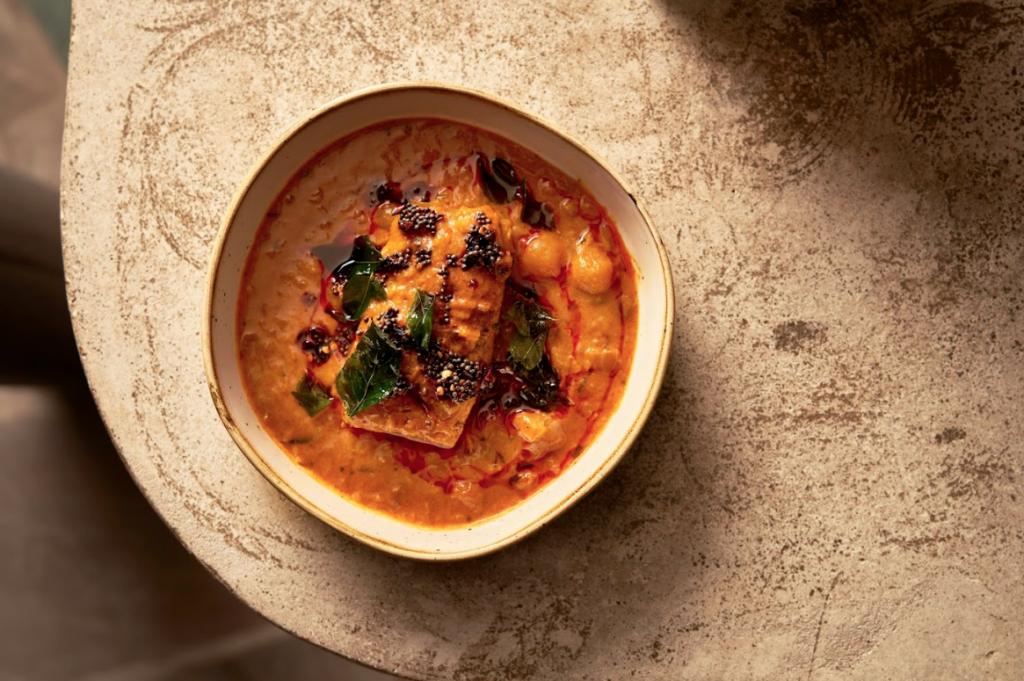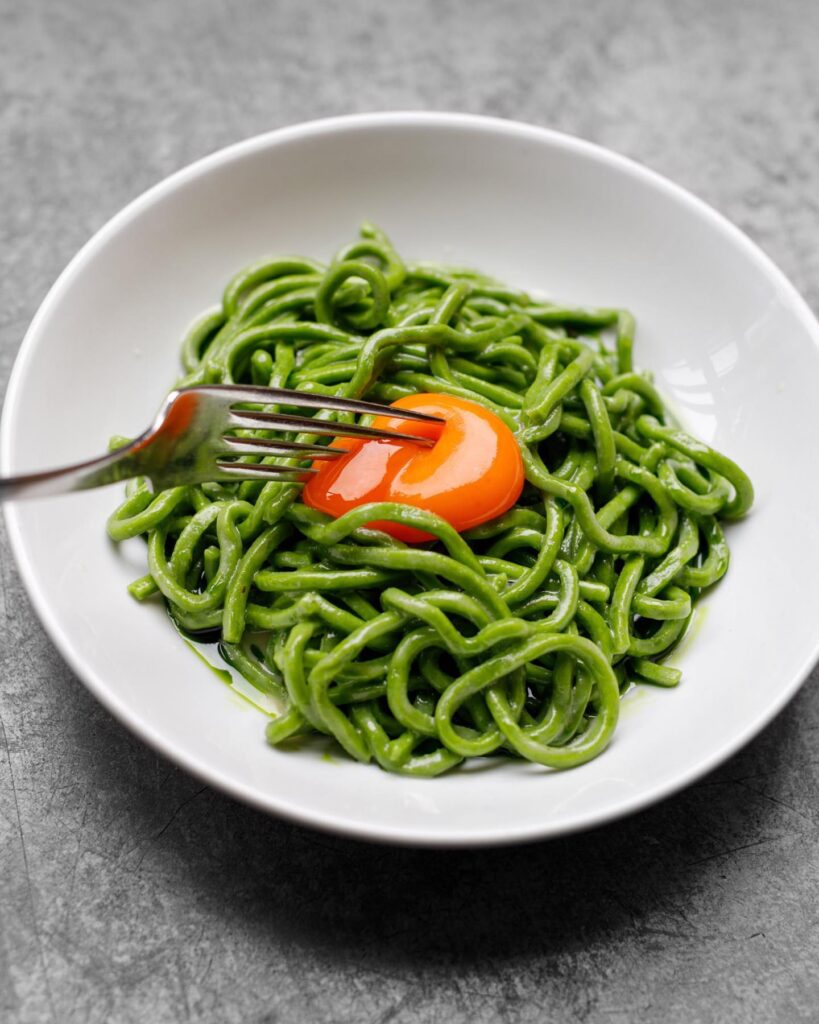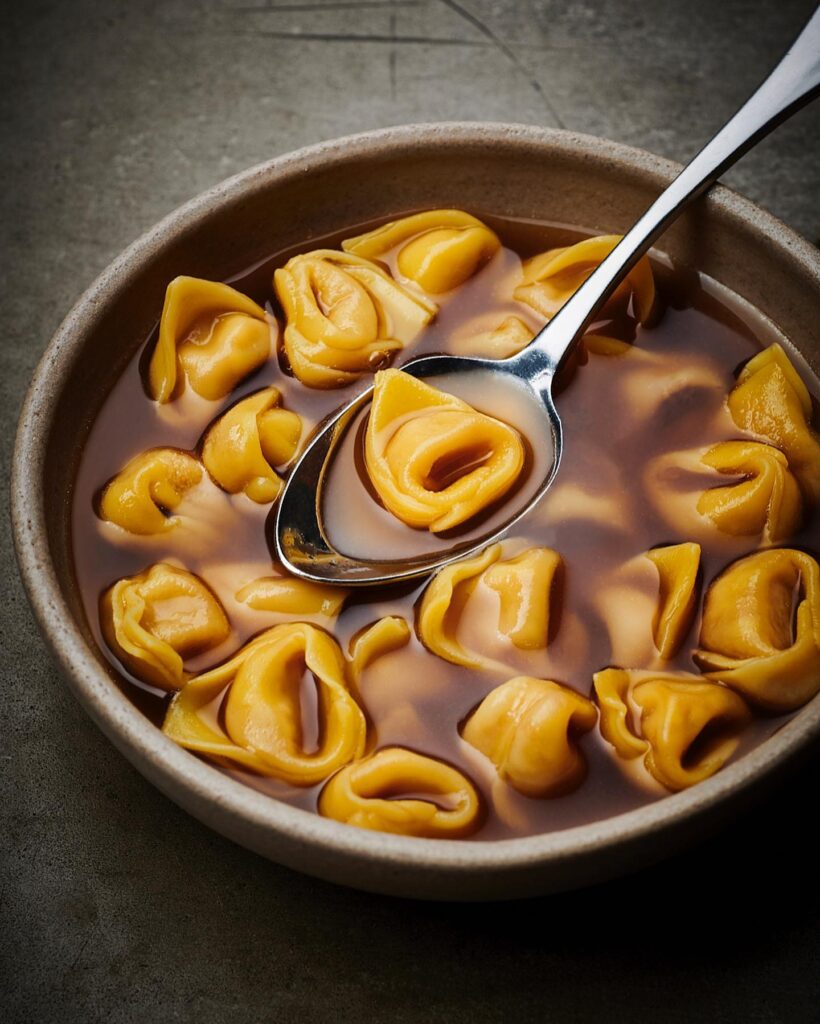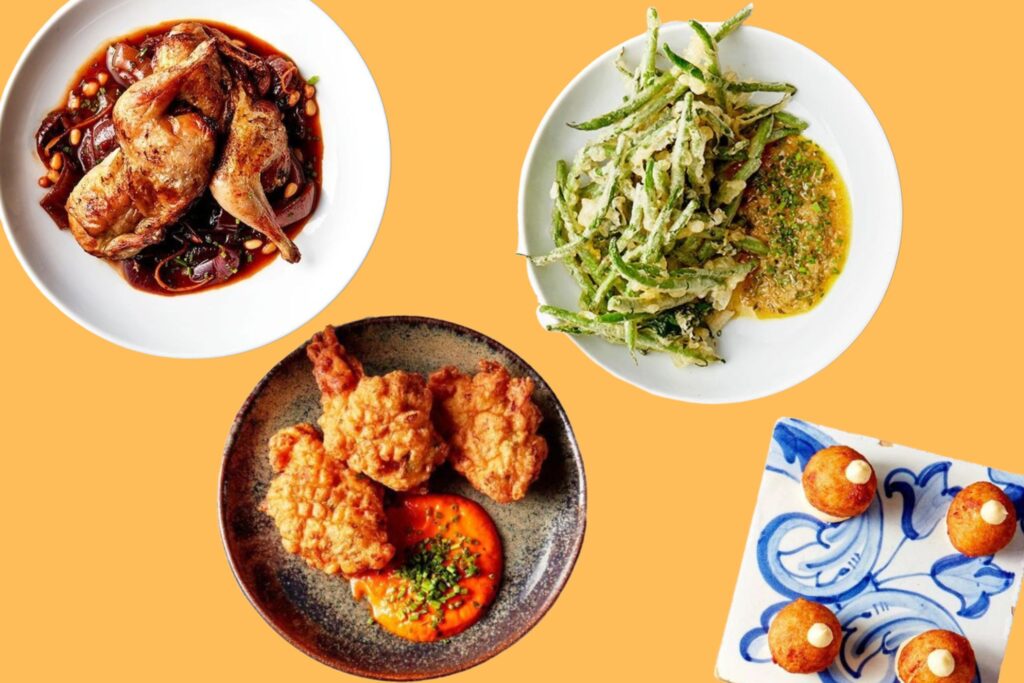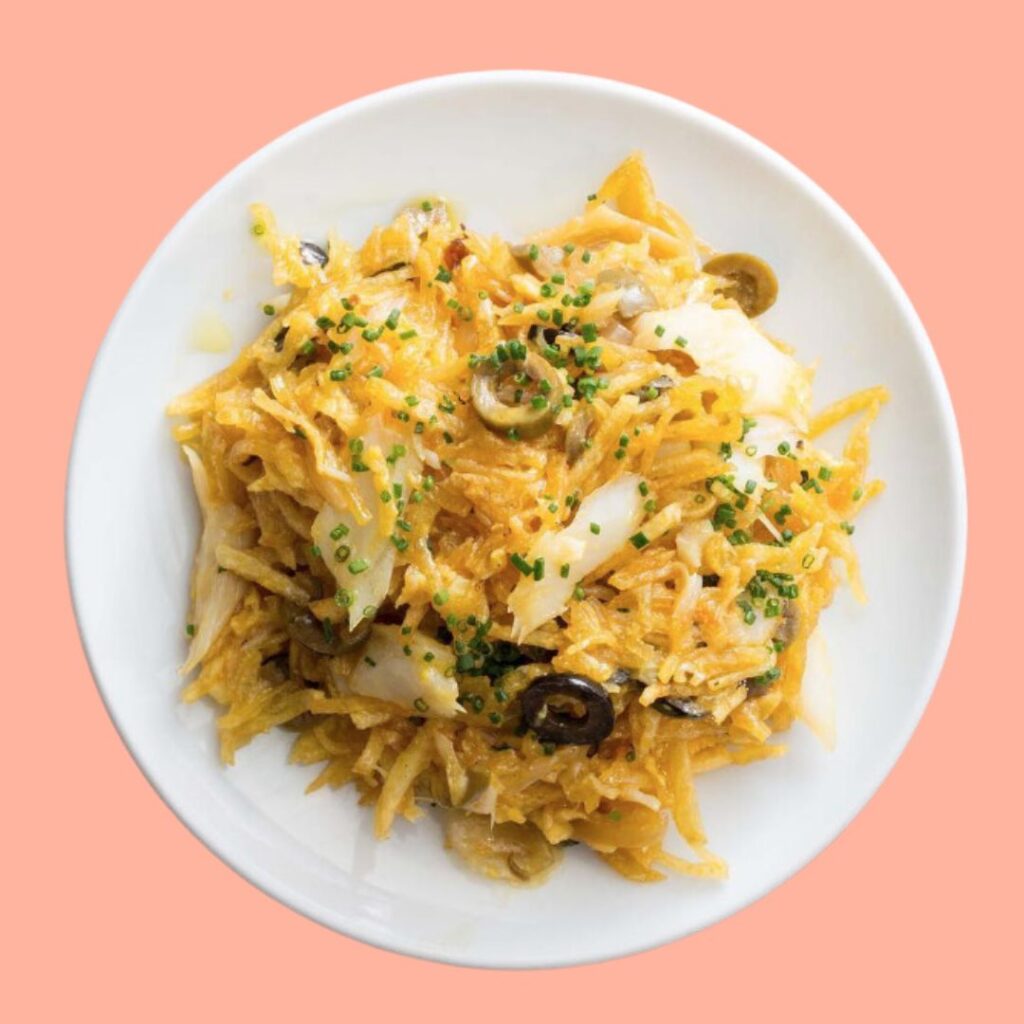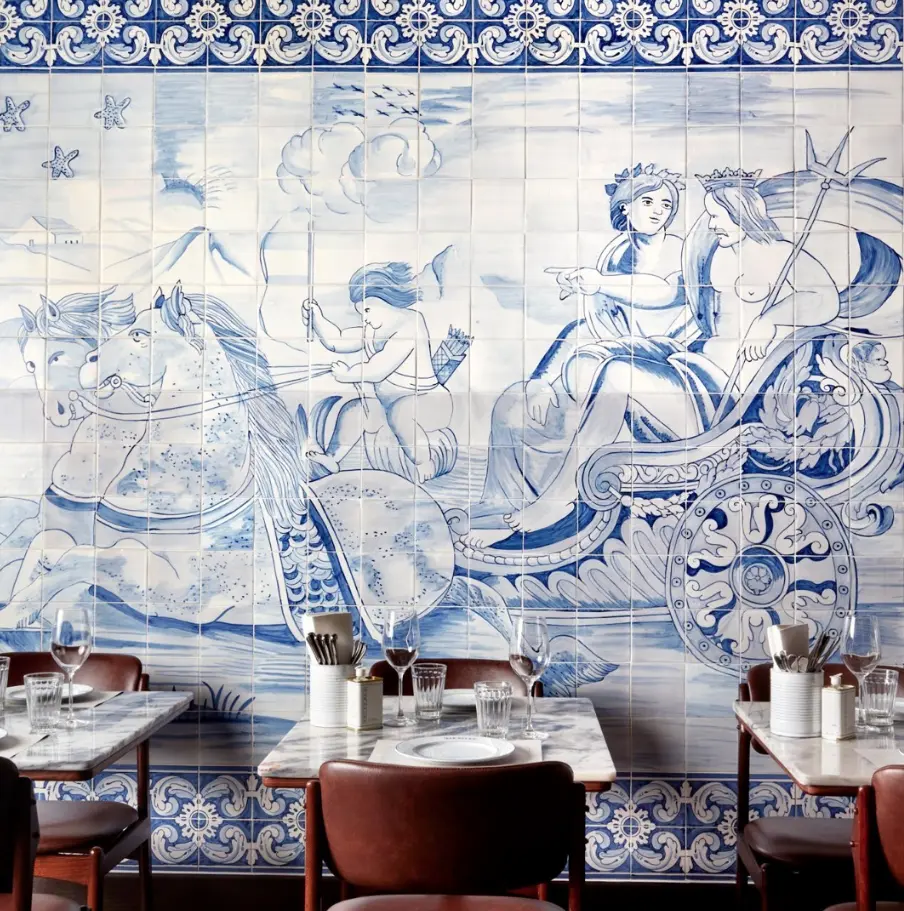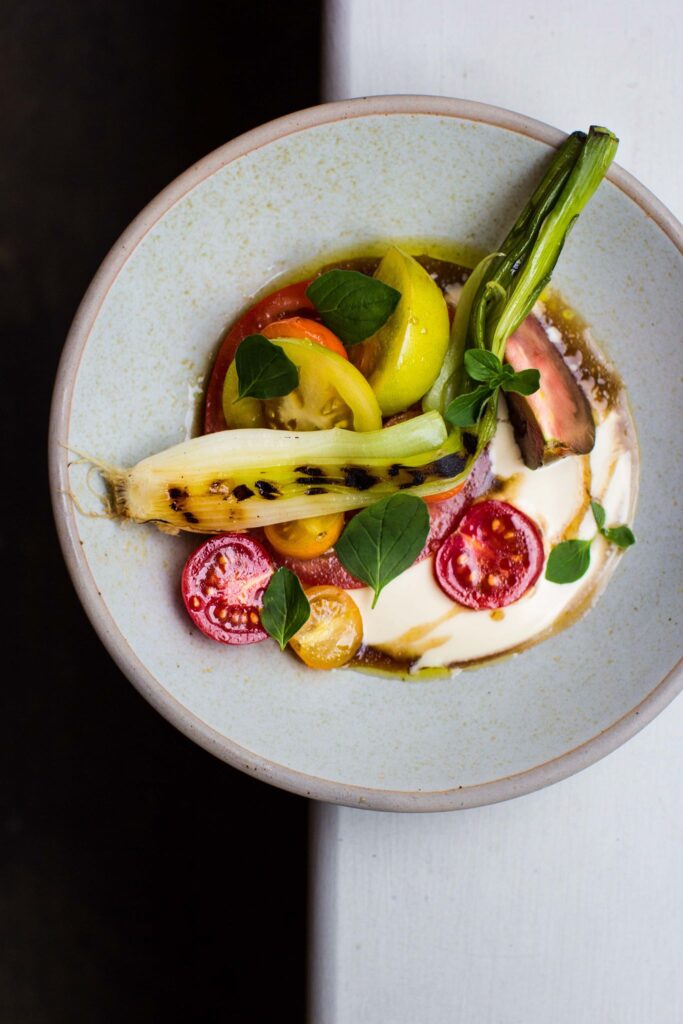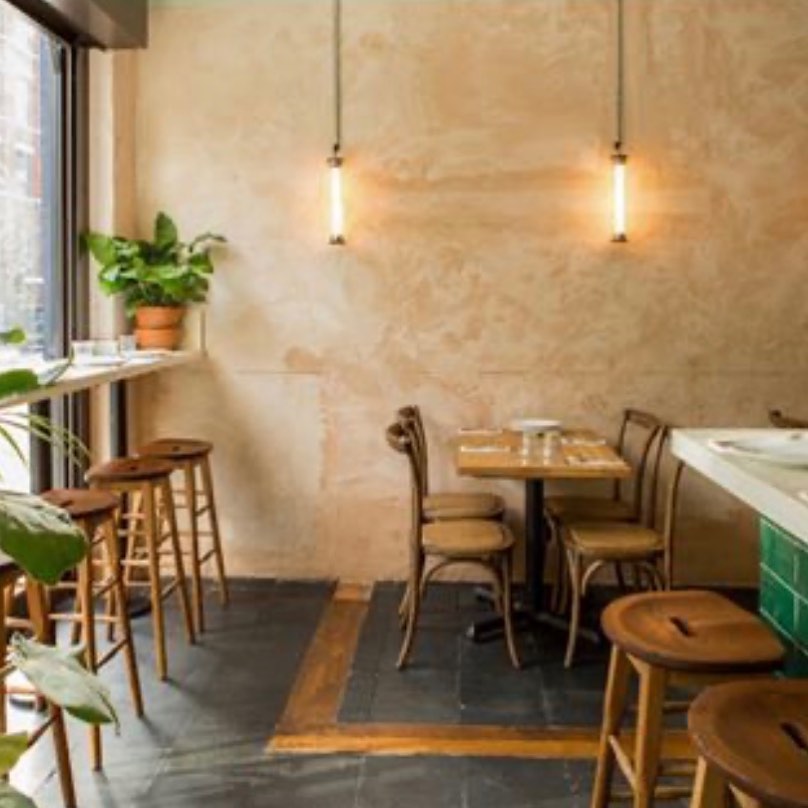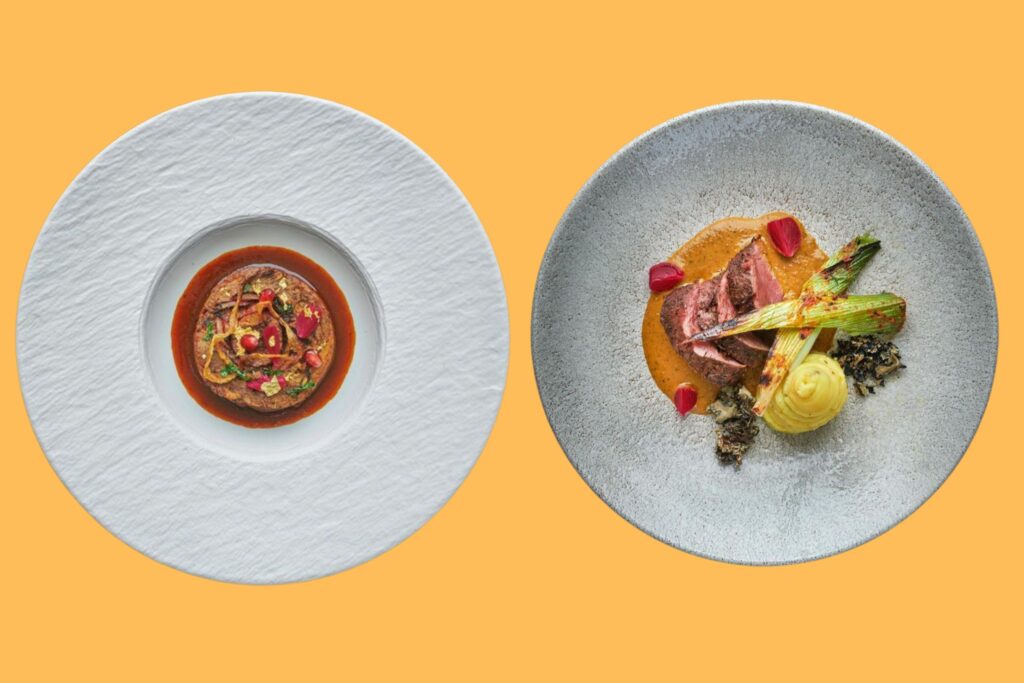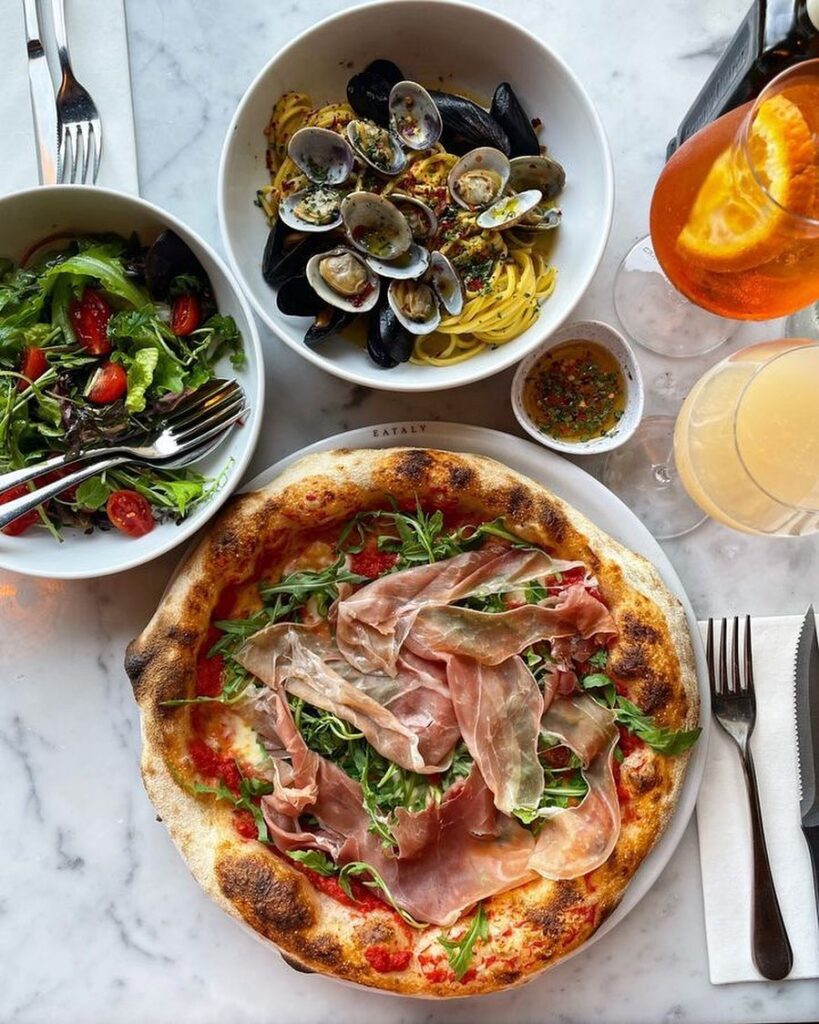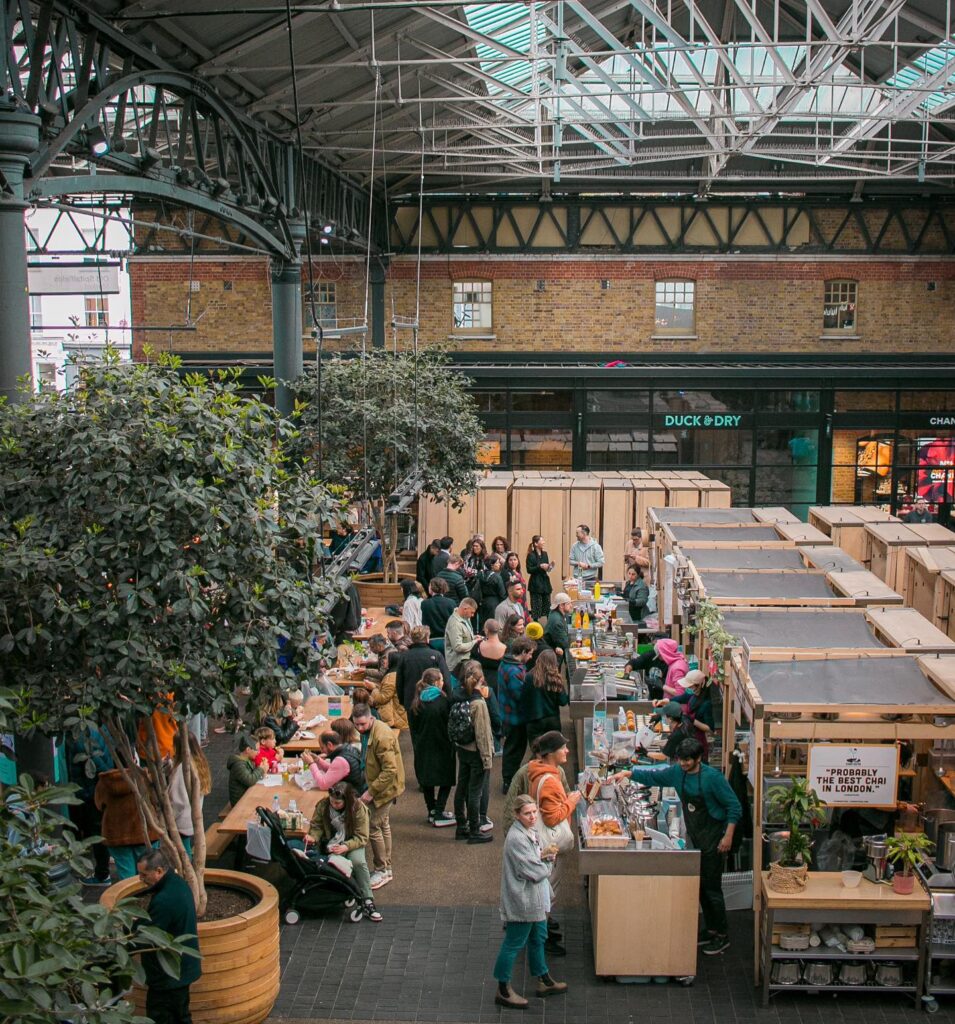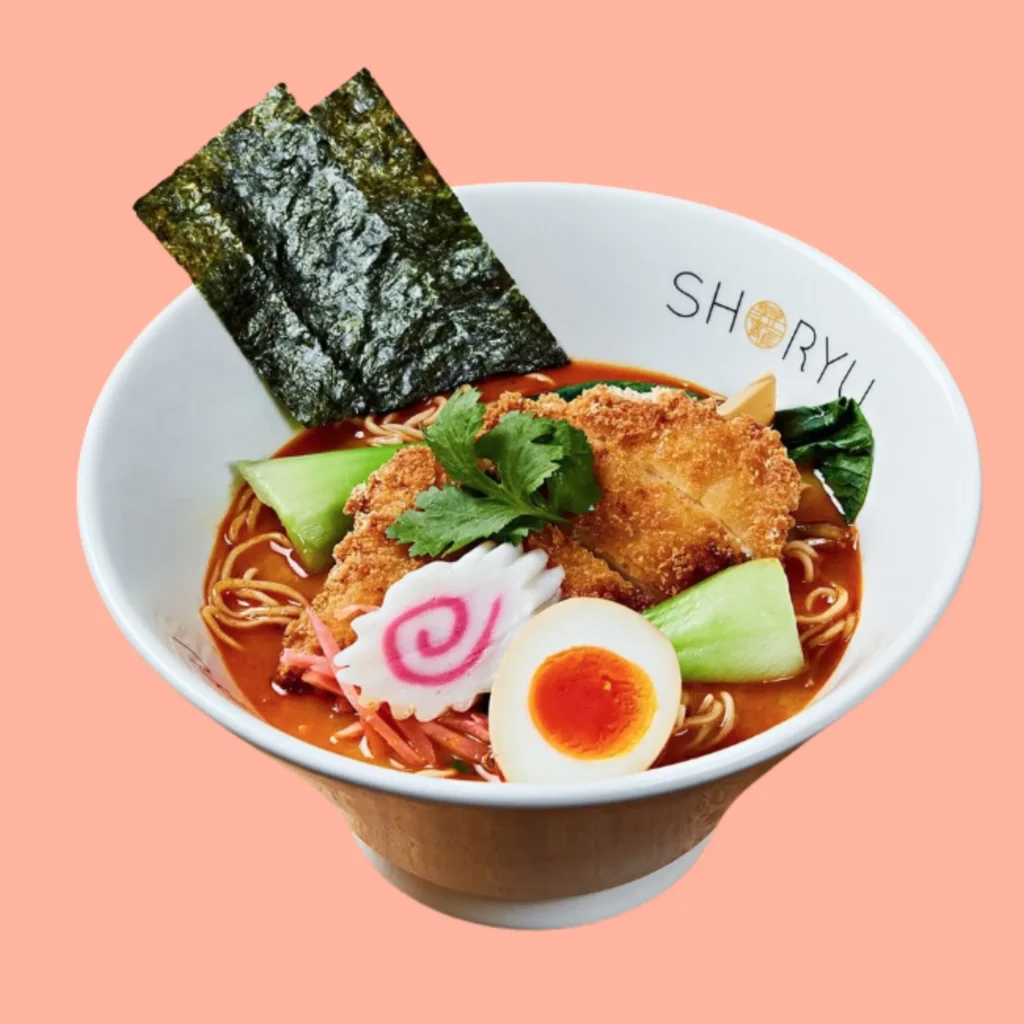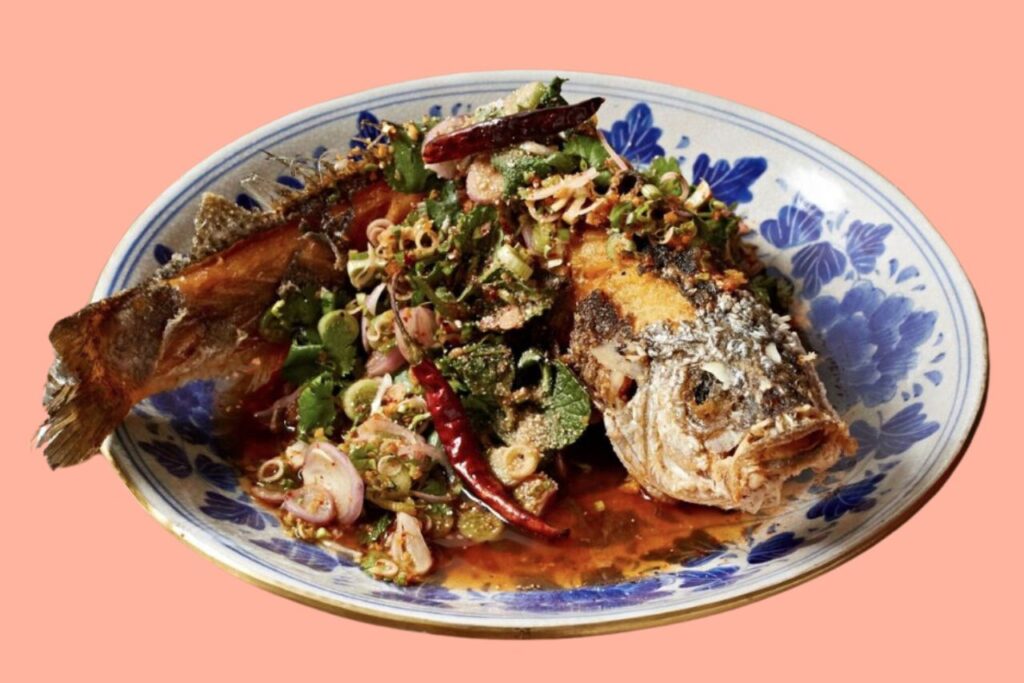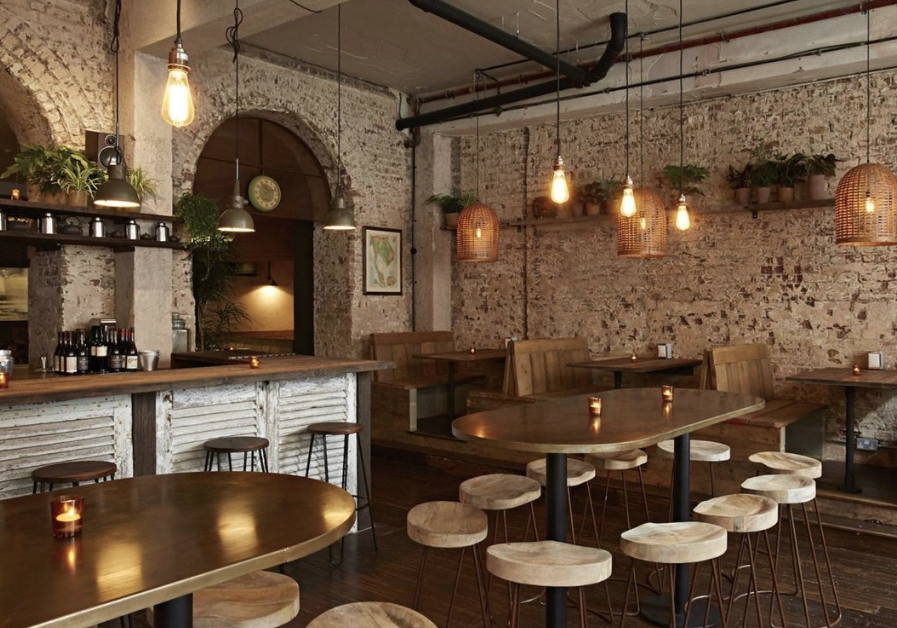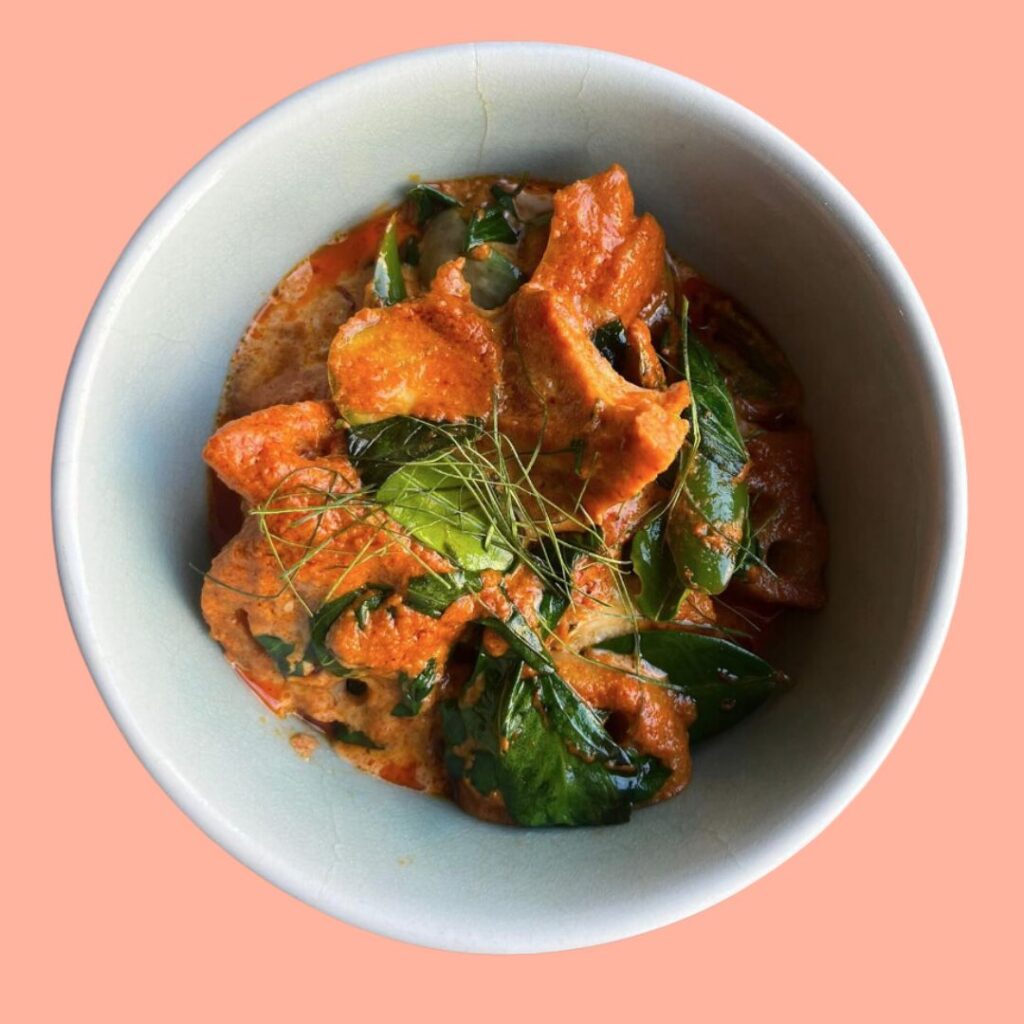First things first; Bangkok can give you the meal of your life on almost any street corner, for just a few sheets of Baht. But with a metropolis of this size, pace and pollution, eating that meal on that street corner may not always result in the most laid back of dining experiences.
Though the idea of going to restaurants and spending relative big Baht on food in Bangkok sometimes feels a little frivolous, this is one sophisticated city, with a culinary scene that’s just as comfortable dishing out multicourse tasting menus as it is pink plastic plates of spicy wonder.
From time to time, it’s nice to take that little big longer luxuriating in this city’s glorious cuisine. In an air conditioned room, back supported and upright in a chair, with a glass provided for your beer, or even, perhaps, with a glass of wine. To take stock of the country, the city and its alluring cuisine. For that, we won’t judge you.
So, with all that in mind, we’ve taken on the unenviable task of eating through Bangkok to give you, in our view, the most essential, scene-defining restaurants in the city. Here is our IDEAL 27; the best restaurants in Bangkok.
Samrub Samrub Thai, Silom
Ideal for a singular, masterful expression of Thai food both past and present…
This intimate, chef’s table experience might boast a Michelin star and a just-announced 47th place on the Asia’s 50 Best Restaurants list, but accolade chasing really doesn’t feel like the point at Samrub Samrub Thai.
Instead, expect a deep dive into historic Thai recipes and a regularly changing tasting menu that places fresh focus on a region, season or simply a vibe with each new menu, whether that’s a celebration of a long-lost Southern Thai seafood recipe book or a whole evening of food inspired by the poetry of the Kingdom of Lanna. Though the influences are idiosyncratic, the result is a singular, masterful expression of Thai food both past and present.
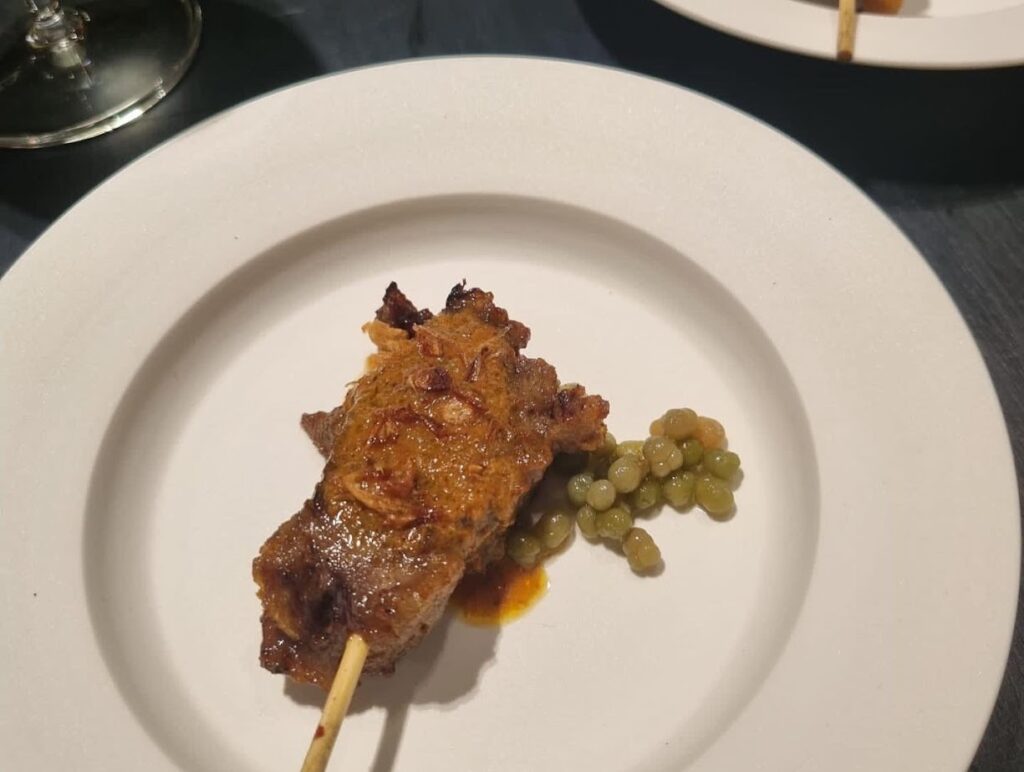
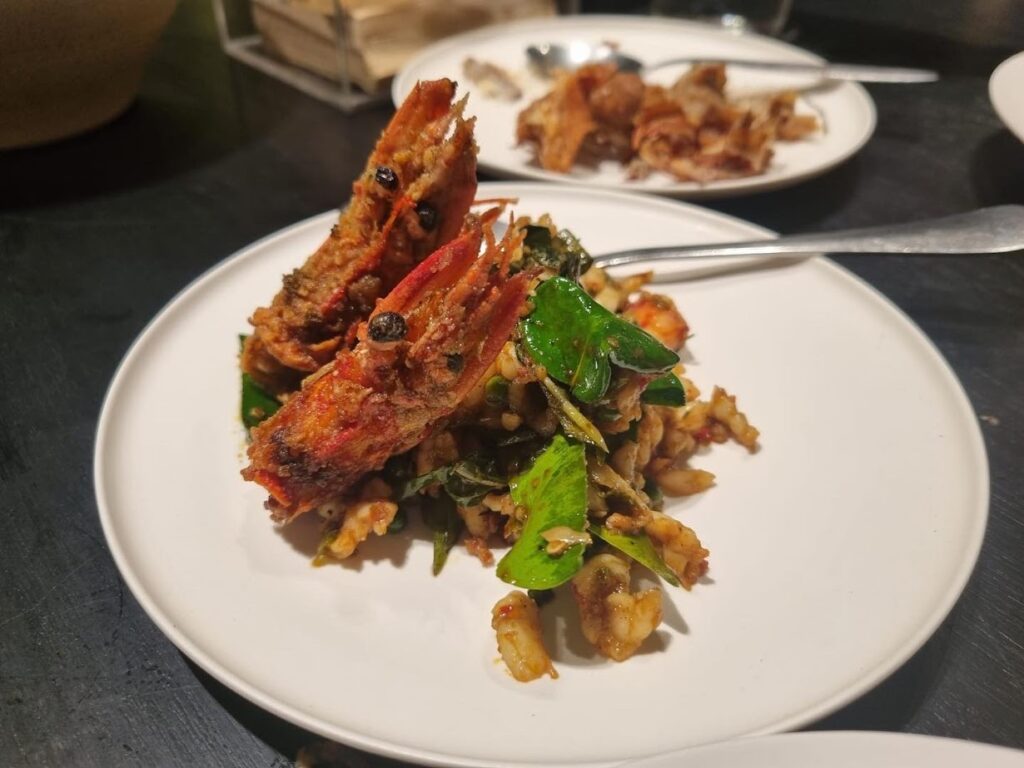

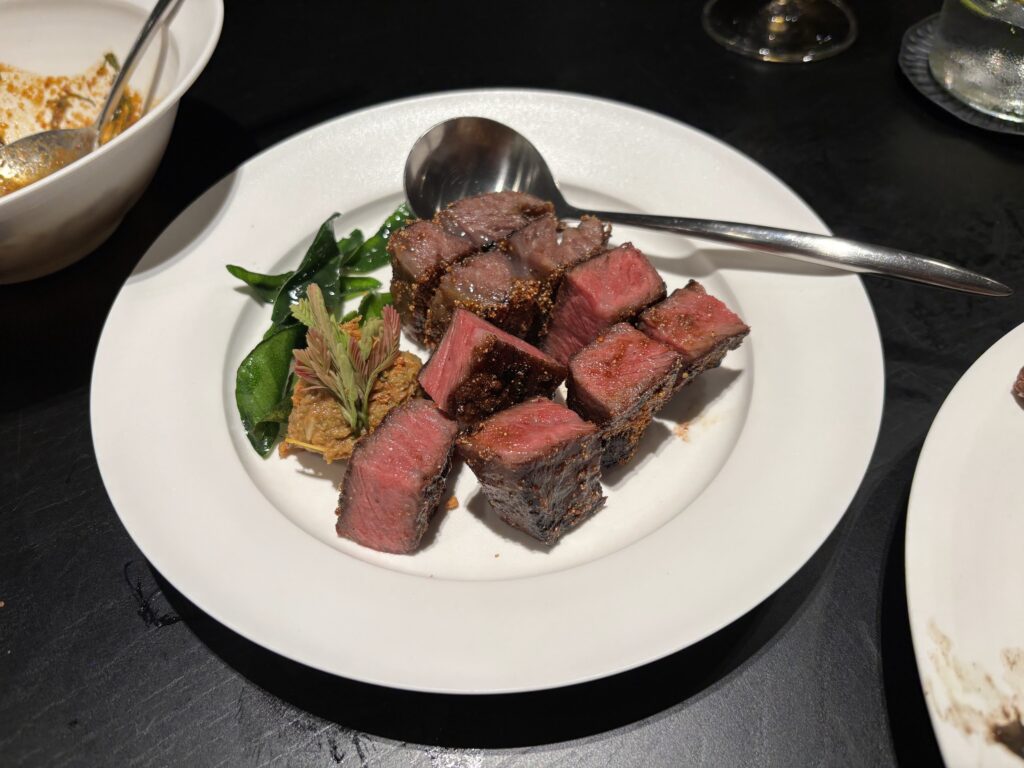
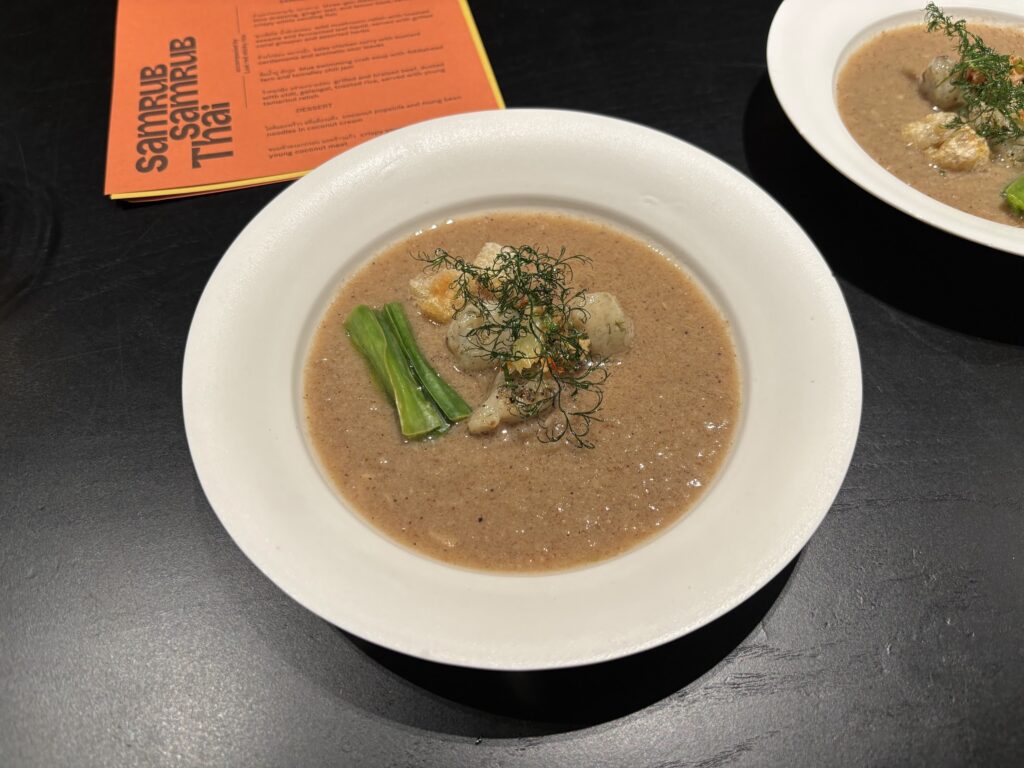
At the stoves here is chef Prin Polsuk, who has some serious roots in Thai fine dining, having been the head chef at Nahm in London when it won its Michelin star, the first Thai restaurant in the world to have done so.
On the plate (and in the glass – there will be numerous gratis shots of chef Prin’s homebrewed liquor handed out!), Samrub is all about generosity, with the main sharing spread at the centrepiece of the tasting menu the perfect embodiment of Thai hospitality.
That generous spirit exemplifies the family-style nature of this brilliant restaurant, with Polsuk’s wife Mint running the front of house operations, and chef Prin happily sharing a little background on the dishes you’re eating, as you eat. An appearance on the Apple TV docu-series Omnivore last year seemed to cement their position as a place that means business.
Running for the past two months and just coming to a close, chef Prin and team have been celebrating the cuisine of Thailand’s Northern mountains and plateaus, and it’s one of the best menus we’ve had here, with loads of undulating chilli heat, tempered acidity and suave glazes.
A real highlight was the fermented rice dumplings in a warming, roundly acidic pork soup. Ditto the grilled and braised Thai beef, served with a piquant, bracing tamarind nahm phrik. To soothe, a coconut popsicle dessert finished things off in some style.
The meal felt particularly well-choreographed this time around, with plates arriving in an increasing blaze of glory until the counter was covered in crockery. Metronomic, tight and precise, sure, but still with a pleasing looseness to the dining room that Samrub does so well. The gratis shot(s) of banana spirit certainly help with that.
This is a restaurant on form, and to our mind, the best Thai food in Bangkok and, by rights then, the world. The fact that the menu changes so regularly and so emphatically is starting to seriously worry our bank manager!
- When is Samrub Samrub Thai open? Samrub is open from Tuesday to Saturday for two dinner servings, one starting at 5:30pm and one at 8pm. The restaurant is closed on Sundays and Mondays.
- Do I need to book in advance? Booking well in advance is recommended, which you can do so on Table Check. You’ll have to pay for the tasting menu in advance, by way of a deposit.
- How much should I expect to spend? The tasting menu here is priced at ฿4290 (around £100), excluding service charge and VAT.
- Closest BTS/MRT? Sala Daeng BTS is a 5 minute walk from the restaurant.
- Ideal Tip: Skip the add on dish, tempting as it will sound. Save your money for the local drink pairings instead which offers interesting tipples like honey mead and lao khao.
Address: 39/11 Yommarat Alley, Silom, Bang Rak, Bangkok 10500
Website: samrubsamrubthai.com
100 Mahaseth, Bang Rak
Ideal for nose-to-tail dining that celebrates Northern Thailand’s resourceful cooking traditions…
100 Mahaseth opened just off Chareon Krung Road way back in 2017. When you consider the Bangkok restaurant scene’s lightning fast evolution, that makes chef Chalee Kader’s homage to the resourceful cooking traditions of Northern and Northeastern Thailand something approaching an institution.
The restaurant’s nose-to-tail, root-to-fruit, brain to balls philosophy has certainly influenced plenty of hip openings in the years that have followed. It feels a little silly saying that, when no-waste, maximum-yield is the only way cooks in rural Thailand have played it for centuries.
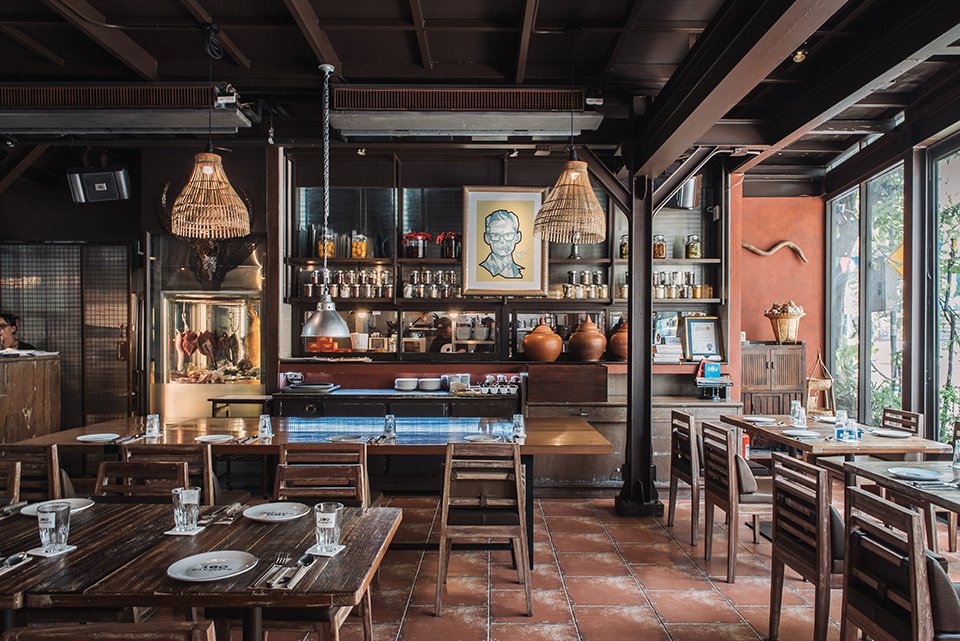
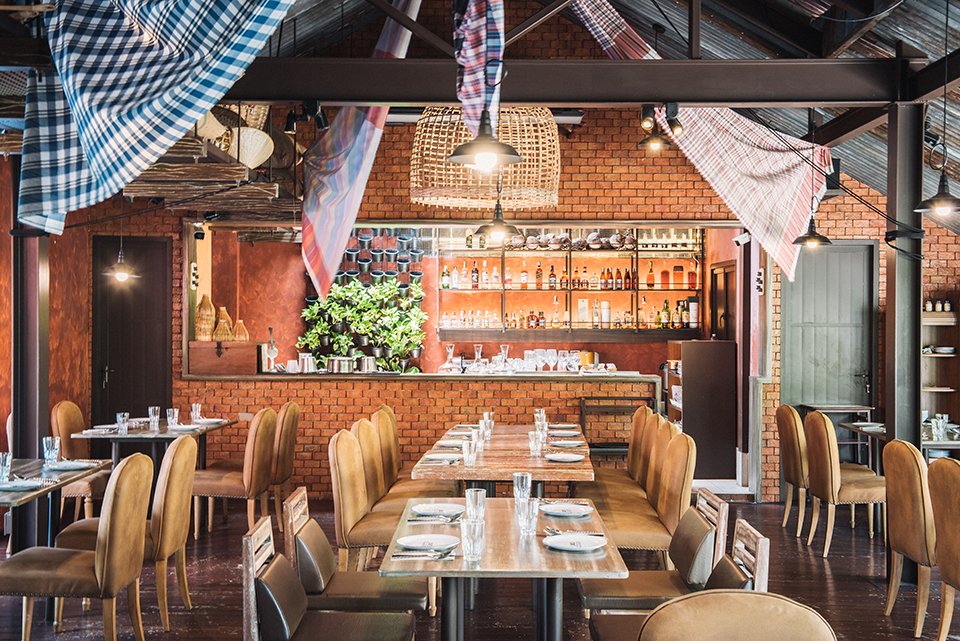
The restaurant’s origin story is an amusing one. “We were supposed to open a pho joint”, Chef Chalee revealed back in 2018, “and we were sourcing so much beef and so many parts for the pho stock and we said ‘What are we going to serve for dinner? We can’t serve pho for dinner’.” This pivot, to using the whole cow and then some, led to one of Bangkok’s most celebrated and distinctive dining experiences. And they do still sometimes serve pho.
Housed in a handsome, revitalised old teak house in Bang Rak, the gorgeous setting plays off perfectly against all that offal, smoothing out the rougher notes and soothing each undulating wave of hard, rasping chilli heat. The flagstone floors feel cooling under foot, and rattan lamp shades throw warm lighting across the dining room, making the old teak wood glow. Traditional molam music plays at a volume so perfectly calibrated that it somehow confirms that everything will be seasoned just right. And so it is.
All ingredients come directly from Thai farmers, including three distinct varieties of rice from Surin province, each offering unique textures and aromas. The signature charcoal-roasted bone marrow is a proper showstopper – an enormous bone halved and roasted, its sumptuous marrow perfectly balanced by scatterings of toasted perilla seeds and slices of lemongrass shaved so thinly they’re rendered almost apparitional. Scoop it up, look for some bread, realise there’s no bread and tackle it with freshly steamed sticky rice instead.
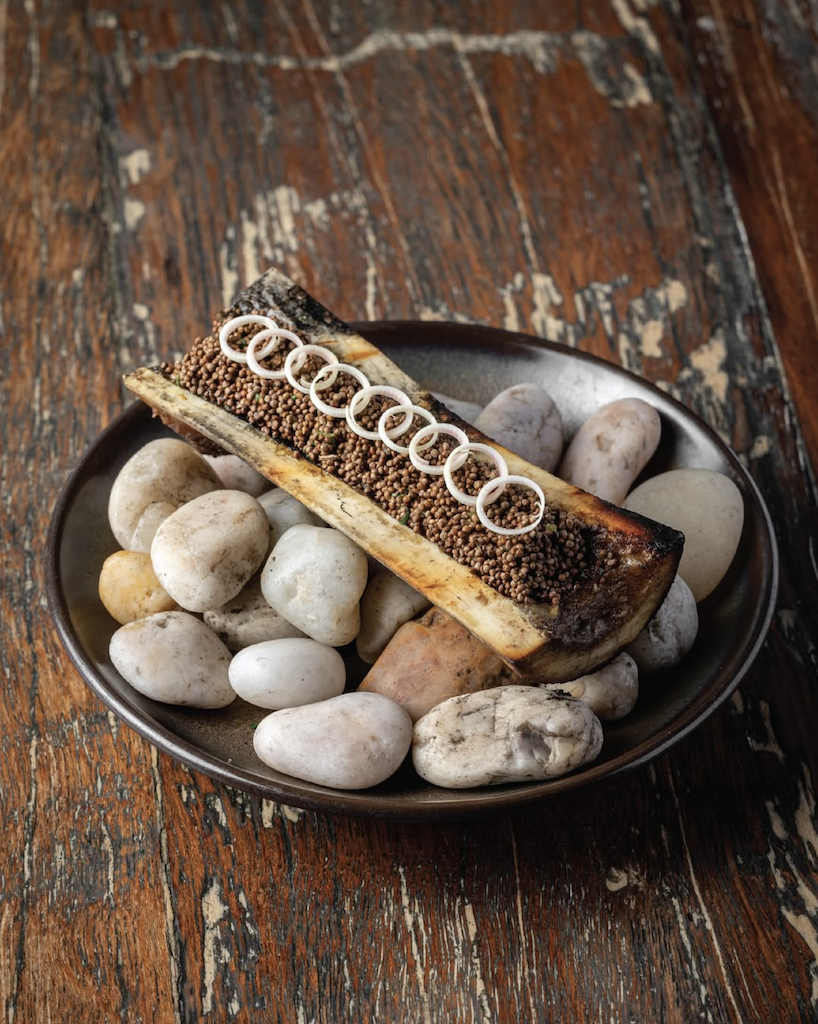
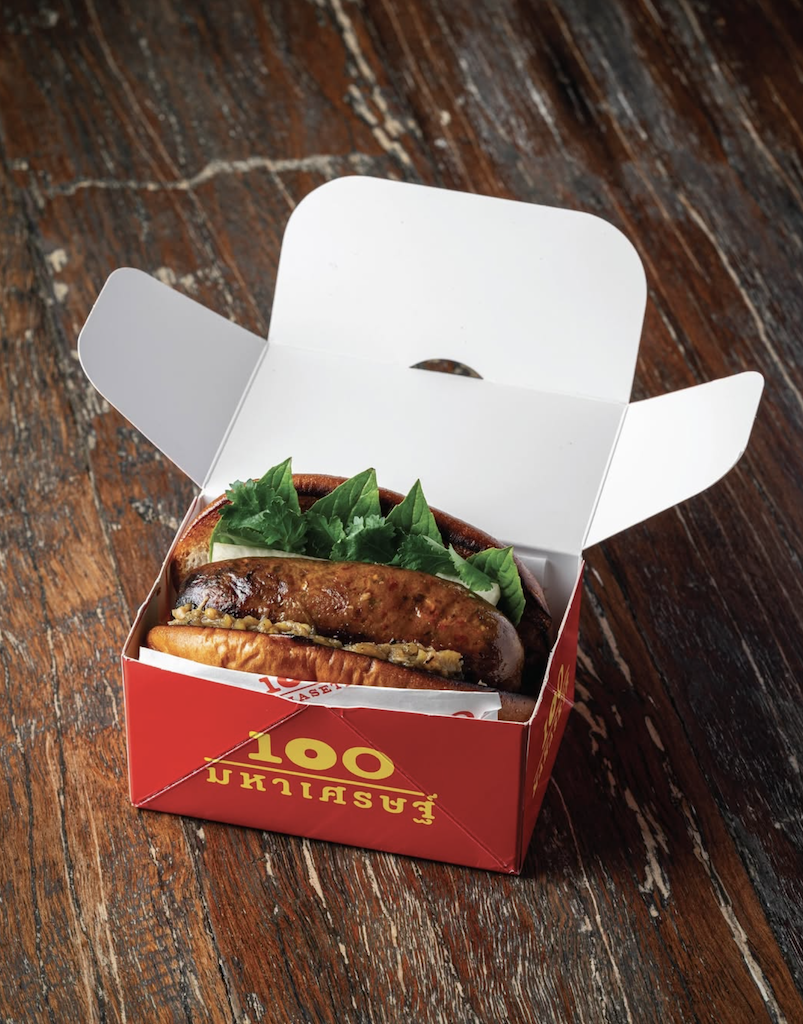
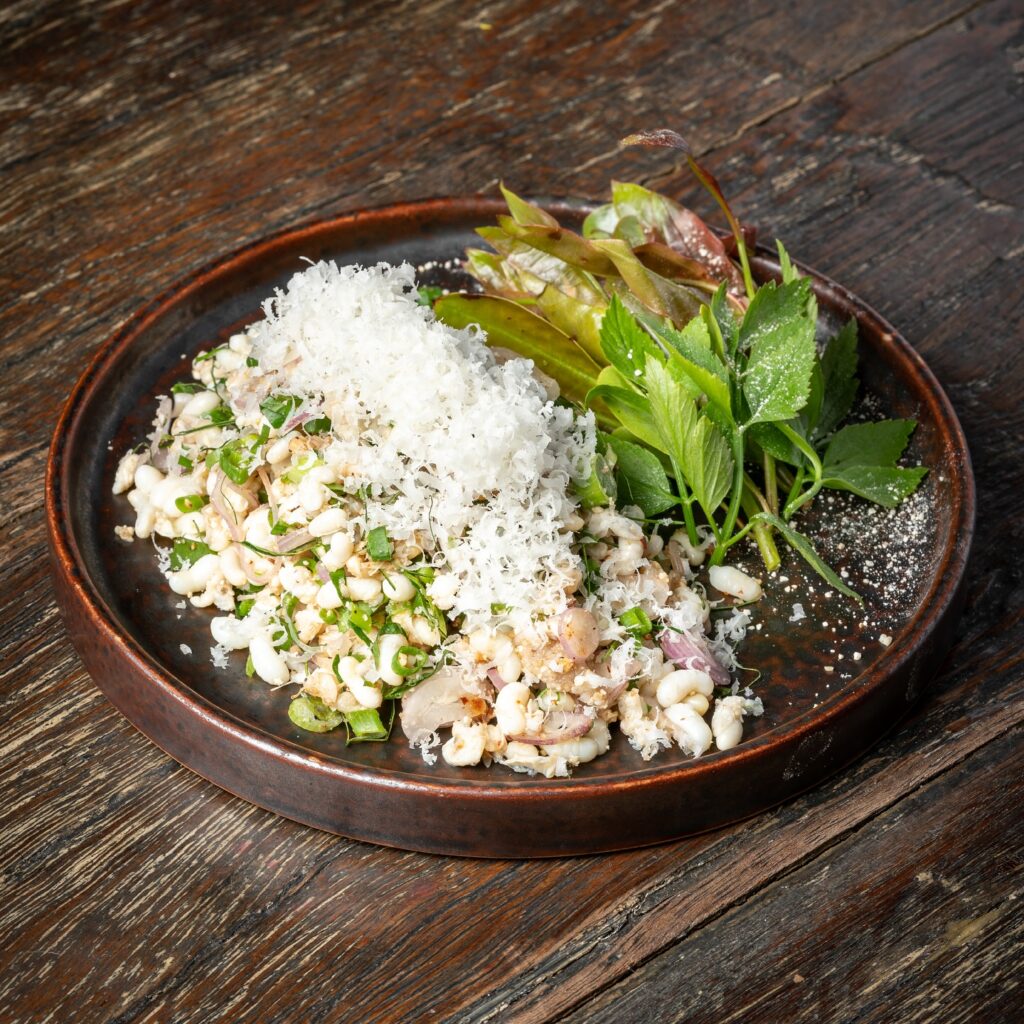
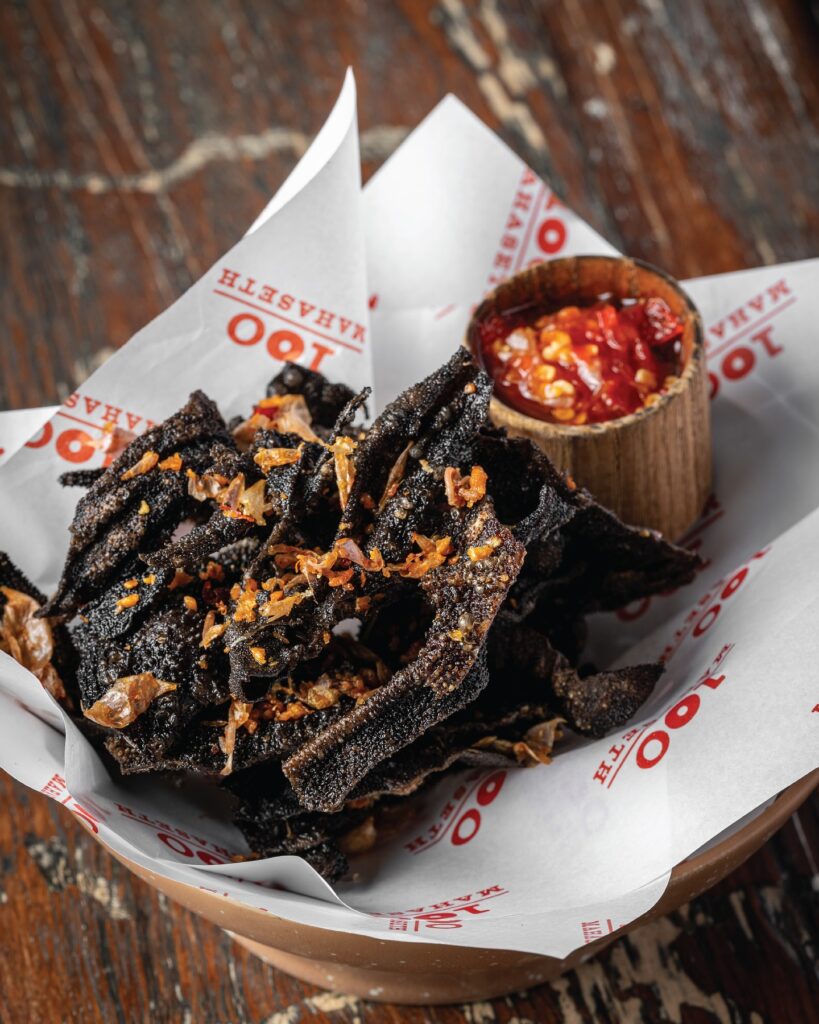
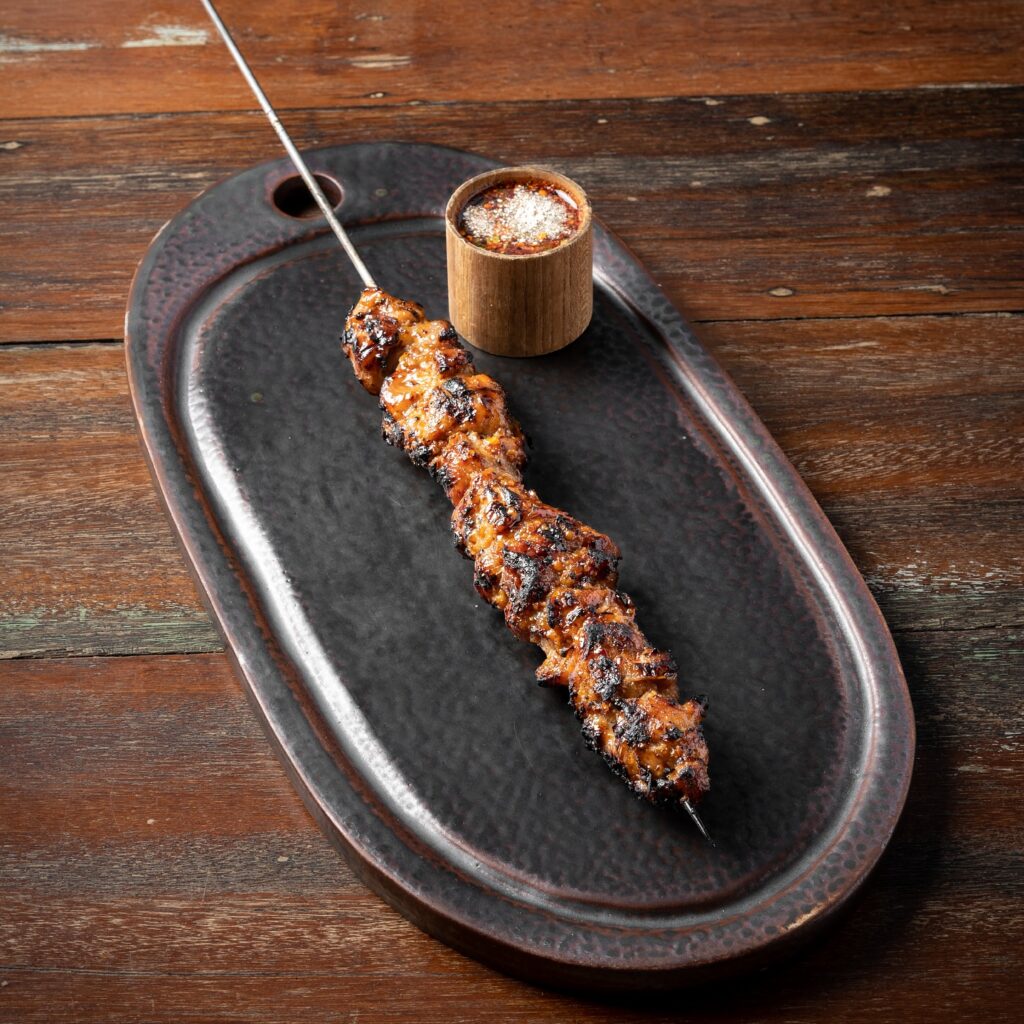
Other must-tries include the playful Northerner’s Hot Dog, featuring a Chiang Mai-style sai ua sausage in a brioche bun with nahm prik noom jam. It’s an idea that’s been imitated many times and in many places since, both in Bangkok and back here in the UK, too. Though it’s the highest form of flattery, those chefs should’ve probably left it to Kader – the OG at Mahaseth is infinitely superior.
The addictive braised, dehydrated then deep-fried fried tripe make the perfect companion to a cold beer, and for those keen to dive deeper, the seasonal koi salad of ant larvae is a joy. Already naturally bursting (genuinely, bursting) with acidity, the larvae is seasoned with lime, toasted sticky rice and chilis. Roasted macadamia is shaved over the top to bolster the nuttiness of the toasted rice. Looking like drifts of parmesan across a risotto, it’s far more technicolour in its flavours; natural ingredients reinforced and amplified, the dish so much more than the sum of its parts.
On the flipside, those looking to eat only the exterior of the beast will find comfort in the Isaan complementary set, often featuring som tam and crispy pork skin with a Thai chimichurri, another item we keep seeing elsewhere lately. Further cold beers follow, perhaps with some skewers of beef liver and ox tongue, and the whole order repeats itself until you’re spilling out onto Charoenkrung Road, dazed, confused and feeling a little feral, thumbing Google for the best whiskey sodas in the immediate vicinity (psst; they were back there, where you left them).
If Bang Rak is a stretch to get to, then you’ll be pleased to hear that there’s a second location in Ekkamai now, featuring a more casual bar set-up, complete with turntables and a vibe that often verges on the raucous. They’ve even recently opened a New York pizza spot opposite, called Across 100, proving chef Chalee’s culinary ambitions stretch far beyond offal.
- When is 100 Mahaseth open? Tuesday to Sunday, 11:30am – 10:30pm. Closed on Mondays.
- Do I need to book in advance? Highly recommended; it’s a popular spot with limited seating.
- How much should I expect to spend? Around ฿2000 per person, though this can vary with specials like aged steak and the amount of booze you consume.
- Closest BTS/MRT? It’s a little off the direct public transport lines. The closest MRT is Hua Lamphong, or BTS Saphan Taksin, followed by a short taxi ride.
Website: 100mahaseth.com
Address: 100 Maha Set Rd, Si Phraya, Bang Rak, Bangkok 10500, Thailand
Gaeng Pa Sriyan, Dusit
Ideal for fiery Northern Thai jungle curry in a no-frills setting…
For over four decades, this beloved local institution has served some of Bangkok’s most downright fiery Thai cuisine. Specialising in northern Thai jungle curry (gaeng pa) – from which the restaurant takes its name – this unassuming local hero has a formidable reputation amongst those in the know for its assertive, roundly spiced signature dish.
Located near Sriyan Market (been saying ‘Syrian’ for years, ffs) in a modern-ish renovated building, Gaeng Pa Sriyan features both an open ground floor dining area where fans blow with such gusto that it’s hard to keep hold of your napkin, and a second floor with air conditioning. Neither can cool the chilli heat of a seriously spicy signature dish.
You don’t need to fear hushed tones or reverent vibes here; this is a busy, no-frills local joint that serves the neighbourhood and its workers far more than the city’s tourists. Sure, there are tablecloths, but they’re not of the starched white variety. Rather, the plastic, wipeable kind, which is kind of useful when you’re lashing back a whole host of addictive sauces, soups and curries with wild-eyed and clumsy-handed enthusiasm.
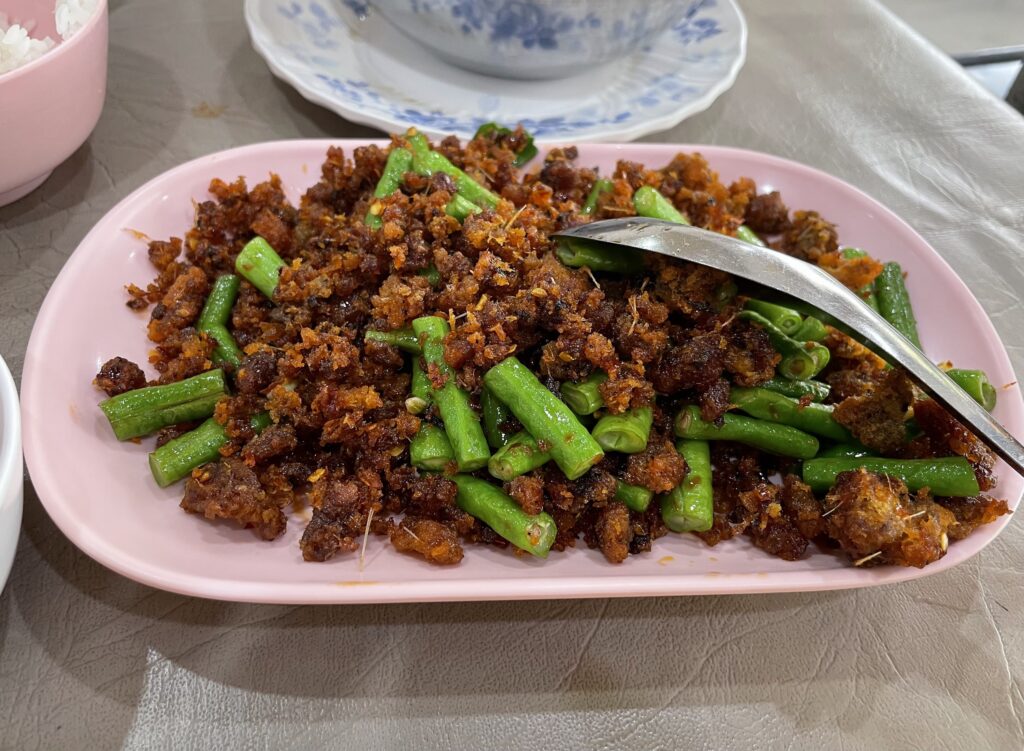

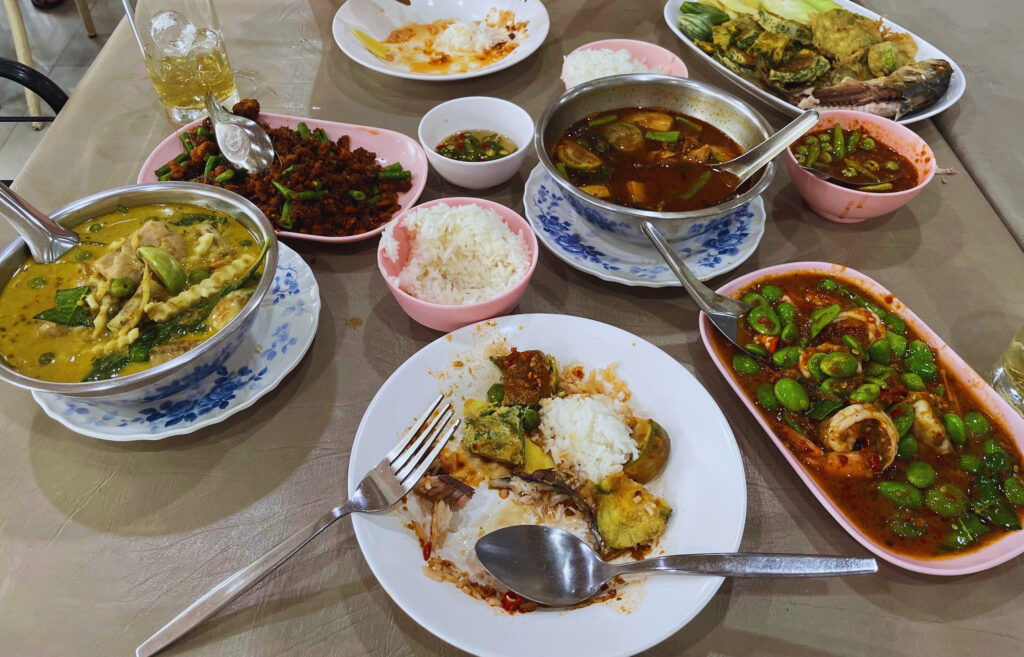
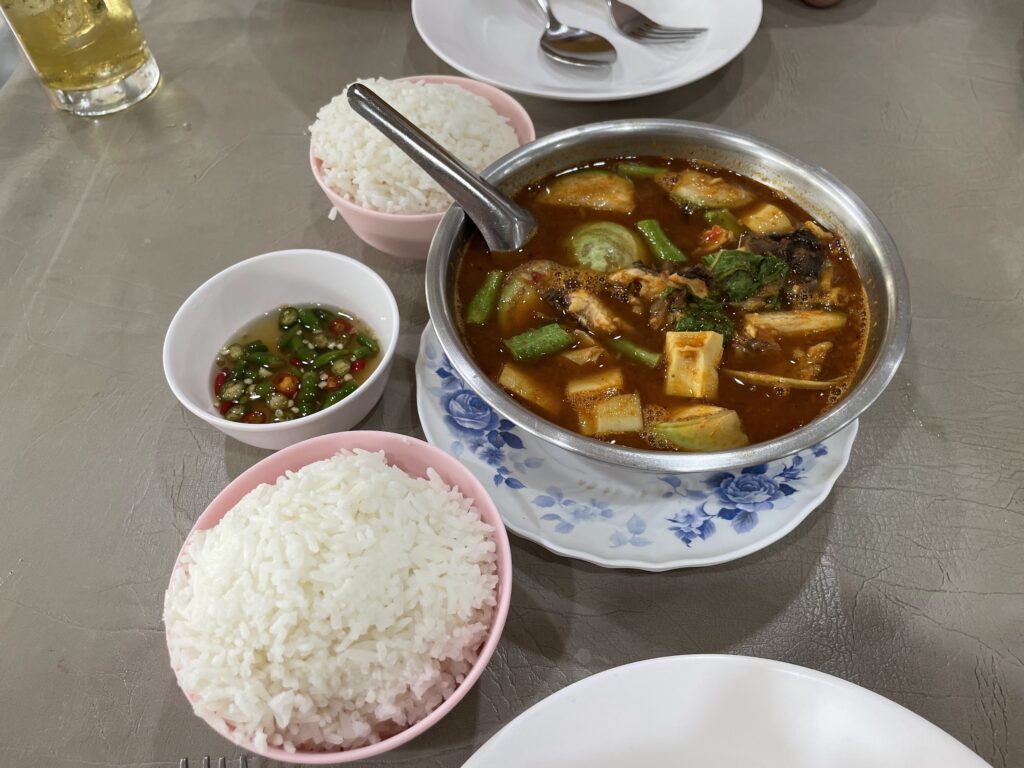
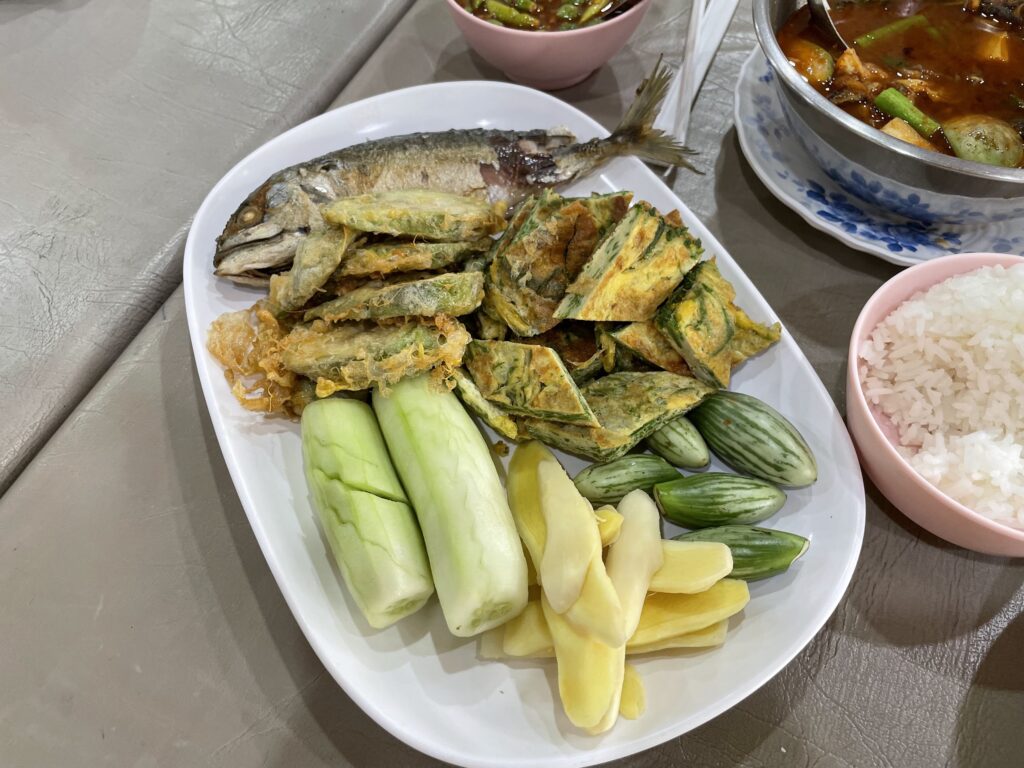
It’s not a boisterous, boozy joint either. Popular with the lunchtime office crowd, the scene is convivial but calm, the food doing the talking, usually at a thrilling, chilli-induced crescendo. Despite its longevity and cult status among Bangkokians with a penchant for pain, the restaurant maintains a low profile. There’s no Insta or Facebook page. You won’t see many reels dispatched from the frontline.
In all honesty, we’re probably overdoing the whole ‘so spicy’ thing in the name of a narrative; the chilli isn’t so crushing that it’s all you can taste, all you can feel. Dishes are served at Bangkok room temperature, allowing the deft spicing and freshness of the aromatic ingredients to come to the fore.
The star of the show is, of course, the jungle curry itself, a herbaceous, fierce thing that’s also complex and nuanced. Traditionally made with wild meats and foraged vegetables from the forest, at Gaeng Pa Sriyan you can choose your protein – options include wild boar, river fish, or frog. Whichever you go for, the supporting cast bring their A-game too; young bamboo shoots, pea eggplants, grachai (fingerroot), fresh green peppercorns, and a generous scattering of herbs, all swimming in that famously spicy, earthy broth, deliver waves of bitterness, astringency, and complexity. God, this curry is good.
Beyond the namesake, other dishes shine just as brightly. The minced quail stir-fried kee mao (drunken) style is sensational, an explosion of savoury bolstered by ground quail (bones included for a crunch), both fresh and dried chillies, and fried makrut lime leaves that bless the whole occasion with a certain floral suaveness.
Southern Thai classics get a good outing, too; the goong pad kapi sator (stir-fried shrimp with stink beans and shrimp paste) is pungent and beautiful, and the green curry of fish balls is a gold-standard version. We concede the latter really was spicy.
After the fire of the main courses, cool down with their excellent durian and coconut ice cream served with sticky rice, and perhaps another round of icy Singha. Then, go back in for round two – this is addictive, intoxicating food that you simply have to surrender to.
- When is Gaeng Pa Sriyan open? Monday to Saturday, 09:30am – 8:30pm. Closed on Sundays.
- Do I need to book in advance? We’re not actually sure you can. We’ve always just rocked up and been seated, though do be aware that it gets busy between midday and 1pm on weekdays.
- How much should I expect to spend? Extremely reasonable. Dishes typically clock in at around THB 150. Expect to spend around ฿600 per person for a generous meal and a beer or two.
- Closest BTS/MRT? The closest BTS station is Victory Monument. From there, a taxi (around THB 60) or bus #14 is needed. Alternatively, MRT Bang Phlat is about 1.5km away, and MRT Bang O is 2km away.
Address: 954 2 Thanon Nakhon Chaisi Rd, Thanon Nakhon Chai Si, Dusit District, Bangkok 10300, Thailand
Choen, Yaowarat (Chinatown)
Ideal for innovative wood-fire cooking in the heart of the hip part of Chinatown…
In a classic shophouse down Trok Panjit, one of the atmospheric alleyways of thriving Soi Nana in Yaowarat, Choen is a relative Bangkok newcomer that’s making serious waves (hmmm, perhaps not the right element here) with its singular focus on live-fire cooking. The name ‘Choen’ is derived from ‘blazing fire’ – a fitting moniker for a concept built around cooking food over charcoal flames.
Opened in December 2023, this intimate 10-seat restaurant is the creation of Chef Geravich ‘Mew’ Mesaengrilverakul, who previously worked at Nahm in its glory days under David Thompson, and as one of the founding members of Charmgang (also on this list).
His concept – ‘Contemporary Cuisine from Fire x Wood’ – might read like a weird modern classical playlist on TIDAL, but there’s nothing pretentious in chef Mew’s masterful control of of the grill. Clearly inspired by Etxebarri, he manages to coax a similar nuance (no higher compliment) in both flavour and texture from the smoke and flame. The main man even crisps up his pork belly – from start to finish – on the barbecue. It’s pure wizardry, and we’re not sure we’ve seen it done so well, so precision-perfectly, anywhere else on the planet.

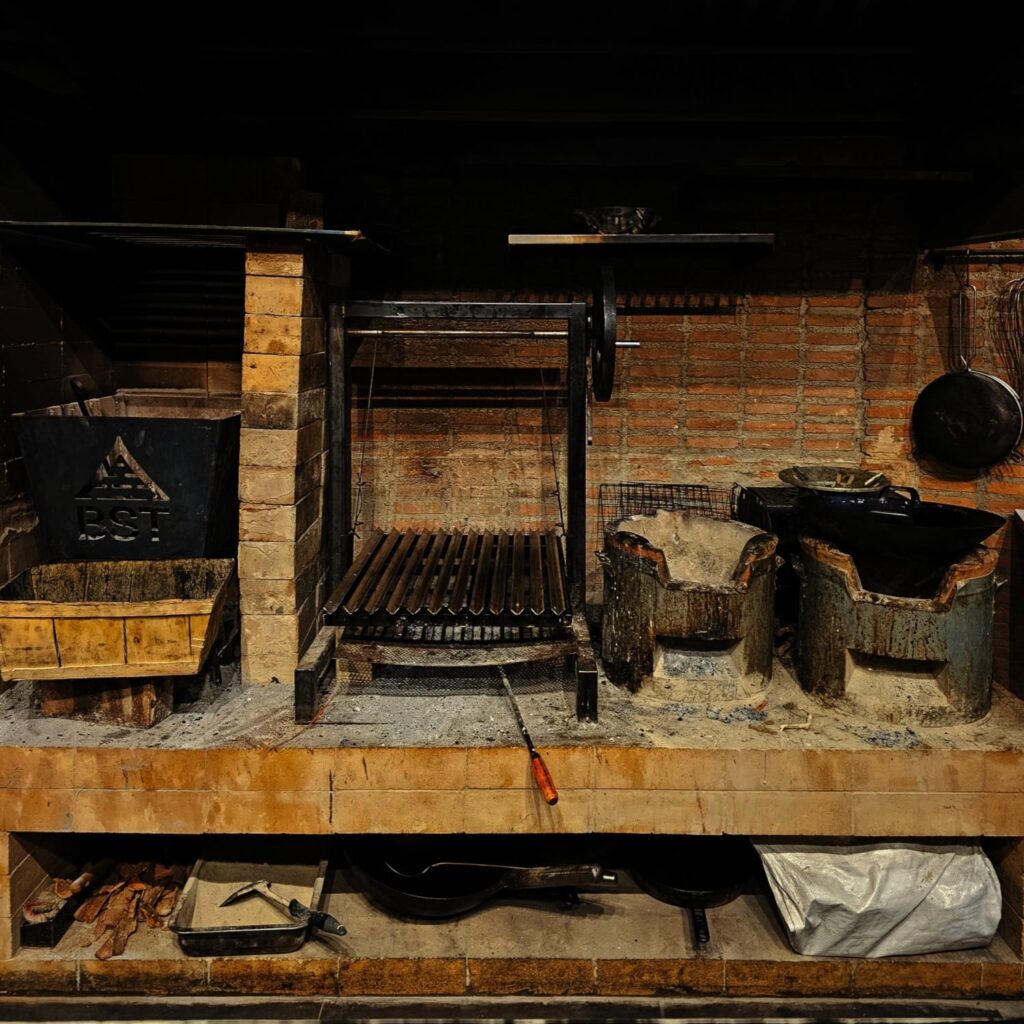
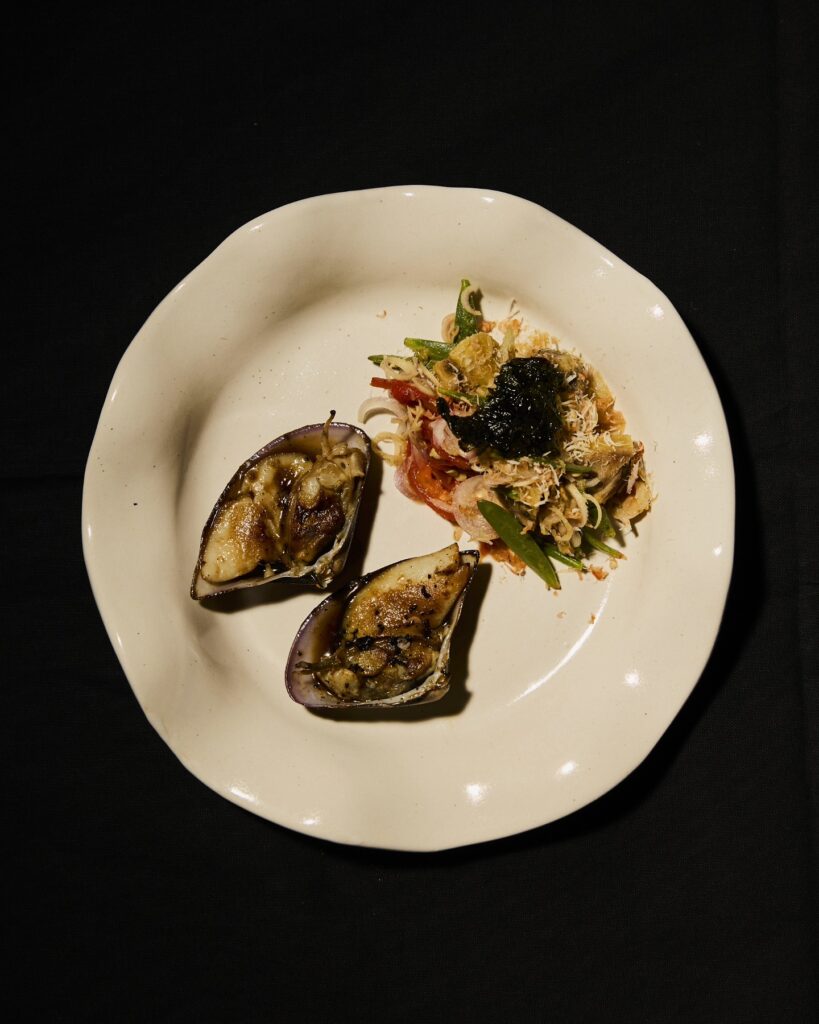
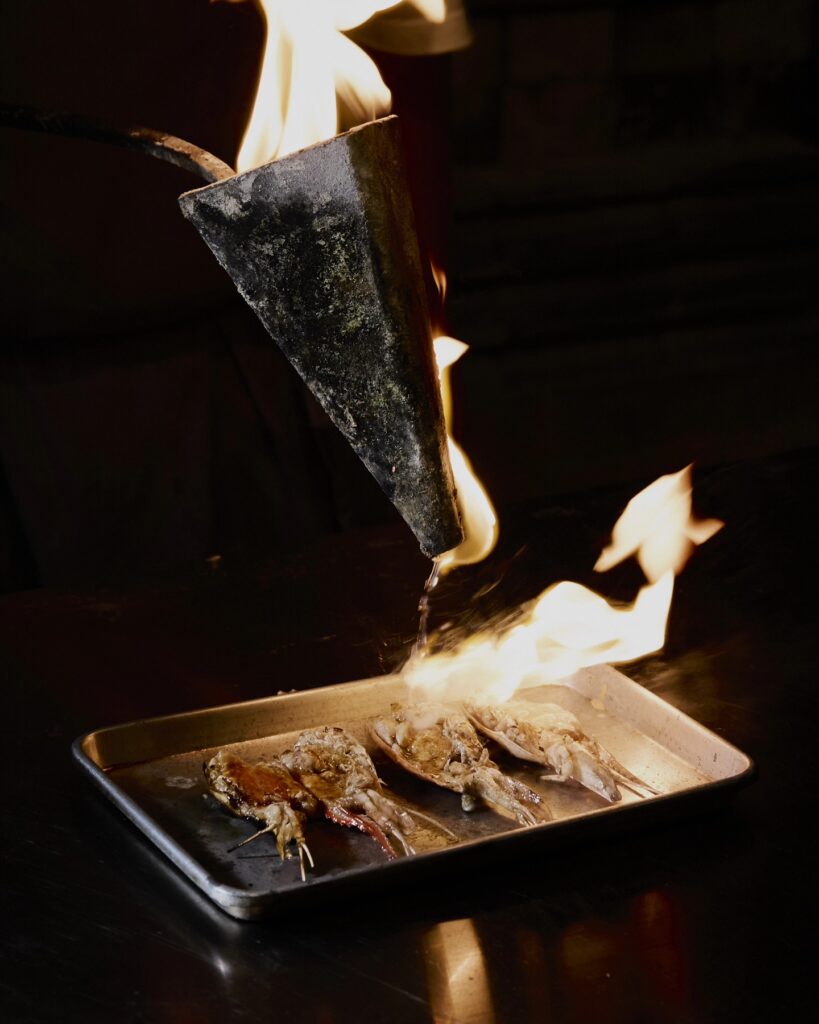

There’s nothing brutish about the application of smoke at Choen. Nothing acrid or amaroidal. That’s all down to the use of five different types of wood in the cooking process, including eucalyptus, longan, and lychee, each imparting specific aromatic qualities to different dishes. Traditional Thai cooking equipment, including grills, smokers, and taos (traditional bucket-like clay burners), add further judicious complexity. It’s all admirably thought out and deliberate – an interesting counterpoint to the unpredictability of the medium.
The seasonal tasting menu changes regularly, showcasing Chef Mew’s skill at balancing traditional flavours with refined presentation. Signature dishes include the giant river prawn curry with coconut buds, flambadou river prawn and shampoo ginger salad, and smoked beef cheek with galangal and pickled lotus root. Even desserts receive the fire treatment, with the coconut ice cream featuring burning longan wood to add smoky notes, and a little crispy pork crackling for a little showmanship. That dessert is mind-blowingly good.
The setting itself is a study in contrasts, with the historic shophouse dramatically transformed into a modern, concrete-clad space within. Sometimes, when flames are licking high and there’s sweet smoke wafting about, you don’t want any more visual distraction.
In many ways, Choen defines what’s best about Bangkok’s contemporary dining scene; modern and forward-thinking, sure, but also rooted in traditional, age-old techniques, with something of the elemental thrown in for good measure. It’s our favourite recent opening in the city, make no mistake.
- When is Choen open? Open for dinner Wednesday to Sunday, 7pm to 10pm. Closed on Mondays and Tuesdays.
- Do I need to book in advance? Essential. Given the intimate setting and tasting menu format, reservations are a must.
- How much should I expect to spend? The 9-course tasting menu is priced at ฿3500 (around £80).
- Closest BTS/MRT? MRT Wat Mangkon is the nearest station, and is just a 5 minute walk from the restaurant.
Website: choenrestaurant.com
Address: 122, 124 Pradu Alley, Pom Prap, Pom Prap Sattru Phai, Bangkok 10100, Thailand
Khaan, Phloen Chit
Ideal for precise, Kingdom-spanning plates from one of Thailand’s most exciting young chefs…
Fresh from winning Tatler Best New Restaurant In Asia for 2024, Khaan represents the next step in chef Sujira ‘Aom’ Pongmorn’s impressively precocious culinary journey. Having earned her stripes (or should we say stars) with a Michelin-starred tenure at Saawaan, the Young Michelin Chef 2021 winner has created something rather special here: a Thai fine dining restaurant that feels both fresh and worthy of a special occasion.
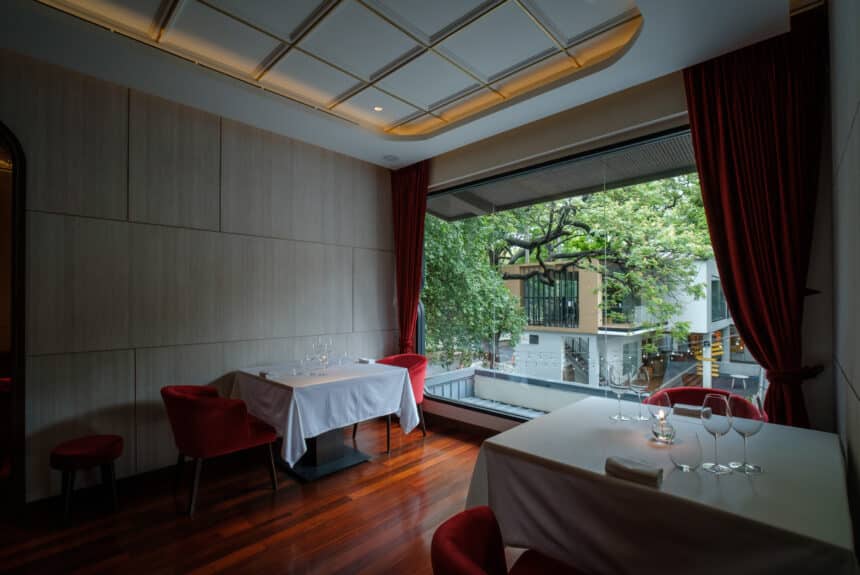
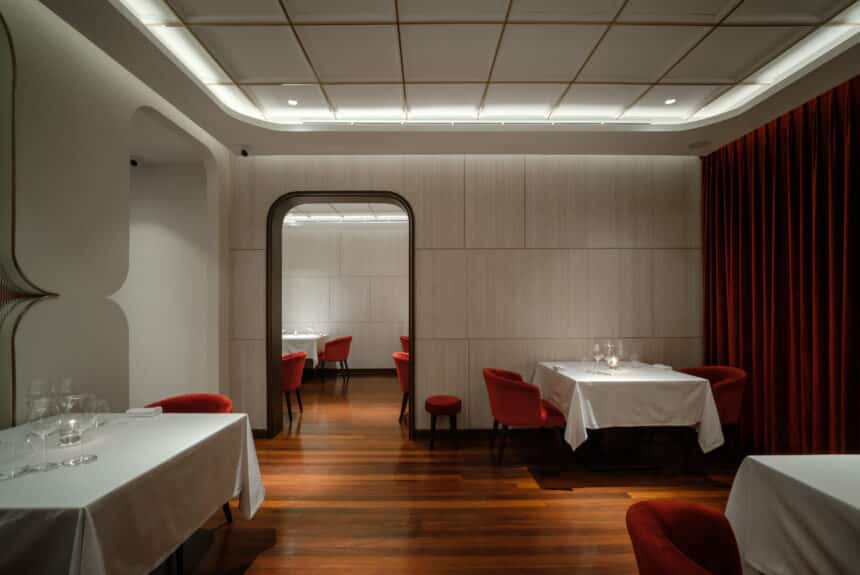
While new Thai tasting menus that ‘elevate’ the world’s most satisfying street food dishes into fiddly little bites are ten-a-penny in Bangkok these days, Khaan is in a different class to the vast majority of them. There’s real skill and craft emanating from the glass-panelled kitchen, visible as you pitch up Soi Som Khit, a young team working away with both precision and beaming smiles. It looks like an agreeable place to work, which is always reassuring when you’re settling in for the evening.
The name ‘Khaan’ – meaning both ‘tiger’ and ‘proclaim’ in Thai – feels apt for a restaurant that roars with such confident delivery. In a sumptuous, red velvet-clad room, Chef Aom serves an 11-course tasting menu that changes regularly, but rather than focusing on one region, each dish aims to celebrate a different element of Thailand’s rich culinary diversity. It’s ambitious, but it pays off.
This is immediately apparent in the opening quartet of snacks that traverse the country, with South, Central Plains, North and East all represented. Though dainty, they pack a proper punch, particularly the genius crab and egg yolk curry that arrives as a single spoonable bite in an egg shell – assertive with chilli heat yet tempered by its decadence. It’s a fine way to start any meal.
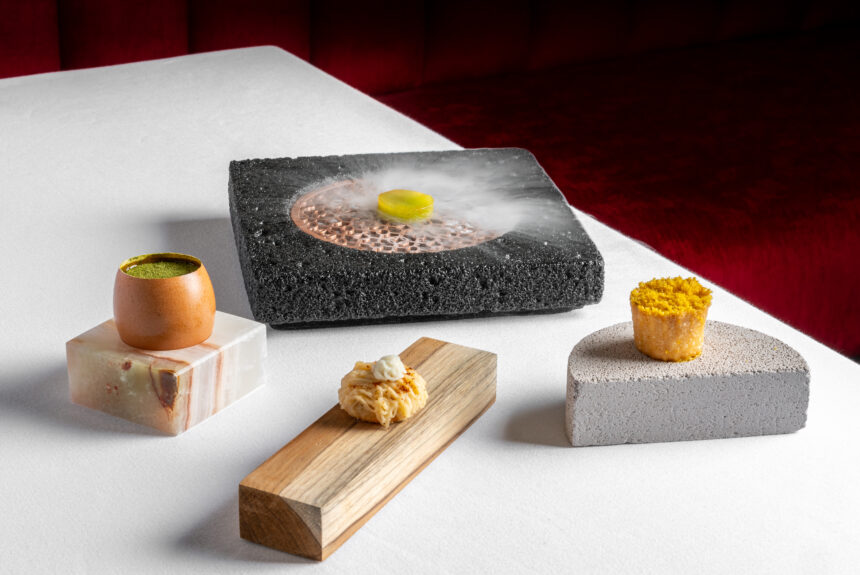
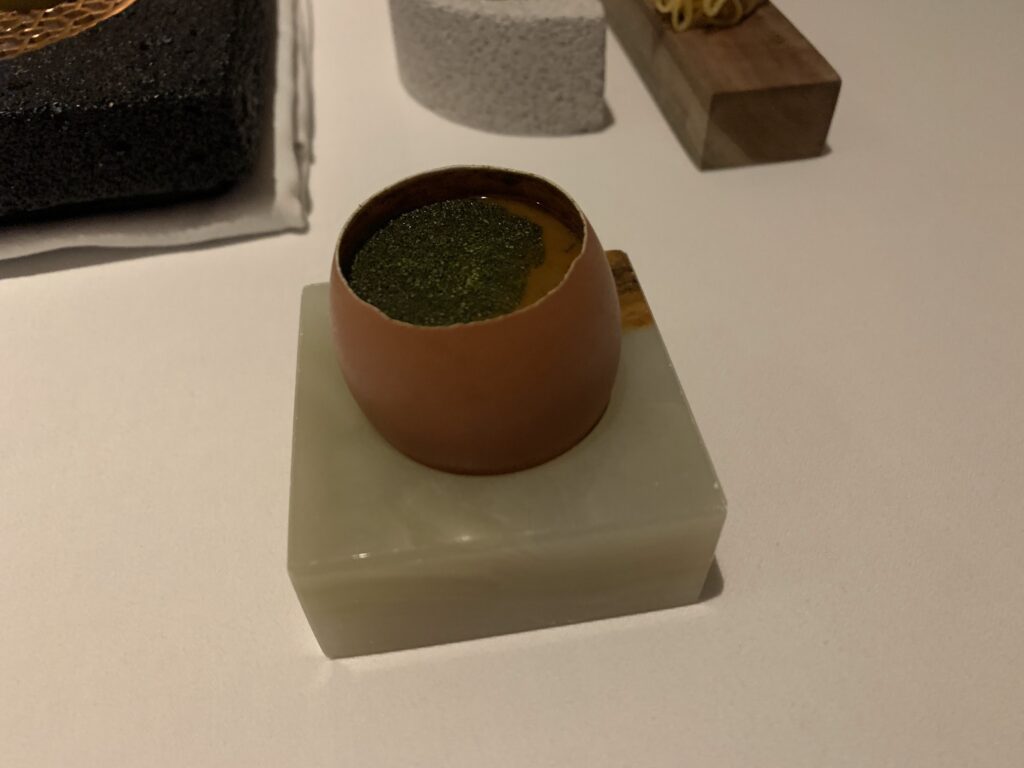
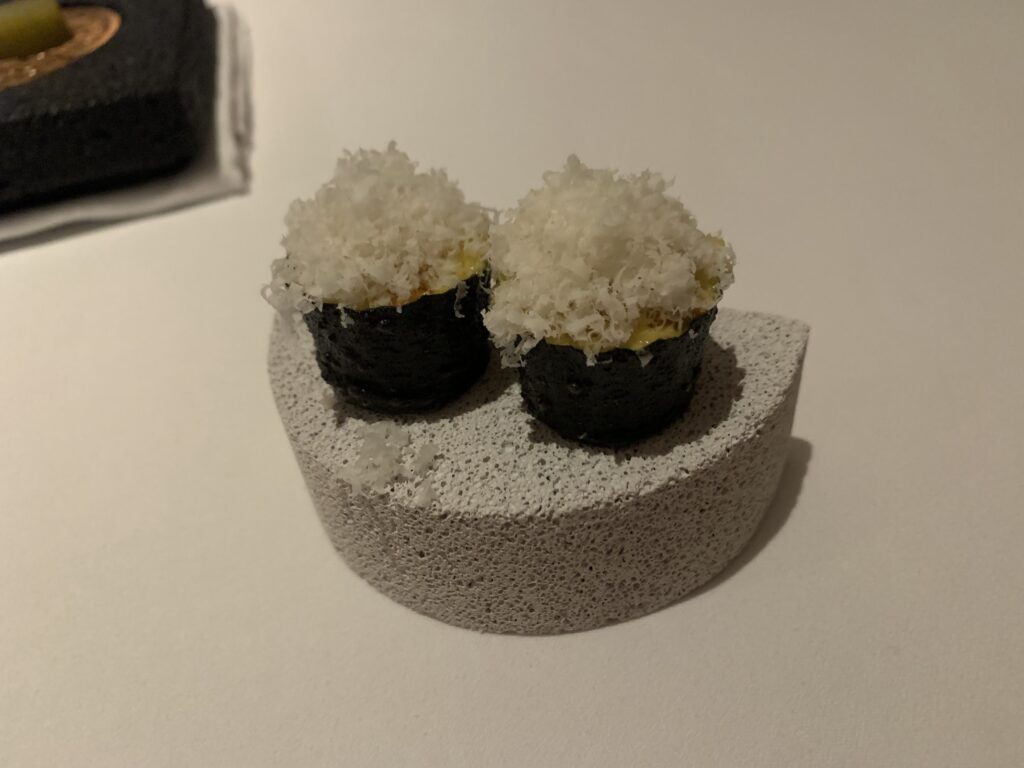
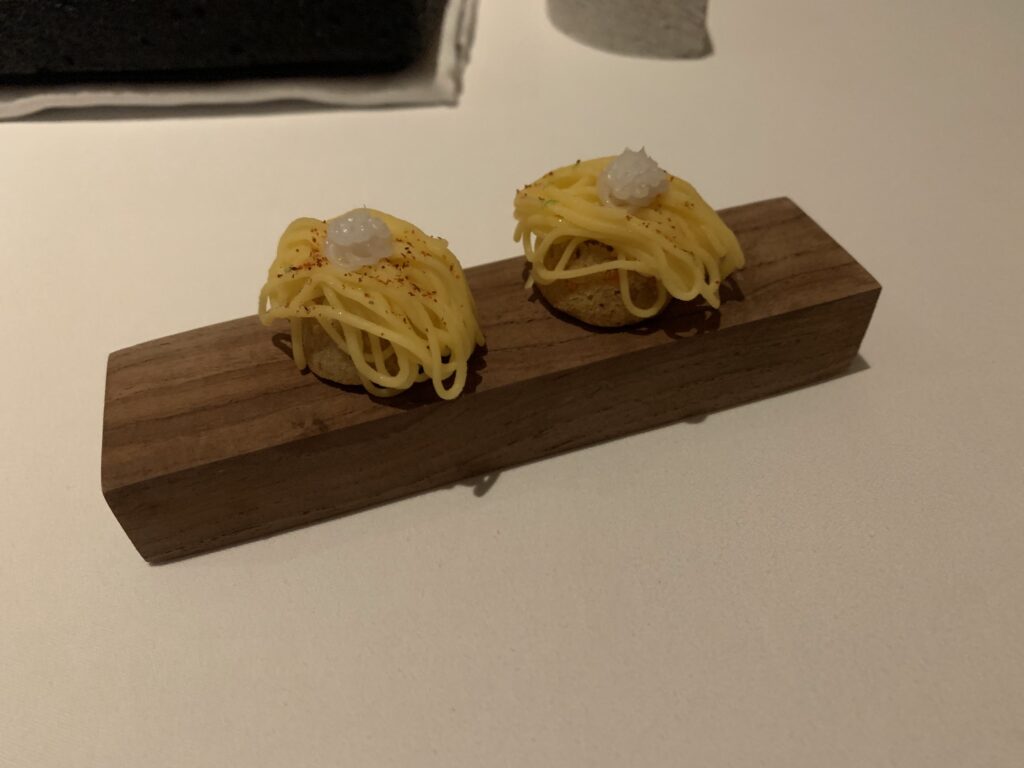
Considering the variety of techniques and ingredients that span from northeast to deep south, the menu maintains admirable cohesion despite its geographical breadth – a testament to chef Aom’s delicate touch.
The menu progresses thoughtfully, with an Andaman tiger prawn with homemade pickled lime and tomalley cracker setting the tone early. Designed to reflect familiar tom yam flavours in an interesting way (mission accomplished), it gives way to the meal’s highlight – rice paddy crab with sticky rice. Peel back the grilled banana leaf to reveal smoky rice within, perfect for swiping through a relish of paddy crab presented in its tiny shell. It’s a rich, luxurious, complex affair where rice somehow still manages to be the star of the show, just as it should be.
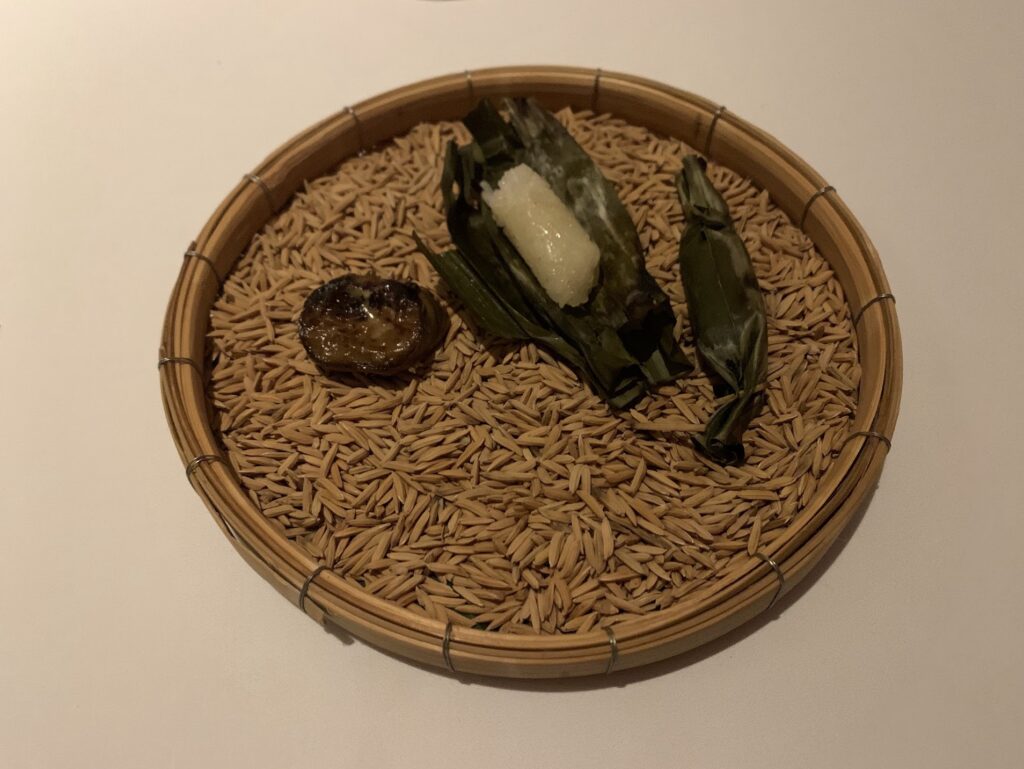
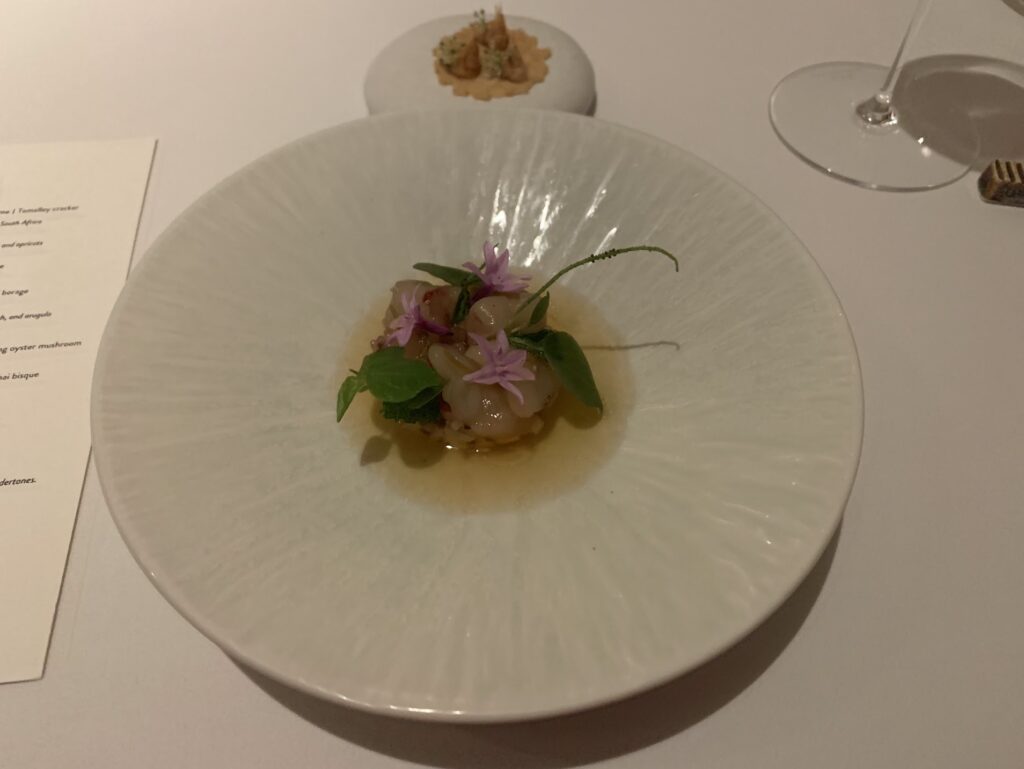
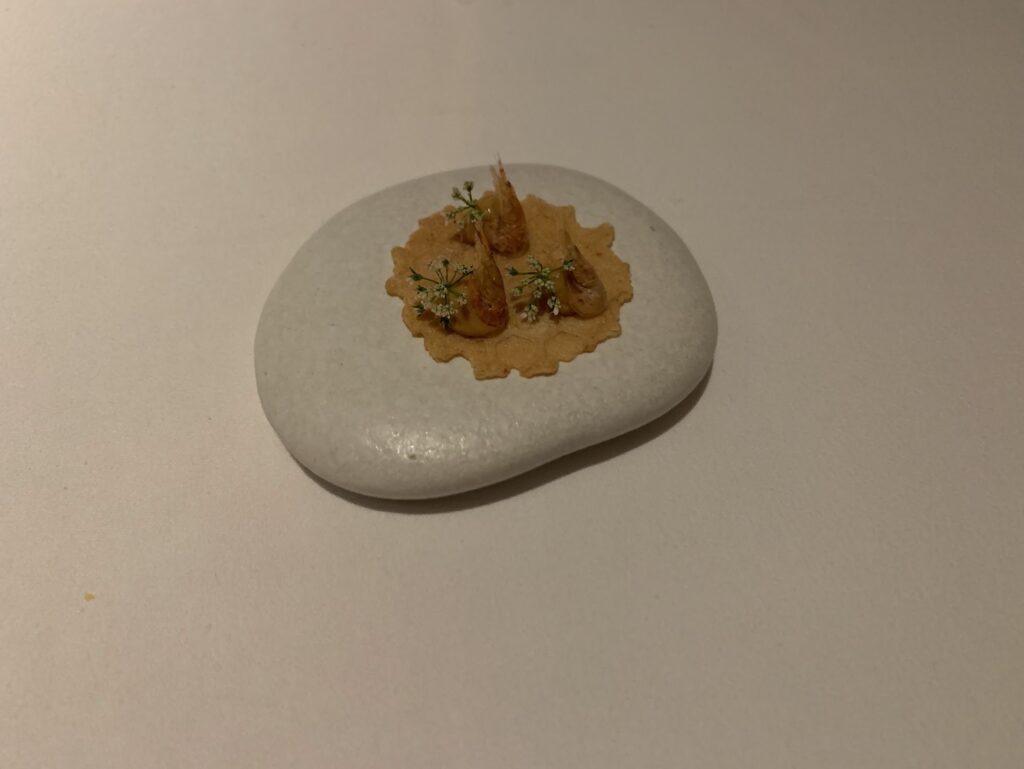
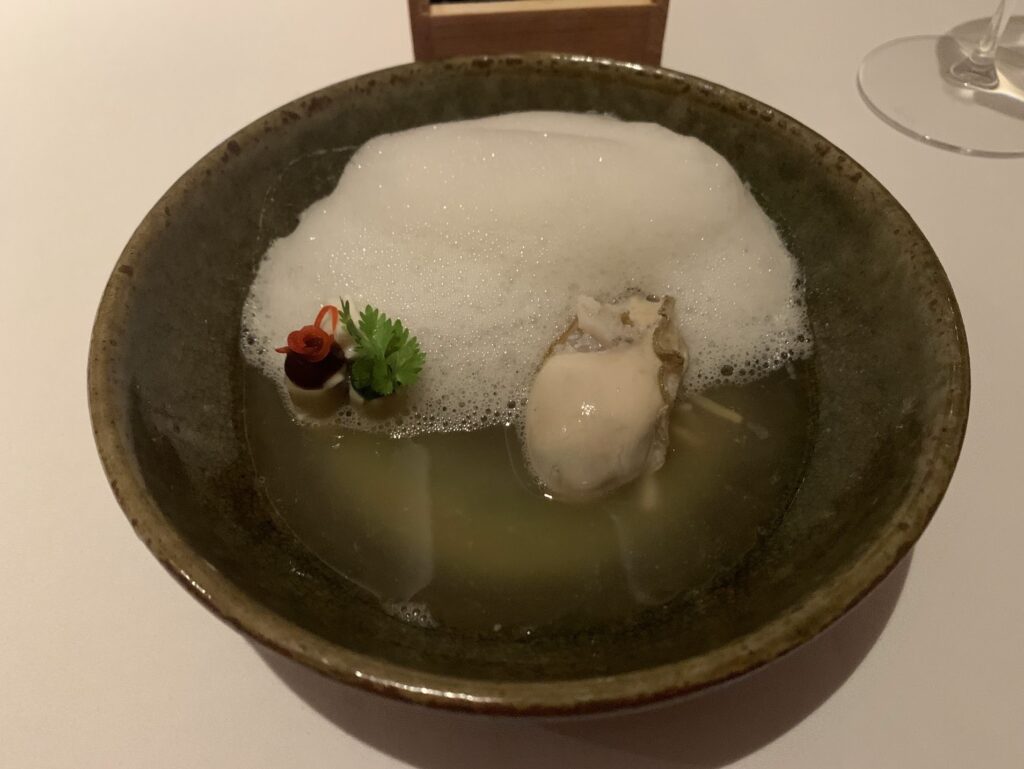
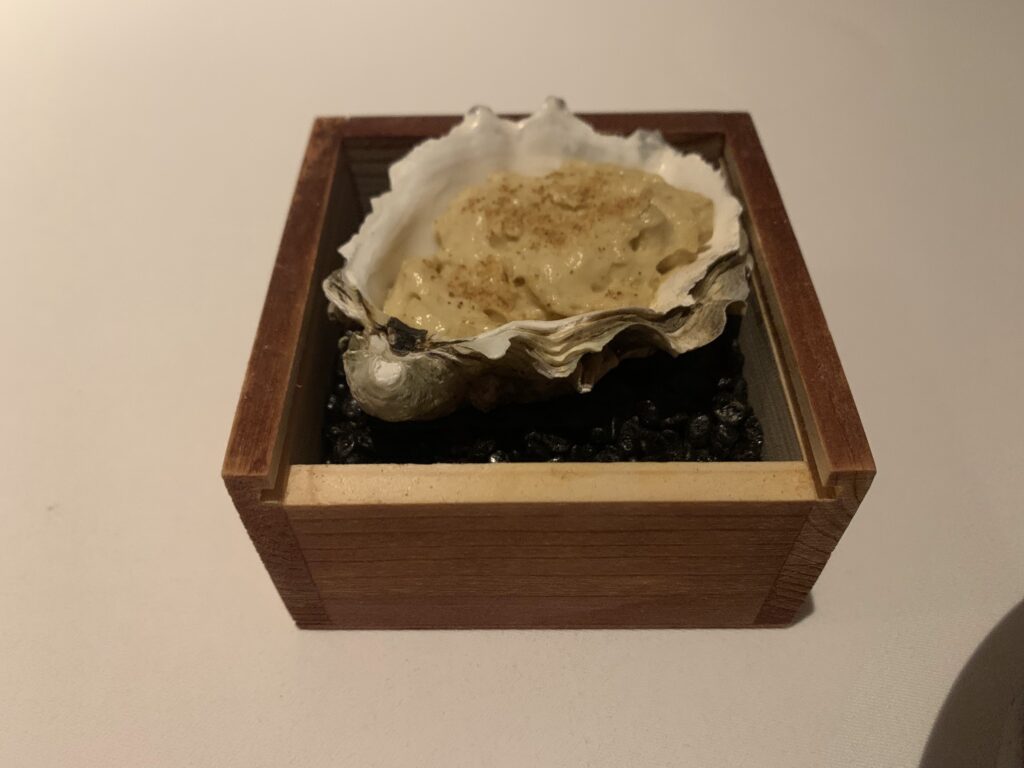
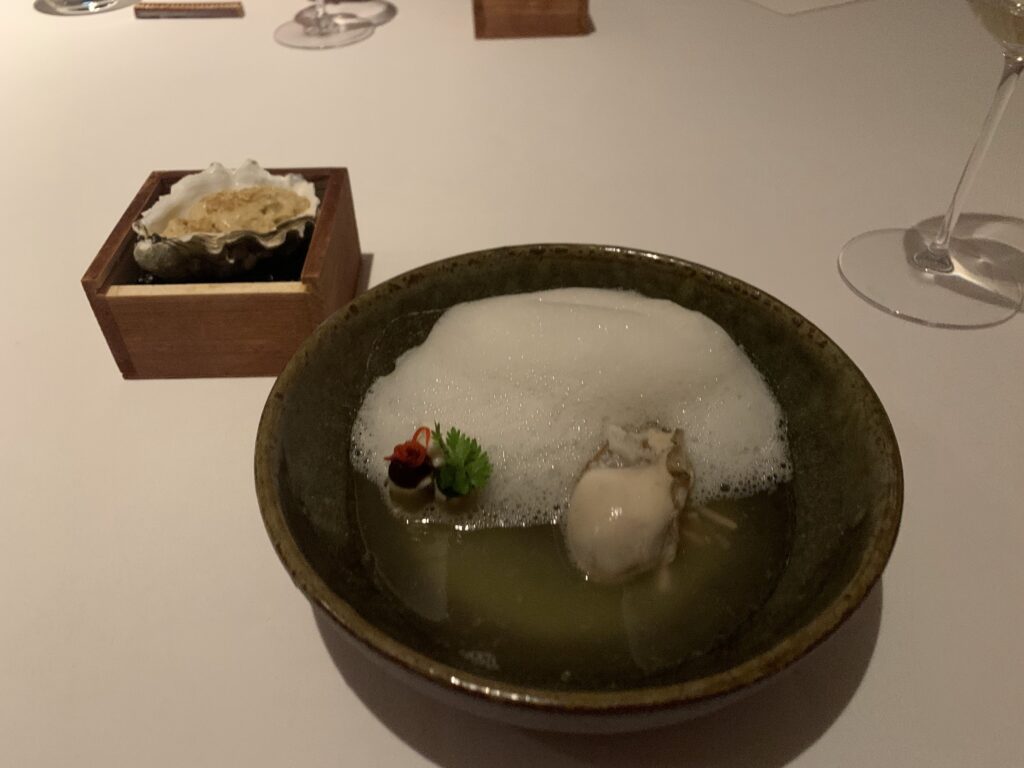
The tom kha with Barron point and Surat Thani oysters masterfully balances coconut cream’s (and the oyster’s) inherent richness with sharp, aromatic elements, whilst the headlining Khao Yai duck with Paka-Um-Pun rice and five spice curry arrives dexterously seasoned, its rectangle of blushing meat sporting perfectly lacquered skin. A sausage of the duck’s offal underscores chef Aom’s no-waste philosophy. It’s a triumph.
Indeed, sustainability and zero-waste practices are central here (keep an eye out for Plearn, Chef Aom’s casual eatery opening soon which will repurpose surplus ingredients from Khaan). In a neat bit of cyclical theatre, the petit fours revisit the opening snacks in another country-spanning quartet, again highlighting Thailand’s distinct, diverse (and delicious) regionality. It’s a difficult balance to strike, but one that’s achieved with real panache here.
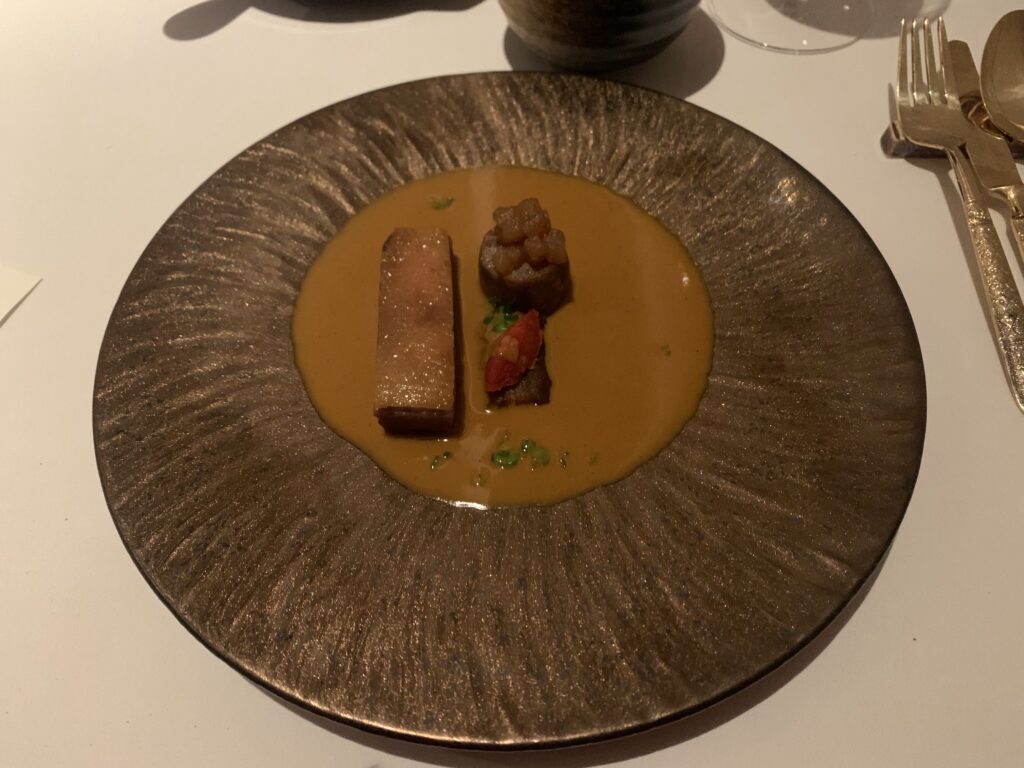

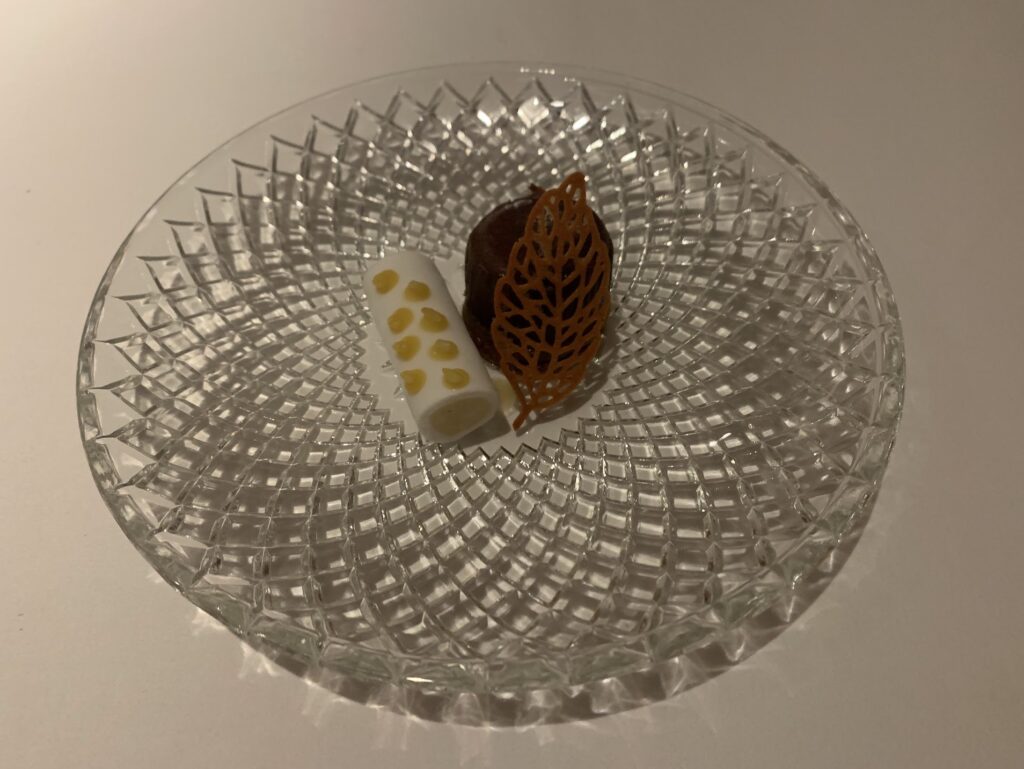
For those keen to forgo any autonomy and just enough the ride, the thoughtfully curated wine pairings (available in both four and six-glass options) and the unique tea pairing programme offer well-judged accompaniments to this culinary sashay across the Kingdom.
- When is Khaan open? Khaan is open exclusively for dinner service, from 5pm onwards, every day except Monday, when it’s closed.
- Do I need to book in advance? Booking in advance is recommended.
- How much should I expect to spend? The 11-course tasting menu is priced at ฿3,850 (around £85).
- Closest BTS/MRT? Phloen Chit BTS is a short walk away.
Website: khaanbkk.com
Address: 14 3 Soi Somkid Lumphini, Pathum Wan, Bangkok 10330, Thailand
Tang Jai Yoo, Yaowarat (Chinatown)
Ideal for whole roast suckling pig, designed for sharing…
Right in the heart of Chinatown, just off Yarowat Road, is an old school institution that’s stood here for more than a century…
…I mean, there are probably hundreds of places that could follow-up that introductory sentence and feel perfectly at home doing so, such is the history and culinary clout of Bangkok’s most food-focused neighbourhood.
Not all of those century’s old institutions in Bangkok’s Chinatown are doing quite such an iconic, photogenic, banquet-worthy dish as Tang Jai Yoo, though. Specialising in Teochow cuisine and famed, more specifically, for its suckling pig, this is a dish (and restaurant) that it’s almost criminal not to try when visiting Yarowat. The fact it deserves a party of six to take it down shouldn’t be considered an obstacle; it’s a sociable place on the streets here, so crack open a beer, make some friends, and bring them along for the ride.
Or, you could simply tackle the whole piglet – splayed open, bronzed and burnished – solo, and then die happy. Either way, it’s one of Bangkok’s must-try dishes, and has a real sense of ceremony to it.
Once ordered (in the past a pre-order was necessary, but no longer), a suckling pig – splayed on a spit – is brought from the kitchen and out to the front of the restaurant, where the charcoal is already burning in a drum. A chef spins the spit frantically over raging hot charcoal, brushing it with oil using what looks like a rag on a stick. Even if you don’t eat here, it’s quite the spectacle to watch as it progressively crisps and crackles.
It’s then brought back inside palanquin-style to audible gasps from the dining room – each and every time. A skilled chef then proceeds to deftly remove the crackled skin with a cleaver before portioning it into bite sized pieces and adding it back onto the pig, like a comprehensive, successful skin graft. It’s all very theatrical and just a little bit macabre; we love it.

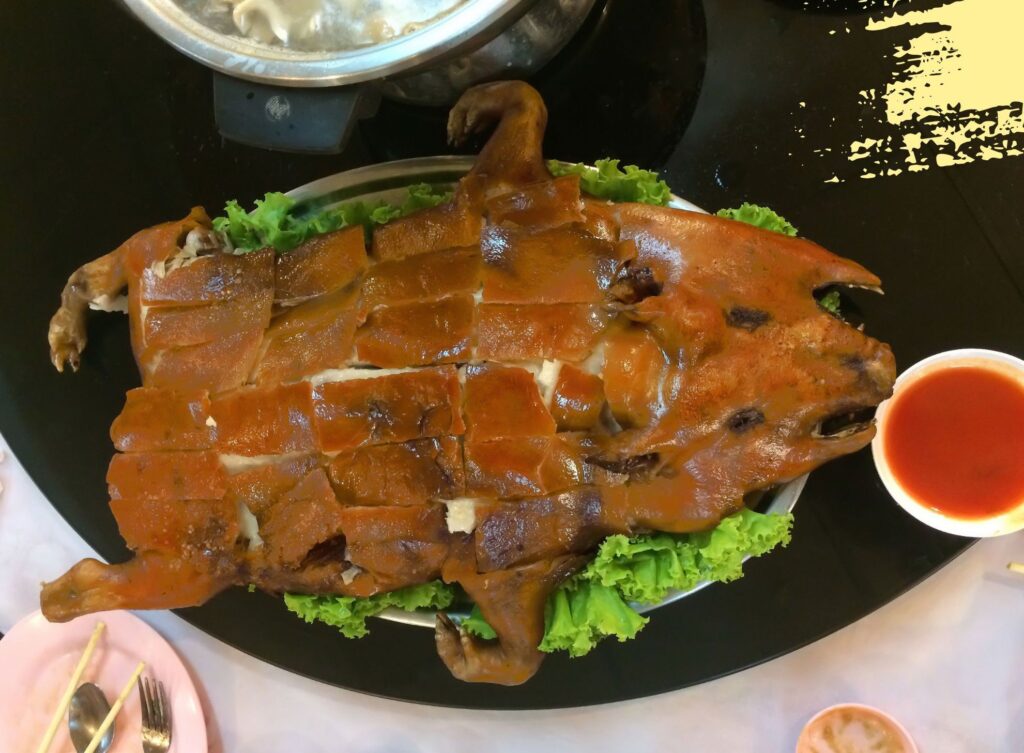
The whole pig is then placed in the centre of circular banqueting tables, aboard a lazy susan alongside pancakes, cucumber, green onions and hoisin sauce, the harsh lighting of the dining room only serving to illuminate the main event and hammer home that this is an old school sort of place.
The idea is to wrap only the crisp skin and its suggested adornments in the pancakes. Once those pancakes have been eagerly dispensed with and the skin finished, the suckling pig is then taken back to the kitchen, where the flesh is chopped up into cubes and stir fried with chilli and garlic.
What a glorious affair this all is, but there’s plenty of other bits on the menu to get excited about too, including oyster omelette (arguably better than that version), black olive fried rice, deep-fried mantis shrimp and an intriguing selection of complex, reviving soups. Singhas and whisky flow freely, as if the deal needed anymore sealing.
- Closest BTS/MRT? Tang Jai Yoo is a 3 minute walk from Wat Mangkon MRT.
- When is Tang Jai Yoo open? Tang Jai Yoo is open from 11am to 2pm for lunch, and 4:30pm to 10pm for dinner.
- Do I need to book in advance? You can make a reservation over the phone only, which requires Thai or Chinese to be spoken. Alternatively, you can pitch up and still get a table – the restaurant has rows of chairs set up outside for customers waiting their turn. Those tables, despite the convivial nature of the place, get turned fast.
- How much should I expect to spend? Right now, the whole suckling pig and its accouterments is ฿2500 (just north of £50). It’s well worth the money.
Address: 85 ถนน เยาวพานิช Samphanthawong, Bangkok 10100
Read: The best places to eat in Bangkok’s Chinatown
Baan Tepa, Bang Kapi
Ideal for an ultra-modern Thai dining experience anchored in tradition and family…
Close to the Rajamangala National Stadium in Bang Kapi, Baan Tepa is one of Bangkok’s most exciting – yet also comforting, soul-nourishing – restaurants. We say restaurant, but Baan Tepa is billed as a ‘culinary space’, home to a chef’s table, a larger dining room overlooked by an open kitchen, a tea experience, and an organic culinary garden of which much of the 9 course tasting menu is built around (ask for a tour; it’s a fascinating living library of herbs, flowers and spices).
Enough of the fluff. Under the pioneering stewardship of chef Chudaree “Tam” Debhakam, the world’s first Thai female chef to be awarded two Michelin Stars and fresh from just winning Asia’s Best Female Chef 2025, the menu at Baan Tepa is a celebration of organic, small batch Thai producers and the country’s rich biodiversity, an ethos inspired by chef Tam’s time spent at the legendary Blue Hill at Stone Barns.
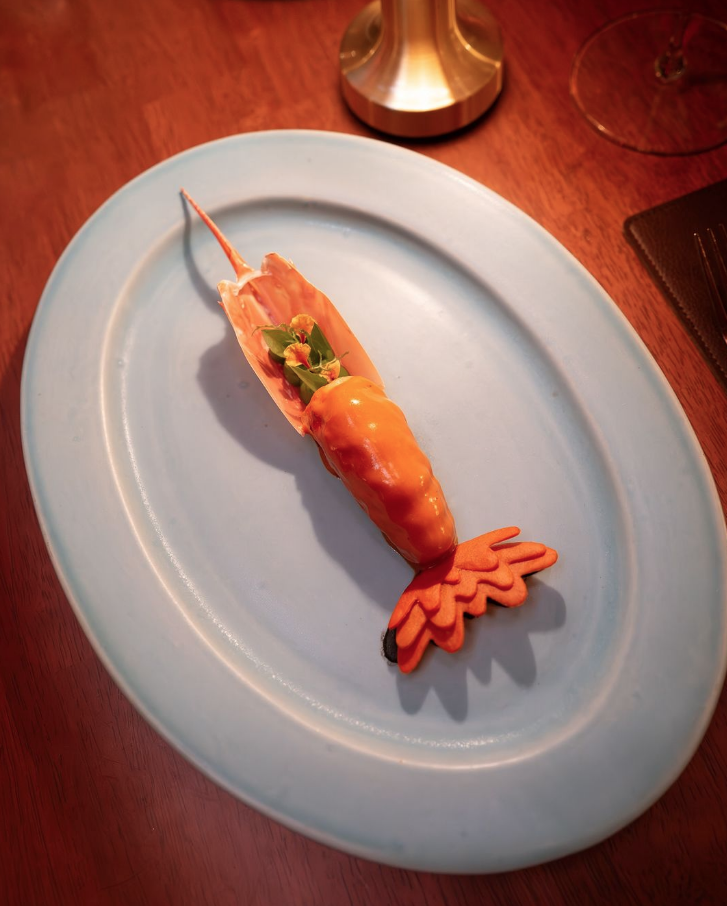

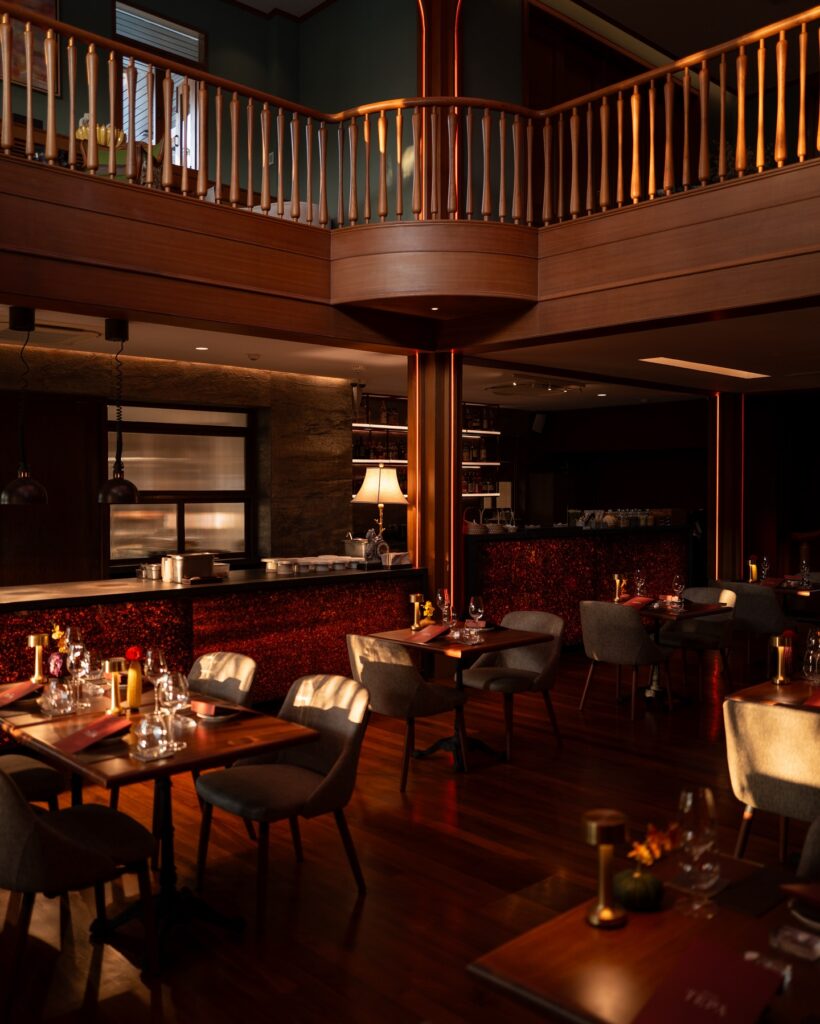
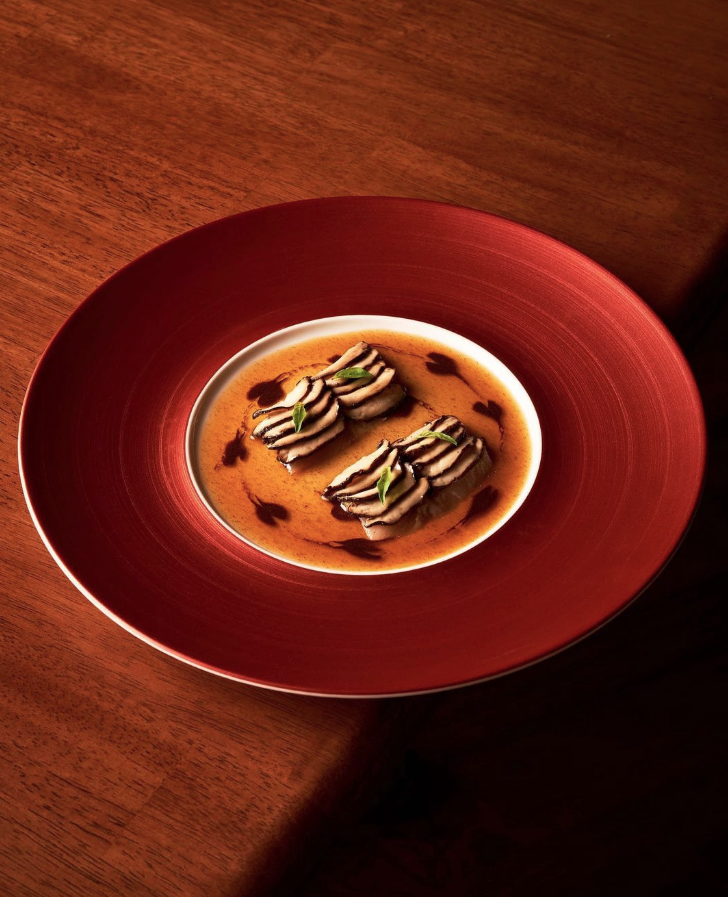
Expect highly intricate but ultimately satisfying dishes, each telling a story of chef Tam’s extensive travels across Thailand and beyond. Highlights of our recent meal here included a reimagining of classic Issan chicken liver skewers and jaew, here presented as a smooth parfait but still boasting the heady, earthy flavours of white pepper, garlic and coriander root that makes up the traditional marinade. Alongside, an incredible sourdough brioche whose starter is made from wild rice was complex and crisp. Gorgeous.
Later on, a show-stealer; the signature ‘anatomy of a river prawn’ featuring a whopper sourced from Ayutthaya and its smoked head juices, which was brought back to the street with possibly the best nahm jim seafood we’ve ever encountered. It’s this anchoring of ultra-modern technique with recognisable, faithfully delivered elements that makes Baan Tepa so captivating.
As with several of the restaurants on our list, there’s a personal connection to the space, too; chef Tam’s family grew up here, with the space owned by Chef Tam’s grandmother, Lady Suwaree Debhakam. The space still retains many of its original features, and its warming, welcoming soul. When combined with some of the most innovative expressions of Thai food you’ll find anywhere on the planet, it’s a highly alluring experience.
- When is Baan Tepa open? Baan Tepa’s tasting menu experience is dinner only, available from Wednesday to Sunday in two sittings each evening, one at 6pm to 9:30pm, and one at 7pm to 10:30pm.
- Do I need to book in advance? You’ll likely need to book at least two weeks in advance.
- How much should I expect to spend? A sprawling 7 course affair is ฿7300 (£170). This price is exclusive of service and VAT. You’ll have to pay for the tasting menu in advance, by way of a deposit.
- Closest BTS/MRT? There are no BTS or underground stops close to Baan Tepa. Best get a taxi to this one!
Address: 561 Ramkhamhaeng Rd, Hua Mak, Bang Kapi District, Bangkok 10240
Website: baantepabkk.com
Methavalai Sorndaeng, Phra Nakhon (Old Town)
Ideal for iconic, old-school Thai fine dining…
Opposite Democracy Monument, step into the gently faded grandeur of Methavalai Sorndaeng and you’ll find the essence of traditional Thai fine dining celebrated with a grandiosity reminiscent of the nation’s royal heritage.
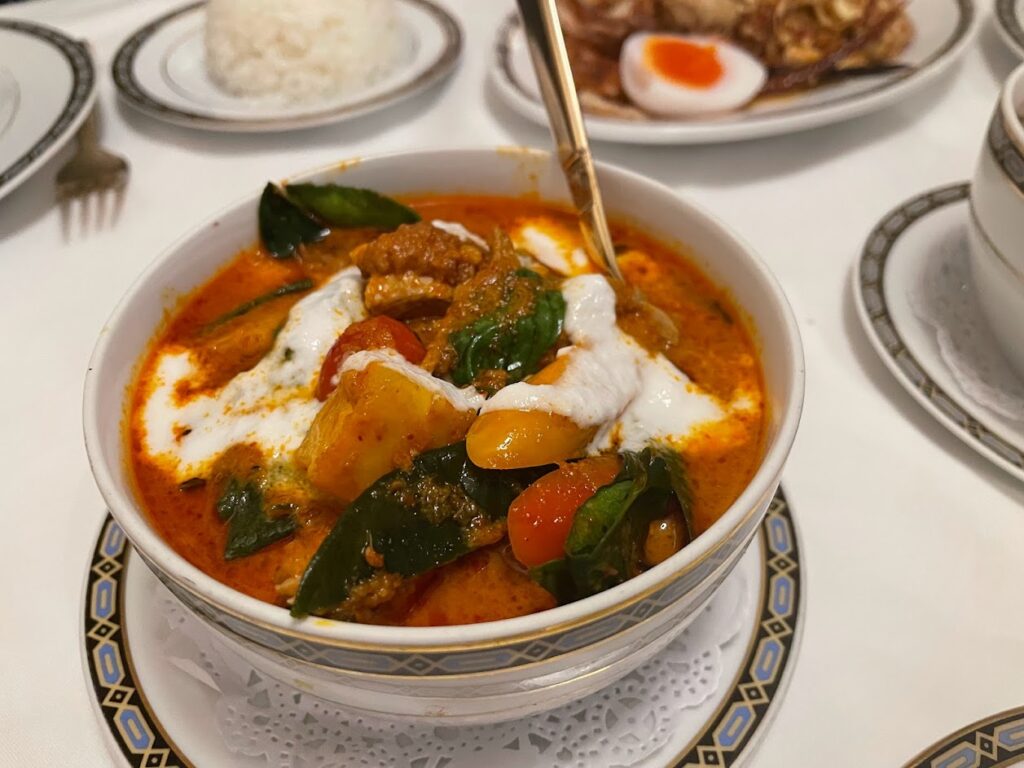
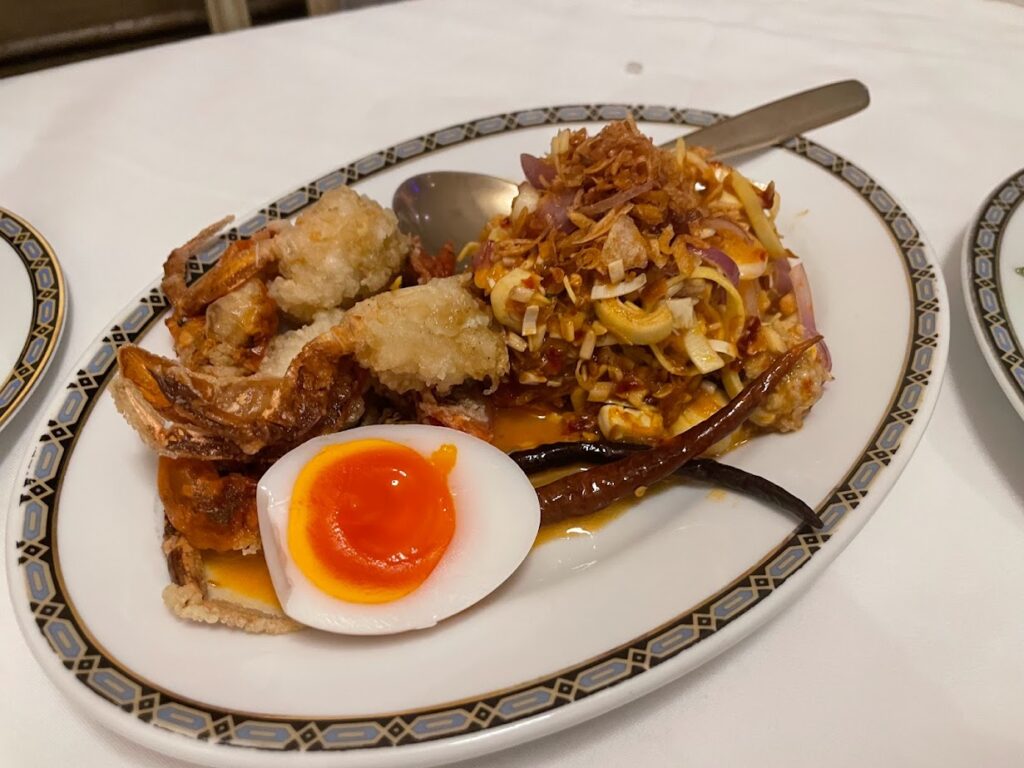
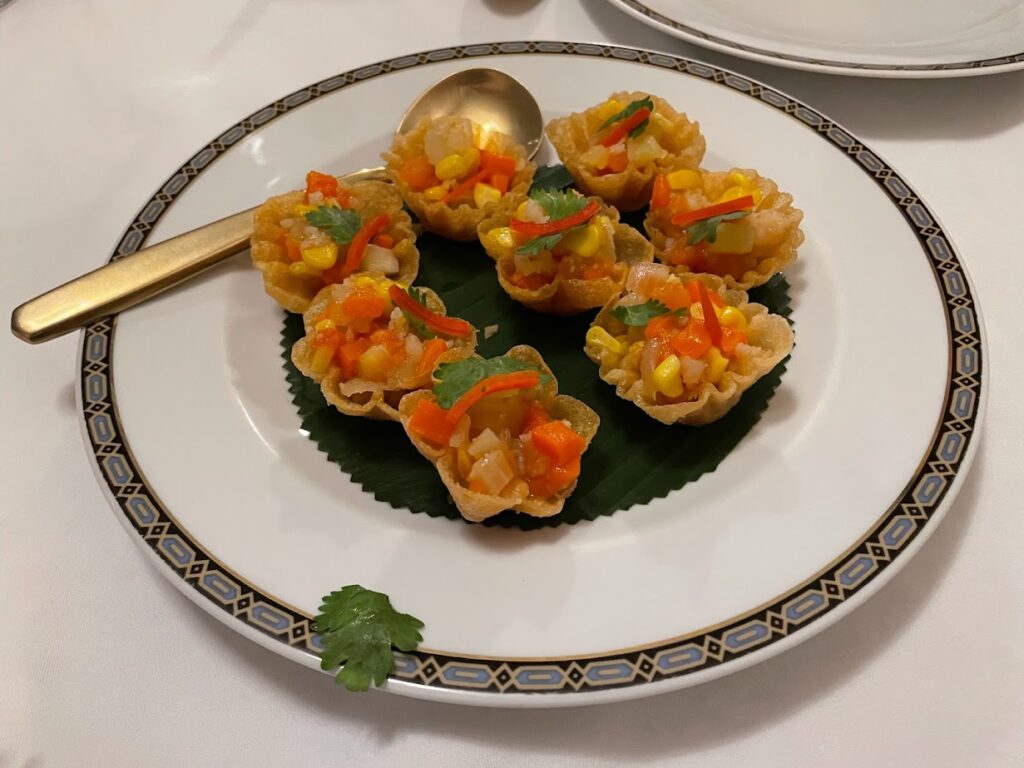
An iconic restaurant if ever there was one, and now in its seventh decade, the dishes here are delicately presented but full of flavour, with the coconut curries particularly well balanced. Despite its luxurious ties to regal splendour and sophistication, Methavalai Sorndaeng offers an accessible dining experience.
Though once Michelin-starred (they inexplicably lost theirs in the 2024 edition of the guide) The prices are surprisingly modest, with most main courses not exceeding 500 THB (approximately £12), and a selection of others priced even more kindly. The wine is presented with an easy-going charm – a straightforward choice between red or white, always served by the glass – underscoring the exceptional value. The nightly live 80s Thai music seals the deal.
- When is Methavalai Sorndaeng open? Methavalai Sorndaeng is open every day from 10:30am to 10pm.
- Do I need to book in advance? Though the restaurant can usually squeeze you in, it’s wise to book a day in advance for this one.
- How much should I expect to spend? You can eat very well here and drink very merrily, ordering from the a la carte menu, for around ฿3500 (£75) for two people.
- Closest BTS/MRT? Sam Yot MRT is a 15 minute walk from the restaurant. Alternatively, owing to the restaurant’s position close to the Chao Phraya river and canals (khlongs), you can shimmy up to the restaurant via Bangkok’s waterways. The closest canal stop is Panfa Leelard Pier. The closest ferry terminal (along the Chao Phraya) is Phra Arthit.
Address: 78/2 Ratchadamnoen Ave, Wat Bowon Niwet, Phra Nakhon, Bangkok 10200
Instagram: @methavalaisorndaeng
Sorn, Central Sukhumvit
Ideal for soigné Southern Thai cooking that doesn’t hold back…
The impossible-to-book restaurants keep on coming, but Sorn is probably – still – the most coveted table in town. Chef Supaksorn Jongsiri’s culinary love letter to the farmers, fishermen and producers of Southern Thailand was the first Thai restaurant in the world to win 3 Michelin stars at the tail end of last year, but that doesn’t mean you’ll find flavours tempered to suit an international clientele.
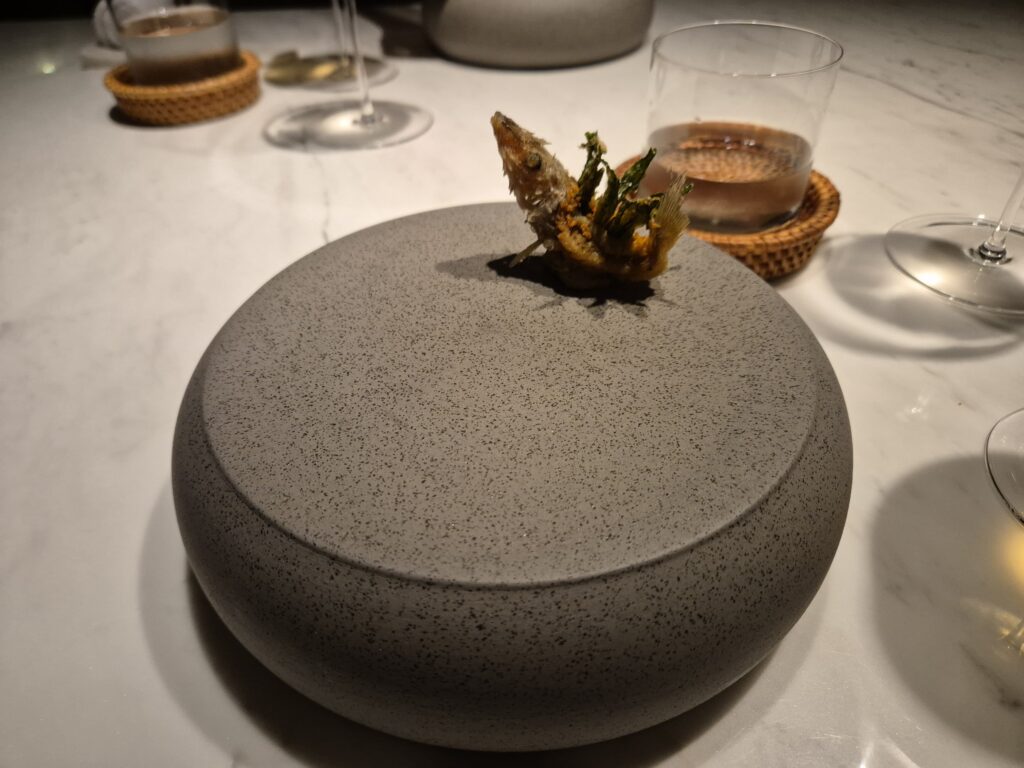
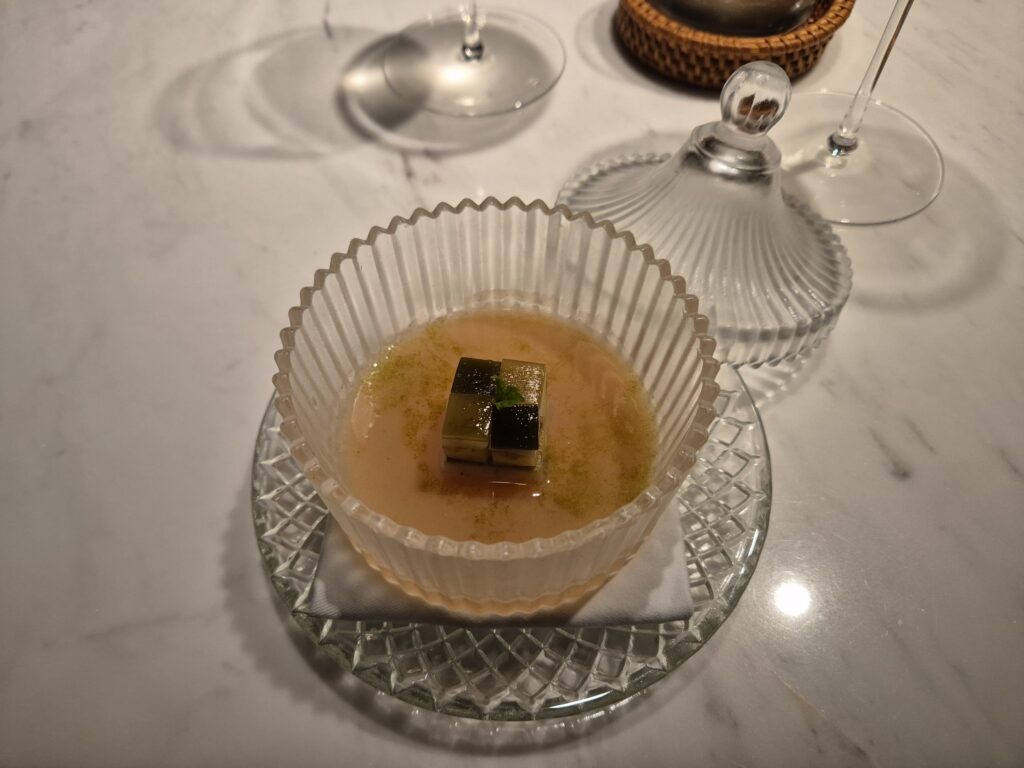

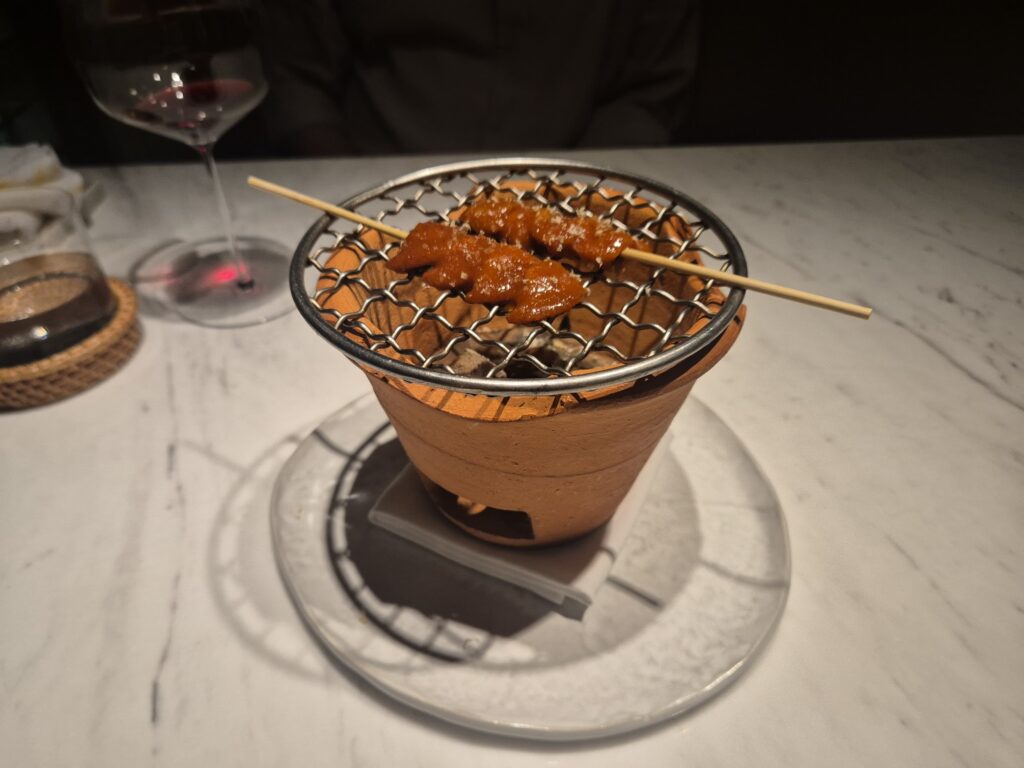

Instead, ingredients and spice levels remain resolutely ‘Southern’ to their soul, with unfiltered fish sauce, premium quality shrimp paste and, yes, mouse-shit loads of chilli all present and correct on the expansive tasting menu.
Though it’s a no-choice tasting menu, the dishes do evolve both with the seasons and following the team’s research trips to the South. The latest menu sees several new dishes added since the two-star days, all representing refinements that no doubt helped push the restaurant into three-star territory: an opening gambit of abalone and young mangosteen soup that’s so much more than its prosaic description; an extravagant crispy omelette – all puffed up and lacy like an Elizabethan ruff – that’s filled with poached lobster; and cockles grilled in the golae style were three recent highlights.
Fear not; the signature ‘gems on a stick’ is still here and better than ever, and still served with its accompanying complex soup of freshly pressed coconut milk and melinjo leaves and crab oil. And there’s still an exquisite curry and the flakiest of roti, all enjoyed in a sprawling, messy family style spread that feels almost subversive at this level. Yep, this latest iteration of Sorn is looking even better (and certainly more luxurious) than the last – and that’s saying something!
For those keen to try the team’s cooking at a fraction of the price, chef Supaksorn’s more casual Southern Thai eatery Baan Ice has several outposts across the city, and is ace.
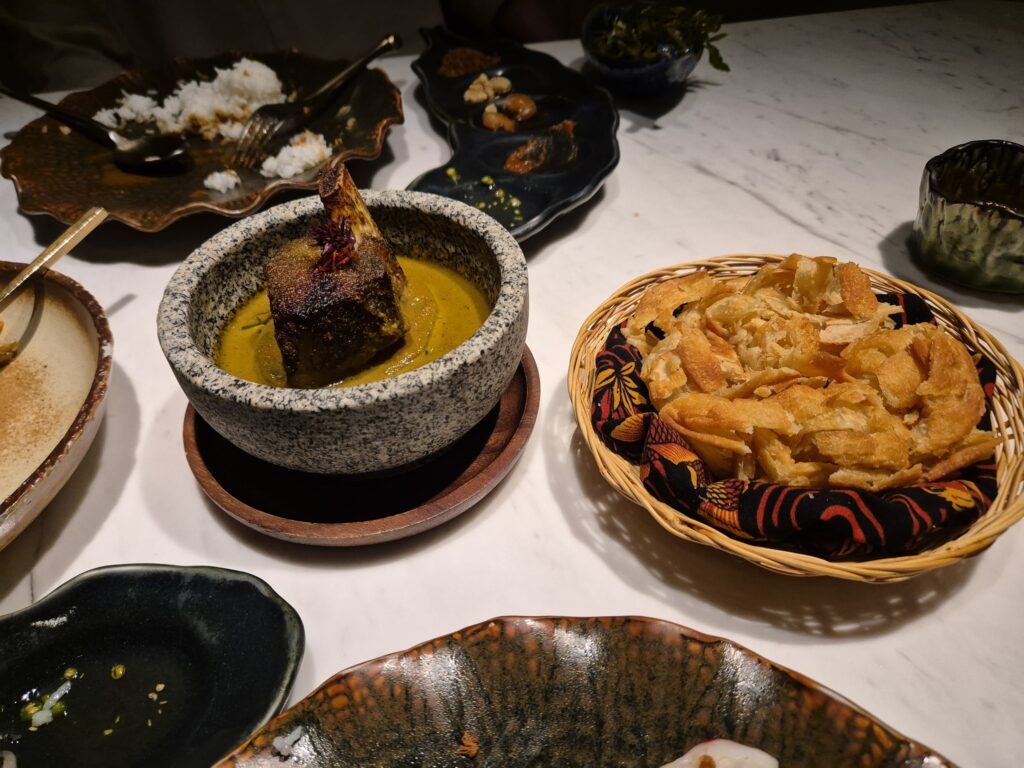
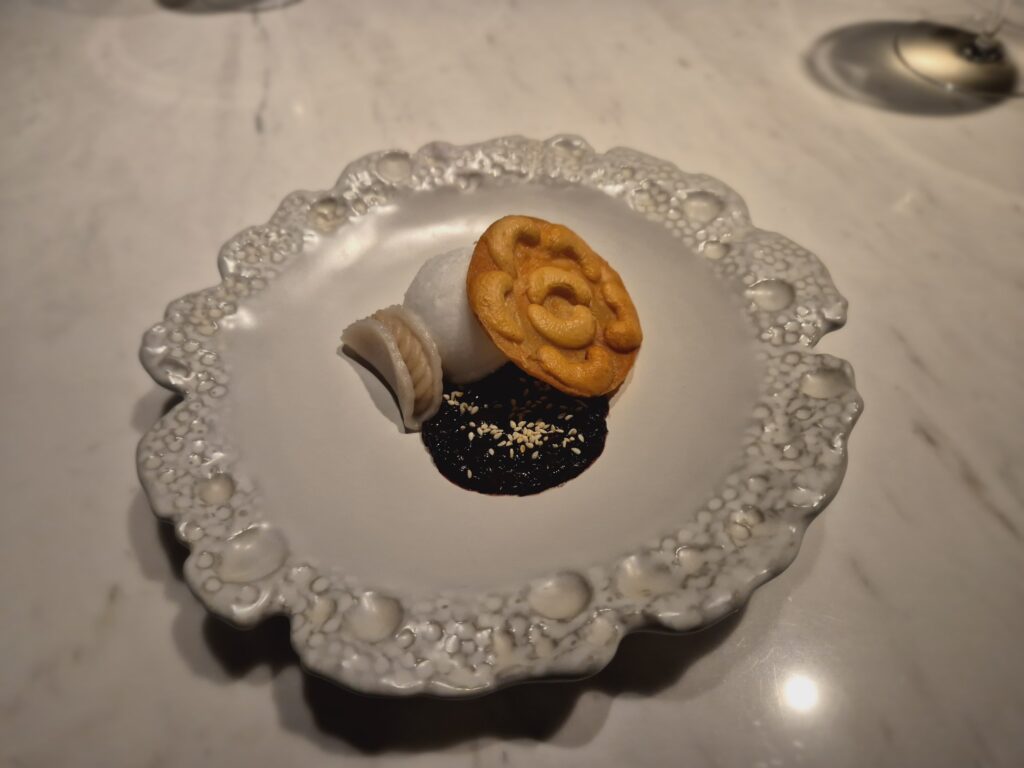
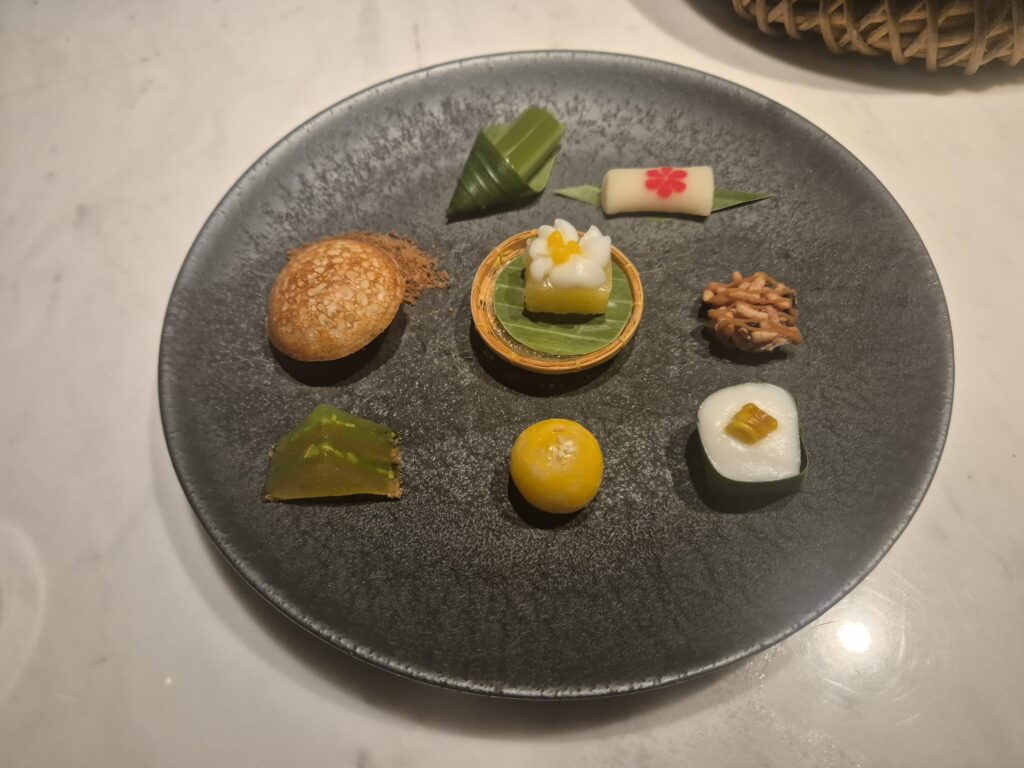
- When is Sorn open? Sorn is usually open for dinner only every day except Saturday, with service starting at 6pm, although right now it’s closed for research and renovation.
- Do I need to book in advance? At Sorn, reservations can be made a month in advance as announced on our social media platforms. Getting a table requires precision planning and setting your alarm. Check their socials for more information.
- How much should I expect to spend? The full tasting menu is currently priced at ฿7200 (£162), tax and service excluded. With the third star recently dropping, we expect prices to rise somewhat in the near future.
- Closest BTS/MRT? Phrom Phong BTS is a 15 minute walk from Sorn.
Address: 56 Soi Sukhumvit 26, Klongton Khlong Toei, Bangkok 10110
Instagram: @sornfinesouthern
Read: Where to eat Southern Thai food in Bangkok
Appia, Central Sukhumvit
Ideal for a faithful Roman trattoria experience in the heart of Bangkok’s business district…
Of course, modern day Bangkok’s culinary scene is also home to some of the region’s best international restaurants, and if you’re after Italian food in the Thai capital, then you should look no further than Appia.
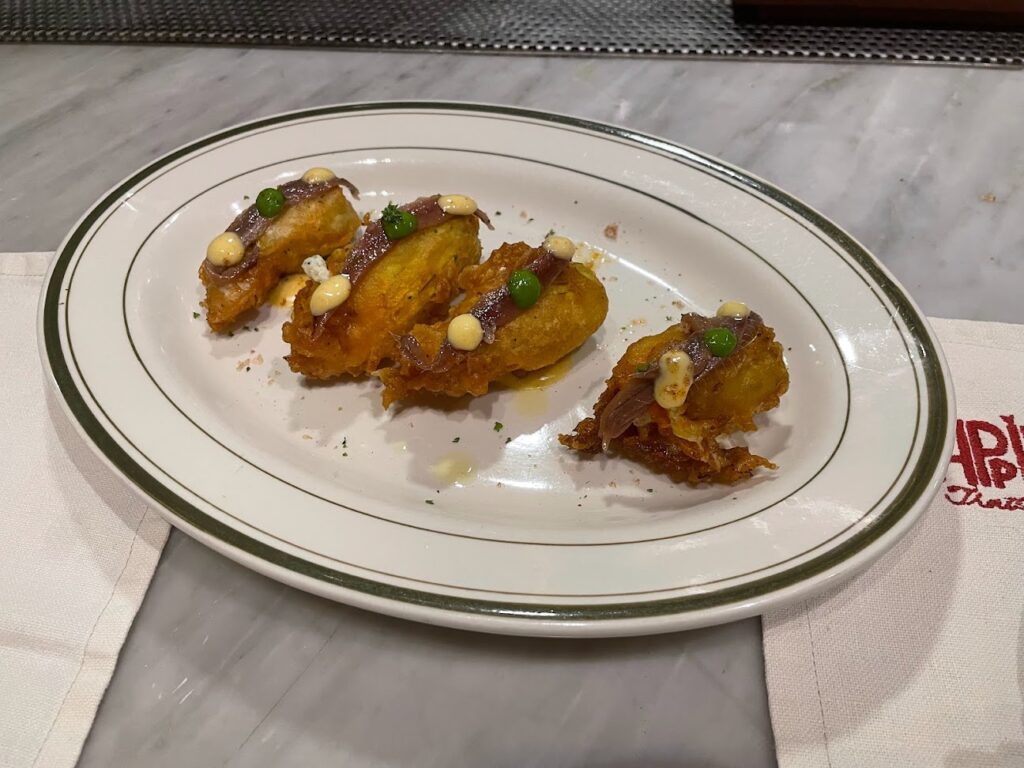

Standing as a tribute to the authentic Roman trattoria experience, since opening in 2013 on the bustling Sukhumvit Soi 31 (where you’ll find a couple of the other restaurants on our list, incidentally), this heartfelt homage to Rome has been packed out every night of the week, with diners seeking solace in the iconic Big Four pasta dishes that are synonymous with the Eternal City, as well as the everpresent porchetta that turns slowly on a spit in the window, beckoning diners inside. You’ll find us thoroughly beckoned at the counter more often than we’re proud to admit.
- When is Appia open? Appia is open everyday, for lunch and dinner, with the restaurant open all day on Saturdays and Sundays.
- Do I need to book in advance? Booking in advance is highly recommended, which can be done over phone, email or Line.
- How much should I expect to spend? A bowl of pasta at Appia is ฿450 (£10), a glass of house wine is around ฿300 (£6.50).
- Closest BTS/MRT? Phrom Phong BTS is a 15 minute walk from Sorn.
Address: 20/4 Soi Sukhumvit 31, Klongton Nua Watthana, Bangkok 10110
Instagram: @appiabkk
Chef Man, Sathorn
Ideal for one of Bangkok’s most acclaimed dim sum lunches…
Located in the Eastin Grand Hotel Sathorn Bangkok (and with two other outposts in the city), Chef Man is one of the city’s most popular joints for fans of the food of Southern China.
Master Chef Wai Yin Man, a Hong Kong native, brings his expertise and passion for Cantonese cuisine to the forefront here, his meticulous Peking duck preparation the restaurant’s obvious centrepiece (more than 30’000 have been served across the city since Chef Man pitched up in 2011) but certainly not the only reason you should head here.
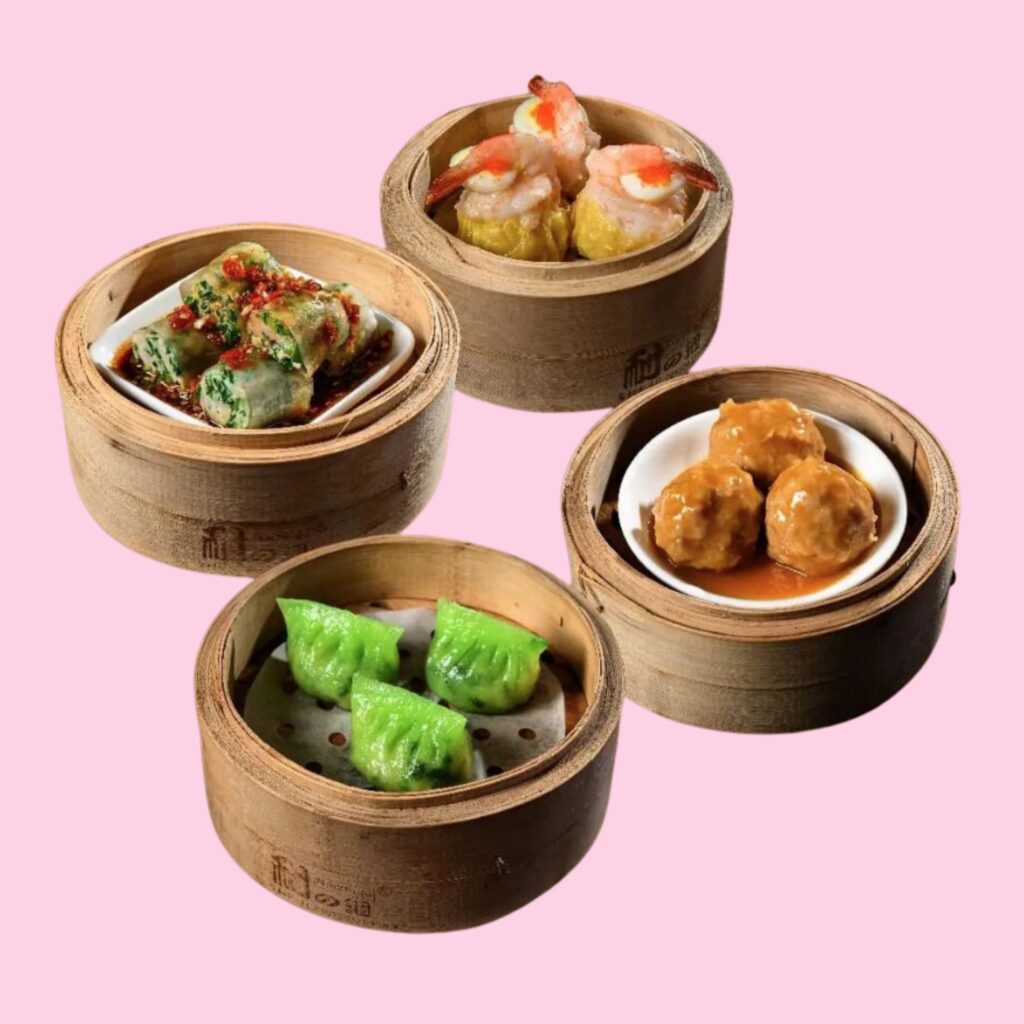
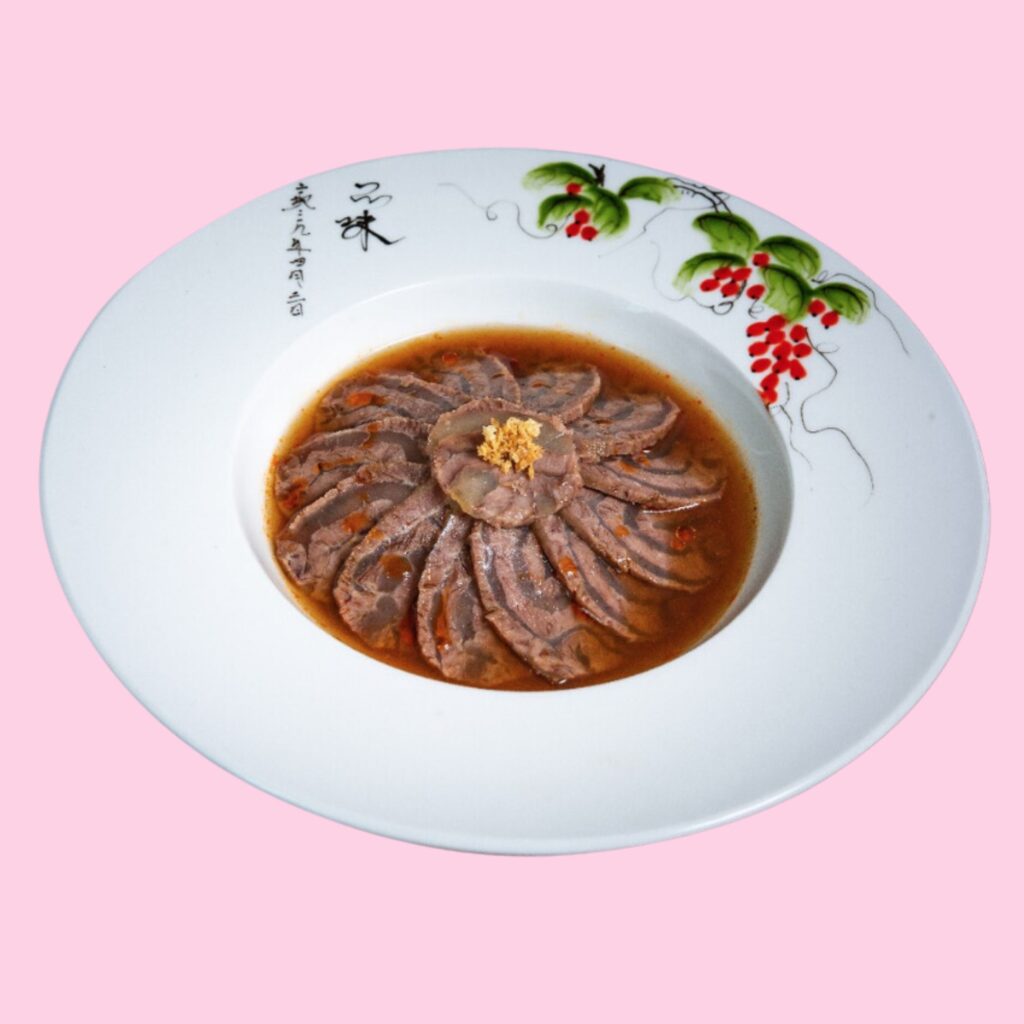
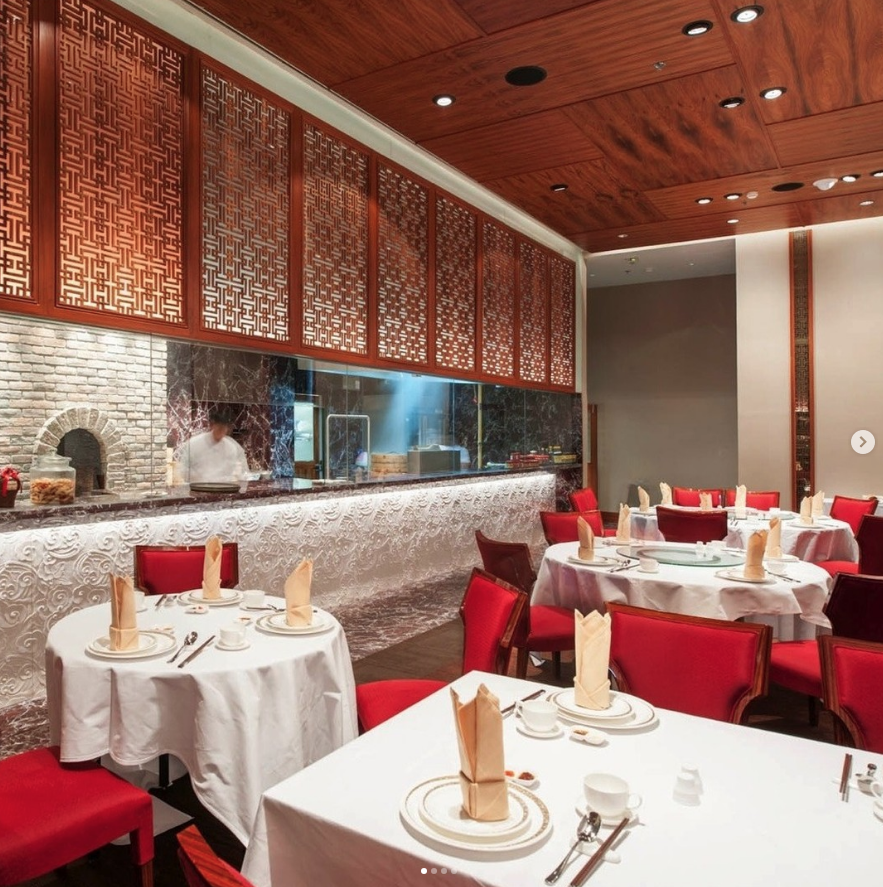
For us, the dim sum at Chef Man is the real highlight. Served from 11am every day, this is our favourite brunch spot in Bangkok. The ha kao shrimp dumplings are plump and squeaky fresh, and the signature yam cake – appearing looking a little like a deep-fried coronavirus – reveals an oozing salted egg yolk centre. It’s a real indulgence, with the frenetic energy of the broad open kitchen only adding to the fun. An extensive tea selection is also available.
Arguably the city’s most popular dim sum spot, you’ll want to book well in advance for this one.
For reservations, call Chef Man (the restaurant, not the actual fella) on 02 212 3789, 02 212 3741 or email [email protected]
- When is Chef Man open? Chef Man is open everyday for lunch and dinner, from 11am to 2:30pm, and 6pm to 10pm, respectively.
- Do I need to book in advance? Reservations a few days in advance are necessary, which can be made via phone or email.
- How much should I expect to spend? A dim sum feast for two, with tea, will set you back around ฿1000 (£22) per person.
- Closest BTS/MRT? Surasak BTS is just a 2 minute walk from the restaurant.
Address: 33 1 S Sathon Rd, Yan Nawa, Sathon, Bangkok 10120
Instagram: @chefmanrestaurant
Ojo, Silom
Ideal for Mexican haute cuisine on high…
Ojo is the crowning jewel of Bangkok’s tallest skyscraper, the King Power Mahanakhon, a Mexican restaurant that somehow lives up to its lofty billing with a fully-flavoured, tastefully opulent dining experience. Helmed by chef Francisco Paco Ruano from the acclaimed Restaurante Alcalde in Guadalajara, the restaurant takes its name from the word ‘eye’ in Spanish, and it’s an apt epithet, seeing as the dining room casts its gaze over Bangkok so seductively.
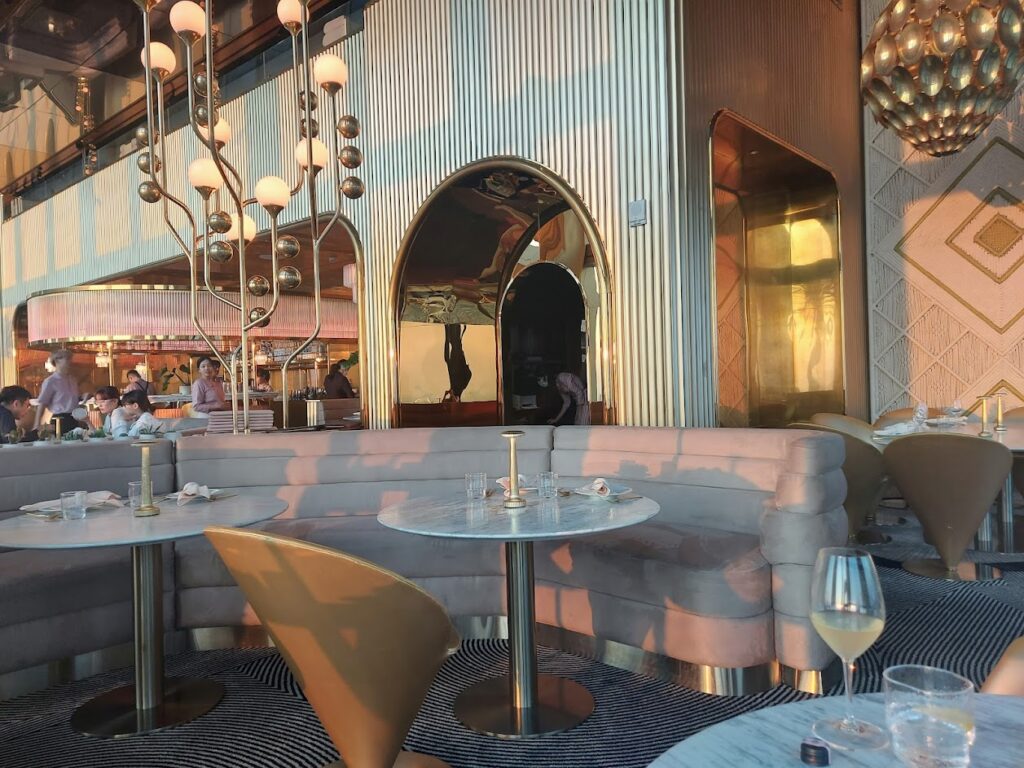
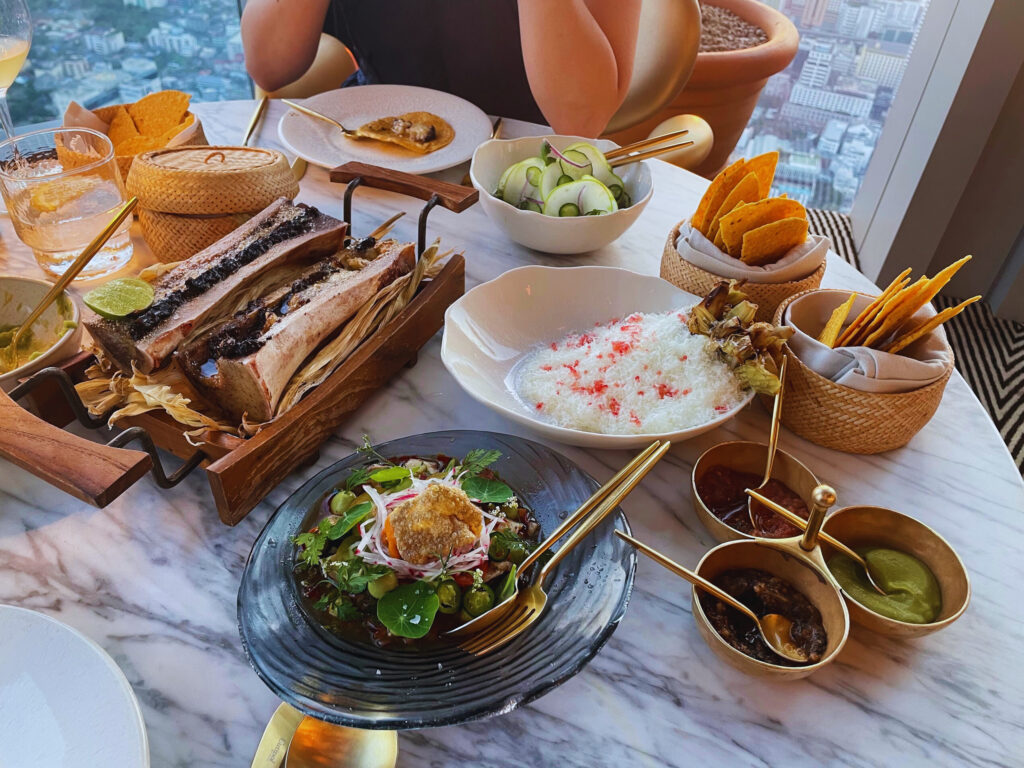
Drag your eyes away from the skyline and into the dining room, which straddles a real sense of glam with something more tastefully refined; the work of designer Ou Baholyodhin, whose sense of suave and drip seemingly knows no bounds. On the plate, things are equally beautiful, with dishes clearly crafted to taste as good as they look. All of this adds up to a sense of narrative and unity that manages to be totally satisfying rather than shallow. At 76 floors up, you’d certainly hope it wouldn’t be the latter.
You can read our full review of Ojo here.
- When is Ojo open? Ojo is open everyday for lunch and dinner, from 11:30am to 2:30pm, and 5:30pm to 11:30pm, respectively. The sunset slot, around 6pm onwards, is highly recommended!
- Do I need to book in advance? Reservations can usually be made on the day.
- How much should I expect to spend? Ojo isn’t cheap, with starters between ฿500 (£11) and ฿1000 (£22), and main courses in the region of ฿2000 (£43). Wine is equally lofty.
- Closest BTS/MRT? Chong Nonsi BTS is just a 2 minute walk from the restaurant.
Address: 76th Floor, The Standard Bangkok, 114 Naradhiwas Rajanagarindra Rd, Silom, Bang Rak, Bangkok 10500
Website: ojobangkok.com
Aksorn, Bang Rak
Ideal for a bookish, beautifully rendered spread from ‘the godfather of Thai food’…
Inspired by the Thai cookbook authors of the 1940s and 1950s, Aksorn takes pride both in its location on Charoenkrung Road, an area that once buzzed with retail and entertainment and is now home to some of the best restaurants in Bangkok, and in its setting, once a former bookshop.
The restaurant’s menu is a celebration of Thai culture and heritage, offering a regularly changing, single-set selection of dishes that reflect the remarkable transition from a rich Siamese past to modern Thailand.
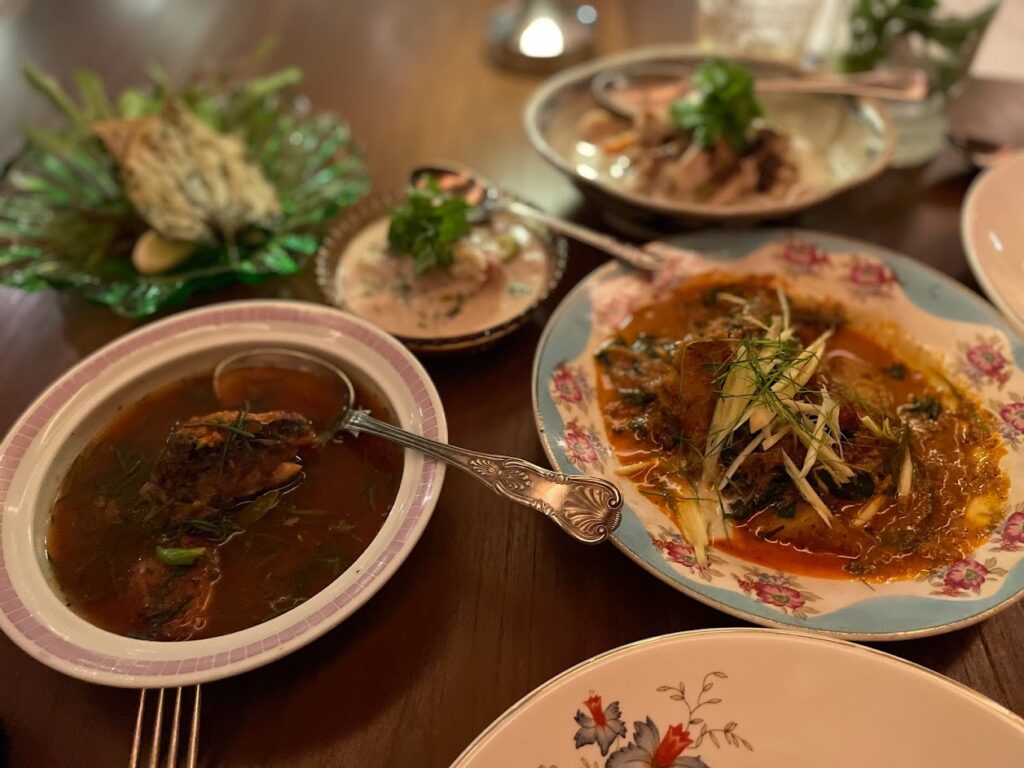
David Thompson, considered by many as the world’s leading authority on Thai cuisine, is at the stoves here (quite literally, on the night we visited last year), drawing inspiration from historical archives and his profound expertise for a menu that offers both comfort and a few surprises. See; the first bite of sardines on toast; heaving with white pepper and adorned with gossamer thin slices of shallot and coriander leaves, it seems to bridge the city and the chef’s disparate elements poetically.
There are more recognisably Thai dishes, too. Expect expertly conceived, highly-seasoned curries that sing with freshly squeezed coconut cream and Thai aromatics at their peak, as well as sweet and salty desserts that are surely some of the very best in town. Thompson is known for his sweet tooth, and this is just the place to indulge in the glorious marriage and sweet and savoury that Thai food is so celebrated for. Pair it all with a chilled, slightly sweet (of course) Australian Riesling, and you’ve got yourself one of the most well-rounded spreads in the city.
- When is Aksorn open? Aksorn is open everyday for dinner, from 6pm to 9:30pm.
- Do I need to book in advance? Reservations can usually be made on the day, though you’ll want to book in advance for the weekend.
- How much should I expect to spend? The set menu at Aksorn is currently priced at ฿4150 (£97) per person.
- Closest BTS/MRT? Saphan Taksin BTS is a 10 minute walk from the restaurant.
Website: aksornbkk.com
Err, Thonglor
Ideal for Thai drinking food and creative cocktails…
Err is the brainchild of the dynamic chef duo Duangporn ‘Bo’ Songvisava and her Australian-born husband Dylan Jones. Both chefs are renowned for their commitment to preserving Thai food heritage, with the pair’s globally renowned restaurant Bo.lan considered one of the world’s top Thai restaurants in its pomp.
The couple bring their expertise to Err in Thonglor, focusing on Thai drinking food classics and traditional dishes with a twist. The deep-fried whole chicken skin is unmissable, arriving still fully formed and needing nothing more than a little house sriracha sauce for dipping. It’s one for the ‘gram, sure, but it’s also bloody delicious.
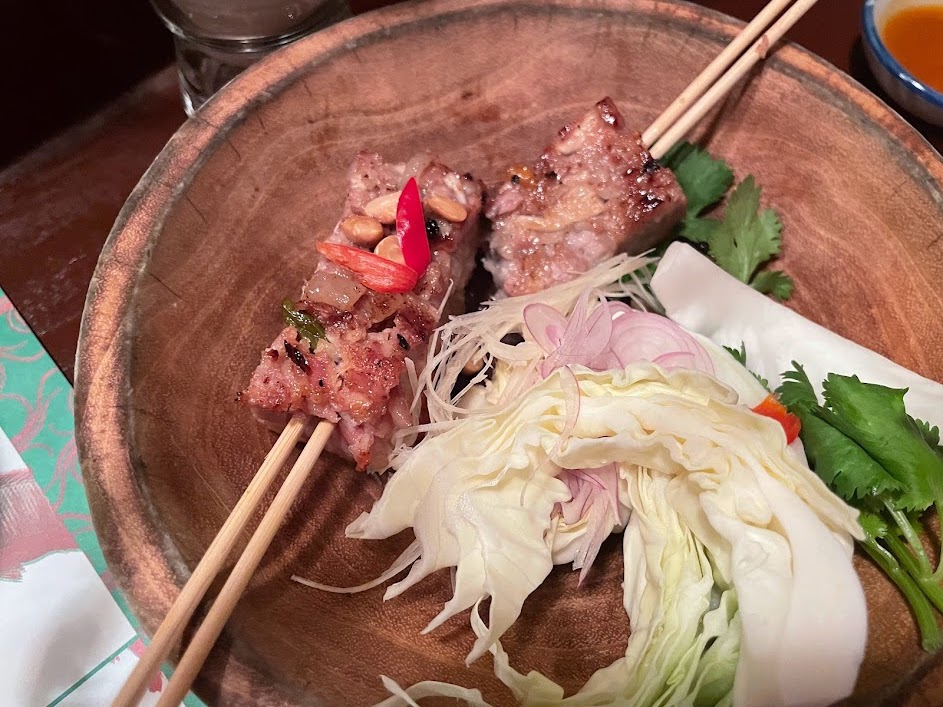

Even more lip-smackingly good with a cold one is Err’s take on fermented pork, neam. A Northern Thai classic, here sticky rice-cured pork arrives wrapped around skewers, its gnarly edges grill-marked and caramelised, its body juicy, rich and full of savour. It’s a truly glorious take on one of our favourite foods in the world.
Of course, Thai drinking food needs drinks, and some serious thought has gone into Err’s. Go for The Laabtini, a unique cocktail blending tequila with laab spices. Created by the team’s no-waste cocktail bar Wasteland, it’s already a classic.
- When is Err open? Err is open 11am until late On Saturdays, Sundays and Mondays, and 5pm until late on Tuesdays, Thursdays and Fridays. The restaurant is closed on Wednesdays.
- Do I need to book in advance? Err is walk-in only.
- How much should I expect to spend? The majority of snacks and dishes here are priced at around ฿250 (£5.50).
- Closest BTS/MRT? Thonglor BTS is a 5 minute walk from Err.
Address: 56 10 Thong Lo, Khlong Tan Nuea, Watthana, Bangkok 10110
Website: errurbanrusticthai.co.th
Gaa, Thonglor
Ideal for Bangkok’s best modern Indian food…
Garima Arora, the Mumbai-born culinary genius behind Gaa, is the first Indian female chef to be awarded a Michelin star, with a historic second following in late 2024.
Having already honed her skills at Copenhagen’s world famous Noma, in 2015 she moved to Bangkok to work as a sous chef at Gaggan, the highly creative Indian restaurant run by Gaggan Anand that has topped the Asia’s 50 Best Restaurants list several times, its most recent iteration once again occupying the number one spot for a record fifth time.
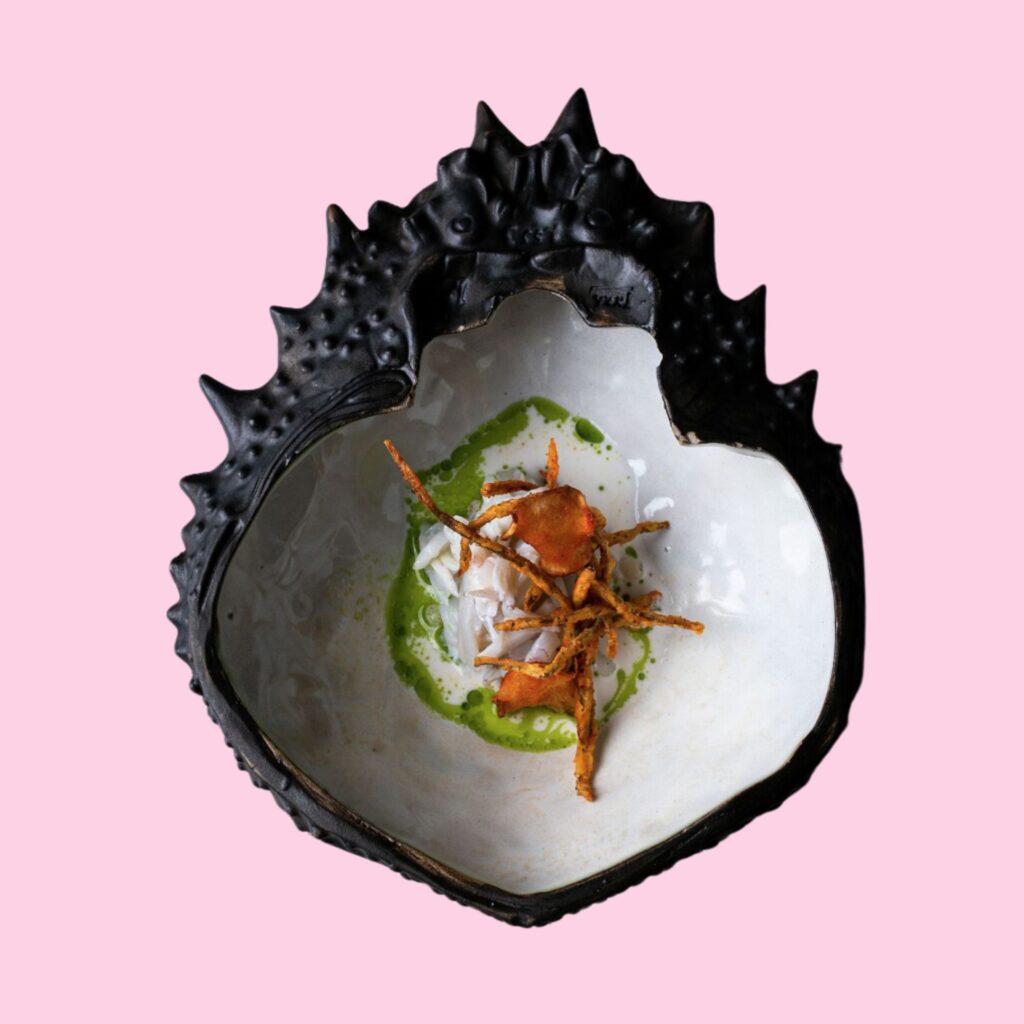
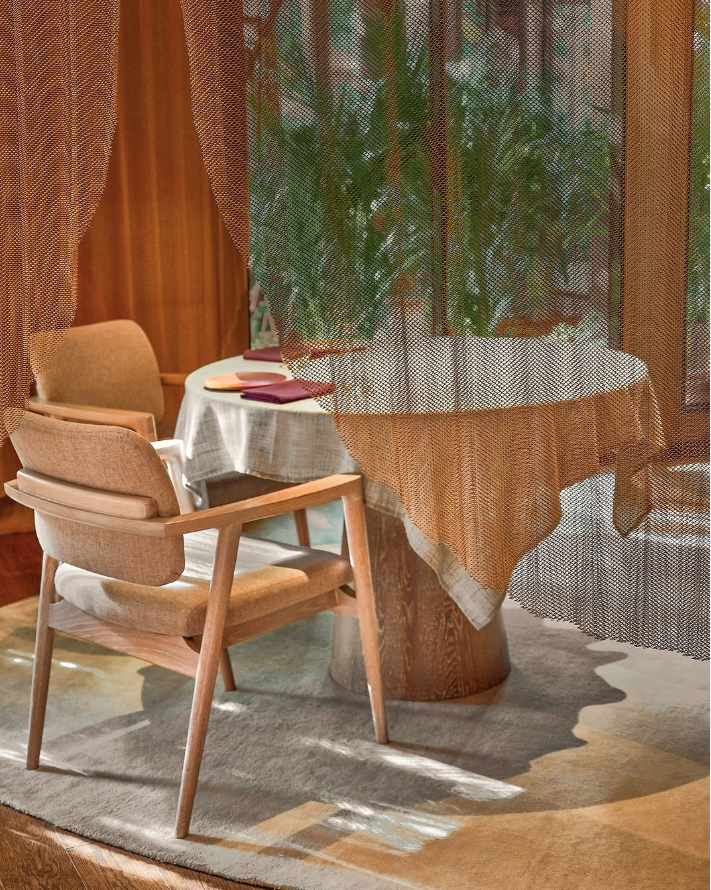
With the blessing of the big man, Arora struck out on her own, opening Gaa in Bangkok in 2017, with the aim of blending ingredients and cooking sensibilities from the Indian subcontinent with the odd Thai flourish, reflecting her diverse culinary experiences to dramatic, alluring effect.
Having recently moved to a new location close to BTS Thonglor and just round the corner from the aforementioned Err, the restaurant is going from strength to strength, capped off by that second Michelin star in the 2024 Guide. We can’t wait to see where they go next.
- When is Gaa open? Gaa is open daily, for both lunch and dinner.
- Do I need to book in advance? You can usually book Gaa for the following day, though tables are a little more scarce at the weekend.
- How much should I expect to spend? The Gaa experience is currently priced at ฿4900 (£115) per person.
- Closest BTS/MRT? Thonglor BTS is a 5 minute walk from Gaa.
Address: 46 Sukhumvit 53 Alley, Khlong Tan Nuea, Watthana, Bangkok 10110
Website: gaabkk.com
Potong, Yaowarat (Chinatown)
Ideal for a thoughtful, forward-thinking reflection of Bangkok’s Chinatown…
Standing slap bang in the middle of Bangkok’s Chinatown, Potong pays homage to the city’s rich tapestry of Thai-Chinese heritage through its innovative cuisine. This avant-garde restaurant is the work of Chef Pam, just last month anointed The World’s Best Female Chef 2025, who has skillfully woven her family’s century-old recipes with a modern twist, creating an unforgettable gastronomic journey.
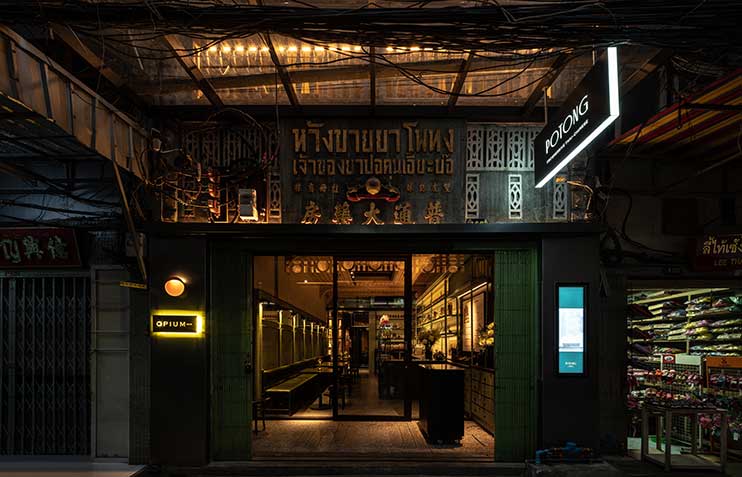
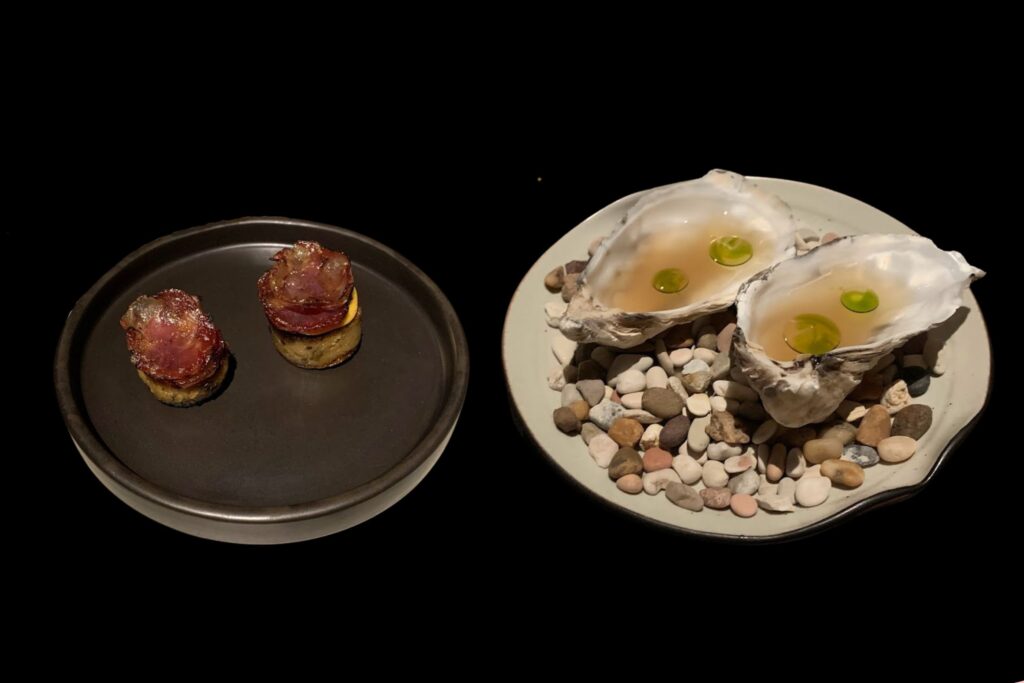
The ambiance of Potong is a seamless blend of the past and present, with decor that reflects the elegance of Shanghai in the 1920s, yet pulses with the contemporary beat of Bangkok. It’s a match made in heaven.
You can read our full review of Potong here.
Exciting news for 2025: Chef Pam is expanding her culinary footprint with Khao San Sek. This new venture celebrates the five pillars of Thai cuisine – rice, chili, coconut, fish sauce, and palm sugar – reimagining these foundational ingredients with her signature precision. Following the success of her Michelin-starred POTONG, Chef Pam’s latest restaurant promises a fresh perspective on Thai culinary heritage.
- When is Potong open? Potong is open Thursday to Monday, for dinner service only, 4pm to 11pm.
- Do I need to book in advance? You will need to book a table for Potong, via Chope, several months in advance.
- How much should I expect to spend? Potong’s new 5 senses, 5 elements ‘revolution’ tasting menu is priced at ฿6300 (£150) per person.
- Closest BTS/MRT? Wat Mangkon MRT is a 5 minute walk from Potong.
Address: 422 Vanich Road, Samphanthawong, Bangkok 10100
Website: restaurantpotong.com
No Name Noodle, Central Sukhumvit
Ideal for elite soba noodles you’ll have to set your alarm for…
You better set your alarm bright and early if you want to sample a bowl of some of Bangkok’s best soba noodles. Not because No Name Noodle – suitably mysterious in its moniker – opens early doors, but because you have to pre-book your bowl (one of only 35 made each day) in a kind of Glastonbury T-day scramble for one of seven stools and a satisfied slurp. Only furthering that comparison, it happens to be 9am every Sunday that the chaos unfolds online.
It’s well worth hammering that F5 button; chef Shinichiro Kondo is a master of his craft, with every bowl given immaculate care and attention, a glorious blend of innovation (there’s some sous vide work here) and respect for tradition.
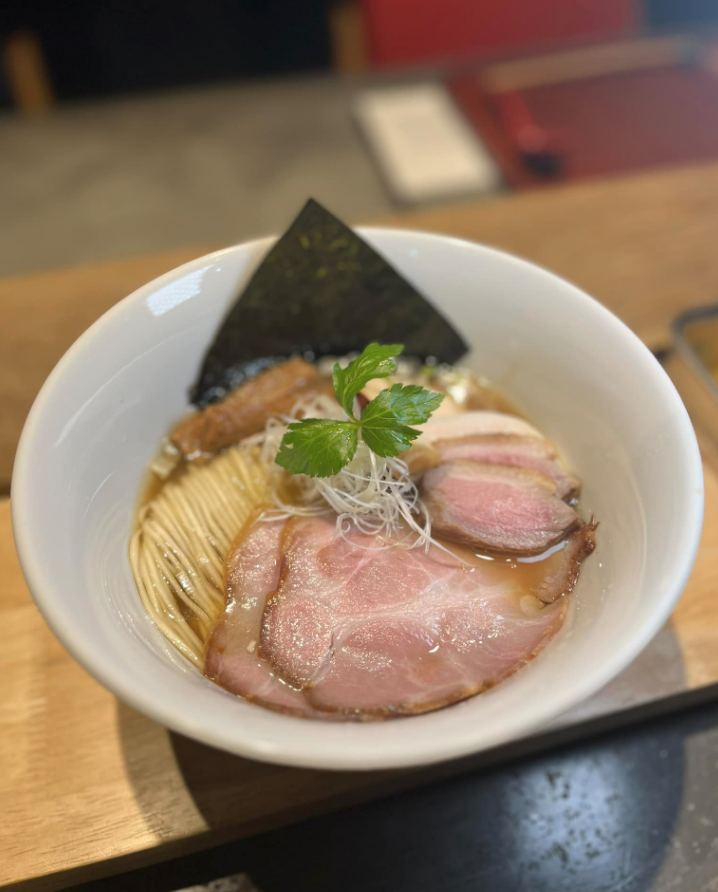

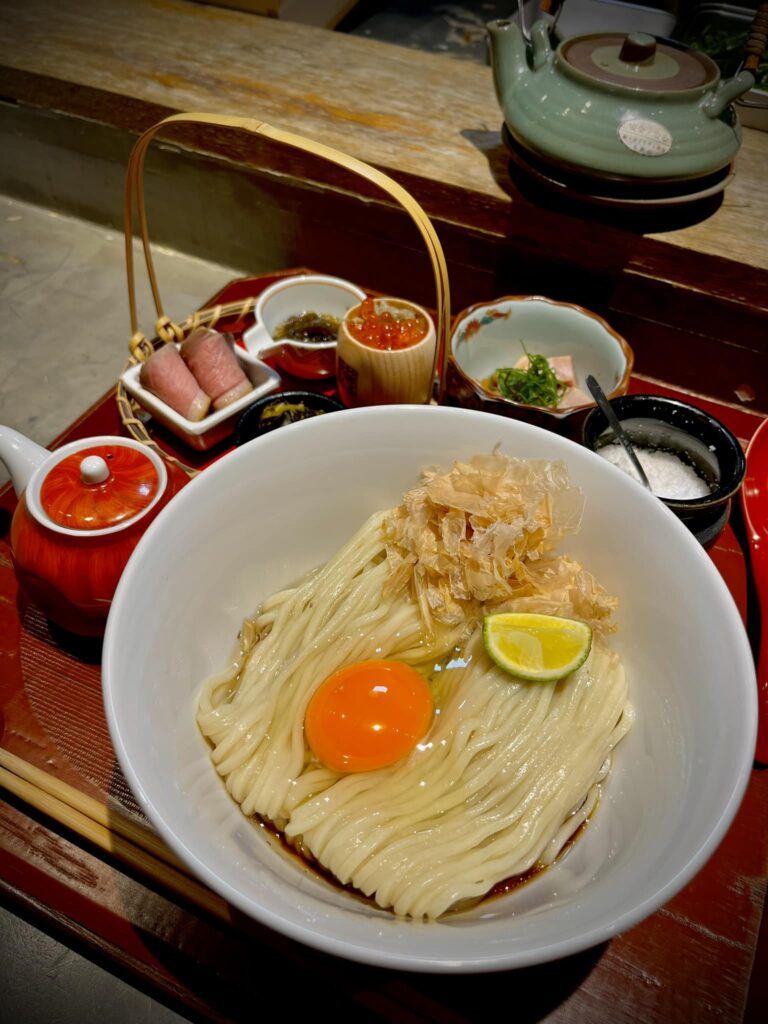
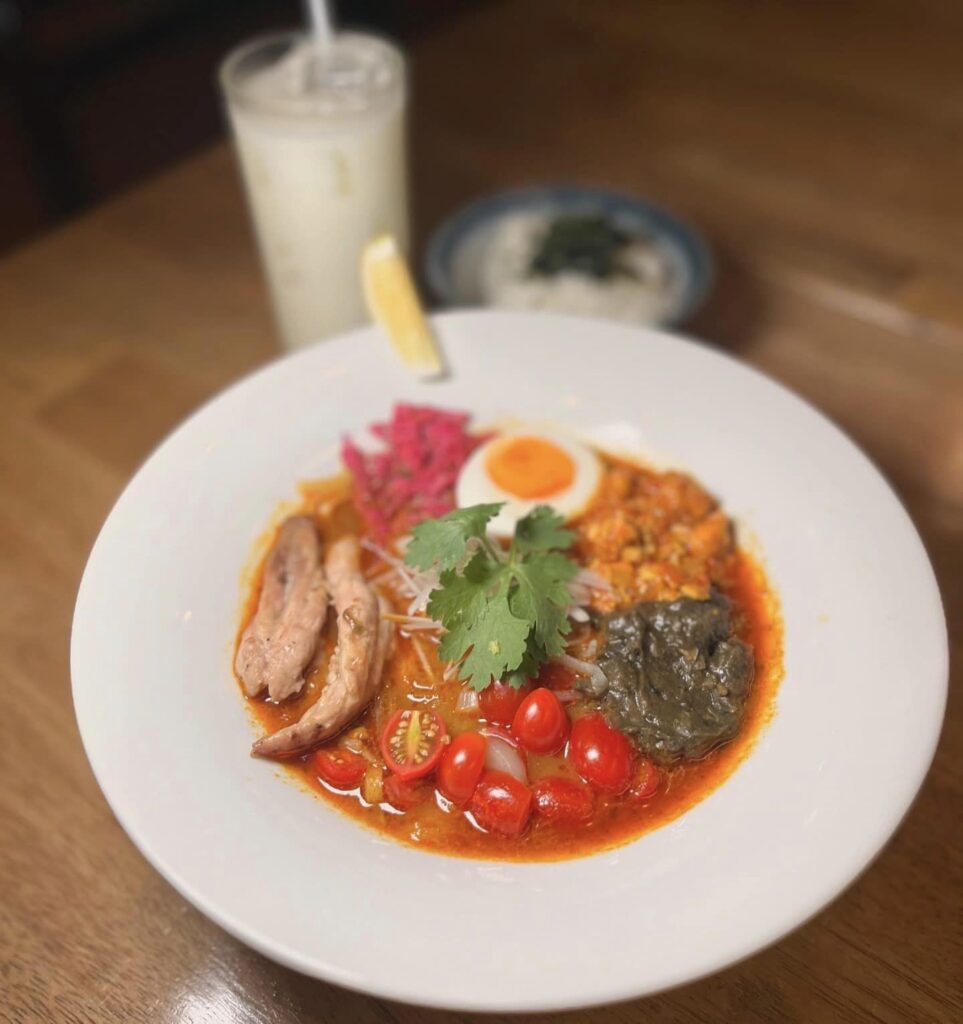
There are only two menu options here; Tokusei Shio Soba, a noodle soup with a seafood base and various toppings including pork and chicken chashu, and Tokusei Kombusui Tsuke Soba, a dish with noodles dipped in kombu dashi and a side of shoyu tsuke soup. Both dishes are crafted with over 30 ingredients, and diners are invited to customise their bowls with additional condiments for that touch of the personal.
Regardless of which bowl you go for, the soba noodles are the star of the show here, a labour of love that boast just the right amount of bounce, chew and earthy grounding. There are fewer more satisfying bowls in a city full of them.
- When is No Name Noodle open? No Name Noodle is open every day except Monday for lunch, between 11am and 3pm.
- Do I need to book in advance? Oh yes, and it’s one hell of a process.
- How much should I expect to spend? A bowl of noodles at No Name Noodle clocks in at around ฿800 (£19).
- Closest BTS/MRT? Phrom Phong BTS is a 20 minute walk away.
Address: 2 Soi Attha Kawi 1 Khlong Tan, Khlong Toei Bangkok 10110
Instagram: @no_name_noodle
Charmgang/Charmkrung, Talat Noi
Ideal for a modern curry and rice restaurant that’s really so much more than that…
Bangkok’s historic Talat Noi neighbourhood, sitting pretty on the outskirts of the city’s Chinatown, is one of the most thrusting in the city, where seemingly not a day goes by without a new cocktail bar opening or an art installation popping up.
Charmgang, now in its fifth year and the recent recipient of a Michelin Bib Gourmand, exemplifies this new sense of cool in the area, a restaurant that’s both traditional and forward-thinking in its approach, and one of, quite simply, the best places to eat in Bangkok.

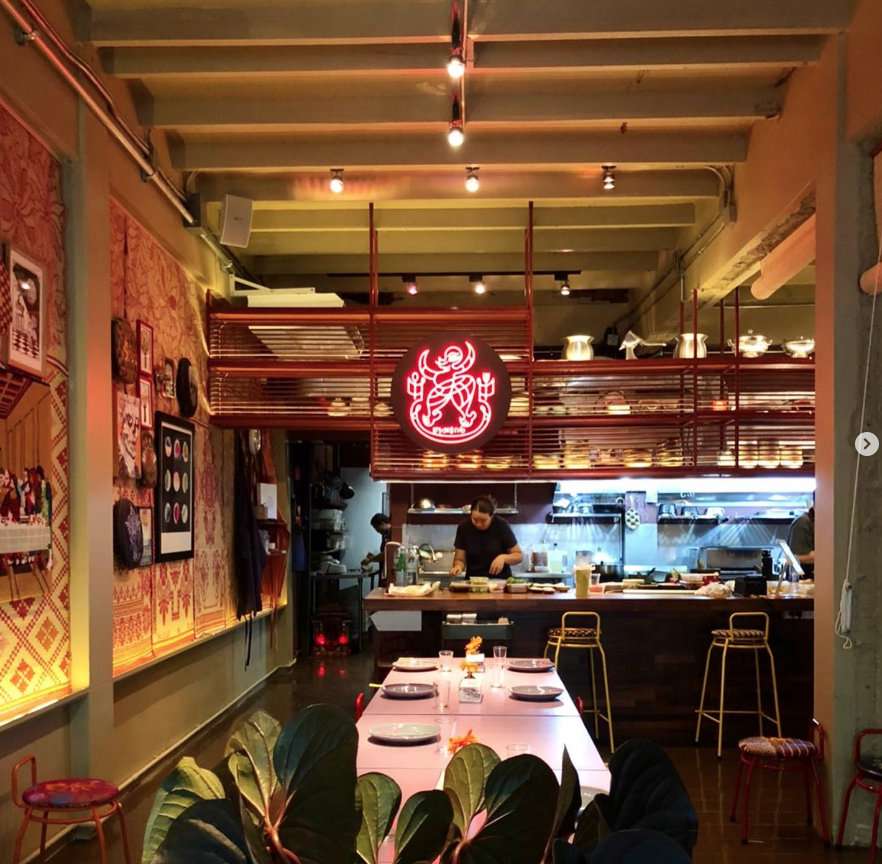
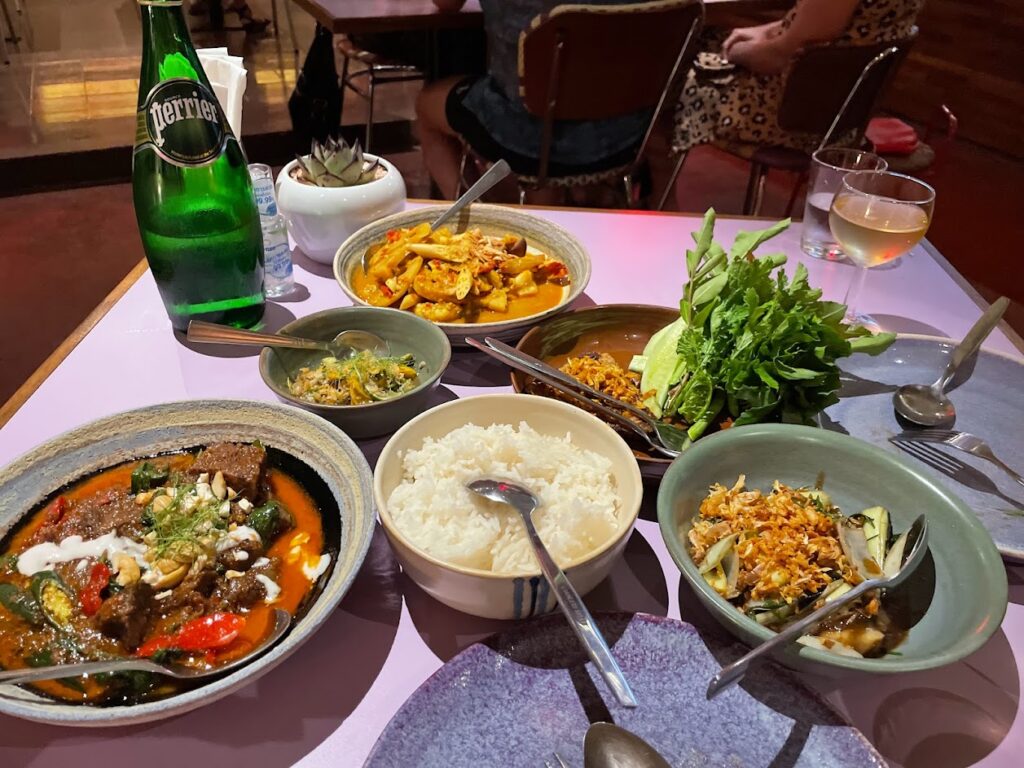
Conceived by a trio of ultra-ambitious chefs – Geravich ‘Mew’ Mesaengnilverakul, Aruss ‘Jai’ Lerlerstkull, and Atcharaporn ‘Aew’ Kiatthanawat – who met at world renowned Nahm, the restaurant is nominally a ‘curry shop’, and true to this billing, the curries here are gorgeous, a skilful blend of Thai culinary tradition and the occasional modern technique, all to be enjoyed in a tastefully furnished, artistically minded dining room that shares its energy with the open kitchen which overlooks it.
Yep, you’ll hear the clatter of the wok and the pok-pok of the pestle and mortar while you eat, the perfect seasoning for a graceful, elegant spread. Do not miss the beef cheek panang curry, a celebration of fresh coconut milk as much as it is of chilli and perfectly braised, surrendering beef. Desserts are fabulous, too, so do try to save room.
The team’s success with Charmgang led to the late 2023 opening of sister restaurant Charmkrung just up the road. Taking over the top floor of a nondescript office building (the night-time views of twinkling Bangkok on high are stirring), this natural wine bar and small plates restaurant sees chef Jai eschewing the by-the-book Thai cooking he champions so brilliantly at Charmgang for a more playful approach, focusing on small bites and medium-sized mains that riff on aaharn kap klaem (Thai drinking foods). As the chef himself puts the difference between his two restaurants; Charmkrung “goes with drinks,” Charmgang “goes with rice”.
Highlights on the menu include Jai’s take on kanom krok, here filled with a silky chicken liver pâté and topped with pomegranate seeds and a little wedge of boiled egg, and an exquisitely balanced smoked and pickled tomato salad, adorned with satisfyingly complete batons of crab leg and a load of crunchy stuff.
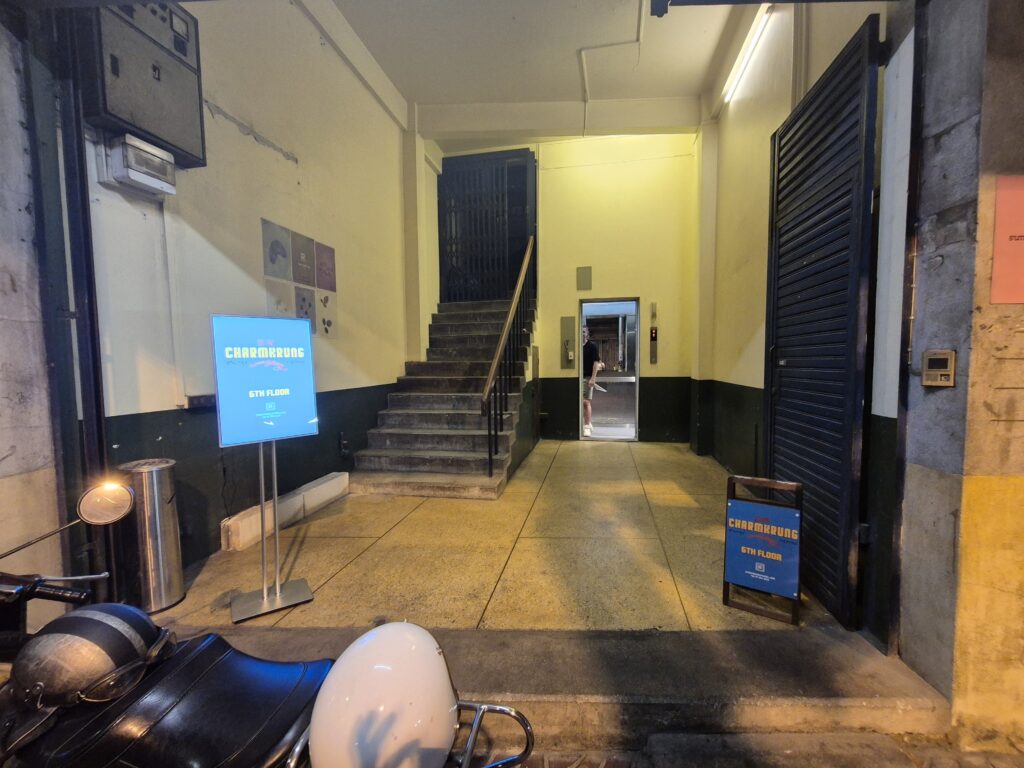
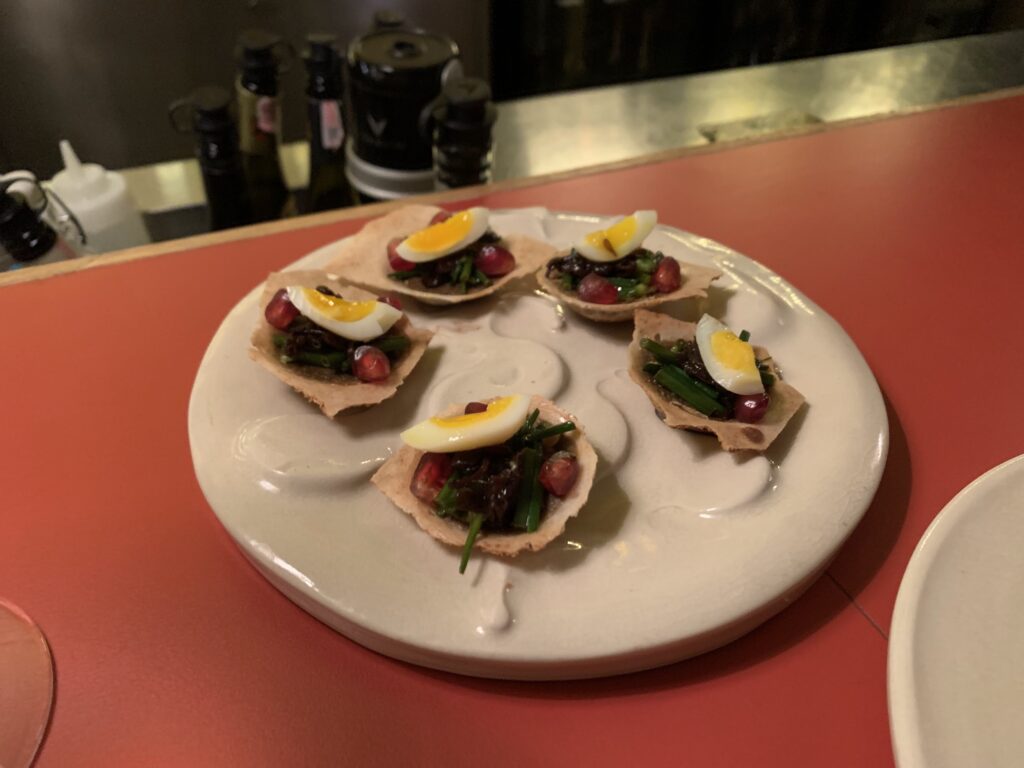
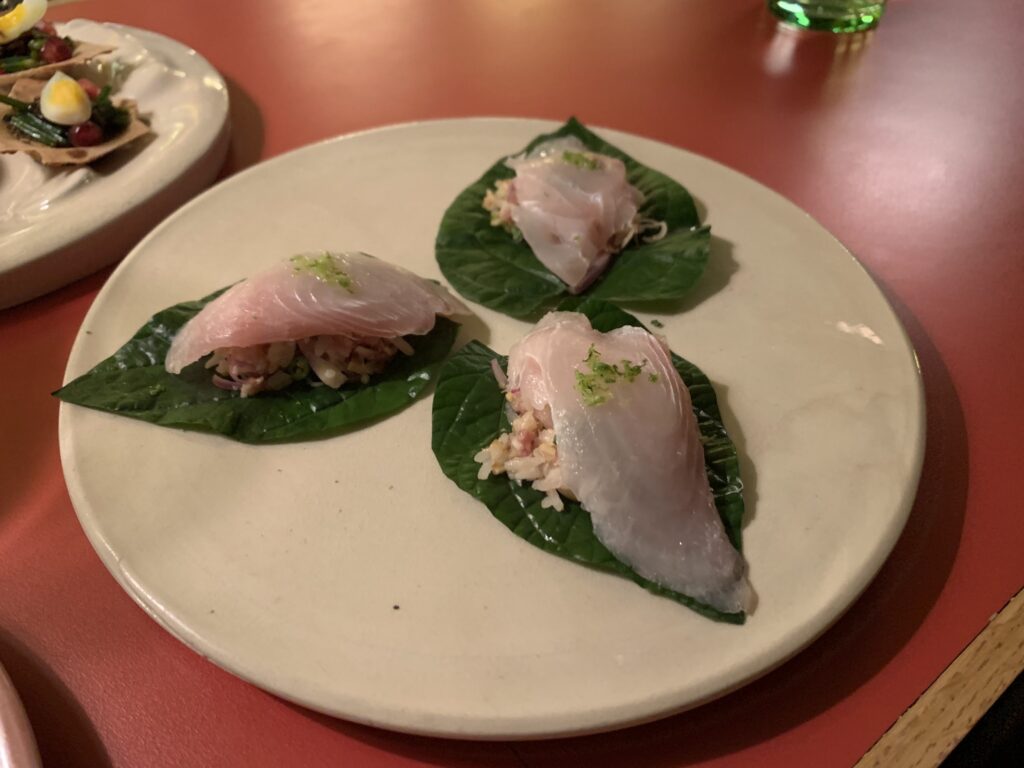
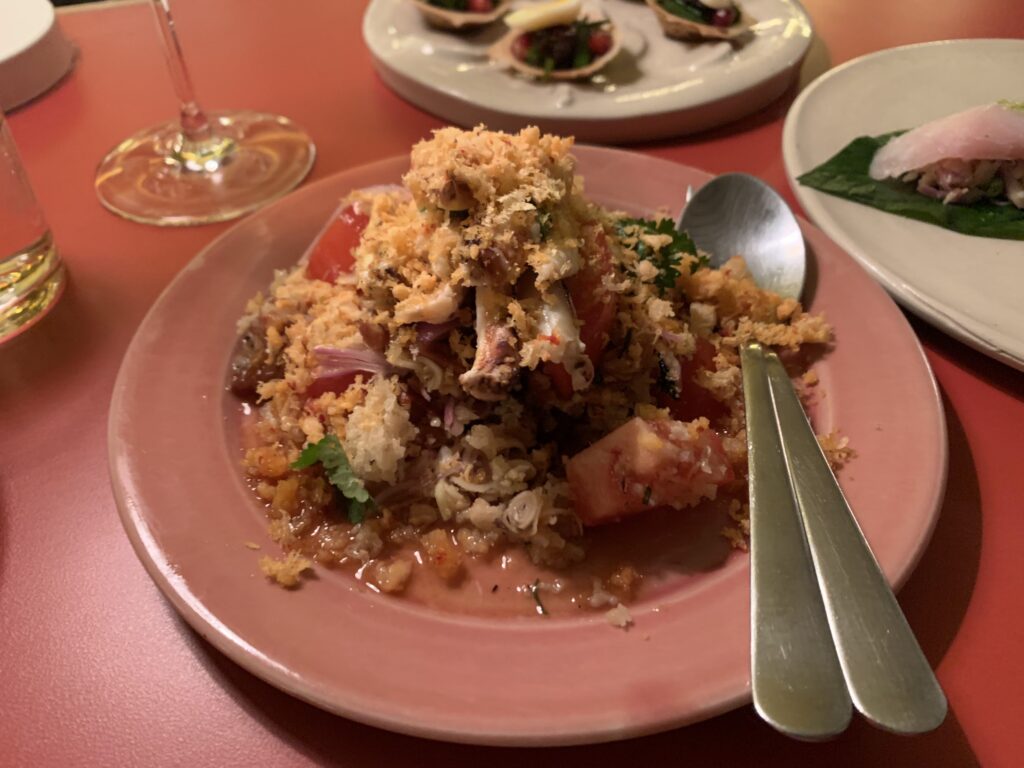
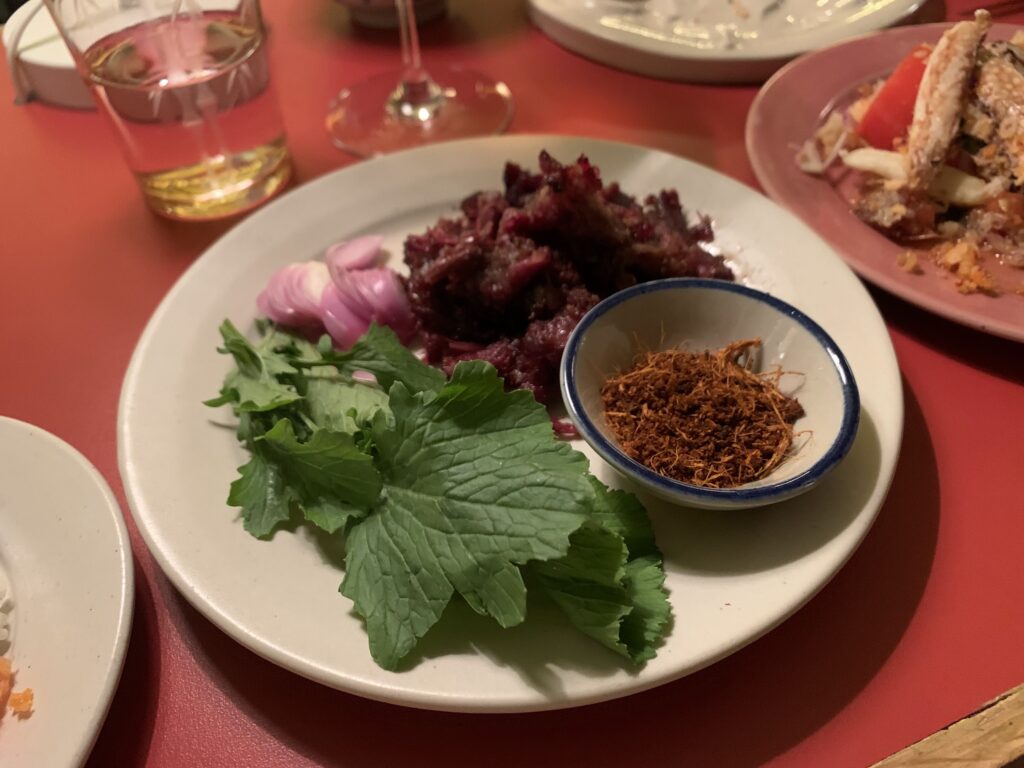
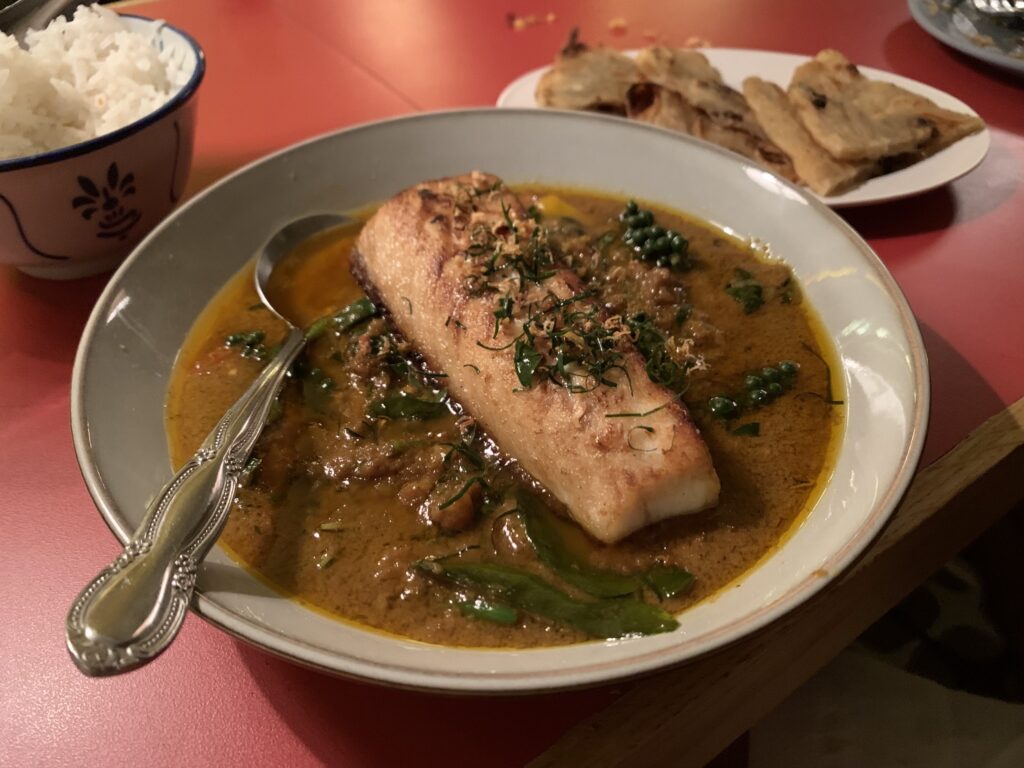
The fish curry with a pleasing slab of pomfret is served with raisin-studded roti, a nod to the chef’s Southern Thai heritage, while the deceptively simple but flavour-packed grilled cabbage follows a recipe taken from his school canteen. All are matched brilliantly with an inspired drink list, ranging from cocktails that incorporate Chinese herbs and spices to funky natural wines from small-scale labels that are hard to find elsewhere in Bangkok.
The space is playful and fun, with both tables and bar counters making the restaurant equally suited to large groups, dinner dates and solo diners perched at the counter watching the kitchen at work. A refreshingly undogmatic wine list completes the package, mixing both traditional styles and regions with more progressive and experimental wines, while always keeping a keen eye on the wines’ ability to match the complexity of contemporary Thai cuisine.
A year and a half in from opening, and it’s clear Charmkrung is another winner from a team who have an inimitable grasp of what Bangkokians want from a modern Thai restaurant. Praise the lord, then, that the prolific team have this year opened a third restaurant, this time named Charmkok. We can’t wait to check it out!
- When are Charmgang and Charmkrung open? Charmgang is open daily for dinner, from 6pm to 10:30pm. It opens for lunch, too, on Saturdays and Sundays. Charmkrung is open from 6pm to midnight daily. Do be aware that the kitchen closes at 11pm.
- Do I need to book in advance? Reservations for Charmgang are highly recommended, and usually required for a week or two in advance. Charmkrung is a more sprawling, casual space, and bookings are less essential but certainly still recommended.
- How much should I expect to spend? A full spread of curries, soups, salads, relishes and the rest at Charmgang will set you back around ฿3000 (£65), before booze is added. At Charmkrung, small plates range from ฿90-290 (£2-6.50), with larger dishes between ฿190-720 (£4-16). Genuinely interesting glasses of wine are available from around ฿300.
- Closest BTS/MRT? Hua Lamphong MRT is a 10 minute walk away from both. It’s just a couple of minutes walk between Charmgang and Charmkrung if you fancy tackling both in one indulgent night.
Charmgang: 14 Soi Nakhon Kasem 5 Bangkok
Charmkrung: 6th floor 839 ถ. เจริญกรุง Talat Noi, Samphanthawong, Bangkok
Instagram: @charmgangcurryshop
Ms Maria & Mr Singh, Central Sukhumvit
Ideal for perfectly poised marriage of Mexican-Indian cuisine from one of the world’s most recognisable chefs…
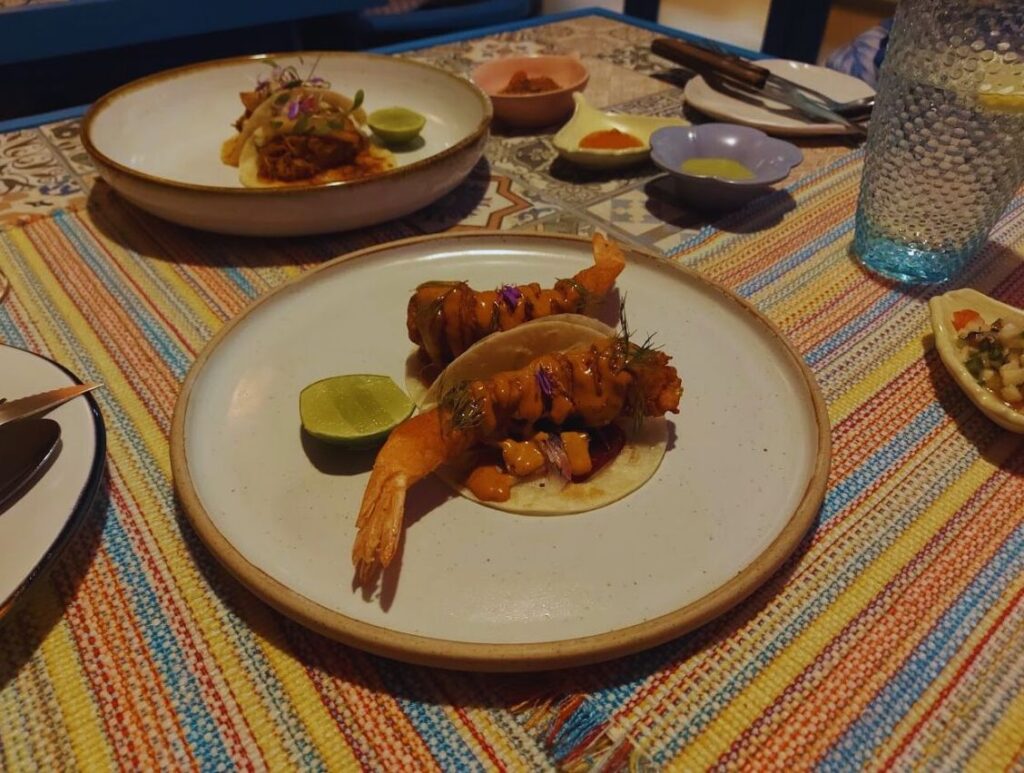
Even those not conversant in Bangkok’s culinary landscape might recognise chef Gaggan Anand, perhaps having seen him on Chef’s Table, or on a a TikTok reel traversing Bangkok via tuk tuk with Ed Sheeran or, you know, having read the entry on Gaa just a few paragraphs previously.
At Ms. Maria and Mr. Singh’s, chef Anand tells the culinary story of a ‘’love affair between a Mexican hometown girl and an Indian city boy’’ via a perfectly poised marriage of Mexican-Indian cuisine that the restaurant has dubbed ‘fantasy cuisine’, realised here by the two head chefs Hernán Crispín Villalva and Roshan Kumar. Trust us on this one; it works.
Here, diners can savour Anand’s signature crab curry, which is now ingeniously paired with Goan poee bread, ideal for pulling through the intricate sauce. The menu also features keema paneer quesadillas, bursting with the robust taste of mutton and toasted spices, followed by pork vindaloo tacos accompanied by a tart pineapple salsa, striking an intoxicating yet strangely comforting balance of flavour and texture.
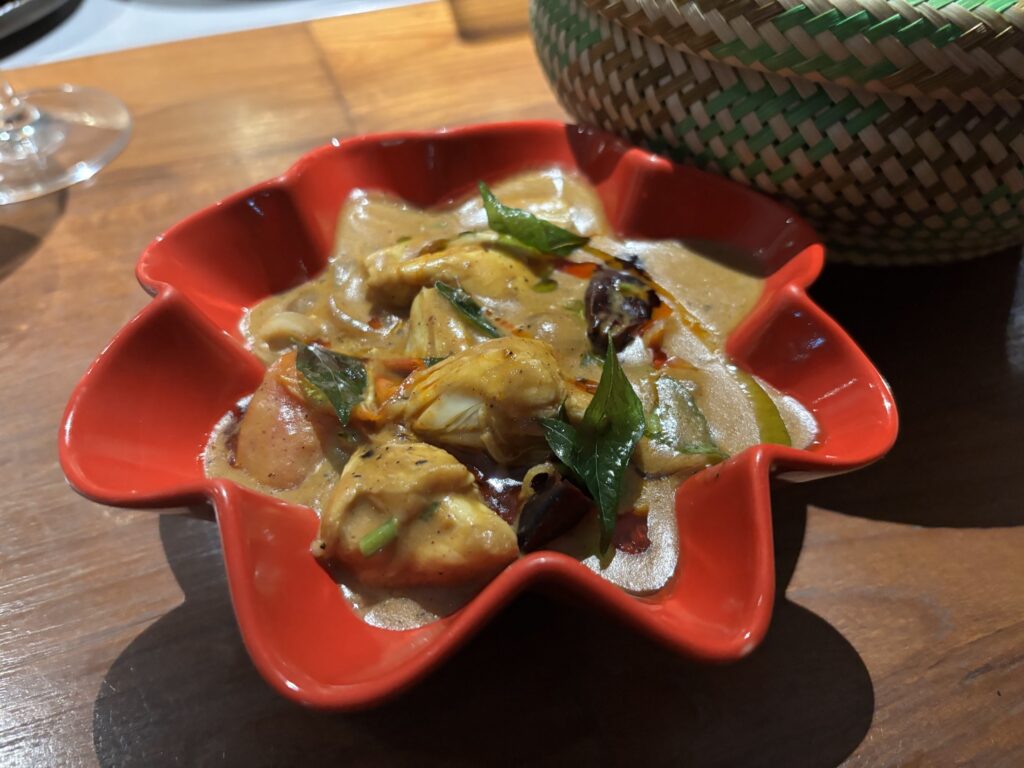
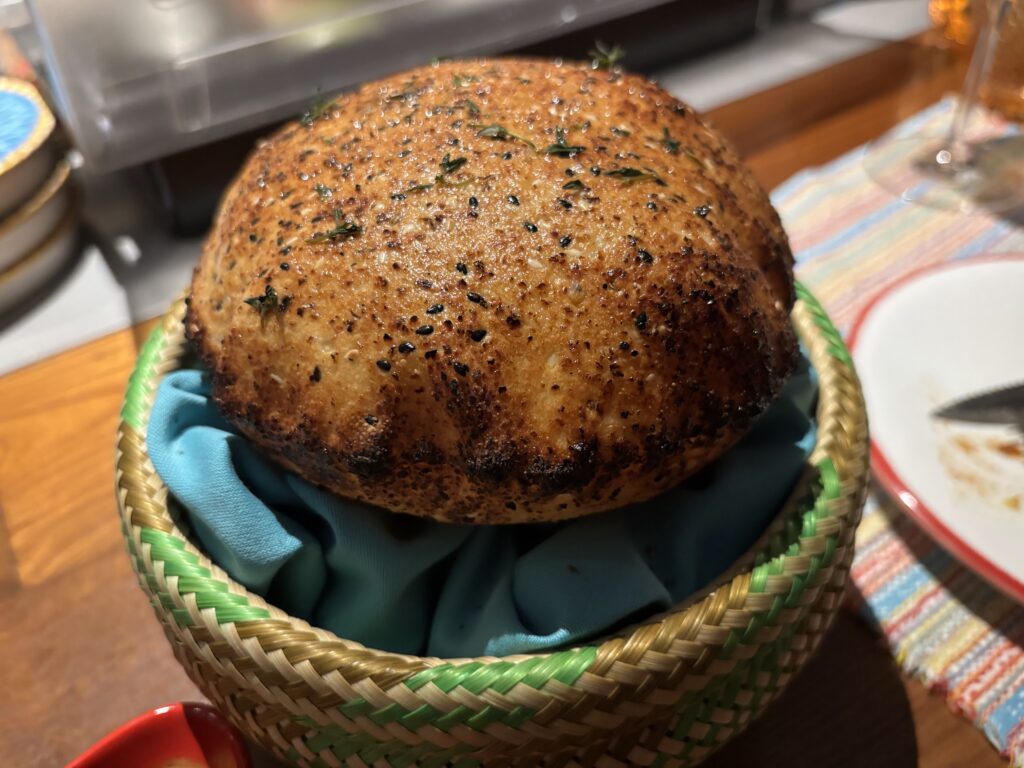
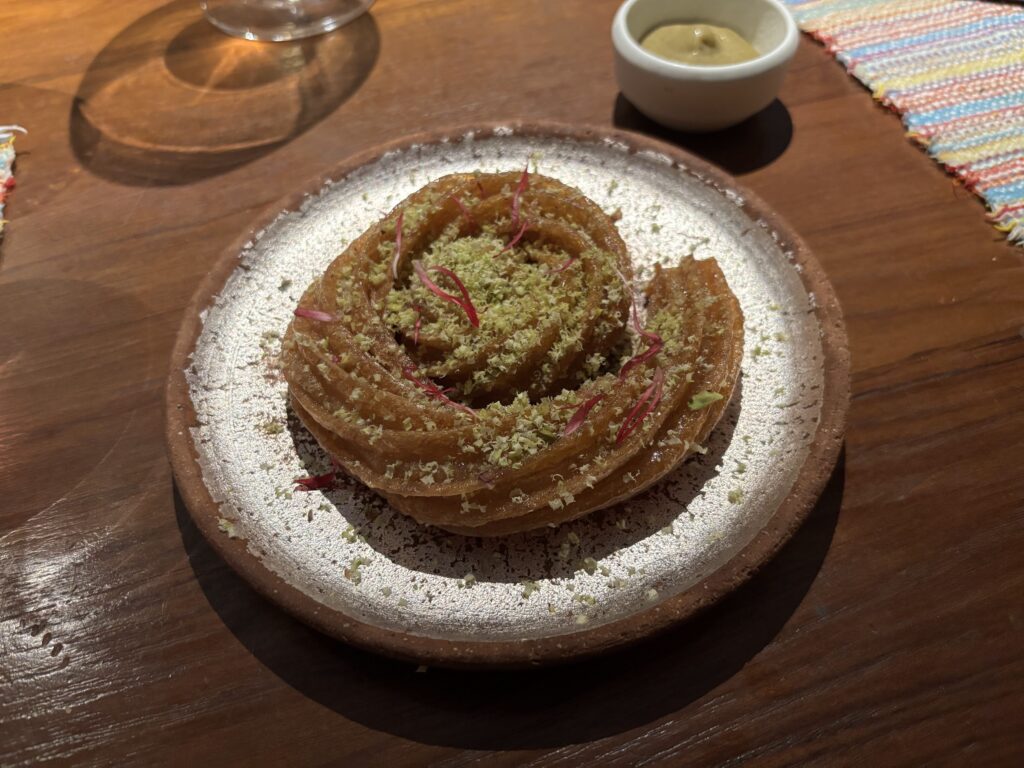
Both are part of the latest tasting menu, offered at an attractive price of 6000 THB (£130) for two, and served in the fresh setting of the second floor of the eponymous Gaggan Anand restaurant. The atmosphere is laid-back and whimsical, with the interior design drawing inspiration from both Oaxaca and Jodhpur, creating a lively and colourful ambiance.
Echoing this playful spirit, guests are greeted by a bright neon sign as they step into the restaurant, boldly stating that “love should never be mild.” The dishes served here not only match this bold statement but also reflect Chef Anand’s continued passion for creating food that’s as spirited and joyous as ever.
- When is Ms Maria and Mr Singh open? Ms Maria and Mr Singh is closed on Mondays, and open for just dinner (6pm to 11pm) from Tuesday to Fridays. The restaurant also opens for lunch at the weekend.
- Do I need to book in advance? Reservations are highly recommended, and usually required for a week or two in advance.
- How much should I expect to spend? The tasting menu for two here is priced at ฿6000 (£130)
- Closest BTS/MRT? Phrom Phong BTS is a 20 minute walk away.
Address: 8 Sukhumvit 63 Road (Soi Ekkamai 6) Phra Khanong Nuea, Watthana, Bangkok 10110
Website: mariaandsinghbkk.com
Read: The best Mexican restaurants in Bangkok
Aunglo by Yangrak, Bang Rank
Ideal for immaculately conceived Thai izakaya …
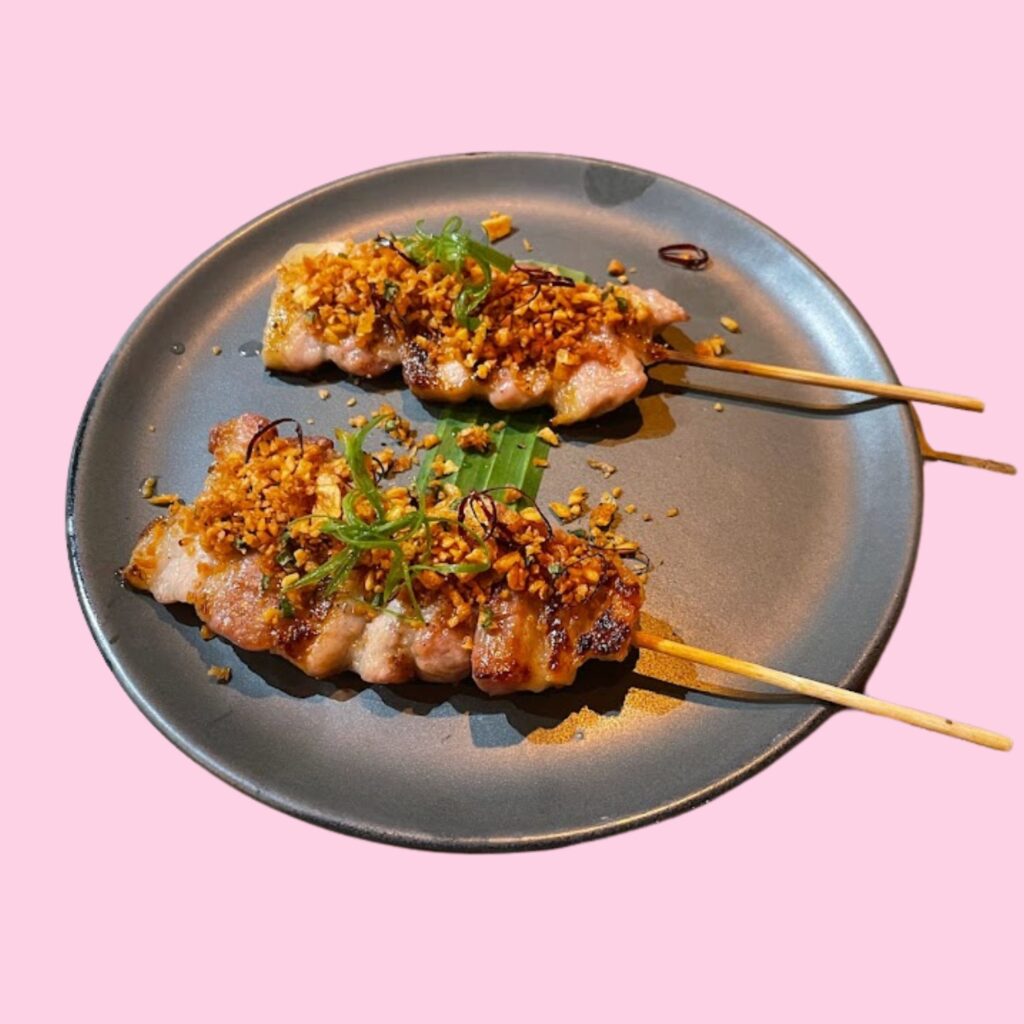
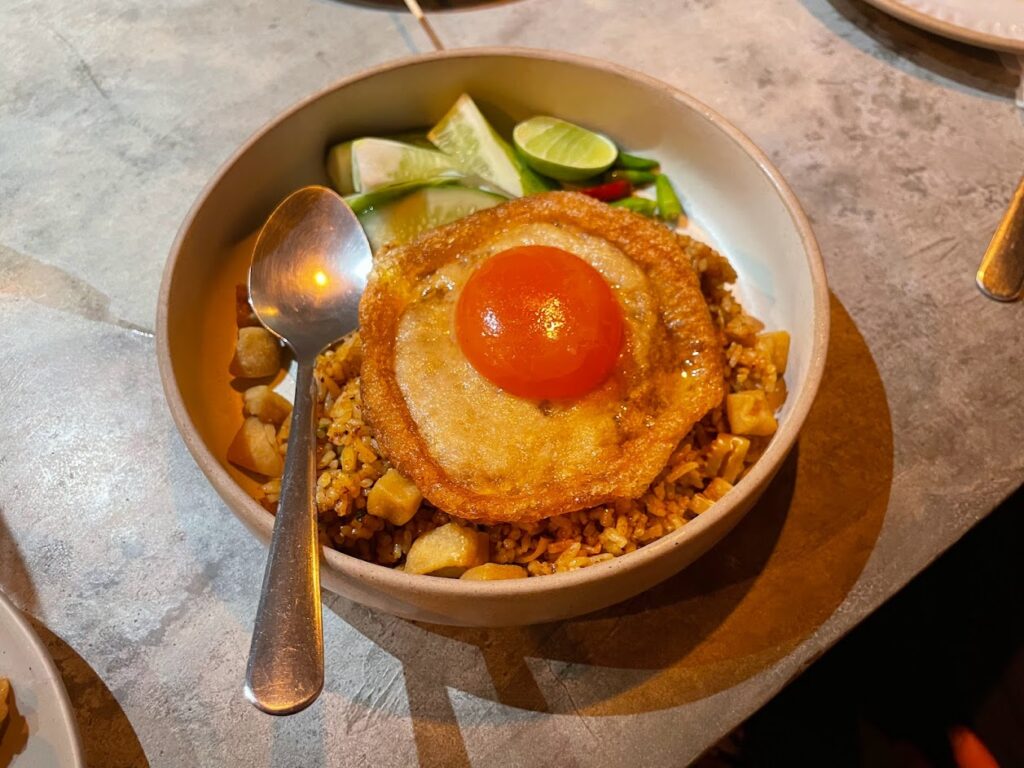
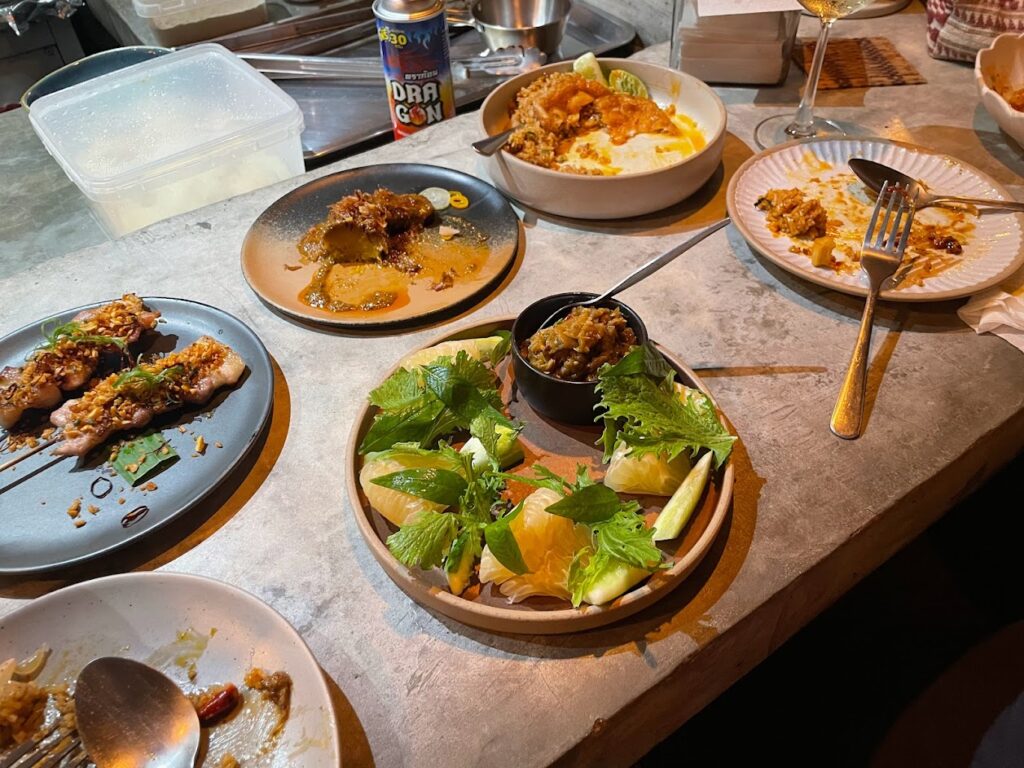
Inspired by Japanese izakaya style dining, Aunglo by Yangrank is a paean to the grill (‘aunglo’ is a type of charcoal grill in Thai), expressed via a procession of blistered and burnished sticks of seafood, meat and root vegetable that are as delicious as any aunty’s moo ping you’ll find outside any BTS station. And that’s the highest praise we could bestow on a place…
The counter bar here faces an open kitchen where chefs glaze and rotate a series of skewers, all whilst maintaining a decent side of conversation and good cheer, the intermittent licking of flames the perfect clarion call that the glaze is doing its job. Not exactly harming things in the flavour department, that glaze is often a thick, reduced coconut curry, a massaman-coated, barbecued squash a delicious case in point that demands re-upping several times.
Sure, you’ll have to factor in leaving absolutely humming of smoke, but it’s well worth it for the delicate kiss of charcoal that every dish at Aunglo by Yangrak has received, even the desserts.
- When is Aunglo by Yangrak open? Aunglo by Yangrak is closed on Tuesdays, and open every other day for both lunch and dinner.
- Do I need to book in advance? You can book a spot via direct message on their Instagram, but it’s not often full.
- How much should I expect to spend? The big feast of skewers, sides and beers for two won’t top ฿3000 (£65)
- Closest BTS/MRT? Saint Louis BTS is a 10 minute walk from Aunglo by Yangrak.
Website: 6, 8 Decho Rd, Suriya Wong, Bang Rak, Bangkok 10500, Thailand
Instagram: @aunglo.by.yangrak
Haoma, Central Sukhumvit
Ideal for neo-Indian fine dining with genuine green credentials…
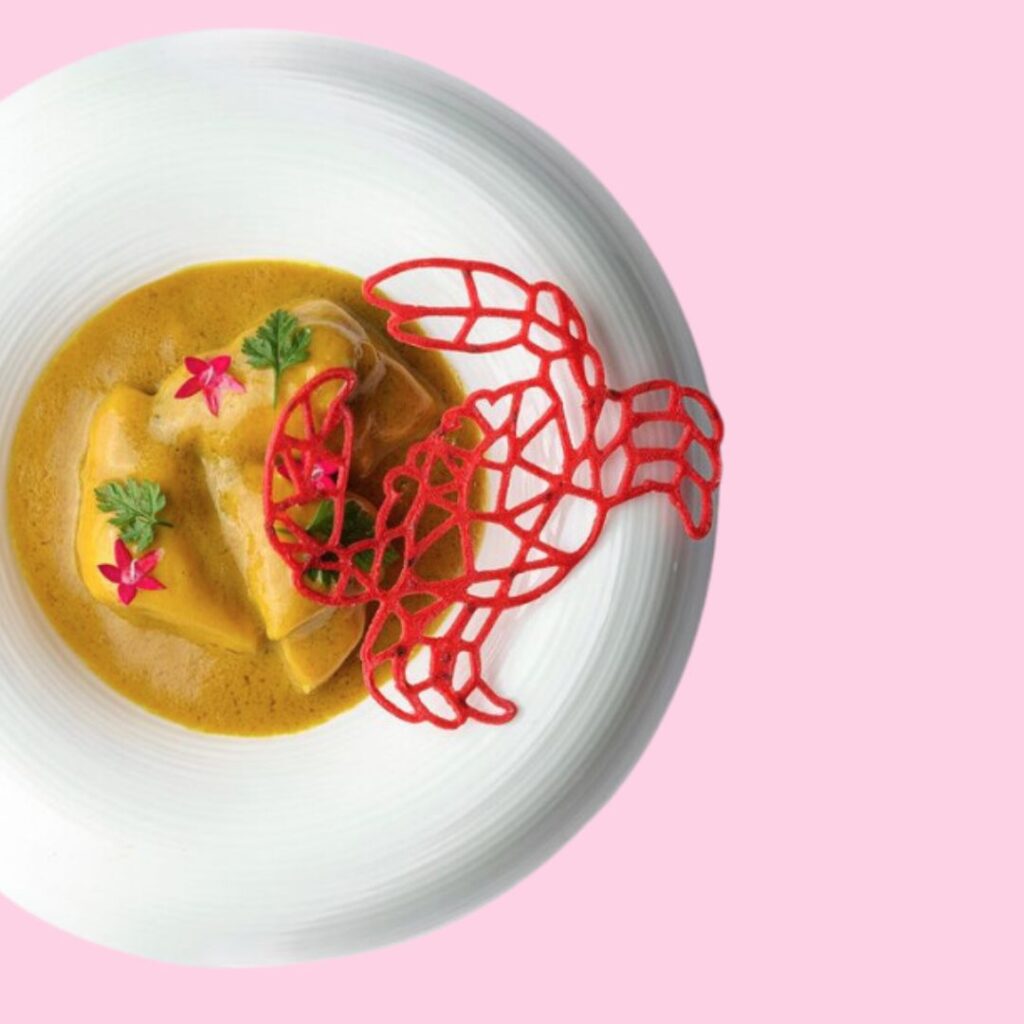
Billed as Thailand’s first urban farm and zero-waste restaurant (a bold claim that’s a little tough to verify, perhaps), neo-Indian fine dining restaurant Haoma certainly wears its sustainability chops proudly on its sleeve, with a biophilic dining room that merges the outdoors and in succinctly, and a tasting menu built around on-site hydroponically grown produce (you’ll get a tour of the fish ponds and gardens when you arrive) and organic ingredients sourced from their sister farm in Chiang Mai.
It’s an approach where each discipline of the restaurant – the food, winelist, ambience and hospitality – feeds into the next, creating a homogeneous, self-sustaining feel that you can’t help but admire. Both a Michelin star and Michelin green star for sustainability have followed.
That’s not to say that this is purely branding; Chef Deepanker Khosla certainly puts his money where his mouth is. Following a hugely successful, altruistic pandemic project called the #NoOneHungry campaign that has given more than 500’000 meals to those most in need in Bangkok, the chef has now opened Bangkok’s first permanent soup kitchen. Legend.
On the menu back at Haoma, just two choices; a tasting menu of meat and seafood or a vegetarian version, and 15 courses or 11. In the lean, green spirit of the place (smells like green spirit?), we went for the shorter vegetarian option at Haoma, but certainly didn’t feel short changed. This is a precision procession of loosely Indian, pretty-as-a-picture plates that felt both clean and indulgent, avant garde but anchored, the storytelling behind each dish helped along by a series of postcards and artefacts that rest on your table as you eat.
At 3500 THB (around £75) for the ten courser, Haoma also represents an absolute steal for a restaurant that’s surely due a second star in the coming years.
- When is Haoma open? Haoma is closed on Mondays, and open for dinner (5:30pm to 11pm) Tuesdays to Fridays. At the weekend, it’s open for lunch too, from midday to 2pm.
- Do I need to book in advance? You can usually book a table at Haoma the day before.
- How much should I expect to spend? The Chefs Tasting menu of 10 courses is currently priced at ฿5990 (£135).
- Closest BTS/MRT? Asok BTS and Sukhumvit MRT are a 15 minute walk from Haoma.
Address: 231, 3 Soi Sukhumvit 31, Khlong Toei Nuea, Watthana, Bangkok 10110
Website: haoma.dk
Côte by Mauro Colagreco, Sathorn
Ideal for a meticulous meeting of the Med and the Chao Phraya…
When it was announced that a globally celebrated chef would open a fancy French restaurant in a 5 star hotel on the banks of the Chao Phraya River, Bangkok’s culinary cognoscenti could have been forgiven for wondering if another such place was really necessary.

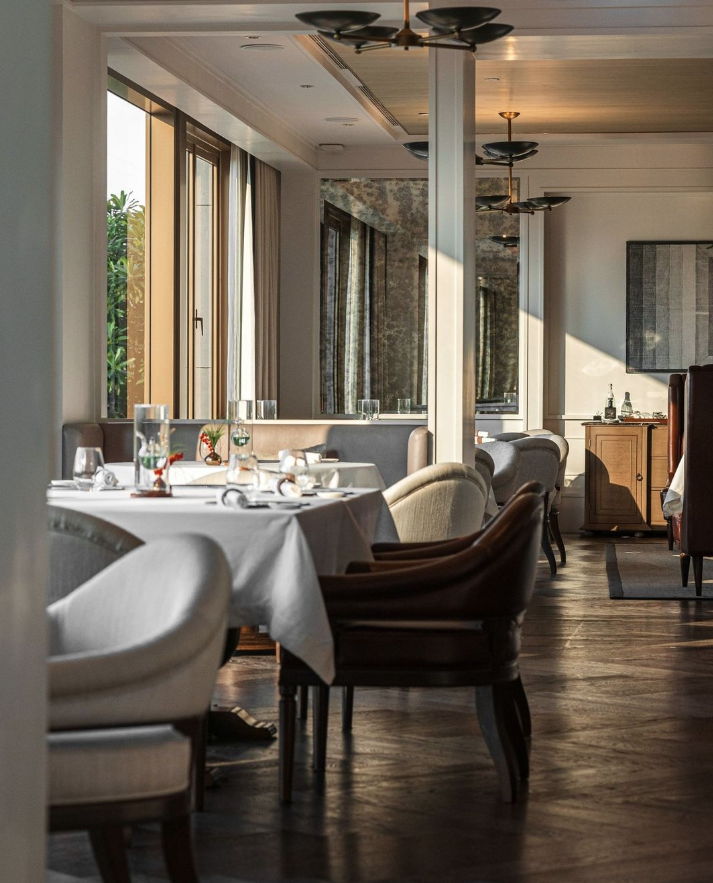
But such is the quality of Côte by Mauro Colagreco, and the unique skills of head chef Davide Garavaglia, that those doubts died down almost as soon as the restaurant had finished its first service, with the spot now arguably the city’s destination fine-dining restaurant for those not in the mood for Thai (fools).
Of course, the pedigree here is undeniable. Mauro Colagreco, whose illustrious career’s highlight is the three Michelin-starred Mirazur on the French Riviera, has brought a slice of the Mediterranean to Bangkok, with a tasting menu that imbues traditional French technique with the odd Thai flourish to great effect. Here, it’s a nine course tasting menu (there’s also a shorter lunch affair) which see the diner put complete trust in the chef.
Whilst we wouldn’t want to ruin the surprise here, the restaurant has a wicked way with seafood, a dish of local sea urchin and textures of cauliflower landing as one of the best dishes we’ve enjoyed in the city, a perfect marriage of sense of place and the chef’s own idiosyncrasies. The panoramic river views certainly do no harm.
In the 2025 Michelin Guide for Thailand announcement, the consistency and quality of Côte was further underscored by Michelin’s awarding of a second star. Whilst we hate to be ‘that guy’, a third feels kind of inevitable at this stage.
- When is Côte open? Côte is closed on Mondays and Tuesdays, and open for both lunch and dinner Wednesday through Sunday.
- Do I need to book in advance? You can usually book a table at Côte the day before.
- How much should I expect to spend? The full nine course tasting menu is currently priced at ฿7800 (£184). The shorter four course lunch menu is ฿3300 (£78).
- Closest BTS/MRT? Saphan Taksin BTS is a 15 minute walk away.
Address: 300/2 Charoen Krung Road, Yan Nawa, Sathon, Bangkok 10120, Thailand
Website: cotebkk.com
Samlor, Bang Rak
Ideal for Thai comfort food given a respectful, ridiculously delicious reinvention…
The dynamic chef duo Napol ‘Joe’ Jantraget and Saki Hoshino are responsible for some of Bangkok’s most genuinely enjoyable upscale restaurants, from their work at the innovative 80/20 just up the road to their more recently opened celebration of Central Thai food at Nawa.
You’ll find that innate sense of hospitality at Samlor, too. Meaning ‘tricycle’ in Thai, it’s a name that hints at the more homely vibes this place exudes, complemented by its bare bricks interior and chalkboard specials menu.
The signature dish here is without doubt the Samlor omlette, an obscene looking thing with a soufflé-like rise, crispy top and runny centre. Served simply with a little fish sauce and chilli, it’s no doubt a knockout, but certainly not the only dish that deserves your attention (of useful note; it can be ordered in a smaller, more manageable version for a third of its usual price).
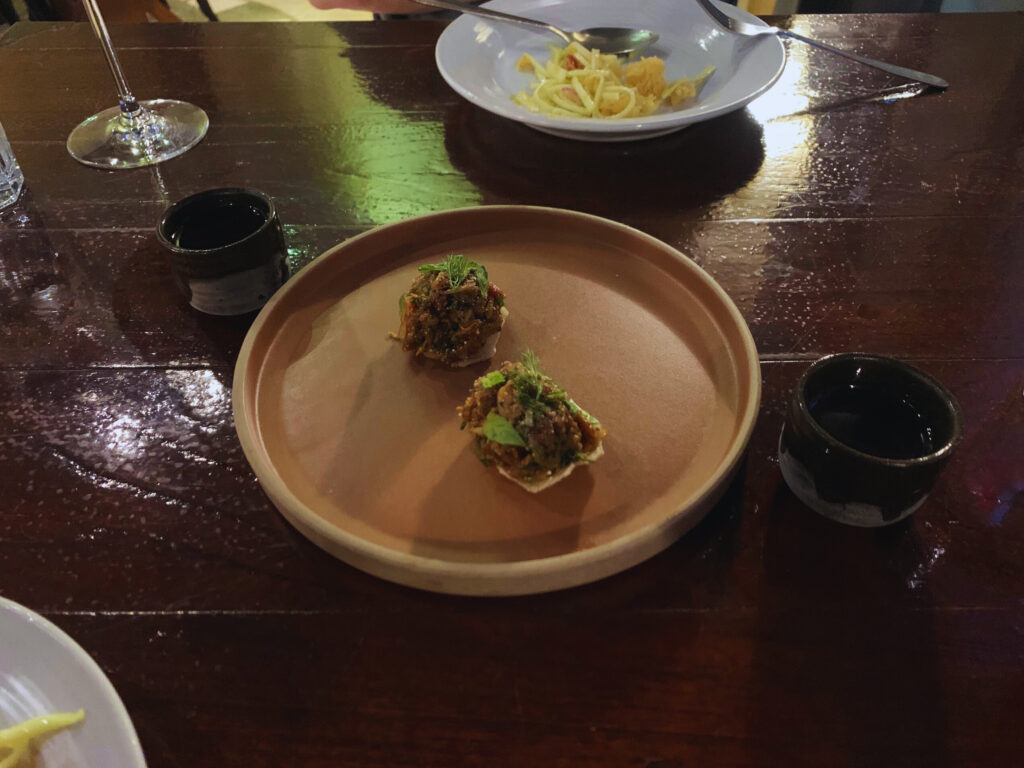
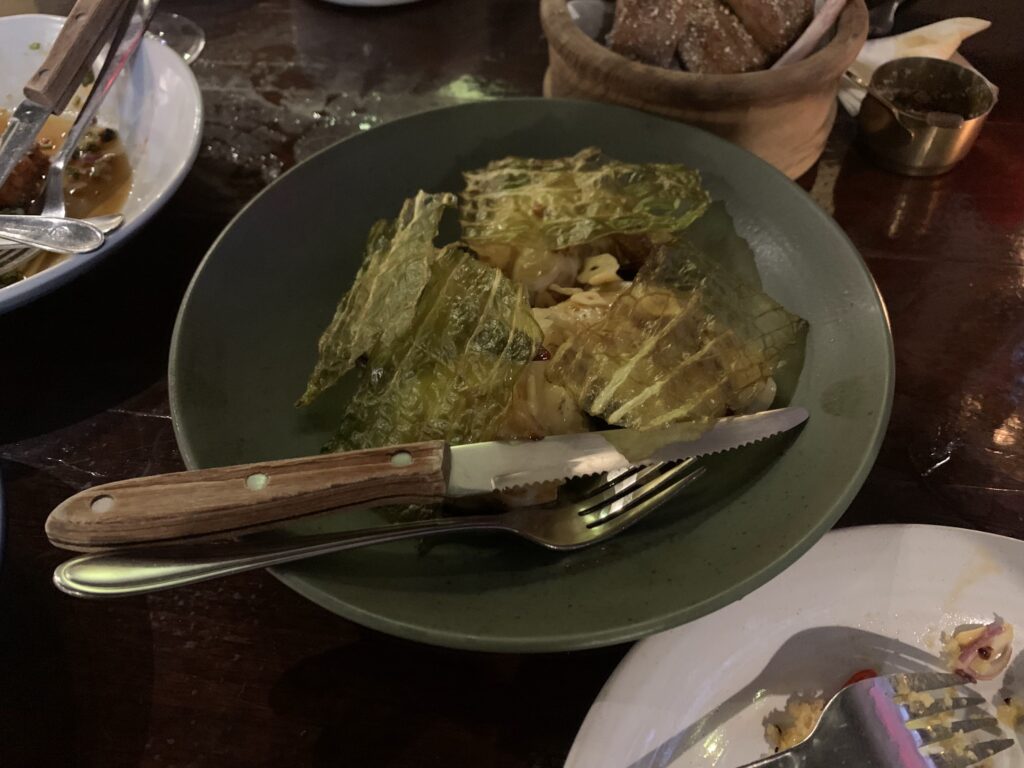
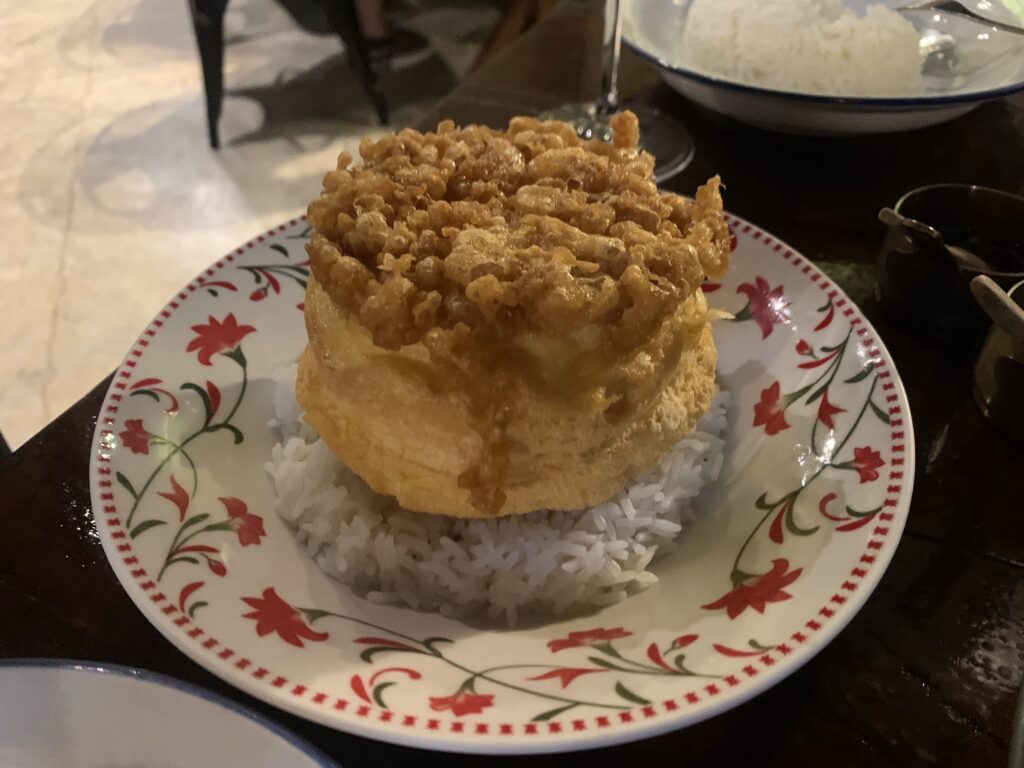
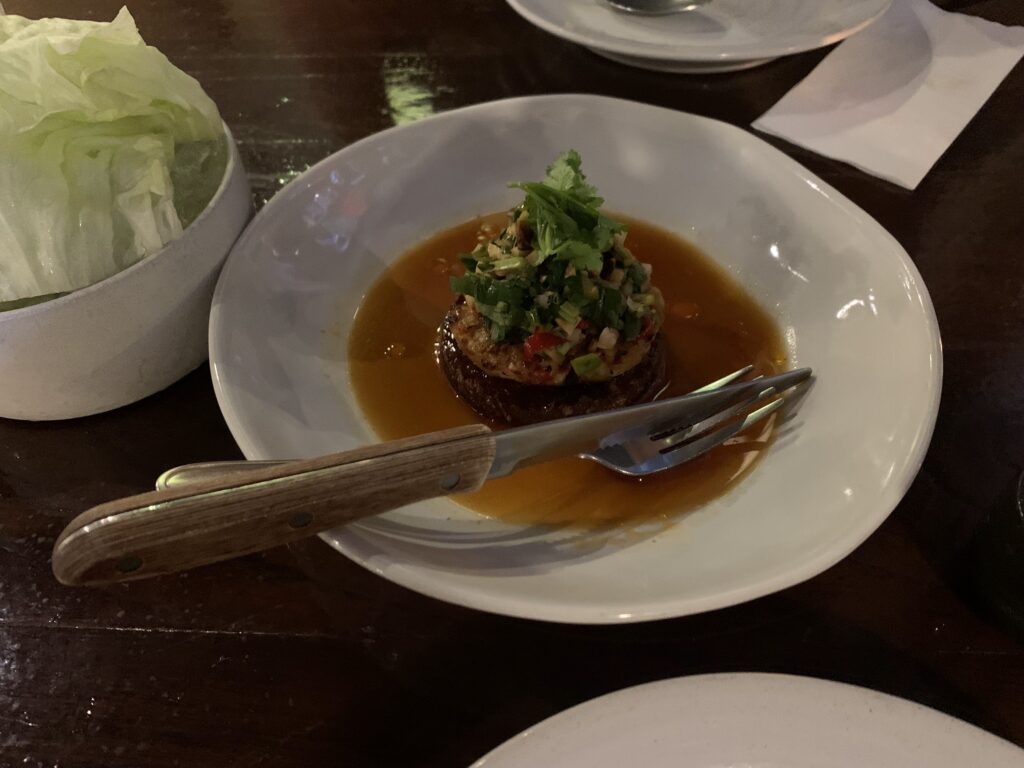
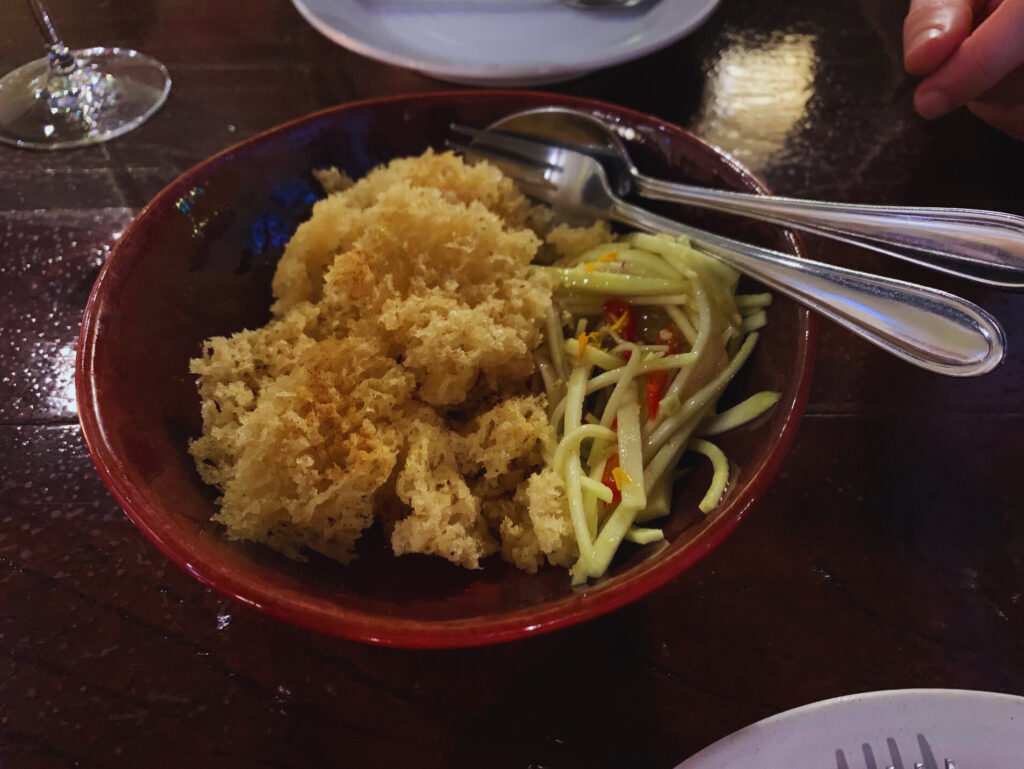
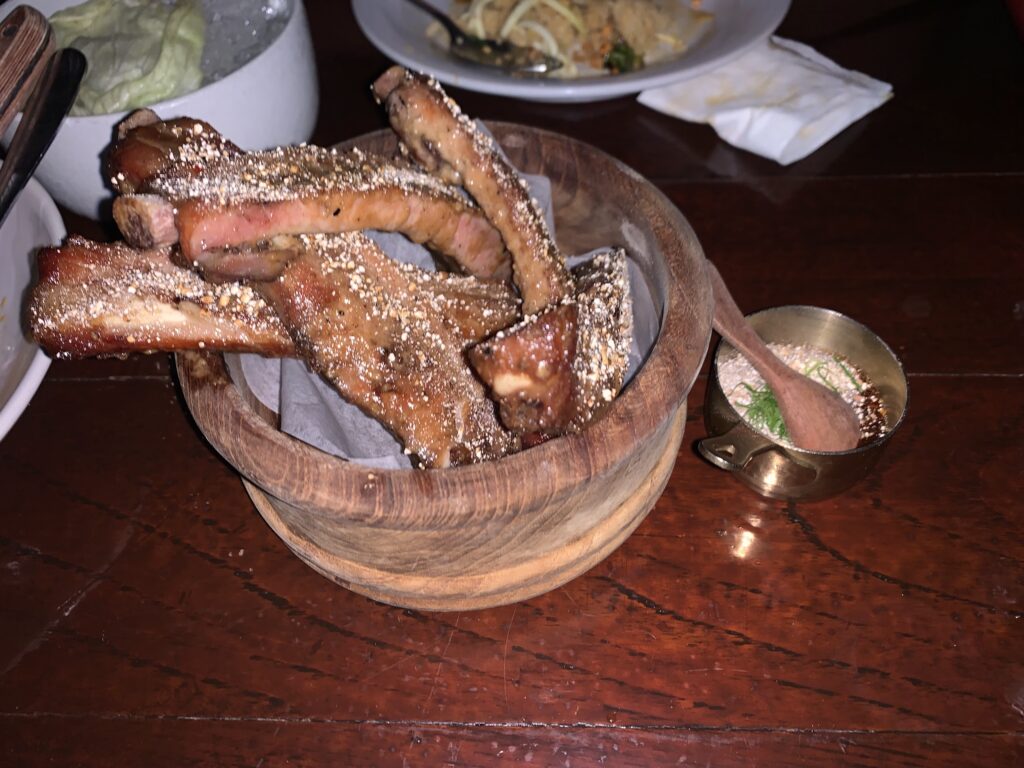
Even better, we think, is the slow-cooked wagyu beef krapow. Perfumed with deep-fried holy basil leaves, it’s an absurdly satisfying riff on Thailand’s favourite comfort food, which pretty much sums up the restaurant’s strongest suit, we think. Pair it with that omelette in place of your usual frilly fried egg, and you’ve got yourself a pretty perfect meal. As long as there’s plenty of jasmine rice to hand, of course…
…but to order so conservatively would be to miss out on some of the other highlights, including smoked pork ribs with jaew and a genuinely exciting take on the Laotian salad naem khao tod.
With a local craft beer (of which Samlor has a fine selection) this order will give you change from 1000 THB (£21). That’s some serious value.
- When is Samlor open? Samlor is closed on Tuesdays, and open for dinner only (6pm to 10:30pm) on Mondays, Wednesdays, Thursdays and Fridays. At the weekend, it’s open for lunch, too, between 11am and 1:30pm.
- Do I need to book in advance? You’ll want to book Samlor a week or two in advance, via their Instagram.
- How much should I expect to spend? The omlette and pad grapao are priced at ฿300 (£6.50) and ฿400 (£9), respectively.
- Closest BTS/MRT? Saphan Taksin BTS is a 20 minute walk away.
Address: 1076 Charoen Krung Road, Bangrak, Bang Rak, Bangkok 10500, Thailand
Facebook: samlor.bkk
Sushi Masato, Central Sukhumvit
Ideal for Bangkok’s most acclaimed omakase experience…
This exclusive traditional omakase sushi bar is the work of Chef Masato Shimizu, a culinary virtuoso whose journey began in Japan and soared to new heights in New York City, where he became the youngest chef to be honoured with a Michelin star at the tender age of 29.
Sushi Masato, tucked away off Soi Sukhumvit 31 (there it is again) behind an unmarked door, brings the chef’s meticulous craft from over 20 years of experience to the forefront, showcasing both his skills and his impeccable sourcing directly from the fish markets of Tokyo to a first-floor chef’s counter. Though that first floor is chef Shimizu’s domain, for a more laid back, languid experience, head upstairs to Raw Bar Masato, where you can order a la carte sushi of the same premium quality as the full experience below.
Securing a reservation at Sushi Masato requires some effort; seats are released on a month-by-month basis, precisely at 00:00 hrs on the 15th of every month for the following month. Amazingly for a restaurant of this pedigree and poise, there’s a takeaway menu of sorts at Sushi Masato; via their website, you can order a bespoke mini omakase box to be delivered to your door for the princely sum of 2500 THB.
- When is Sushi Mataso open? Sushi Mataso is closed on Mondays and Tuesdays, and is open for both lunch (midday to 2pm) and dinner (5pm to 10pm) Wednesday through Sunday.
- Do I need to book in advance? Yes, indeed, and it’s something of a scramble On the 15th of every month at midnight, new seat slots for the following month are released.
- How much should I expect to spend? The lunch omakase is ฿4000 (£87), the dinner ฿6000 (£130).
- Closest BTS/MRT? Phrom Phong BTS is a 10 minute walk away.
Address: 3/22 Soi Sukhumvit 31, Khlong Tan Nuea, Vadhana, Bangkok, 10110, Thailand
Website: sushimasato.com
Sühring, Yen Akat
Ideal for refined, contemporary German cuisine in a serene villa setting…
In a city so steeped in exceptional Thai food that fish sauce dapples your pores when you do finally come up for air, Sühring offers something a little different: a refined, contemporary exploration of German cuisine, masterfully executed by twin chefs Thomas and Mathias Sühring. Born in East Berlin and trained in three-starred kitchens across Europe, the twins bring an intoxicating mixture of technical mastery and nostalgia to each bite of their sprawling, 15-course tasting menu.
Sühring opened in 2016 with the backing of renowned chef Gaggan Anand, who said soon after, when the accolades started shimmering: “It sounds capitalistic, but I actually bought my own competition.”
That backing represented something of a risk as, interestingly, the brothers had never cooked German food professionally before, instead spending their formative years immersed in the rigid world of French classical cookery. But with memories of their grandmother’s cooking and a desire to show a different side of an often-maligned German cuisine to the world, the restaurant got famous fast, picking up a star at the inaugural Thailand Michelin Guide in 2017, and a second just a year later.
Perhaps it shouldn’t come as such a surprise that a German fine dining restaurant was such a success from the off in Bangkok. In fact, Thailand represents something of a captive audience for the cuisine. As acclaimed chef Andy Ricker writes in his excellent book Pok Pok, when discussing the Thais love of pork knuckle: “this seemingly incongruous Thai dish is actually a fine example of sanctioned fusion food. Germans have been coming to Thailand for many years. Thais love to drink beer – matter of fact, much of the beer in Thailand is based on German brew… So the German beer garden concept has really taken hold here. German food, too.”
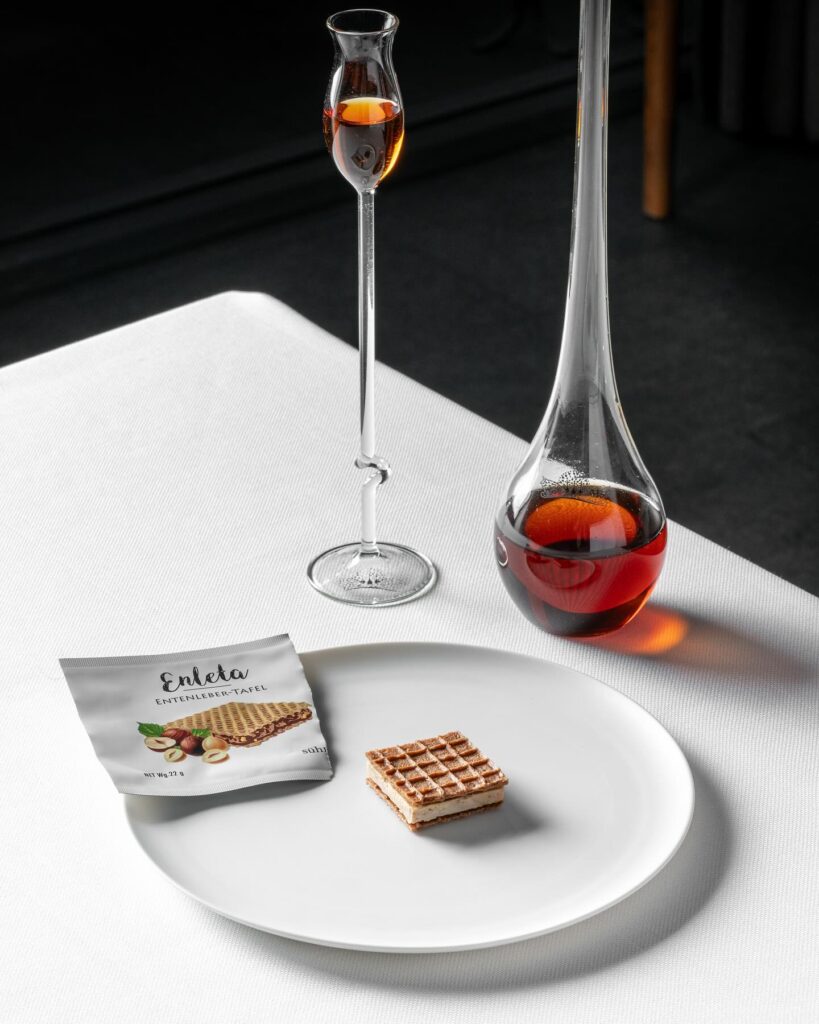
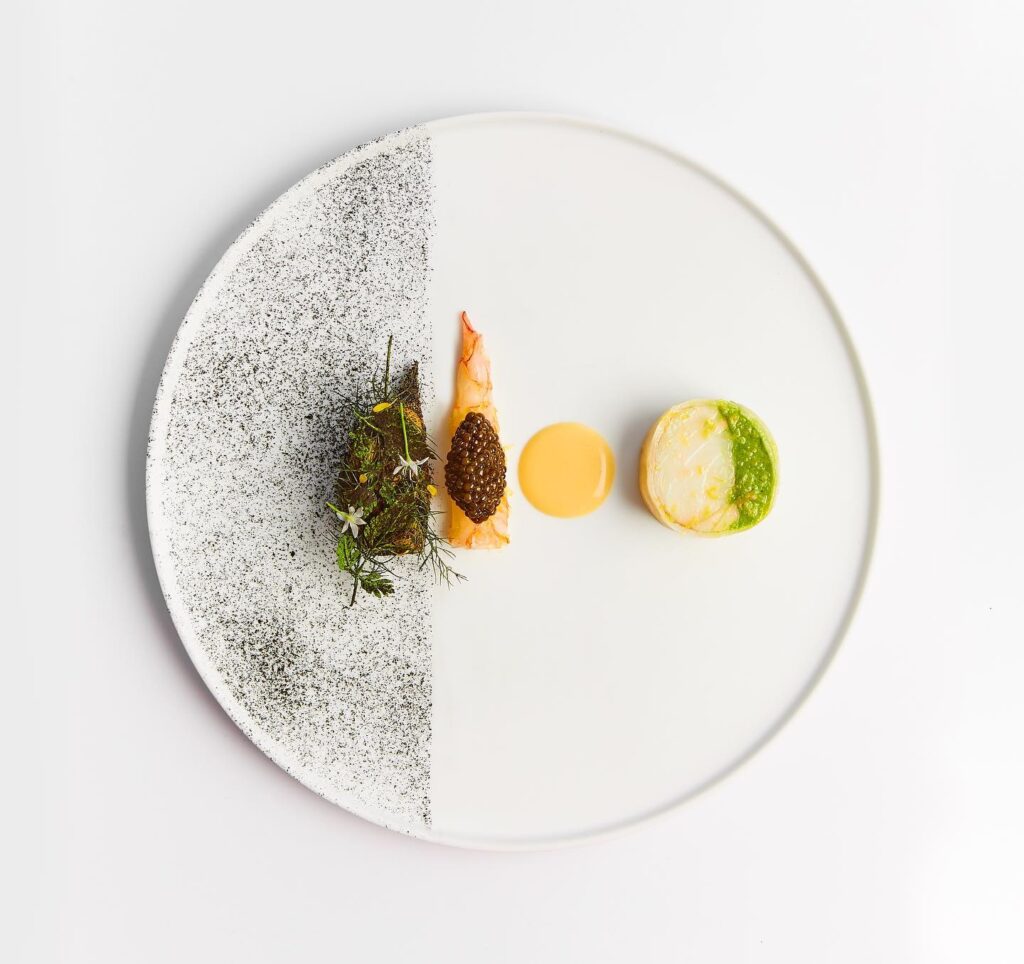
You won’t find any tough, over-salted pork knuckle at Sühring. Forget any preconceived notions of heavy, rustic fare; here, traditional German dishes are reimagined with elegance, precision, and a lightness of touch that transcends borders.
The tasting menu – or ‘Sühring Erlebnis’ – is a journey. Signature dishes like their spätzle (soft egg noodles), served with aged parmesan or seasonal truffles, were once the talk of the town, and are still just as delicious. The Brotzeit bread service showcases their dedication to craft and a sense of old school generosity – homemade sourdough and soft pretzel is served with spreads including Oldenburger butter, schmalz, and obatzda cheese dip, accompanied by pickles and dry-aged beef. You could leave happy after this course alone, quite frankly, but to do so would be to miss out on Grandma’s Eggnog, served in miniature bottles based on their grandmother’s recipe and just delightful.
That sense of the familial is peppered throughout an evening at Sühring. Set within a beautifully restored 1970s villa, dining here feels like being welcomed into a very stylish, food-loving German home (and one that charges you several hundred pounds just as you’re getting up to leave). The villa itself is actually an integral part of the experience, offering four distinct dining spaces. After something intimate? Get yourself in the Living Room. Something sun-drenched for you, sir? The Glass House is where you should head. Or, if you don’t like talking to your partner, the Kitchen offers counter seating where you can watch the chefs tweezering with studied silence.
Service is bright and knowledgeable, with dish explainers that you actually want to listen to rather than stab your eyes out with your knife. That knife is a serious business, it should said; a whole selection of blades is presented for your meat course, for diners to choose from. It’s a nice performative touch.
All in all, Sühring is quite possibly the best ‘European’ fine dining experience in the city, and that third star (that guy, again) doesn’t feel far away.
- When is Sühring open? Sühring is open for dinner service from Wednesday to Sunday, 5:30pm to 10pm, with lunch available Thursday through Sunday from 12:30pm to 2:30pm. The restaurant remains closed on Mondays and Tuesdays.
- Do I need to book in advance? Absolutely essential, this is one of Bangkok’s most sought-after reservations.
- How much should I expect to spend? The tasting menu is priced from ฿4,800 for lunch and ฿7,800 for dinner.
- Closest BTS/MRT? Chong Nonsi BTS or Lumphini MRT are the nearest, but a taxi is recommended for the final leg into Yen Akat.
Website: restaurantsuhring.com
Address: 10 Soi Yen Akat 3, Chong Nonsi, Yan Nawa, Bangkok 10120, Thailand
Khua Kling Pak Sod, Thonglor
Ideal for consistently brilliant Southern Thai food…
‘Do you like spicy?’. The familiar question fired at a farang upon ordering. Sometimes it’s more of a warning: ’very spicy’, or words to that effect. Here, the waiter’s words of caution were conspicuous in their absence; when you come to Khua Kling Pak Sod, you know what you’re letting yourself in for. This is Southern Thai food and as such, unashamedly pungent, ferocious and, best of all, delicious.
The namesake khua kling – a dry pork curry – is unreal. And hot. Abundant ‘rat shit’ chillies are used as garnish and are as forthright as their nickname. All this bravado shouldn’t detract from how good the food is though – it’s brilliant. The blue swimmer crab yellow curry is just masterful. Make sure to order lots of rice to smooth out those rough edges, and you’re set. In a city with new Southern Thai restaurants seemingly opening daily, Khua Kling Pak Sod still stands out as one of the very best.
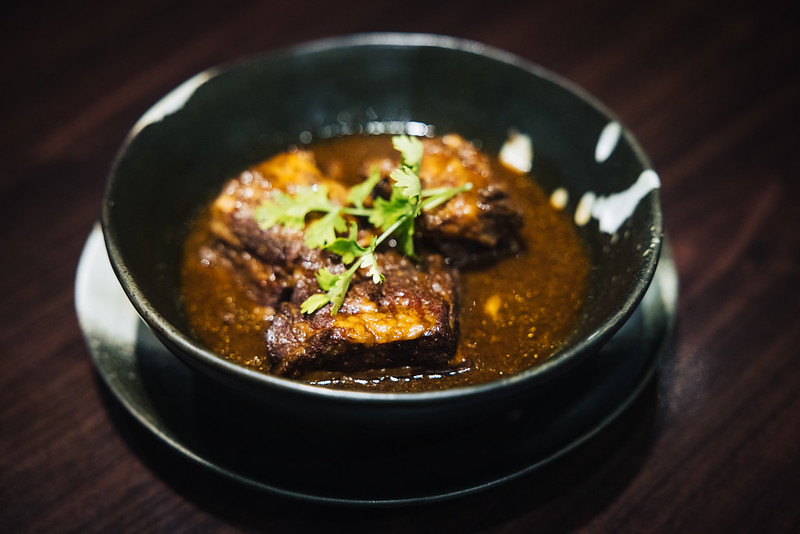
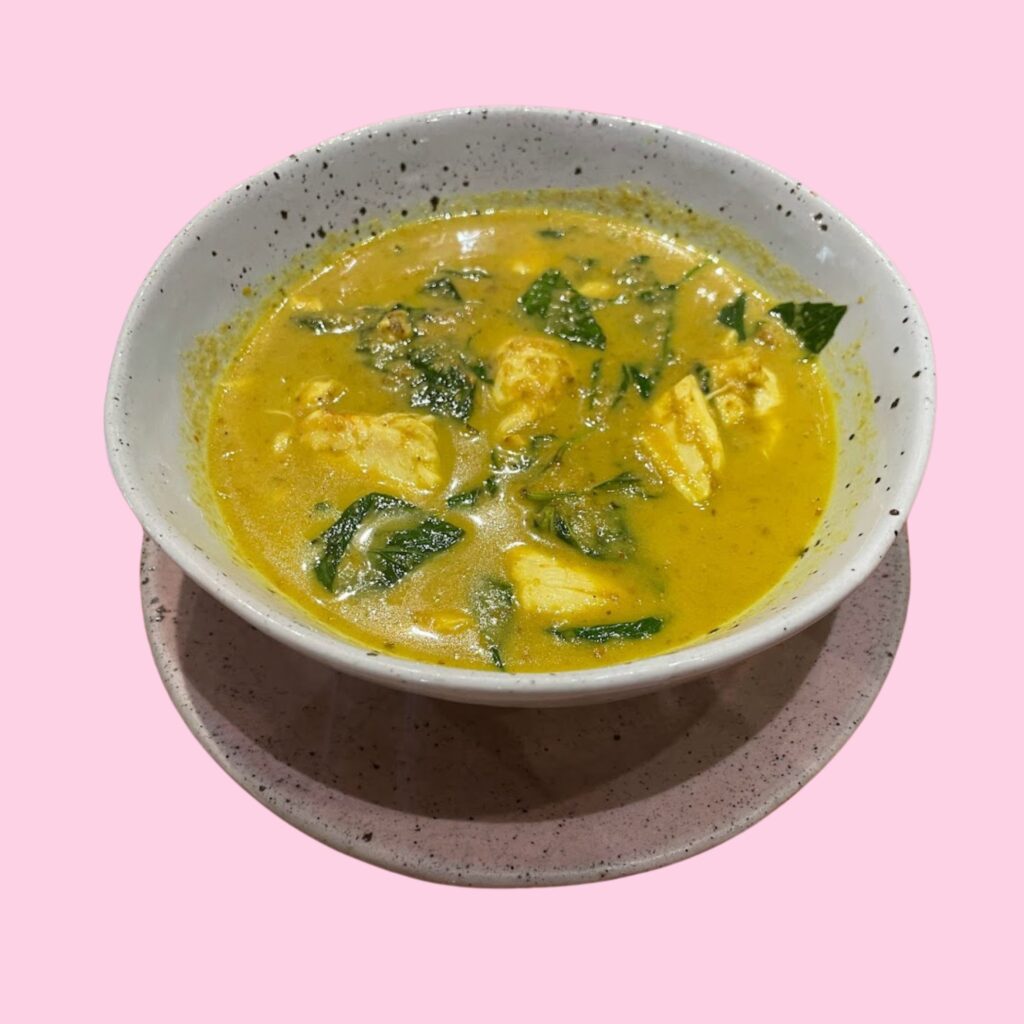
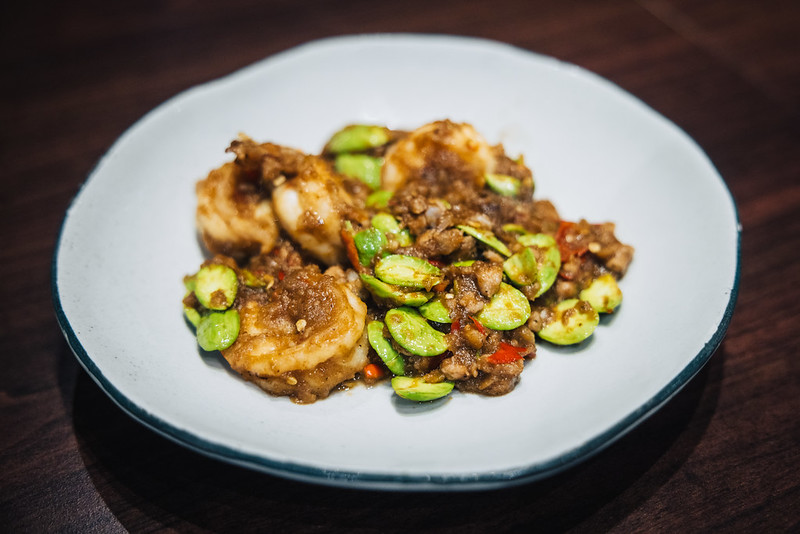
- When is Khua Kling Pak Sod open? Khua Kling Pak Sod Thonglor is open daily from 9am to 9pm.
- Do I need to book in advance? For the Thonglor branch, it’s recommended you book in advance.
- How much should I expect to spend? You can eat very well here (and drink merrily) for around ฿3000 (£65) for two.
- Closest BTS/MRT? Thonglor BTS is a 10 minute walk away.
Website: khuaklingpaksod.com
Address: 98/1 Pai Di Ma Di Klang Alley, Khlong Tan Nuea, Watthana, Bangkok 10110
Janhom, Wang Thonglang
Ideal for unapologetically traditional Southern Thai cuisine…
In a city approaching Southern Thai saturation point (somewhat ironic to say so straight after Khua Kling), Janhom sets itself apart not through a ‘refined’, ‘elevated’, or any other neutering of the form, but rather through a sheer, unwavering dedication to the traditional way of doing things, both in technique and seasoning.
For over two decades, chef Poonsri ‘Auntie Baew’ Sarikarn has been serving up some of Bangkok’s most uncompromising Southern food from this modest but totally perfect restaurant in Wang Thonglang. We’re loath to say there’s an ethos here, to ponder a ‘culinary philosophy’ as the Chef’s Table strings crank into life – just a commitment to doing things right. So, that’s absolutely no sweetening to accommodate what many Southerners might consider the more tentative tastes of the capital. Instead, Auntie Baew’s versions remain steadfastly true to their Surat Thani roots – bracingly sour, properly salty, and with a chilli heat that’s spicy, sure, but also fruity, exacting and invigorating.
Auntie Baew’s daily ritual of hand-pounding the restaurant’s curry pastes might look labour-intensive in a city increasingly predisposed to the blender or tub, but it provides a depth of flavour and ’roundness’ that simply can’t be replicated with commercial alternatives, forming the backbone of the restaurant’s signature dishes.
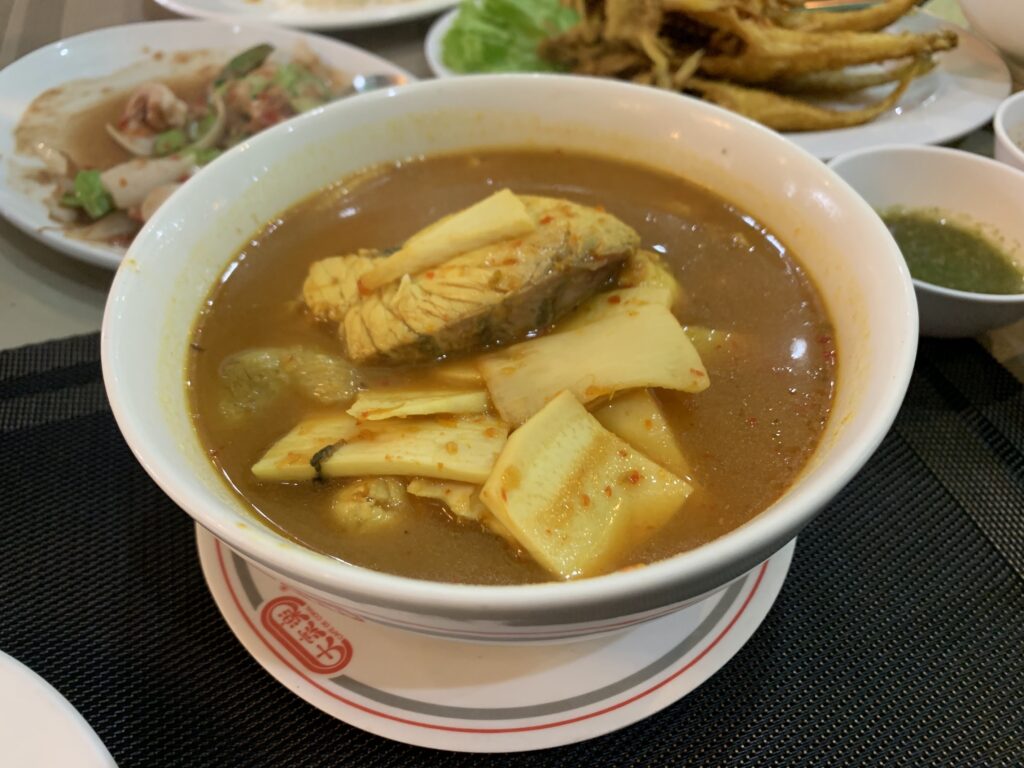
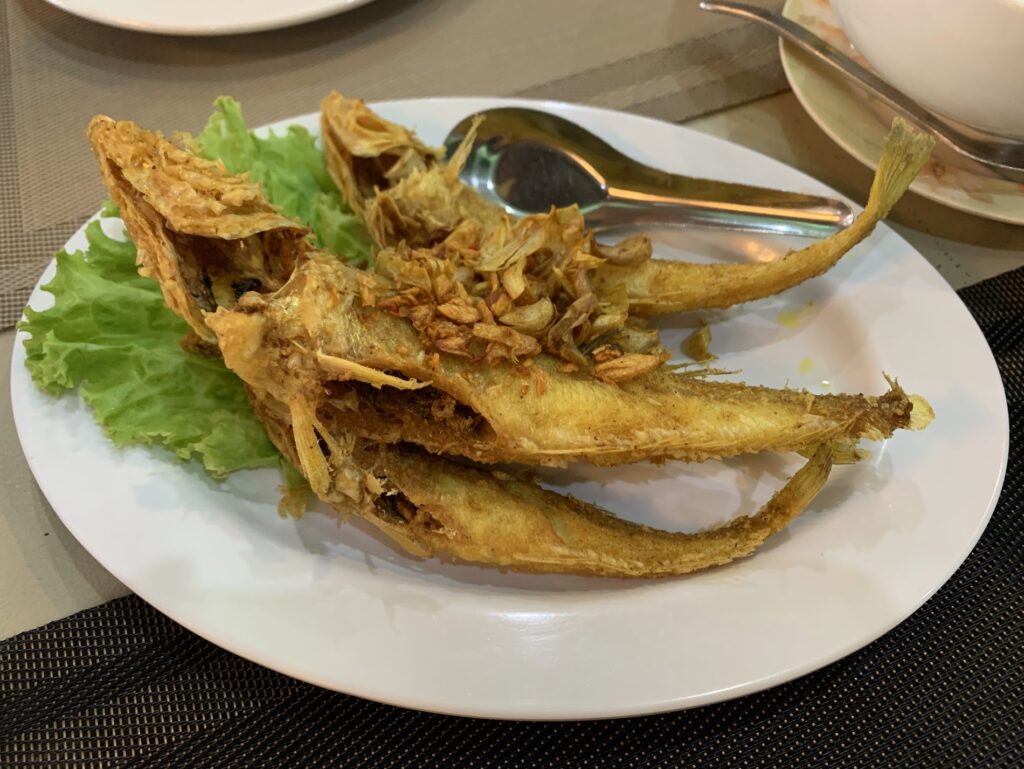

The gaeng leung (sour yellow curry) here is as good as it gets (both the dish and life). Have yours with chunks of barramundi, poached in the curry on the bone, and coconut shoots, which have the remarkable ability to soak up all that broth whilst retaining crunch and structural integrity. It’s one of the best curries in the city – assertive but complex, and with enough chilli heat to dust off the very worst of Bangkok hangovers.
The restaurant’s gaeng tai pla (fermented fish guts curry) serves as another benchmark dish, a heady, moody bowl that’s seasoned with the deftest of touches. Forget the fifth taste – Auntie Baew seems to have coaxed out a new form of flavour in her gaeng tai pla, somewhere between earthy and sweet that has my head spinning everytime I eat it.
Something neutral, a crisp counterpoint, is required here, and it comes in the form of the pla tod kamin (deep-fried fish with crispy turmeric and garlic) and the pak liang pad khai (stir-fried melinjo leaves with egg), both of which soothe the most bracing notes of the other dishes orbiting the rice. When all paired together, it’s such a harmonious spread, it grips you and pulls you in, not letting up until the final, gratis chilled watermelon hits the table to cleanse everything that’s just happened.
Do we even need to say that the dining room is fairly basic, or that the beers stand on one of those little stainless steel trolleys next to a bucket of ice, or that the menu is vast, laminated and wipeable? It’s that kind of place, and with all the turmeric involved, the stainless steel, the wipeable menus, and the laid back vibe, are all an absolute necessity. Need we say more?
- When is Janhom open? Janhom is open every day from 10am to 9pm.
- Do I need to book in advance? The restaurant is large enough and far enough from the city centre that bookings aren’t usually necessary. During weekend lunch service, you might want to, just to be safe.
- How much should I expect to spend? ฿500 or so per person, representing exceptional value for such meticulously prepared food.
- Closest BTS/MRT? The nearest station is Airport Rail Link – Ramkhamhaeng Station, though not within walking distance. Janhom is somewhat out in the sticks (relatively speaking), so take the opportunity for a well-earned snooze in a taxi to wherever you’re going next.
Address: 273/4 Ramkhamhaeng 21 Alley, Phlabphla, Wang Thonglang, Bangkok 10310, Thailand
Left off any of your favourites on our list of Bangkok’s best restaurants? We have no comments section – goodbye!

